Past Seminars

6/17/24 at 4:00pm in Chemistry A101
Abstract: As an emerging motif since the late 90s, borylenes have been a central, yet elusive, point of interest. Free borylenes have been spectroscopically characterized since the 1970s, however, have only recently been isolated as mono and bis(Lewis base)stabilized borylenes. These species possess a +1 oxidation state and differ from classical boron derivatives wherein the […]

6/17/24 at 4:00pm in Chemistry A101
Abstract: Compounds containing sulfinamide and sulfinamidine (i.e. sulfinamid(in)e) motifs are burgeoning within drug discovery due to their unique biological properties. These motifs are also useful synthons toward accessing valuable sulfur(VI) derivatives such as sulfonamides, sulfonimidamides, and sulfondiimidamides. The most practiced routes to sulfinamid(in)es engage sulfinylamine and sulfurdiimide reagents with prefunctionalized starting materials such as organometallic […]

5/23/24 at 4:00pm in Chemistry A101
Six-membered aromatic rings are ubiquitous in natural products, drugs, and agrochemicals. Classical approaches to functionalize arenes involve electrophilic aromatic substitution (EAS) and nucleophilic aromatic substitution (SNAr) reactions to install a single substituent directly on the carbon framework. However, pre-installed functional groups and electron-withdrawing substituents are required for successful functionalization with nucleophiles. In addition, EAS reactions […]

5/21/24 at 4:00pm in Chemistry B201
About the Seminar: The energy band structure (dispersion relation between energy and wavenumber) is fundamental information essential for elucidating the charge transport properties of semiconductors. We have developed a new technique, angle-resolved low-energy inverse photoelectron spectroscopy [1], and succeeded in measuring the conduction band structure of organic semiconductors for the first time [2]. Based on […]

5/14/24 at 4:00pm in Chemistry A101
About the Seminar: The difluoromethyl functional group (–CF2H) is important in various pharmaceuticals and agrochemicals. This is due to its many advantages, such as behaving as a bioisostere of alcohols, amines, and thiols and lipophilic hydrogen donors through hydrogen bonding. The most common method to add difluoromethyl groups onto an arene is by transition metal […]

5/13/24 at 4:00pm in Chemistry A101
About the Seminar: With the ever-growing global plastics crisis causing consistent damage to environmental and human health, creating new and better biodegradable plastics is of the utmost importance. Poly(3-hydroxybutyrate) (P3HB), a biologically produced aliphatic polyester with an absolute stereoconfiguration of (R), is a great biodegradable candidate to replace commodity plastics having high strength and thermal […]

5/13/24 at 4:00pm in Chemistry A101
About the Seminar: Alkenes are ubiquitous building blocks in synthetic chemistry that are leveraged in difunctionalization strategies to append multiple groups in one step. However, methods to achieve this typically require specialized reagents, directing groups, and/or transition-metal catalysts for reactivity and reliable selectivity. Recent work has shown 1,3-alkene difunctionalization via charge relocation. Key to this […]

5/10/24 at 3:00pm in Chemistry A101
Schedule: 3-3:20 #1 Drew Walters Redox Analysis of Vanadium(V) Schiff Base Catecholates 3:20-3:40 #2 Anna Galaeva Synthesis and Characterization of [VO(dtbHSHED)catecholate]-complexes as a potential anticancer agent 3:40-4:00 #3 Allen Atkinson Exploration of Nickel Foam Based Lithium-Ion batteries Break 4:00-4:15 4:15-4:35 #4 Ellie Nelson Synthesis and Characterization for Highly Active Schiff-Base Catecholate […]

5/3/24 at 4:00pm in Chemistry A101
About the Seminar: Organocatalyzed atom transfer radical polymerization (O-ATRP) is a controlled radical polymerization method that uses organic photoredox catalysts (PCs) and visible light to produce polymers with well-defined structures. Diaryl dihydrophenazine PCs have mediated controlled polymerizations as indicated by low dispersity (Ð < 1.3), but in previous work low initiator efficiency (I* < 100%) […]
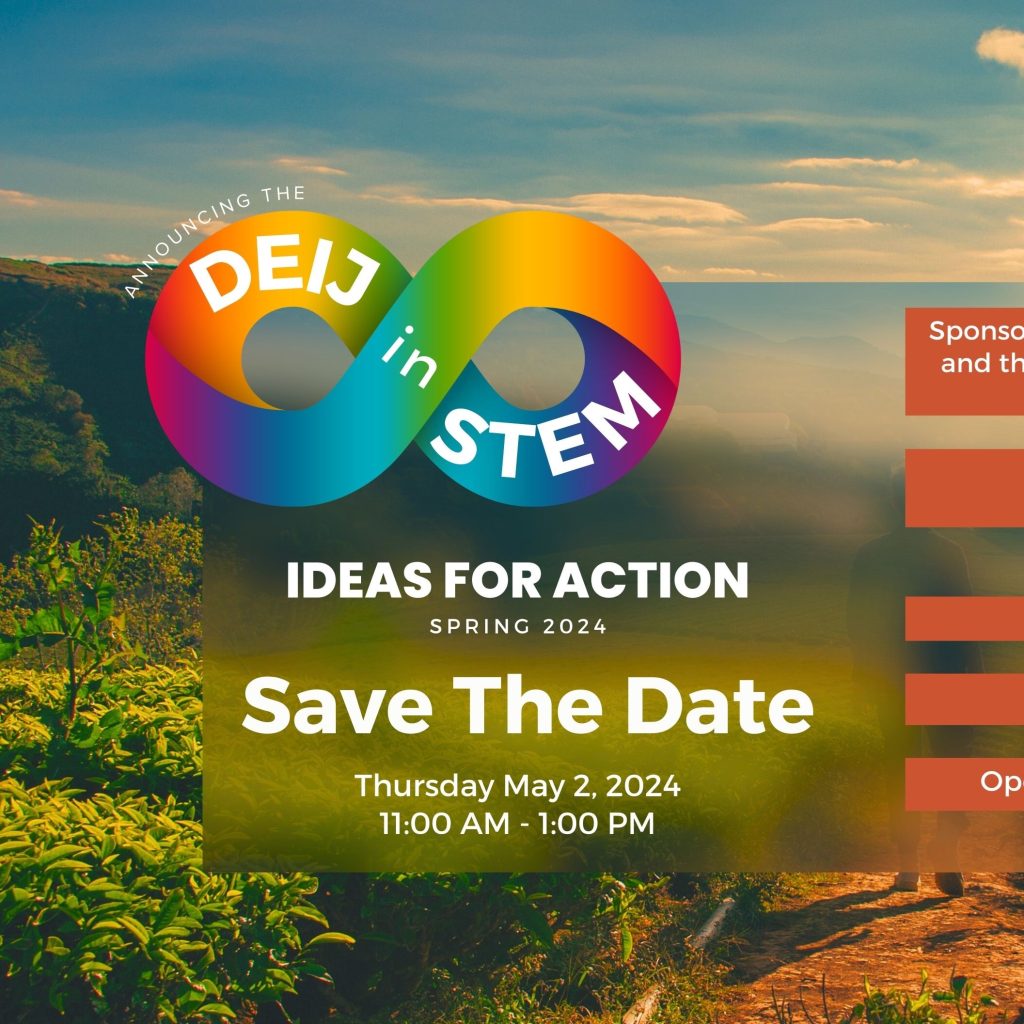
5/2/24 at 11:00 am in Virtual
Research has shown that faculty interactions with students in the classroom, laboratory, and advising meetings influence students’ professional socialization, academic performance, and persistence in higher education. In this workshop, faculty will reflect on their current advising and mentoring practice and learn how to develop equity-minded mentoring relationships. Equity-minded mentors 1.) take personal and institutional responsibility […]
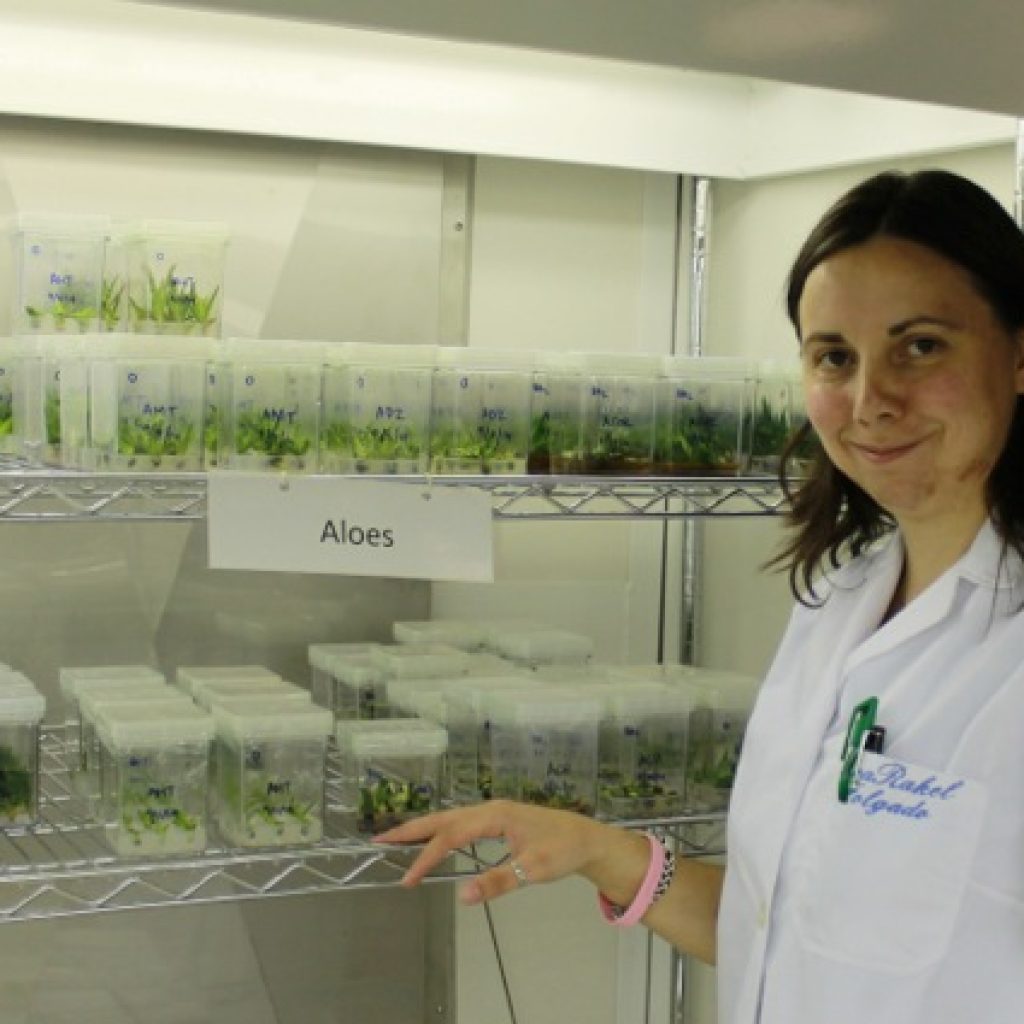
5/1/24 at 11:00am in Engineering B4
About the Seminar: Plants play a crucial role in our planet’s ecosystems. They are vital agricultural producers and support the horticultural and pharmaceutical industries. However, the alarming fact is that two-fifths of all plant species face the threat of extinction, putting global biodiversity at a significant risk. To combat this problem, botanical gardens worldwide are […]
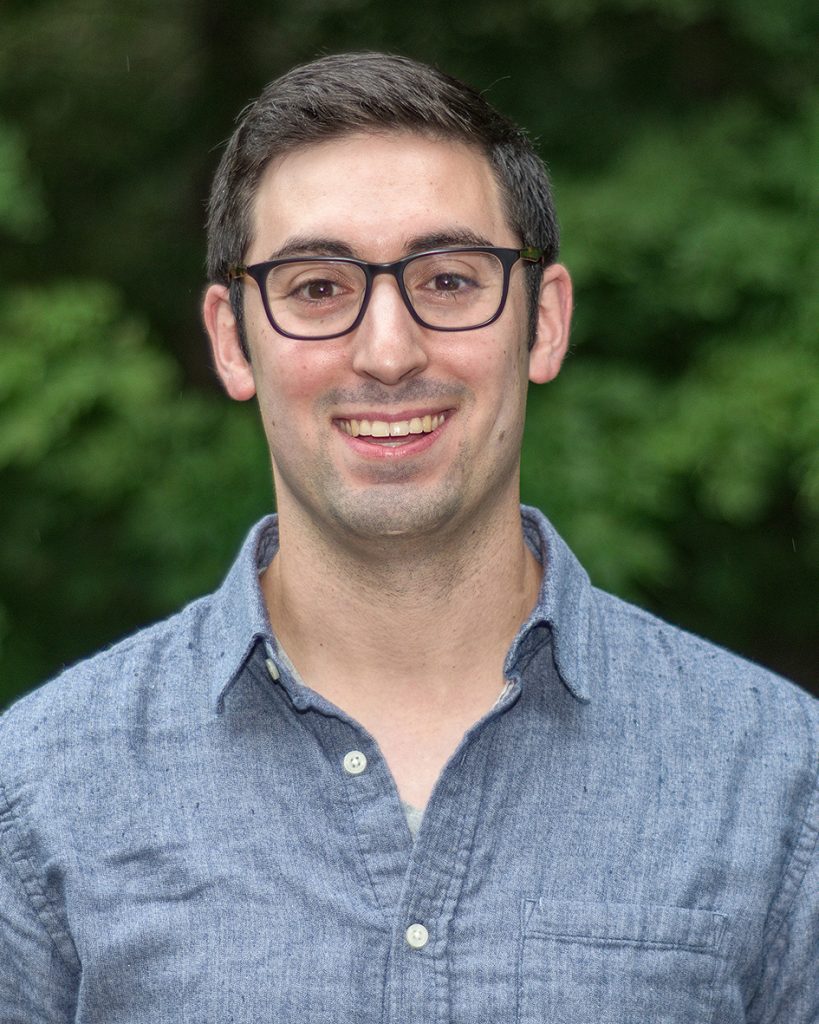
4/29/24 at 4:00pm in Chemistry A101
About the Seminar: The Golder Research Team utilizes fundamental principles of molecular structure to control synthetic polymer function. Many of society’s greatest advancements spanning health, sanitation, construction, electronics, and transportation have been enabled by the invention and application of plastics. Simultaneously, these materials have created significant concerns about global sustainability, climate impact, and environmental pollution. […]

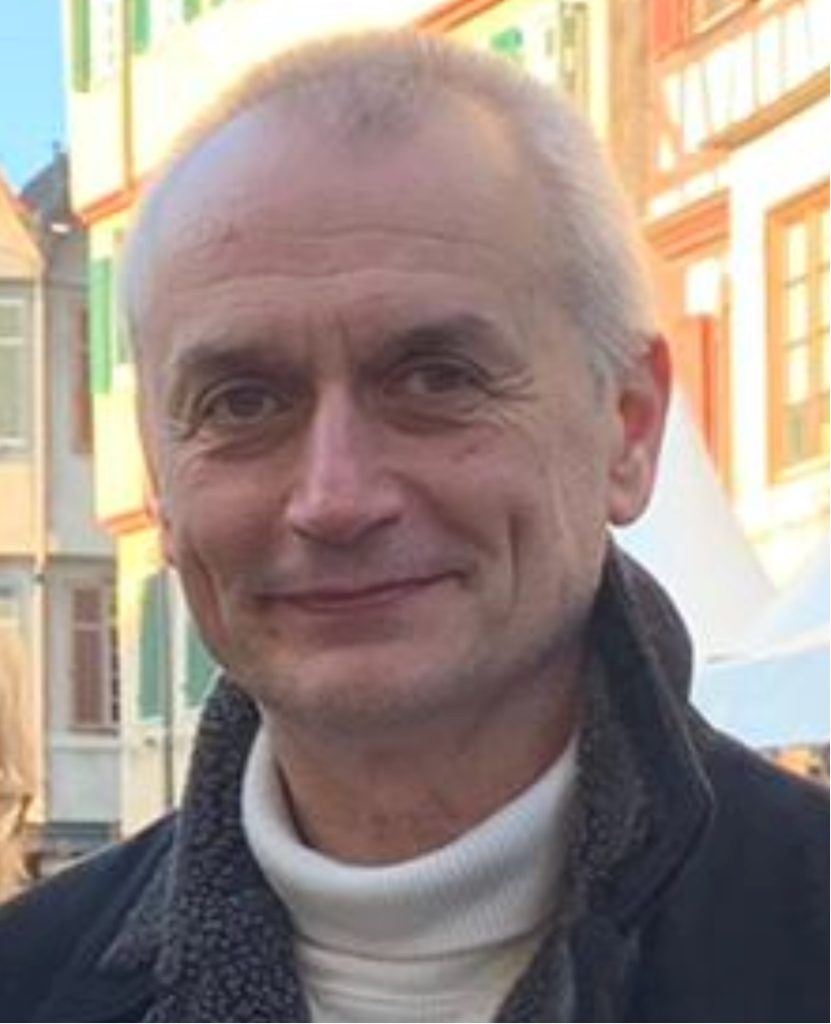
4/25/24 at 4:00pm in Chemistry A101
About the Seminar: Work at the intersection between Physical Chemistry and Virology in our laboratory has recently brought to light a new aspect of the hotly–debated relationship between quantum mechanics and biology, and of the boundary between quantum and classical behavior. Specifically, we have found that some small, icosahedral plant viruses are capable of fostering […]
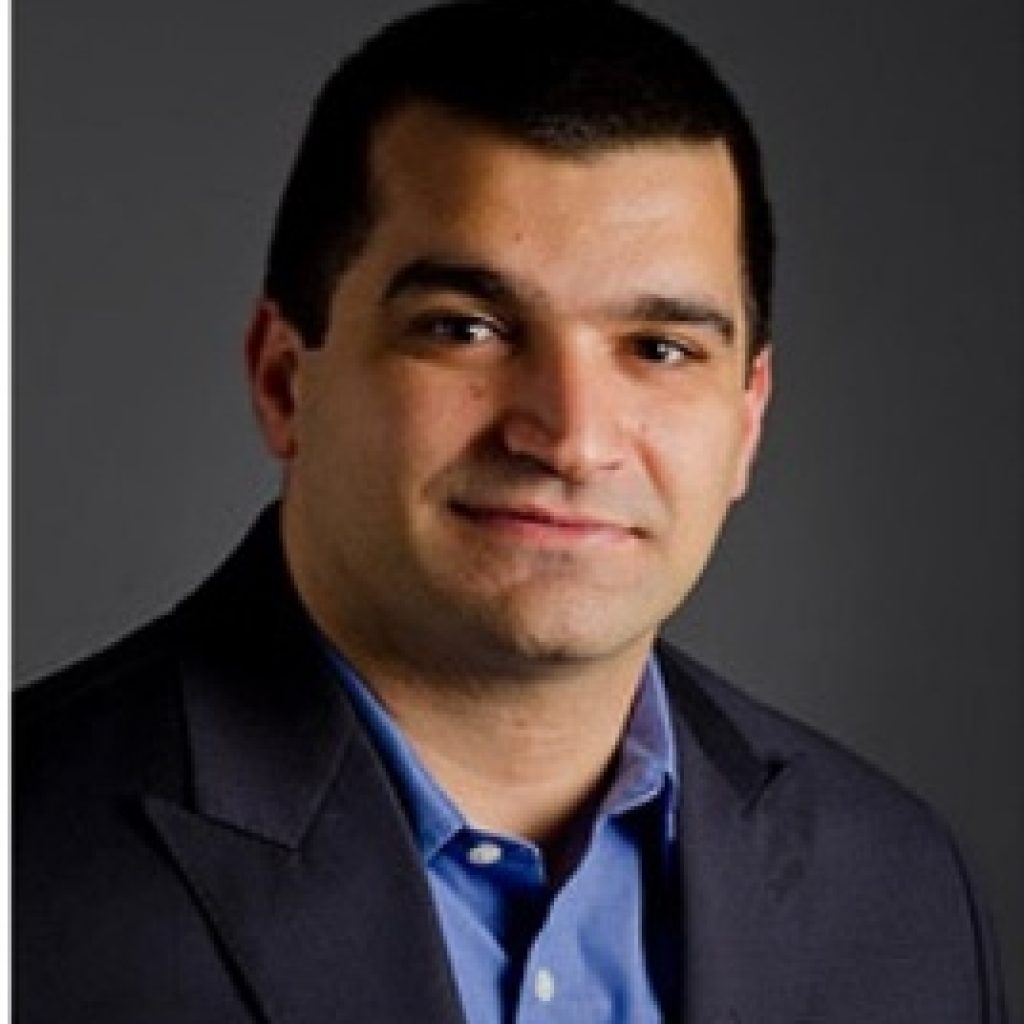
4/24/24 at 4:00pm in Chemistry A101
About the Seminar: The manipulation of light near the apex of a metallic nano-tip has enabled single molecule detection, identification, and imaging. The distinct advantages of the so-called tip-enhanced optical nano-spectroscopy/nano-imaging approaches are self-evident: ultra-high spatial resolution (nanometer or better) and the ultimate sensitivity (down to yoctomolar) are both attainable, all while retaining the ability […]

4/23/24 at 4:00pm in Chemistry A101
About the Seminar: With the growing demand for electric vehicles, grid-scale batteries, and high-power devices, new high-rate batteries are needed. Currently, graphite is the current commercial level anode material, however graphite can suffer from dendrite formation at high-rates. These dendrites can then short circuit and destroy the battery. Nb16W5O55 emerged as an alternative high-rate anode material […]
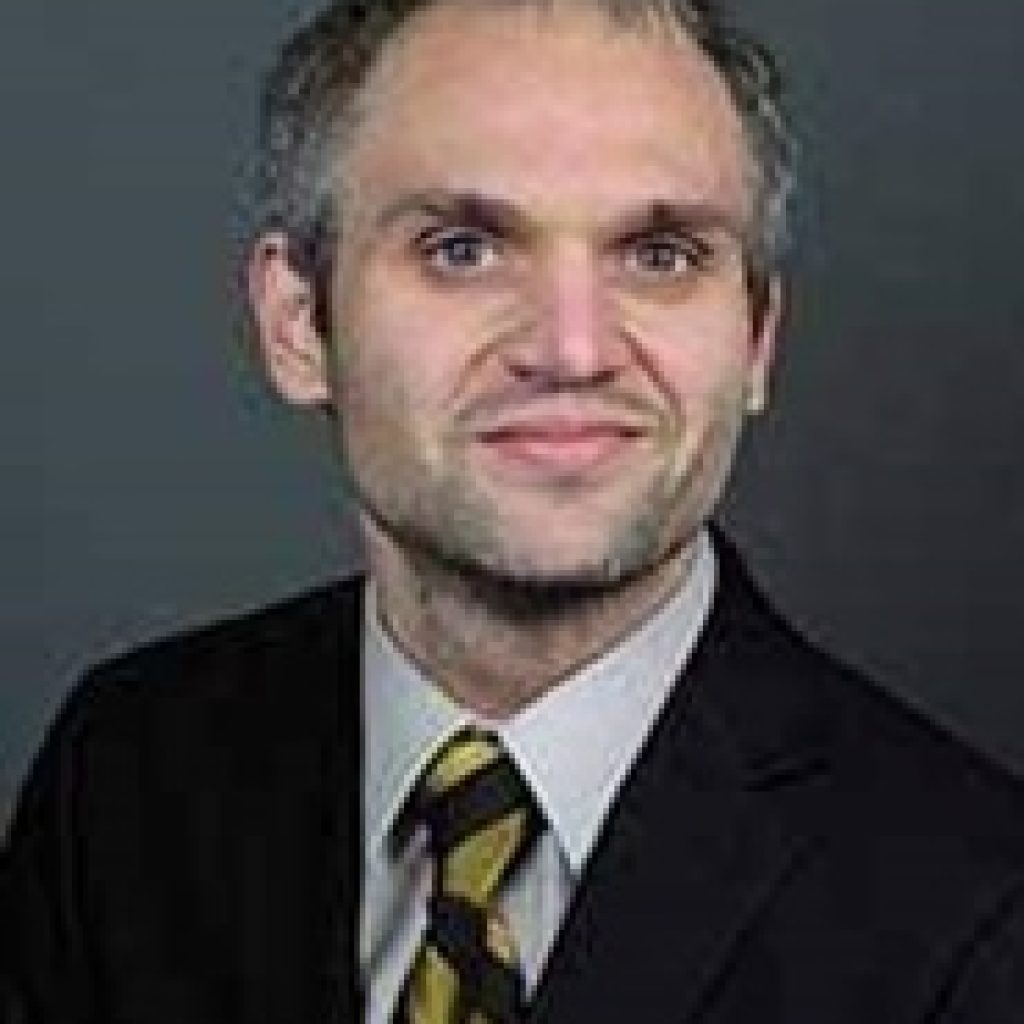
4/22/24 at 4:00pm in Chemistry A101
About the Seminar: While the use of small organic molecules as therapeutic agents (drugs) goes back to antiquity, the therapeutic use of peptide drugs is a very recent phenomenon. Approximately 60 peptides have been introduced for clinical use in the past 25 years. 85% of these peptides contain at least one non-proteinogenic amino acid—those outside […]
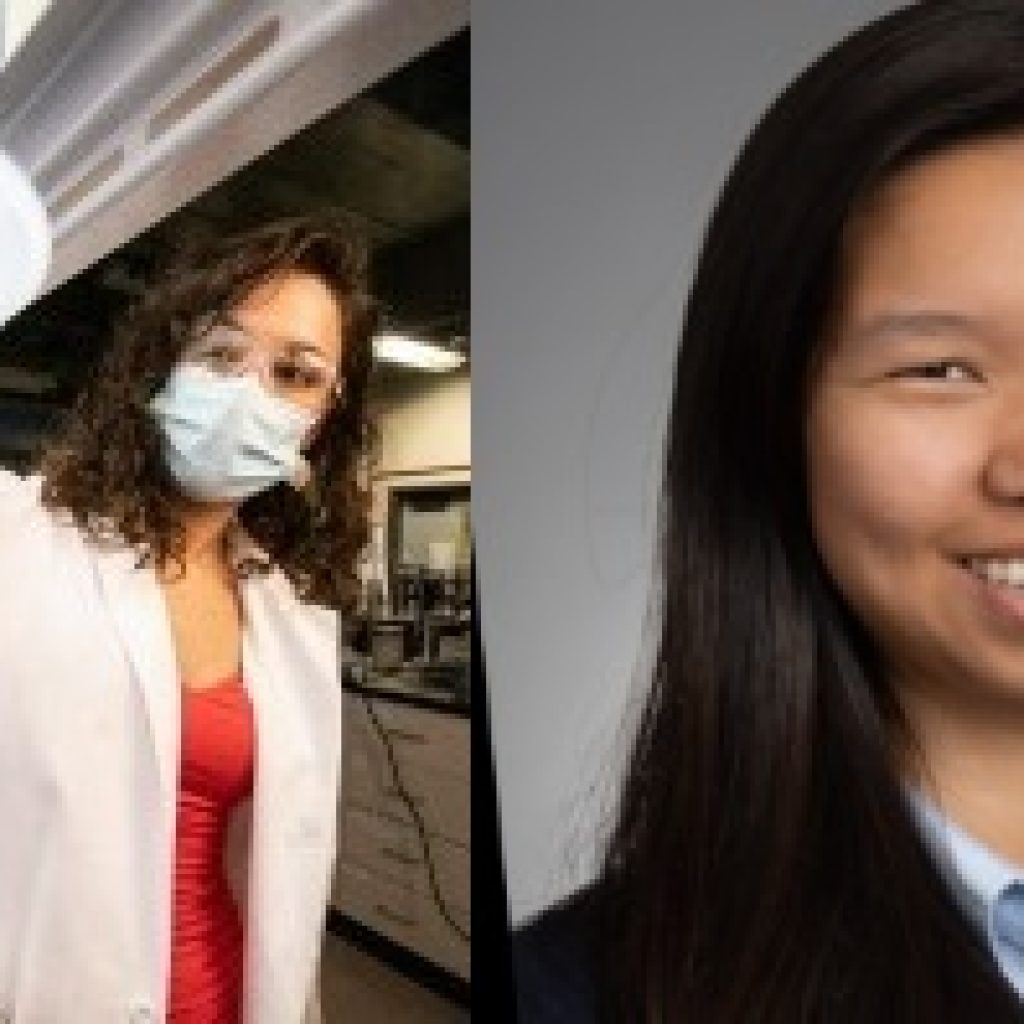
4/17/24 at 4:00pm in Chemistry A101
The Alumni Speaker Panel and Networking Event will host speakers, Robin Cywar and Samantha Miller, recent alumni of the department, who will speak about their careers and navigating the chemistry world after graduation. There will be a Q&A session included followed by a pizza dinner with the speakers. This is a great opportunity for our […]
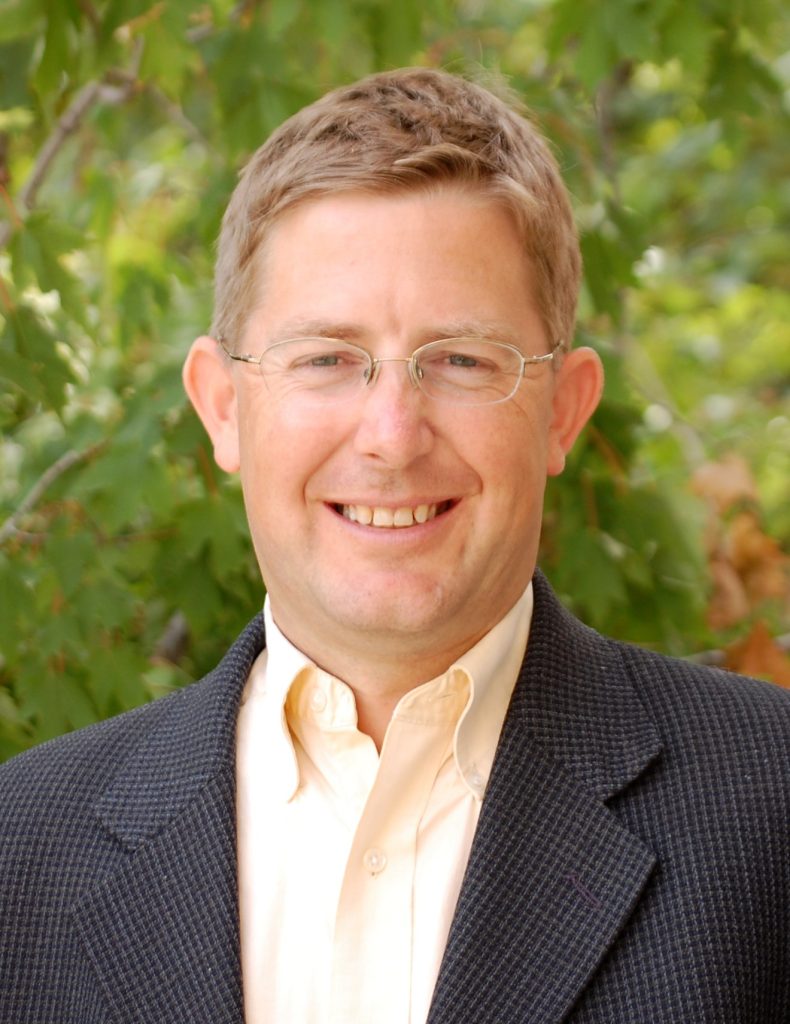
4/16/24 at 4:00pm in Chemistry A101
About the Seminar: Catalytic C-H functionalization offers the promise of atom economical introduction of molecular diversity into organic molecules by direct transformation of C-H bonds to C-C, C-N, or C-O bonds. Compared to more traditional approaches that involve functional group manipulations, the direct utilization of C-H bonds in synthesis can minimize chemical steps, economic cost, […]

4/10/24 at 4:00pm in Chemistry A101
About the Seminar: Heart failure (HF) is a leading cause of death worldwide and continues to increase in prevalence as the general population ages. Advances in the healthcare management of heart failure have led to lower morbidity and mortality rates but require accurate diagnostics to guide the process. Current HF diagnostics require expensive equipment, centralized […]



4/4/24 at 4:00pm in Chemistry A101
About the Seminar: The prediction of molecular properties plays a pivotal role in various domains, from drug discovery to materials science. With the advent of machine learning techniques, particularly in the field of cheminformatics, the prediction of properties for small organic molecules has witnessed significant advancements. This talk delves into the diverse machine-learning strategies employed […]
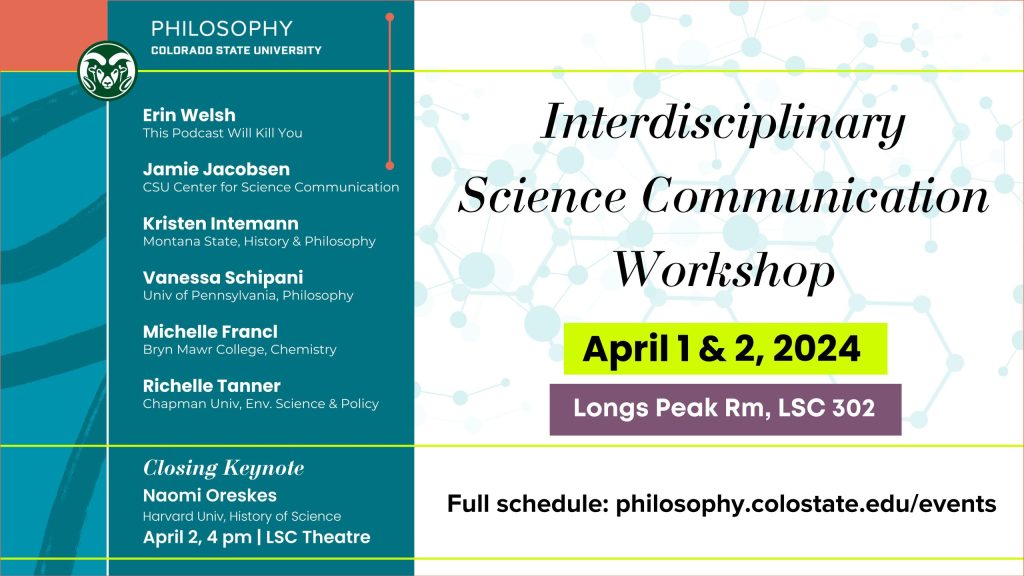
4/2/24 at 9:00am in Longs Peak Room, Lory Student Center
Interdisciplinary Science Communication Workshop This two-day workshop aims to improve science communication along a variety of dimensions by putting working scientists, historians of science, and philosophers of science in direct and continual interdisciplinary collaborations concerning the methods of science, the philosophical assumptions embedded in scientific practice, and how to communicate those methods and assumptions to […]

4/1/24 at 9:00am in Longs Peak Room, Lory Student Center
Interdisciplinary Science Communication Workshop This two-day workshop aims to improve science communication along a variety of dimensions by putting working scientists, historians of science, and philosophers of science in direct and continual interdisciplinary collaborations concerning the methods of science, the philosophical assumptions embedded in scientific practice, and how to communicate those methods and assumptions to […]


4/1/24 at 4:00pm in Chemistry A101
About the Seminar: The growing scale and scope of computational exploration of pharmaceutical chemical space requires the development of novel molecular descriptors, particularity lacking is the development of low dimension representation of electronic topologies in a format that is both computationally efficient and informative. To this end this research proposal lays out the development of a […]
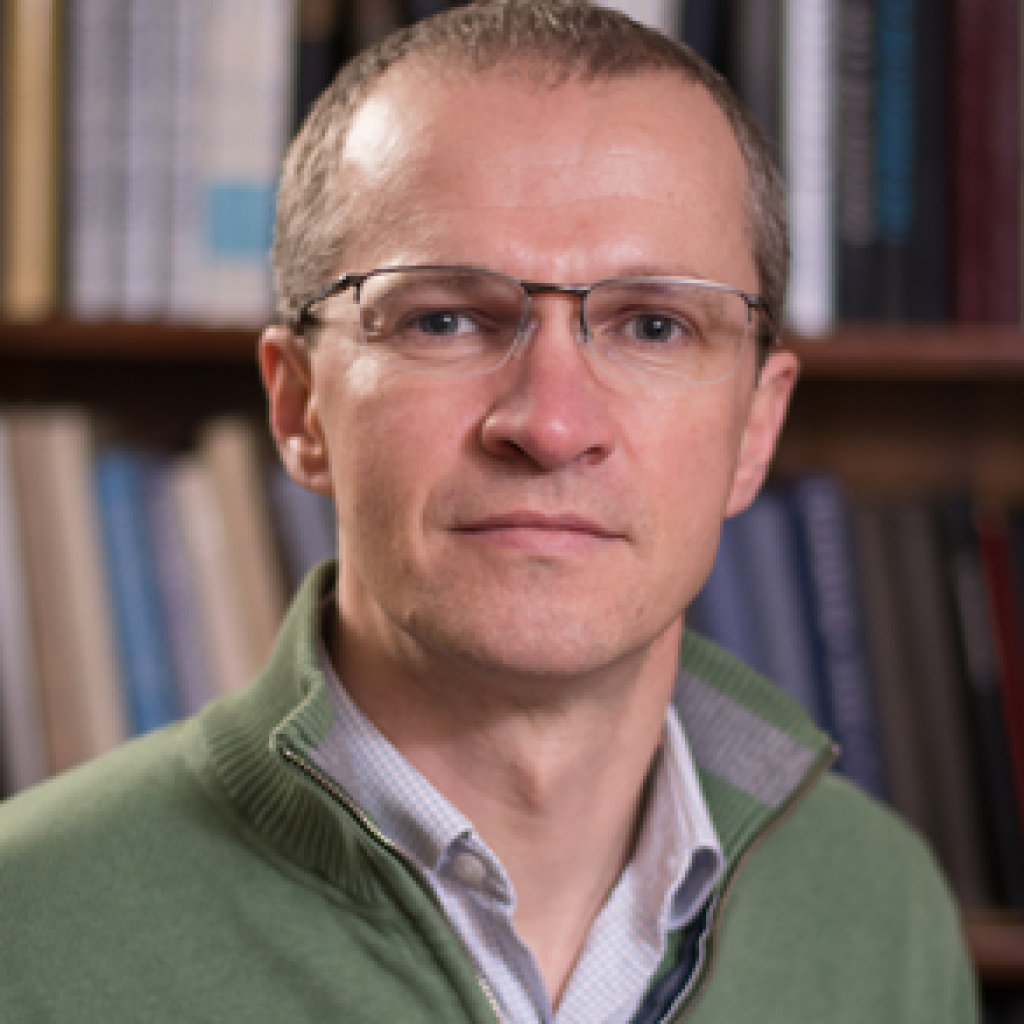
3/26/24 at 4:00pm in Chemistry A101
About the Seminar: Large-scale deployment of first-principles electronic structure calculations in combination with the ever-increasing power and availability of massively parallel supercomputers have launched in past couple of decades an entirely new paradigm in modern materials science. Intuition and serendipity that were the hallmarks of materials discovery are now complemented by theory-guided searches, which have […]
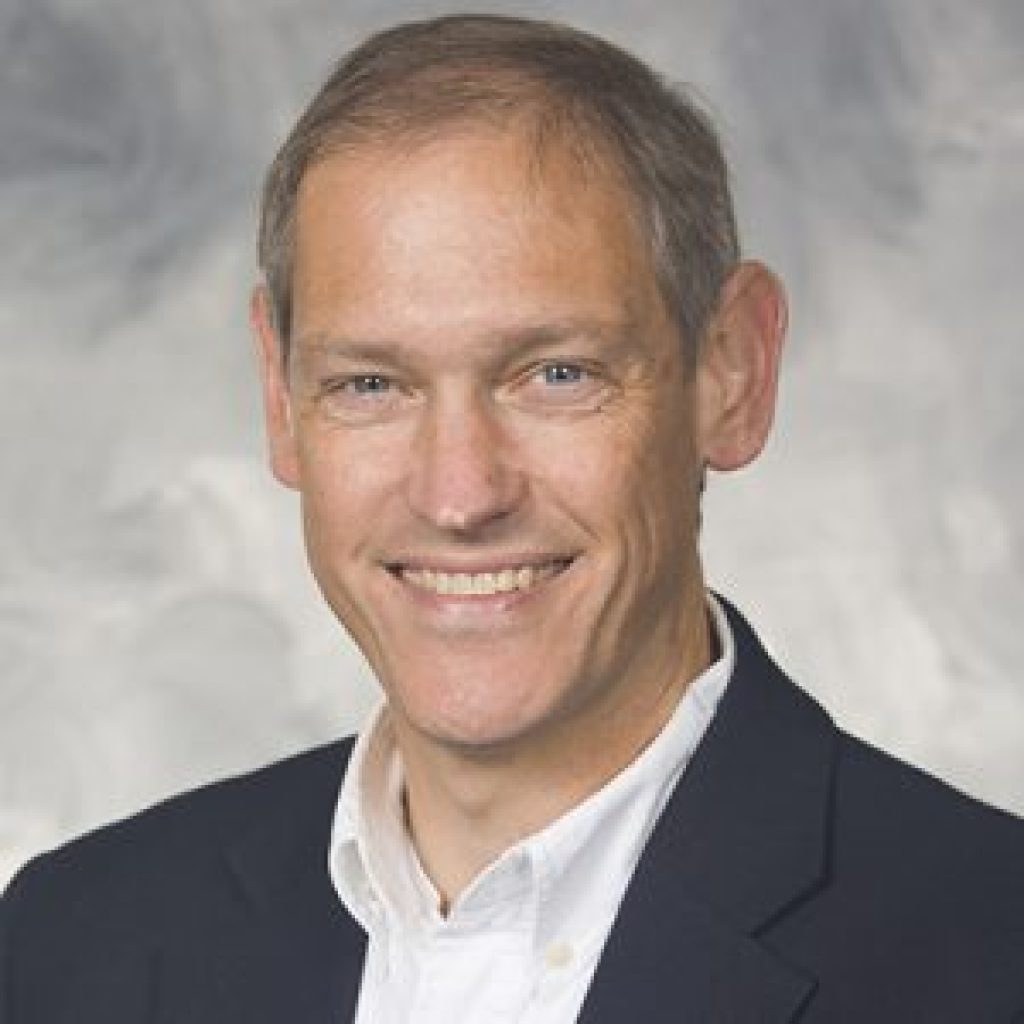
3/25/24 at 4:00pm in Chemistry A101
About the Seminar: Liquid phase aerobic oxidations in chemistry and biology feature a variety of different mechanisms for O2 activation and use as an oxidant. Radical-chain mechanisms involve the formation organic radicals that react directly with O2. Monooxygenase enzymes feature reductive activation of O2 to generate a reactive two-electron oxidant, such as a metal-oxo species, […]
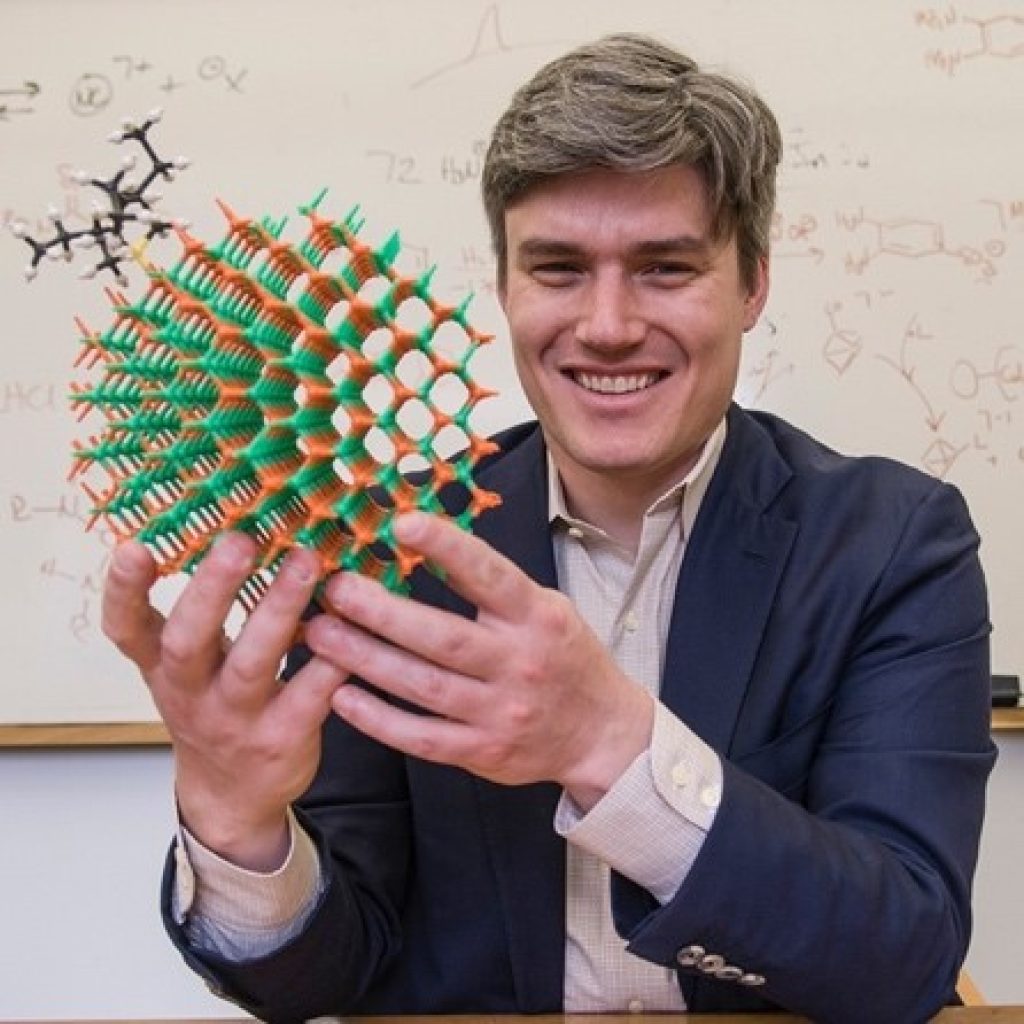
3/22/24 at 4:00pm in Chemistry A101
About the Seminar: The size and shape homogeneity of modern colloidal semiconductor nanocrystals or ‘Quantum Dots’ (QDs) result in their characteristically narrow photoluminescence linewidths. This narrow and tunable luminescence is driving the cutting edge in display technologies and can increase the luminous efficacy of commercially viable solid state lighting devices by > 25%. These properties […]

3/20/24 at 4:00pm in Chemistry A101
About the Seminar: Medical diagnostics account for less than 5% of total medical spending in the United States, but the resulting tests influence more than 70% of the treatment decisions and subsequent care. Further, the SARS-CoV-2 pandemic has underscored the need for rapid, affordable, and user-friendly diagnostic tests. While traditional laboratory diagnostics such as PCR […]

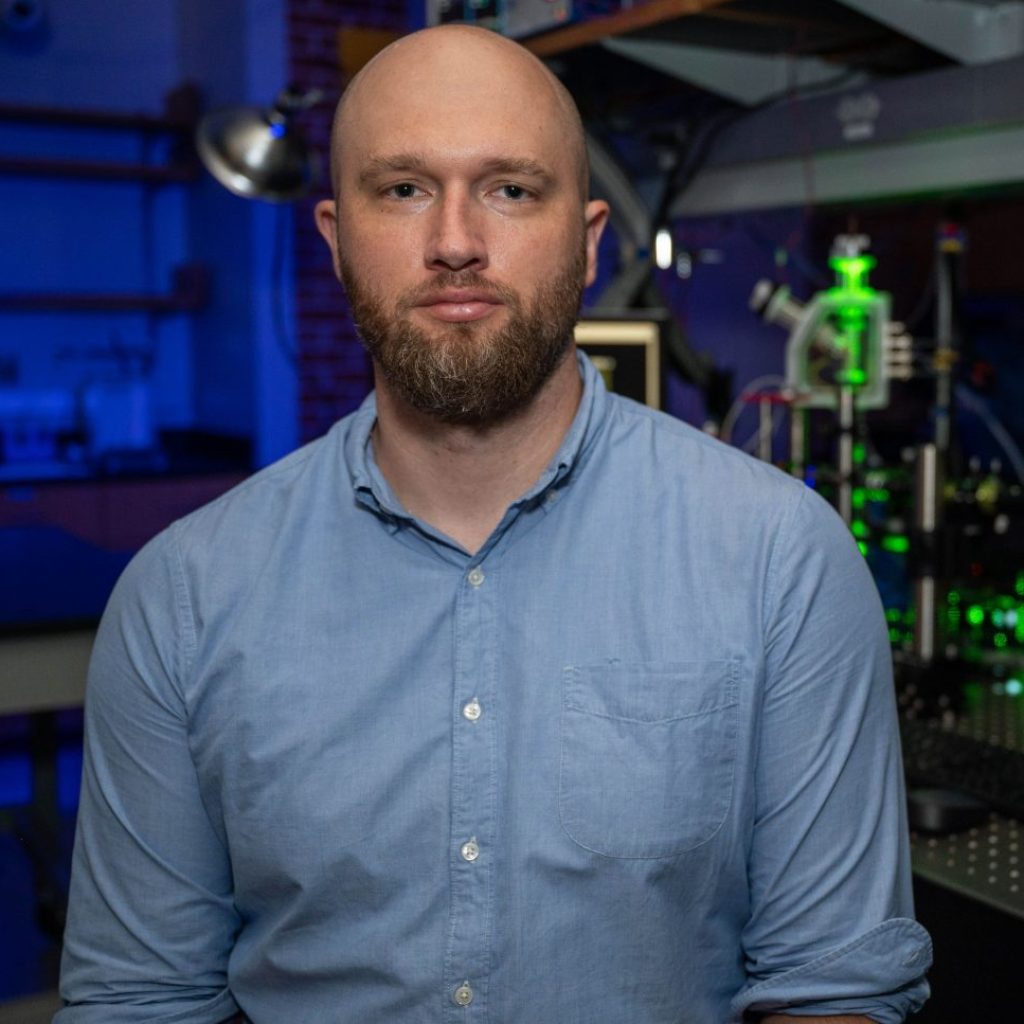
3/6/24 at 4:00 pm in Chemistry, A101
Abstract: Environmental systems, such as the hydrosphere and atmosphere, are a complex balance of chemical and physical processes that impact nearly every facet of life. In the atmosphere, aerosol particles – tiny particles of liquid and/or solid floating in the air — have a strong influence on air quality, climate, and human health. For example, […]
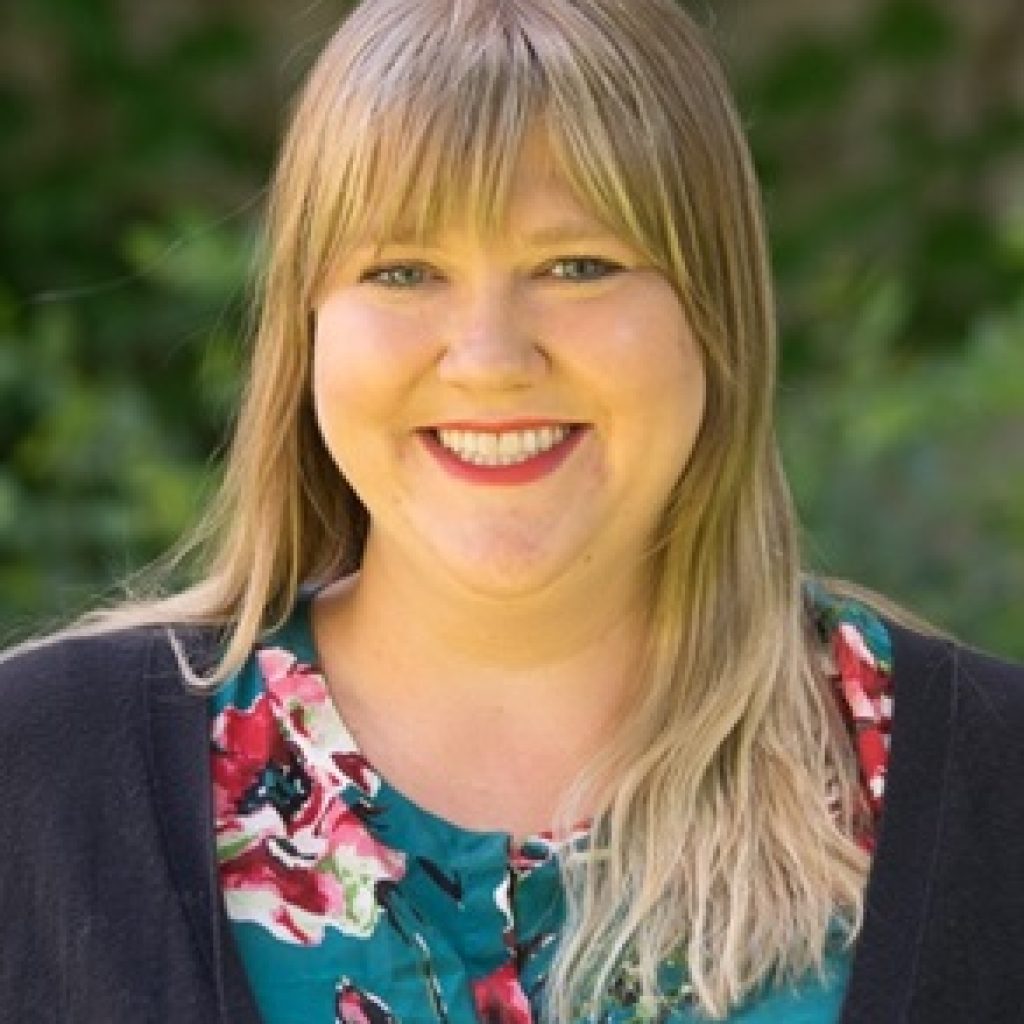
3/5/24 at 4:00pm in Chemistry A101
About the Seminar: Research in the Roberts group involves looking at unsolved problems in organic synthesis through the perspective of organometallic/inorganic chemistry. One main area of interest for the group is the synthesis of heterocycles through aryne intermediates. Despite their useful reactivity, a number of challenges still remain in the use of arynes including problems […]


3/1/24 at 4:00pm in Chemistry A101
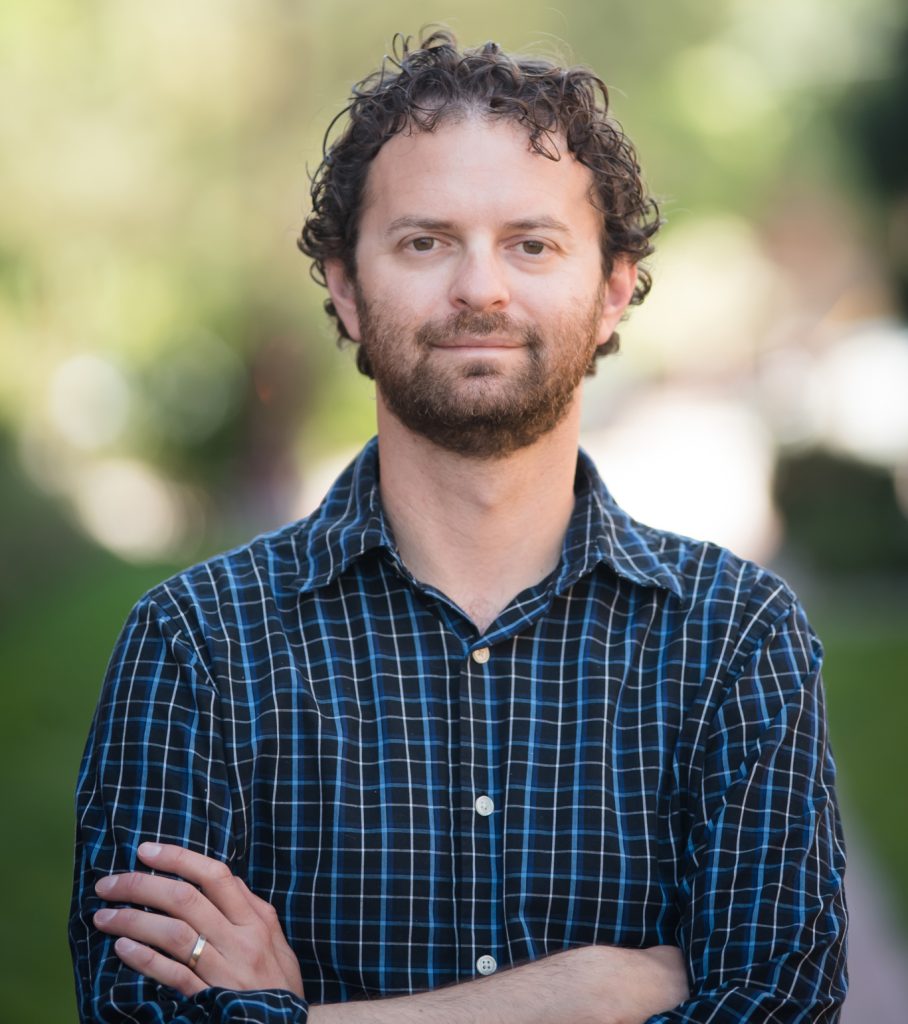
2/29/24 at 4:00pm in Chemistry A101
About the Seminar: The complexity of protein folding and unfolding in the cell is staggering, and is affected by many factors. A major factor is the role of RNA as both a chaperone and aggregation-inducer. In this seminar, I will discuss our investigations into which RNAs are important, what they are doing with regards to […]

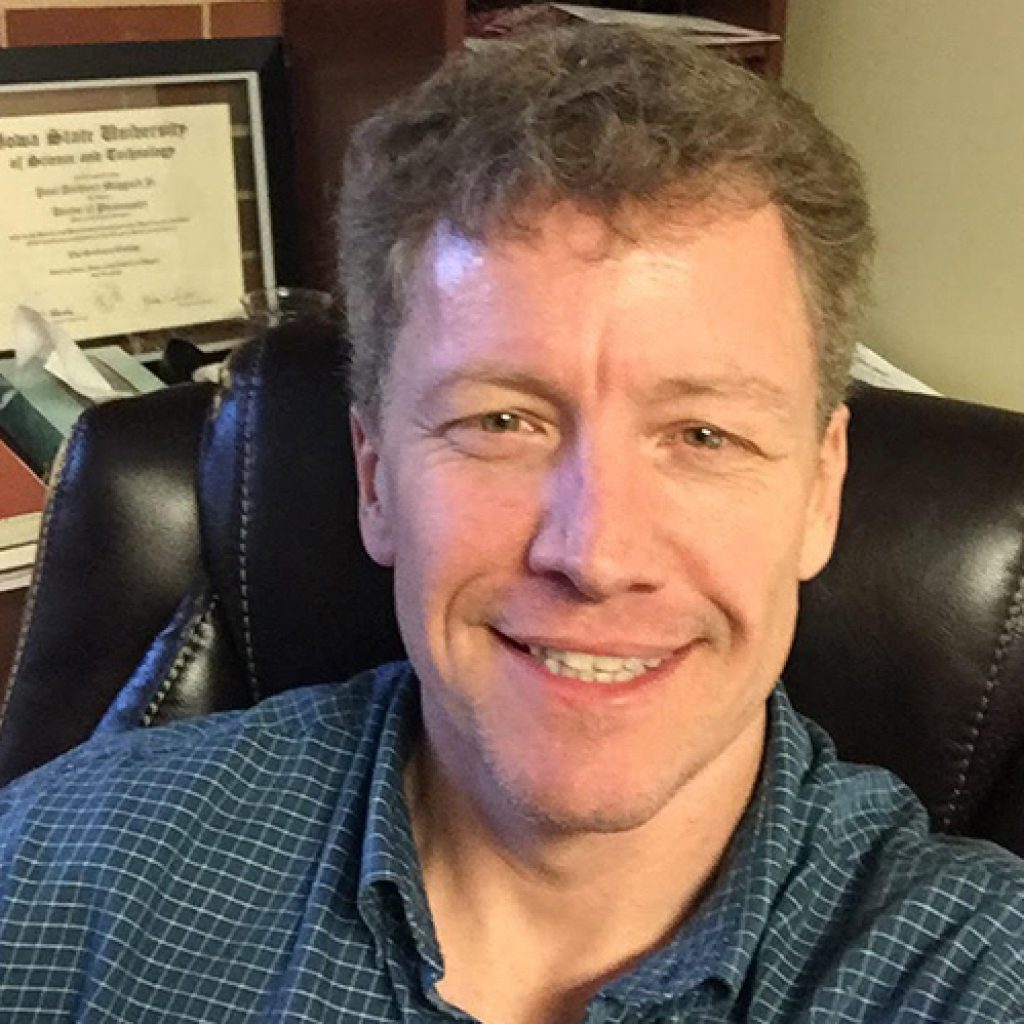
2/27/24 at 4:00pm in Chemistry A101
About the Seminar: Metastable semiconductors have been discovered in many chemical systems that have desirable properties for driving fuel-producing redox reactions from sunlight, including broad visible-light absorption, optimal band edge energies, defect tolerance, and functional carrier mobilities. These photoelectrochemical properties have frequently been found to be associated with their metastable nature, e.g., from specific features […]
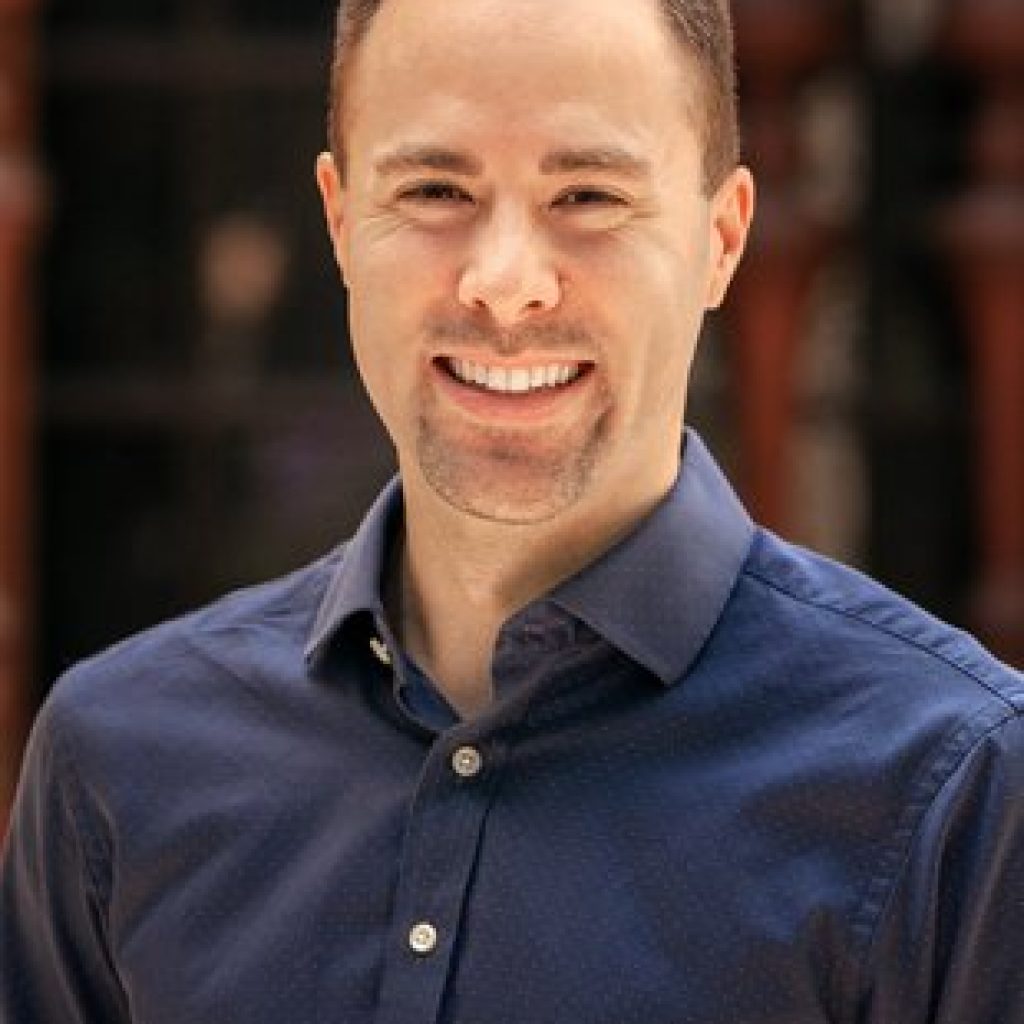
2/26/24 at 4:00pm in Chemistry A101
About the Seminar: The use of mechanical force to selectively activate covalent bond transformations presents unique opportunities for the design of stimuli-responsive polymers for applications ranging from sensing to drug delivery. By incorporating stress-sensitive molecules called mechanophores into polymer chains, force is transduced selectively to weak bonds in the mechanophore to elicit a productive chemical […]

2/23/24 at 4:00pm in Chemistry A101
About the Seminar: Rechargeable Li-ion batteries have revolutionized portable energy storage but the limitations imposed by intercalation chemistry, cost associated with precursors of active materials, and critical nature of crucial elements drive the need for new batteries. Our lab aims to develop energy dense chemistries that obviate the need for the critical and costly elements […]
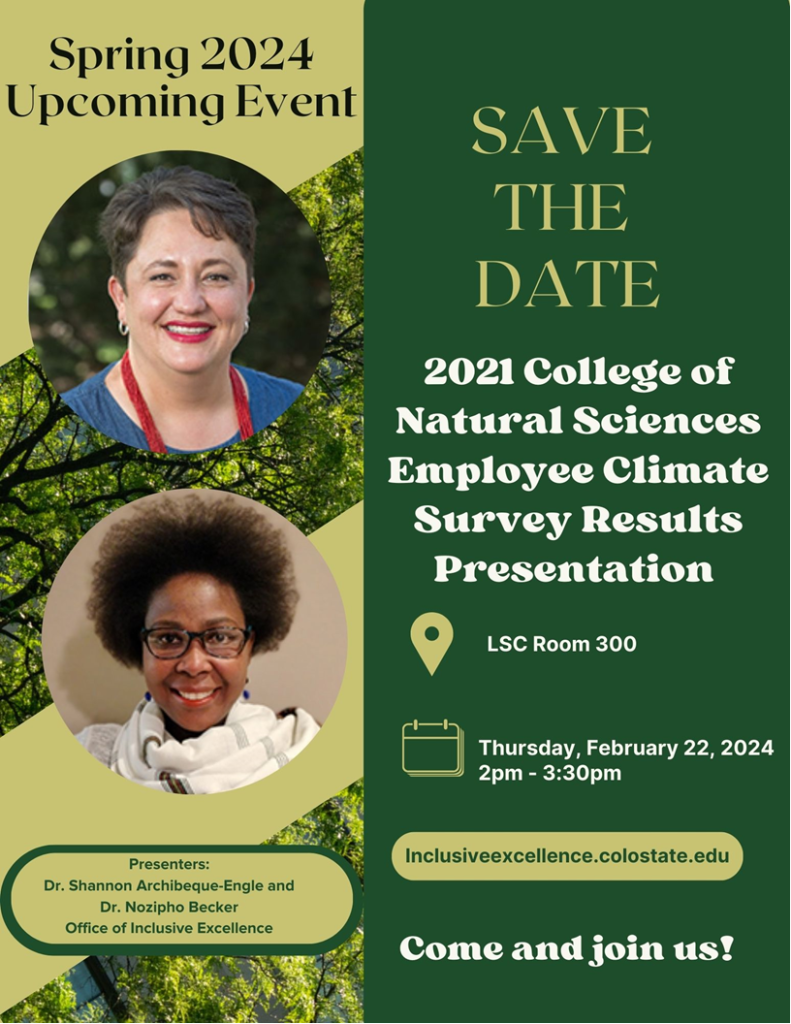
2/22/24 at 2:00pm in Lory Student Center Room 300
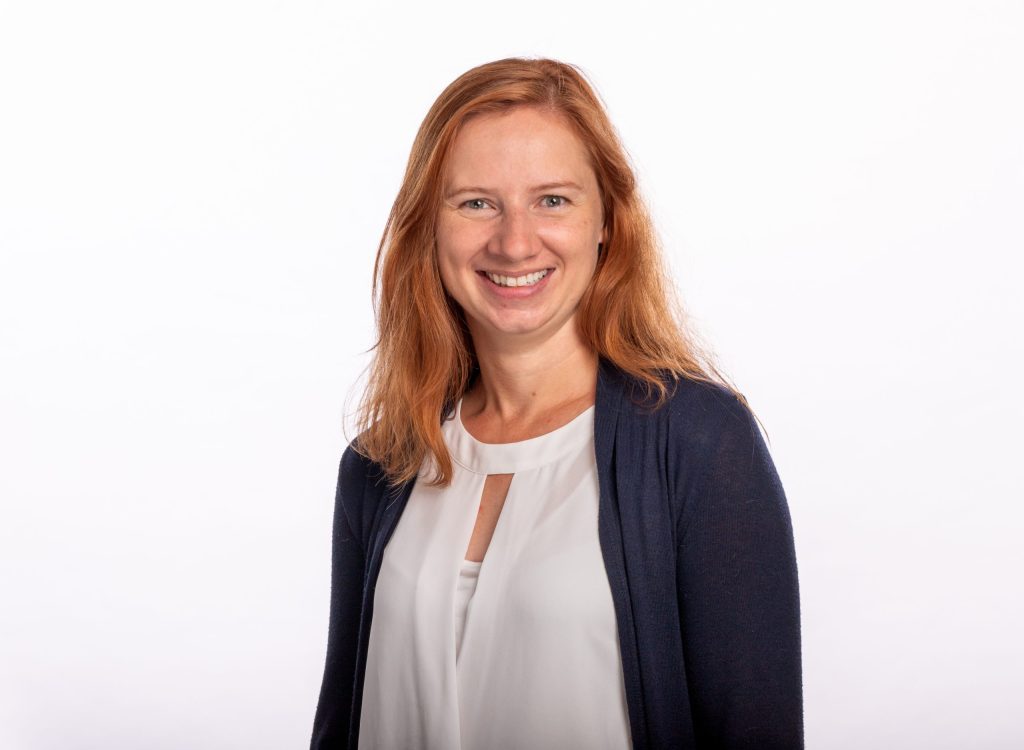
2/19/24 at 4:00 pm in Chemistry, A101
About the Seminar: Photon-driven processes have become a powerful tool for achieving challenging bond cleavages and formations. Photocatalysis offers temporal and spatial control with low-energy light, which has been widely advantageous for efficiently building molecular complexity from simple starting materials. The judicious choice of photocatalysts enables the precision of reactivity that is rarely achieved with […]

2/16/24 at 4:00pm in Chemistry A101
About the Seminar: Enzymes have been integrated into electrodes to form biosensors for nearly a century. To this date little work has been done to study whether the orientation of the enzyme at the electrode surface has a significant effect on the enzymes ability to catalyze a reaction. For Direct Electron Transfer (DET) and catalysis […]
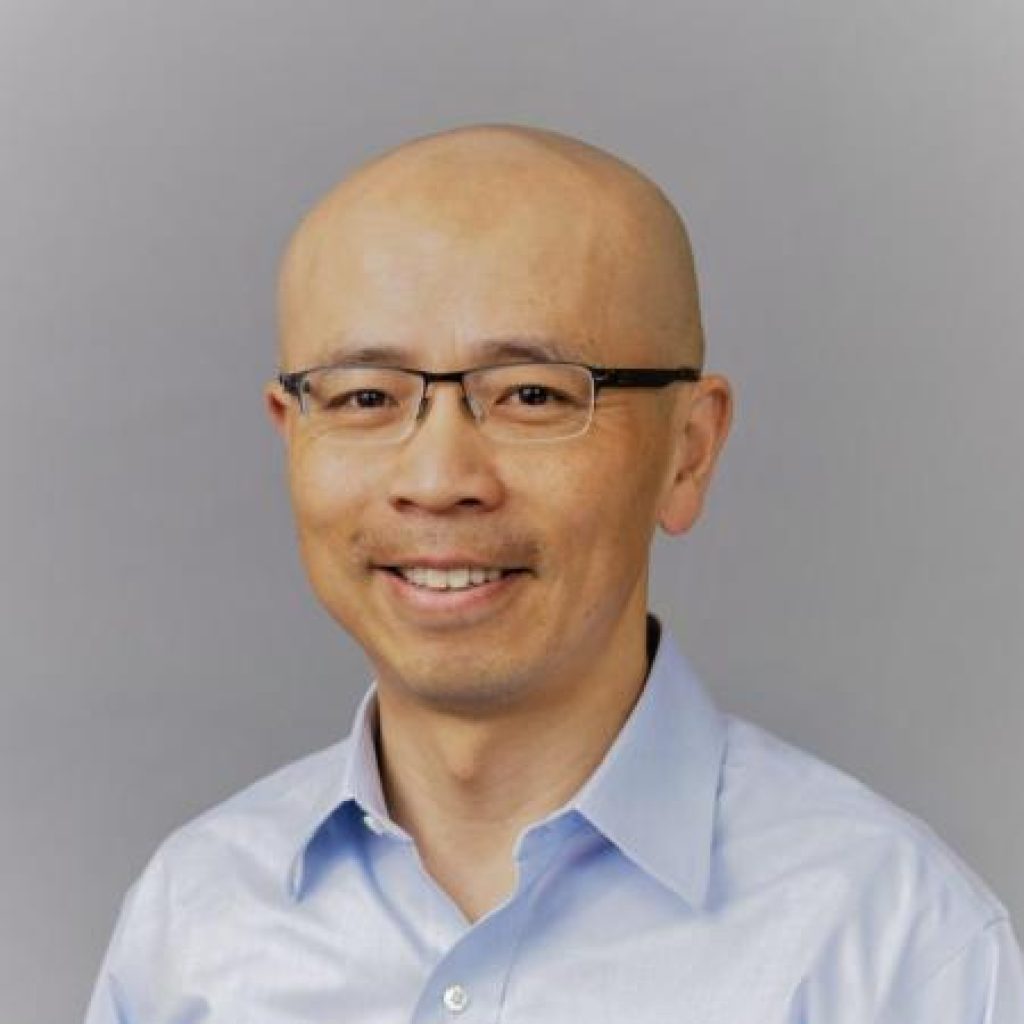
2/15/24 at 4:00pm in Chemistry A101
About the Seminar: This presentation will have two parts. In part 1, I will describe our recent efforts in using multi-modal optical imaging to study single particulate photoanodes for water oxidation reactions and our discovery of 2D inter-facet junction effects on 3D shaped semiconductor particles. In part 2, I will describe our recent work in […]
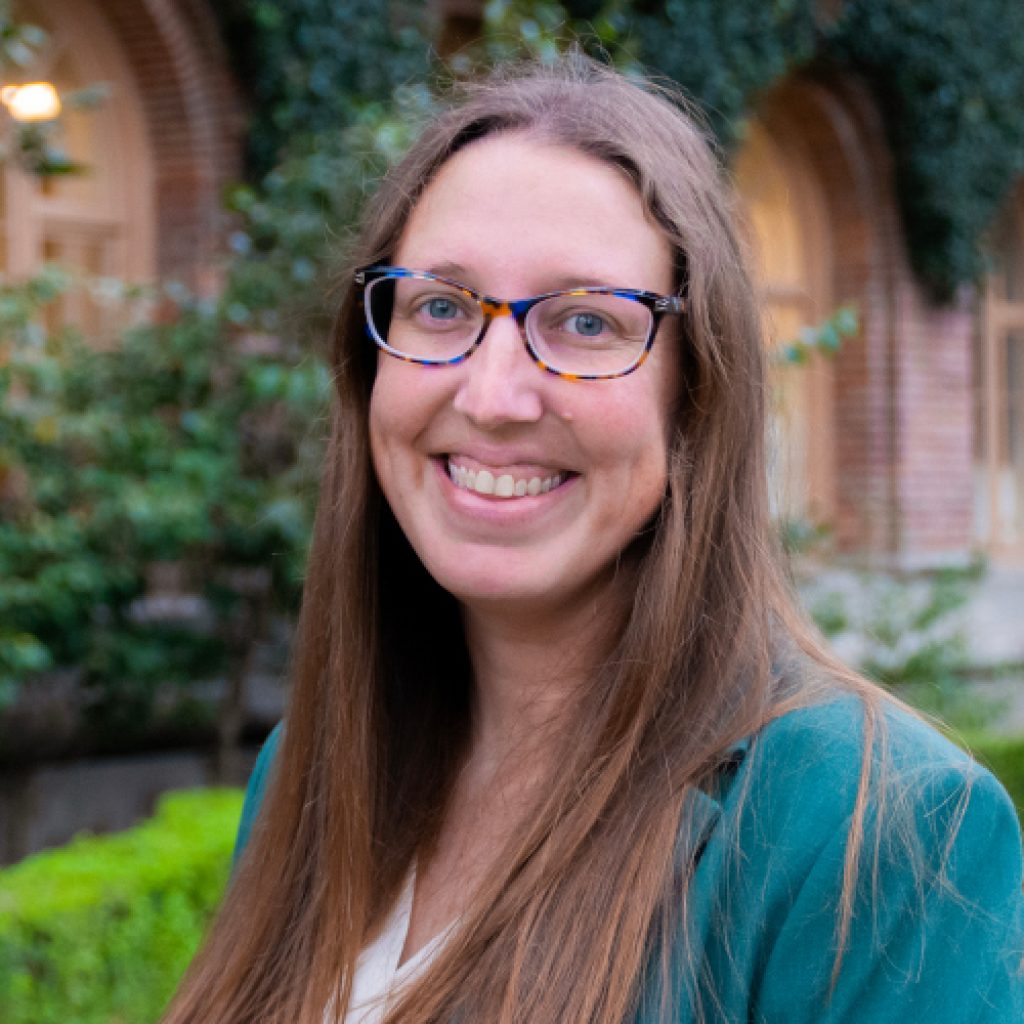
2/13/24 at 4:00pm in Chemistry A101
About the Seminar: As we strive to support our busy and demanding lifestyles, our dependence on disposable polymer items has led to a global environmental crisis. The high stability of polymers to an array of conditions that was once highlighted as a value for commercialization has now become a serious flaw. Addressing this crisis is […]
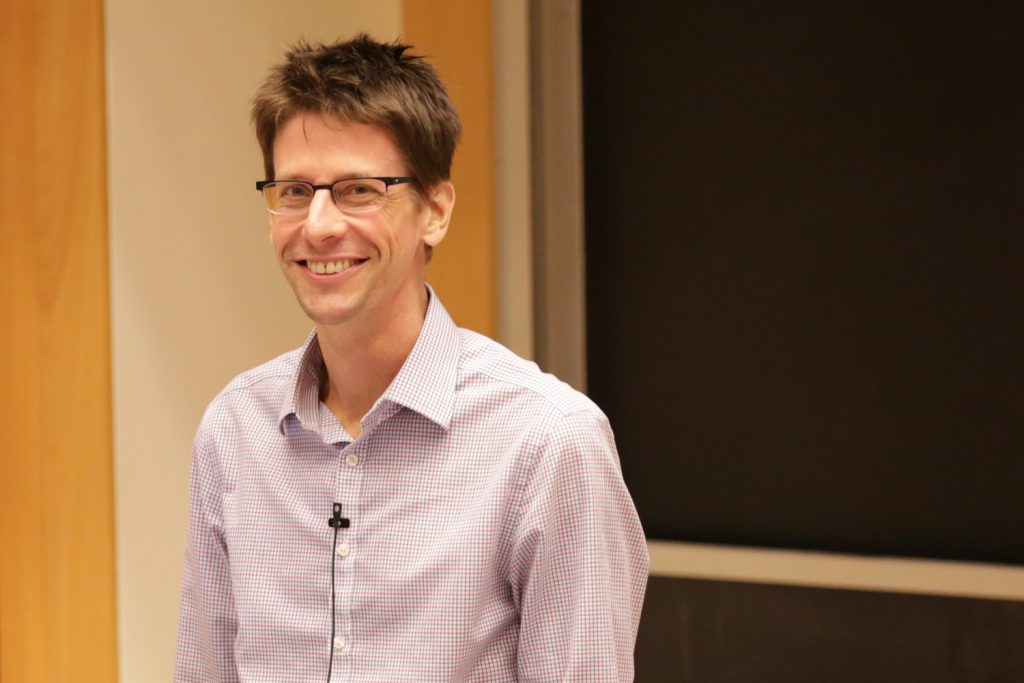
2/12/24 at 4:00pm in Chemistry A101
About the Seminar: The productive merger of enantioselective catalysis and crystallization-induced stereoconvergent processes demonstrates the potential of using physical properties to reveal unique reactivity. Case studies in stereoselective synthesis of crystalline polyfunctional building blocks will be presented. About the Speaker: A. Ronald Gallant Distinguished Professor Jeffrey Johnson was born in Emporia, KS and earned his […]


2/8/24 at 4:00pm in Chemistry A101
About the Seminar: Per- and polyfluoroalkyl substances (PFAS) are chemicals characterized by their strong C-F bonds and have widespread global use in many industrial processes and consumer-based products. PFAS are collectively referred to as “forever chemicals” due to their long lifetime against environmental degradation. As a result of their environmental persistence, PFAS become pollutants that […]


2/5/24 at 4:00pm in Chemistry A101
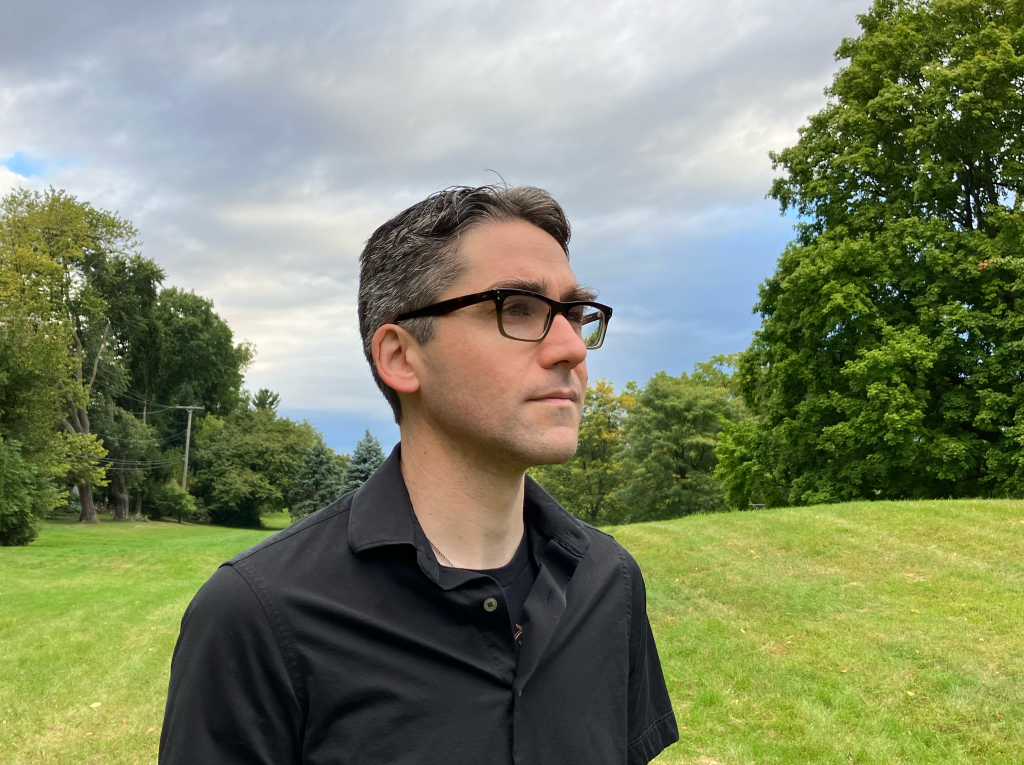
2/2/24 at 4:00pm in Chemistry A101
About the Seminar: Creating a new reaction is an exploration into the unknown. Fortunately, this exploration is supported by chemical knowledge, intuition, and tools that help us anticipate each turn along the path. In this talk I’ll give examples of how advanced computational methods can support the development of new reactions, in particular by introducing […]
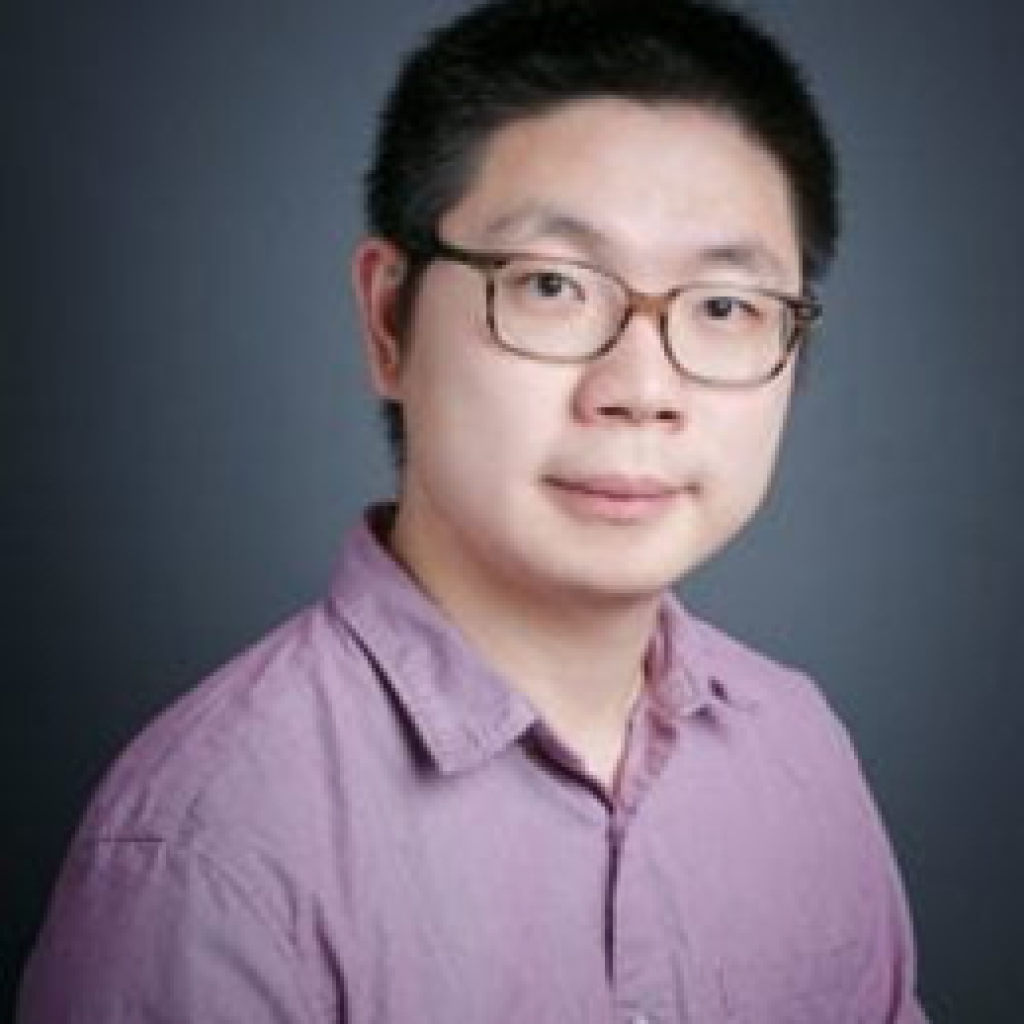
1/31/24 at 4:00 pm in Chemistry, A101
Abstract: Interdisciplinary research integrates information, data, techniques, tools, perspectives, concepts, and/or theories from two or more disciplines or bodies of specialized knowledge to advance fundamental understanding or solve problems. In this talk, I will share our recent work on exploring the interdisciplinary frontiers of electrochemistry, including (1) developing the quantum dot electrogelation method for high-performance […]

1/22/24 at in

1/15/24 at in

1/8/24 at in

1/1/24 at in

12/25/23 at in

12/18/23 at in


12/11/23 at in

12/4/23 at in

12/1/23 at 4:00pm in Chemistry A101
Abstract: As demand for long-term energy storage increases, next-generation battery materials work to fulfill demands for longer cycle lifetimes and higher capacity. Solid electrolytes are impressive candidate materials showing both slow degradation and increased stability against alkali metals, as compared to non-aqueous liquid electrolyte counterparts.(1) Lithium phosphorus oxynitride (LiPON) has shown promise for use as a […]

12/1/23 at 4:00pm in Chemistry A101
Abstract: For the deployment of new semiconductors, rapid discovery and property optimization is crucial. Theoretical understanding of structure-property relationships allows us to predict target materials based on the desired properties for an intended application, such as solar energy harvesting. However, crystallographic defects can negatively impact the optoelectronic properties of promising materials, as is the case […]

11/27/23 at in

11/20/23 at in

11/16/23 at 4:00pm in Chemistry A101
Abstract: Magnetic hyperthermia and photothermia have emerged as state-of-the-art thermal treatments for cancer. These methods utilize nanomaterial focusing agents, generally magnetic nanoparticles in magnetic hyperthermia and plasmonic nanoparticles in photothermia, and an external physical stimulus to provide efficient, noninvasive treatment. However, each method suffers from distinct challenges. These challenges have led to an interest in […]

11/16/23 at 4:00pm in Chemistry A101
Abstract: Enzymes are highly efficient catalysts and essential to life, prompting significant research into how they function. Understanding various structural or electronic properties of enzymes and how they contribute to enzymatic function will help researchers take advantage of catalytic motifs and design bioinspired molecular catalysts. There are several methods of computationally studying enzymatic reactions which […]


11/14/23 at 4:00pm in Chemistry A101
Abstract: As the demands for energy generation continue to increase, clean energy technologies are crucial. A key component to many of these technologies is the use of permanent magnets (PMs). In the development of PMs, there is a push to move away from the rare earth elements (REEs) commonly used for cheaper, more abundant transition […]

11/14/23 at 4:00pm in Chemistry A101
Abstract – TBD

11/10/23 at 4:00pm in Chemistry A101
Abstract – TBA

11/10/23 at 4:00pm in Chemistry A101
Abstract: Atomically precise metal nanoclusters (MNCs) are a class of materials sharing properties with molecular complexes and bulk nanoparticles. Their structure consists of a metal core and an organometallic ligand shell comprised of multiple MxRx+1 staple motifs, where M is a metal and R is an organic ligand. In the context of self-assembled materials, MNCs […]

11/9/23 at 4:00pm in Chemistry A101
Abstract: In the dynamic realm of drug discovery, computational techniques have revolutionized the pace at which we identify potential therapeutic agents. However, the membrane permeability of these compounds, a crucial factor in their efficacy, often remains underrepresented in computational predictions. In this talk, I look at two anti-cancer drugs, Withaferin-A and Withanone.1 Despite their structural […]

11/9/23 at 4:00pm in Chemistry A101
Abstract: Solubility represents a fundamental parameter with wide-ranging applications across diverse scientific domains, including pharmaceuticals, renewable energy, and electrochemistry. Nevertheless, the experimental determination of solubility faces substantial challenges, particularly in scenarios involving ever-expanding solution combinations. In light of these experimental challenges, computational methods have gained prominence as viable means of solubility prediction. In this context, […]

11/8/23 at 4:00pm in Chemistry A101
Abstract: This talk is an introduction to semi-automated microfluidic electrochemical sensor for simultaneous detection of SARS-CoV-2 and Influenza antigens. It will include discussion on prior research literature for viral antigen detection as well as the importance of the development of highly sensitive, easy to use, rapid, and affordable sensor which could be used to discriminate between […]

11/8/23 at 4:00pm in Chemistry A101
Abstract: Conserving crops in the face of climate change is a paramount issue. Cryopreservation, the process of storing living cells and tissue at liquid nitrogen temperatures (LN, -196 ˚C), has emerged as the preferred method for long-term crop conservation, enabling the preservation of everyday staple crops. Successful cryopreservation requires the removal of freezable water from […]

11/7/23 at 4:00pm in Chemistry A101
Abstract: A key problem literally since the discovery of catalysis itself is the question of “what’s the actual, true catalyst?”. More specifically, distinguishing homogeneous catalysis from nanoparticle heterogeneous catalysis has proven to be both a critical, as well as challenging, issue in a range of organic reactions over the ≥25 years. Post setting up the […]

11/3/23 at 4:00pm in Chemistry A101
Abstract: Despite advancement in developing new reversible dynamic polymer hydrogels utilizing different chemical crosslink and exhibiting exciting viscoelastic properties, there has been limited work quantifying the relation between the kinetic parameters of the chemical exchange at the cross link, and the bulk properties of the material, such as the characteristic relaxation time (). In recent […]

11/3/23 at 4:00pm in Chemistry A101
Abstract: Conversion anodes are attractive electrode materials for sodium-ion batteries due to their high theoretical and storage capacities. Challenges with conversion anode materials, such as metal phosphides, result from large volume expansion leading to anode pulverization, and poor reversible capacity. To improve the performance of metal phosphide anodes and relieve strain from volume expansion, preparation […]
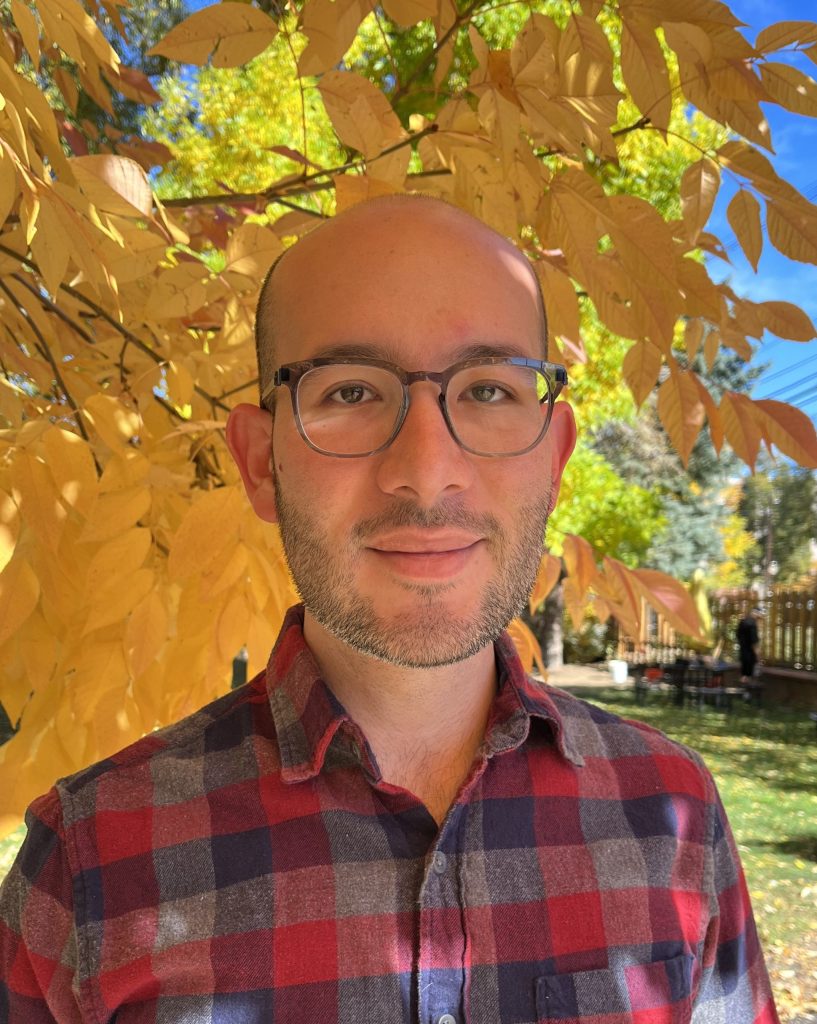
11/2/23 at 4:00pm in Chemistry A101
Abstract: Spectroscopy has the potential to reveal the structure and dynamics of complex materials, ranging from chromophores in solution to molecular aggregates and nanomaterial heterostructures. Yet, disentangling spectral signals and extracting an intuitive picture of how excitations form, move, and exchange energy is one of the deepest and most persistent challenges of physical chemistry. In […]

11/1/23 at 4:00pm in Chemistry A101
Abstract: The extensive global use of pesticides in agriculture has raised significant concerns about potential health hazards. One major concern is the “take-home pathway” of exposure, where agricultural workers inadvertently introduce pesticide residues into their homes through their skin, shoes, and clothing, potentially endangering their families, especially children. This presentation covers current methods for detecting […]

10/31/23 at 4:00pm in Chemistry A101
Abstract: A key interest in chemical synthesis research is the conversion of less desirable resources to value-added products.[1] Hydrogen peroxide is an increasingly valuable feedstock with applications as an antiseptic agent and wastewater treatment aid, a strong oxidant for chemical synthesis, and even an energy-dense catholyte for fuel cell applications.[2,3] Current synthesis methods for hydrogen […]

10/31/23 at 4:00pm in Chemistry A101
Abstract: Gold nanoclusters (AuNCs) are ideal models to study structure-property relationships due to their atomically precise compositions. Understanding this relationship is important for further explorations in photoluminescence and photocatalysis, which are highly relevant to industrial and academic work. The properties of AuNCs are mainly impacted by their ligand shells, the compositions of which are primarily […]
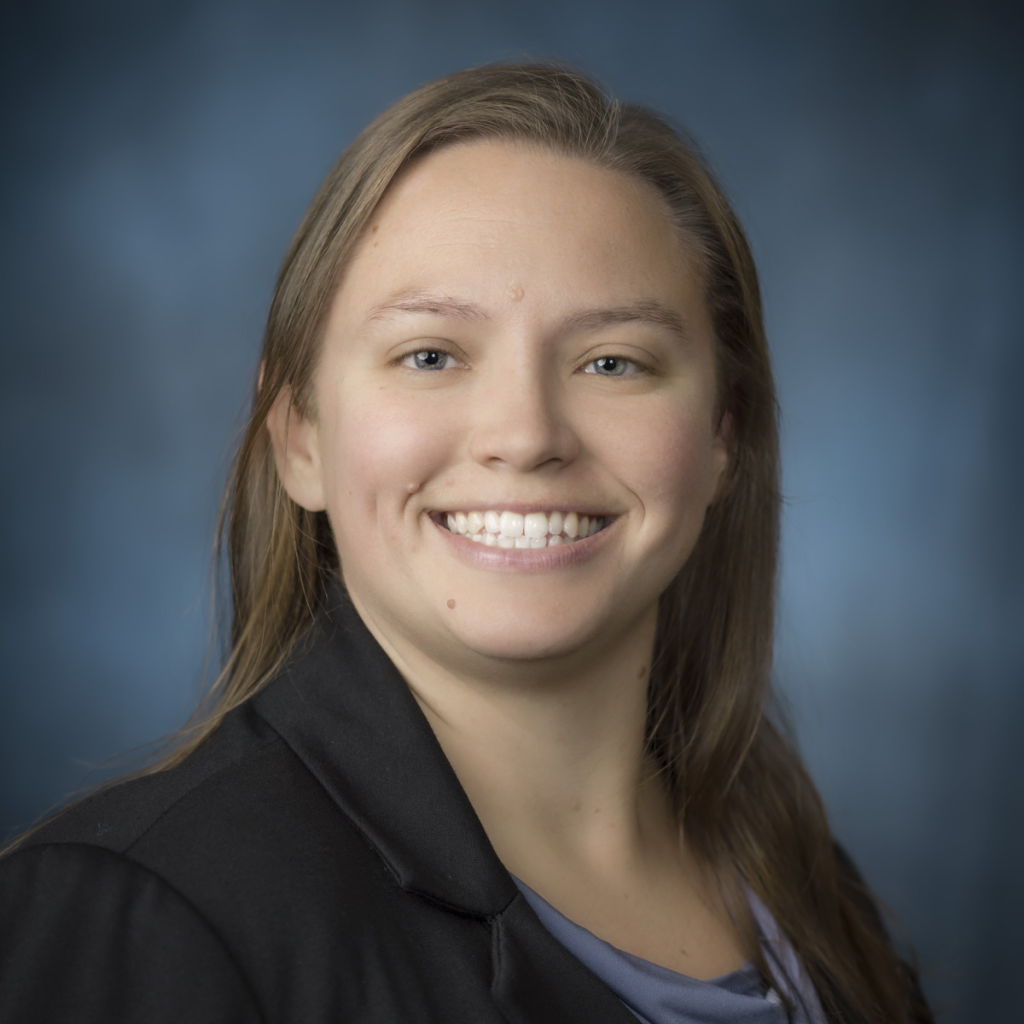
10/30/23 at 4:00pm in Chemistry A101
Abstract: Do you want to learn more about patents, copyrights, and trademarks? Are you curious about what lies behind the velvet curtain of the Tech Transfer office and how new inventions are evaluated? Interested in examples of things that have worked, and things that didn’t? We’ll talk about different types of intellectual property, the evaluation […]

10/26/23 at 4:00pm in Chemistry A101
Abstract: The application of machine learning to chemistry has seen tremendous success in recent times. However, in most cases the applicability of the trained models from such studies is limited to points similar to training data, with far-off and borderline data points being extremely prone to errors. To handle such error-prone data points alternative approaches […]

10/25/23 at 4:00pm in Chemistry A101
Abstract: Being able to take diagnostic testing beyond the health sector is important due to the drastic effect it has on addressing timely treatment of diseases. I am exploring an alternative electrochemical immunosensor platform that will provide point-of-care diagnostics needed to those especially in resource limited settings.

10/25/23 at 4:00pm in Chemistry A101
Title: Advancing SARS-CoV-2 Antibody Detection: Bridging Sensitivity and Accessibility Abstract: The emergence of severe acute respiratory syndrome coronavirus 2 (SARS-CoV-2) has highlighted the need for affordable and rapid serological tests to improve diagnostic reliability and assess immune status. Conventional laboratory techniques like the enzyme-linked immunosorbent assay (ELISA) and the plaque reduction neutralization test (PRNT), while […]

10/24/23 at 4:00 pm in Chemistry, A101
Abstract: Synthetic permanently porous materials are poised to play a key role in our transition to a more sustainable society. Owing to their structural and chemical modularity, synthetic frameworks, such as metal–organic, covalent, and hydrogen-bonded networks, are uniquely amenable to realizing highly specific functionality for emergent clean energy applications. However, desired performance for many pressing […]
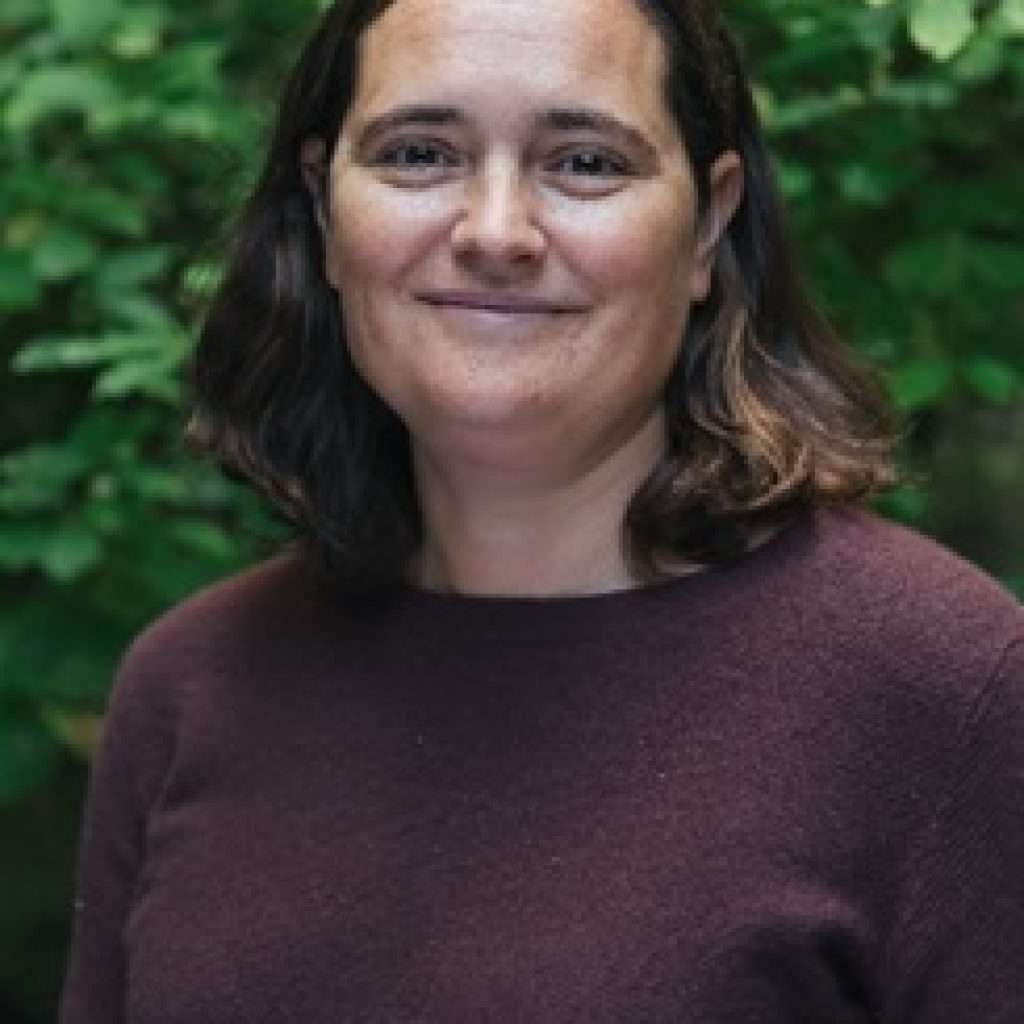
10/19/23 at 4:00 pm in Chemistry, A101
About the Seminar: Polymers are some of the highest volume products of the chemical industry but their manufacturing, use and disposal causes pollution. Production alone is responsible for > 1 Gt/annum of carbon dioxide emissions, ~ 3 x more than the annual emissions of the UK. Recycling options are limited and environmental contamination by legacy […]

10/17/23 at 4:00pm in Chemistry A101
Abstract: Despite the wide range of applications of nanoparticles, the tunability of properties and synthesis of novel materials are limited due to reaction pathways often being poorly understood. Developing an understanding of how precursors transform into active species or monomers is essential to establish targeted synthetic designs but is difficult to predict the participating species […]

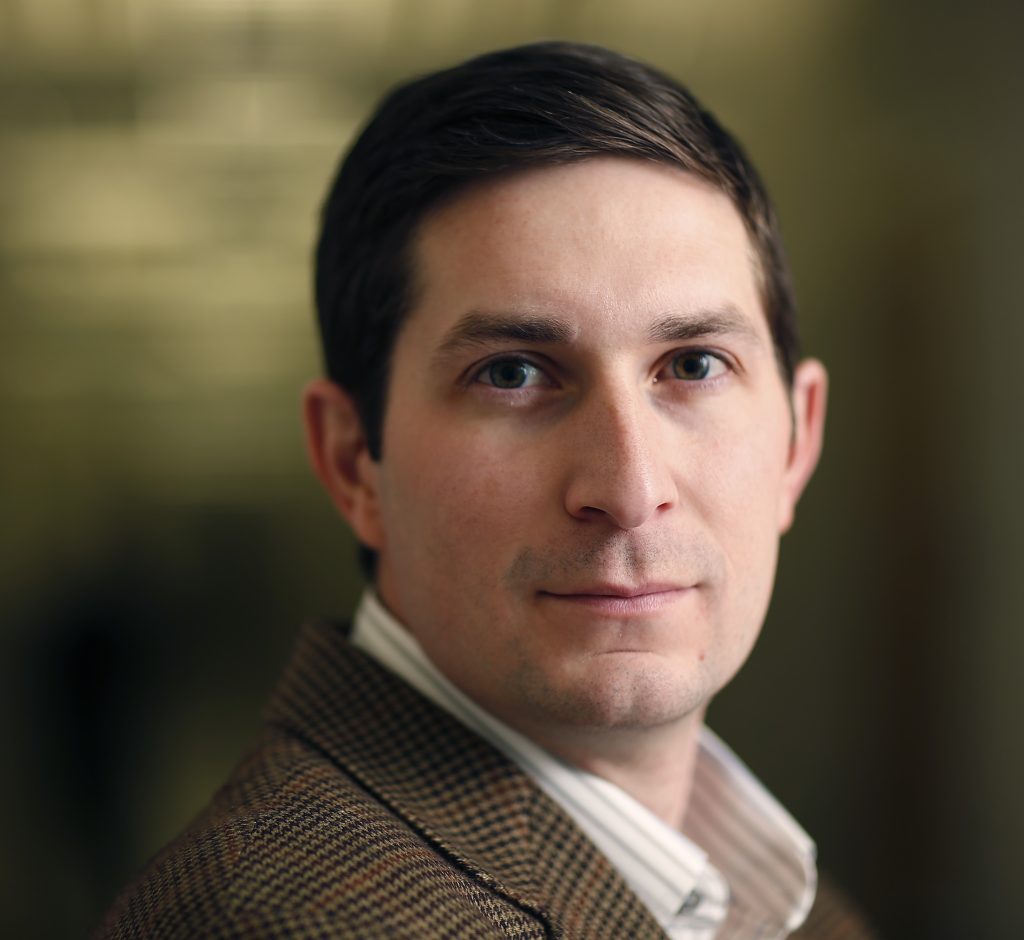
10/12/23 at 4:00 pm in Chemistry, A101
Abstract: I will describe my group’s use of DFT static and dynamics calculations combined with automation tools, ligand libraries, and machine learning to design new and more selective organometallic catalysts. I will emphasize our strategies and tools to design Cr-based ethylene oligomerization catalysts and Fe-oxo based alkane C-H functionalization catalysts. About the Speaker: Daniel […]
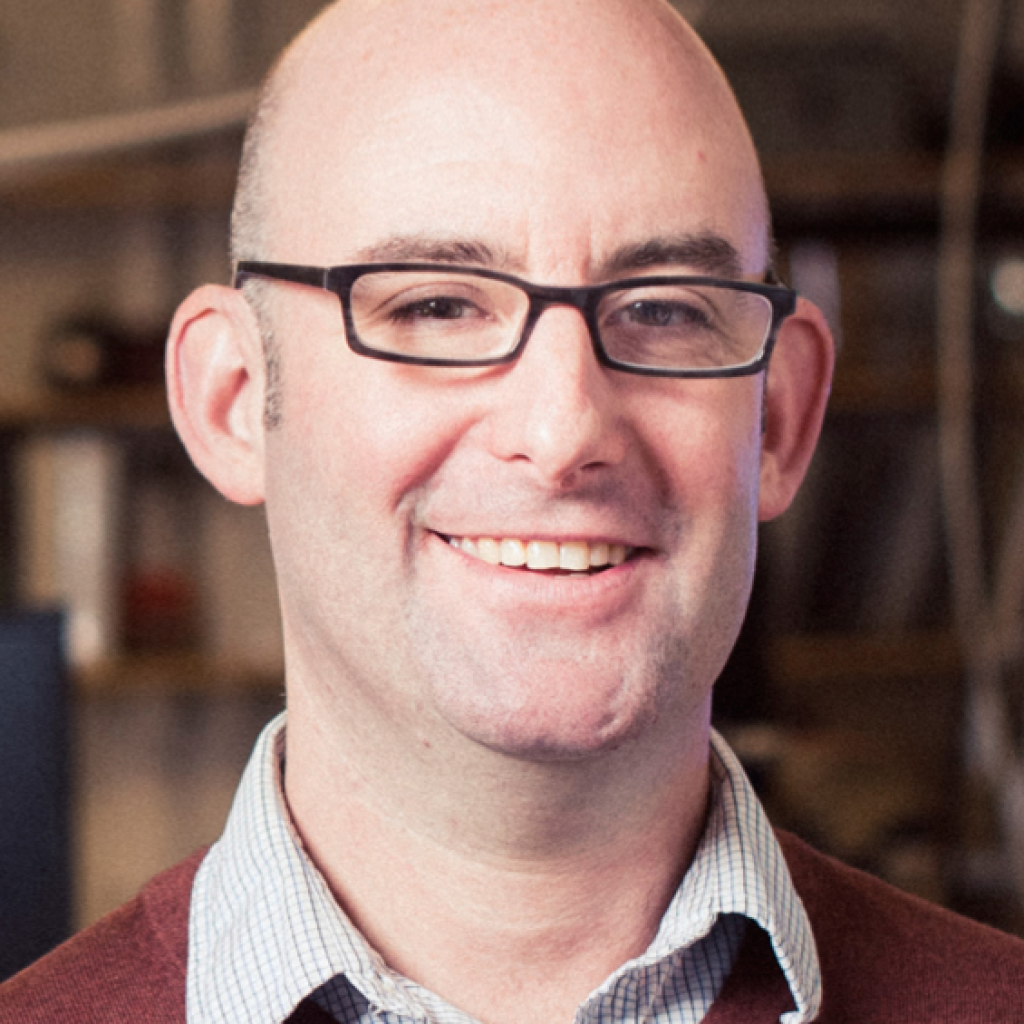
10/11/23 at 4:00 pm in Chemistry, A101
Abstract: A large fraction of fine particulate matter (aerosol) in the atmosphere is secondary in nature, formed from the atmospheric oxidation of gas-phase compounds. This oxidation chemistry can govern the amount and properties of aerosol particles, and hence their impacts on climate and health. Much of our understanding of aerosol formation derives from laboratory studies, […]

10/10/23 at 4:00pm in Chemistry A101
Abstract: The Interactive Network of Inorganic Chemists (IONiC) has worked with inorganic chemistry instructors across the country through a two-year Fellows program. IONiC’s research with the Fellows aims to provide insight into how course reform impacts student learning. Data was collected from student surveys, student responses to content-based questions, student exam performance, faculty interviews, and […]
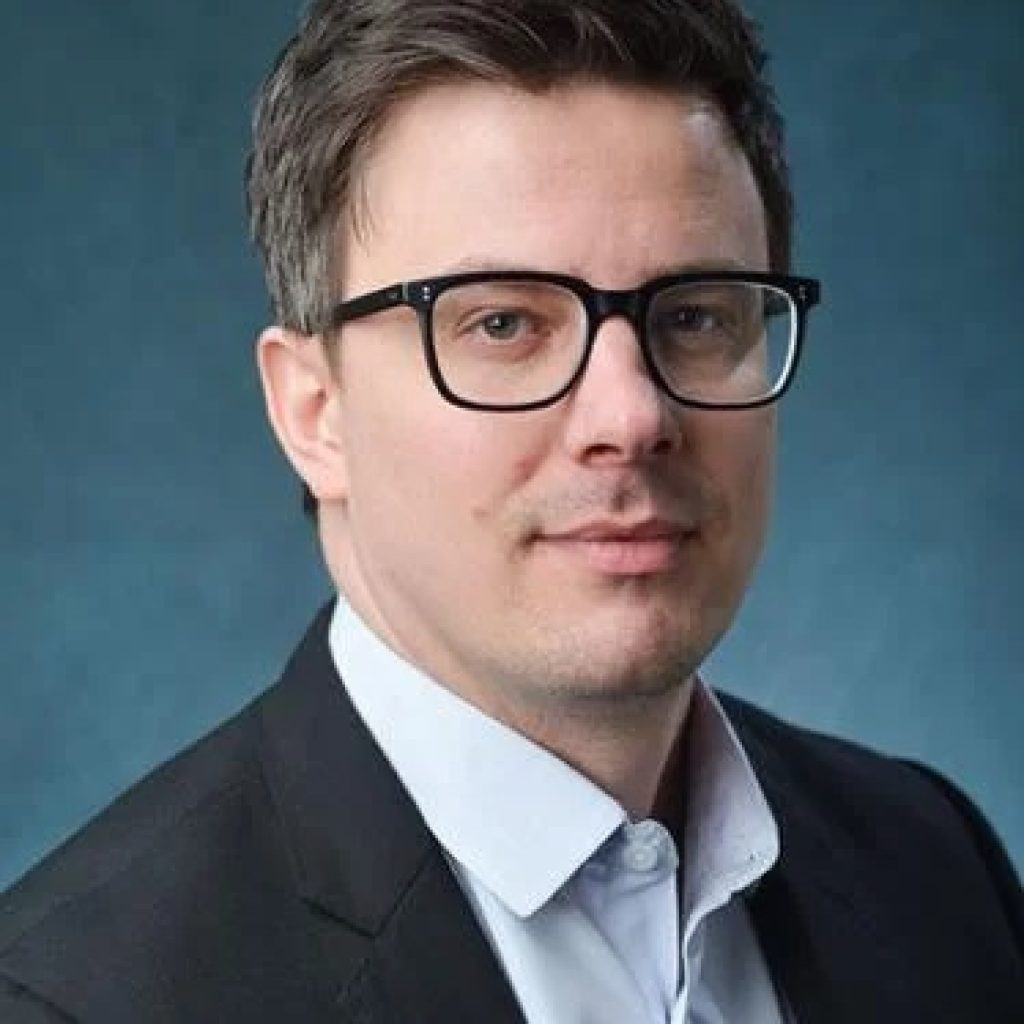
10/9/23 at 4:00pm in Chemistry A101
Abstract: The synthesis of small molecules and biologics using polarity reversal (umpolung) strategies has the potential to transform drug discovery by tapping into previously underexplored reagents and mechanisms. In this lecture, I will present our research on the use of umpolung methods to build and functionalize small molecules, carbohydrates, peptides, and proteins. Specifically, I will […]
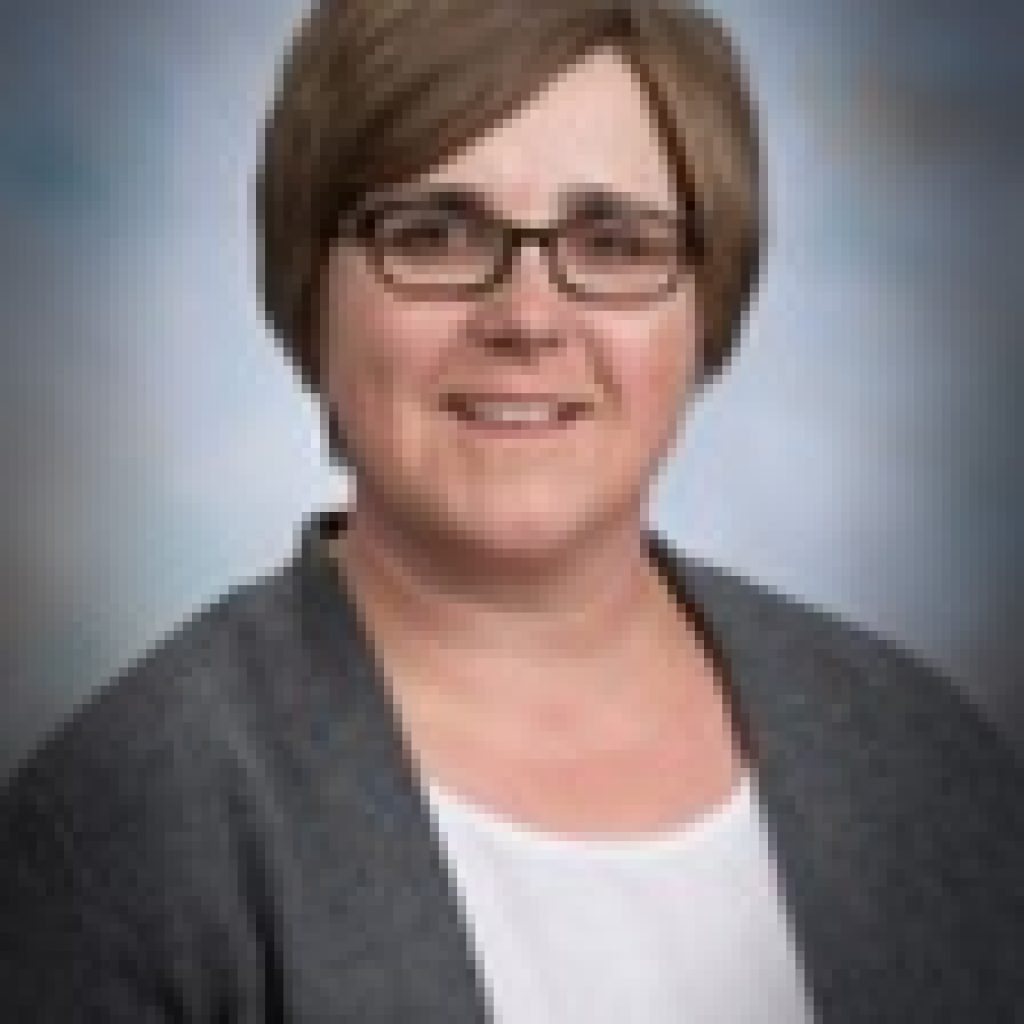
10/5/23 at 4:00pm in Chemistry A101
Abstract: The climate crisis is driving a new era of electrification around the globe. The decarbonization of transportation and industrial processes is expected to make a significant impact on the rate of climate change. For example, the electrification of refineries and the broader chemical industry has the potential to lead to major reductions in fossil […]
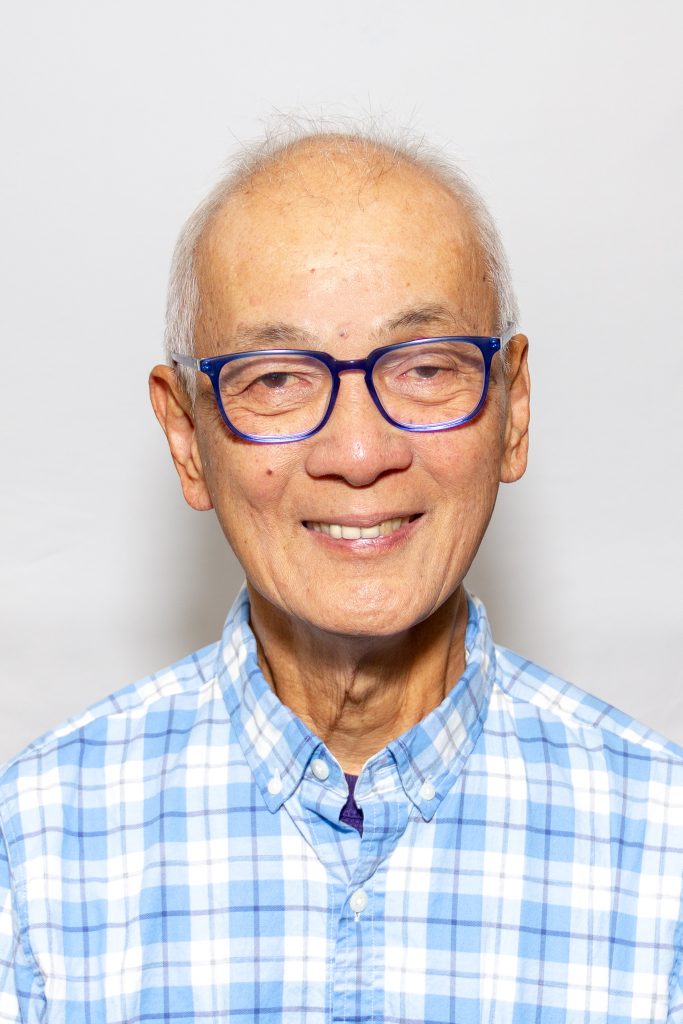
10/3/23 at 11:00 am in Lory Student Center Theatre
RSVP Abstract: At the start of my independent research career 46 years ago, I chose to explore the chemistry of a family of nonheme iron oxygenases, which had just been discovered a few years before I got started at Cornell. In this family is the only enzyme known to hydroxylate the simplest hydrocarbon, methane, which is found in […]
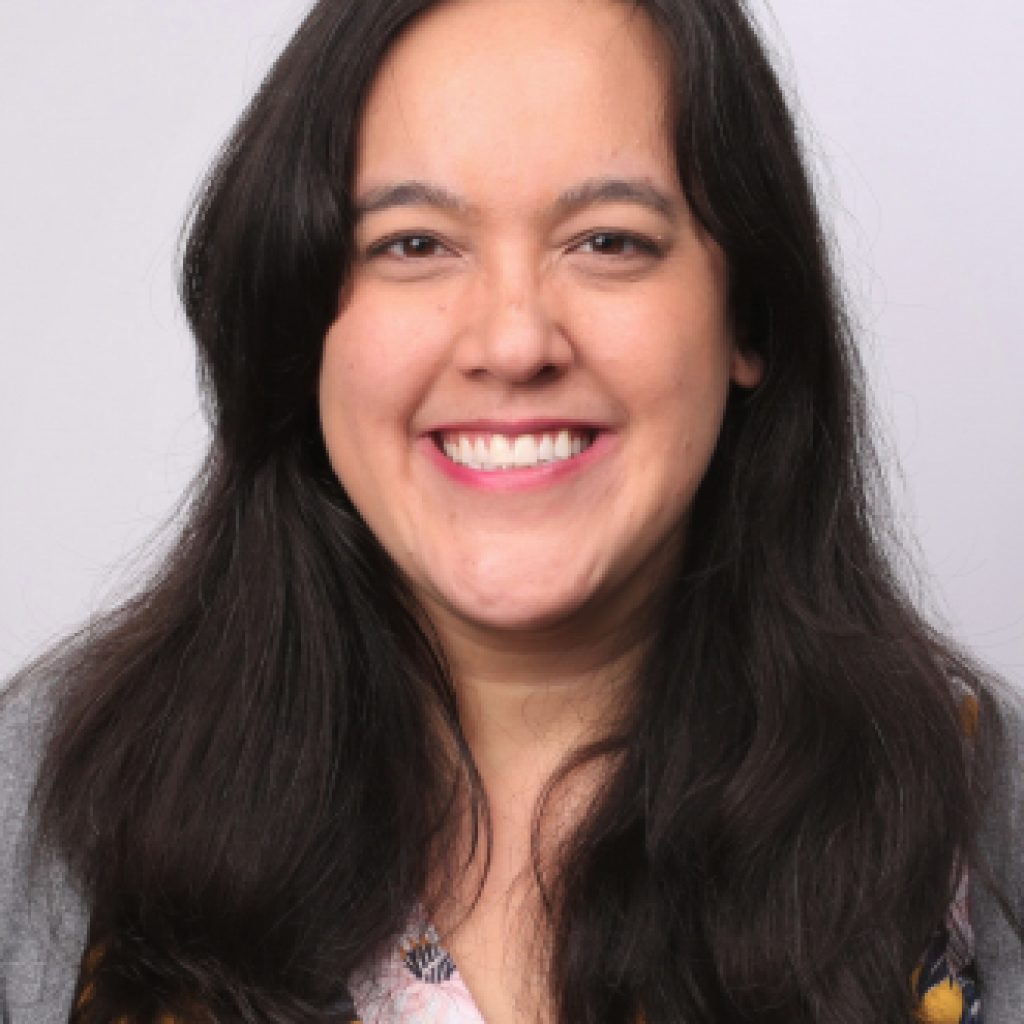
10/3/23 at 4:00 pm in Chemistry, A101
Abstract: New Delhi Metallo-β-lactamase (NDM) grants resistance to a broad spectrum of β-lactam antibiotics including last-resort carbapenems and is emerging as a global antibiotic resistance threat. Limited zinc availability adversely impacts the ability of NDM-1 to provide resistance, but a number of clinical variants have emerged that are more resistant to zinc scarcity. To provide […]
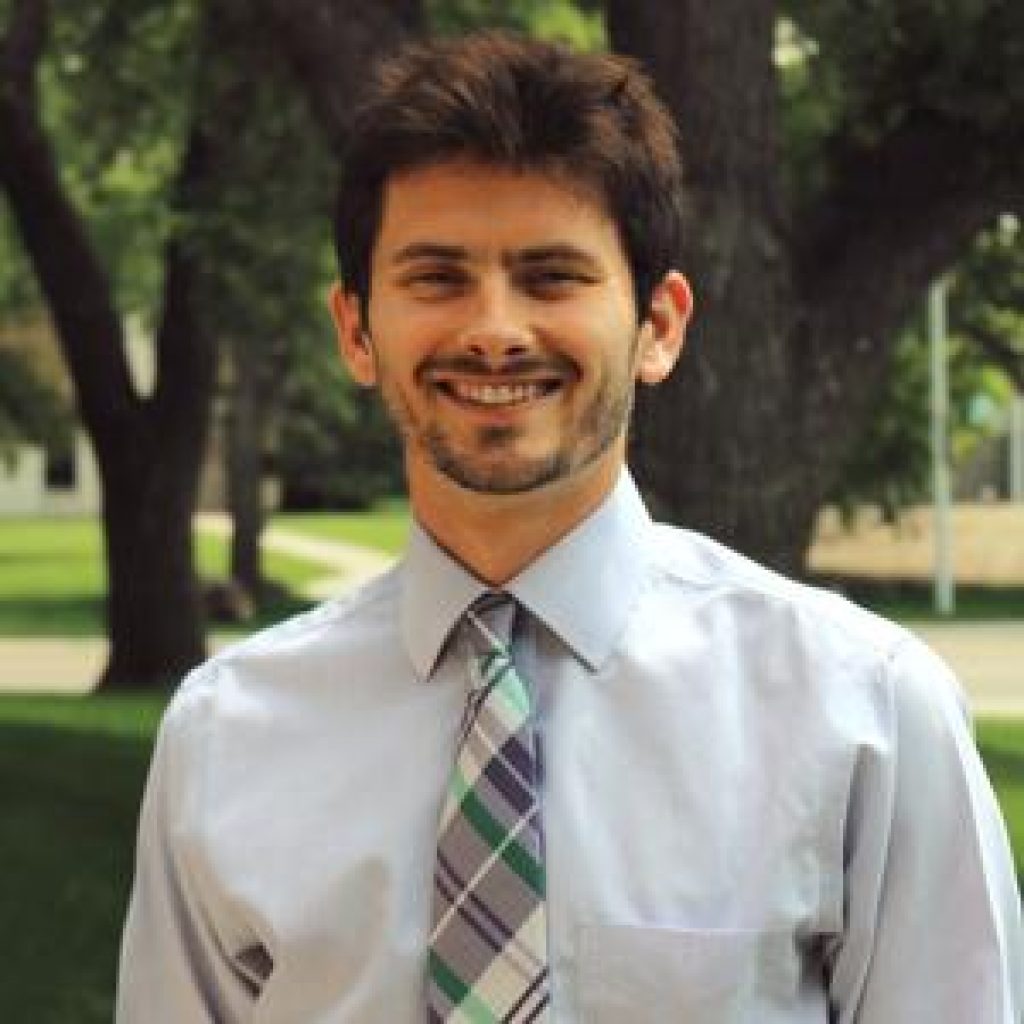
9/26/23 at 4:00pm in Chemistry A101
About the Seminar: A significant challenge in inorganic materials synthesis is to rationally control composition and structure of materials to achieve desired properties. Unfortunately, metastability or glacial reaction kinetics inhibits the search for and synthesis of functional materials. Yet, solid-state metathesis reactions, which have an expanded, hyperdimensional, compositional space from that of the products, often […]

9/22/23 at 4:00pm in Chemistry A101
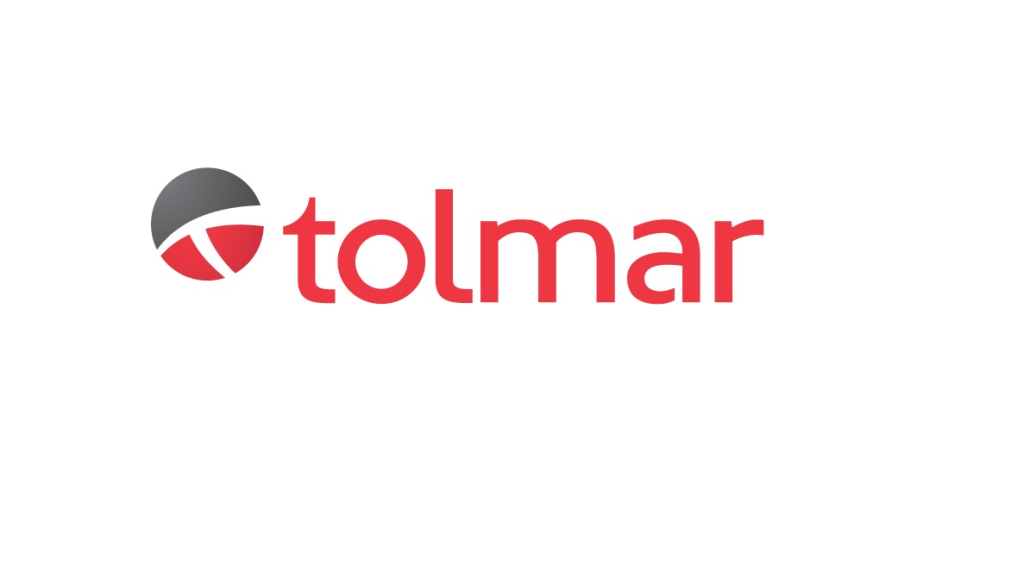
9/20/23 at 5:30pm in Lory Student Center 372-374
About the Event: Interested in Tolmar’s Scientific Leadership Development Program? Interested PhD students can find event details in Handshake. Registration is required. Dinner will be provided. Session Information: tolmar-scientific-leadership-program-info-session Program Information: scientific-leadership-development-program
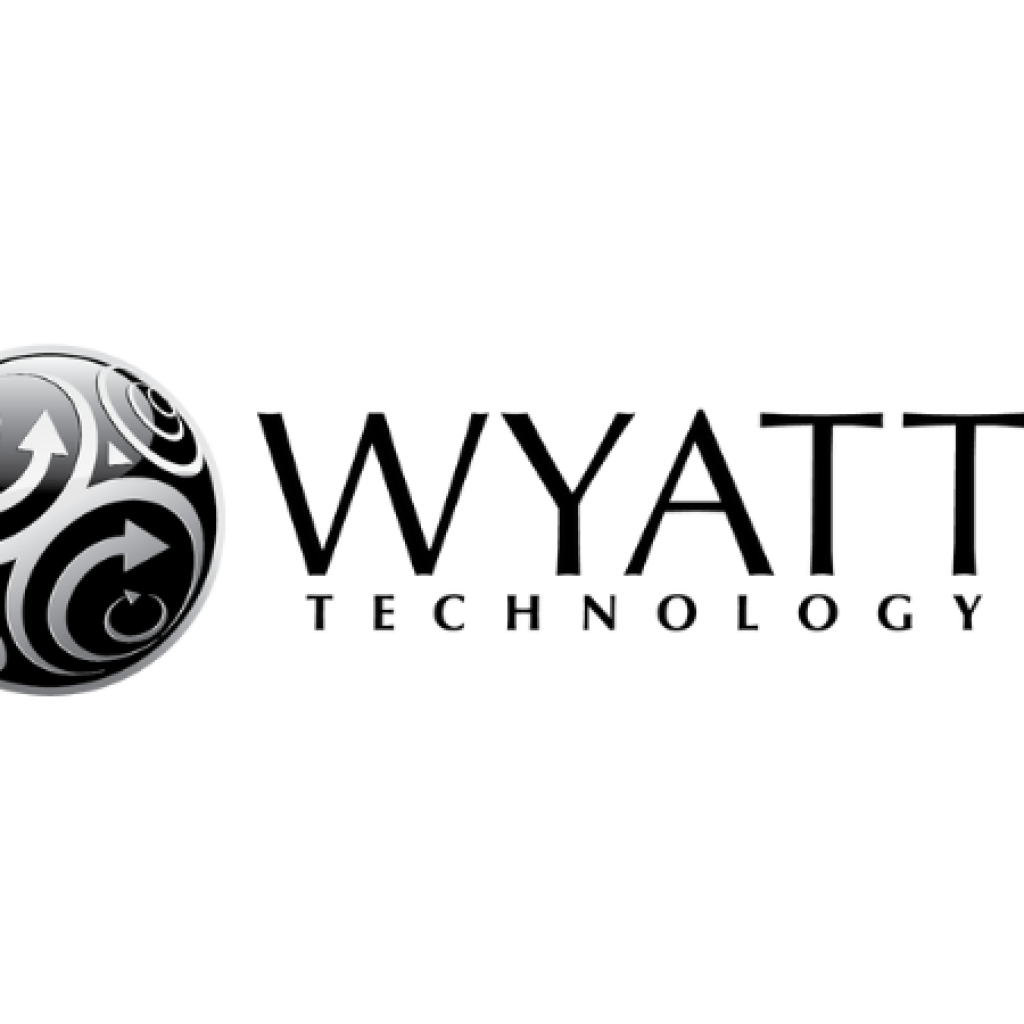
9/19/23 at 1:00pm in CHEMR 401
Event Overview: Multi-angle light scattering (MALS) remains a critical tool for characterization of polymers. In combination with separation by size-exclusion chromatography (SEC), MALS enables determination of molar mass distributions without relying on reference standards, making it invaluable for the analysis of polymers for which such standards do not exist, including novel homopolymers, block copolymers, and […]
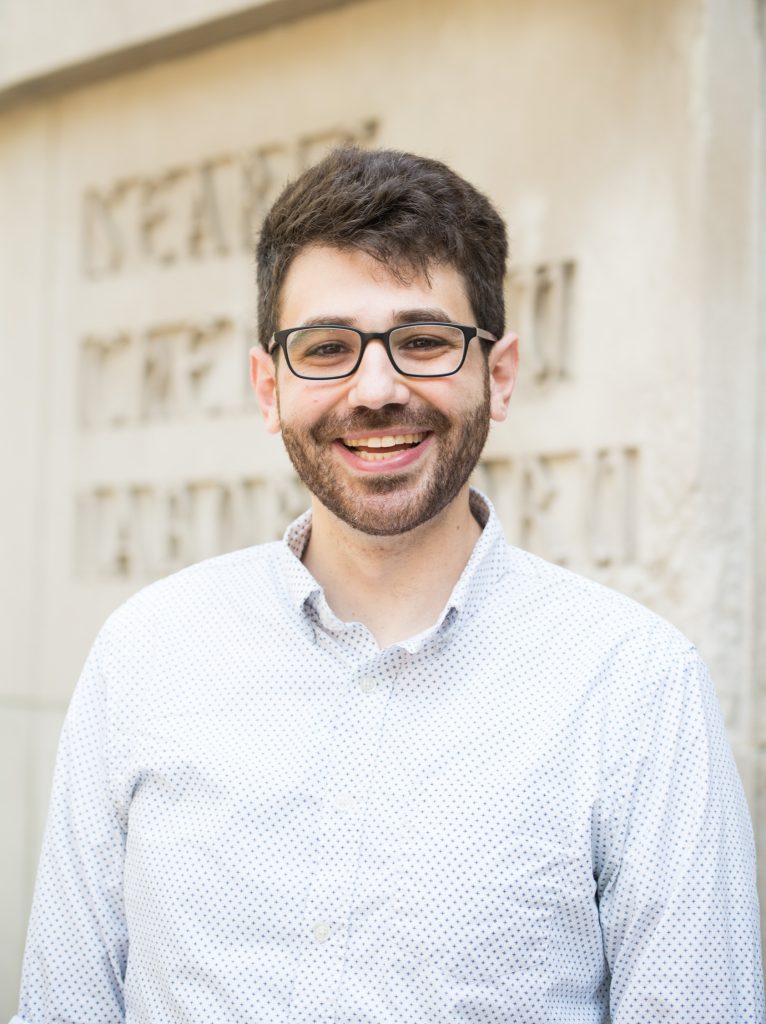
9/18/23 at 4:00pm in Chemistry A101
Abstract: Reactions which can manipulate the connectivity of the molecular skeleton are underexplored as tools for late-stage functionalization, in part because their implementation has been hindered by their often nonintuitive retrosynthetic logic. This presentation will cover selected transformations discovered in our laboratory which address this challenge by enabling single-atom changes to aliphatic and aromatic systems […]
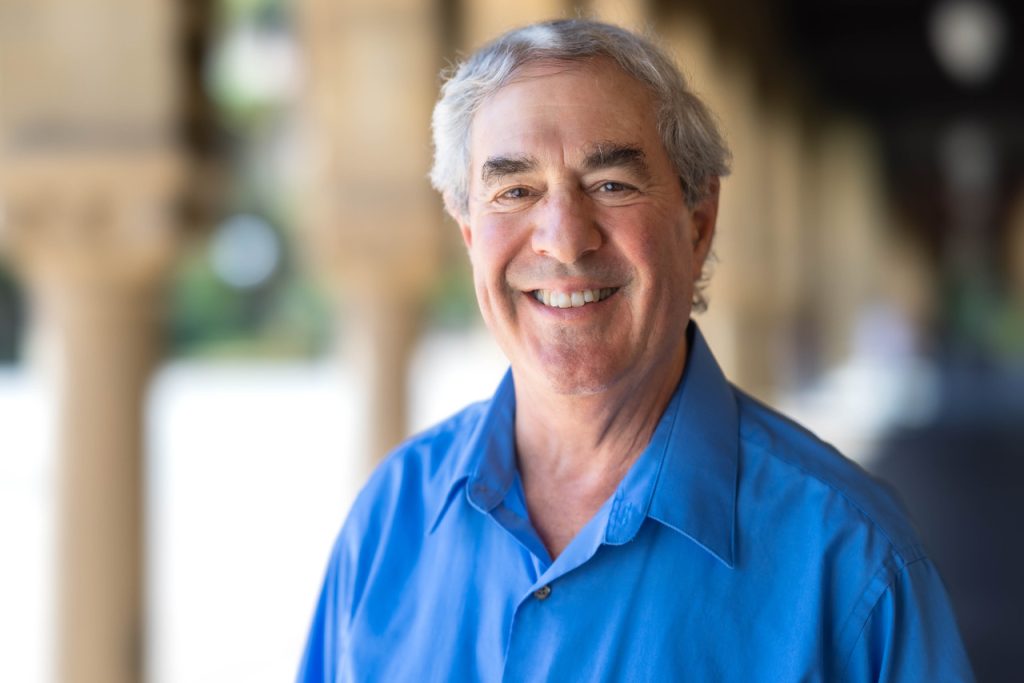
9/14/23 at 4:00pm in Chemistry A101
Abstract: Local internal electric fields in complex organized systems like proteins can be measured using the vibrational Stark effect (VSE). These fields can be very large and can affect chemical reactivity. I will briefly explain the underlying physical concept and strategy we have developed to apply the VSE to a wide range of systems. This […]

9/12/23 at 4:00pm in Chemistry A101
About the Seminar: We have made a lot of exciting changes to the chemistry major at CSU, and we invite students (majors, minors, and the chem-curious) and faculty and staff to learn more about those changes in this seminar. Chemistry, the central science, engages biochemistry, biology, engineering, and environmental and materials sciences. Chemists synthesize compounds […]
9/8/23 at 4:00pm in Chemistry A101
Abstract: Batteries have transformed our daily lives and hold the key to a low carbon future. Yet, current Li-ion chemistries are approaching their theoretical performance limit. Remarkably, we continue to rely on a limited subset of Li-ion battery materials –– most commercial cathodes derive from LiCoO2 developed in 1980 –– that cannot meet our ever-growing need […]
9/7/23 at 4:00pm in Chemistry A101
Abstract: A cell is a complex unity of various biomolecules with diverse functions. Understanding molecular mechanisms in cells requires detecting biomolecules with high chemical selectivity and resolution. Chemical imaging using optical modalities allows to visualize molecular compositions in cells with high spatial and temporal resolution. In this talk, I will first review common linear and […]
9/6/23 at 4:00 pm in Chemistry, A101
Abstract: Communication between the nervous system and immune system is vital for maintaining health yet remains difficult to probe with precise temporal and spatial resolution. Our lab develops electrochemical and microfluidic methods, to close this critical gap in measurement science. Specifically, we have developed new electrochemical methods and electrode materials for fast-scan cyclic voltammetry (FSCV) […]

8/25/23 at 4:00pm in Chemistry A101
7/27/23 at 12:00pm in Yates 104 and Chem Lobby
About the Seminar: Fun polymer demonstrations Great food and connections Poster session for undergraduate and graduate students Send poster abstracts (300 words) and titles to csupmsepoly@gmail.com by June 27, 2023 for consideration Poster competition: 1st prize ($150) 2nd prize ($100) 3rd prize ($50) Talks from world-renowned scientists
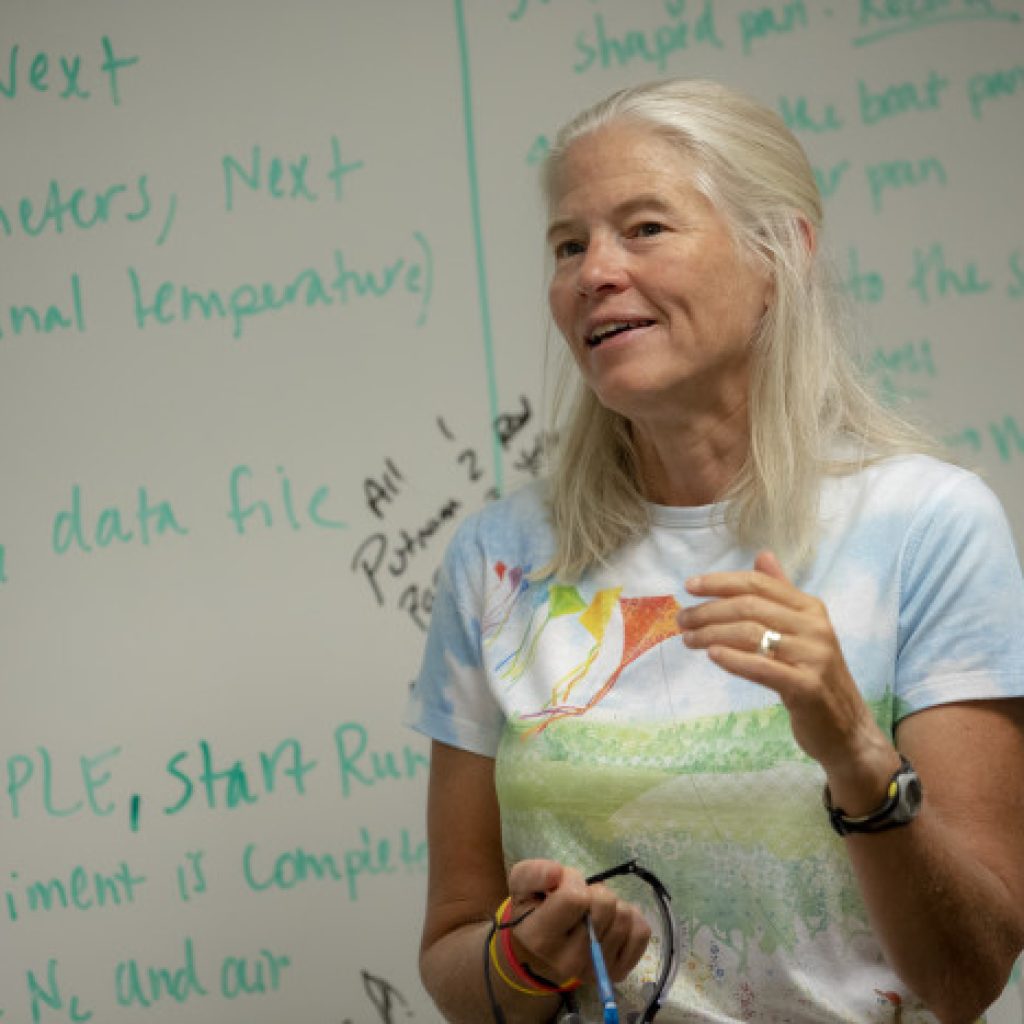
7/26/23 at 3:00 pm in Yates 102/103
About the Seminar: Are you curious about what it is like to have a career at a primarily undergraduate institution(PUI) that does not offer a M.S. or Ph.D.? Are you curious about the balance of teaching andresearch PUs? Do you wonder what a week in the life of a faculty member at a PUI is […]
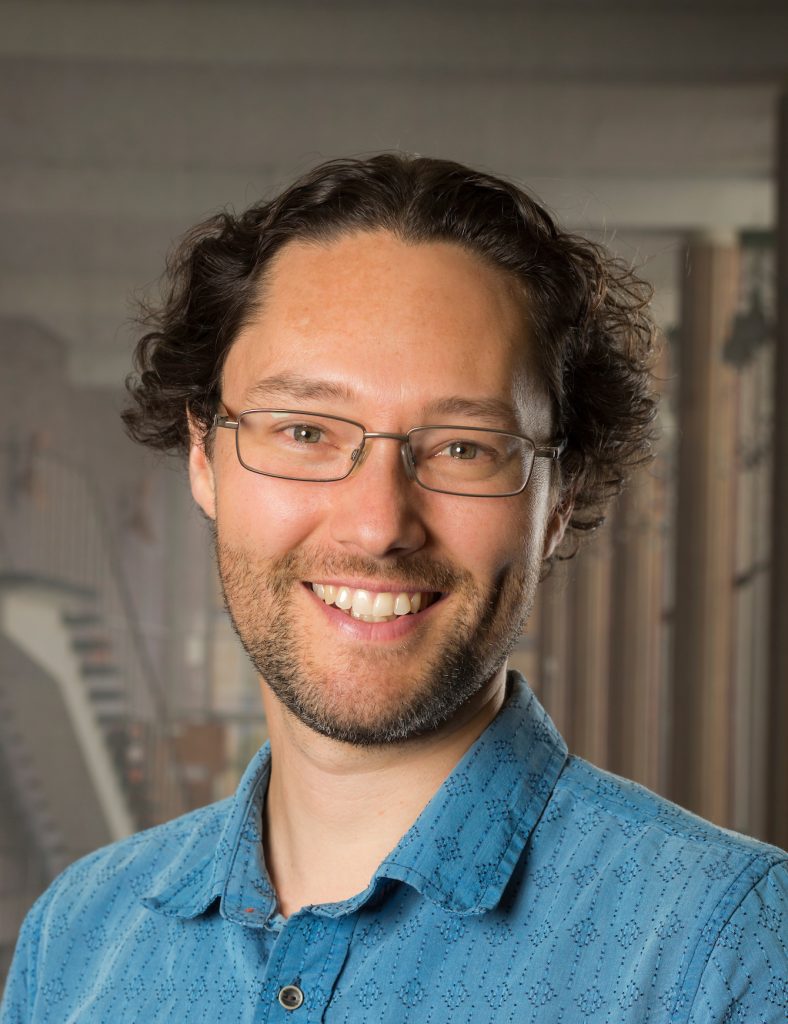
6/15/23 at 4:00 pm in Yates 102/103
Bio: Dr Asaph Widmer-Cooper is an Associate Professor in the School of Chemistry at the University of Sydney, a Chief Investigator of the ARC Centre of Excellence in Exciton Science, and a member of the University of Sydney Nano Institute. His research focuses on the application of computer simulations to understand the formation and properties of […]
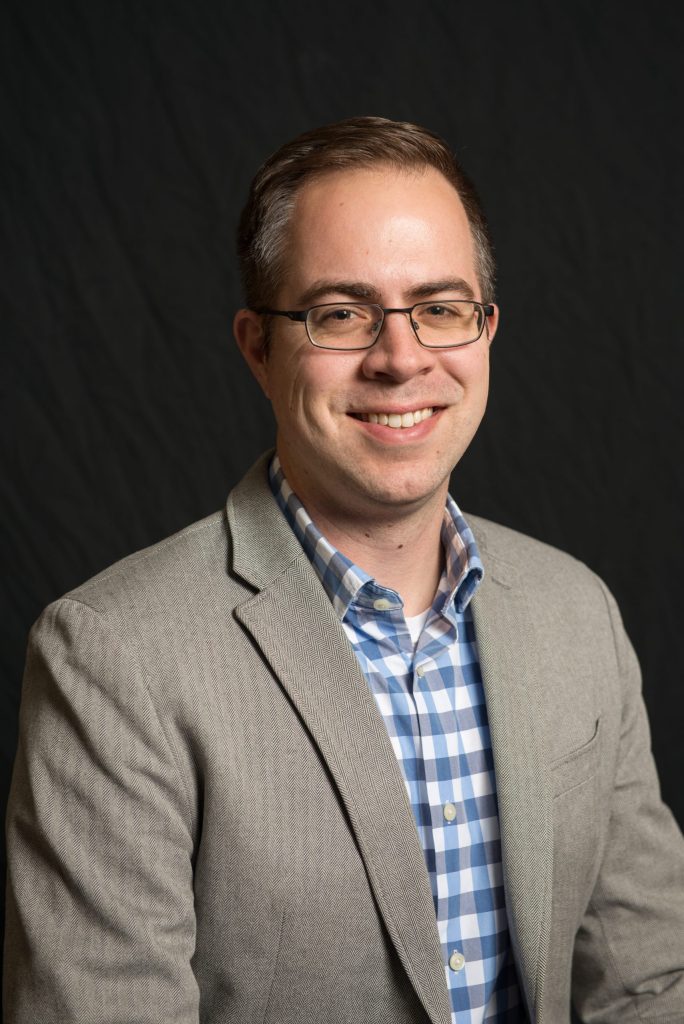
5/30/23 at 4:00 pm in Chemistry, A101
Abstract: My group is a physical inorganic chemistry group devoted to understanding how to control spin (unpaired electrons and magnetic nuclei) with synthetic, molecular inorganic chemistry. Broadly, our efforts are largely fundamental, exploring how different functional groups, counterions, etc, all manipulate magnetic properties, much like a synthetic chemist would tune a molecule to target a desired reactivity. […]
5/25/23 at 4:00pm in Chemistry A101
Thermalization loss of absorbed solar energy above the semiconducting active-material bandgap is the largest limiting factor of efficiency in solar energy conversion devices1. Extraction of highly excited (hot) charge carriers before thermalization loss can improve device efficiency by up to 33%2. Single monolayer transition metal dichalcogenides (2D TMDs) are a promising active material for hot […]
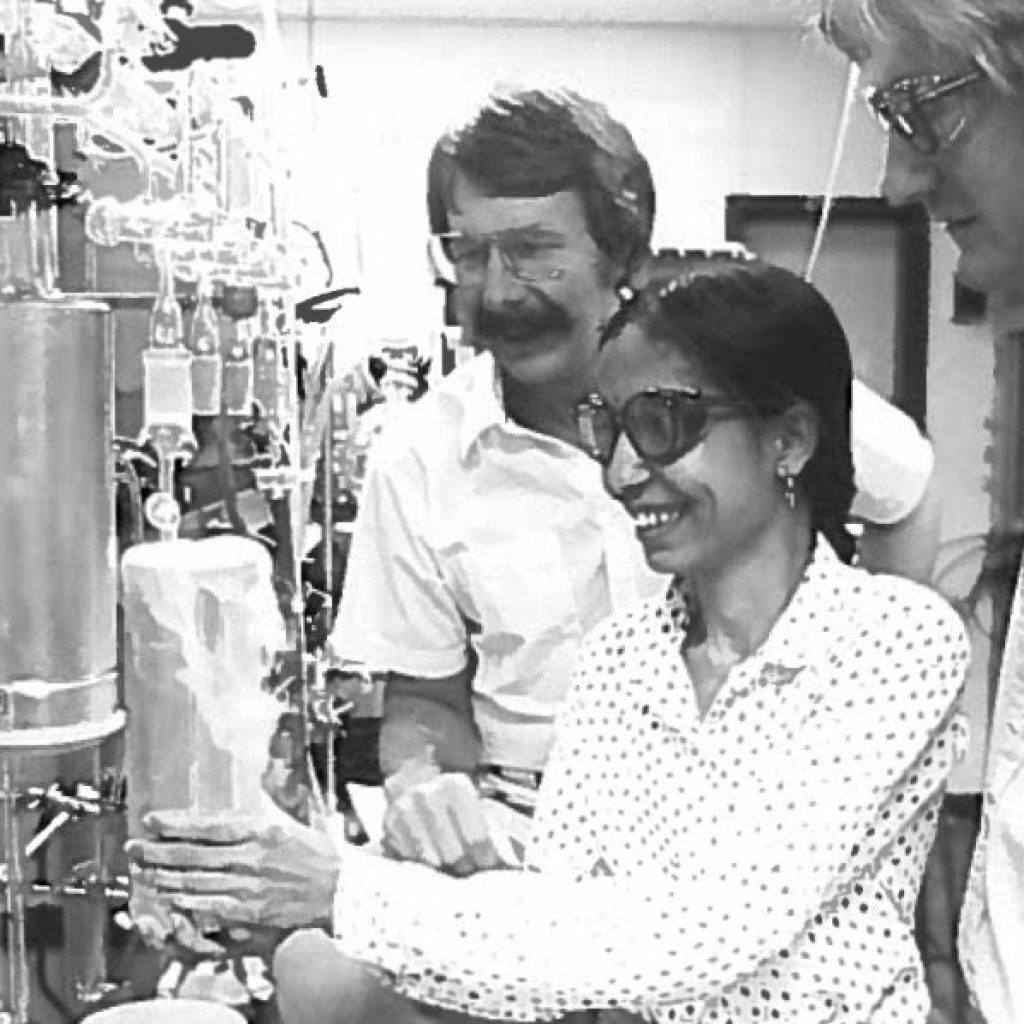
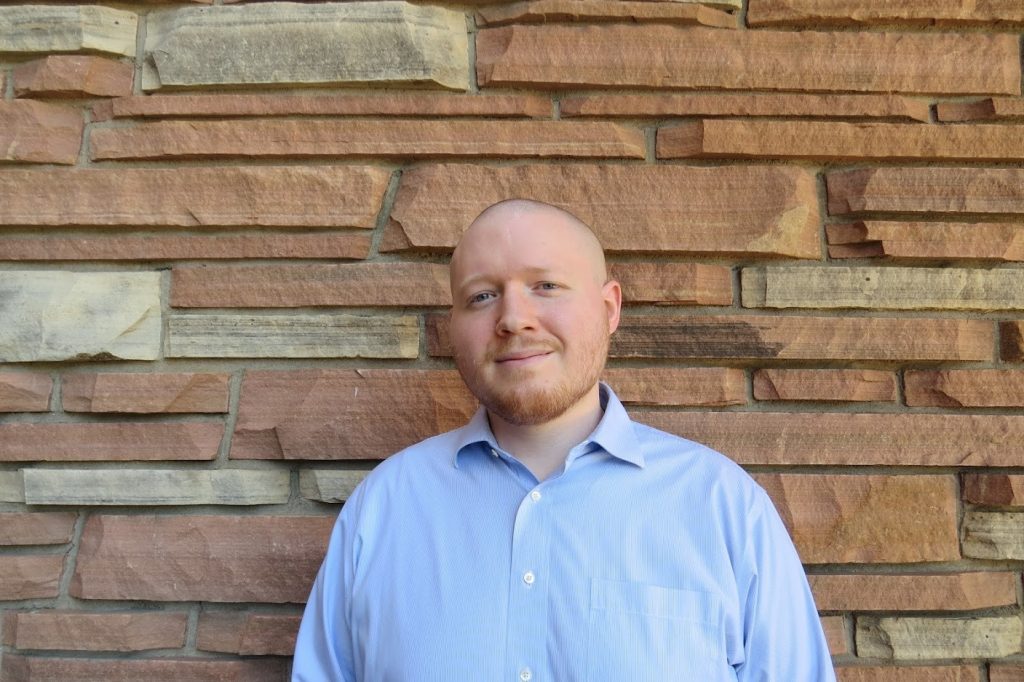
5/5/23 at 4:00pm in Chemistry A101
Research Seminar – Abstract: Cyclic ketene acetals (CKAs) have been used in the synthesis of polyester/polyacrylate copolymers via radical and cationic polymerization since the 1980s. It is a well understood phenomenon that temperature plays a major role in cationic CKA polymerization, with lower temperatures yielding more vinyl addition and higher temperatures favoring ring opening, however, […]
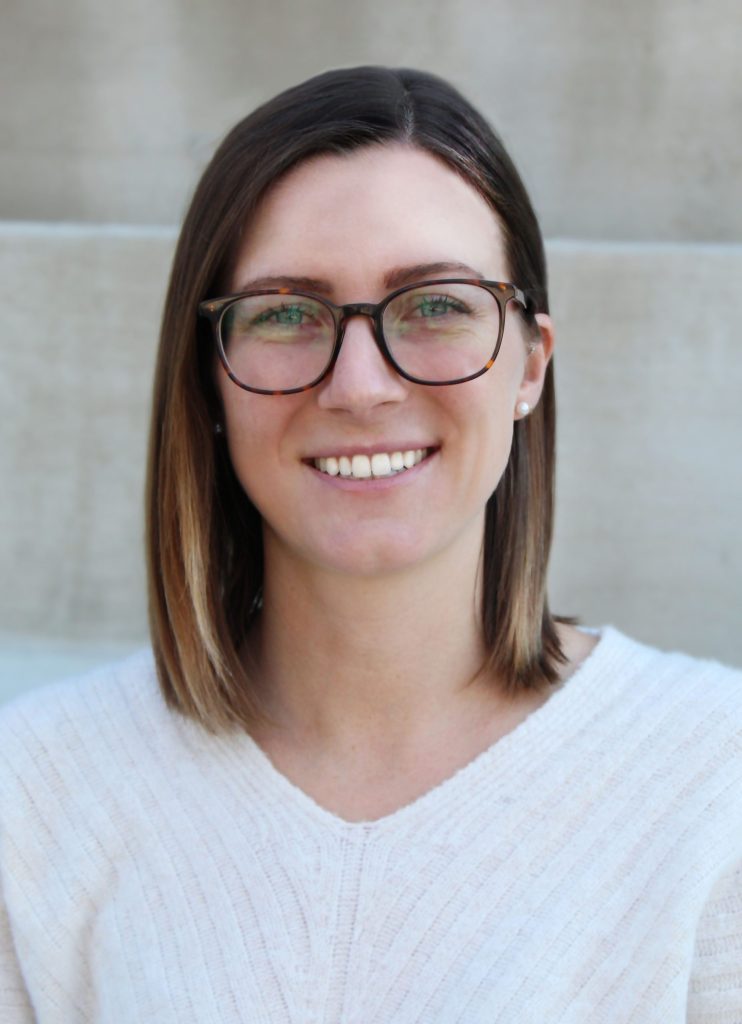
5/3/23 at 4:00pm in Chemistry A101
Research Seminar – Abstract: Bottlebrush polymer prodrugs are an important emerging class of synthetic macromolecules for biomedical applications such as gene and drug delivery. Currently, there exists a lack in understanding of how bottlebrush polymer prodrugs interact with proteins in biological media. It is known that when foreign particles (such as synthetic macromolecules) of a […]

5/3/23 at 4:00pm in Chemistry A101
Research Seminar – Carbon-nitrogen bonds are ubiquitous across nearly all classes of chemicals from pharmaceuticals to commodity chemicals. An appealing way to incorporate nitrogen into compounds is through the use of nitrenes since they are single N atom units with diverse reactivity. An ideal way to access nitrenes would be from a stable and abundant […]
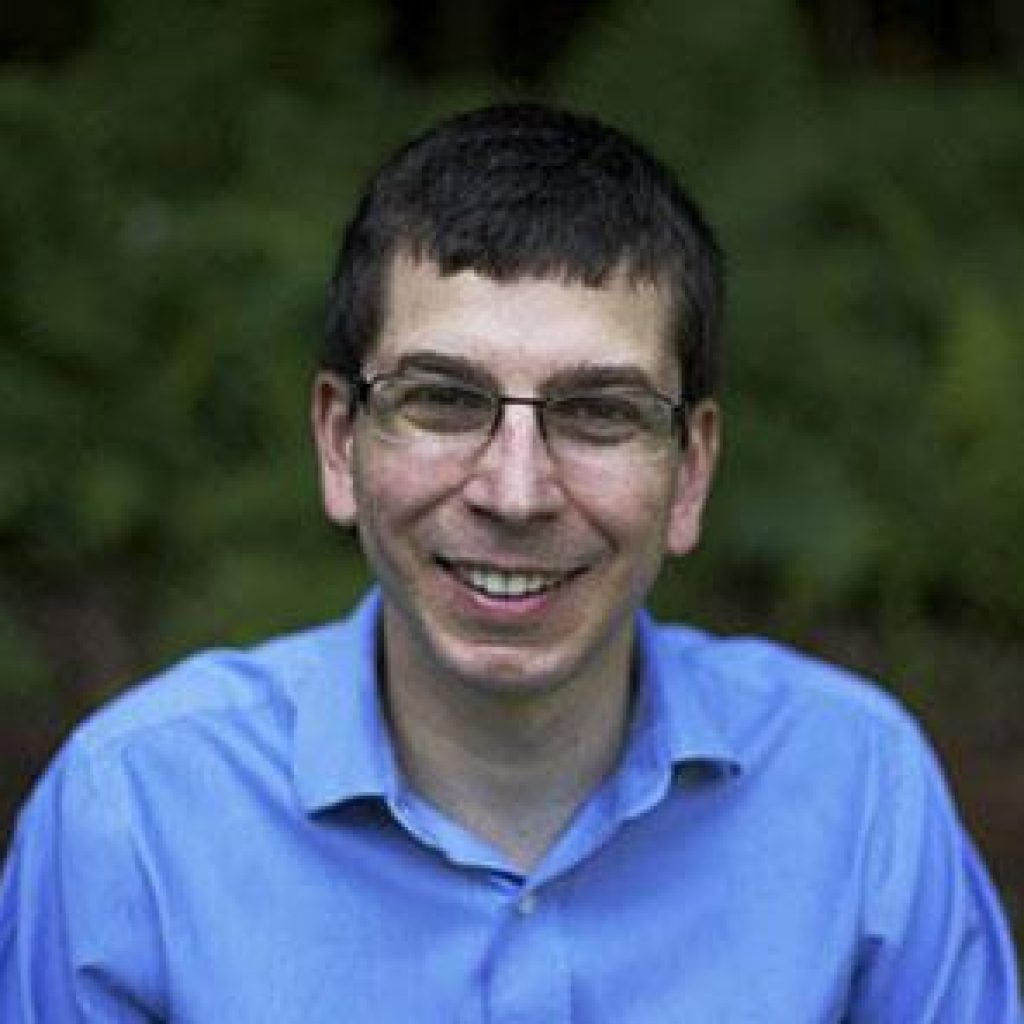
5/3/23 at 3:00pm in Smith Natural Resources 345
Please join us on Wednesday, May 3 from 3 – 4 p.m. in Smith Natural Resources 345 for a presentation by Casey Greene entitled Lessons in Research Reproducibility: I’ll Keep on Making New Mistakes. Greene is the founding chair of the Department of Biomedical Informatics at the University of Colorado School of Medicine. In 2014, he […]
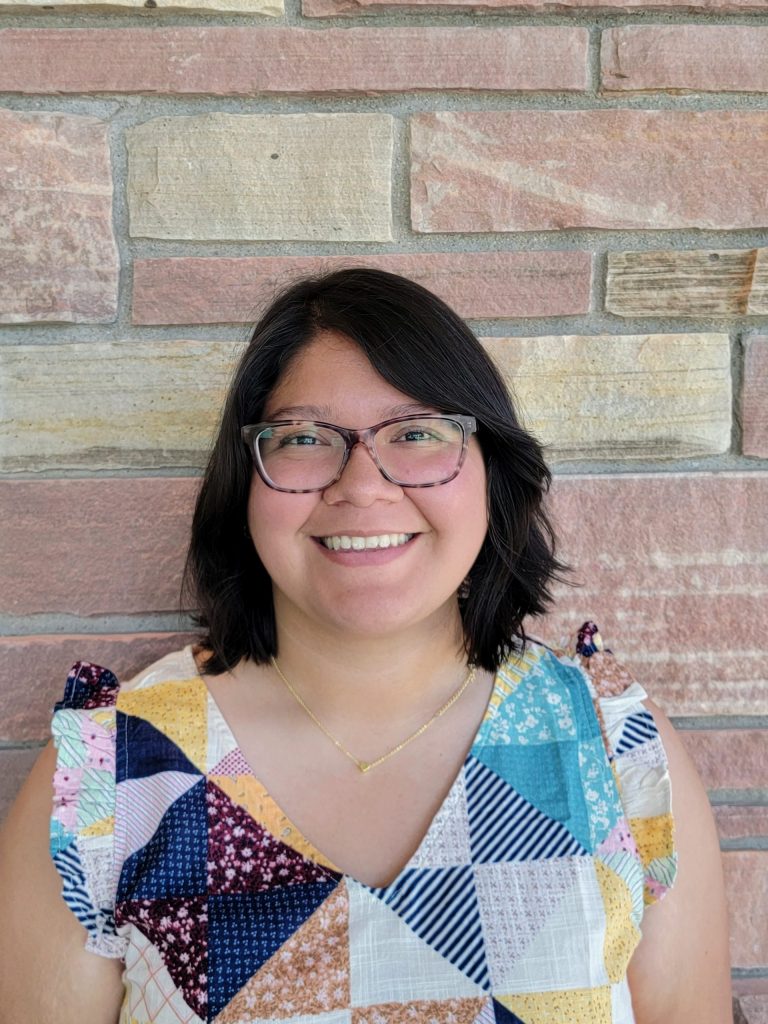
5/2/23 at 4:00pm in Chemistry A101
Research Seminar- Metal complexes are promising candidates for spin applications spanning from magnetic resonance imaging to quantum information processing. A key challenge in advancing these applications is fundamentally understanding how to generate long spin relaxation times (T1, T2) in magnetic environments. A major contributor to this challenge is the presence of other magnetic nuclei in […]
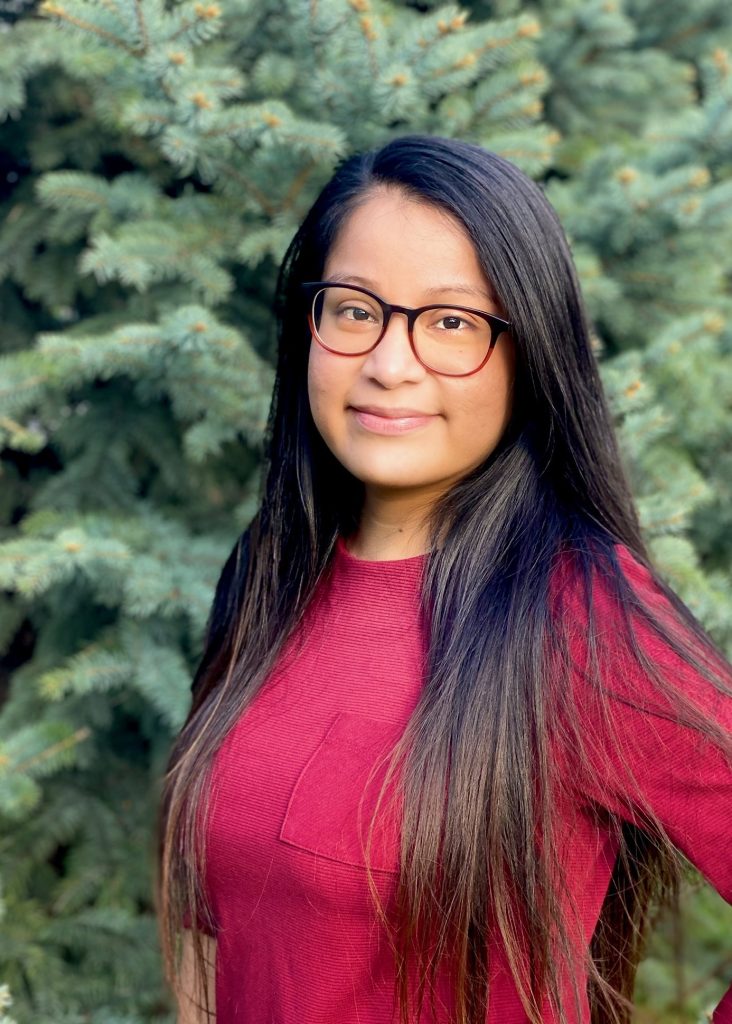
5/1/23 at 4:00pm in Chemistry A101
Research Seminar – Abstract. Synthetic methods to access compound collections based on “privileged scaffolds” for a diverse array of biologically relevant targets are highly desirable. Therefore, the ability to interconvert between (often heterocyclic) scaffolds in a functionalized molecule is a topic of intense interest: such transformations have been termed “skeletal editing.” Skeletal edits such as single-atom […]
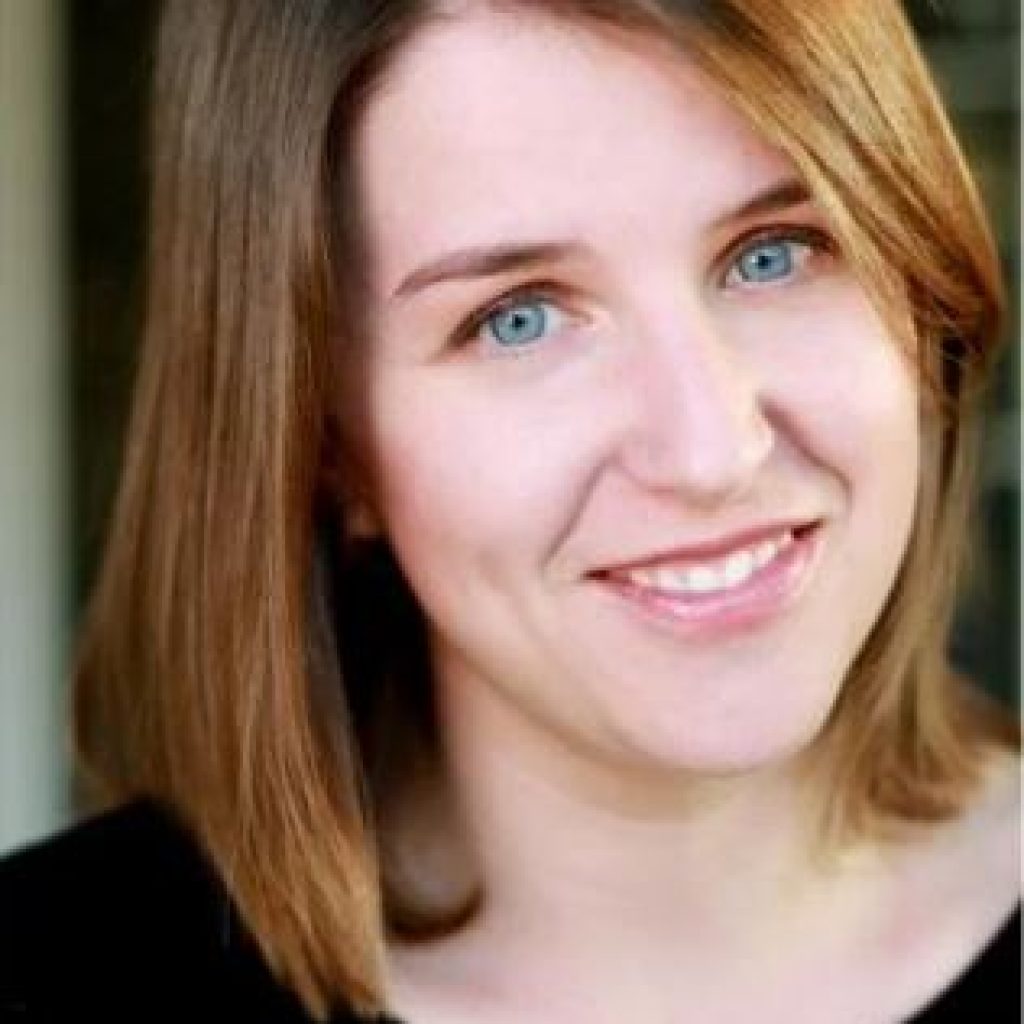
4/28/23 at 4:00pm in Chemistry A101
About the Seminar This talk will introduce the rational design of next-generation redox-active molecules for sustainable use-inspired applications. We describe the synthesis and activity of specially-designed redox organocatalysts for the electrochemically-driven recycling of ester plastics and mechanistic studies on molecular analogues, and demonstrate the first examples of molecularly-catalyzed redox depolymerization reactions. We additionally describe our studies towards sorbents […]
4/27/23 at 4:00pm in Chemistry A101
Professional development seminar in Diversity, Equity, and Inclusion — This presentation addresses the coverage of diversity, equity, inclusion, and respect (DEIR) issues as are now often encouraged in classrooms, on campuses, and in the broader chemical discipline. The 2023 Guidelines for Bachelor’s Degree Programs by the American Chemical Society also recommends DEIR training and practices in departmental […]
4/27/23 at 4:00 pm in Translational Medicine Institute
View the Flyer Here for Details You’re invited! Please join us for the next Translational Talk on Thursday, April 27, 2023, at 4 – 6:30 p.m. MT Session Title: Automotive innovation to decarbonize the environment: momentum and barriers to translation Session Description: The global automotive industry is at a historic crossroads as it grapples with […]
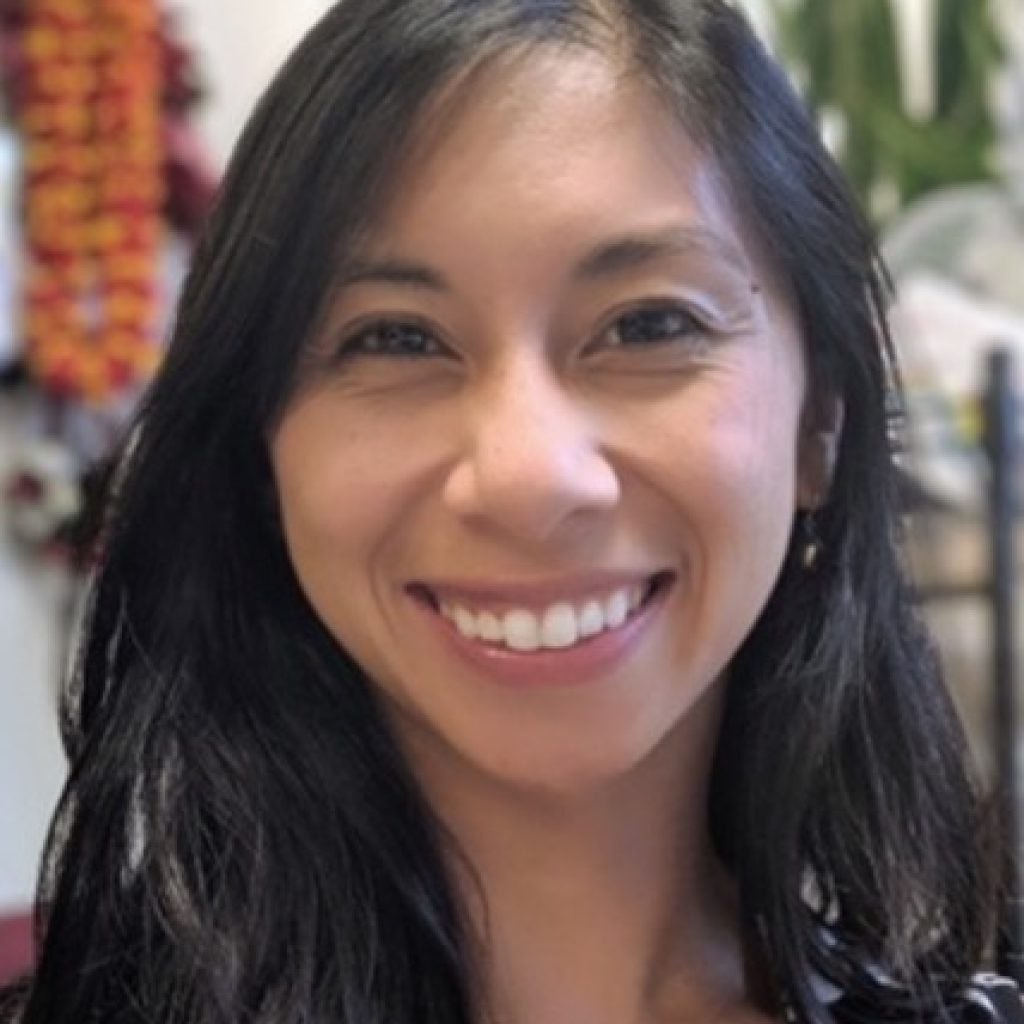
4/25/23 at 4:00pm in Chemistry A101
About the Seminar The context in which a metal resides within a biological environment significantly influences its activity in function. Recent years have seen a rise in tools for monitoring metal ions and have illuminated the diversity in metal speciation in biology, but many of these tools are focused on probing metals in the intracellular […]
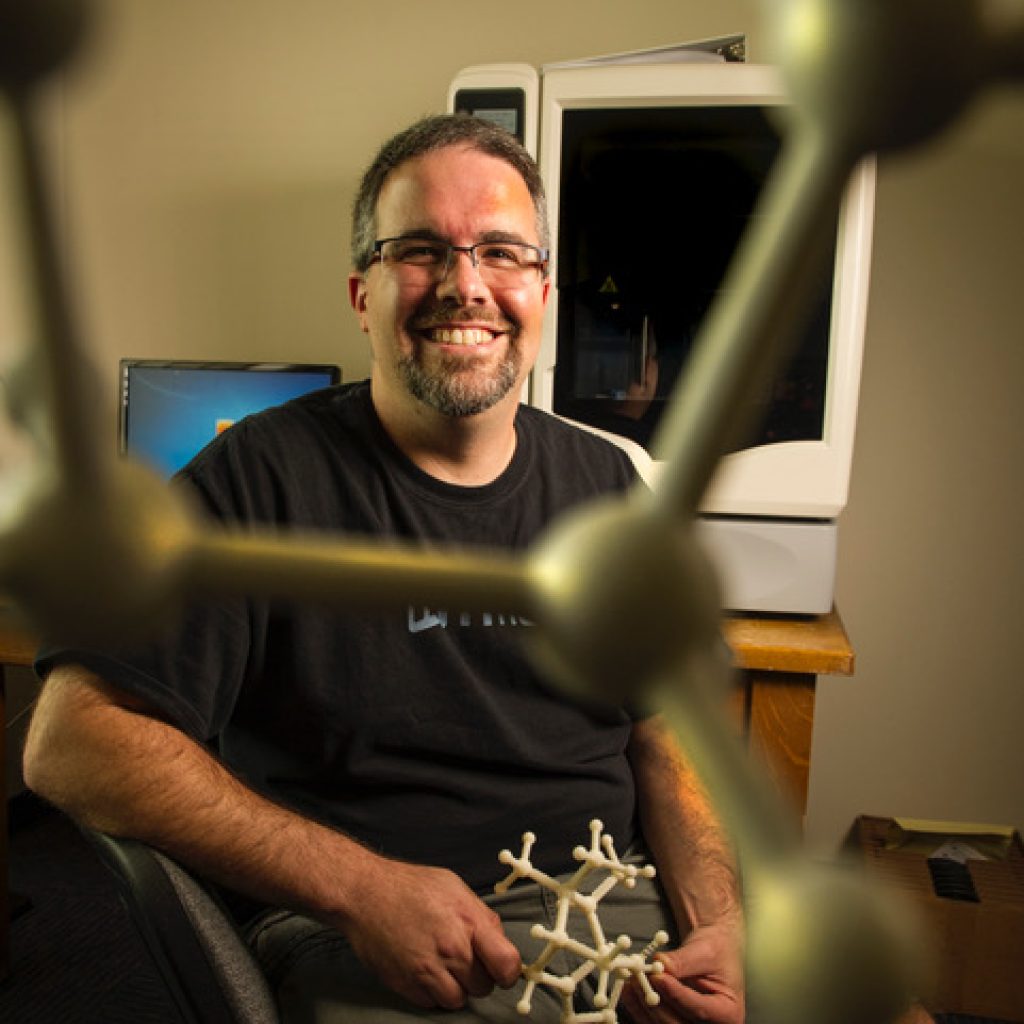
4/24/23 at 4:00pm in Chemistry A101
About the Seminar Results of quantum chemical calculations on the reactivity and selectivity of reactions involving Rh-bound carbenes will be described, with an emphasis on dynamic models of reactivity and selectivity. About the Speaker Prof. Tantillo and the group of graduate students, undergraduate researchers and postdoctoral researchers that he manages are world’s experts in applying […]
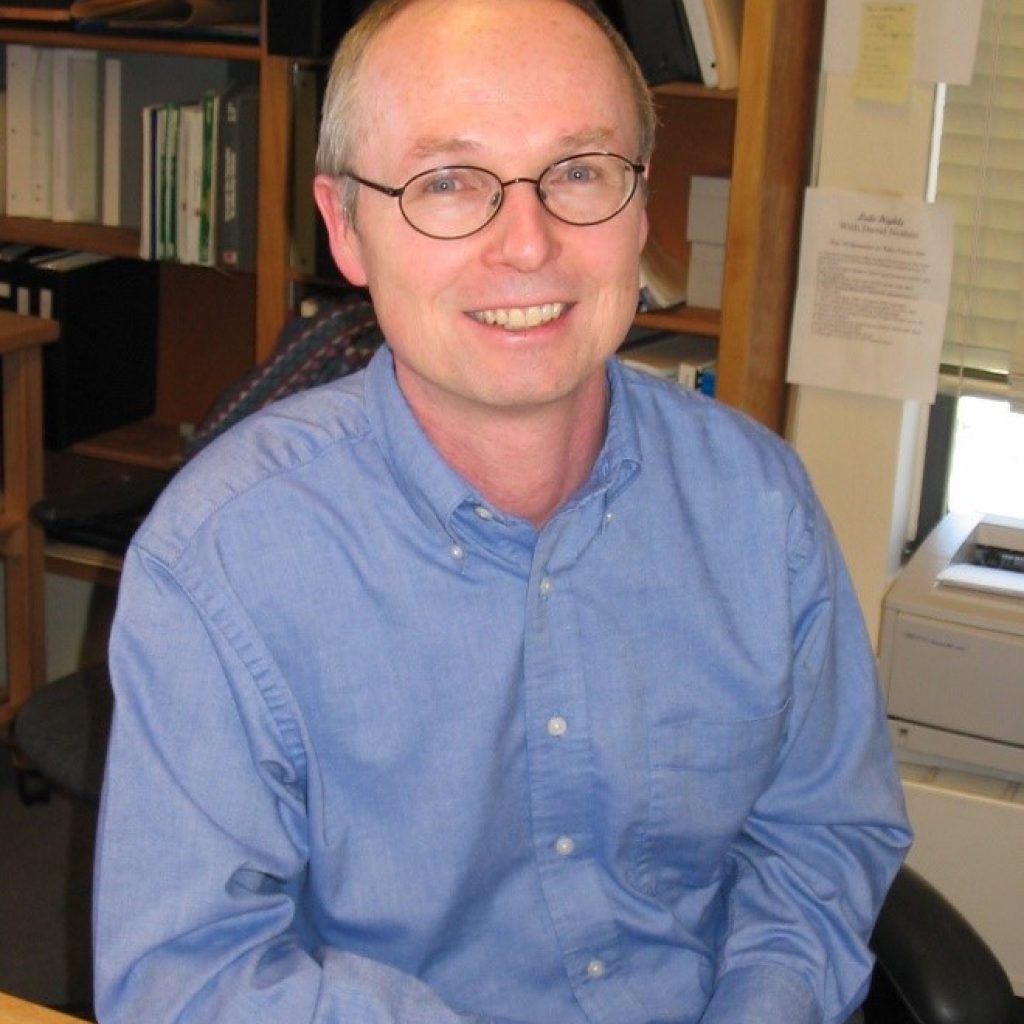
4/20/23 at 4:00pm in Chemistry A101
About the Seminar The ability to “see” single biomolecules with laser microscopy has led to a revolution in research opportunities for chemistry, physics and molecular biology. This talk will present a few short stories with the common theme of how we can use optical microscopy and single photon counting laser fluorescence methods to probe/measure the […]
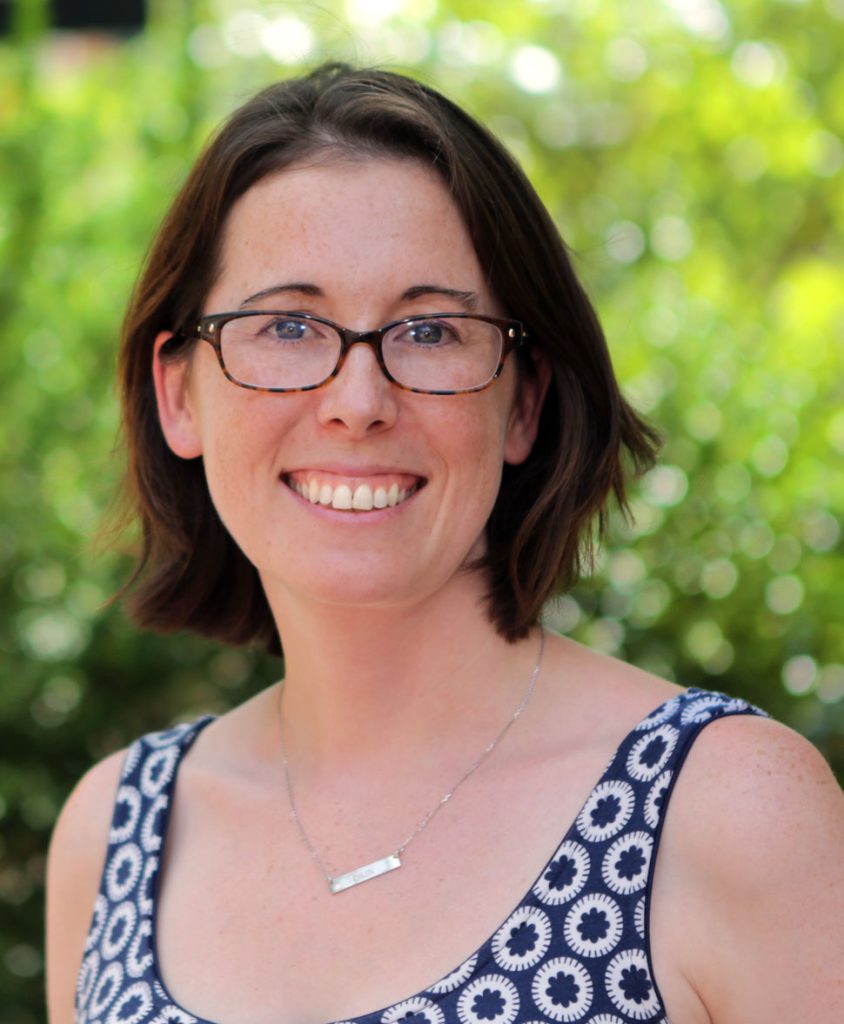
4/19/23 at 4:00pm in Chemistry A101
About the Seminar Using solar photons to drive energy intensive reactions that take energy poor feedstocks like water and carbon dioxide into energy rich fuels represents an opportunity to capture and store diffuse solar energy. Molecular catalysts can selectively mediate the multi-electron, multi-proton transformations that convert water and carbon dioxide into energy rich fuels but […]
4/19/23 at 2:00pm in Microsoft Teams (virtual)
This seminar is part of the ARC Seminar Series and Educational Lectures. Please visit https://www.research.colostate.edu/arc/arc-seminar-series/ for more information, and to register for the seminar.
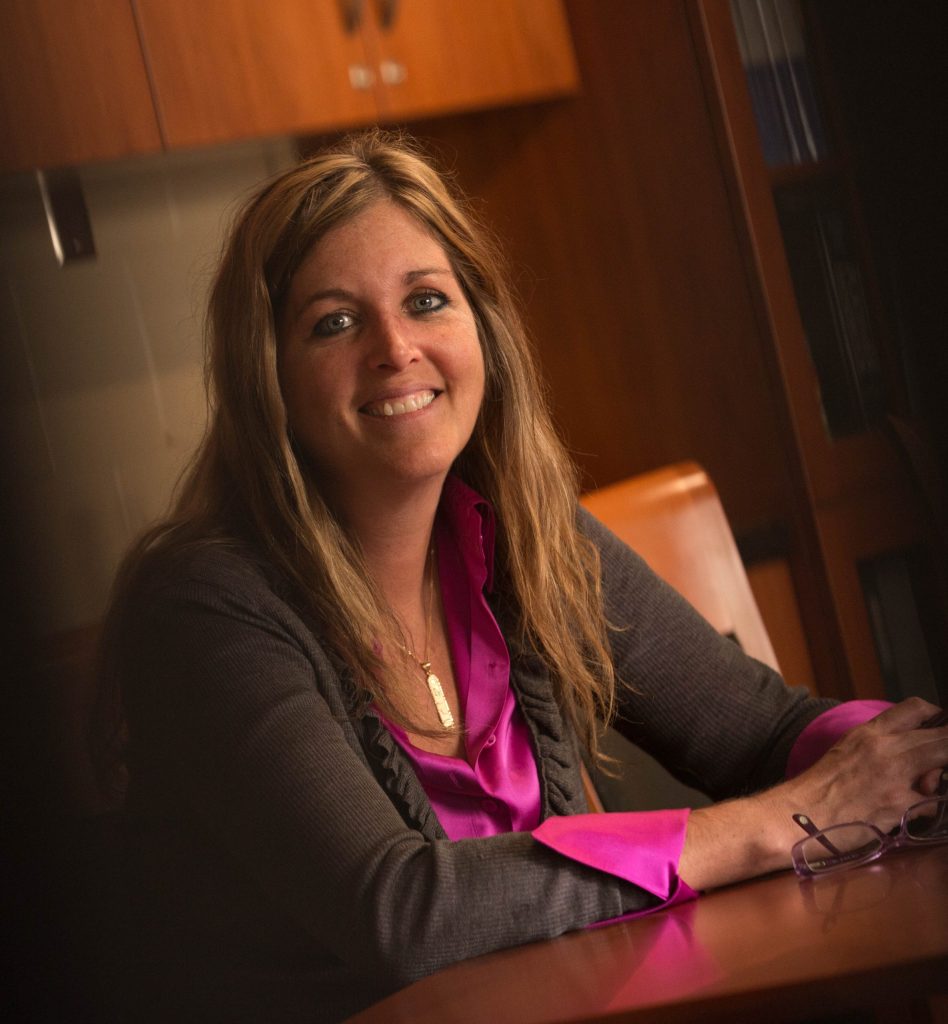
4/17/23 at 4:00pm in Chemistry A101
About the Seminar A primary interest in the Wooley laboratory is the production of functional polymers from renewable sources that are capable of reverting to those natural products once their purpose has been served. A long-standing focus has been the development of synthetic methodologies that transform sugars, amino acids and other natural products into polymer […]
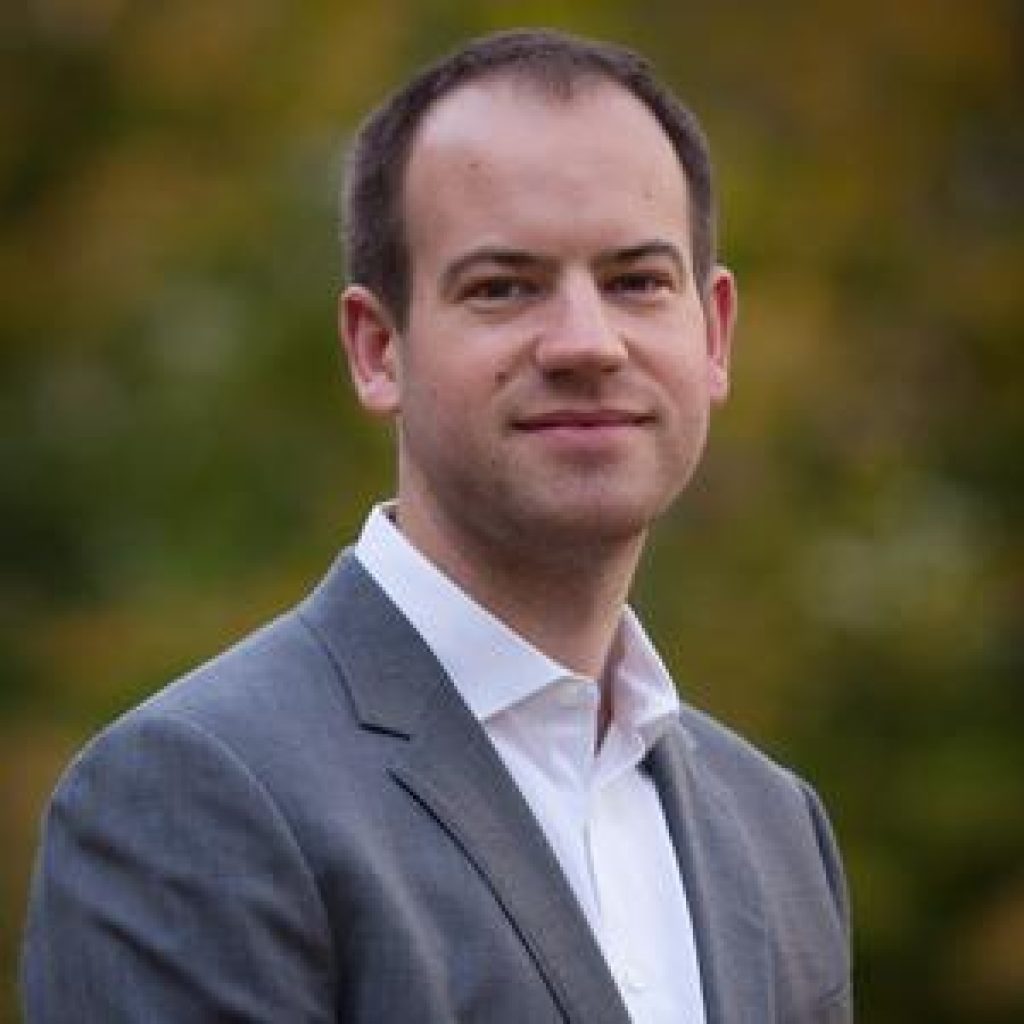
4/13/23 at 4:00pm in Chemistry A101
About the Seminar Our group’s overarching goal is to discover new concepts in base-promoted reactivity as a means to advance synthetic chemistry. For example, while base-promoted reactions typically accomplish redox neutral transformations, such as the addition of pronucleophiles to electrophiles, we have identified general strategies for base-promoted oxidative and reductive coupling reactions. This talk will […]
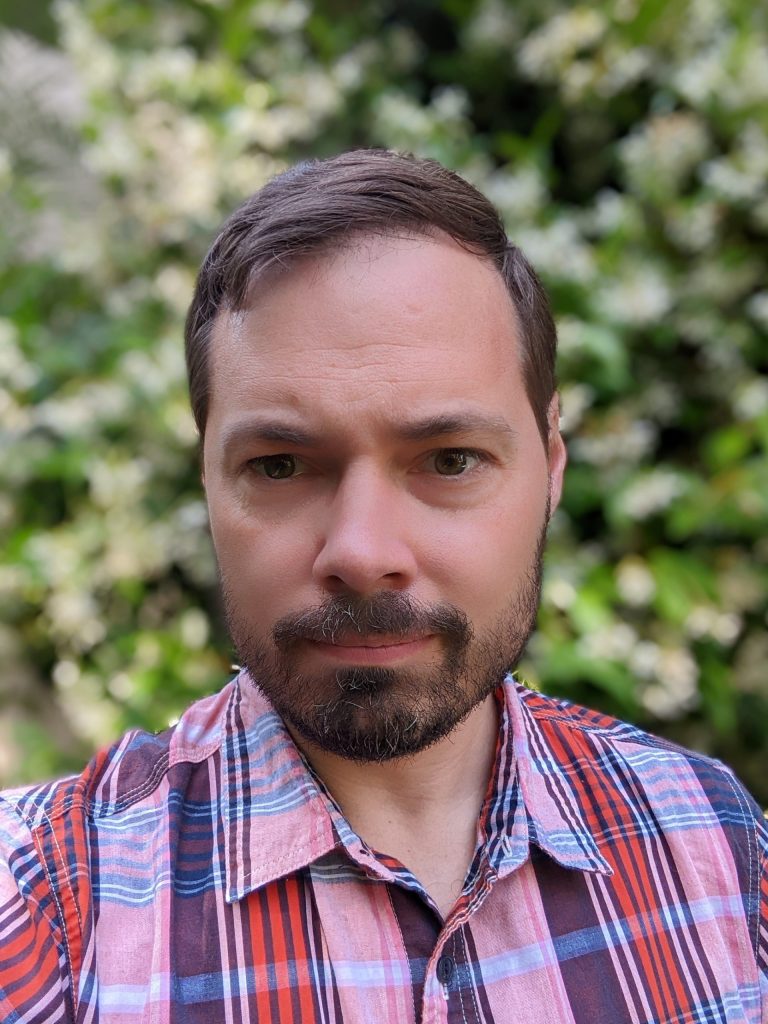
4/11/23 at 4:00pm in Chemistry A101
About the Seminar On the nanoscale, magnetic order gives way to a fundamentally different behavior, enhancing the role of phonon coupling and giving rise to superparamagnetism, a distinct behavior combining the large moment of collective permanent magnetism with the equilibrium kinetics of paramagnetism. Superparamagnetism has rich functionality, finding applications at the intersections of diverse fields […]
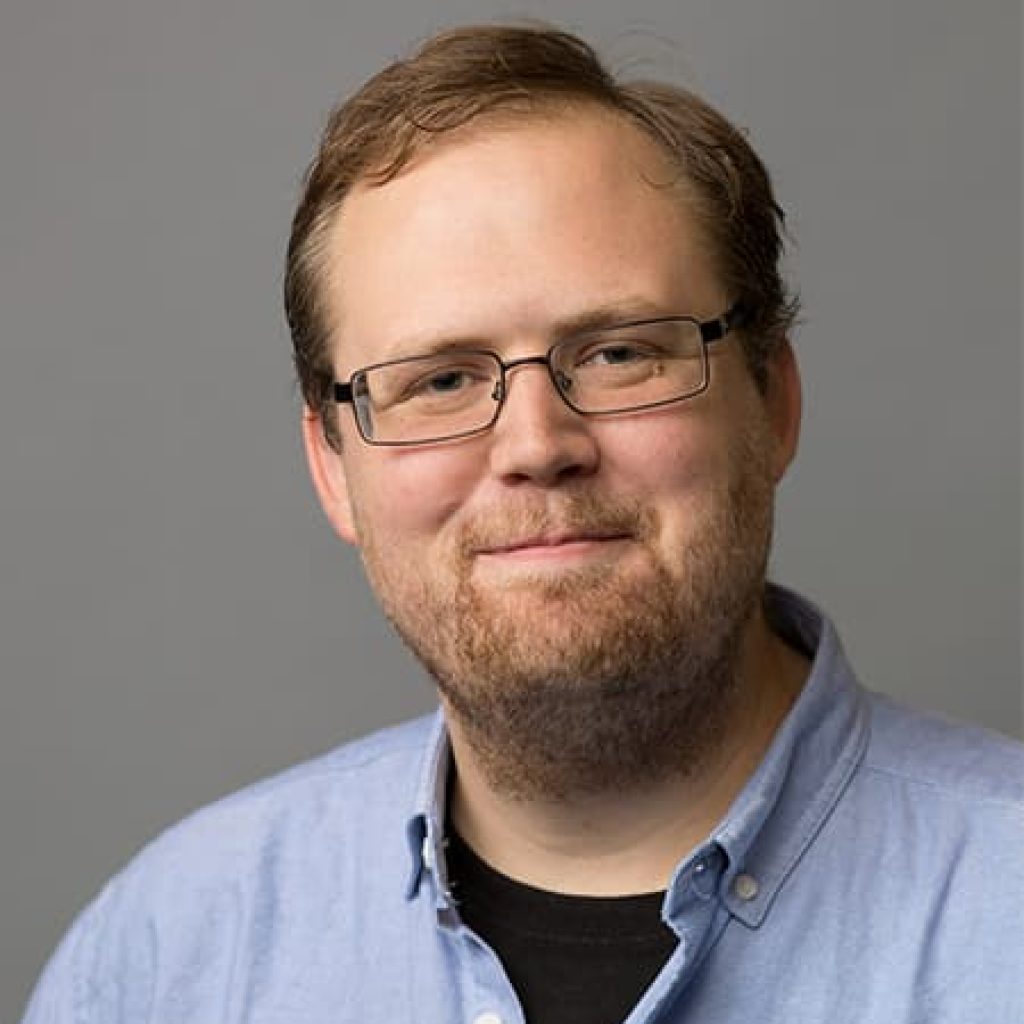
4/7/23 at 4:00pm in Chemistry A101
About the Seminar Porous framework materials, including metal-organic frameworks (MOFs), are highly tunable materials with myriad potential applications ranging from chemical separations to gas storage to catalysis. This is due to the unusual local environment offered by their pores. Herein we will discuss how this tunability can be used to unlock new reactive species relevant […]
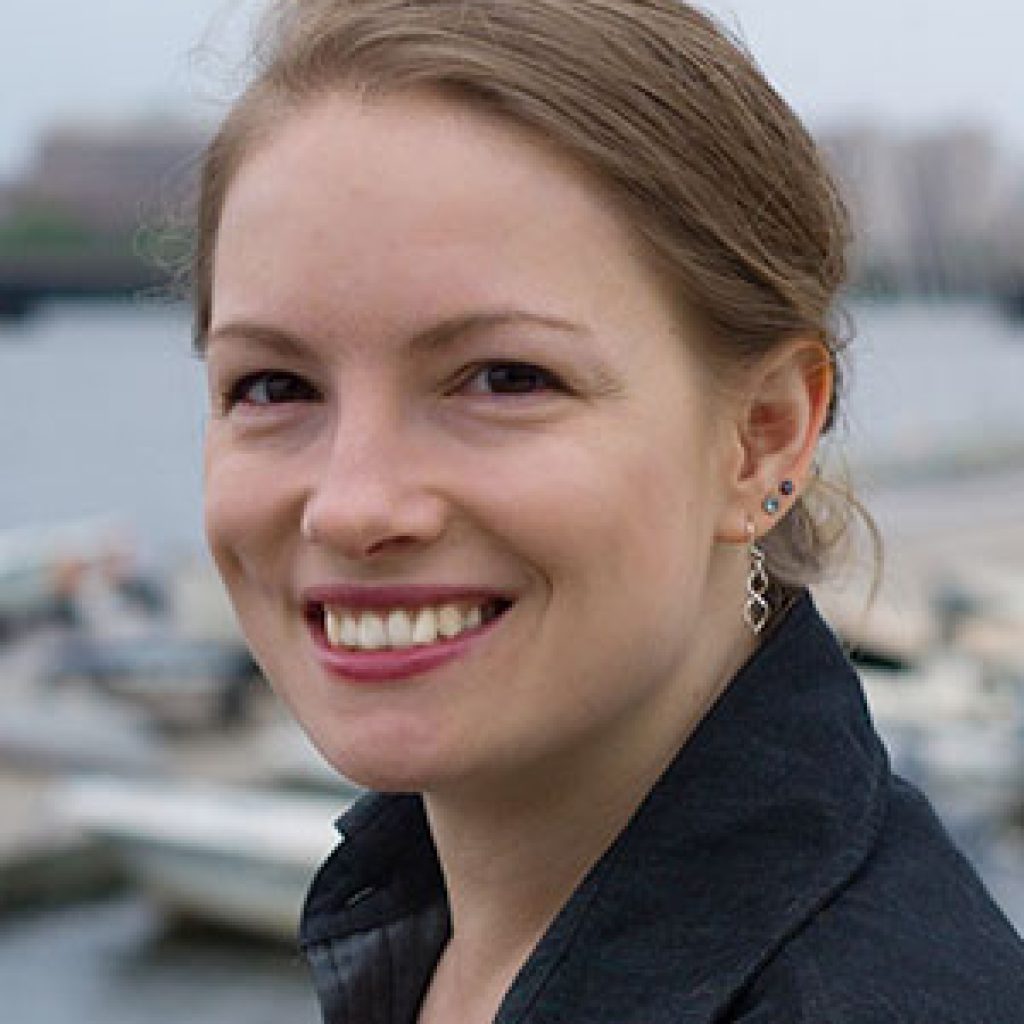
4/6/23 at 4:00pm in Chemistry A101
About the Seminar Essential metal ions like zinc, copper, and iron have a broad range of signaling, stabilizing, and catalytic functions across all living systems. The gut microbiota typically acquires these metals through the host diet but must be able to adapt to dietary fluctuations. Many studies link changes in available metal nutrients to alterations […]
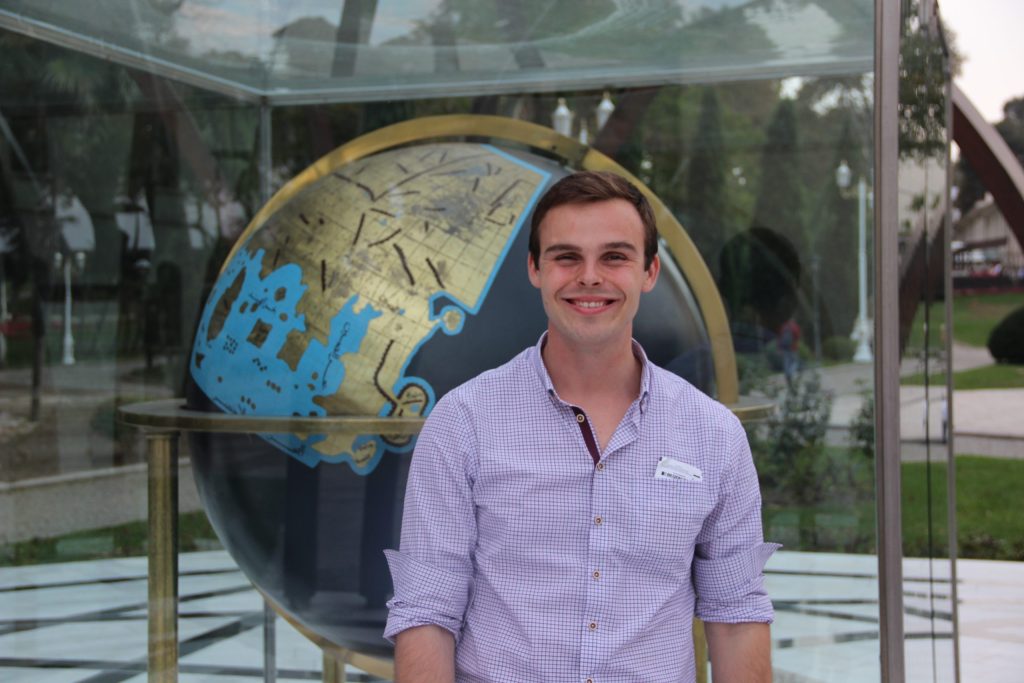
4/5/23 at 4:00pm in Chemistry A101
Analytical Chemistry Hach Lecture About the Seminar Several groups have recently reported on the remarkable possibility that chemistry changes in very small volumes. This tantalizing observation may help explain why cells are the size they are and how life, a chemically unfavorable event, formed under abiotic conditions. Our group has been developing nanoelectrochemical tools to […]
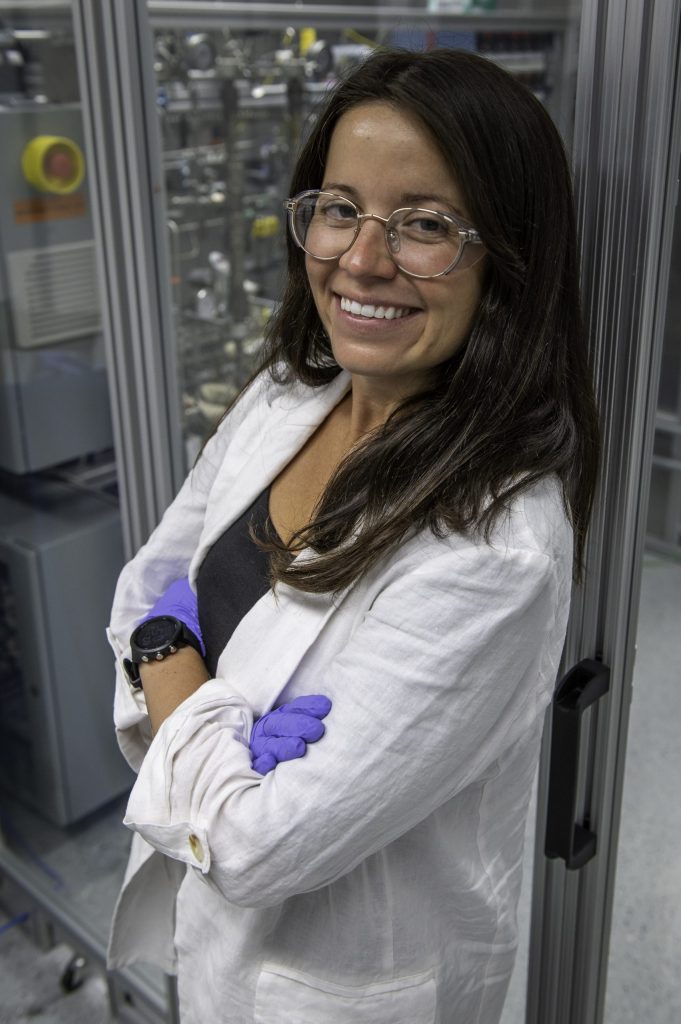
4/4/23 at 4:00pm in Chemistry A101
Seminar organized by ACS POLY/PMSE Student Chapter About the Seminar The plastic pollution crisis is also an energy crisis with an estimated 20% of fossil fuel consumption going towards plastic production by the year 2050. Current polymerization processes do not offer much potential for efficiency improvements and energy demand reduction. Additionally, only mechanical recycling is […]
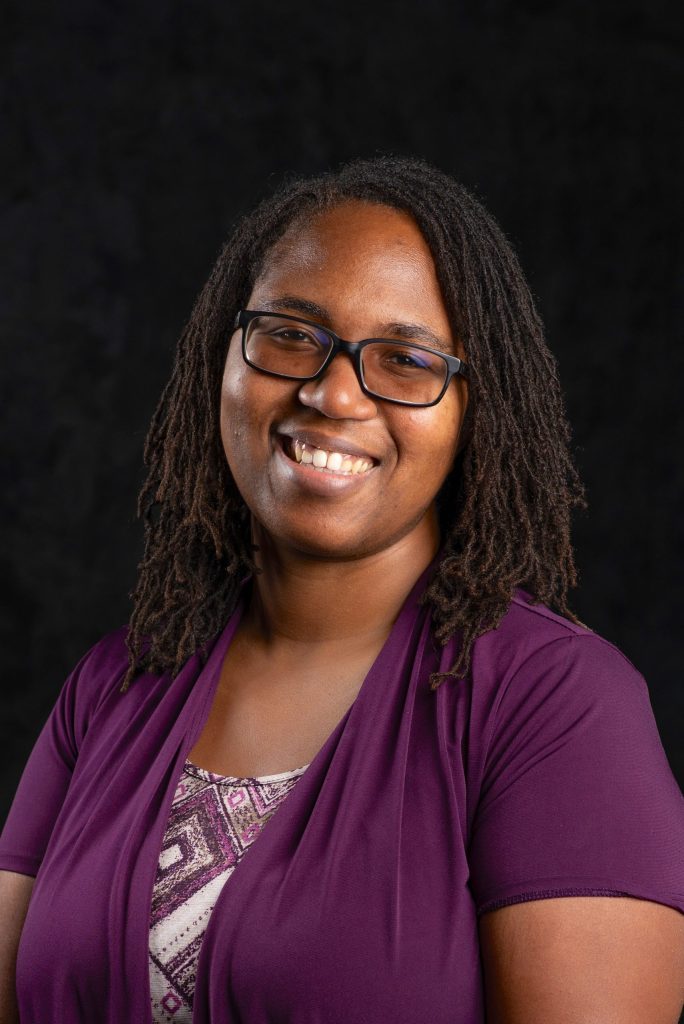
4/3/23 at 4:00pm in Chemistry A101
About the Seminar Work in the Kisunzu Lab investigates the properties and reactivity of strained molecules – particularly focusing on benzynes and other arynes. Benzyne intermediates have been shown to undergo a variety of types of reactions including additions, pericyclic reactions, and bond insertions. Our lab is interested in contributing to the field of aryne […]
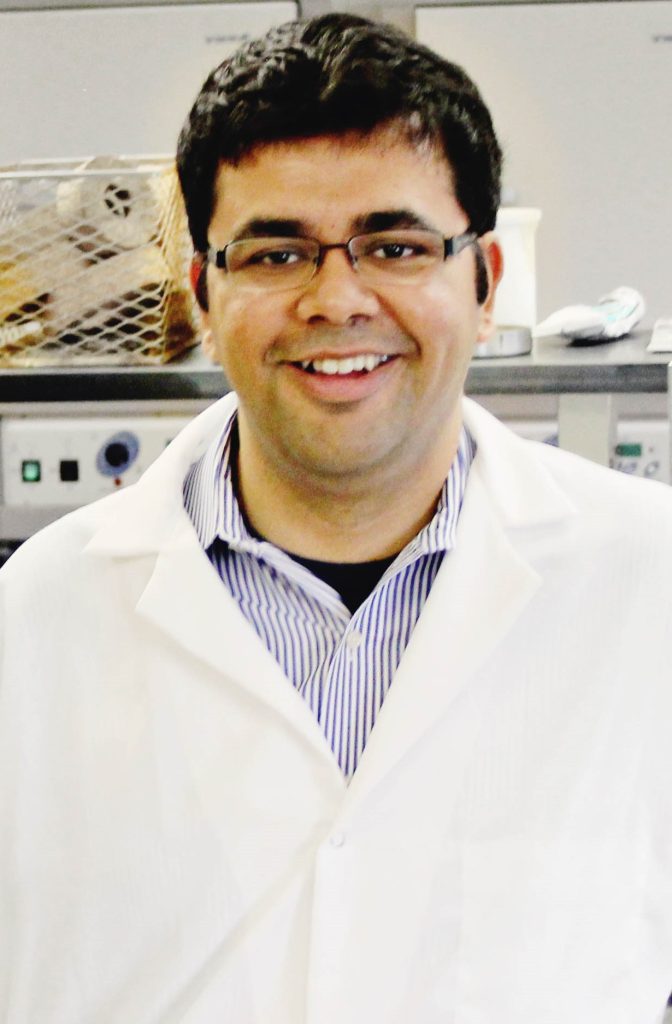
3/31/23 at 4:00pm in Chemistry A101
About the Seminar The design and operation of rechargeable batteries is predicated on orchestrating flows of mass, charge, and energy across multiple interfaces. Understanding such flows requires knowledge of atomistic and mesoscale diffusion pathways and the coupling of ion transport with electron conduction. Using multiple polymorphs of V2O5 as model systems, I will discuss our […]
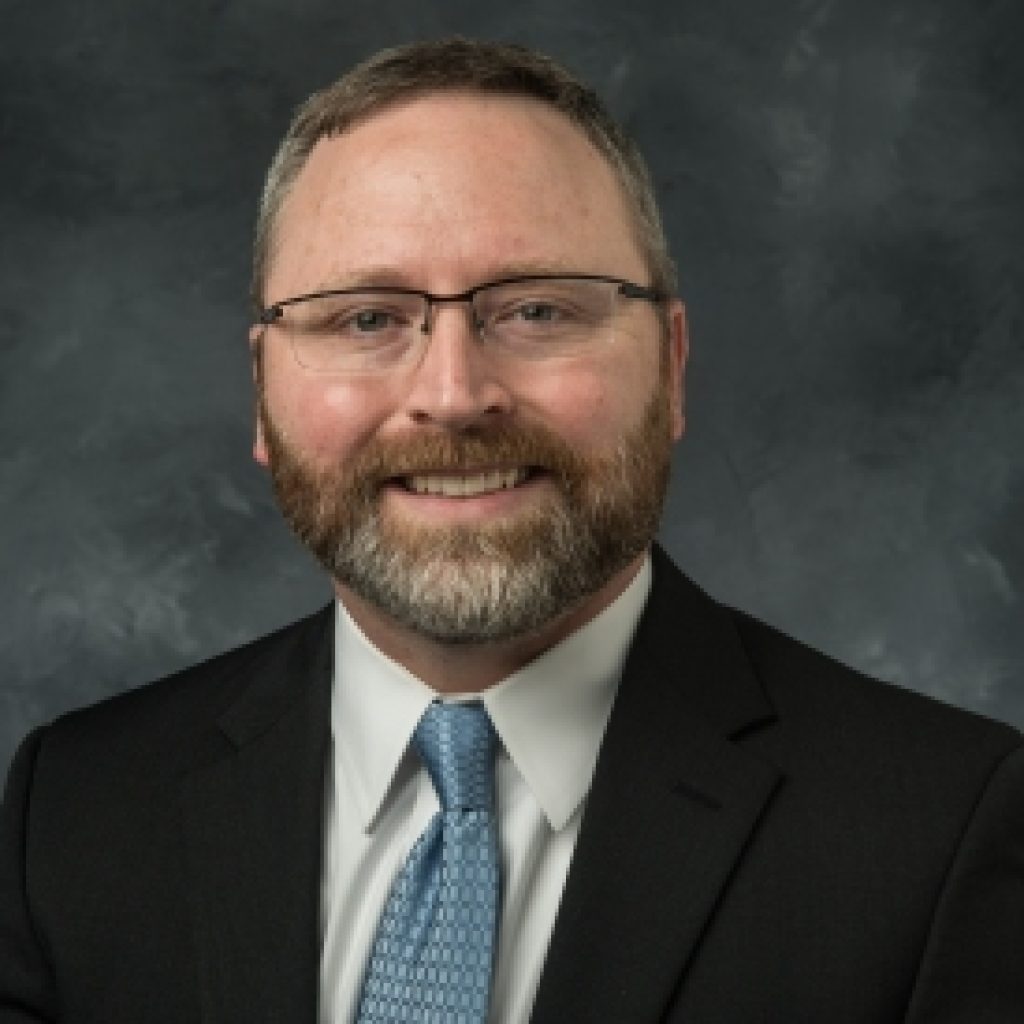
3/28/23 at 4:00 pm in Chemistry A101
About the Seminar Tandem catalysts that catalyze two different organic transformations in a single pot are highly desirable because they enable atom-efficient, multi-component assembly of complex molecules from simple building blocks. Tandem one-pot reactions collapse the synthesis timeline, limit material loss, and can reduce operational costs because they do not require workup and purification after […]
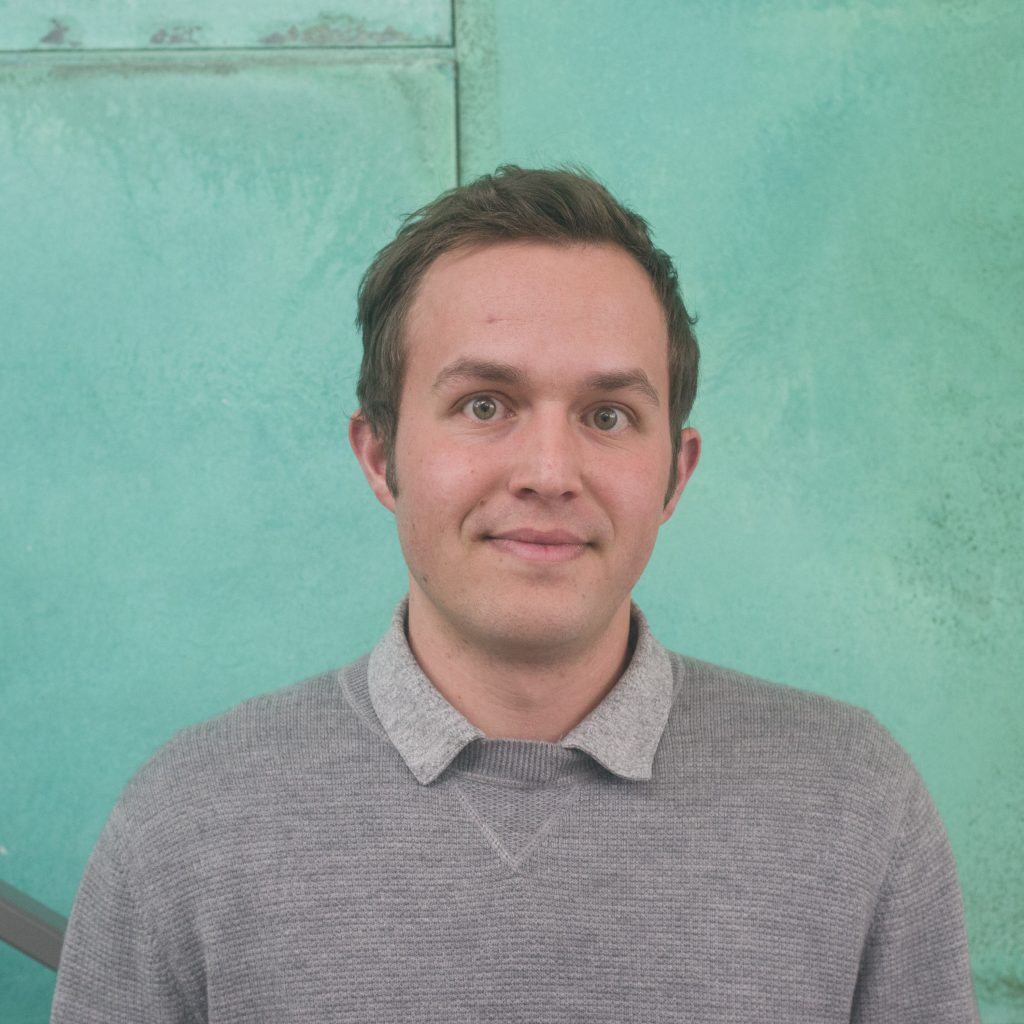
3/27/23 at 4:00pm in Virtual - Zoom
About the Seminar Ketamine has become a promising new therapeutic for treatment-resistant major depression. However, the transient nature of ketamine’s anti-depressive activity reduces its current viability as a treatment. Additionally, since the drug has such a high incidence of abuse, receiving treatment is challenging for patients. The drug Vyvanse is a prime example of how […]
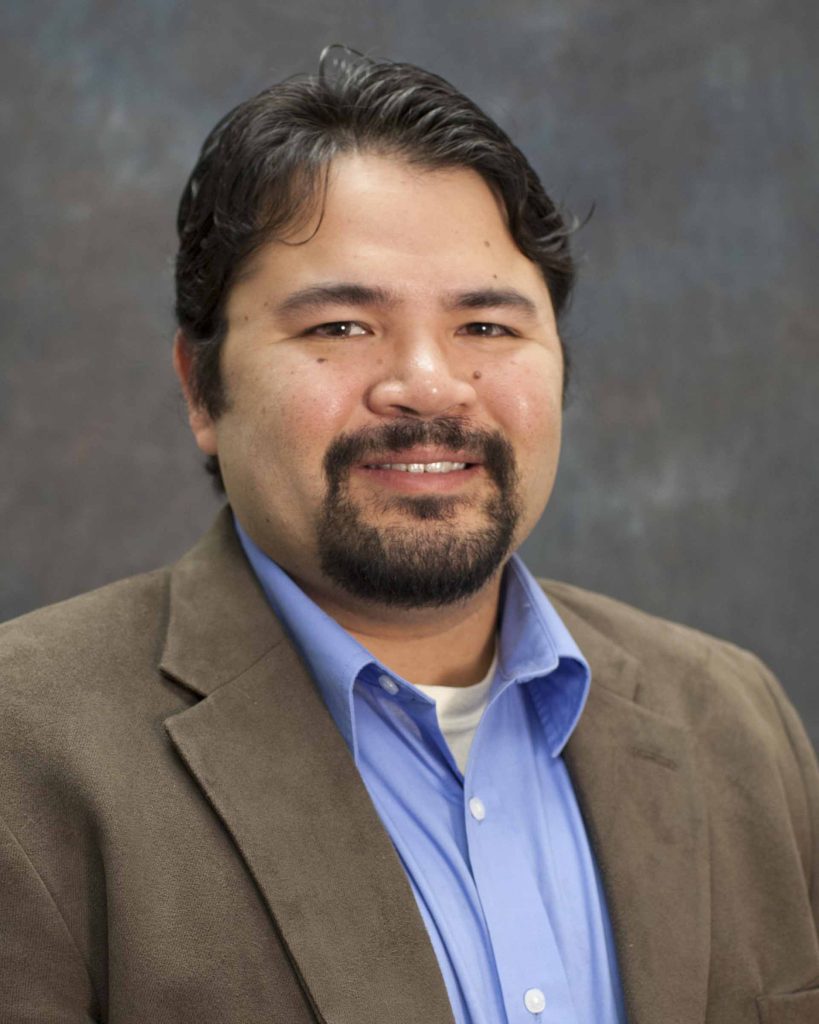
3/24/23 at 4:00pm in Chemistry A101
About the Seminar Established in Ann Arbor, Michigan, in 2008, the Toyota Research Institute of North America (TRINA) mission is through in-house, collaborative and partnership activities in North America, and creates the research foundation for Toyota’s advanced product development. TRINA’s partnerships with societies such as the Electrochemical Society (ECS), American Society of Mechanical Engineers (ASME) […]
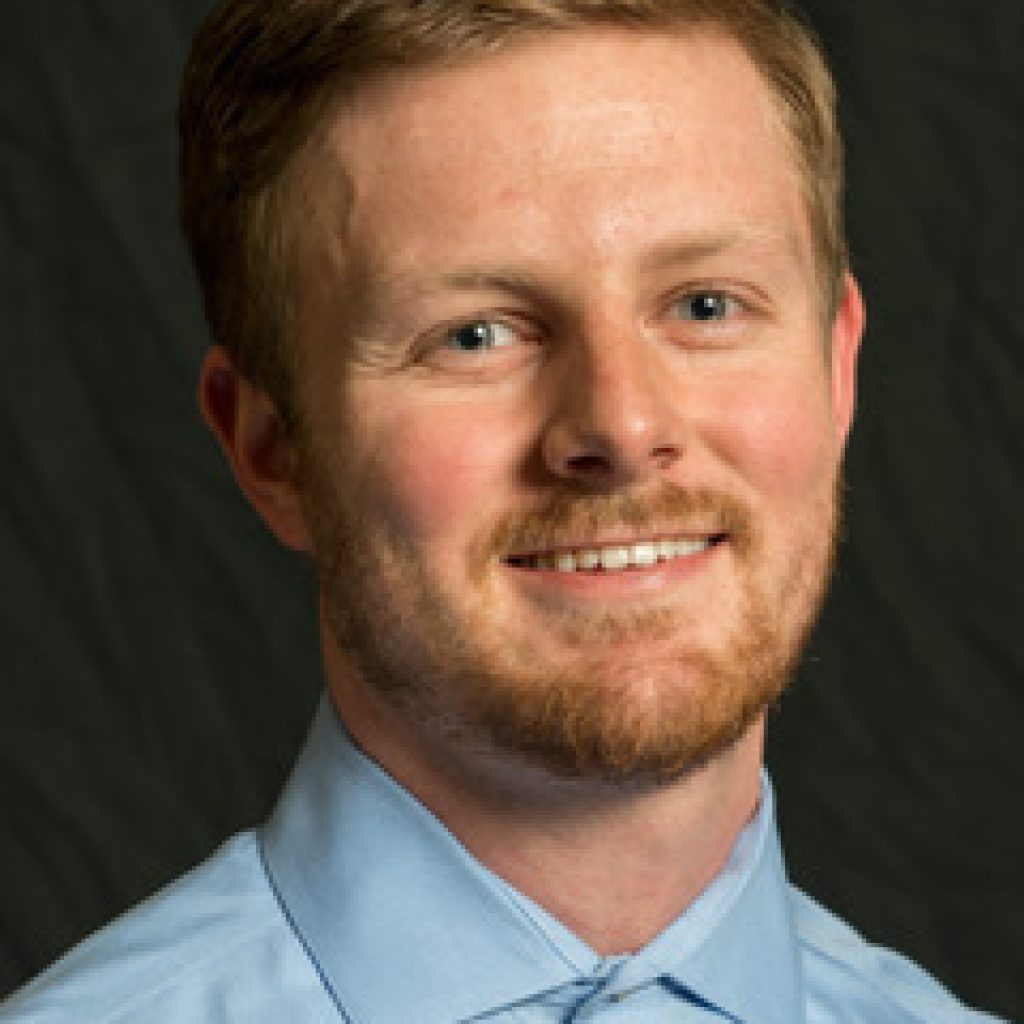
3/23/23 at 4:00pm in Chemistry A101
About the Seminar The outcomes of chemical reactions – yield, selectivity, and rate – are influenced by the shape and size of the molecules involved. To make reactions more efficient, greener, and faster, chemists often turn to catalysis. Catalysts are species that recognize and bind to reactants, and while their discovery is traditionally the result […]
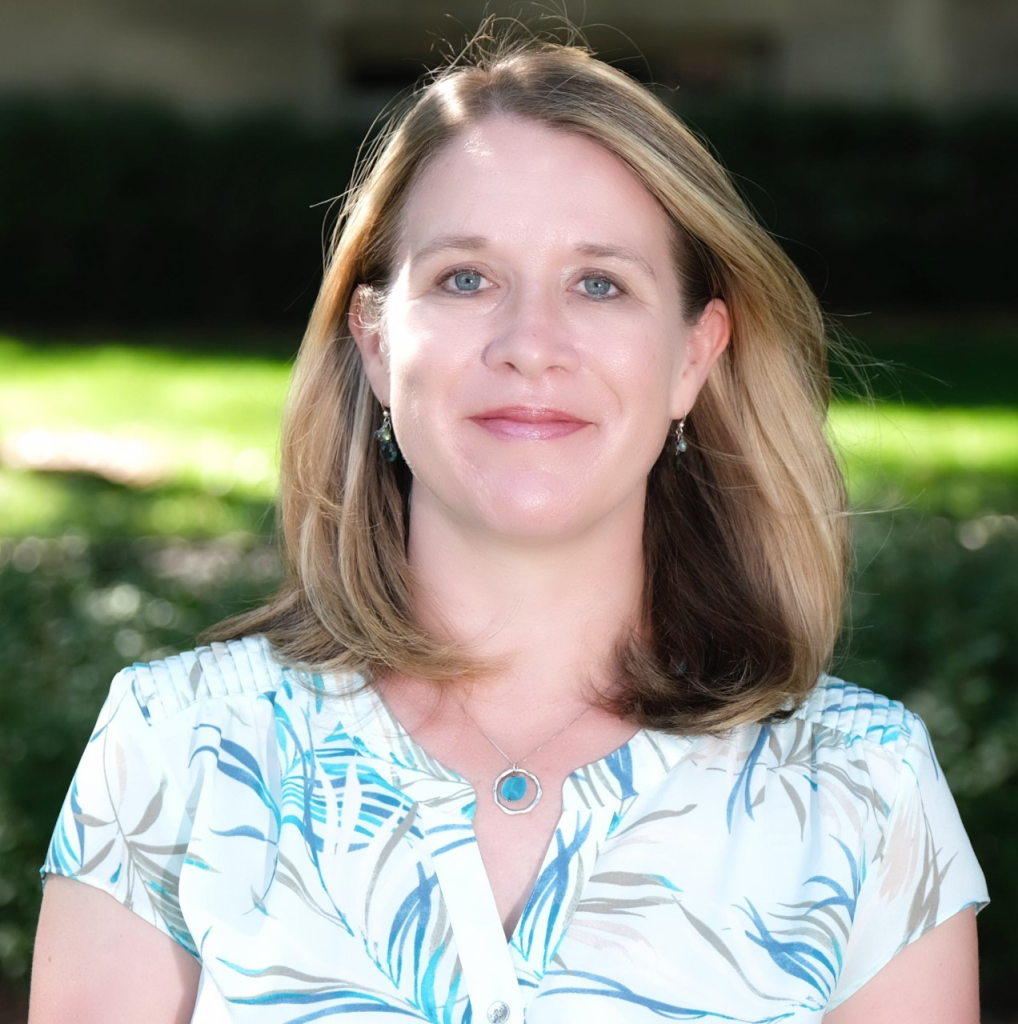
3/22/23 at 4:00pm in Chemistry A101
About the Seminar Because of their size, engineered nanoparticles display an exciting range of chemical and physical properties, and thus, have great potential for a variety of applications. While the early years of applied nanoscience brought concerns about the potential toxicity of nanomaterials, in the last decade, the research community has largely established that nanoparticles do not display unique […]
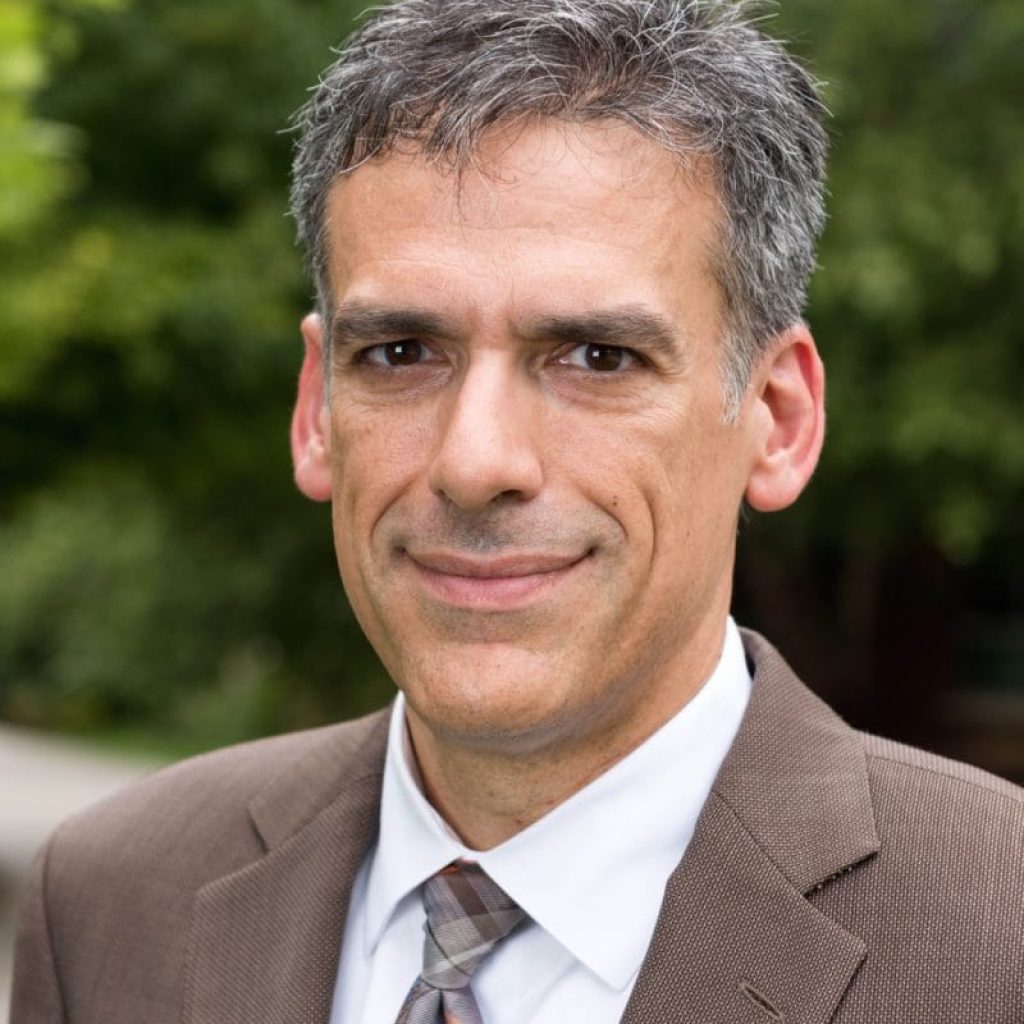
3/21/23 at 4:00pm in Chemistry A101
About the Seminar The nanoparticles we make today to address problems in energy and human health will enter the environment tomorrow. Will they be benign or will they lead to deleterious downstream effects to our environment? Will those impacts change as the nanoparticles are transformed through their interaction with organisms or the environment? This presents […]

3/20/23 at 4:00pm in Chemistry A101
About the Seminar The Open Chemistry Collaborative in Diversity Equity (OXIDE) is aimed at institutional reform so as to lower inequitable barriers hindering the success of faculty from diverse groups. We implement the “top-down” hypothesis by asserting that academic middle managers—namely, department heads and chairs—held accountable for diversity and inclusion will make sustained and significant […]
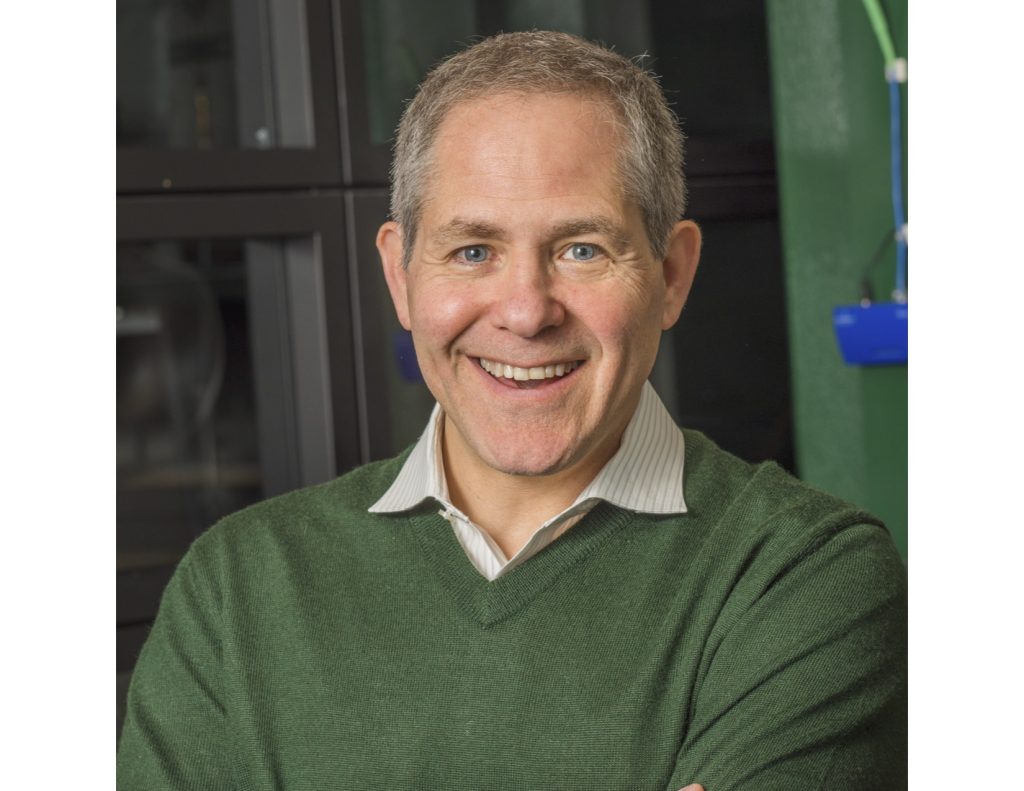
3/7/23 at 4:00pm in Chemistry A101
About the Seminar Chemists have always known that chemical reactions involve bond formation and bond breaking events. Femtosecond time-resolved measurements have provided the timescales of fundamental bond breaking and bond forming processes; been used to confirm reaction mechanisms in a wide range of systems (organic, inorganic, biological, atmospheric, etc.); and been instrumental to test electronic […]
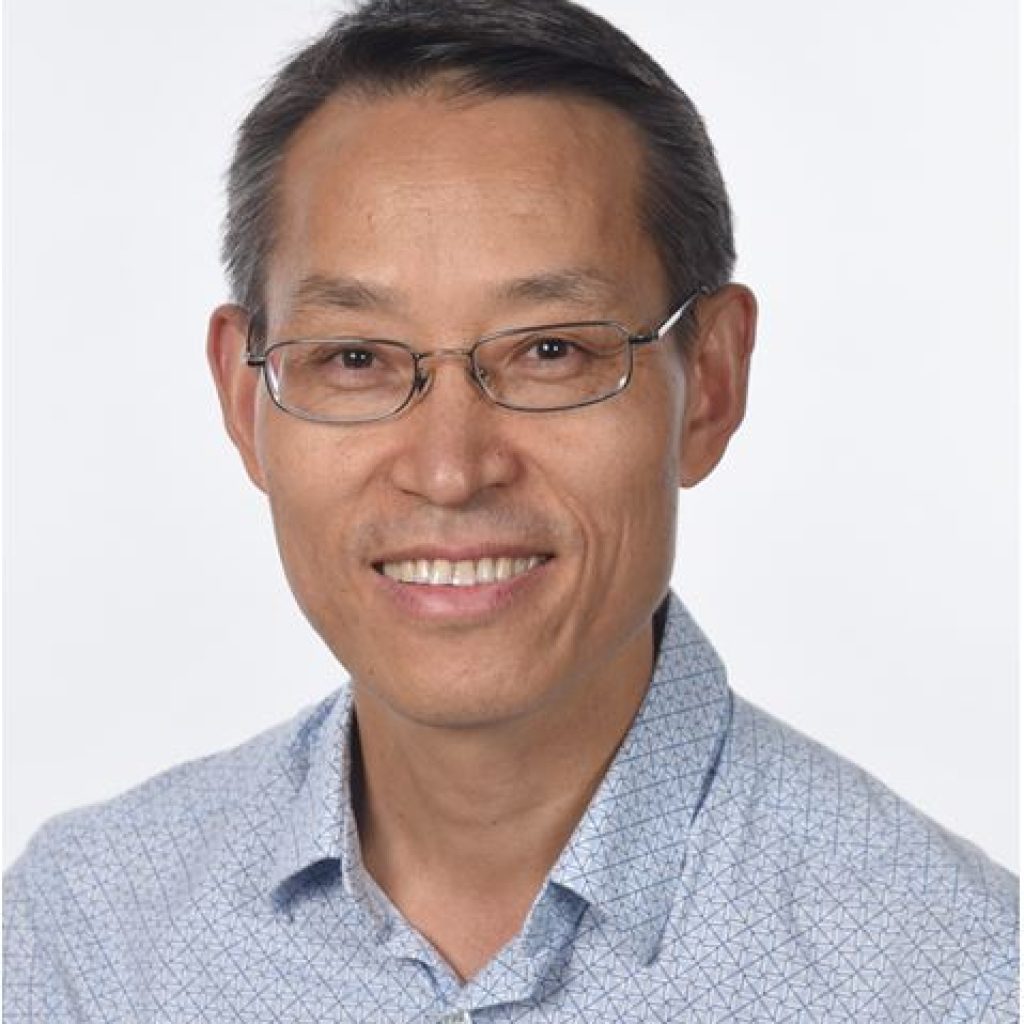
3/6/23 at 4:00pm in Chemistry A101
About the Seminar Many biopolymers not only have advanced mechanical properties such as high modulus, toughness, and elasticity, but more importantly, exhibit dynamic characteristics including adaptive, malleable, and self-healing properties. Following inspirations from the Nature, Guan lab has developed various biomimetic soft materials imbued with active and dynamic properties. In one system, we have designed […]
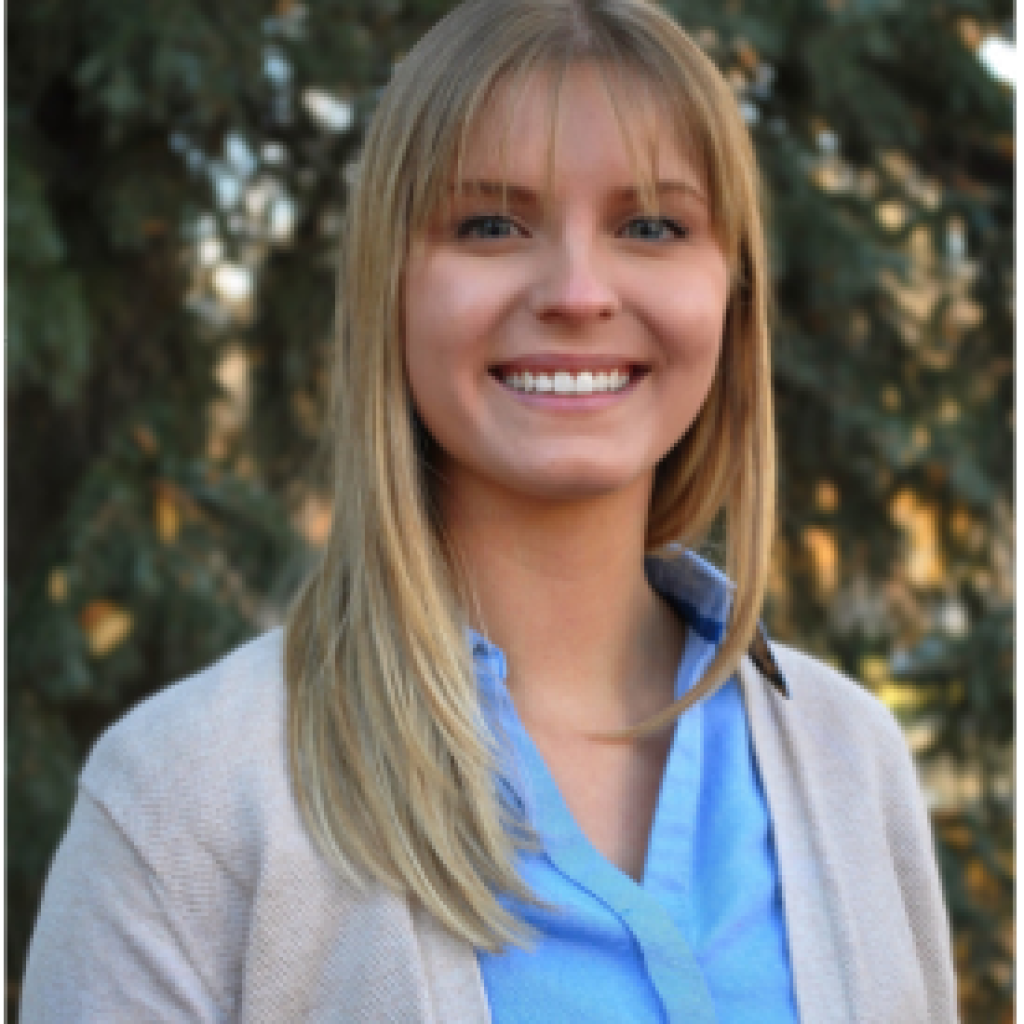
3/2/23 at 4:00pm in Chemistry A101
About the Seminar The conformational landscape of biological processes such as protein folding, and allosteric regulation is essential for understanding their underlying mechanisms. However, its complexity poses a challenge to theoretical modeling. In this talk, I will discuss structural clustering of molecular dynamics (MD) simulation data and present a new algorithm based on particle positions […]
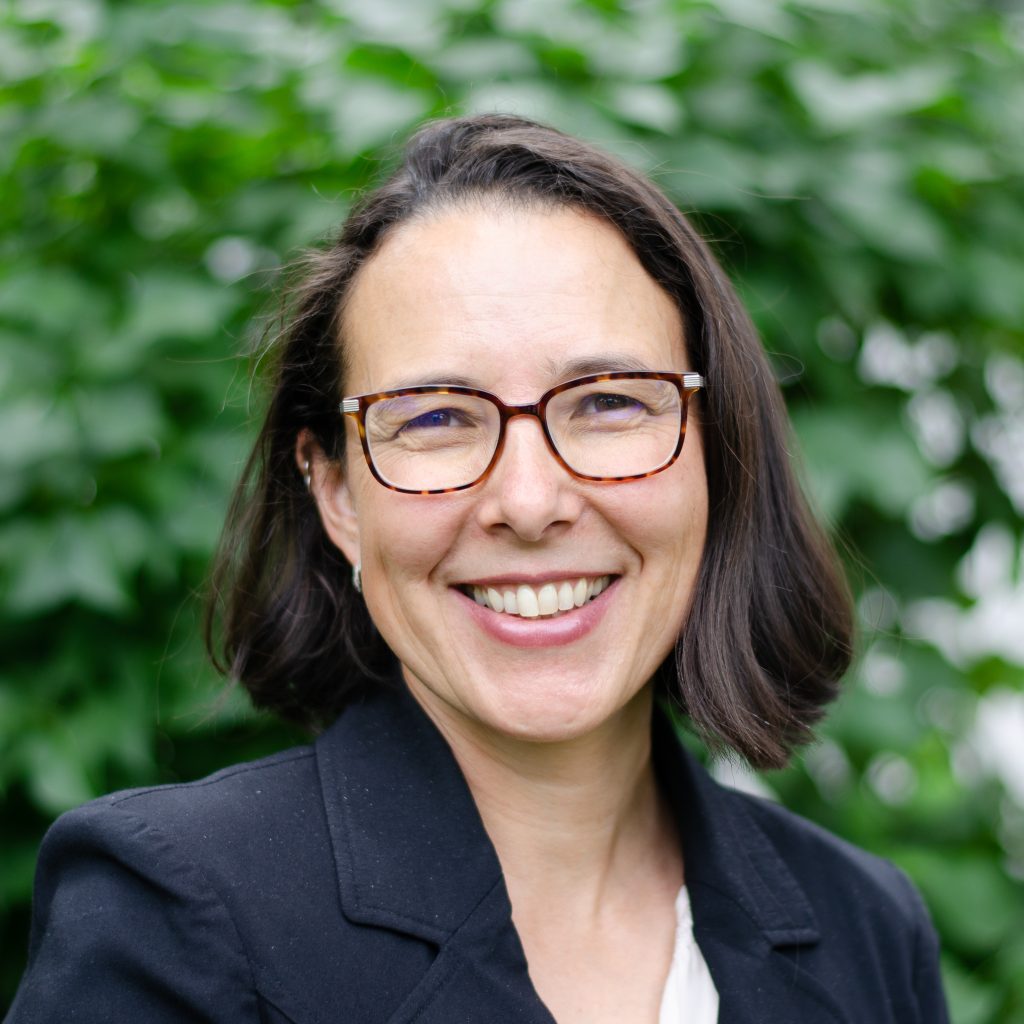
3/1/23 at 4:00pm in Chemistry A101
About the Seminar I will present the efforts of the BMB (Biochemistry & Molecular Biology) Department to assess and promote a stronger community culture. At the heart of this effort is the BMB IDEA (Inclusion, Diversity, and Equity Action) Committee that uses a multi-pronged approach to identifying and removing barriers to inclusion. Because we are […]
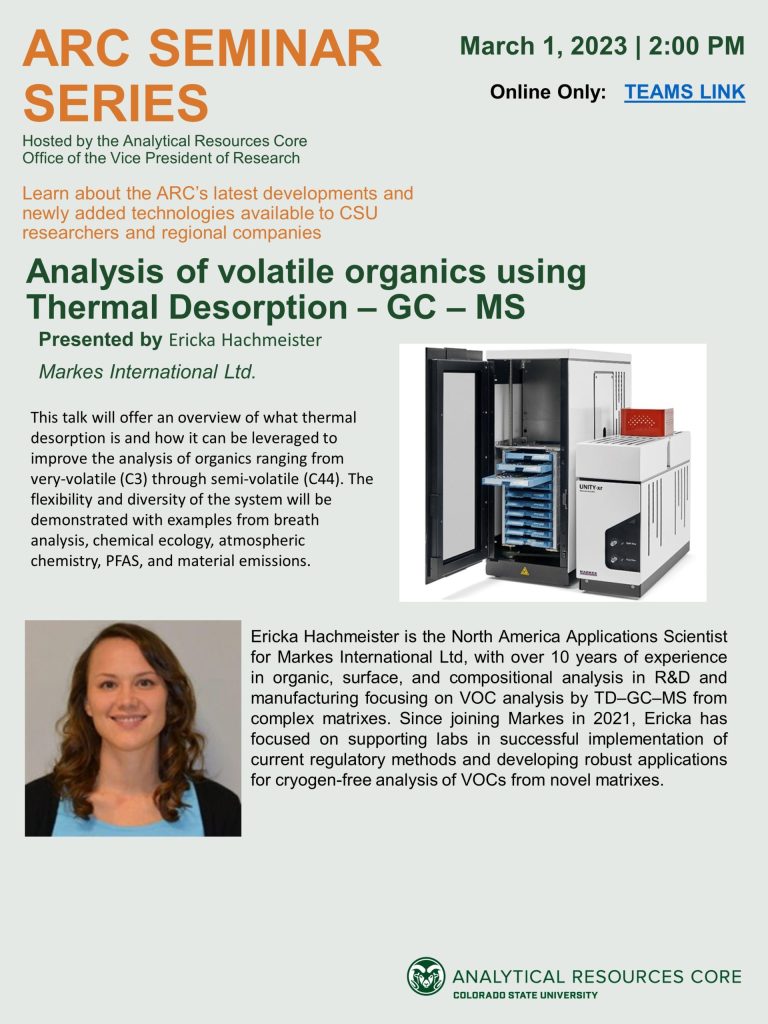
3/1/23 at 2:00pm in Online Only - Microsoft Teams
Please visit https://www.research.colostate.edu/arc/arc-seminar-series/ for seminar details, and to register for this online seminar.

2/23/23 at in
***SEMINAR POSTPONED*** About the Seminar I will describe my group’s use of quantum-chemical calculations and machine learning to decode key physical principles for organometallic catalyst design and analysis of nonstatistical reaction dynamics. For catalyst design, I will discuss our efforts to design Cr-based ethylene trimerization and tetramerization catalysts that have been experimentally realized (Chem. […]
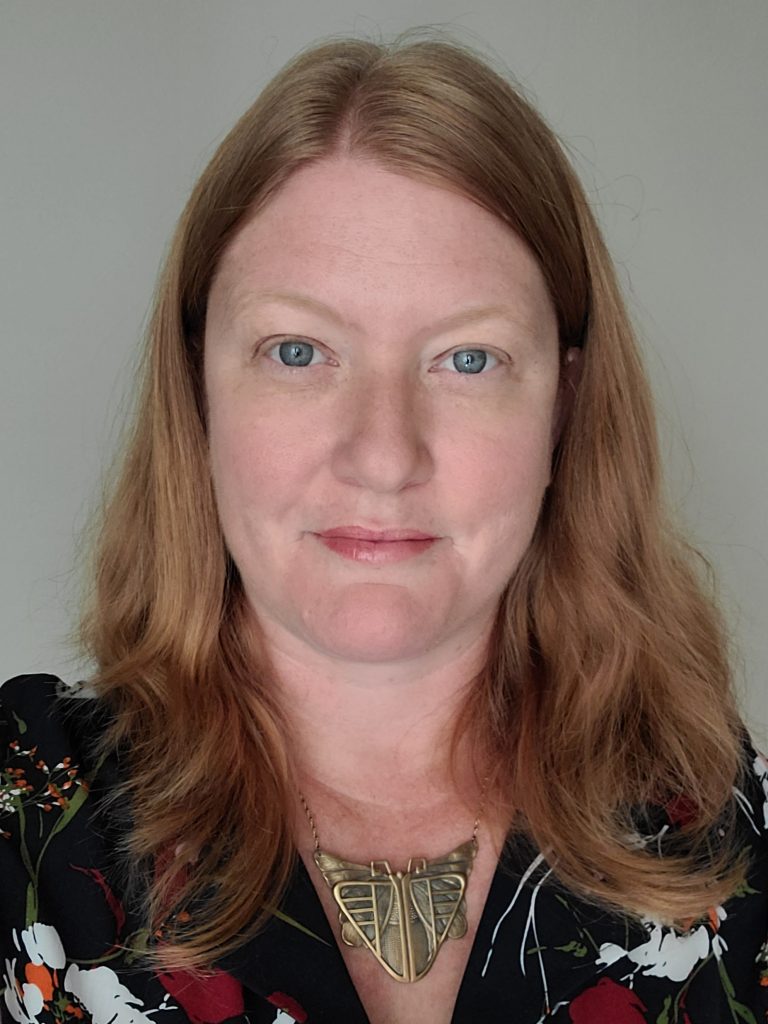
2/22/23 at 4:00pm in Chemistry A101
About the Seminar The acidity of atmospheric particles is important for the phase partitioning of semi-volatiles, the solubility of metals, and the rates of heterogeneous reactions, but is challenging to measure directly. Even with extremely accurate measurements of the dominant contributors to the ion balance in particles, one can rarely deduce the activity of H+ with […]
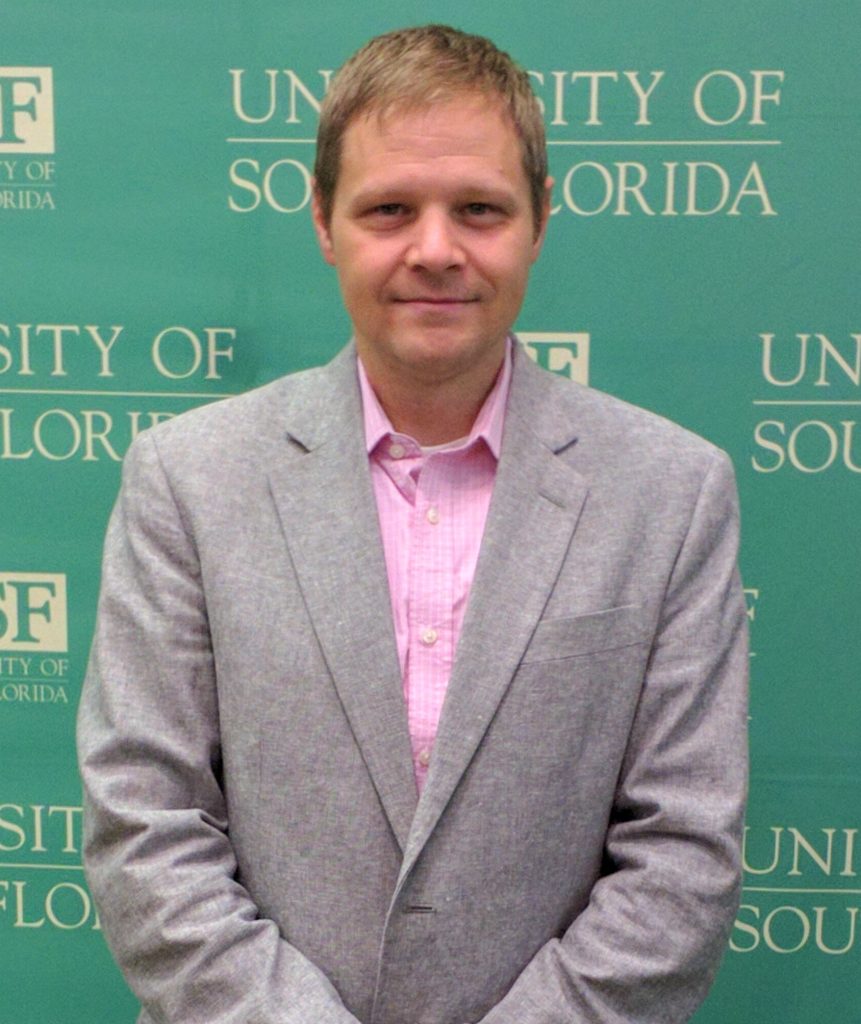
2/17/23 at 4:00pm in Chemistry A101
About the Seminar The use of the most accurate (i.e., QM or QM/MM) levels of theory for free energy simulations (FES) is typically not possible. Primarily, this is because the computational cost associated with the extensive configurational sampling needed for converging FES is prohibitive. To ensure the feasibility of QM-based FES, the “indirect” approach is […]
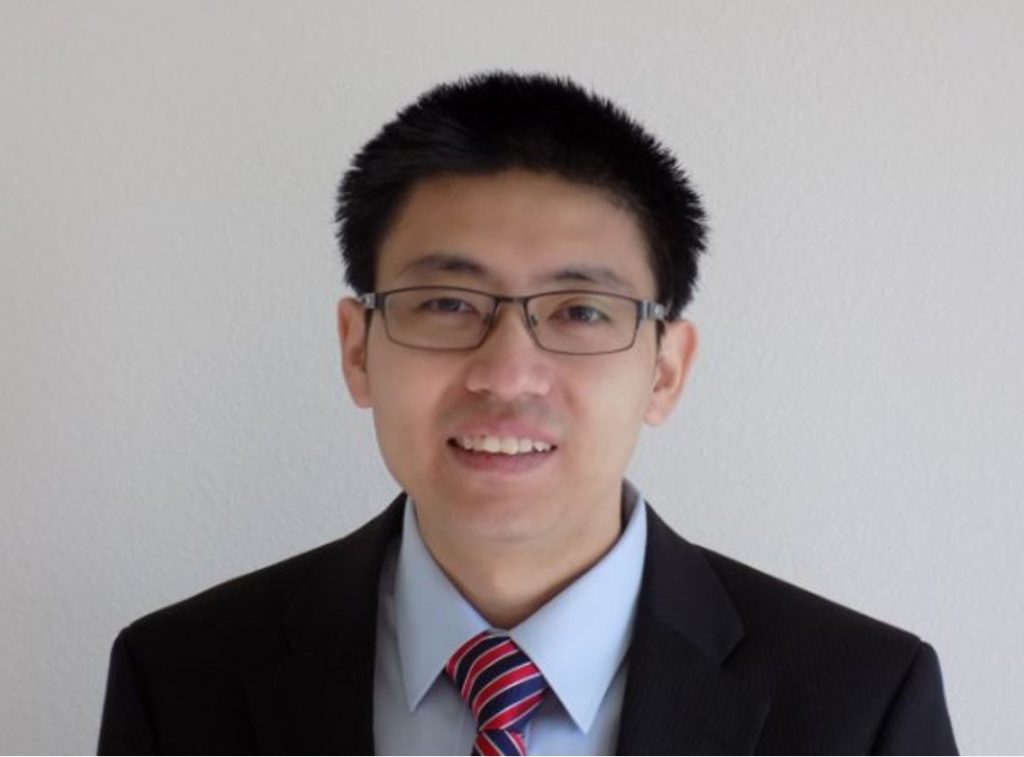
2/13/23 at 4:00pm in Chemistry A101
Cationic Late Transition Metal Complexes for Selective α-C–H Functionalization About the Seminar We describe the discovery and development of catalytic α-C–H functionalization reactions of simple unsaturated hydrocarbons, including alkynes, alkenes, and allenes, using cationic cyclopentadienyliron(II) dicarbonyl complexes. These complexes enable the development of a new mode of catalytic C–H functionalization in which metal coordination to […]
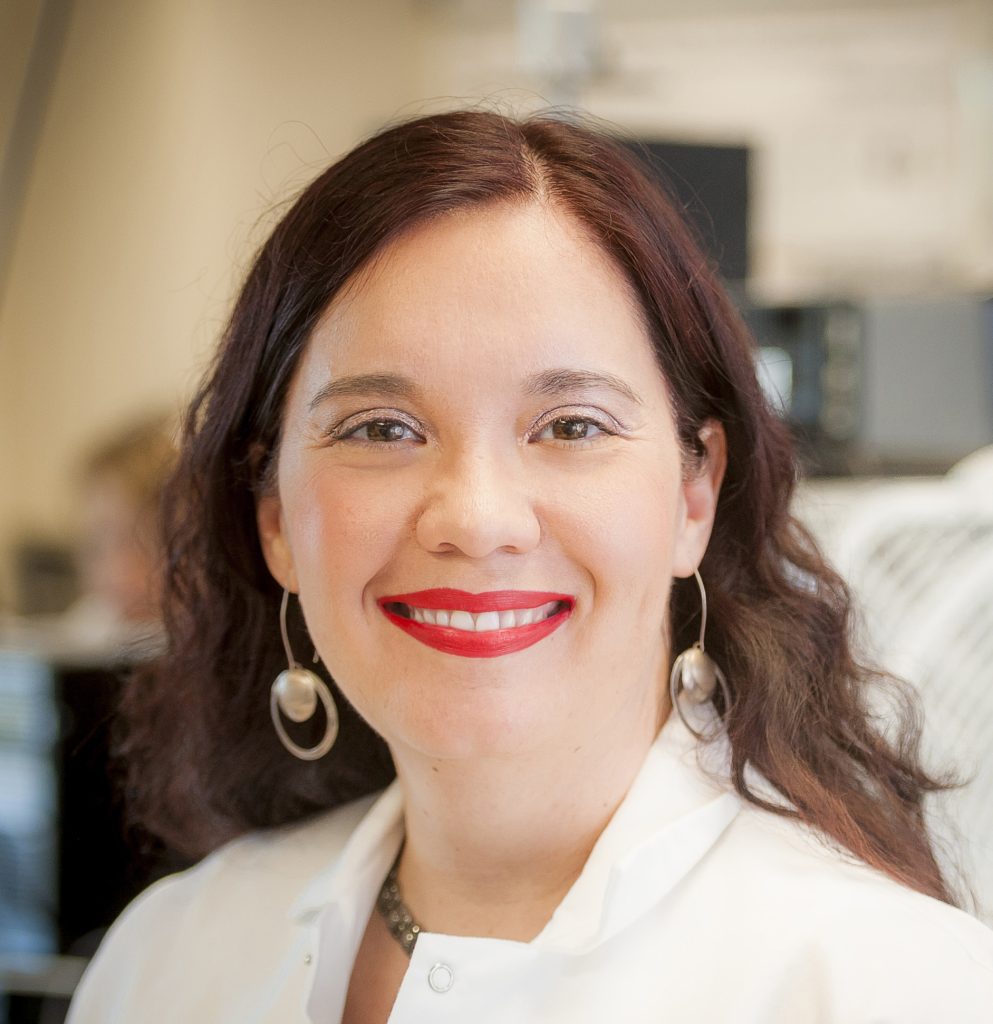
2/9/23 at 4:00pm in Chemistry A101
About the Seminar The idea of living on Mars or the Moon has been a staple of science fiction since the 19th century. However, if this sci-fi dream were to ever become reality, what would it be like to live there? Conditions make living on Mars extremely challenging. In particular, materials needed for such extreme […]

2/8/23 at 4:00pm in Chemistry A101
About the Seminar Fungal infections have a wide variety of impacts on the lives of everyday people. Dermatological fungal infections are incredibly common, and immunocompromised individuals can contract other, rarer fungal infections that have mortality rates upwards of 70%. Broad screening methods for fungal infections are desirable because current methods, like cultures, take a considerable […]
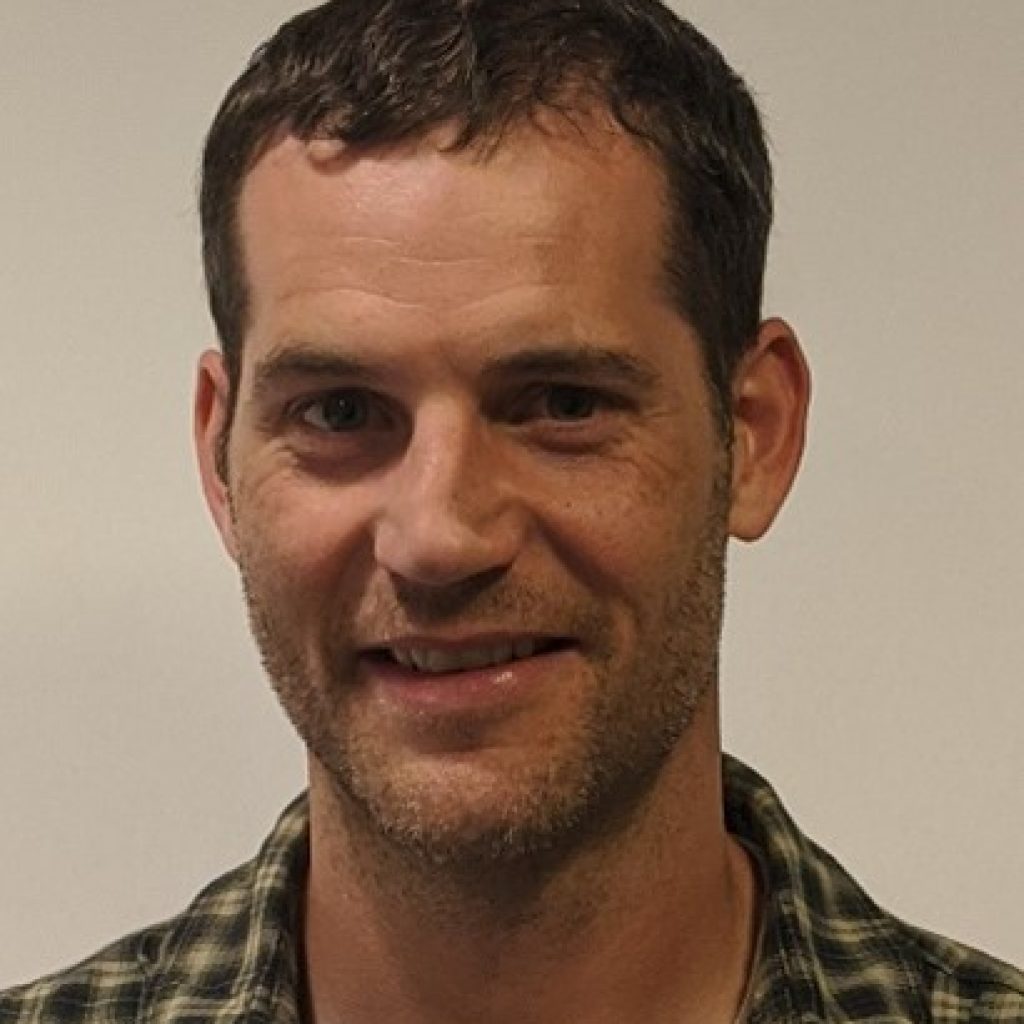
2/8/23 at 4:00pm in Chemistry A101
An Optical Approach To Measure Band Energies Of Monolayer MoS2 About the Seminar This talk summarizes recent research results toward quantifying the energetics of monolayer (7 Å thick) molybdenum disulfide (MoS2). As a semiconducting 2-dimensional (2D) material, MoS2 shows promise in energy conversion, nanoelectronics, and sensor applications. Interestingly, electrostatic gating (i.e. applied voltages) tunes the […]
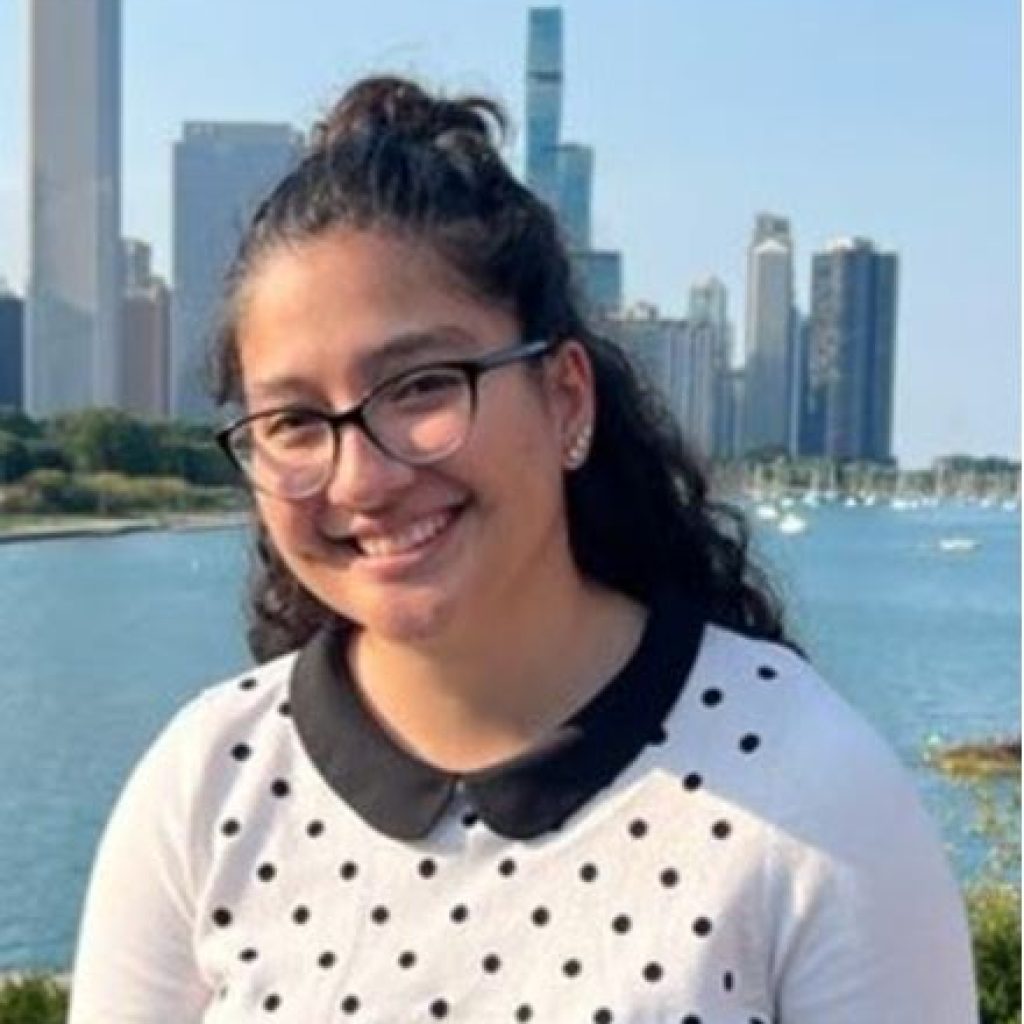
2/1/23 at 4:00pm in Chemistry A101
About the Seminar Recently, we developed thermoplastic electrodes (TPEs) that are advantageous compared to traditional carbon composite electrodes in terms of cost, performance, and robustness. However, TPE applications in biosensing are currently limited due to a lack of facile methods for electrode modification. TPEs have a highly variable surface chemistry, lending to inconsistent immobilizations of […]

2/1/23 at 4:00pm in Chemistry A101
About the Seminar Authors of talk: Heidi D Kreckel, Fionna M. D. Samuels and Nancy E. Levinger Global plant genetic diversity is decreasing at an alarming rate due to global climate change and human population growth. Although many conservation efforts are successful, they are often at risk of pests and contamination. Further, most ex-situ conservation […]
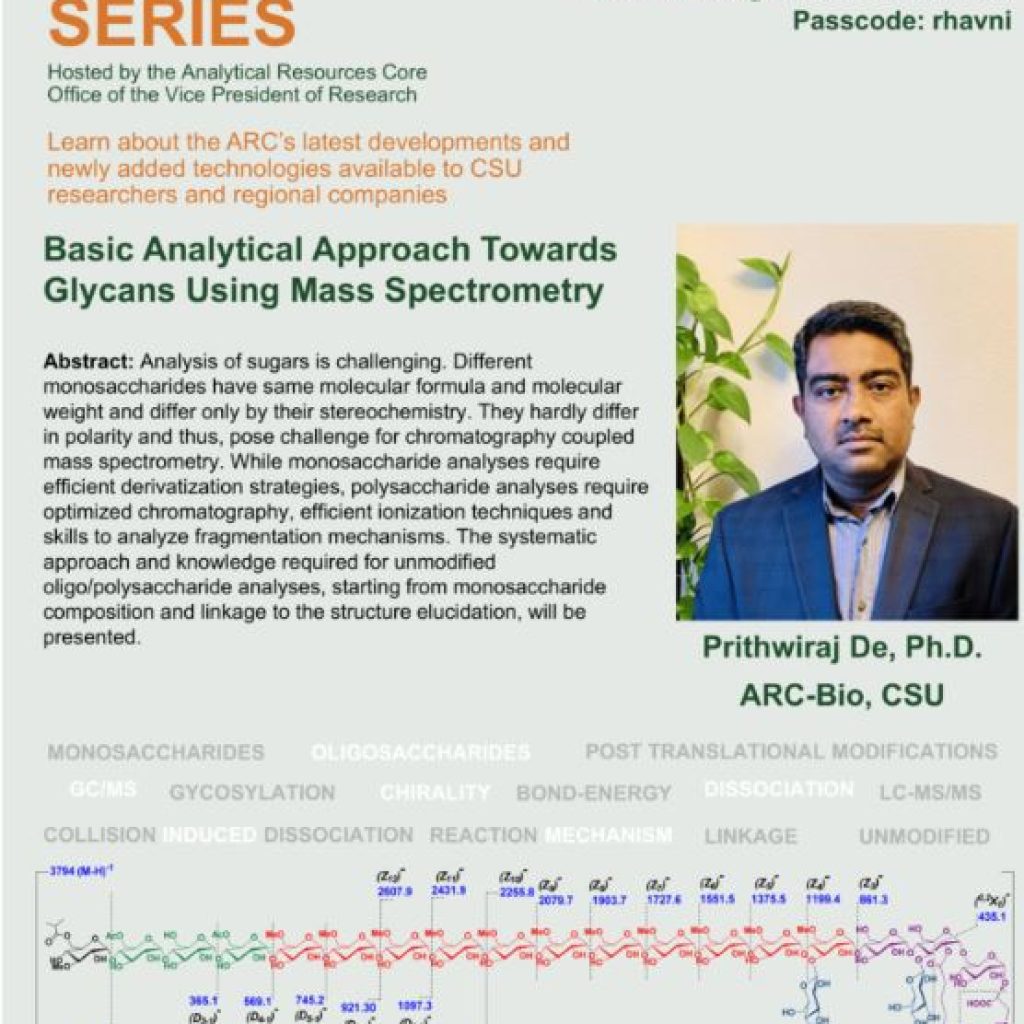
1/25/23 at 2:00 pm in Virtual - Microsoft Teams
Please visit https://www.research.colostate.edu/arc/arc-seminar-series/ to register, and for seminar details. Join us on January 25, 2023 at 2pm Dr. Prithwiraj De, Analytical Resources Core, CSU. Basic Analytical Approach Towards Glycans Using Mass Spectrometry.
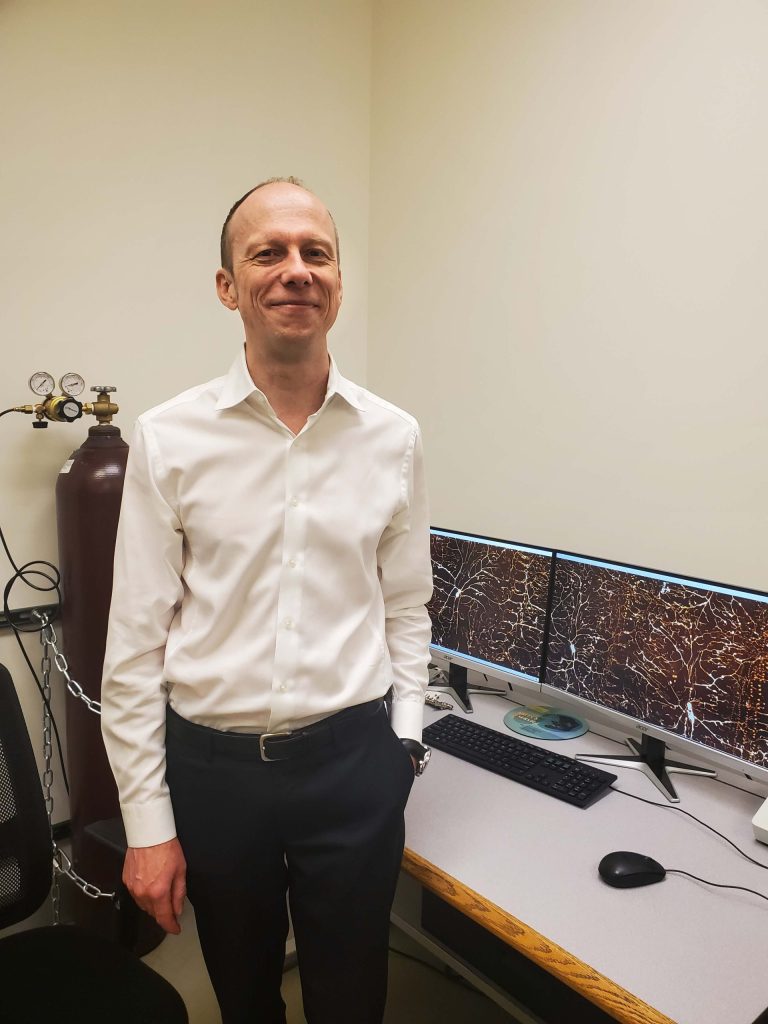
12/6/22 at 1pm in Chemistry Research 401
About the Seminar: Several methods are now available which are able to extend the resolution of optical microscopes beyond the diffraction limit. These methods include photoactivated localization microscopy, stochastic optical reconstruction microscopy, stimulated emission depletion microscopy, and super-resolution structured illumination microscopy (SIM). In many situations, SIM is the most useful super-resolution method for imaging live […]

12/2/22 at 4:00pm in Chemistry A101
About the Seminar Antimony (Sb) based electrodes are a promising anode material for sodium-ion batteries, which are an attractive energy storage system to support grid-level energy storage. These anodes have high thermal stability, good rate performance, and good electronic conductivity, but there are significant limitations to the fundamental understanding of phases present as the material […]
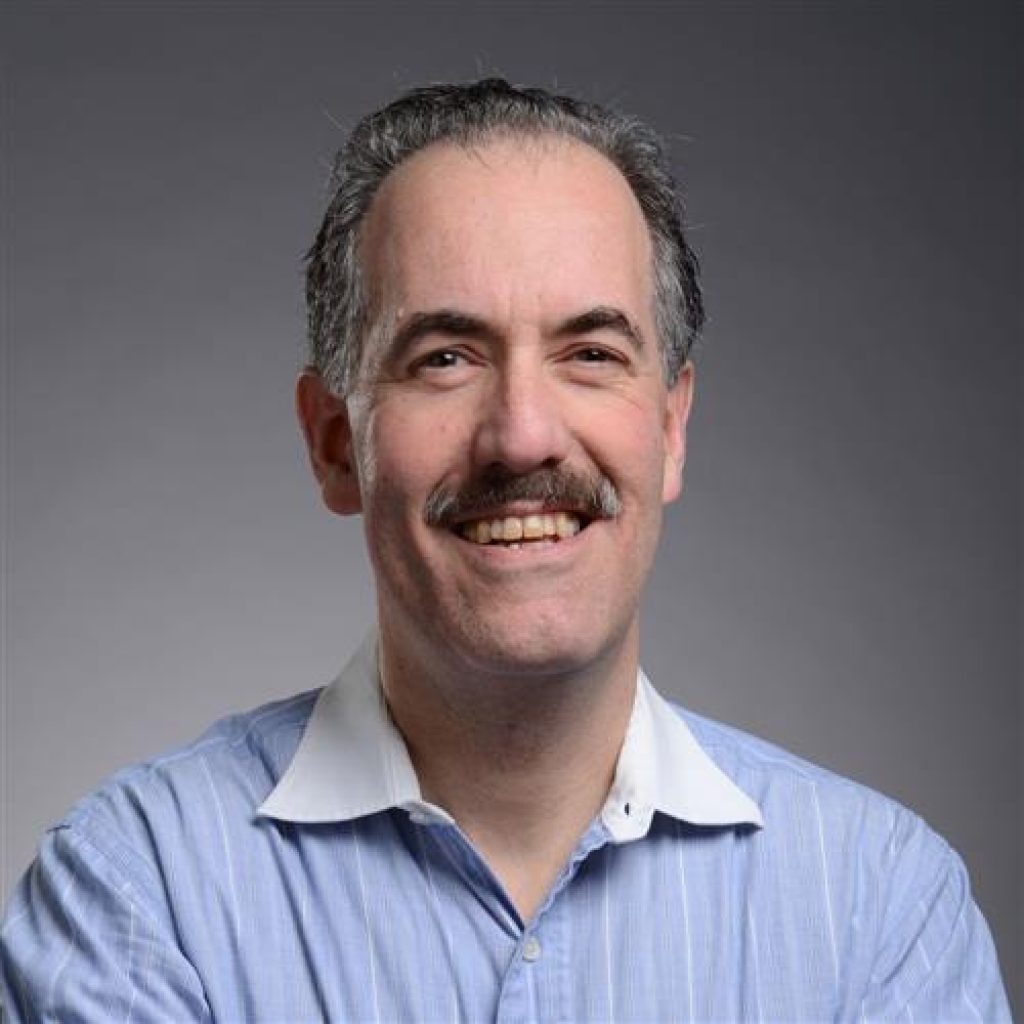
11/29/22 at 4:00pm in Chemistry A101
About the Seminar Molecular complexes of early transition metals are of interest as catalysts for the production of fine chemicals or polymers. One important feature of some such complexes is their paramagnetism, which can be studied by nuclear and electron paramagnetic resonance (i.e., NPR and EPR) spectroscopy. In cases where there is more than one […]
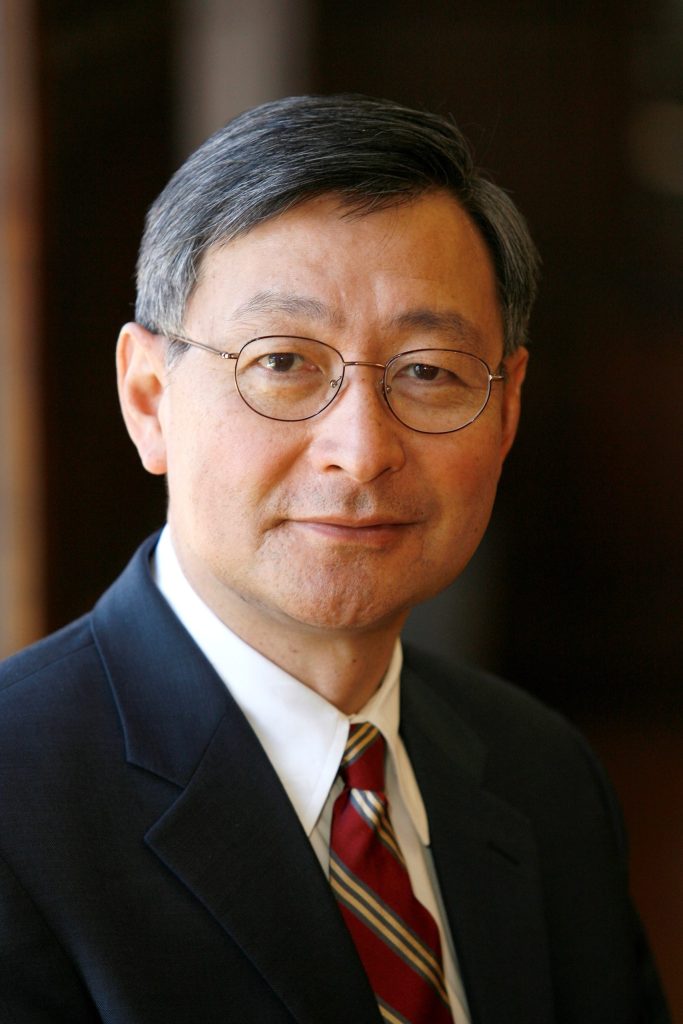
11/17/22 at 4:00pm in Chemistry A101
About the Seminar Nonlinear light scattering in the form of Second Harmonic Generation, due to its symmetry properties, has been proven effective for observing molecular adsorption and transport at the surfaces of colloidal objects, including living biological cells. This method affords membrane specificity, real time resolution, and the ability to image single cells in examining […]
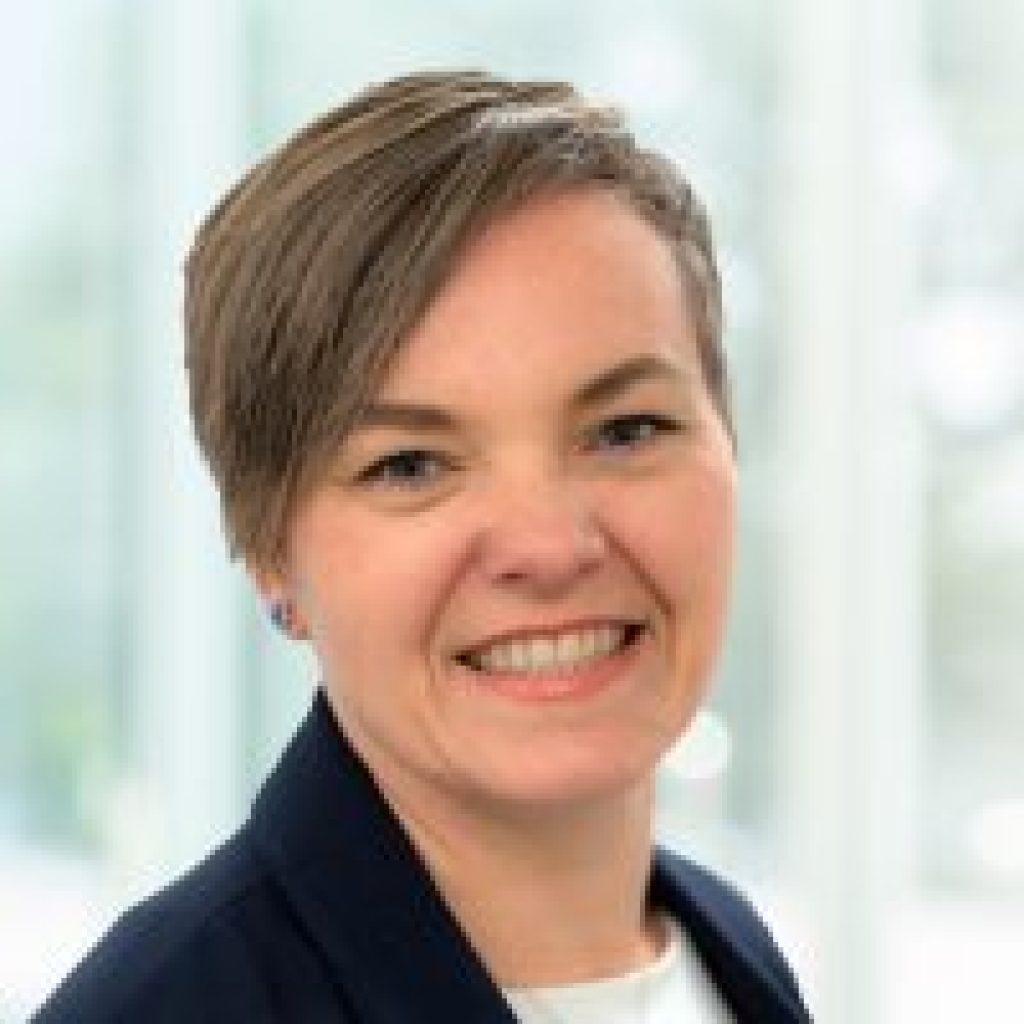
11/16/22 at 4:00pm in Chemistry A101
About the Seminar InDevR is a small life science tools company in Boulder that supports the vaccine development and manufacturing industry. The talk will highlight product development efforts for InDevR’s VaxArray platform to support traditional vaccines such as influenza and pneumococcal conjugate vaccines, and recent efforts to develop nucleic acid microarrays to characterize mRNA vaccine […]
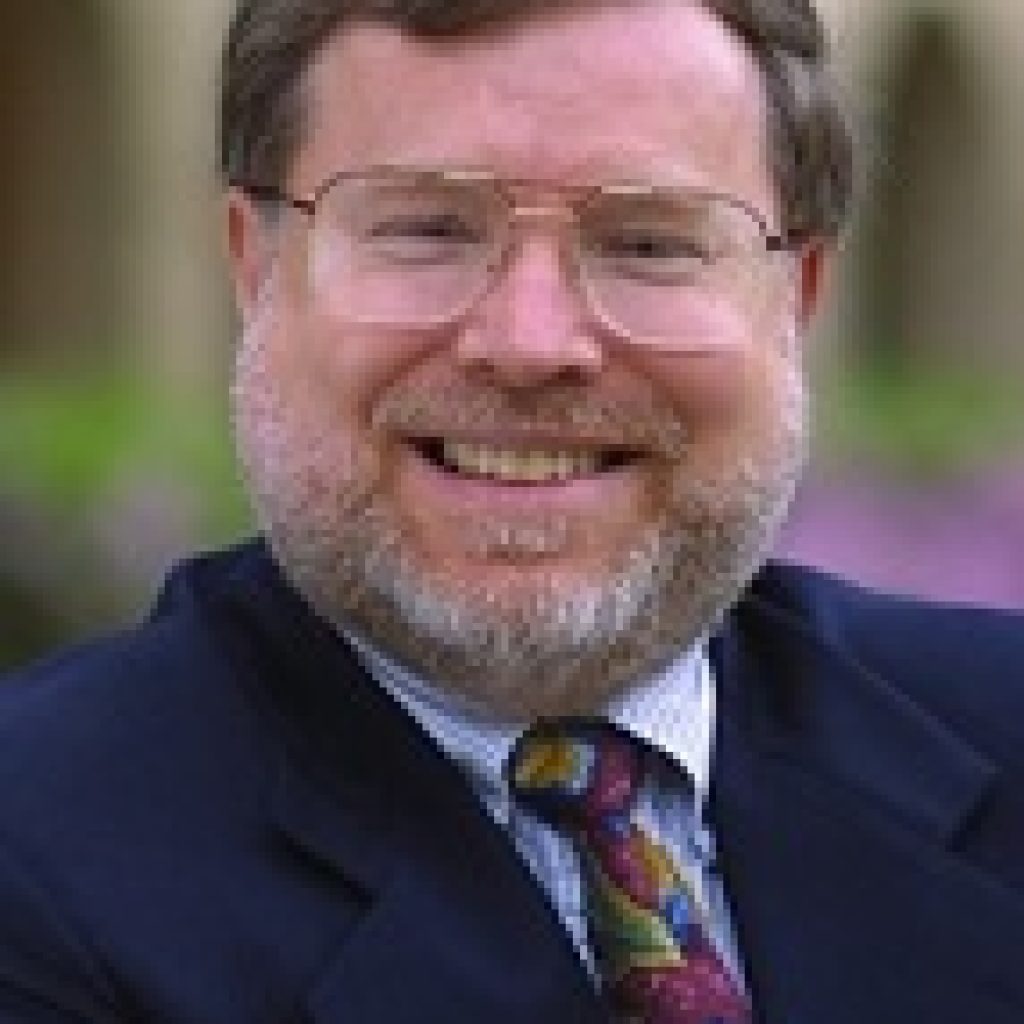
11/14/22 at 4:00pm in Chemistry A101
Join us for the November Colorado ACS Meeting What to Do When Your Published Results Are Questioned Presentation by: Dr. George Stanley Colorado State University & Louisiana State University Chair-Elect of Colorado Section of ACS Monday, Nov. 14, 2022, 4:00 pm, A101 Colorado State University 1301 Center Ave., Fort Collins, Colorado 80523 About the […]
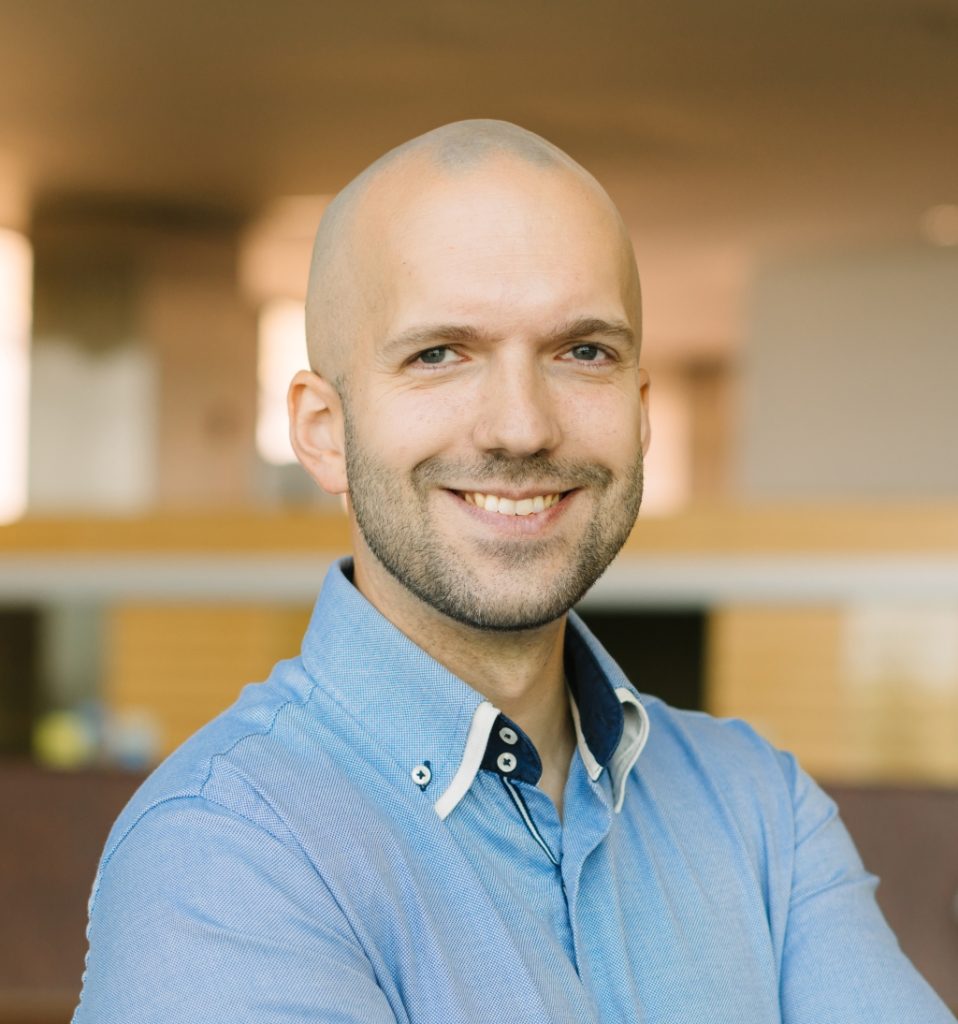
11/11/22 at 4:00pm in Chemistry A101
About the Seminar To address increasing environmental concerns, green and sustainable materials that promise to replace fossil-based separation materials, and reduce waste generation are attracting considerable research attention. On one hand, the monomers need to be reactive to form a highly crosslinked thin film. On the other hand, one of the monomers need to be […]

11/10/22 at 4:00pm in Chemistry A101
About the Seminar Conical intersections are seams between two potential energy surfaces, at which the degeneracy allows for ultrafast decay to a lower energy state. This connection between potential energy surfaces is present in many photochemical reactions, such as the photoisomerization of rhodopsin that is responsible for the initiation of the visual signaling process.1 Because […]

11/10/22 at 4:00 pm in Chemistry A101
About the Seminar Despite advances in software algorithms and computer hardware, the simulation of long timescale processes involving biological macromolecules remains prohibitively computationally expensive. Thus, there is a pressing need for novel computational techniques capable of resolving this issue. Harnessing recent advances in neural network-based machine learning algorithms, Noé and coworkers propose an improvement to […]
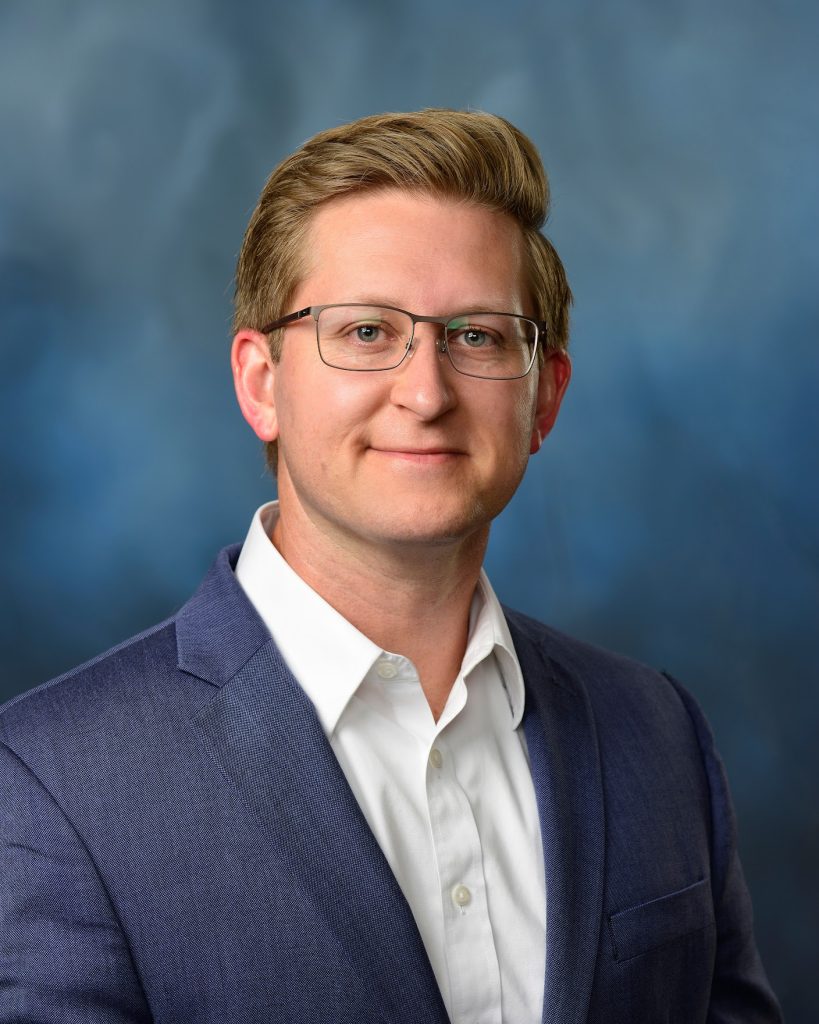
11/9/22 at 4:00pm in Chemistry A101
About the Seminar Sensors based on electrochemical (EC) readout offer low cost, miniaturization, and adaptability to the point-of-care (POC). Nonetheless, most EC sensors are specialized to a particular target, and there remains a need for a robust EC biosensor platform for the multitude of biomarkers that are not EC-active, do not undergo enzymatic conversion, or […]
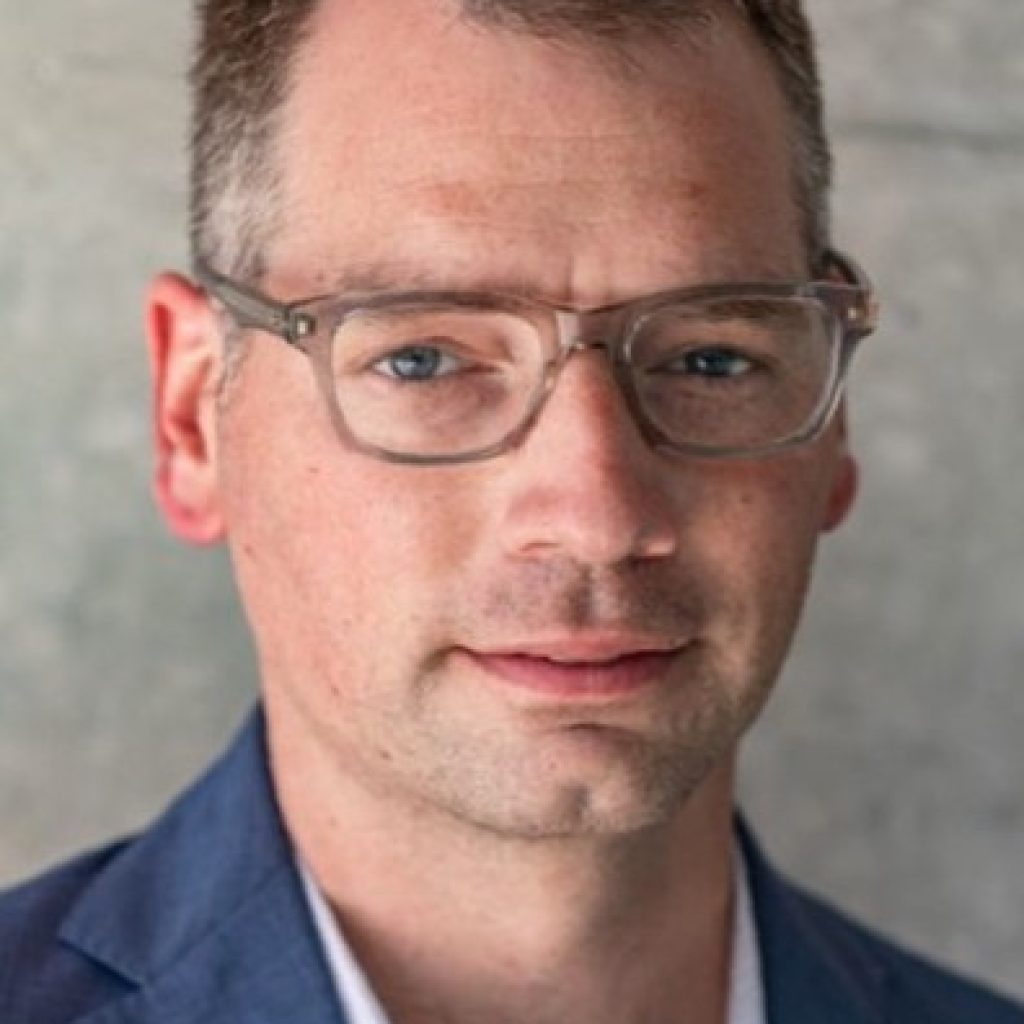
11/7/22 at 4:00pm in Chemistry A101
About the Seminar Advancing the synthesis of small molecules is critical to the advent of new medicines, materials, and agrochemicals. Our lab has been exploring strategies in chemical synthesis – both in reaction method development and total synthesis – that leverage modern data science techniques. This presentation will share some recent results using informatics to target novel […]

11/4/22 at 4:00pm in Chemistry A101
About the Seminar To fully utilize renewable energy for energy generation, energy storage is needed to accommodate times when energy generation is inhibited and during peak hours. Rechargeable batteries are projected to accommodate short-term storage needs, and sodium-ion batteries (NIBs) are a promising complimentary technology to lithium-ion batteries (LIBs) due to their low material cost […]
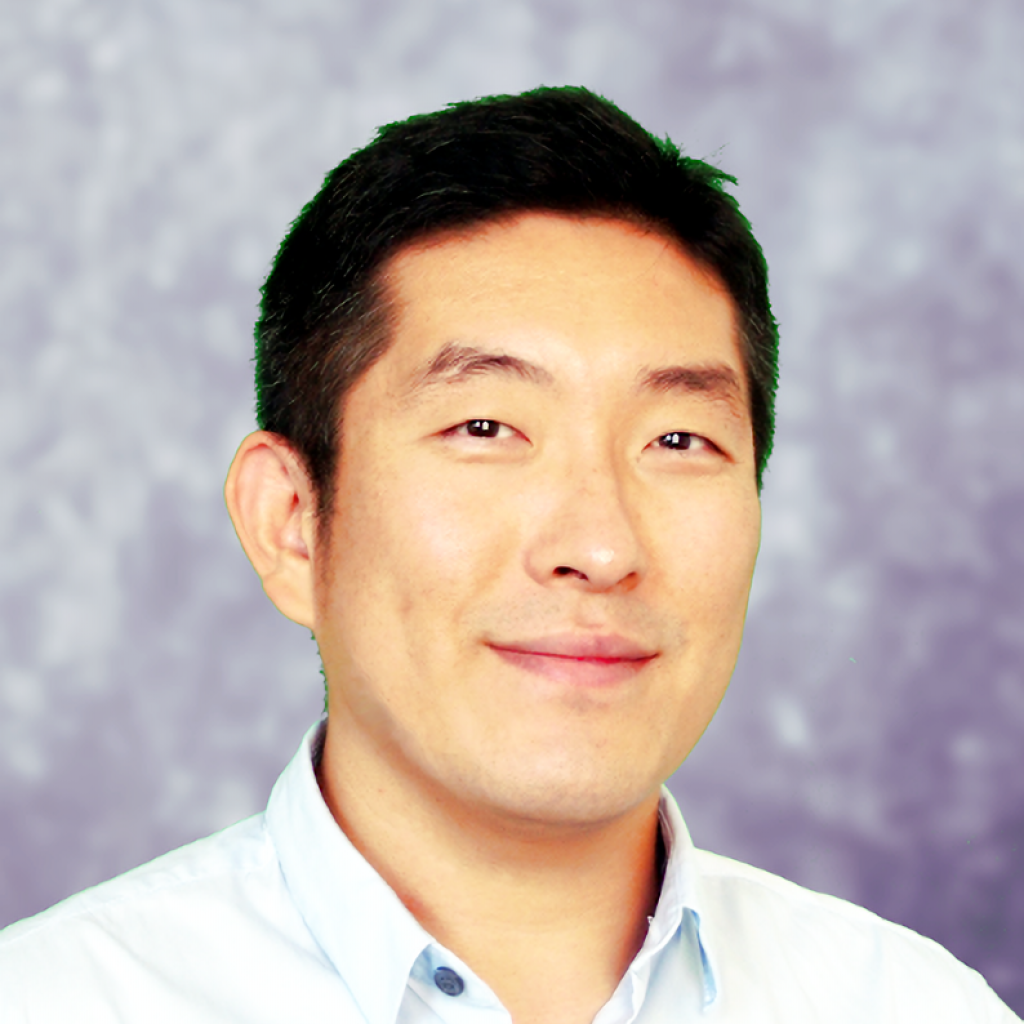
10/27/22 at 4:00pm in Chemistry A101
About the Seminar We develop the POKY suite which is the revolutionized platform with boundless possibilities for advancing research and technology development in biomolecular studies. The “POKY” is the core of the Integrative NMR platform providing a fully integrated professional-grade cyberinfrastructure. The next level automation and visualization maximizing the quality of user experience and productivity […]

10/26/22 at 4:00pm in Chemistry A101
About the Seminar: Climate change and human activity have made biotic and abiotic plant stressors more common which leads to billions of dollars lost each year as crop yields decline. Fluorescence spectroscopy and imaging have been used over the past few decades that aid in identifying when plants are stressed but these methods provide little […]

10/26/22 at 4:00pm in Chemistry A101
About the Seminar: Higher levels of phosphates in surface water are a significant concern as they cause the eutrophication of freshwater systems. Traditional phosphate monitoring methods require complicated, heavy instrumentation and labor-intensive methods and are usually expensive. An alternative is paper-based microfluidics (µPADs) because they are inexpensive (<$1), fast (<10min assay time), user-friendly, and biodegradable. Current approaches using µPADs […]
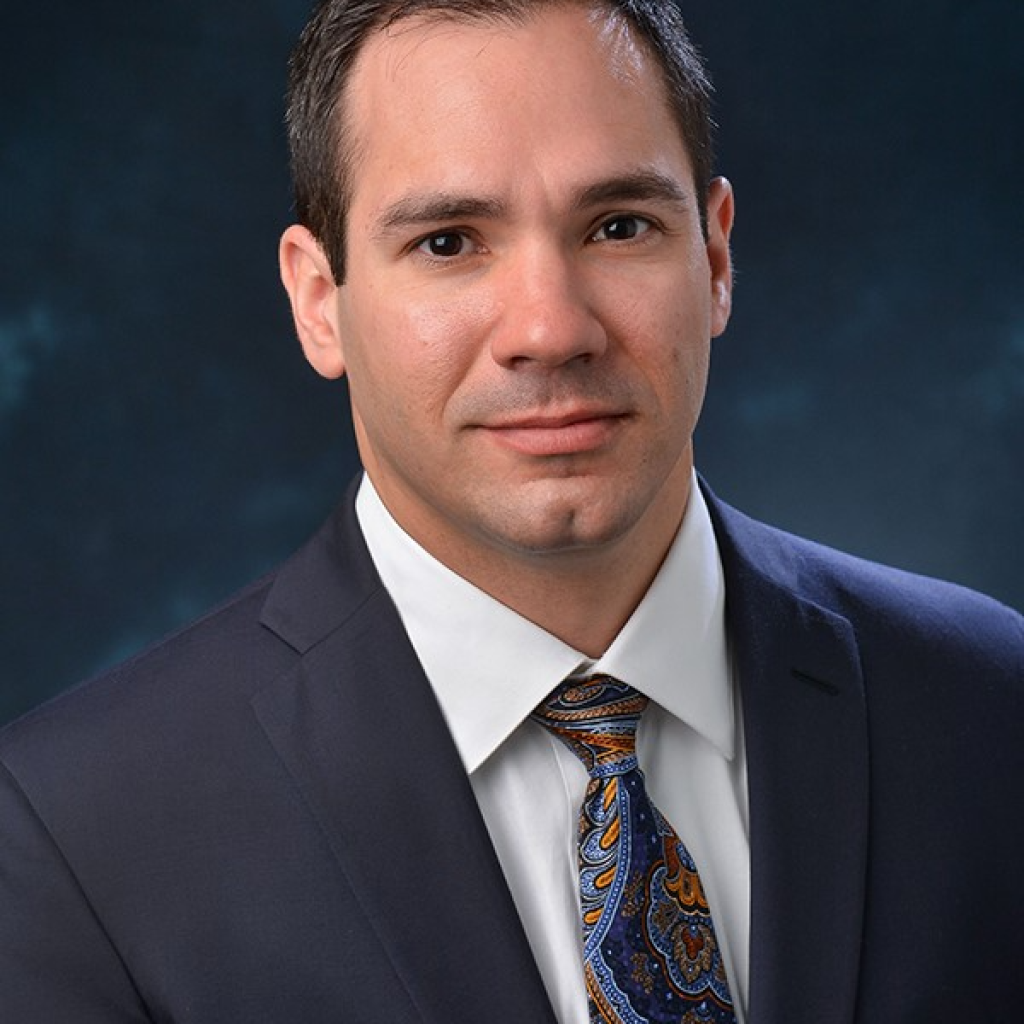
10/25/22 at 4:00pm in Chemistry A101
About the Seminar: Widespread adoption of renewable energy is limited by the lack of low-cost long-duration energy storage. Redox flow batteries (RFBs) are an attractive option to meet this energy storage need because their power and energy components can be scaled independently by storing energy with redox-active materials dissolved in solution. To date, RFB electrolytes […]
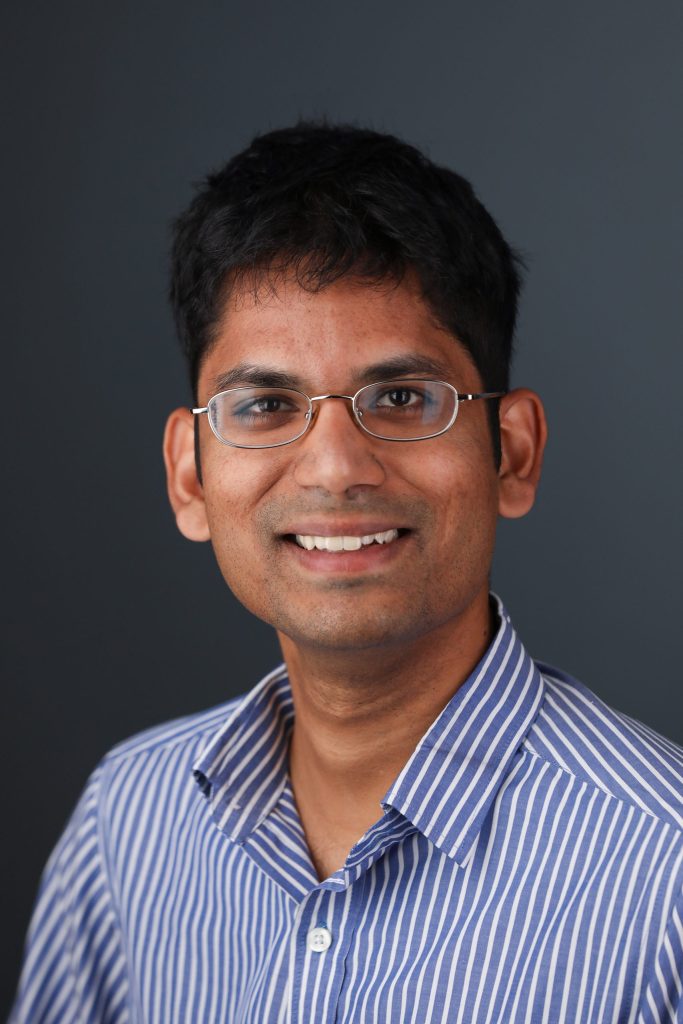
10/24/22 at 4:00pm in Virtual Seminar - Zoom
Zoom Link: Topic: Sathyamoorthi Seminar Time: Oct 24, 2022 04:00 PM Mountain Time (US and Canada) Join Zoom Meeting https://zoom.us/j/99146009571?pwd=SHJWOVNSZDVWUEJ5cllyQ3ZjUW4vZz09 Meeting ID: 991 4600 9571 Passcode: 102422 About the Seminar: Advances in tethered olefin functionalization technology will greatly aid in the precise installation of alcohols and amines and in the efficient construction of stereochemical […]
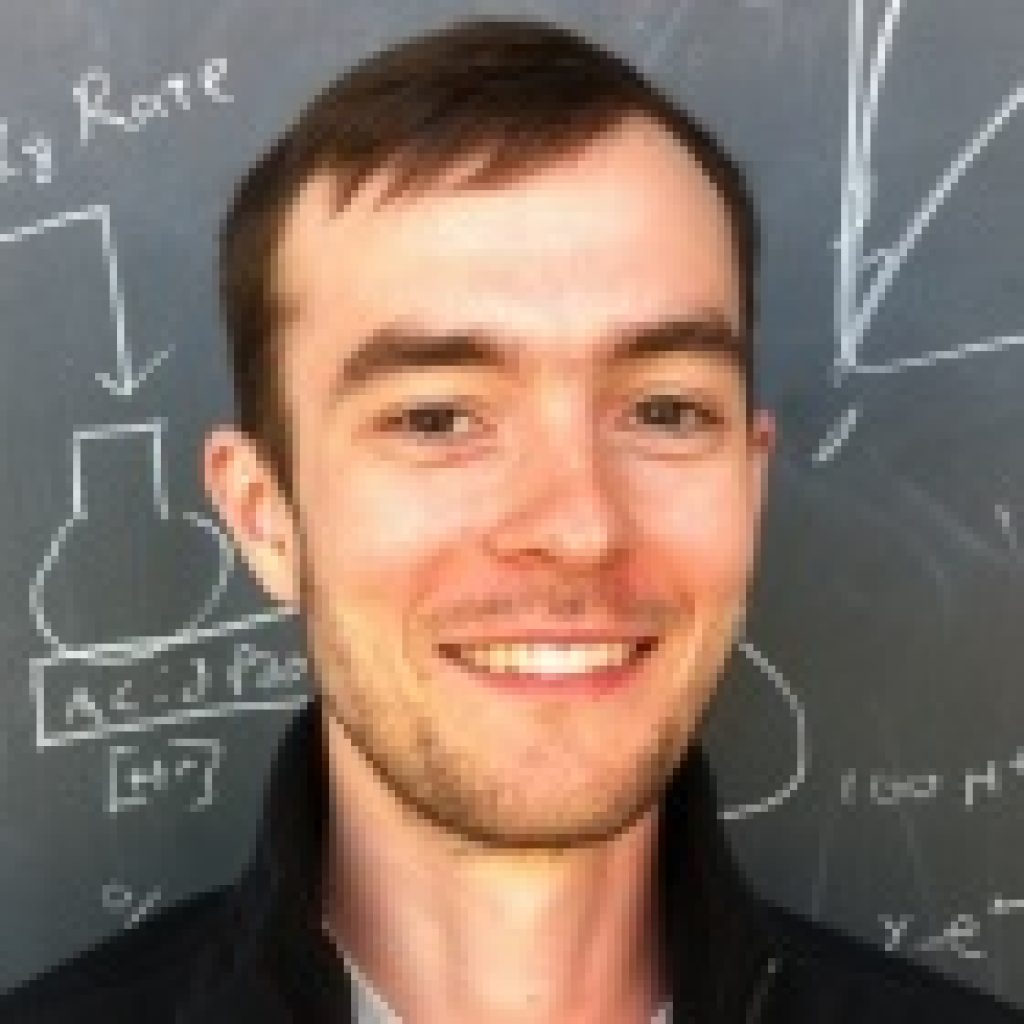
10/24/22 at 1:00pm in Yates 102/103
Informal Inorganic Seminar

10/20/22 at 4:00pm in Chemistry A101
Aerosol-OT (AOT) reverse micelles are a well-known, self-assembled model system for studying water in nanoconfinement. Although all-atom molecular dynamics (MD) simulations universally find AOT reverse micelles to be non-spherical, most theories about the reverse micelles still assume a spherical shape for simplicity, such as the core/shell hypothesis. This simplification ignores any interactions between the shape […]
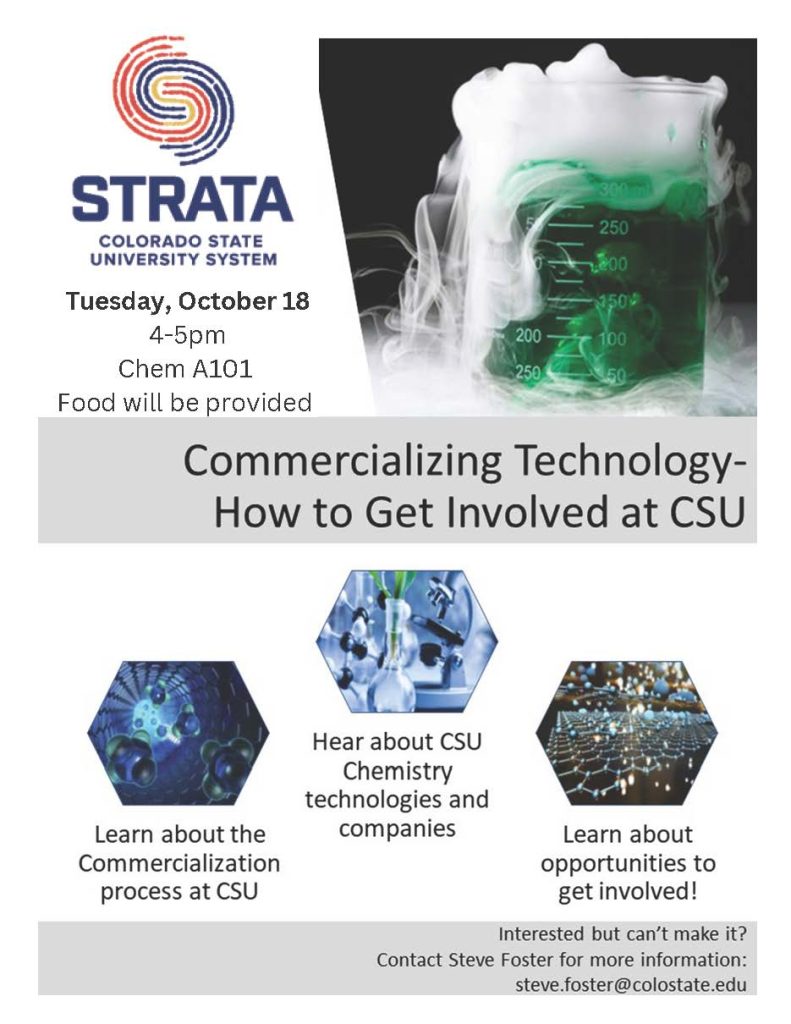
10/18/22 at 4:00pm in Chemistry A101
Hear about CSU Chemistry technologies and companies Learn about the Commercialization process at CSU Learn about opportunities to get involved! Food will be provided Interested but can’t make it? Contact Steve Foster for more information: steve.foster@colostate.edu

10/14/22 at 4:00pm in Chemistry A101
About the Seminar: Hybrid organic-inorganic perovskites (HOIPs) have shown exceptional advances in photovoltaic applications due in part to their unique defect-tolerant frameworks that enables facile, inexpensive synthetic methods.1 Although their defect tolerance offers robust properties, it also serves as barrier for controllable doping. The low formation energy of intrinsic defects in conjunction with associated dynamic disorder […]
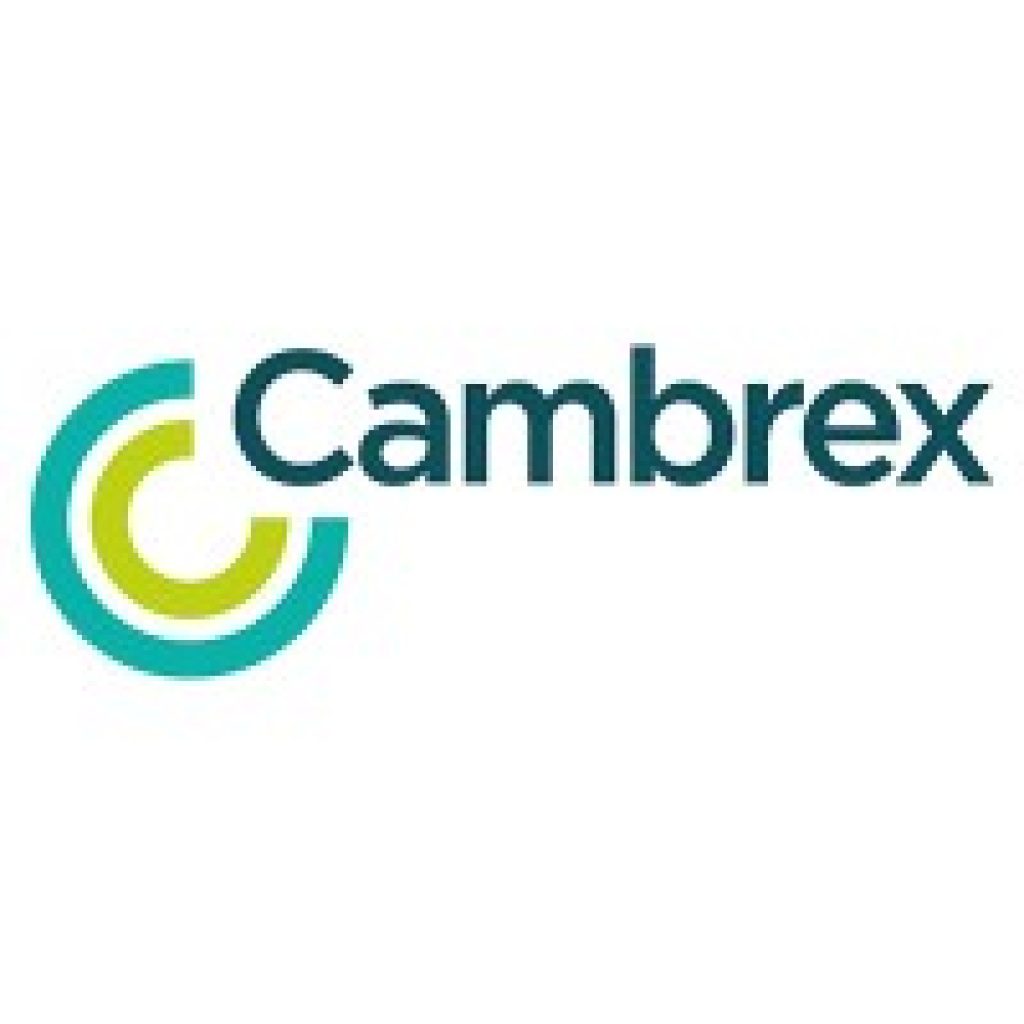
10/13/22 at 4:00pm in Chemistry A101
Cambrex On-Campus Recruiting Visit & Information session: Come meet our team of experts to learn about how chemistry is applied in pharmaceutical development and manufacturing & our current and future career opportunities! ALL Chemistry students and faculty are welcome to attend! It may be especially relevant to synthetic chemistry and analytical chemistry students. […]

10/12/22 at 4:00pm in Chemistry A101
About the Seminar: The study of soil organic matter (SOM) degradation remains difficult to understand due to the heterogeneity and polydispersity of soils which lead to complex transformation pathways during decomposition. Wetland ecosystems act as a vital global carbon (C) sink, making the understanding of organic matter transformation under anoxic conditions necessary to understanding the […]
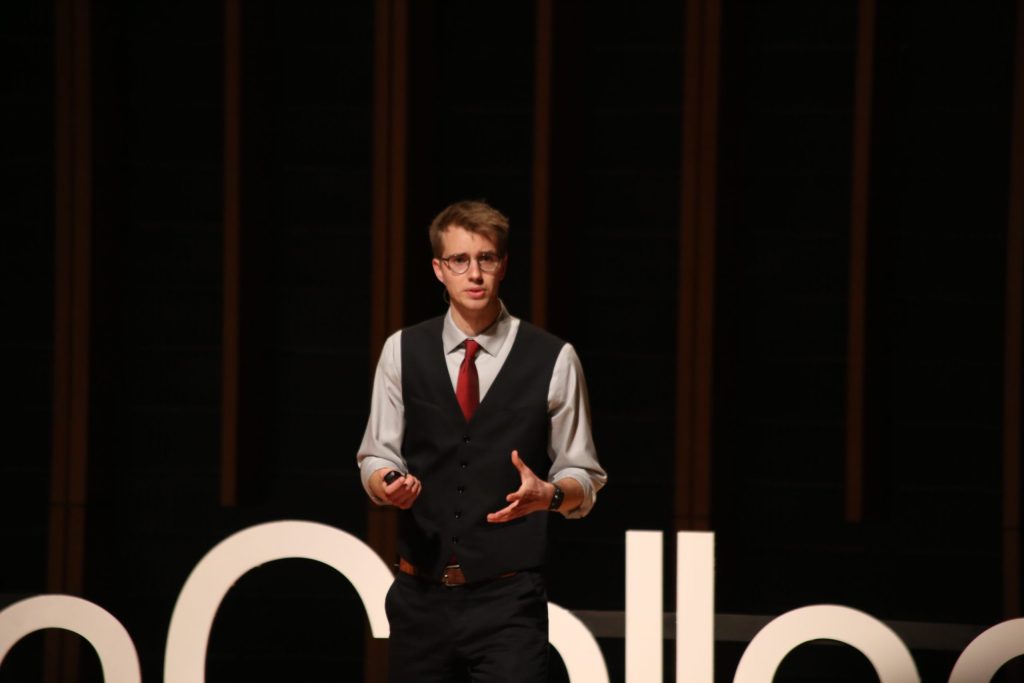
10/12/22 at 4:00pm in Chemistry A101
About the Seminar: Natural organic matter (NOM) is a mixture of organic molecules formed from the decomposition of biological material and can be found in the environment in soils, sediments, and water. NOM is directly relevant to both humans and broader ecosystems because it is a source of nutrients for microbes and vegetation and is […]
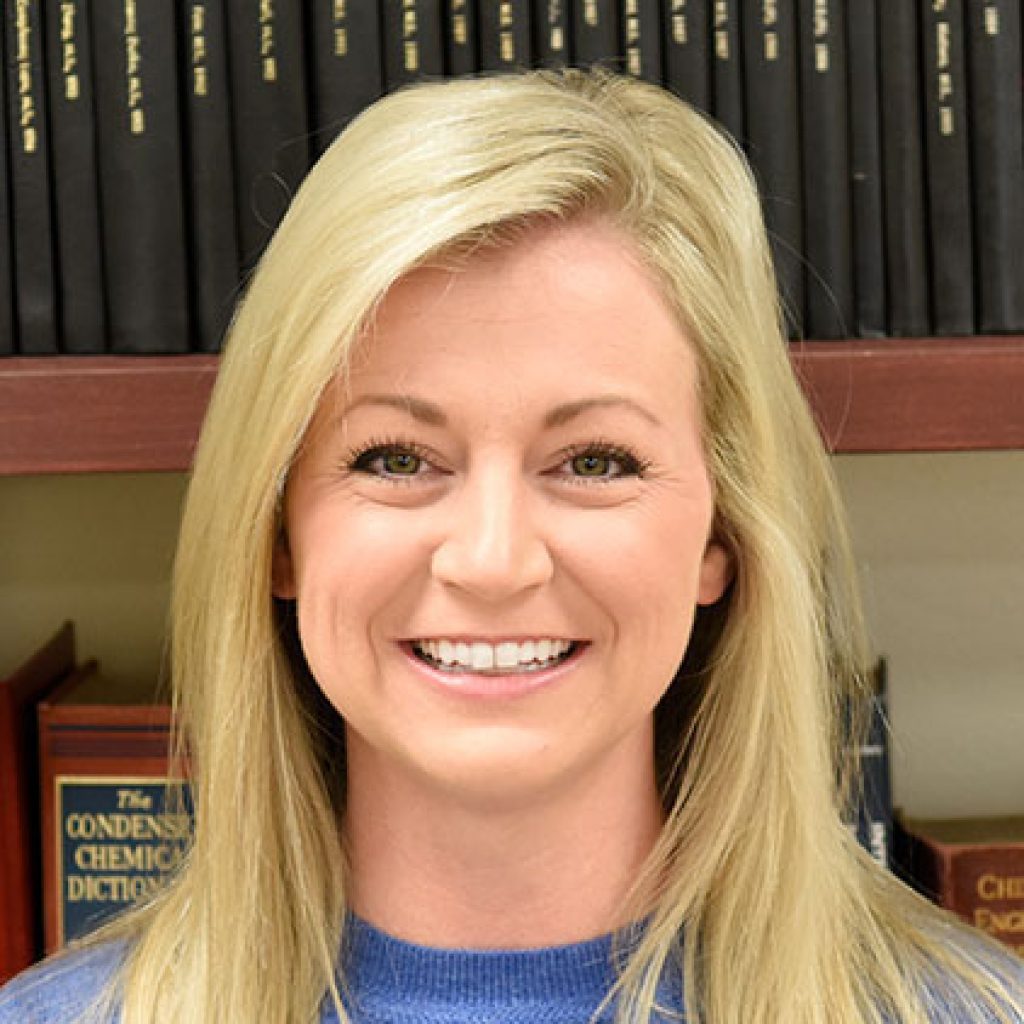
10/11/22 at 4:00pm in Chemistry A101
About the Seminar: First row transition metals present opportunities for the discovery of novel catalytic transformations enabled by their distinct reactivity. Iron complexes are especially attractive as transition metal catalysts given that iron is generally nontoxic and is the most abundant d-block metal in the Earth’s crust. Research in the Neely focuses on the development […]
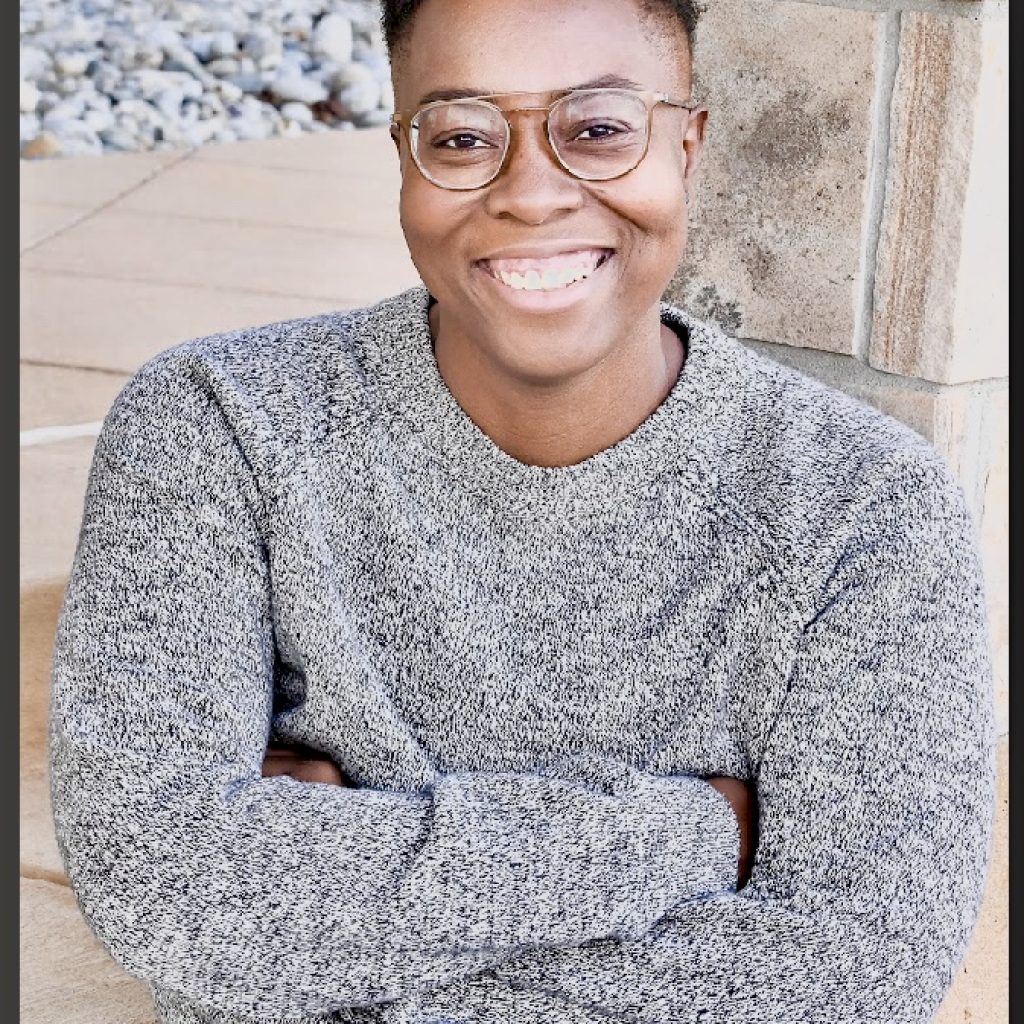
10/6/22 at 4:00pm in Chemistry A101
About the Seminar: Today, more than ever the University environment is becoming an increasingly diverse space for students, faculty and staff to navigate. Understanding the components of DEI is essential in engaging this ever changing social environment. This session allows for participants to gain a deeper understanding of DEI by understanding how we individually and […]
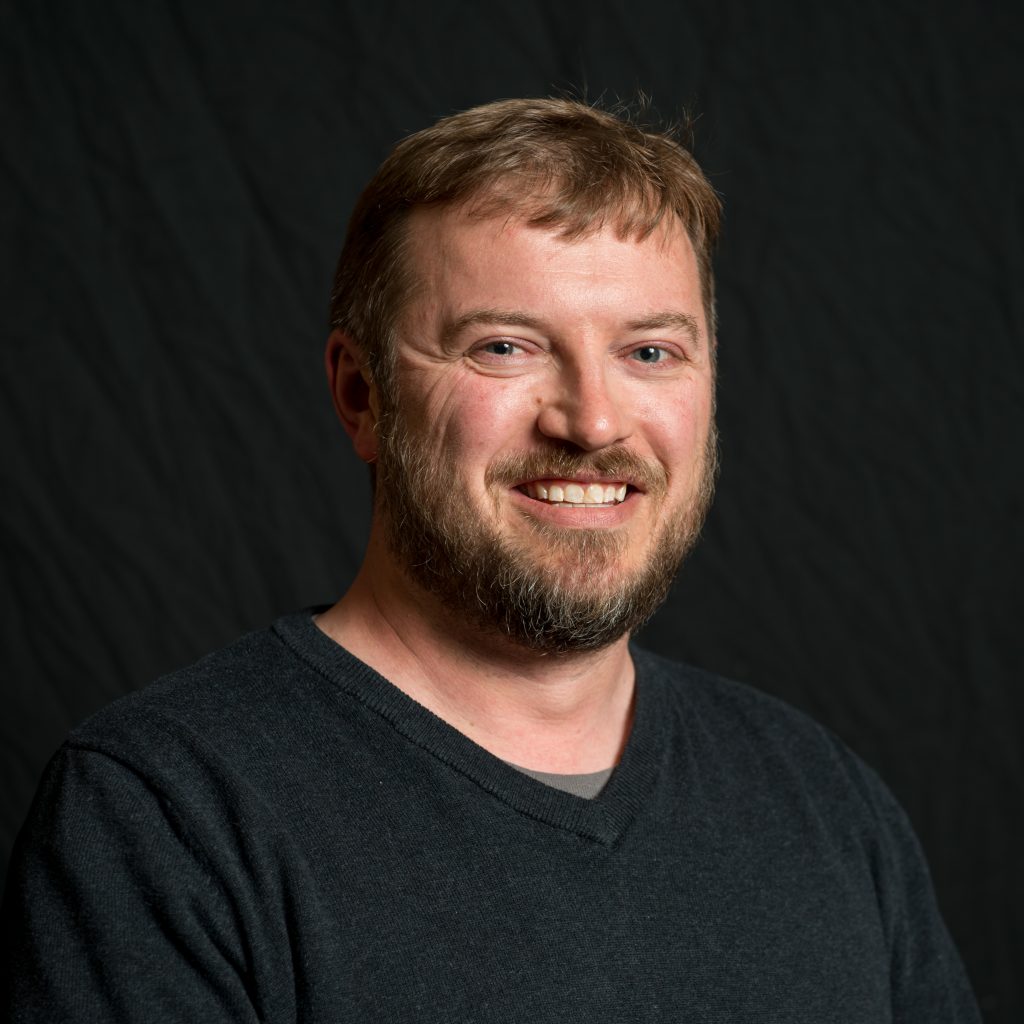
10/3/22 at 4:00 pm in A101
Dr. Matthew Shores will be presenting a public presentation for the reappointment to Chair of the Department of Chemistry.
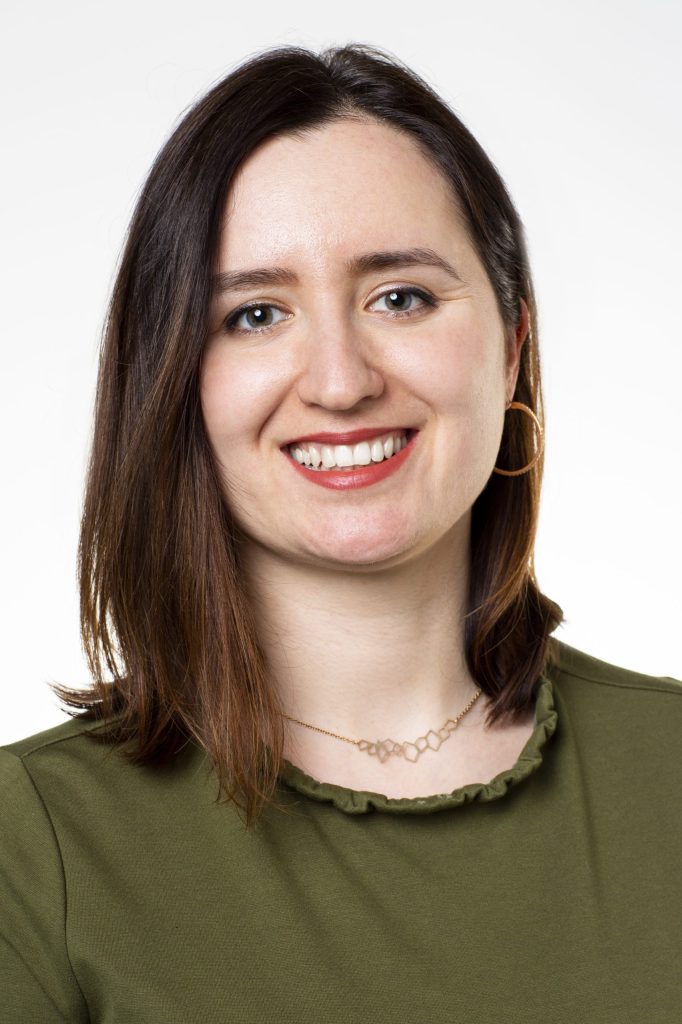
9/27/22 at 4:00pm in Chemistry A101
About the Seminar A central research goal in the Velian group is to create next-generation single atom catalysts poised to harness the cooperativity between the active site and chemically non-innocent supports. To emulate defect sites in inorganic heterogeneous catalysts in a controlled fashion, we embed well-defined active sites on the surface of clusters and 2D […]
9/23/22 at in
Please visit https://www.research.colostate.edu/arc/arc-seminar-series/ for more information on the ARC Seminar Series.
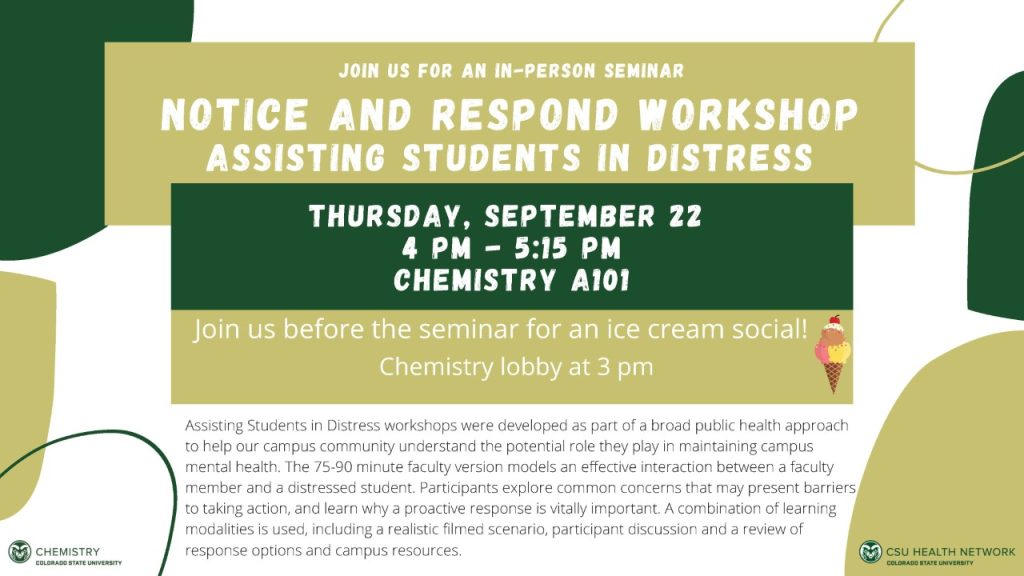
9/22/22 at 4:00pm in Chemistry A101
An event for new GTA’s and Faculty: Assisting Students in Distress workshops were developed as part of a broad public health approach to help our campus community understand the potential role they play in maintaining campus mental health. The 75-90 minute faculty version models an effective interaction between a faculty member and a distressed student. […]

9/20/22 at 4:00pm in Chemistry A101
About the Seminar: Control of electronic spin relaxation, via synthetic chemistry, is an important area of research for quantum information technology and next-generation medical imaging techniques. In particular, when considering the electronic relaxation of discrete molecules, the local environment (including nearby spins) plays a significant role in the rate at which spins relax. In this […]

9/19/22 at 4:00 PM in Chemistry A101
About the Seminar: Two Short Stories: (1) Developing a versatile contrathermal Cope rearrangement platform for enantioselective synthesis. (2) Toward atropselecitve disubstitution of nitroarenes. The Cope Rearrangement is a classic transformation of value to organic synthesis. Certain substrates classes have been well developed due to their ready availability and generally favorable energetic profiles. Conversely, 3,3-dicyano-1,5-dienes have […]
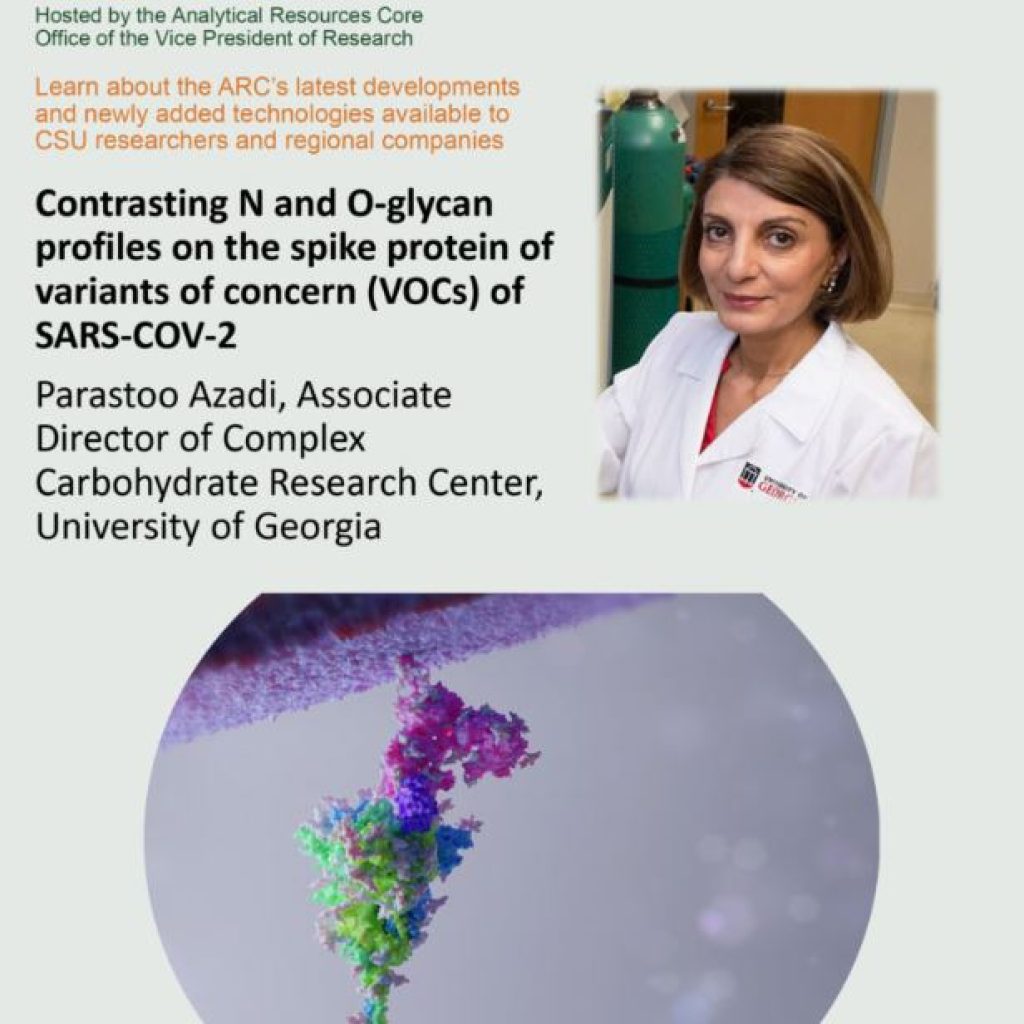
9/14/22 at 2:00pm in Virtual Seminar - Zoom
Please Visit https://www.research.colostate.edu/arc/arc-seminar-series/ for further details on the ARC Seminar Series.
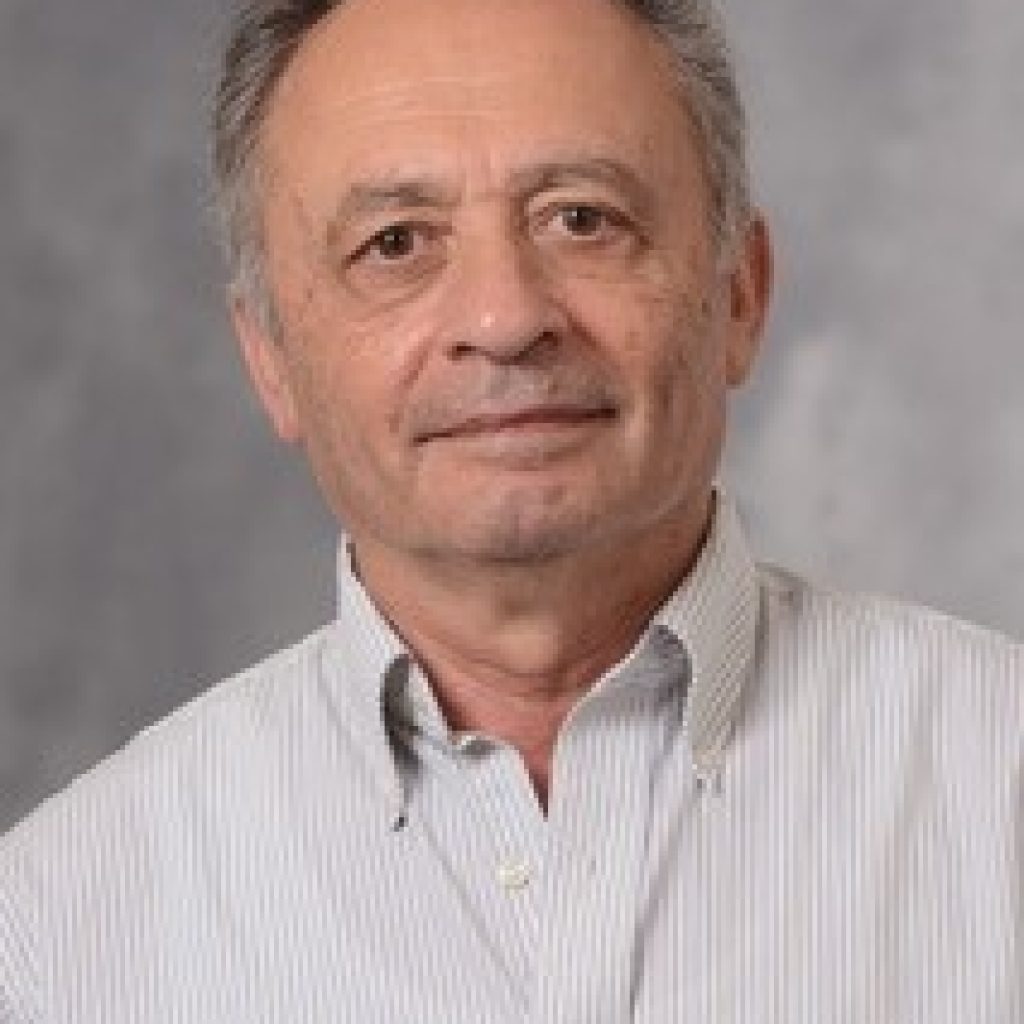
9/13/22 at 4:00pm in Chemistry A101
A Boulder Scientific Distinguished Lecture About the Talk: Design and development of sustainable, environmentally benign catalytic reactions for organic synthesis and for energy-related processes are major goals of current catalysis. We have developed new efficient, environmentally benign reactions catalyzed by pincer-type transition metal complexes, including complexes of earth-abundant metals. Several of these reactions either produce […]
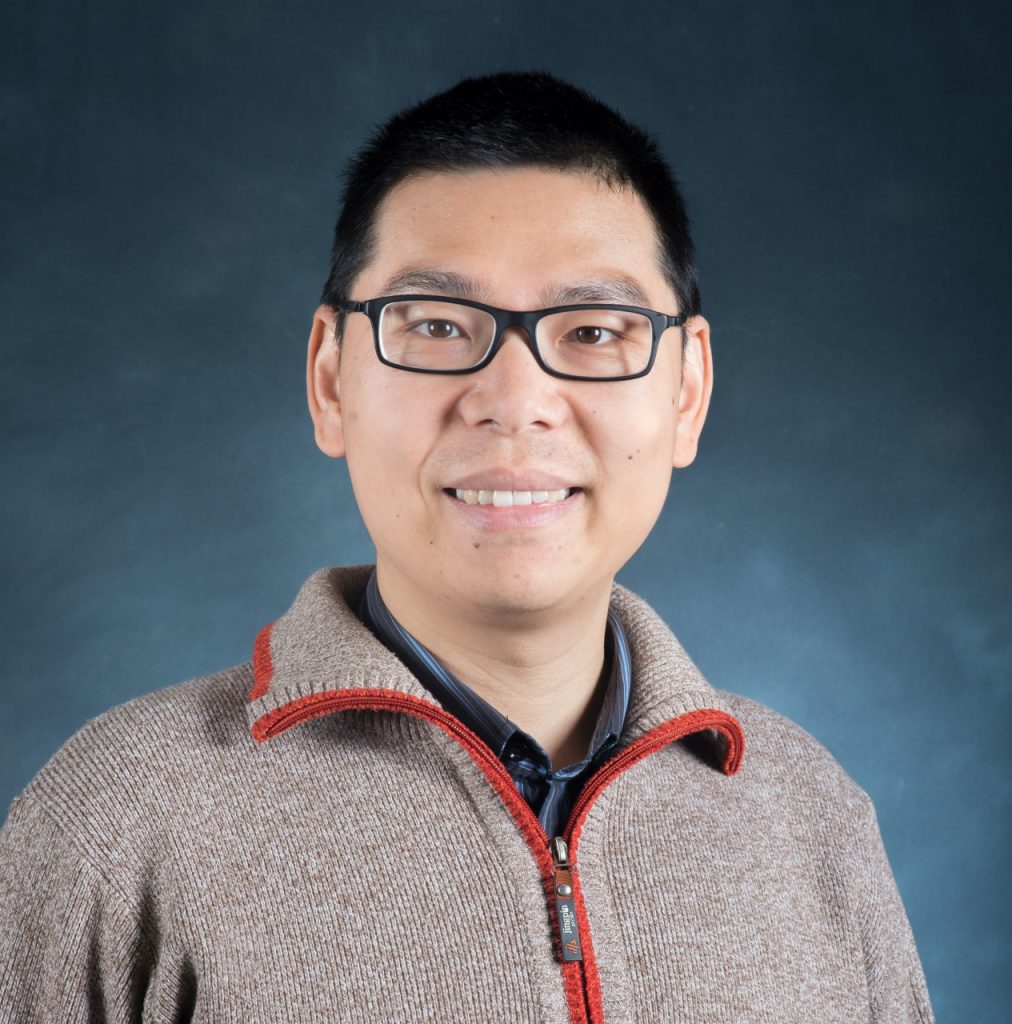
9/2/22 at 4:00 PM in Chemistry A101
Seminar Abstract Macromolecules are ubiquitous in life and in human society. A long-term goal of our research group is to develop novel synthetic macromolecules that are degradable, derived from sustainable resources, possess a circular life cycle, or can serve as functional probes in biological investigations. In this seminar, I will discuss new strategies that enable […]
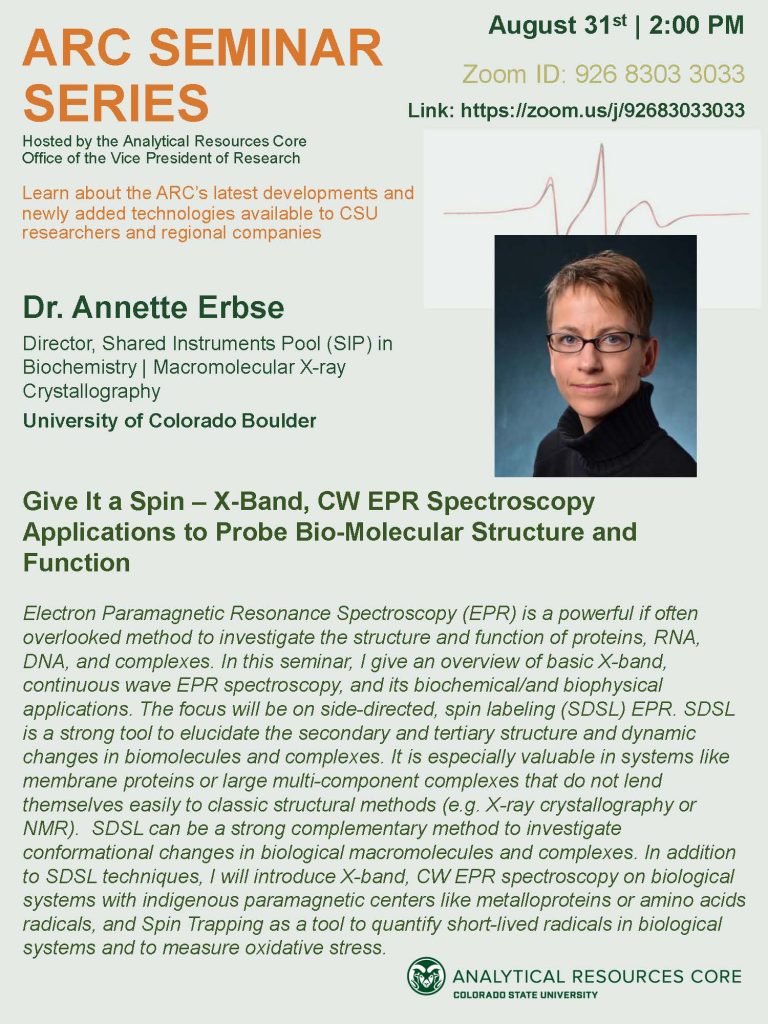
8/31/22 at 2:00pm in Virtual Seminar - Zoom
Please visit https://www.research.colostate.edu/arc/arc-seminar-series/ for more details on the ARC Seminar Series.
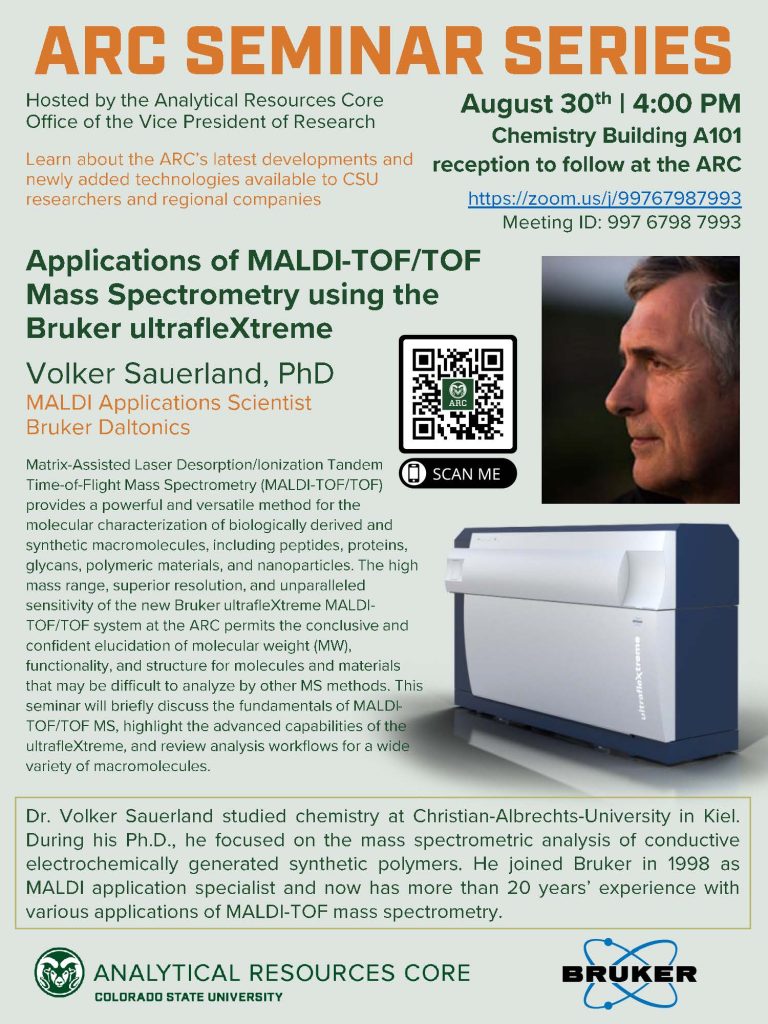
8/30/22 at 4:00pm in Chemistry A101
We are very excited to announce the arrival of our brand new Bruker ultrafleXtreme mass spectrometer, a state-of-the-art high resolution MALDI-TOF/TOF system that is well suited for the analysis of a wide variety of macromolecules like synthetic polymers, nanoparticles, proteins, peptides, and other biologically derived polymers, as well as small molecules that are difficult to analyze by […]

8/26/22 at 4:00pm in Chemistry A101
Are you a current student who has questions about the Materials Chemistry Program? Are you an incoming first year student who is interested in the materials chemistry program? Join Dr. Sambur for a Materials Chemistry Division meeting on Friday, August 26th at 4 PM in A101. We will discuss the division makeup, course work expectations, […]

8/6/22 at 8:30am in Canvas Stadium, 4th Floor
For more information and to register for the symposium, please visit https://www.chem.colostate.edu/alumni-friends/stille-symposium-2022/ .
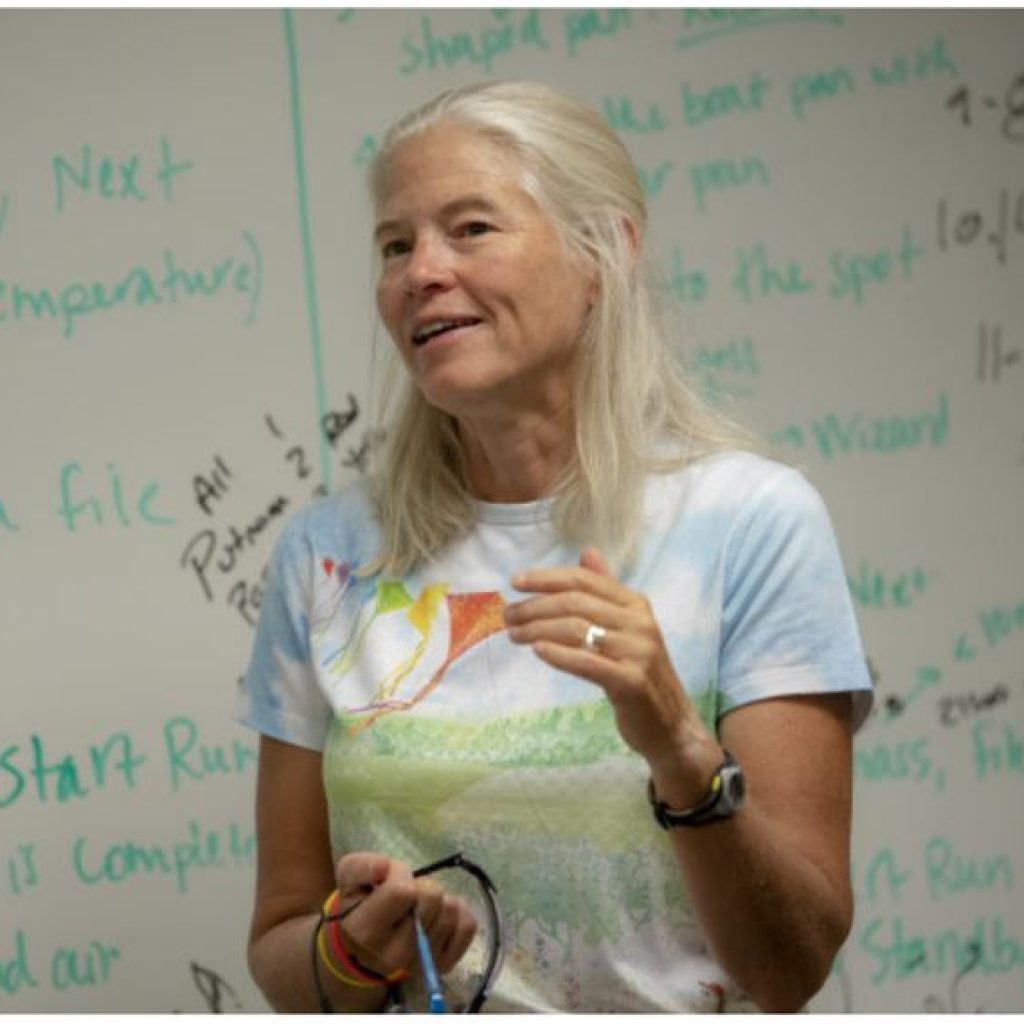
7/21/22 at 4:00pm in Yates 102/103
Are you curious about what it is like to have a career at a primarily undergraduate institution (PUI) that does not offer a M.S. or Ph.D.? Want to know more about the process of applying for positions at PUIs or even strategies for success in your early years? Join us this Thursday, July 21, for […]
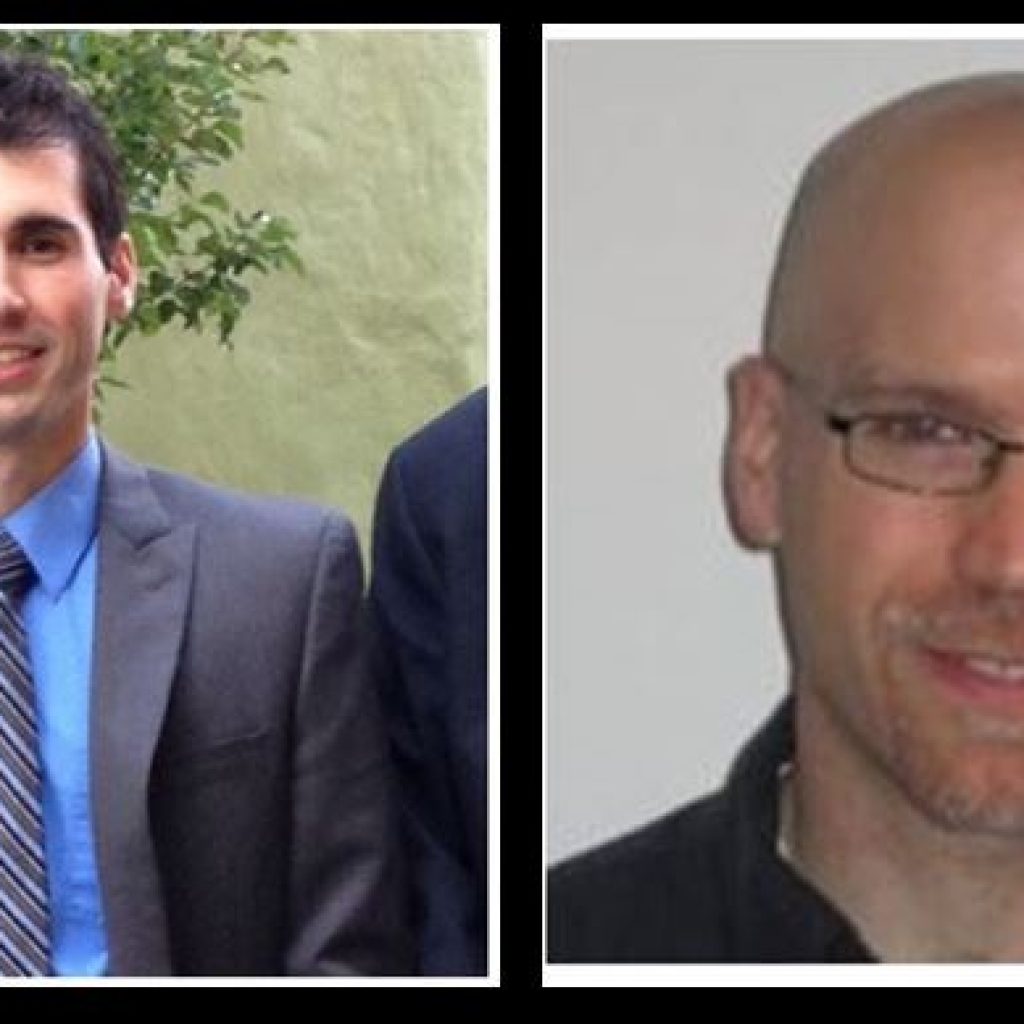
7/21/22 at 4:00pm in Chemistry A101
Join us this Thursday, July 21st, for an informational session with visiting scientists from Merck & Co. Dr. Jack Scott (Director – Discovery Chemistry) and Dr. Dan DiRocco (Principal scientist) will be speaking. Pizza will be served at the information session from 4-5pm in the Chemistry building. After the session, a happy hour from 5-6pm […]
6/15/22 at 4:00pm in Chemistry A101
POSTPONED until further notice. Special Analytical Seminar with ARC; details to be announced.

6/6/22 at 4:00pm in Chemistry A101
About the Talk: The trifluoromethoxy (-OCF3) substituent has emerged as a prominent functional group in the development of new pharmaceuticals, agrochemicals, and functional materials. A widely utilized approach to form carbon-OCF3 bonds is nucleophilic substitution of electrophiles with trifluoromethoxide. Despite significant developments in this area, facile decomposition of trifluoromethoxide into difluorocarbonyl and fluoride has prevented […]

6/6/22 at 4:00pm in Chemistry A101
About the Talk: The beneficial effects of fluorine substitution on the ADME properties of drugs has been widely recognized and its presence in pharmaceuticals and agrochemicals has increased dramatically due to the development of reagents for facile fluorination and trifluoromethylation. Conversely, the pentafluorosulfanyl (–SF5) group remains underexplored due to the challenges of working with traditional […]
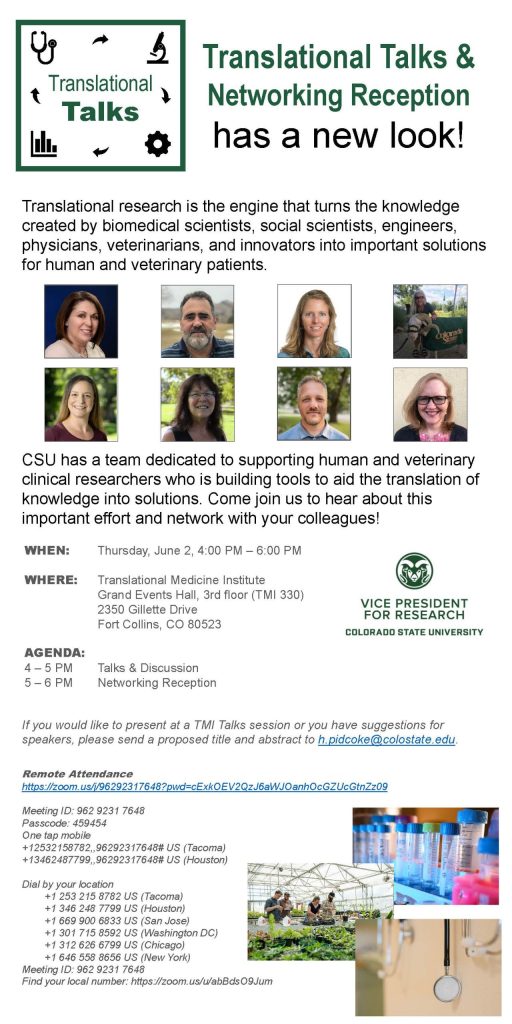
6/2/22 at 4:00pm in Translational Medicine Institute
Translational Talks & Networking Reception has a new look! Translational research is the engine that turns the knowledge created by biomedical scientists, social scientists, engineers, physicians, veterinarians, and innovators into important solutions for human and veterinary patients. CSU has a team dedicated to supporting human and veterinary clinical researchers who is building tools to aid […]

5/31/22 at 4:00pm in Chemistry A101
About the Seminar: Nitroarenes are an important class of molecules found in pharmaceuticals and used as synthetic intermediates in the synthesis of more complex molecules. Because nitroarenes are very pi-deficient, they are challenging to halogenate via electrophilic aromatic substitution (EAS). Currently, these molecules can be halogenated at the meta position using solvent quantities of strong […]
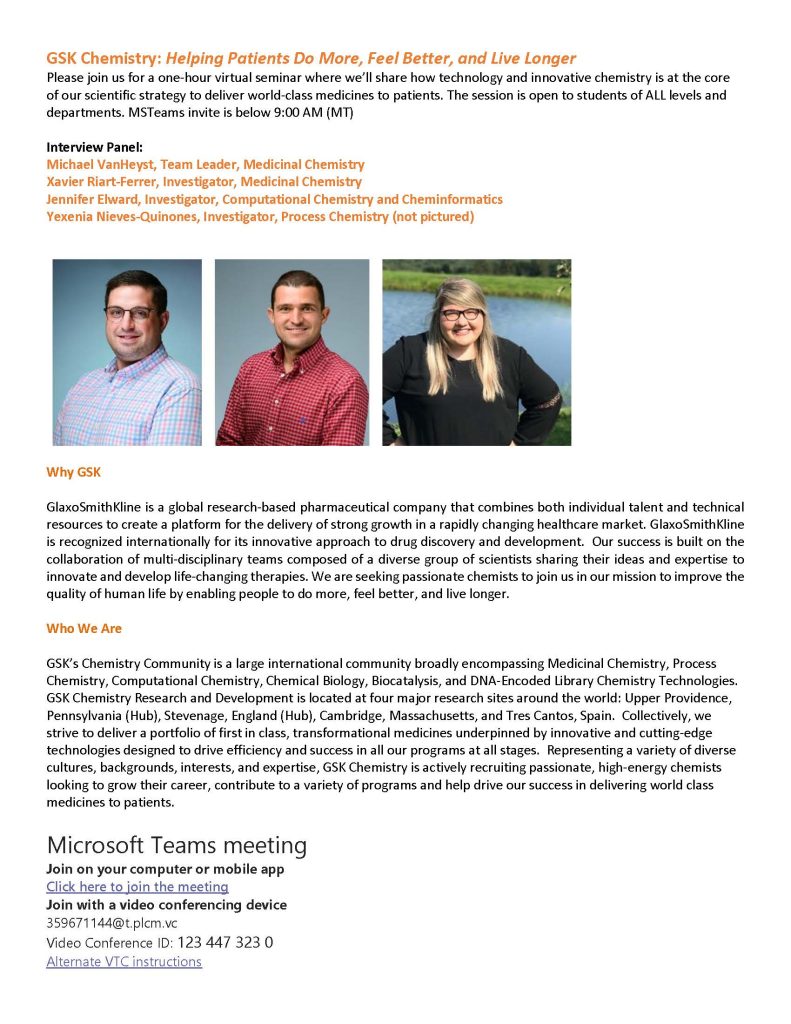
5/26/22 at 9:00 am in Virtual Microsoft Teams Meeting
Please join us for a one-hour virtual seminar where we’ll share how technology and innovative chemistry is at the core of our scientific strategy to deliver world-class medicines to patients. The session is open to students of ALL levels and departments. MSTeams invite is below 9:00 AM (MT) Interview Panel: Michael VanHeyst, Team Leader, Medicinal […]

5/16/22 at 4:00pm in Chemistry A101
About the Seminar: Arguably the most facile synthetic approach towards sustainable polyesters is through the ring-opening polymerization (ROP) of cyclic esters (or lactones). Robust methodology has been developed for the controlled ROP of these cyclic monomers at scale, but synthesis of these lactone monomers from bio-derived feedstocks can often be multi-step, energy intensive, low yielding, […]
5/13/22 at 9:00 am in Chemistry, B202
chemistry-senior-thesis-symposium
5/3/22 at 4:00 PM in Chemistry A101
Hear about CSU Chemistry technologies and companies Learn about the Commercialization process at CSU Learn about opportunities to get involved! Food will be provided Interested but can’t make it? Contact Steve Foster for more information: steve.foster@colostate.edu
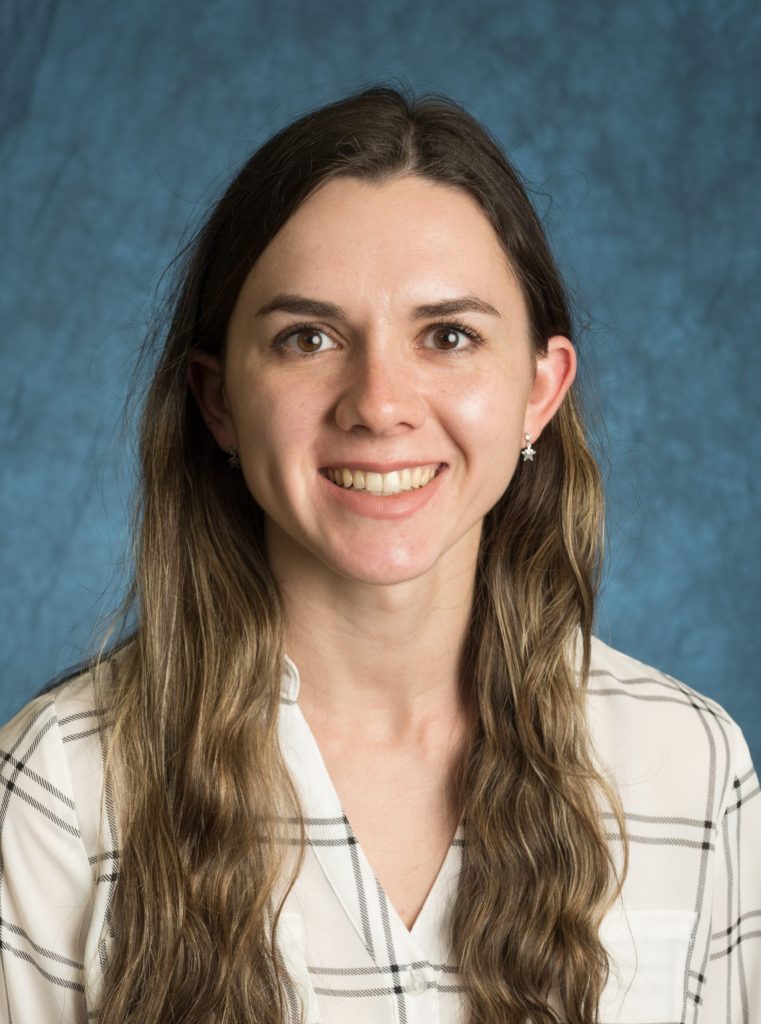
5/2/22 at 4:00 PM in Virtual Seminar - Zoom
About the Seminar: This work will explore photoredox-Ni dual catalyzed sp2-sp3 cross-coupling, Diels-Alder, and hetero Diels-Alder reactions towards their use in synthesizing synthetic cannabinoids. These transformations are critical for medicinal chemistry applications to enable reactions between electron-rich dienes and electron-rich dienophiles and difficult sp3-sp2 cross-coupling reactions. Additionally, these reactions can be used to synthesize JWH133 […]

4/29/22 at 4:00pm in Chemistry A101
About the Seminar: In the modern world, polymeric materials dominate both commercial and consumer materials. From car tires to drug delivery capsules, the applications of polymers are nearly limitless. As such, there has been significant interest in understanding the structure-property relationships for both theoretical and real polymers. In particular, the effect of chain ends on […]
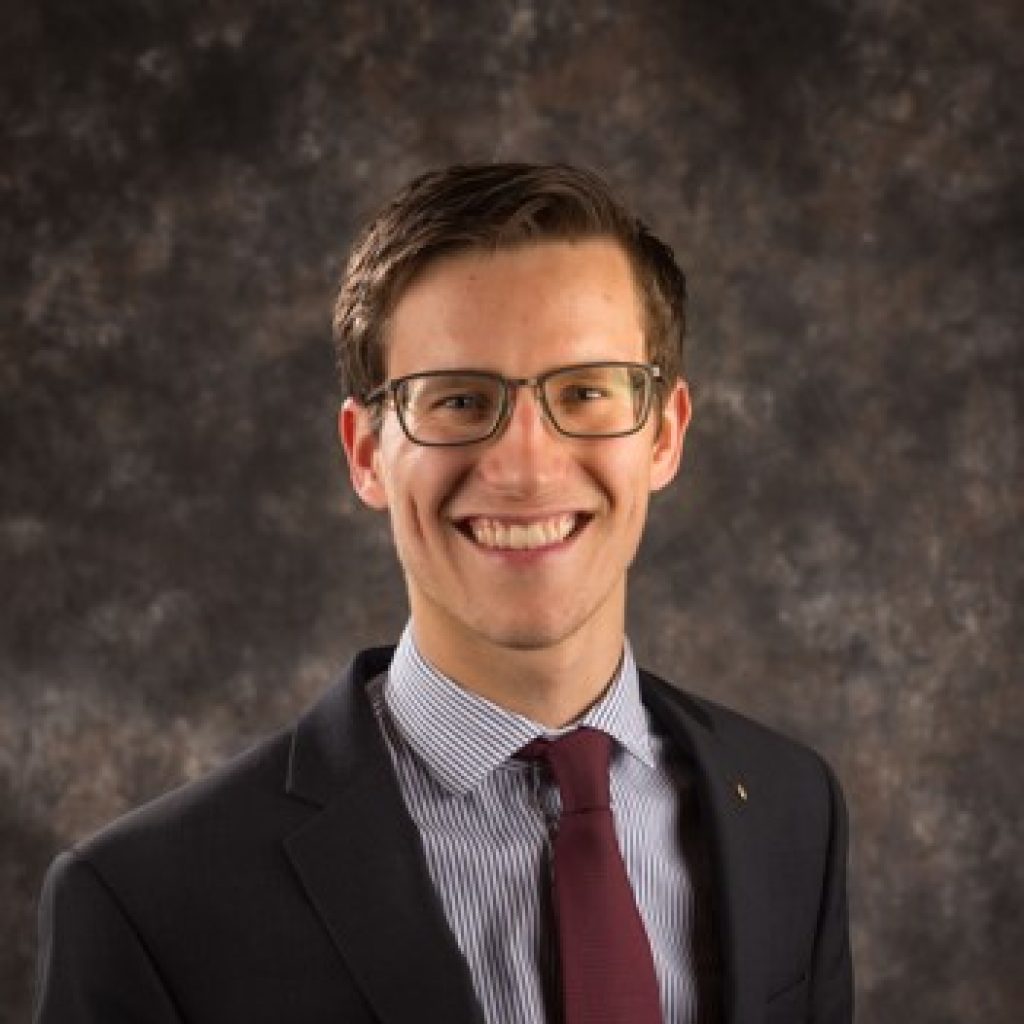
4/26/22 at 4:00pm in Chemistry A101
Visiting Scientist Seminar About the Seminar: The synthesis of inorganic materials, particularly via solid-state routes, often results in unexpected and/or unwanted product phases. While these phases are typically referred to as “kinetic” products, their formation can often be rationalized through careful application of thermodynamics at solid interfaces within an “open” framework, where chemical potentials of […]
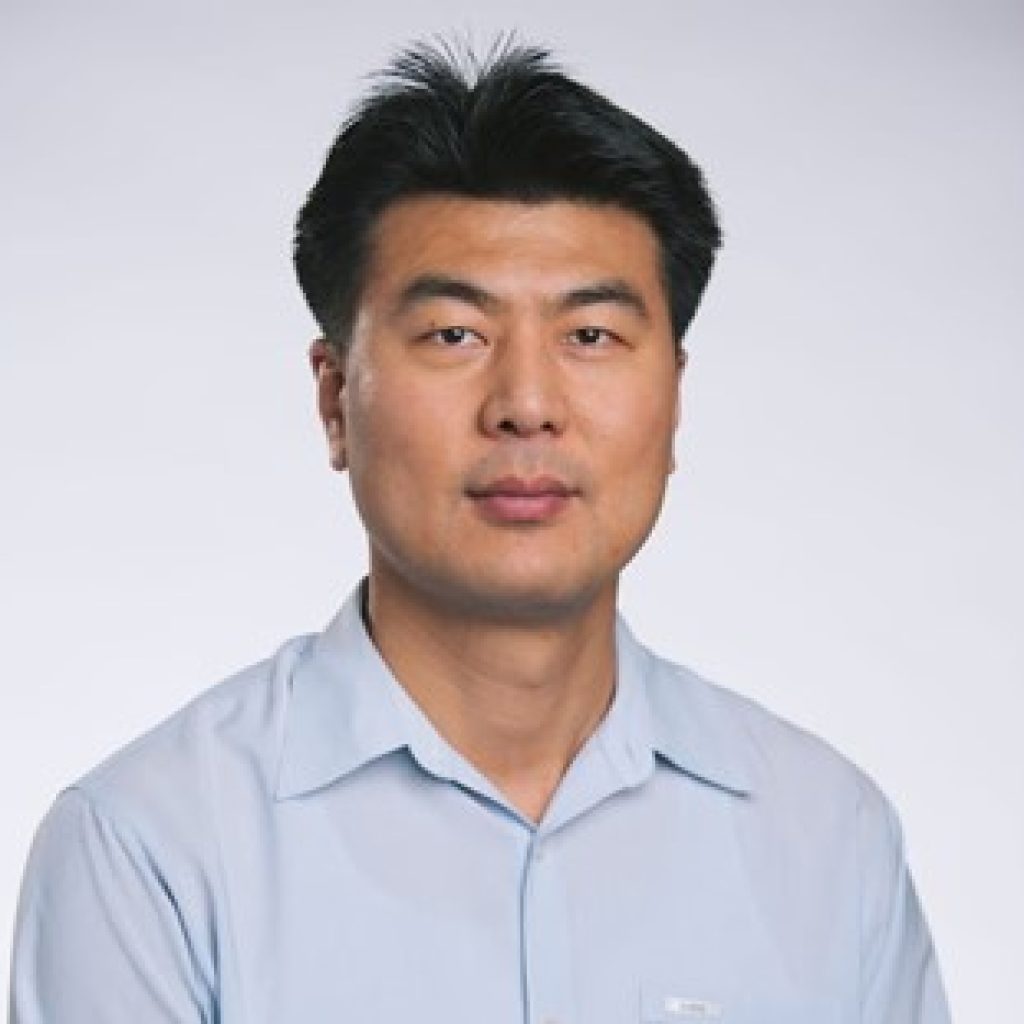
4/25/22 at 4:00 PM in Chemistry A101
About the Seminar: Imaging techniques are a vital part of clinical diagnostics and biomedical research. Optical molecular imaging makes use of relatively harmless, low-energy light, and technically straightforward instrumentation. Bioluminescence imaging systems, particularly use of firefly luciferin, are attractive because they have inherently high signal contrast due to the lack of background emission. However, current […]

4/22/22 at 4:00 pm in Chemistry, A101
About the Seminar: Solid-state synthesis is a popular method to explore and produce new functional materials. However, selectively synthesizing a product in solid-state is difficult because the target phase is competing with other chemical composition that are equally or more stable. The key is to selectively form intermediates that direct a reaction towards one product […]
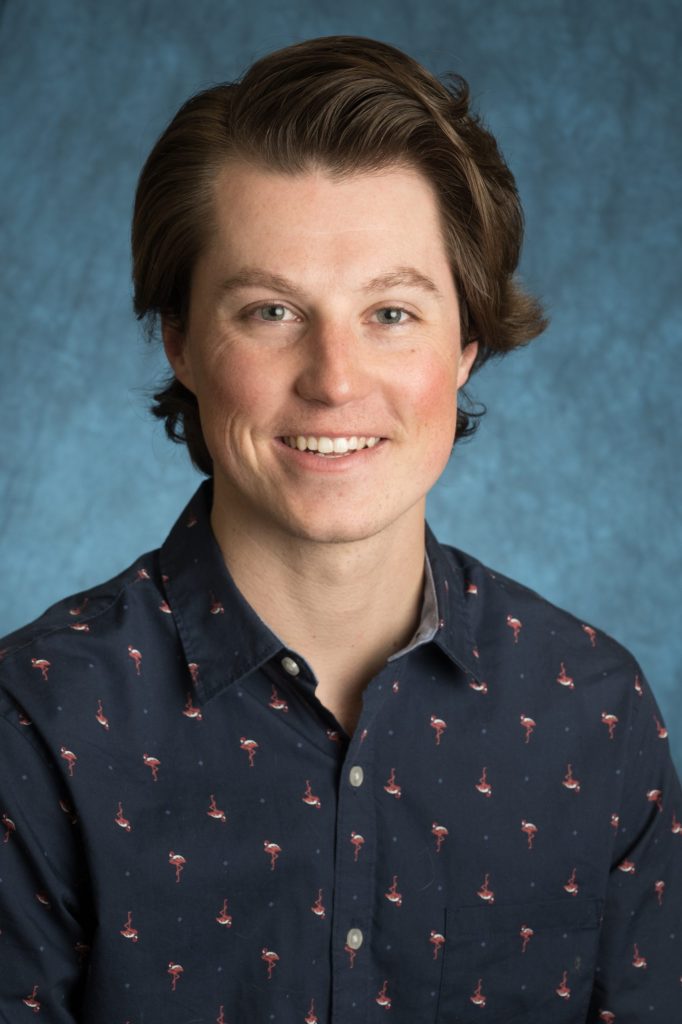
4/19/22 at 4:00 PM in Chemistry A101
About the Seminar: Electron Paramagnetic Resonance Imaging (EPRI) stands to vastly improve the capabilities of non-invasive medical imaging techniques by harnessing the sensitivity of electronic spins. In order for this technique to reach viability, a fundamental understanding of how to design the necessary imaging agents is imperative. Much research has been conducted into EPRI imaging […]
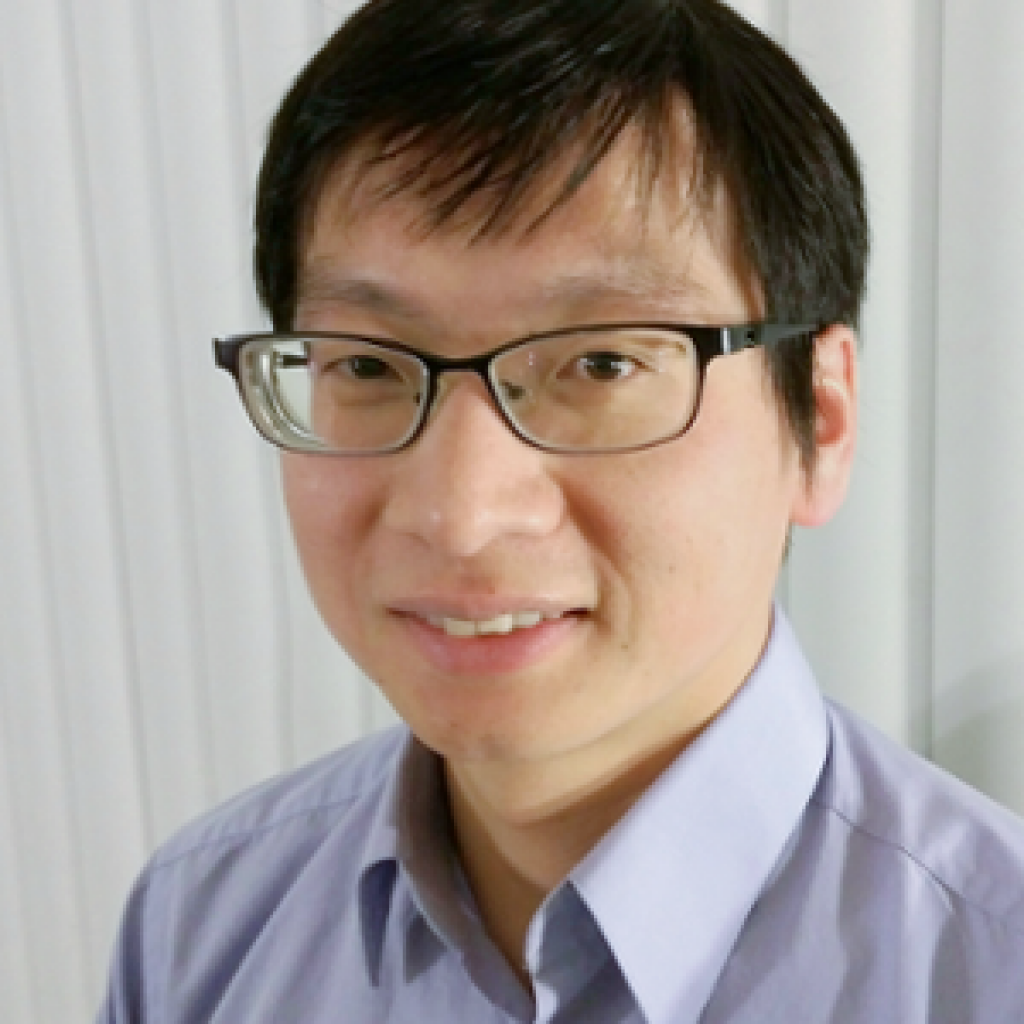
4/14/22 at 4:00 pm in Chemistry A101
About the Seminar: Copper enters cells through pores formed by trimeric Human copper transporter 1 (hCTR1). Elevated Cu induces clathrin-dependent endocytosis of hCTR1 and decreases the hCTR1 surface abundance by half. However, it remains unclear how cells minimize the Cu-uptake activity of the remaining surface hCTR1. This study examined the oligomeric states of hCTR1 complexes […]
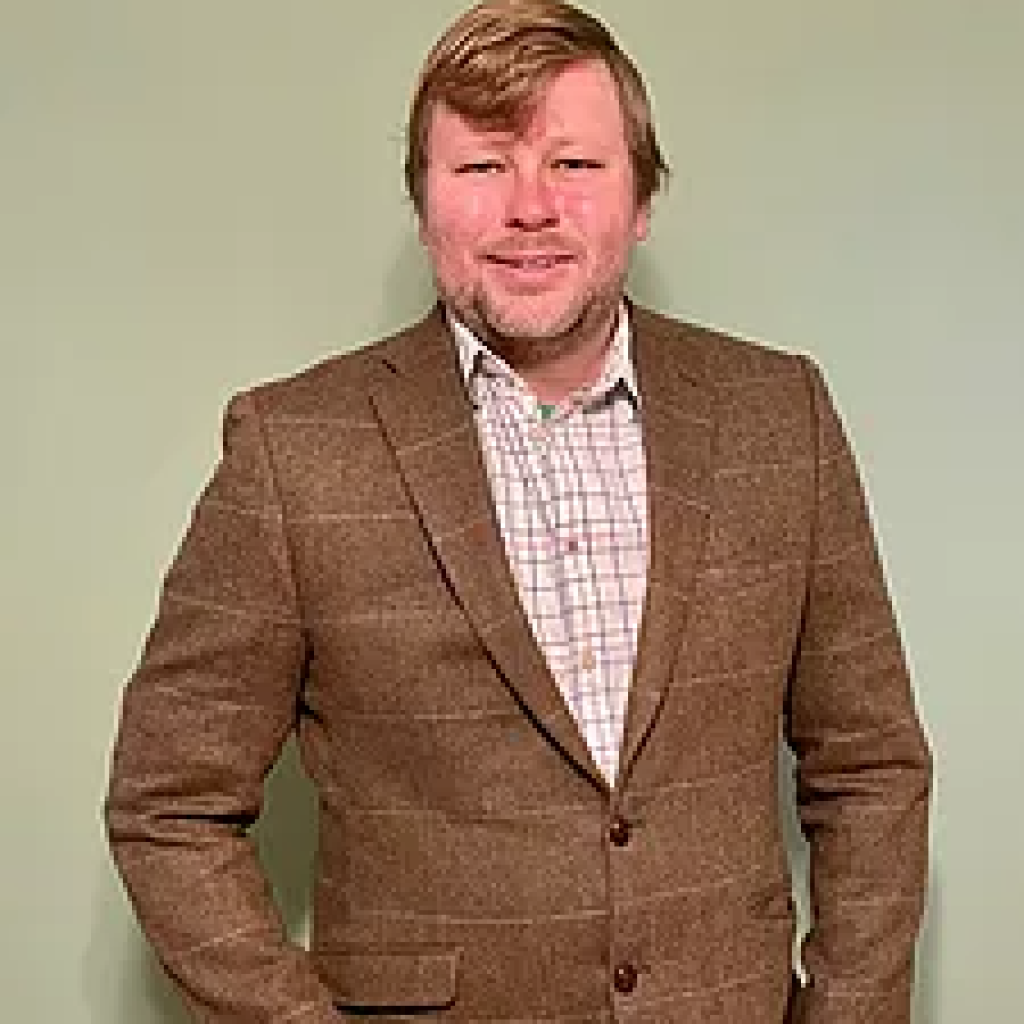
4/11/22 at 4:00 PM in Chemistry A101
About the Seminar Covalent protein modification chemistries have become an essential component to a wide array of fields ranging from drug discovery and chemical biology to materials chemistry. As a result, the development of new bioconjugation chemistries with enhanced sophistication and new capabilities serve to not only enable access to protein conjugates with new functional […]
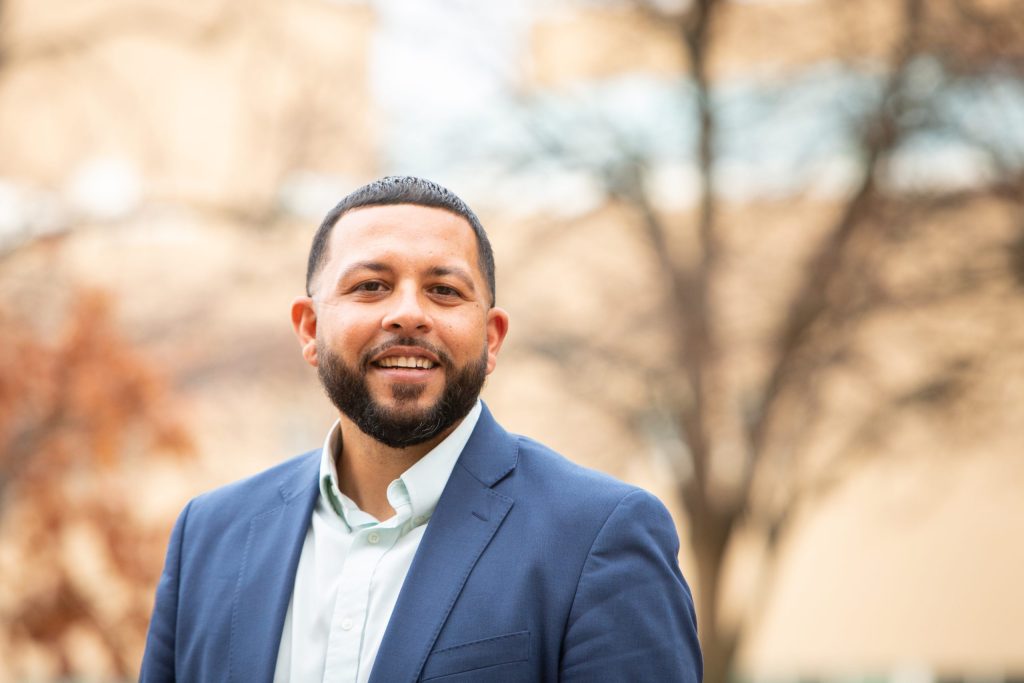
4/8/22 at 4:00 pm in Chemistry A101
About the Seminar: Development of materials that address the growing dichotomy of simultaneously increasing energy demands and carbon emissions is an imperative that has progressively affected energy-related research efforts. An emerging technical avenue in this area is the conversion of vastly abundant renewable energy sources that can be harnessed and directed towards synthesis of traditionally […]
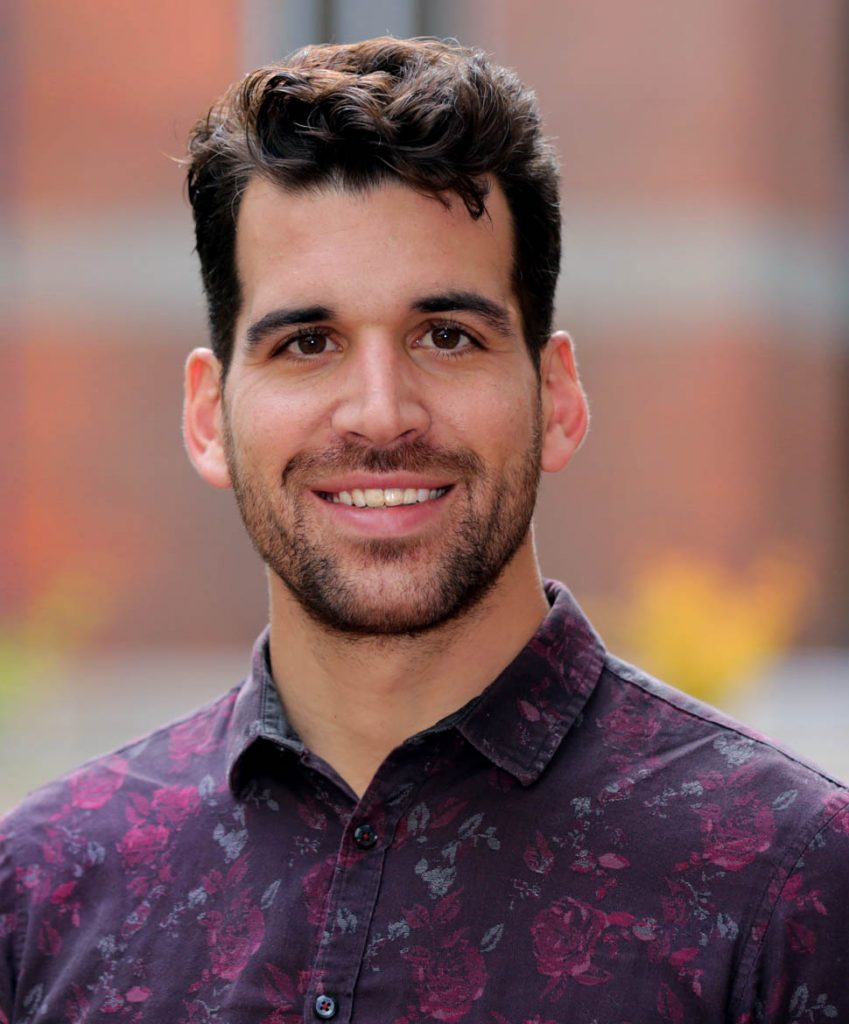
4/4/22 at 4:00 PM in Chemistry A101
About the Seminar: Plastics are the largest synthetic consumer product in the world, with an annual production of over 360 million metric tons annually. Despite the structural diversity enabled by modern advances in polymer synthesis, greater than 60% of world plastic production remains dominated by polyolefins. These high-volume, low-cost engineering thermoplastics are made from a […]
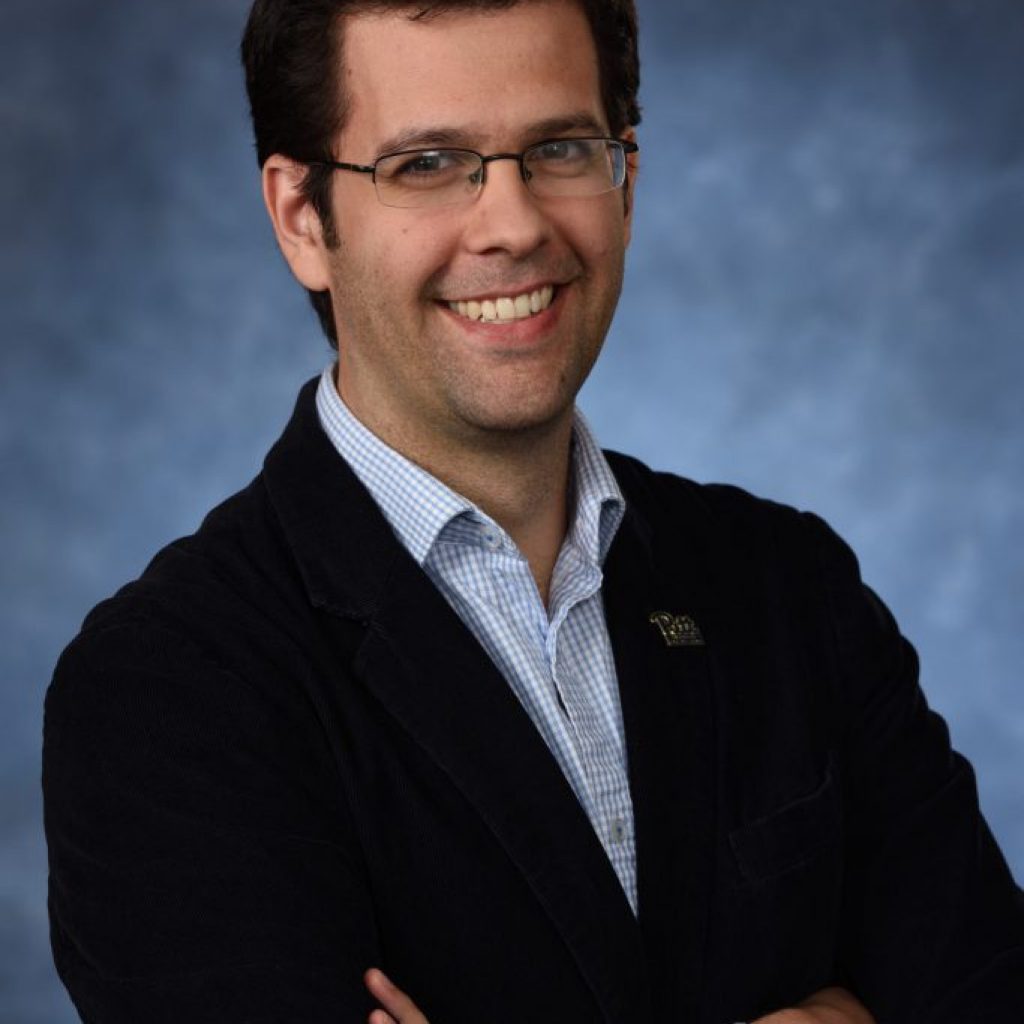
4/1/22 at 4:00 pm in Chemistry, A101
About the Seminar: Our research group uses the principles of electrochemistry and engineering design to advance new technologies for sustainable energy and chemical production. This presentation will summarize ongoing work in our lab directed at developing technologies that use renewable electricity to decarbonize chemical manufacturing. First, I will lay out the enormous challenge of reconfiguring […]

3/31/22 at 4:00pm in Chemistry A101
About “The Stress Less Program” During this interactive presentation, participants will gain better understanding of the stress response, the positive and negative effects of stress, and the influence of the mind/body connection to stress management. Students will participate in discussion and activities to help them better understand causes of stress, how to identify stress […]

3/30/22 at 4:00 PM in Chemistry A101
About the Seminar: Medical diagnostics account for less than 5% of total medical spending in the US, but the results of those diagnostics influence more than 70% of treatment decisions and further care. Traditional laboratory diagnostics are costly in terms of both money and the time it takes to receive results. Most lab-based methods require […]
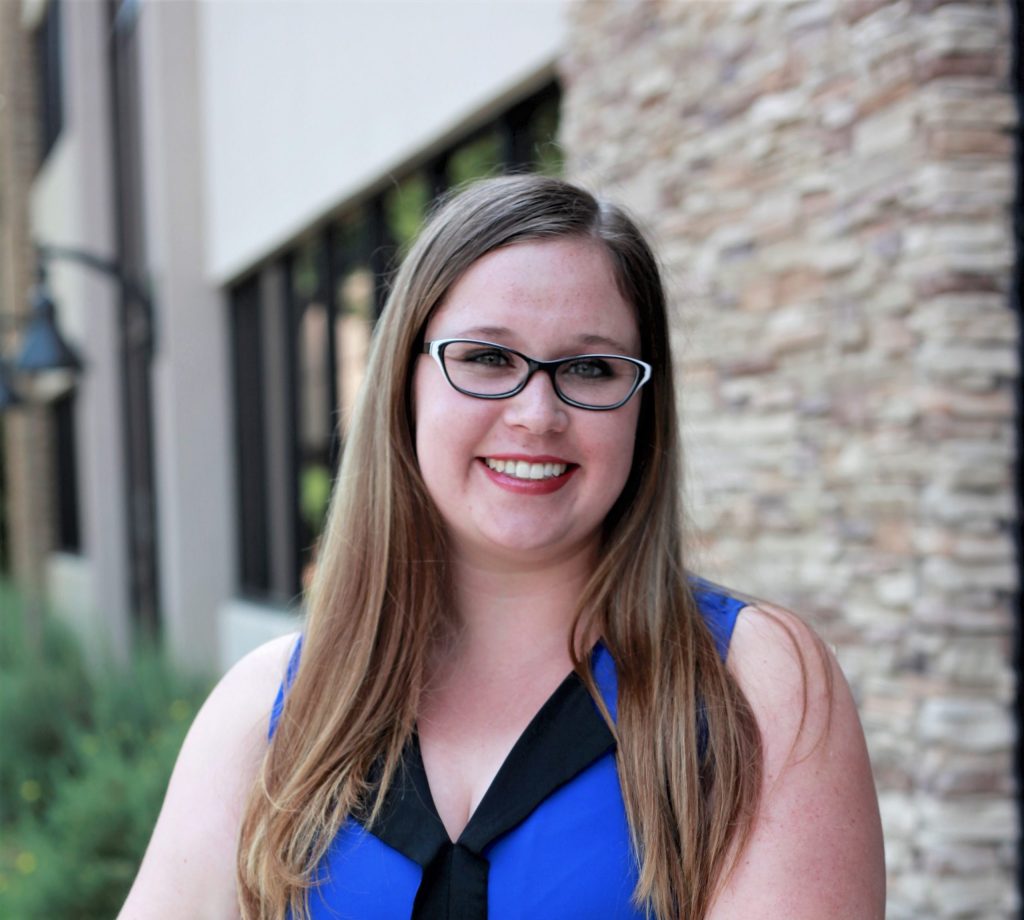
3/30/22 at 4:00 PM in Chemistry A101
About the Seminar: Carbon has become a popular material for electrochemical sensors due to its wide availability, low cost, and excellent electrochemical properties. More importantly, carbon electrodes can take on several different forms, from robust thermoplastic electrodes to flexible stencil-printed electrodes. This allows carbon-based electrodes to be used in variety of different applications and environments […]
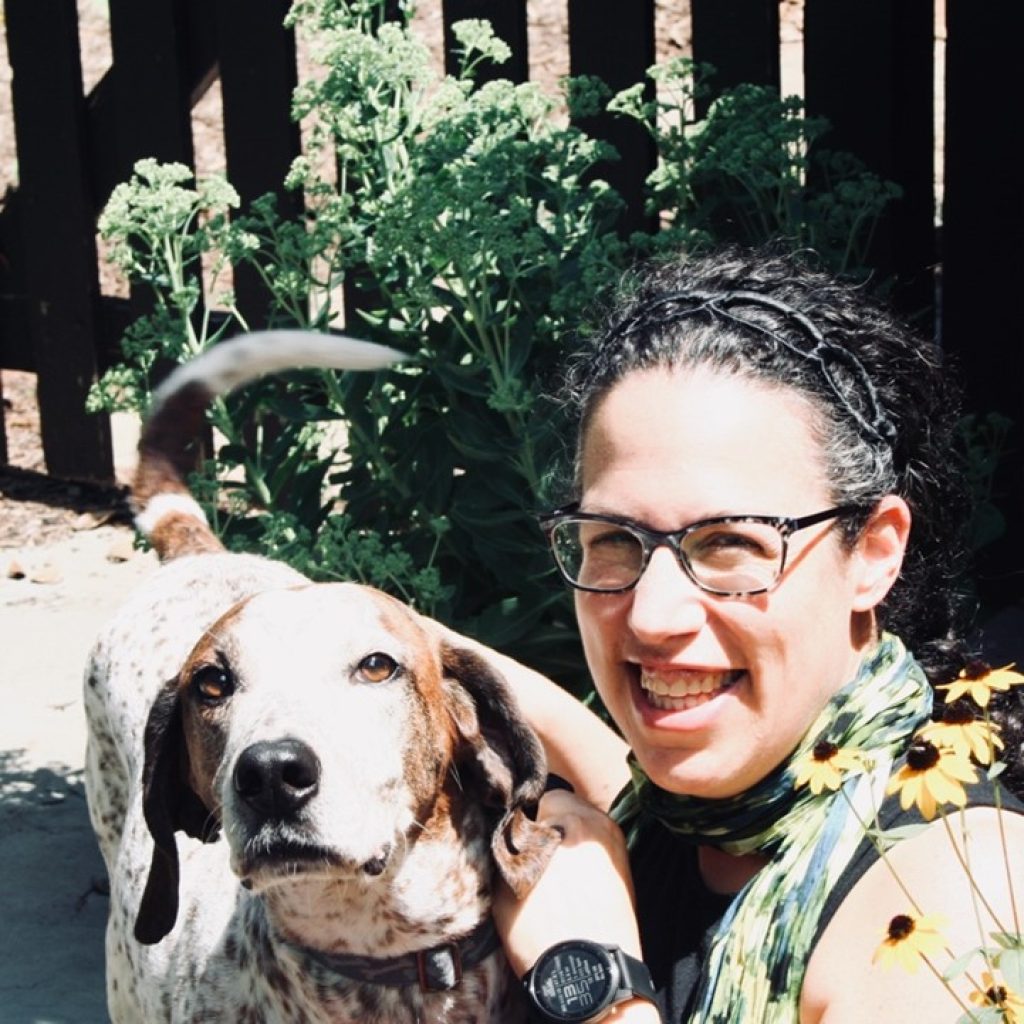
3/29/22 at 4:00 pm in Virtual Seminar - Zoom
About the Seminar: A significant body of research is focused on student understanding of chemical concepts, particularly in general chemistry, organic chemistry, and biochemistry. Few investigations have focused on more advanced courses. As part of the VIPEr Fellows project to study foundation-level inorganic chemistry courses, faculty from eighteen institutions used a series of open-ended questions […]

3/28/22 at 4:00pm in Virtual Seminar - Zoom
About the Seminar: Organoboron species are key reagents in organic synthesis, materials science, and drug discovery. Methods that install the boryl functional group are in high demand, especially those that provide a route to previously inaccessible organoboron intermediates. Potassium acyltrifluoroborate salts (KATs) are bench-stable reagents that display rapid condensation with nitrogen nucleophiles for amide-bond formation […]
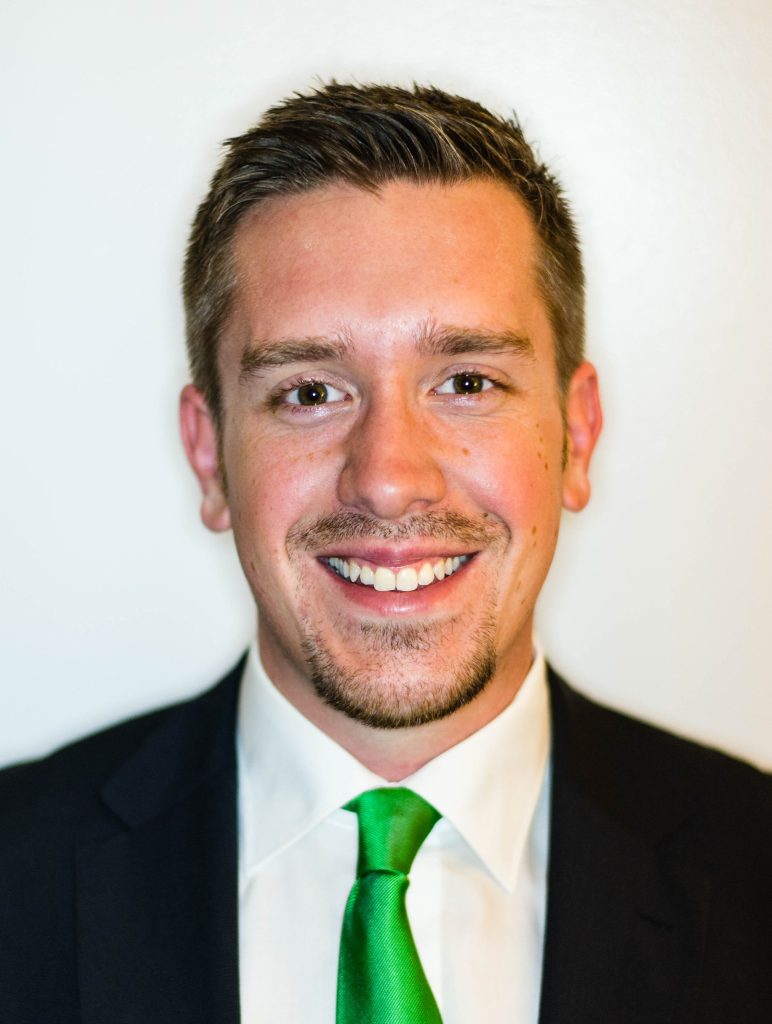
3/25/22 at 4:00 PM in Chemistry A101
About the Seminar: The covalent attachment of polymers has emerged as a powerful strategy for the preparation of multi-functional surfaces. Patterned, surface-grafted polymer brushes provide spatial control over a variety of physical properties and allow for fabrication of ‘intelligent’ substrates which selectively adapt to their environment. This presentation describes recent advances in our group in […]
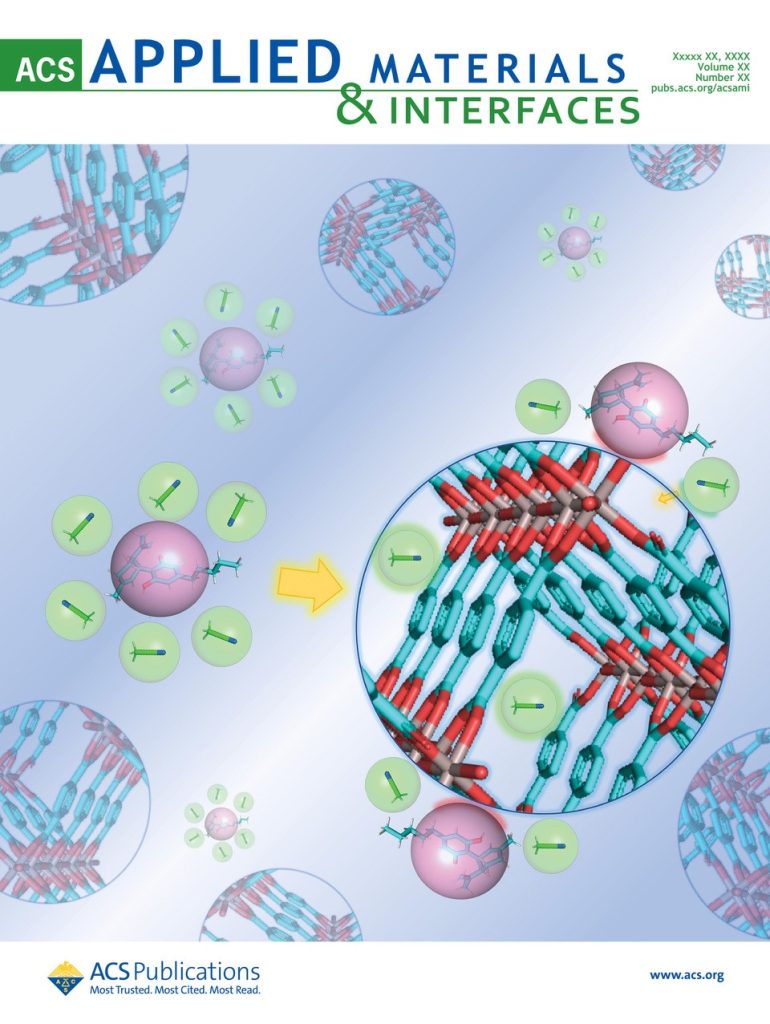
3/9/22 at 4:00 PM in Chemistry A101
Cannabinoids are important industrial analytes commonly assayed with High Pressure Liquid Chromatography (HPLC). In this study, we evaluate the suitability of MIL-53(Al), a commercially available MOF as a stationary phase for cannabinoid separations. The suitability of a MOF for a given separation is hypothesized to be limited by the ability of a given molecule to […]

3/9/22 at 4:00 PM in Chemistry A101
While natural wildfires have been the principal landscape disturbance in boreal forests for the last 6000 years, warming climate and land management have increased the frequency and severity of wildfires in the western US. Wildfires can induce important ecological benefits to many ecosystems; however, severe wildfires may threaten soil health, water and air quality, and […]
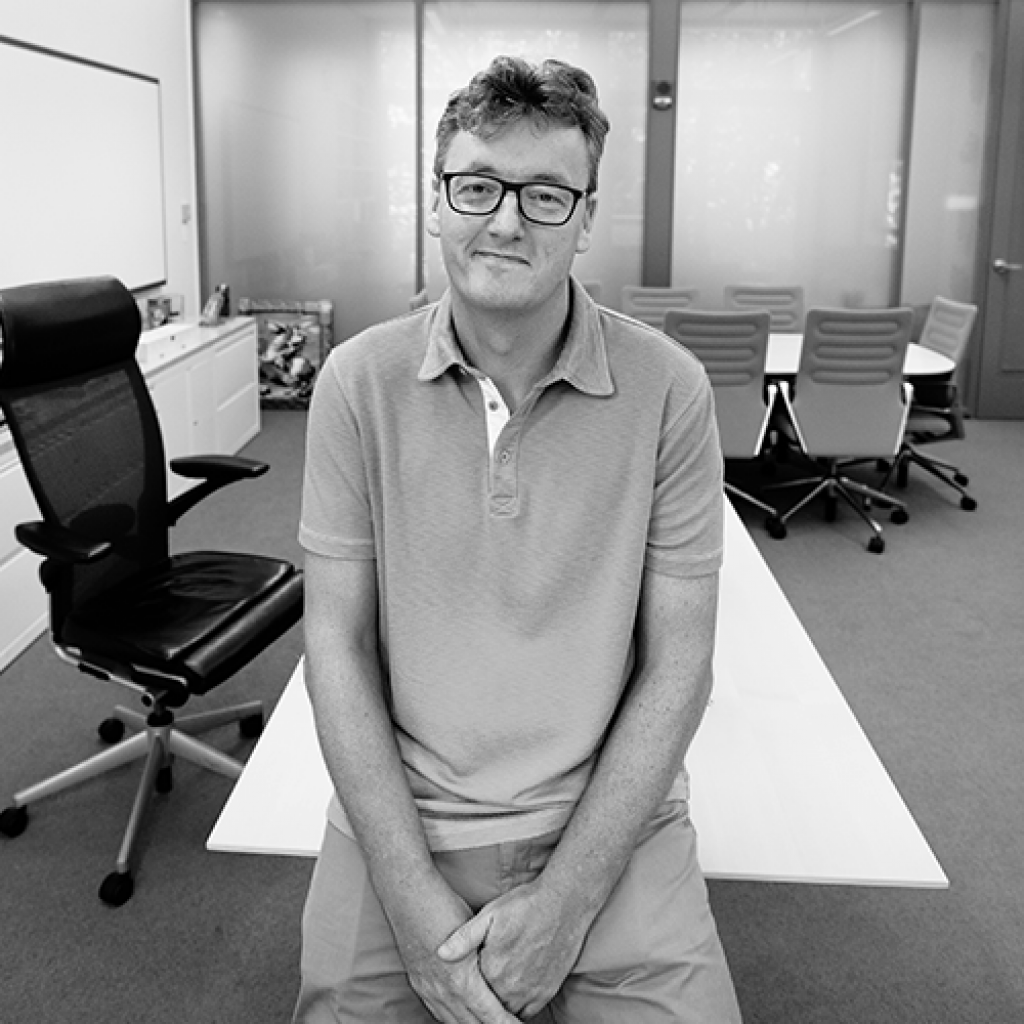
2/28/22 at 4:00 PM in Chemistry A101
Williams Distinguished Lectureship
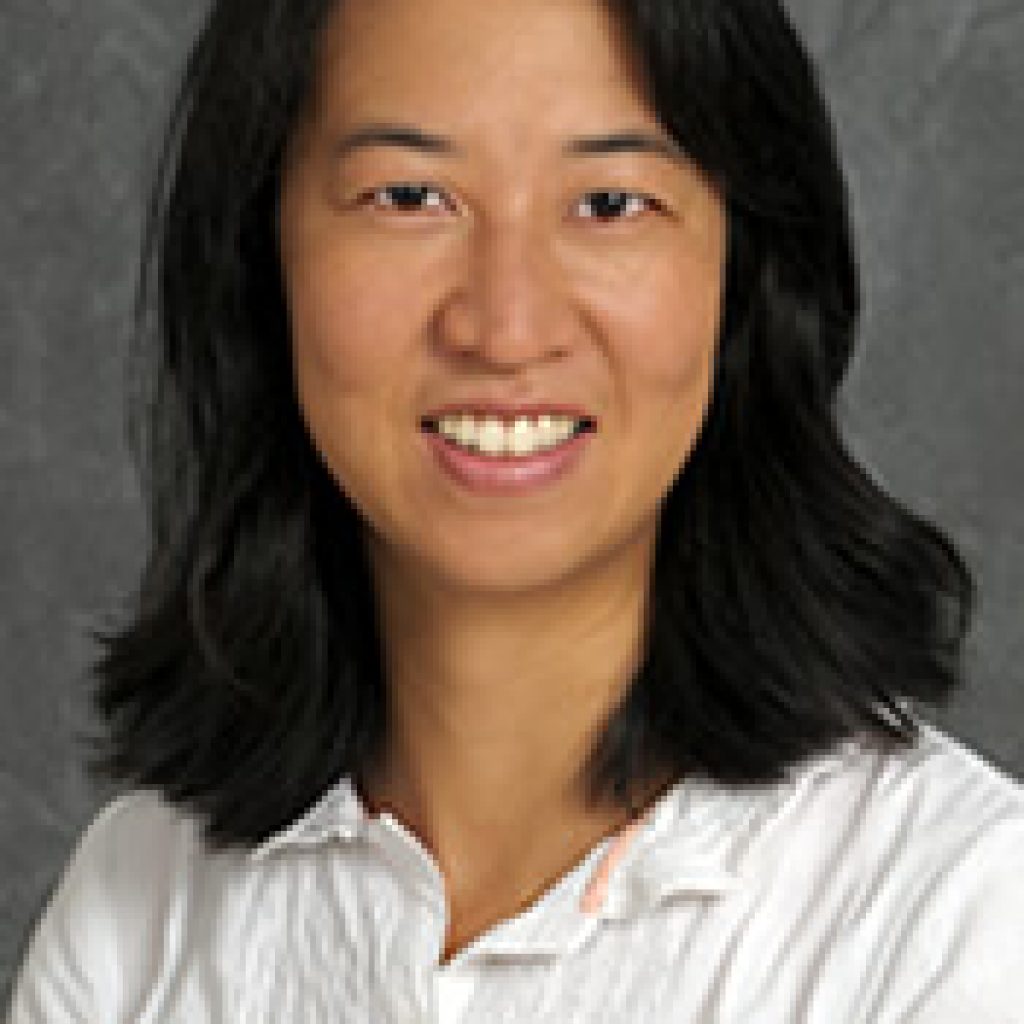
2/25/22 at 4:00 PM in Chemistry, A101
Seminar abstract: This seminar will explore fundamental developments in polymer synthesis, including methods for controlling polymer dispersity and copolymer sequence. Growing evidence indicates that these parameters, dispersity and sequence, profoundly impact polymer material properties, such thermal stability and degradation profiles. Yet, methods for high-resolution control over these parameters are rare, preventing systematic correlation of polymer structure […]
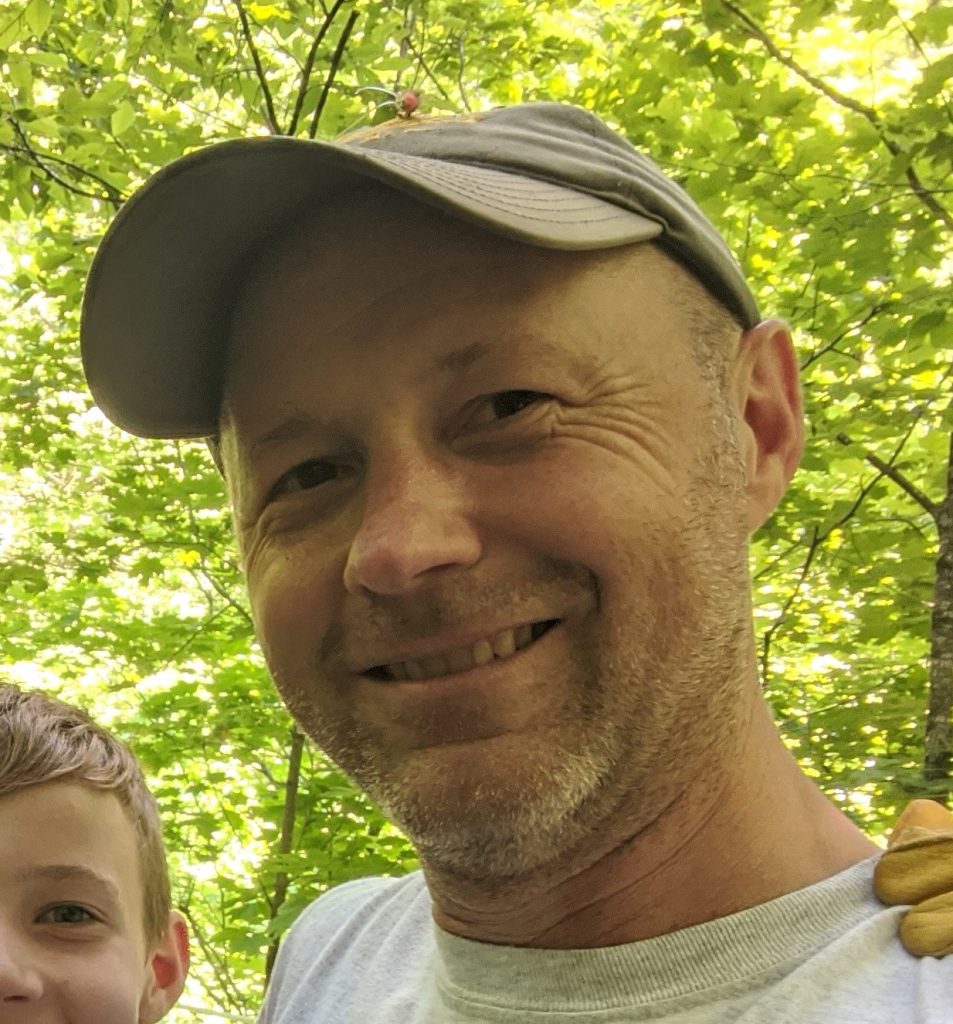
2/24/22 at 4:00 pm in Chemistry, A101
Abstract: I will present results in which we have placed semiconducting carbon nanotube thin films in between two highly reflective mirrors to create excitonic polaritons. The intensity of light inside cavities like these are so strong that the excitons on different nanotubes become coupled to one another, creating spatially delocalized wavefunctions. We have created a […]
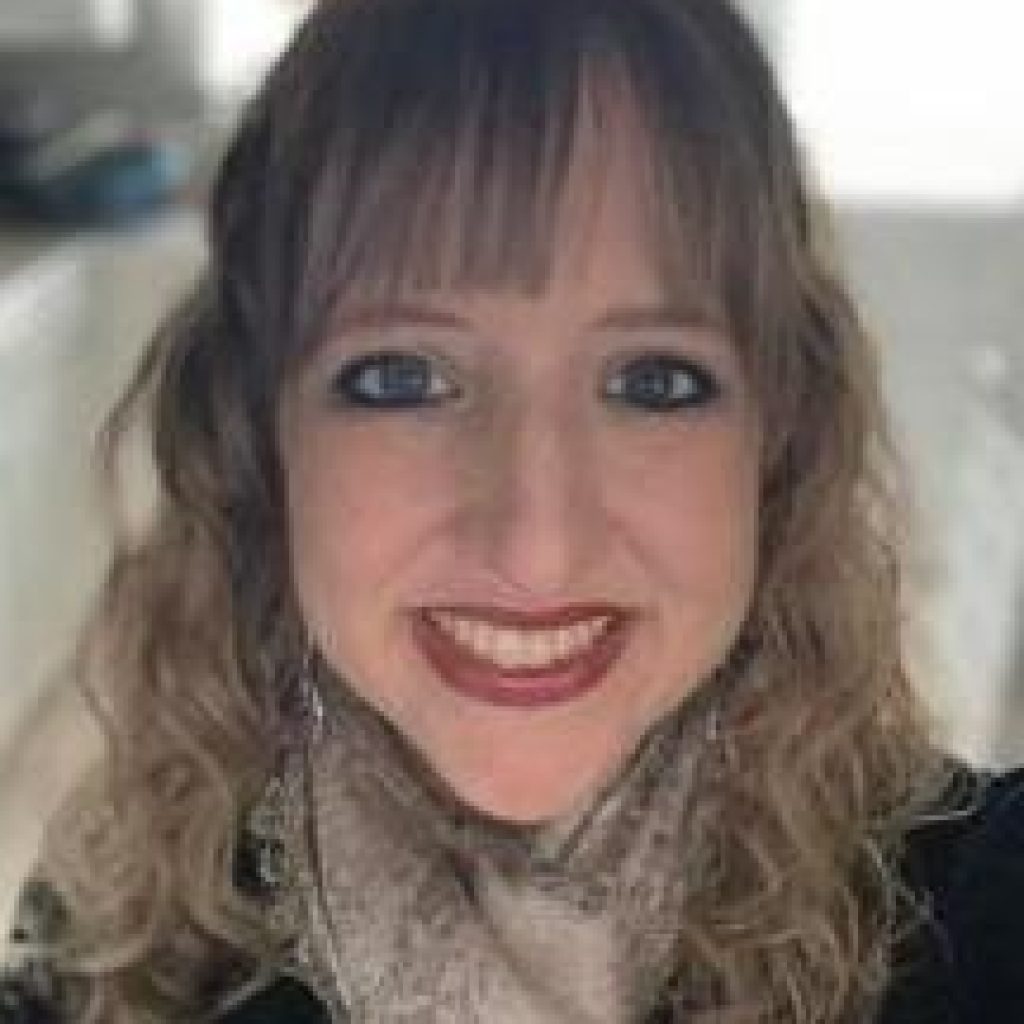
2/23/22 at 4:00 PM in Chemistry A101

2/16/22 at 4:00 PM in Chemistry A101
Literature Seminar: The prevalence and use of plastic has long been a source of both environmental and human health concern. Plastic is produced using bisphenol A (BPA), a non-naturally occurring chemical, that may enter the environment due to wastewater, leaching from products, and through human waste. Humans, generally, are exposed to BPA through consumption […]

2/16/22 at 4:00 PM in Chemistry A101
Point-of-care testing is essential for the rapid detection of analytes that allows for management and treatment of potentially treatable diseases. Current established lab techniques for quantification of such require trained scientific personnel, external resources, and instrumentation. One such technique is the enzyme-linked immunosorbent assay (ELISA), the gold standard for the detection and quantification of biomarkers, […]

2/15/22 at 4:00 PM in Chemistry A101
Unlike higher spin systems, the source of slow magnetic relaxation in S = ½ single molecule magnets is non-intuitive. Herein the magnetic and structural properties of several low spin Ni(III) systems are investigated in attempt to understand why such a system is able to undergo slow magnetic relaxation. Analyses of a bisulphate containing system suggest […]
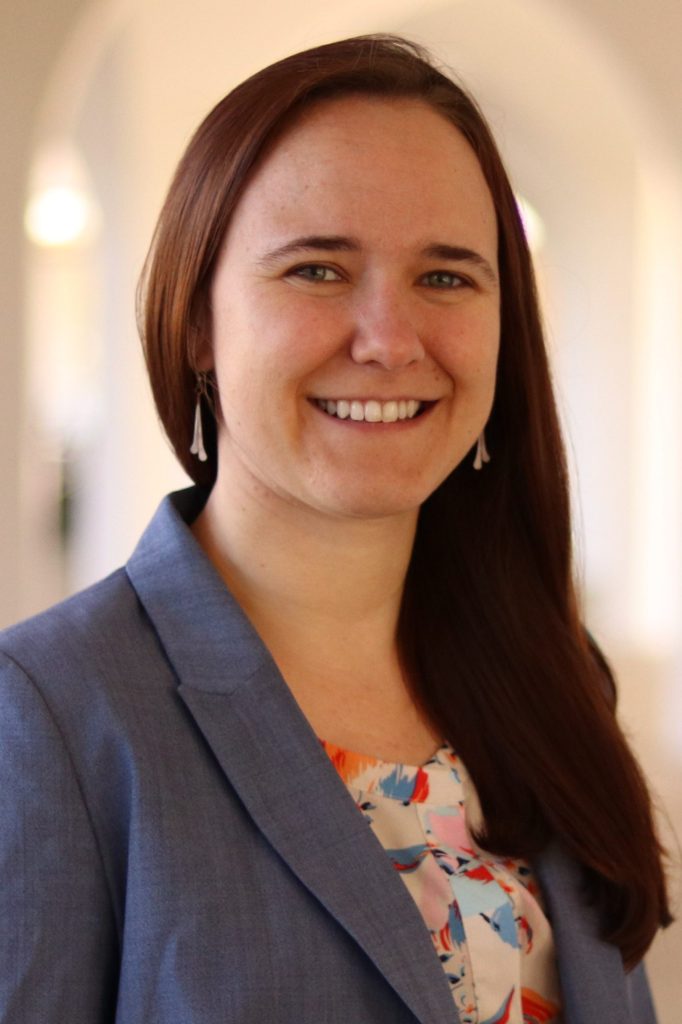
2/8/22 at 4:00 pm in Chemistry A101
About the Seminar: This talk will cover research being conducted in the Schimpf Lab, which focuses on solution-phase syntheses of inorganic solid-state materials. The talk will contain two parts: colloidal semiconductor nanocrystals and cluster-based coordination assemblies. In the first part, I will discuss the use of colloidal synthesis to access metastable phases of transition metal […]
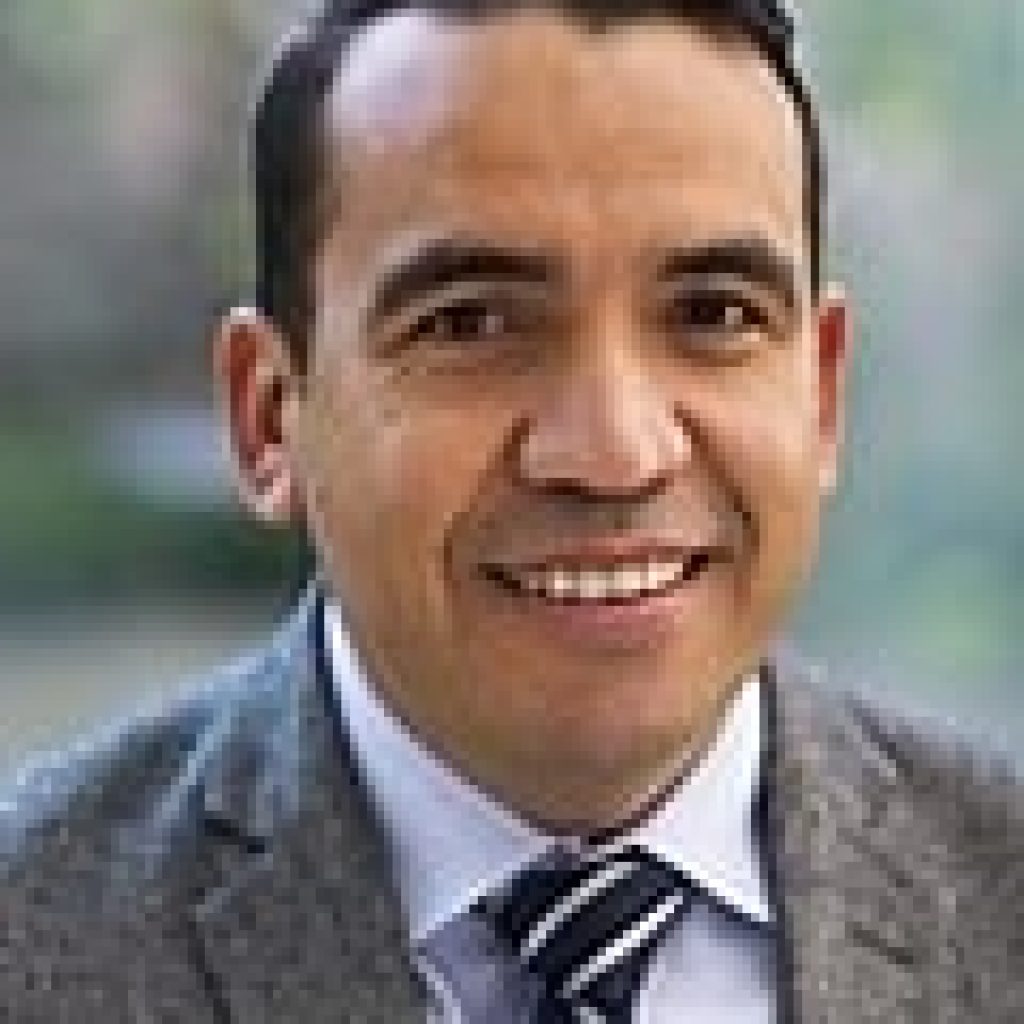
2/7/22 at 4:00 PM in Chemistry A101
About the Seminar: Despite advances in high-throughput screening methods leading to a surge in the discovery of catalytic reactions, our knowledge of the molecular-level interactions in the rate- and selectivity-determining steps of catalytic reactions, especially those involving highly unstable and reactive open-shell intermediates, is rudimentary. These knowledge gaps prevent control, suppression or enhancement, of competing […]
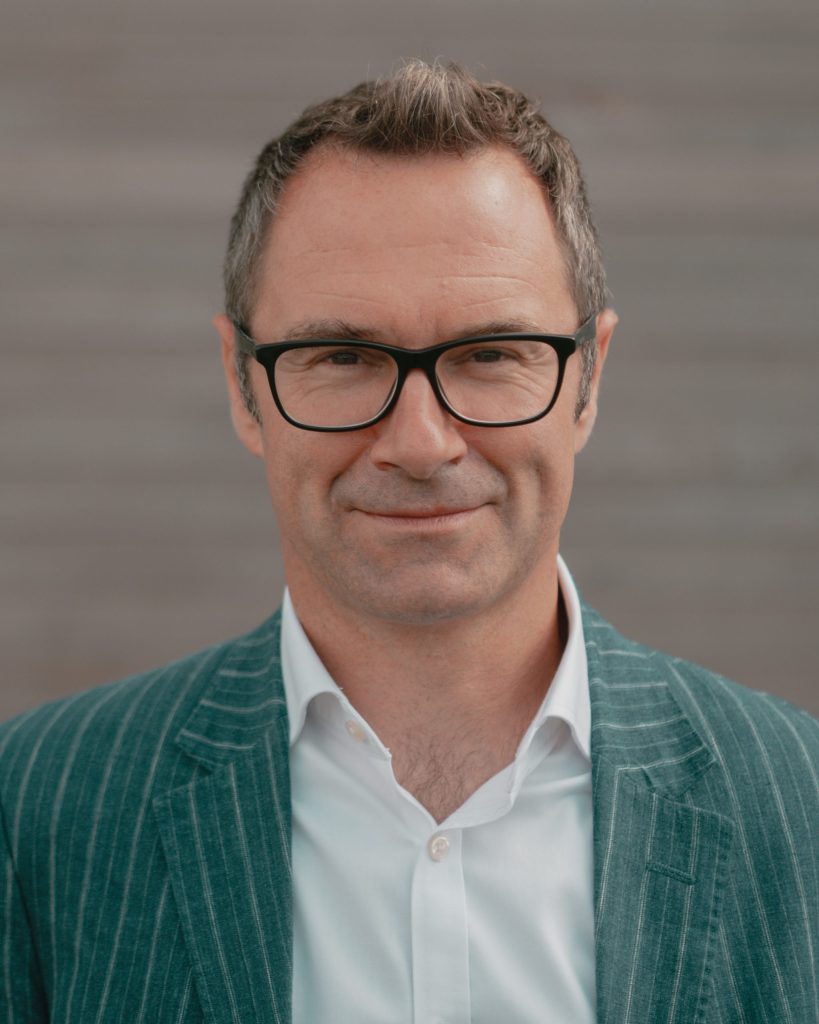
2/4/22 at 4:00 PM in Chemistry A101
About the Seminar: Amines are fundamental chemical motifs commonly found in molecules of importance to chemistry, biology and medicine. Their Lewis basic properties arising from the lone pair of electrons makes them ideal as ligands for transition metal catalysts and organometallic complexes. In nature they are often found contained within alkaloid secondary metabolites produced by […]
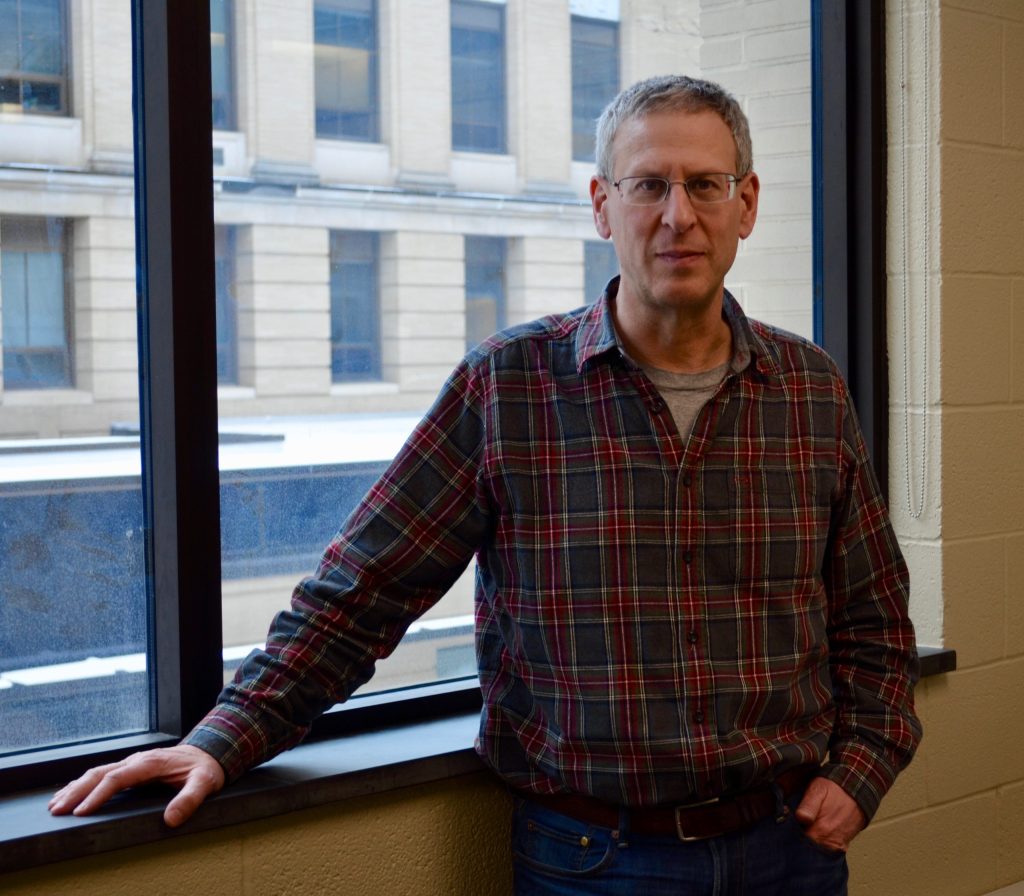
2/3/22 at 4:00 PM in Chemistry A101
About the Seminar: Paul S. Cremer, Department of Chemistry, Penn State University, University Park PA 16802 Phosphatidylinositol 4,5-bisphosphate, PI(4,5)P2 is one of the most negatively charged lipids in the plasma membrane of living cells with a net charge ranging from -3 to -5 near physiological pH. Its pendant phosphate groups bind tightly to divalent […]



1/18/22 at 10:00 AM in Virtual
Presenters: Erich Altenhofer, Sr. Chemist, CMC Process Chemistry, Arrowhead Pharmaceuticals, Inc., Madison, WI. Tania Mutchie, Sr. Scientist, Developmental Chemistry, Arrowhead Pharmaceuticals, Inc., Madison, WI. Trevor Nykaza, Sr. Chemist, Developmental Chemistry, Arrowhead Pharmaceuticals, Inc., Madison, WI. Join Zoom Meeting https://arrowheadpharma.zoom.us/j/89923042988?pwd=TU8rUG1uRVhrYTFldUVja0VXZkhiZz09 Meeting ID: 899 2304 2988 Passcode: 624957 One tap mobile +16699006833,,89923042988#,,,,*624957# US (San Jose) +12532158782,,89923042988#,,,,*624957# […]


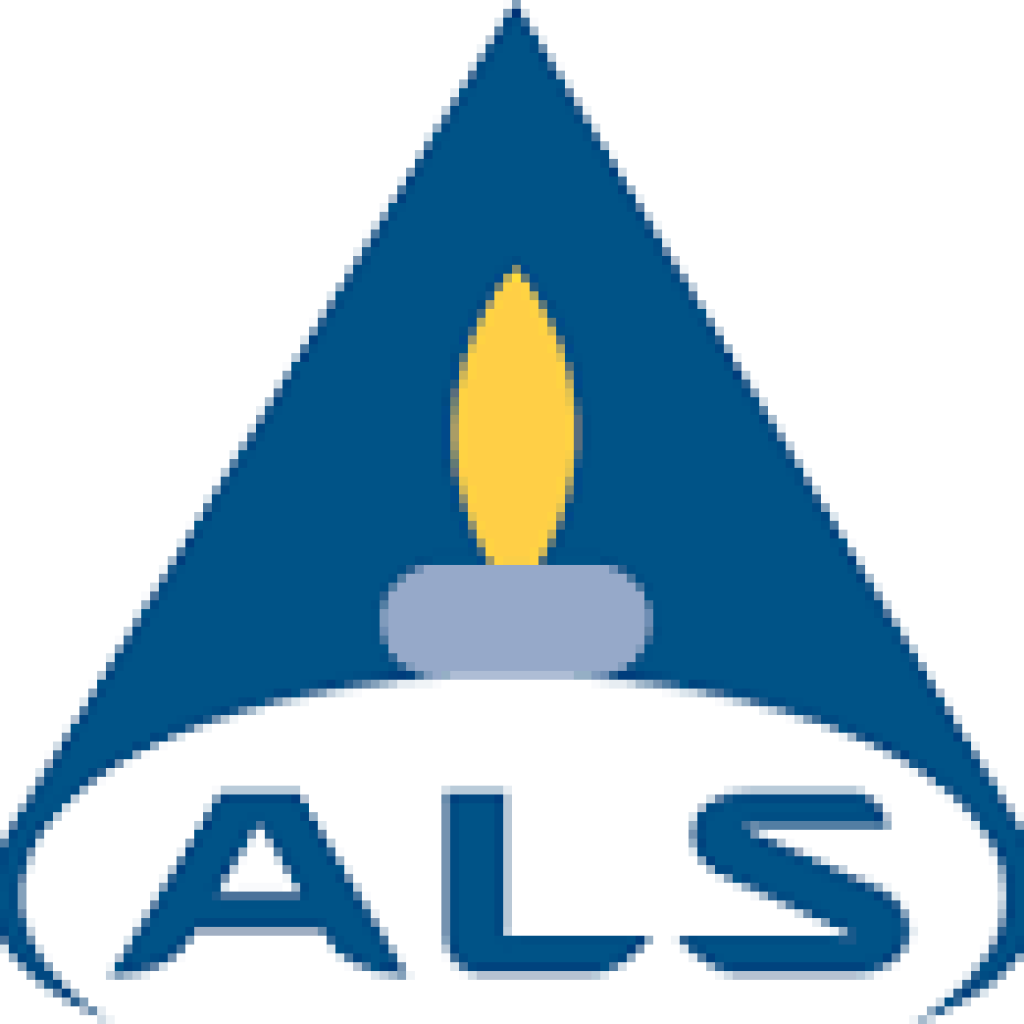
12/2/21 at 9:00 AM in Chemistry Research 401
Join our career development event to find out about chemistry career opportunities at ALS global. ALS provides a broad range of testing and analytical services to a wide variety of end markets and industries around the globe. ALS continues to remain at the forefront of the testing services industry, building an enviable reputation. Refreshments will […]

12/1/21 at 10:30 AM in Virtual
Independent Research Proposal: The potato is one of the most prominent food crops in the world and is often regarded as the most accessible and affordable nongrain crop that has many health benefits. Each year, the world produces around 368 million metric tons of potatoes. That production is often threatened by diseases, causing a 10% […]

11/30/21 at 5:30 PM in Chemistry A101
Join Our Industry Panel Discussion Hosted by COACS-The Colorado Section of the American Chemical Society Panel Members: Dr. Nicholas Thornburg, National Renewable Energy Laboratory (NREL) Dr. Nicholas (Nick) Thornburg is a chemical reaction engineer at the National Renewable Energy Laboratory (NREL) in Golden, CO. Nick has a B.S. in Chemical Engineering from Washington University in […]
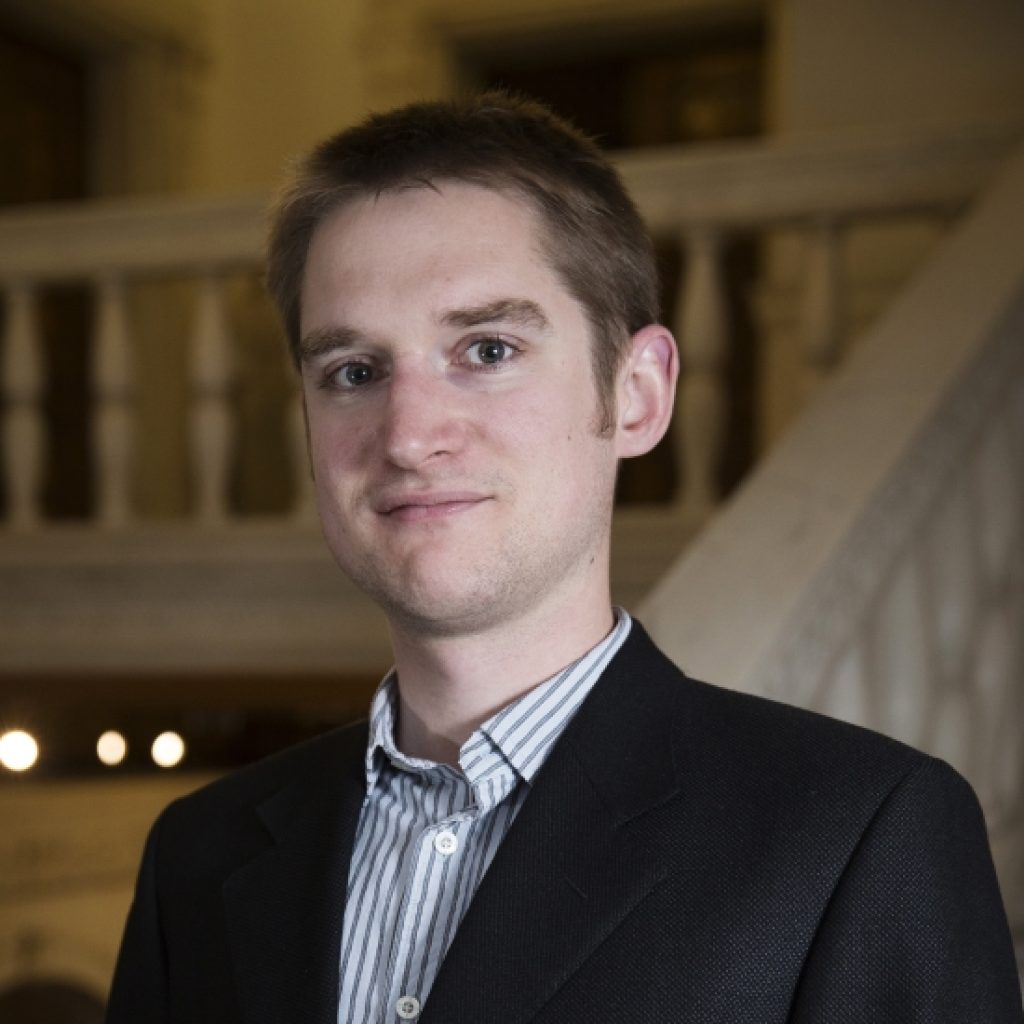
11/18/21 at 4:00 PM in Chemistry A101
About the Seminar: Non-covalent interactions play a crucial in all manner of chemical and biological processes. In recent times, the incorporation of non-covalent interactions into the design of small molecule catalysts has revolutionised the field of enantioselective catalysis. Our research is centred around applying catalyst designs incorporating non-covalent interactions to tackle selectivity challenges in synthetic […]
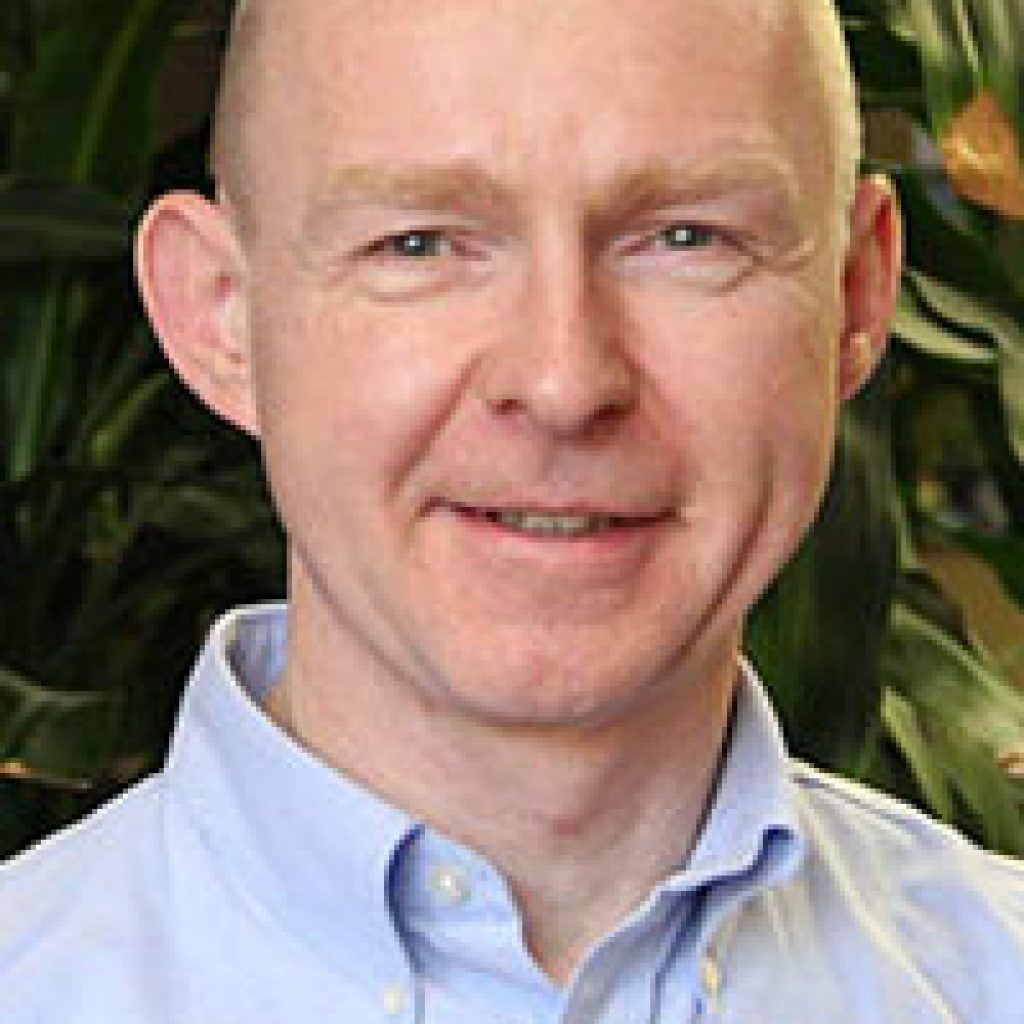
11/17/21 at 4:00 pm in Virtual
Hach Distinguished Speaker- About the Seminar: Sensors for the potentiometric detection of ions in liquids such as human body fluids or environmental waters are highly sensitive and selective analytical tools that offer a variety of advantages, such as simplicity of measurement, high analysis throughput, rapid detection, continuous on-line monitoring, and low cost of analysis. While […]
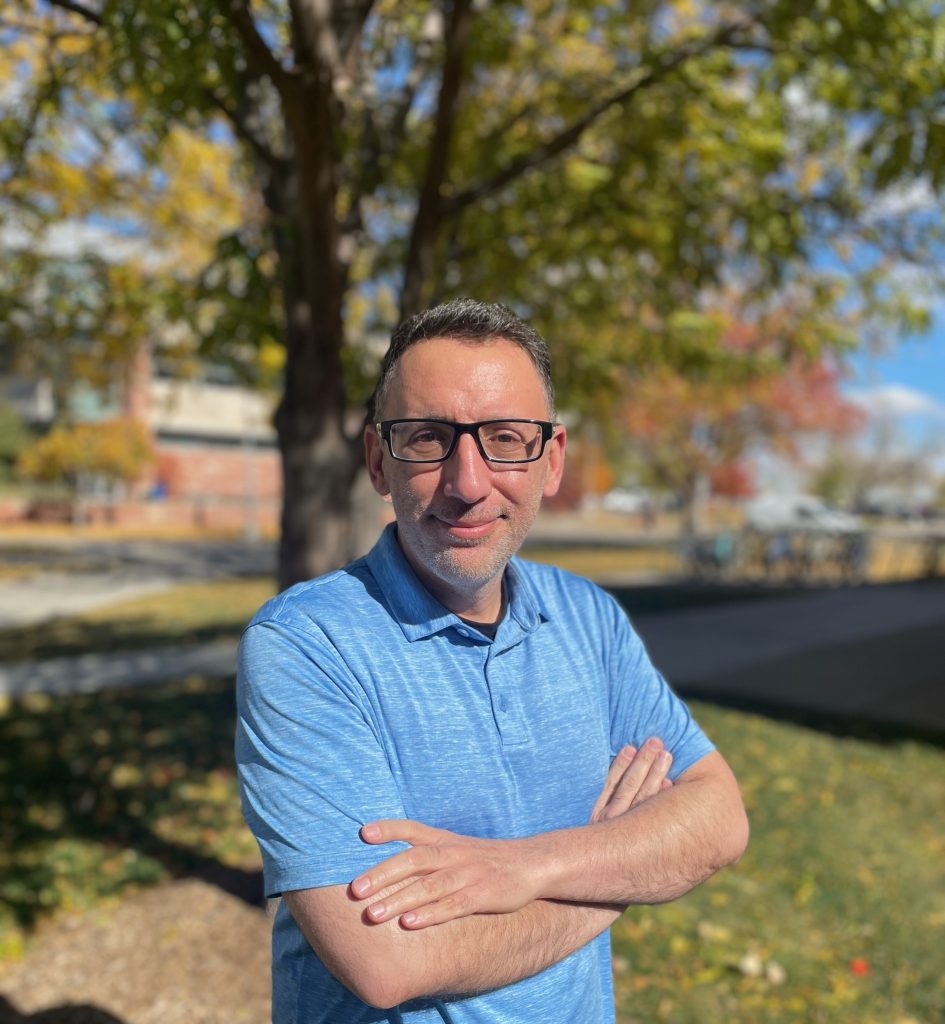
11/12/21 at 4:00 PM in Chemistry A101
About the Seminar: Our first-year seminar is an introduction to the study of Chemistry from the perspective of research, problem-solving, and ethical reasoning. The course is primarily discussion-based and includes panels and invited speakers, especially from the department, to discuss their on-going research projects. Since 2017, an innovated learning activity was integrated to the class […]

11/11/21 at 4:00 PM in Chemistry A101
Literature Seminar: Photon upconversion is a process that converts low energy light into higher energy light. This process has the potential to dramatically improve the interaction of light and biological tissue through the local generation of visible light, which can allow for deep tissue bioimaging. However, frequently utilized photon upconversion systems historically incorporate toxic materials, […]
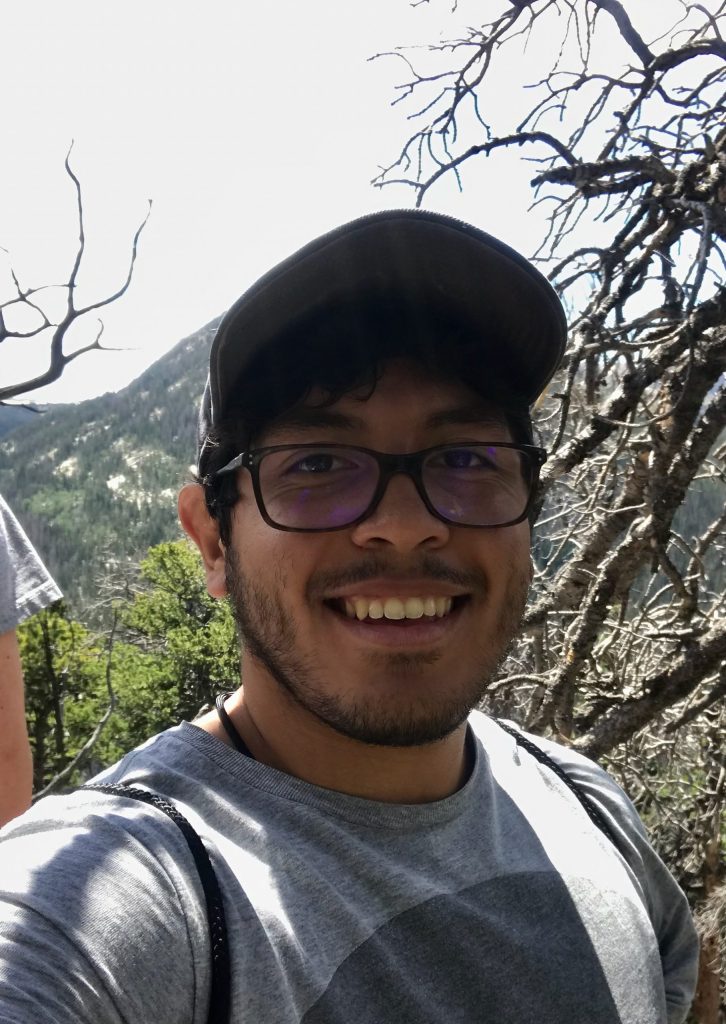
11/11/21 at 4:00 PM in Chemistry A101
Literature Seminar: The discovery of new chemical reactions and the optimization of conditions, reagents, solvents, and catalysts are long-standing challenges for synthetic chemistry. From a different, more playful perspective, reaction optimization can be perceived as a game where the chemist tries to find the best combination of reagents and reaction conditions to achieve the highest […]
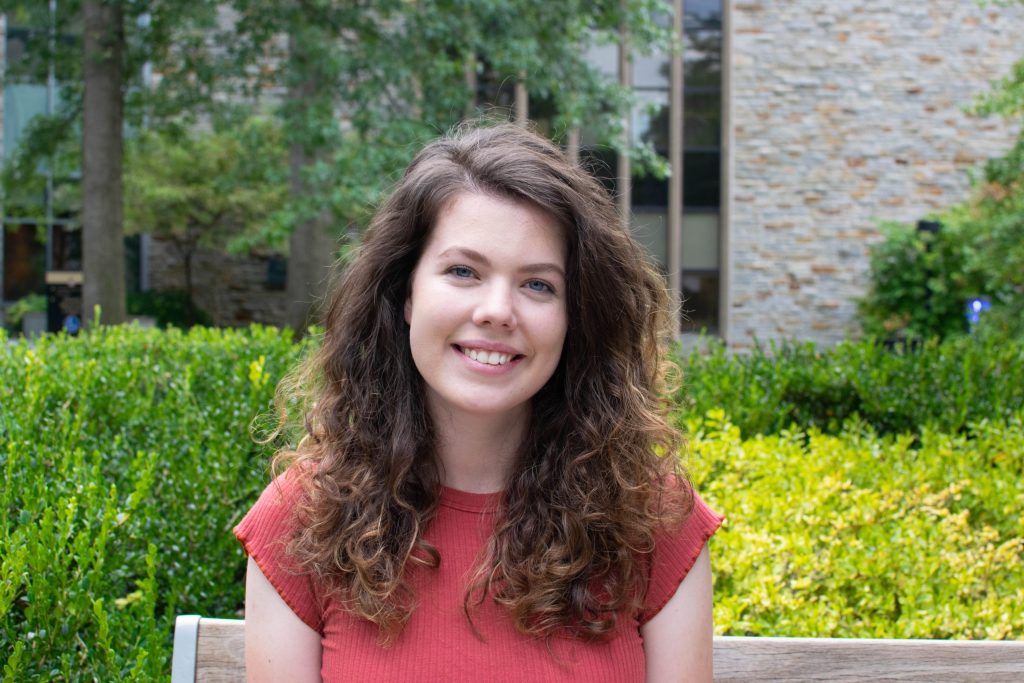
11/10/21 at 4:00 PM in Chemistry A101
Literature Seminar: With the ever-growing population, food scarcity is becoming a more prominent issue, but part of this issue comes back to climate change and the extreme weather patterns that can destroy crops. Plant metabolomics is an emerging approach to better understand the relationship between environmental stressors, such as climatic, chemical, or biological events, and […]

11/10/21 at 4:00 PM in Chemistry A101
Research Seminar: A systematic approach for evaluating both the chemical and physical properties of materials for medical devices is necessary to achieve optimal performance. Metal–organic frameworks (MOFs) are highly-ordered, crystalline coordination polymers consisting of metal centers connected by organic linkers, useful for a variety of applications from gas storage to catalysis. To facilitate their incorporation […]
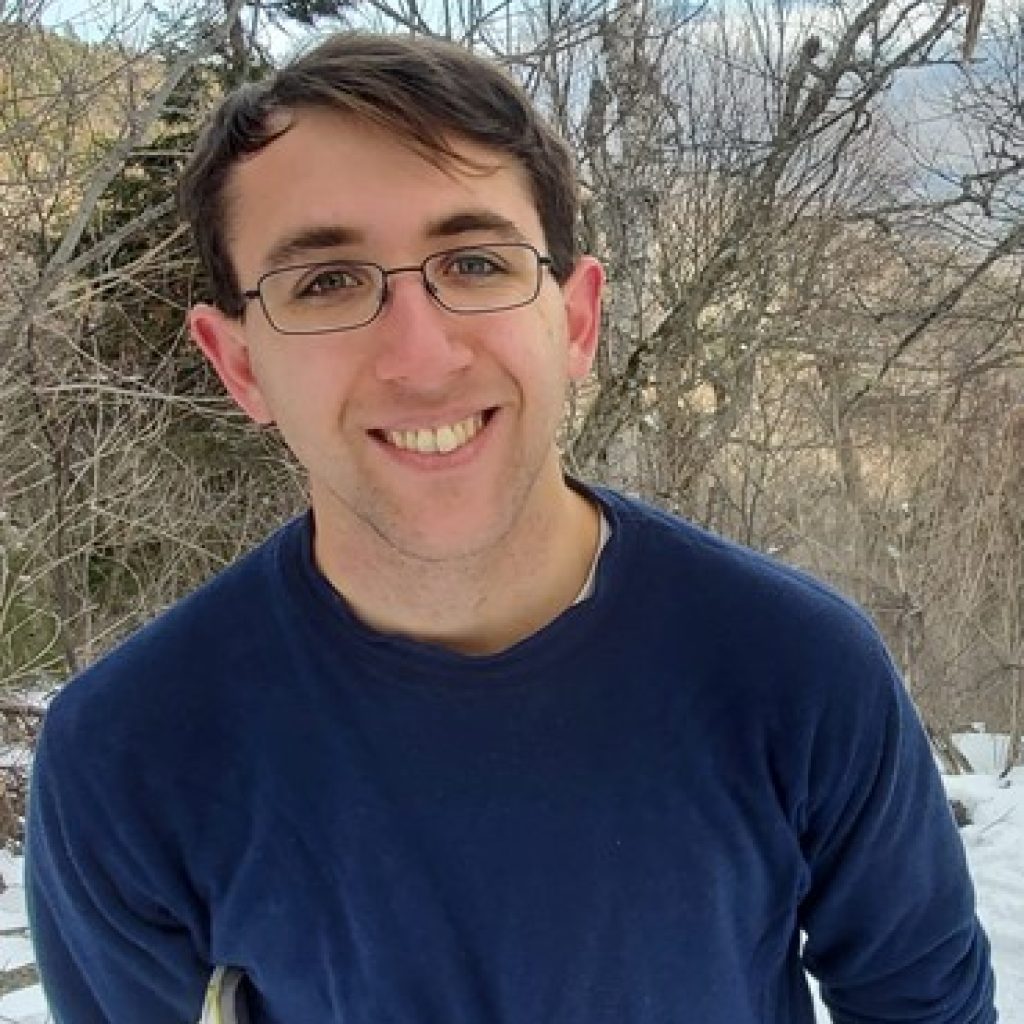
11/9/21 at 4:00 pm in Chemistry A101
Research Seminar: Understanding the physical and chemical behavior of metals is paramount for their development into materials. The frontier of metallurgical research exists at the nanoscale, specifically in the size regime of 1-3 nm where species known as atomically precise clusters predominate. These can be viewed as soluble metallic crystallites with exact formula protected by […]
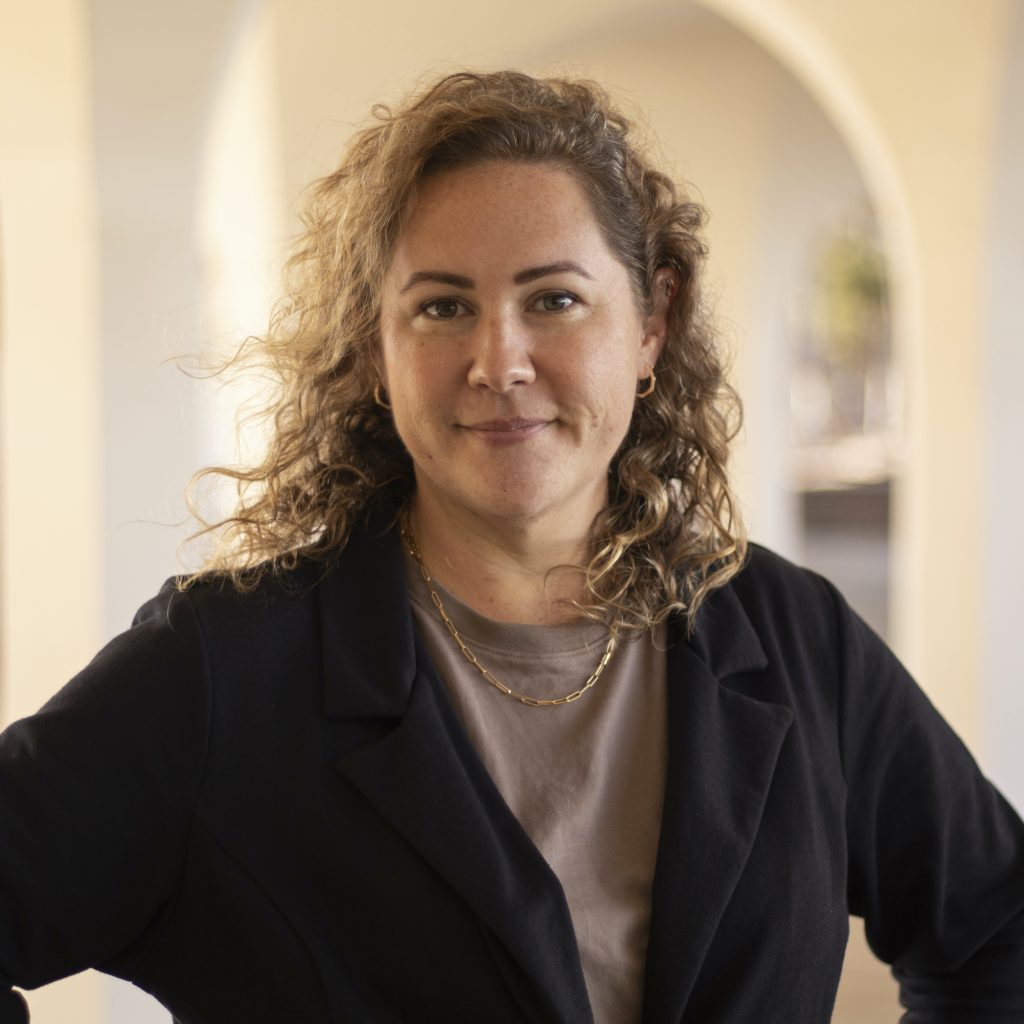
11/8/21 at 4:00 PM in Chemistry A101
About the Seminar: The selective generation and controlled reactivity of organic radicals continues to serve as inspiration for reaction development in chemical synthesis. These processes can provide access to unique reactivity platforms via distinct mechanisms providing new bond forming pathways and insights. This talk will describe recent advances in radical-mediated reaction development using P(IV)-intermediate and metal-ligand co-operativity approaches to functionalize olefin feedstocks. Efforts in methods development will be presented […]
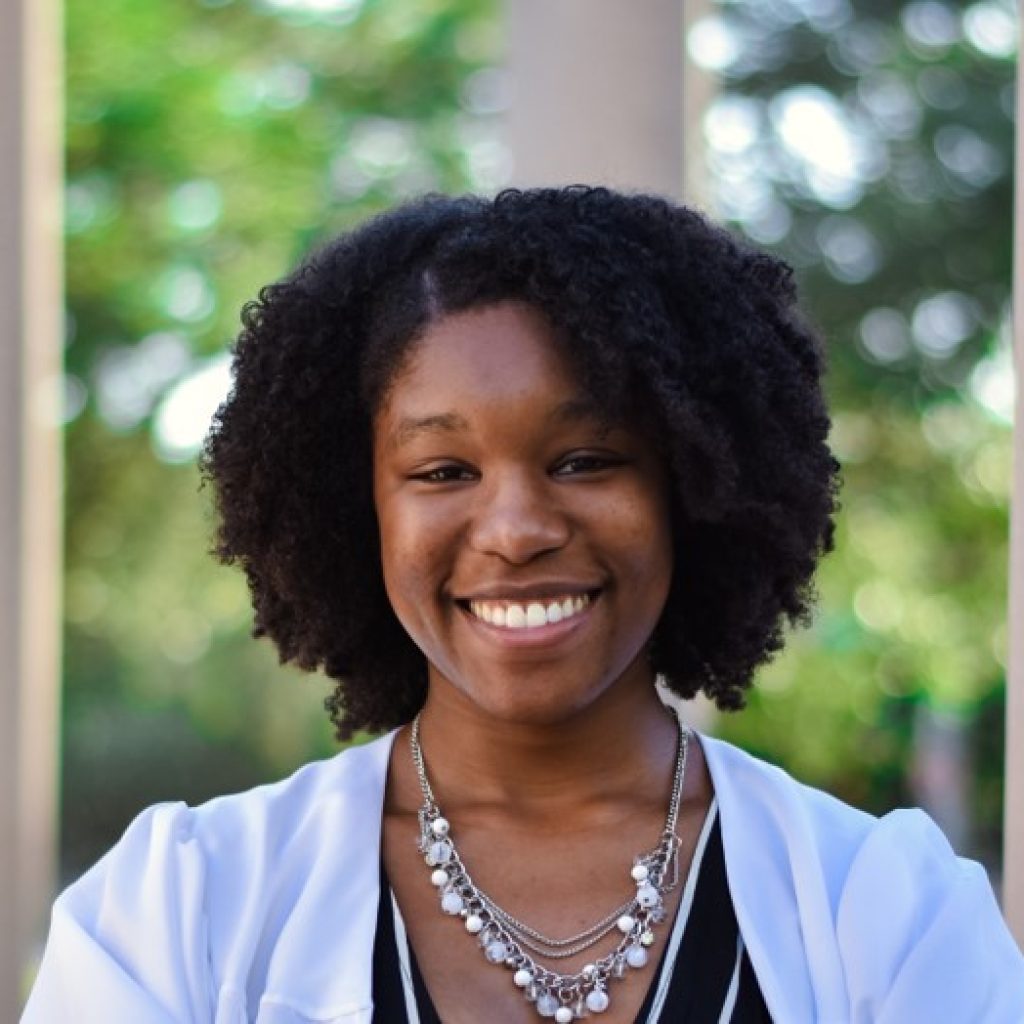
11/5/21 at 4:00 pm in Chemistry A101
Literature Seminar: Per- and polyfluoroalkyl substances (PFAS) have proven themselves to be a formidable contaminant due to their high persistence and their bioaccumulation properties, allowing them to be found both in humans and the environment. With over 4,000 variations of PFAS in existence for numerous industrial applications, it is exceedingly unlikely that these chemicals can […]

11/5/21 at 4:00 pm in Chemistry A101
Literature Seminar: Light emitting devices such as LED displays and white light emitting headlights rely on light emitting materials to function. Solid state emitters are also being investigated for their potential for development of qubits in quantum information science. While hybrid lead halide perovskites are highly tunable and show unique intrinsic white light emission, the […]
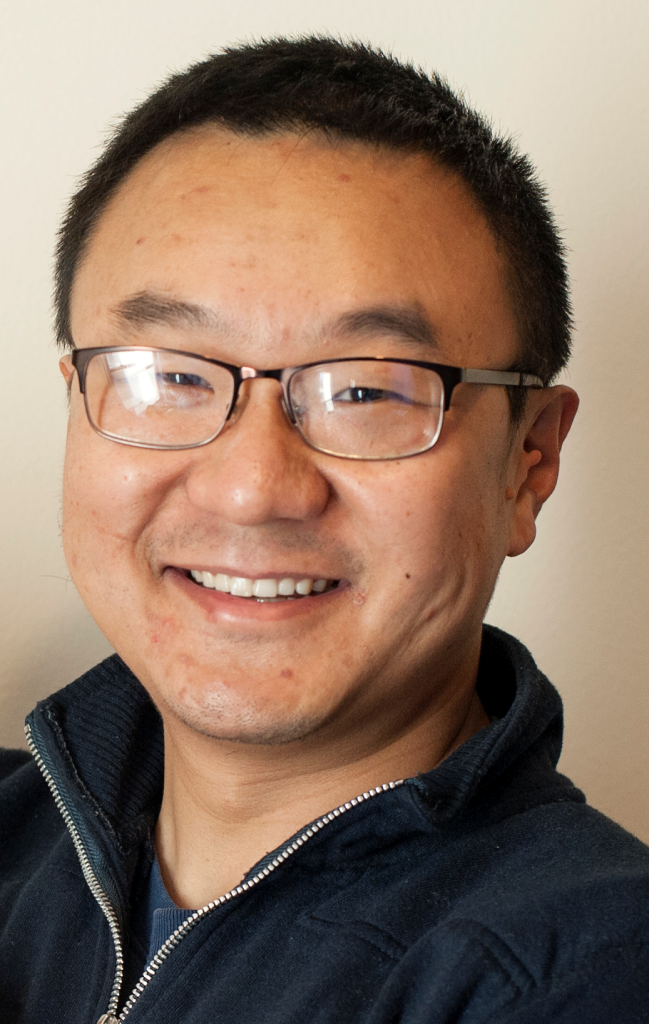
11/4/21 at 4:00 pm in Virtual
About the Seminar: The SARS-CoV-2 genome is replicated and transcribed by its RNA-dependent RNA polymerase, nsp12, along with several accessary cofactors, together known as the replication–transcription complex. Helicase nsp13 is one of the cofactors that is essential for viral replication. Structural analyses of the SARS-CoV-2 replication–transcription complex revealed that nsp12 stably binds to two copies […]

11/3/21 at 4:00 PM in Chemistry A101
Literature Seminar: Ultrafast laser spectroscopy can allow for the dynamics of biological systems to be investigated in ways not possible through other methods. Understanding the time-resolved dynamics of protein systems can more precisely elucidate the mechanisms that drive protein structure and function. Crystallins, are a class of proteins that predominantly form the cornea of the […]

11/3/21 at 4:00 PM in Chemistry A101
Literature Seminar: Bacterial testing is extensively utilized in the United States for health monitoring and preventative care. One situation in which it is particularly important is in the detection of Group B Streptococcus, or GBS, in pregnant individuals. GBS colonization during pregnancy is particularly dangerous for both the mother and child; it is estimated that […]
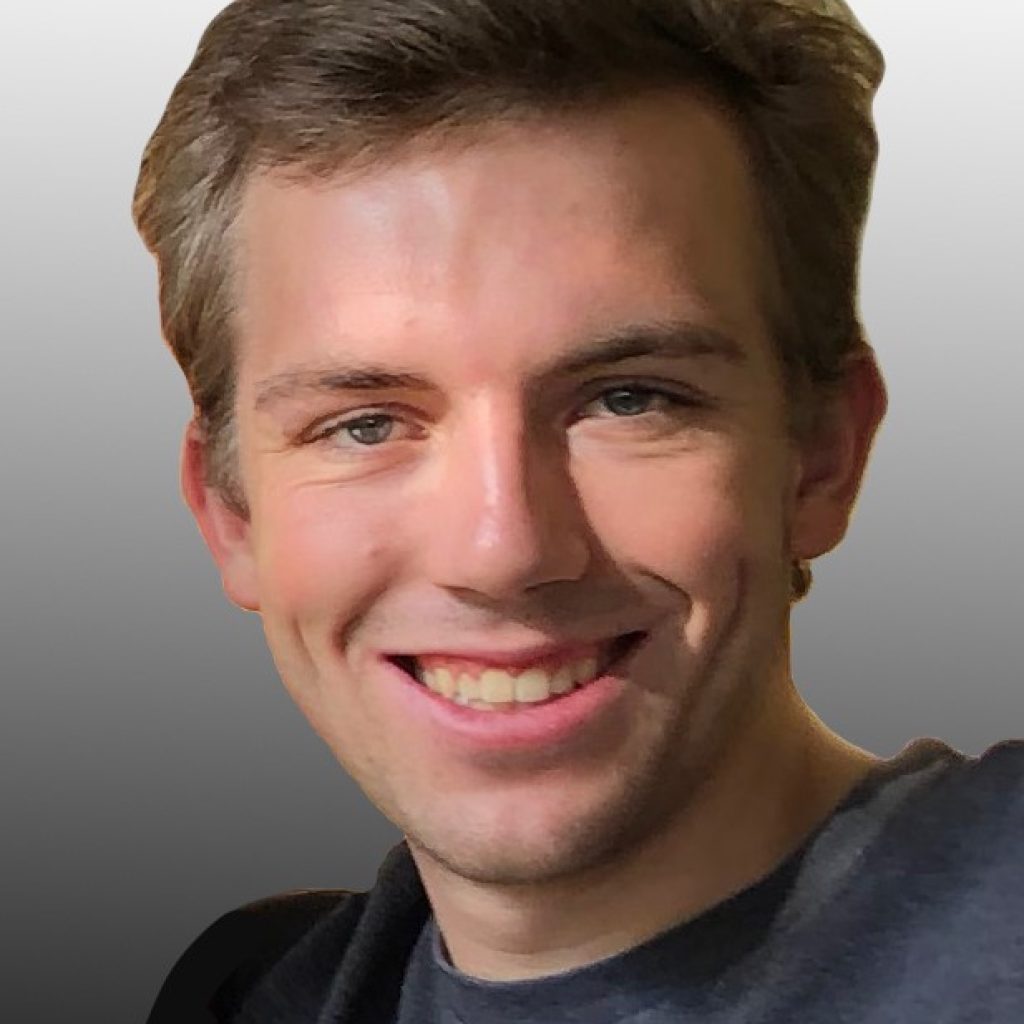
11/2/21 at 4:00 PM in Chemistry A101
Literature Seminar: Lithium Metal Batteries (LMBs) are an exciting alternative to Lithium-ion Batteries (LIBs) due to the theoretical capacity of Li-metal anodes (3861 mAh/g). Despite this excitement, LMBs are plagued by gross instability during the Li plating/stripping process, which is thought to result from the formation of an unstable Solid-electrolyte Interphase (SEI). Much work has […]
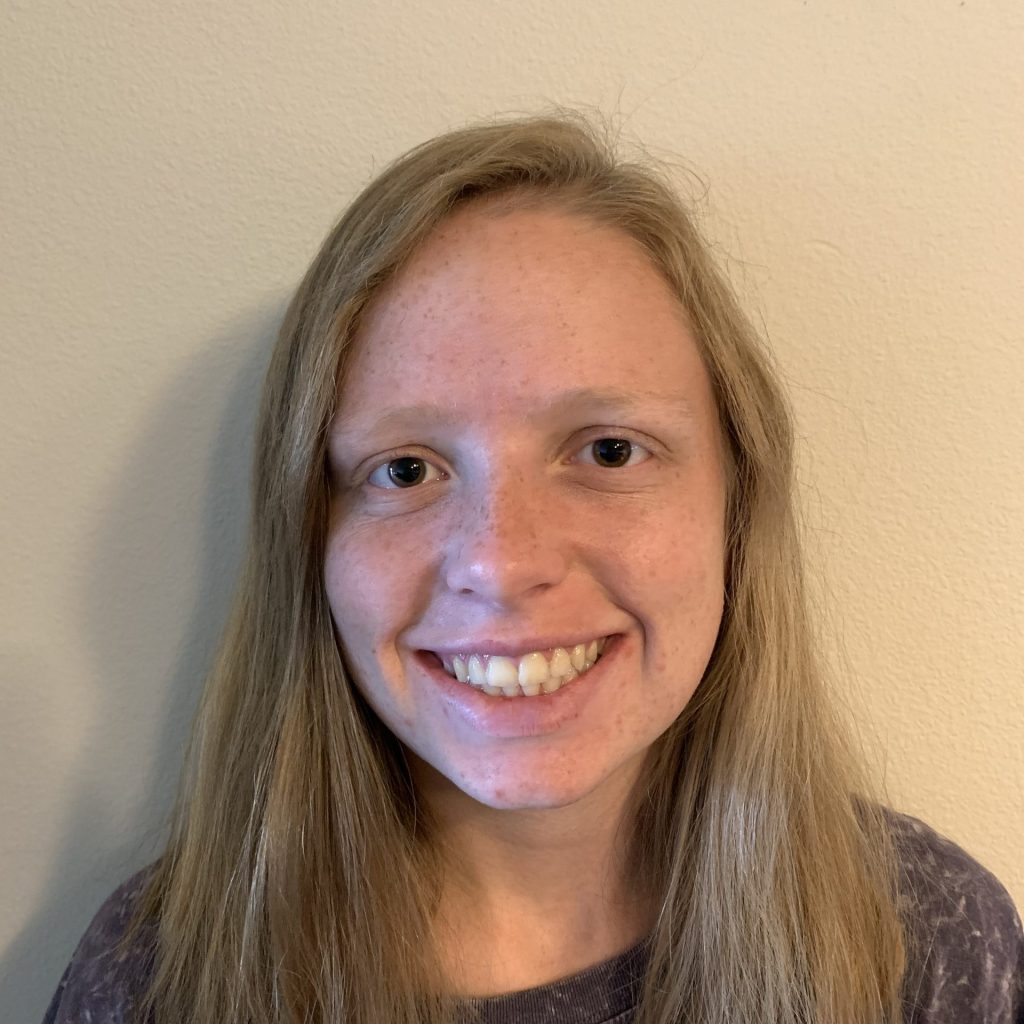
11/2/21 at 4:00 PM in Chemistry A101
Literature Seminar: Oxynitrides and their ability to be synthesized are an important facet in the solid-state chemistry field. Their properties are more tunable than in their single-anion counterparts as anions exhibit different characteristics (i.e. electronegativity) that contribute to the overall properties of the material. However, difficulty in their synthesis arises due to the intrinsic stability […]

10/29/21 at 4:00 PM in Chemistry A101
Literature Seminar: Petroleum derivatives have long served in the production of fuels, materials, and energy. As a fuel source, these derivatives have found to be resourceful in the transportation sector for many decades with respect to flight and on-ground travel. However, the combustion of these fuels leads to the production of gases and particulate matter […]
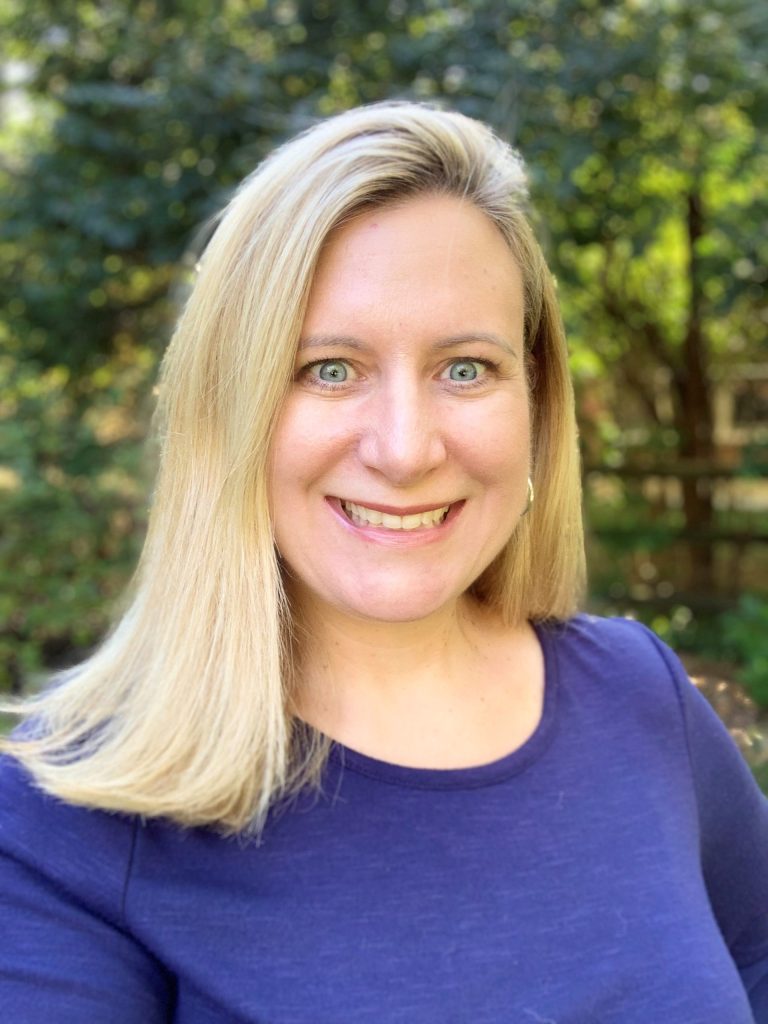
10/29/21 at 12:30 PM in Chemistry Research 401
Overview: As I spent my days researching away in the chemistry labs here at CSU over 20 years ago, little did I imagine the possibilities that awaited me working at Procter and Gamble. Through my graduate experience, I could envision a future as an academic researcher or even as a scientist at a National Laboratory. […]
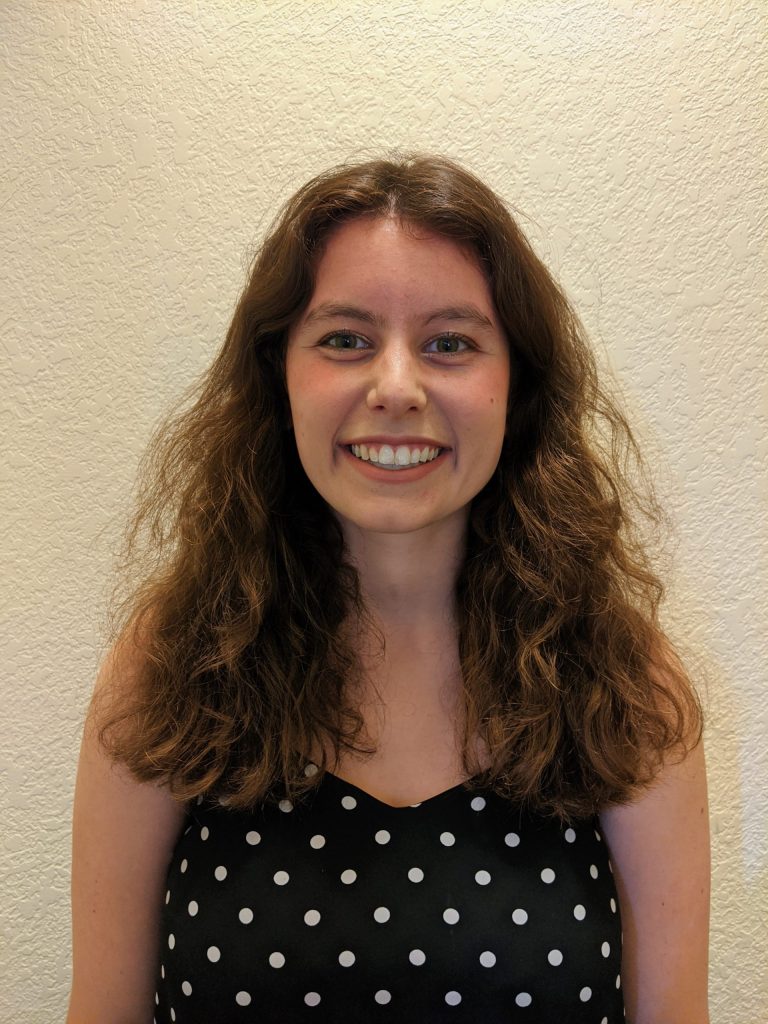
10/26/21 at 4:00 pm in Chemistry A101
Literature Seminar: Achieving luminescence with earth abundant metals at room temperature is a difficult task to this day. Minimal overlap between ligand and 3d orbitals means there are more low energy metal centered states which favor non radiative relaxation back to the ground state rather than luminescence. Prior to a 2020 report1 of the vanadium(III) […]
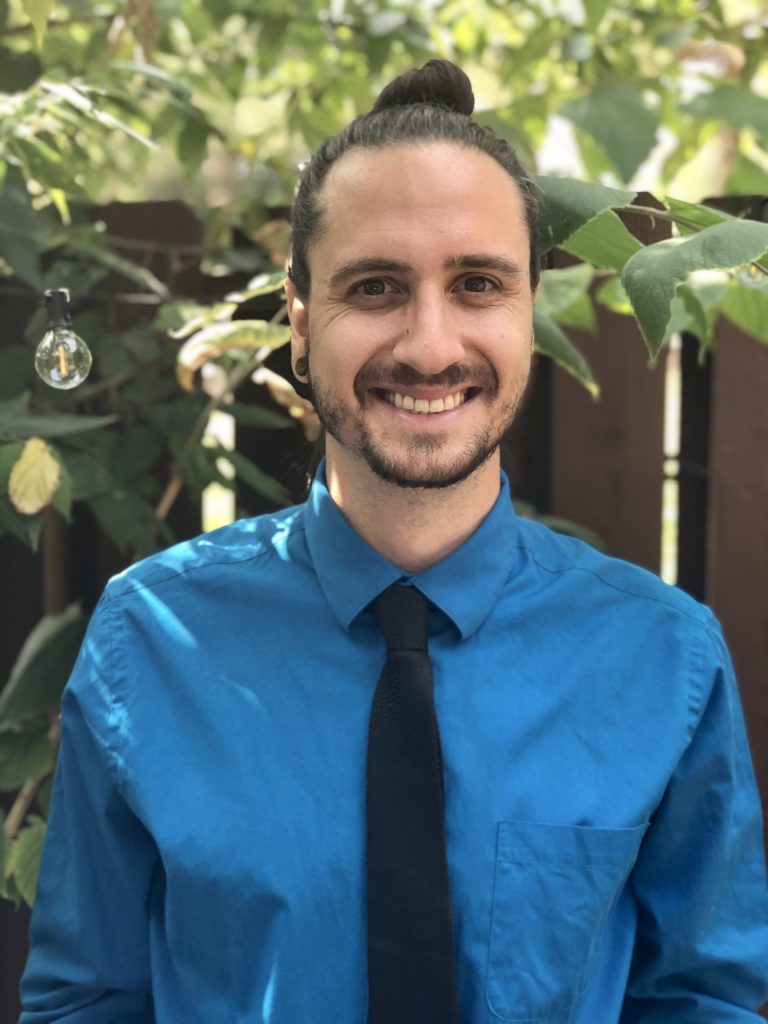
10/21/21 at 4:00 PM in Chemistry A101
Research Seminar: N3-dye is a popular chromophore in the family of Ru(bpy) transition-metal photocatalysts and is often used in the fabrication of dye-sensitized solar cell (DSSC) photovoltaic devices. The interfacial structure and adsorption geometry of N3-dye affects the electron transfer kinetics within a DSSC device, which can influence the overall device efficiency. Heterodyne detected vibrational […]

10/20/21 at 4:00 PM in Chemsitry A101
Literature Seminar: Oxytetracycline, an antibacterial medication, can enter the agricultural system inadvertantly via human or animal waste in the form of manure, biosolids, and crop irrigation with reclaimed water. Overexposure to the medication and functionally similar metabolites can increase bacterial resistance. Thus, it is important to understand the processes that control the fate and transport […]
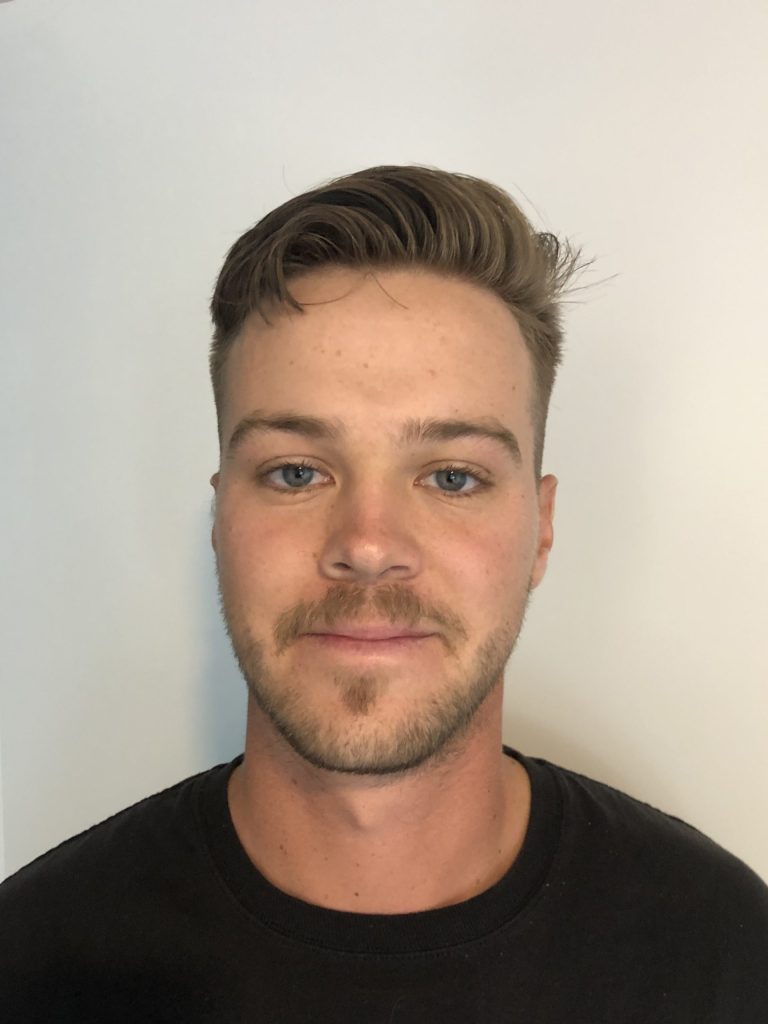
10/20/21 at 4:00 PM in Chemistry A101
Literature Seminar: Point-of-care testing (POCT) is crucial for rapid detection of analytes for non-communicable and communicable diseases because it allows for better disease management and treatment. Established lab-based techniques for quantification of desired analytes are time and resource expensive. Electrochemical biosensors are a rapid and cheap alternative while maintaining sensitivity and selectivity in numerous biological […]
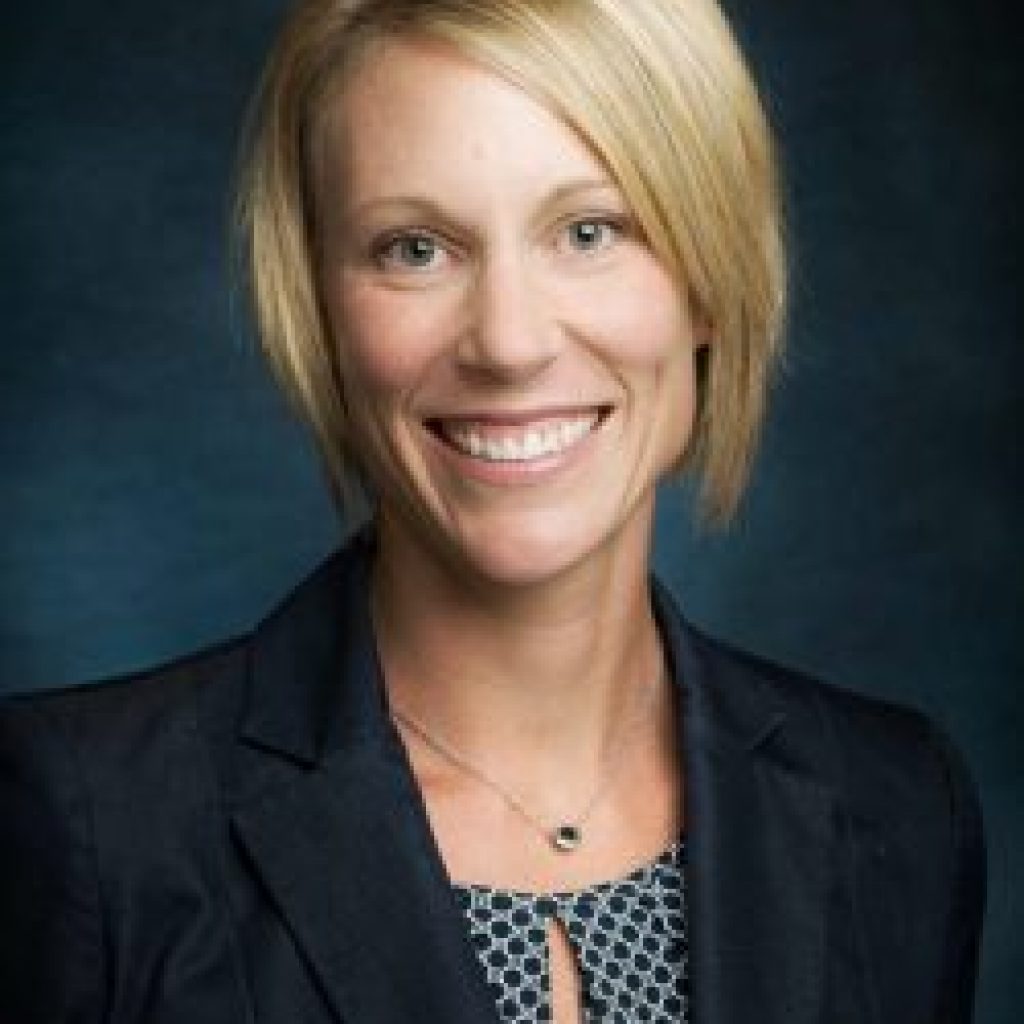
10/18/21 at 4:00 PM in Chemistry A101
About the Seminar: Hops are one of the four primary raw ingredients used to make beer and they are employed by brewers to impart specific flavor and aroma profiles, particularly in craft beer styles. These unique sensory attributes are a result of chemical compounds in hops such as alpha acids and terpenes which can vary […]

10/15/21 at 4:00 pm in Chemistry A101
Independent Research Proposal: Transition metal dichalcogenide (TMD) nanoflake thin films are attractive electrode materials for photoelectrochemical (PEC) solar energy conversion and sensing applications, but their photocurrent quantum yields are generally lower than bulk TMD electrodes. In this seminar, I will discuss a single nanoflake photocurrent mapping approach to reveal how doping heterogeneity limits ensemble-level PEC performance. […]
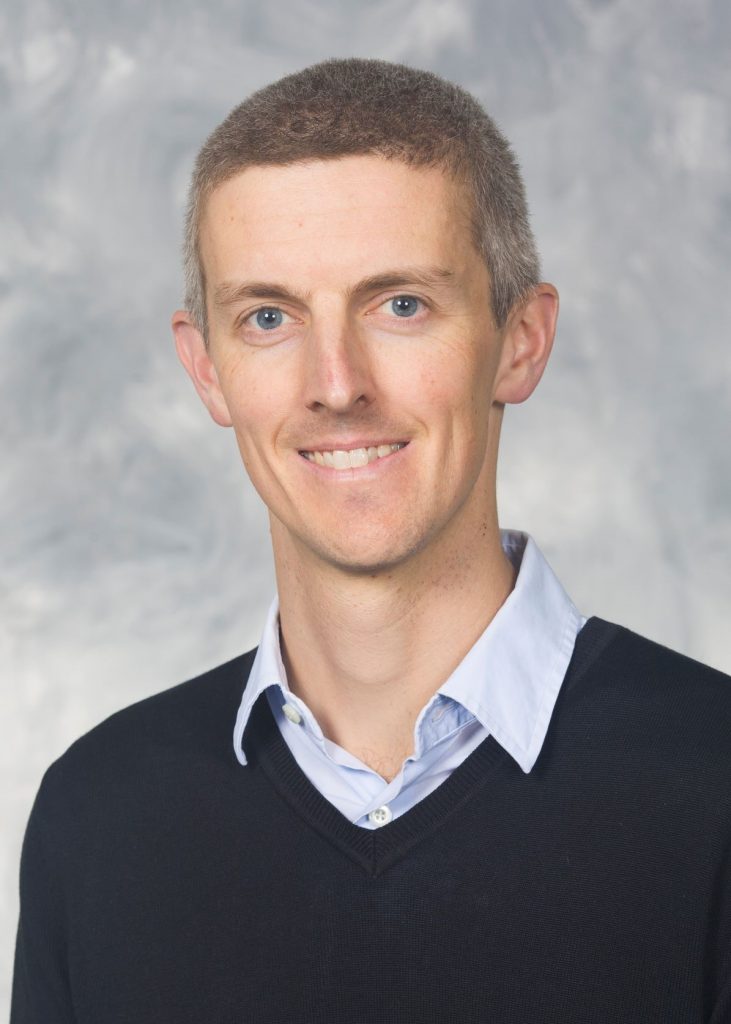
10/13/21 at 4:00 PM in Virtual Seminar
About the Seminar: Ocean emissions of dimethyl sulfide (DMS) are a major precursor for the production and growth of aerosol particles, which can act as seeds for the formation of cloud droplets in the marine atmosphere with the subsequent impacts on Earth’s climate. Global aircraft observations indicate that DMS is efficiently oxidized to hydroperoxymethyl thioformate […]

10/11/21 at 4:00 PM in Chemistry A101
Synthetic polymers are among the most important materials to modern society. The development of living and controlled polymerization methodologies has enabled the synthesis of precise macromolecular architectures with tailored polymer properties for diverse applications. This presentation will discuss the design, development, and use of organic photoredox catalysts in organocatalyzed atom transfer radical polymerization for the […]
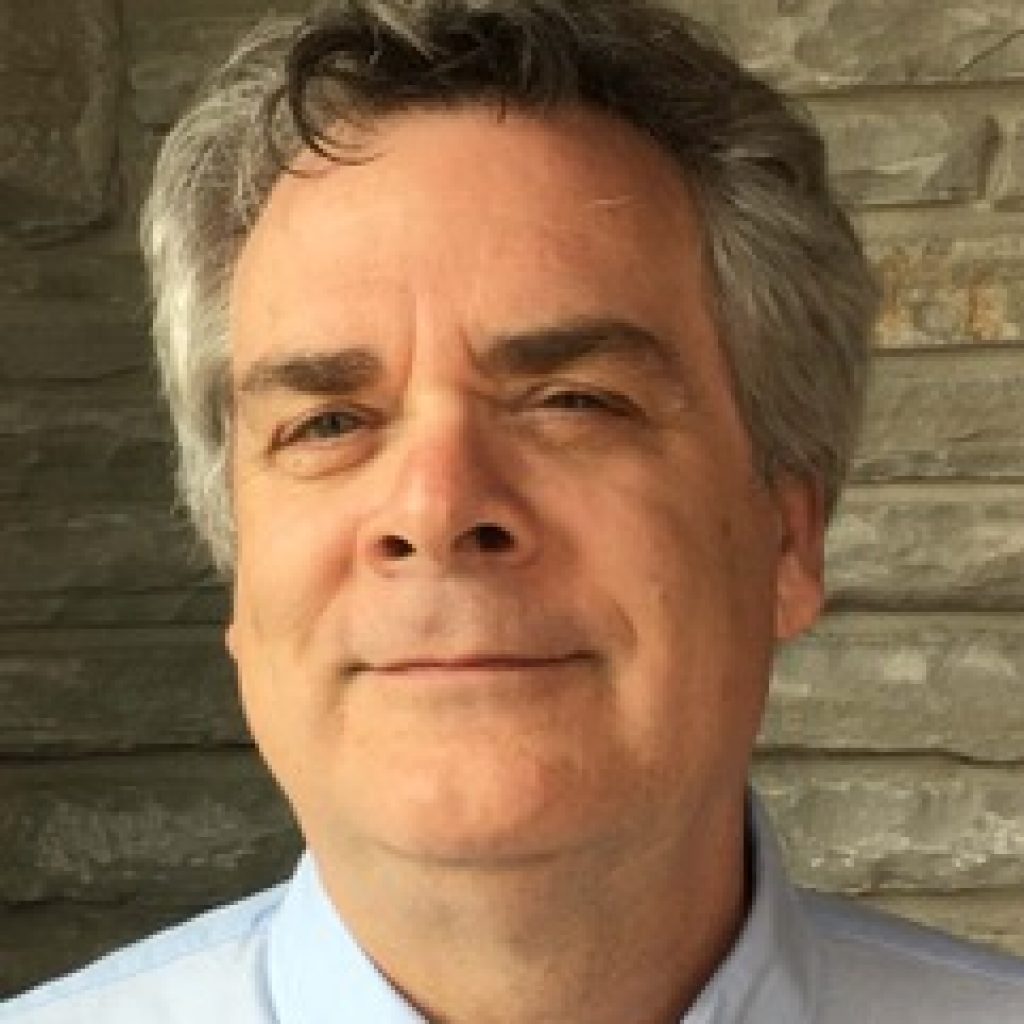
10/7/21 at 4:00 PM in Chemistry A101
CGSO invited speaker About the Seminar: The thermodynamics of molecular recognition by proteins is a central determinant of complex biochemistry. For over a half-century, detailed cryogenic structures have provided deep insight into the energetic contributions to ligand binding by proteins. We have been pursuing the elusive contributions of conformational entropy. The development of a dynamical […]
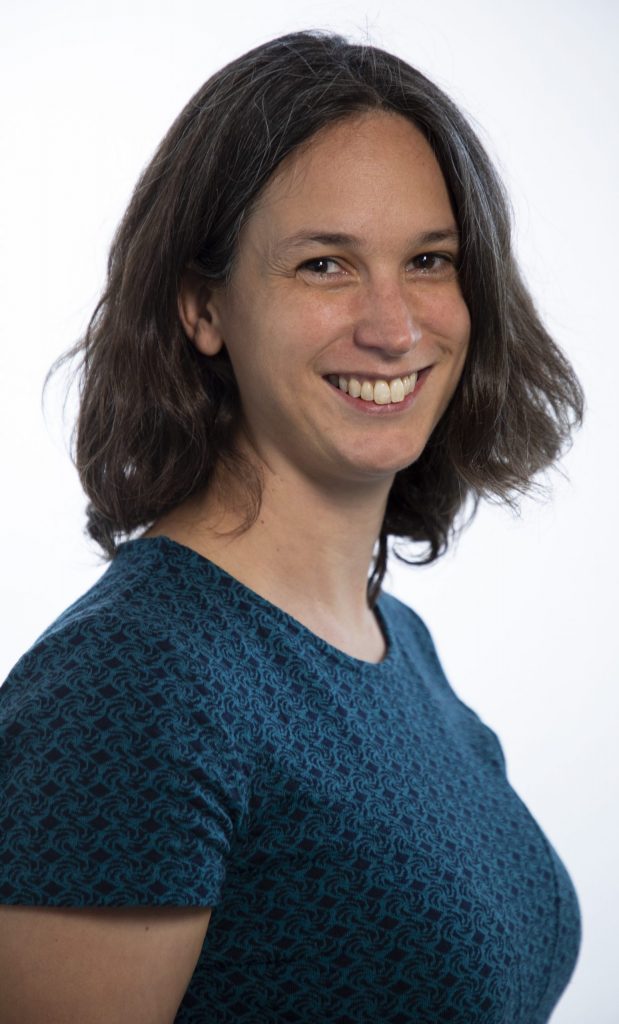
10/6/21 at 4:00 PM in Chemistry A101
The chemical composition of the atmosphere controls the quality of the air we breathe, and the radiative balance of the planet. Reactive organic carbon plays a particularly important role in the atmosphere, acting as the fuel for oxidation reactions, a source of secondary organic aerosol, and a key ingredient for ozone production. Various sources emit […]
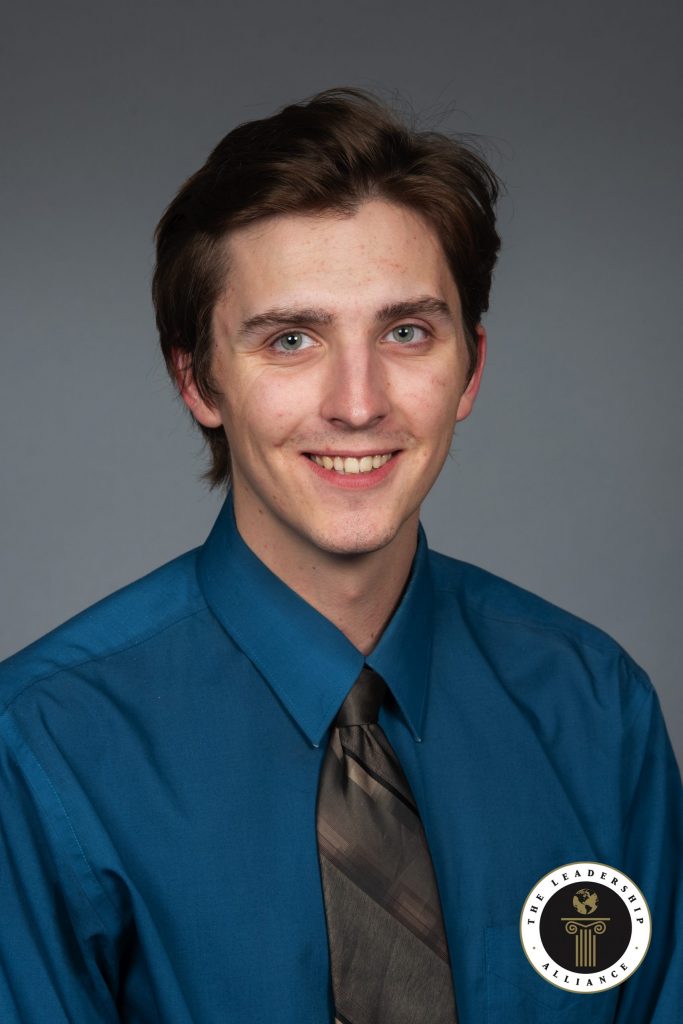
10/5/21 at 4:00 pm in Chemistry A101
Literature Seminar Chalcogen bonding is a non-covalent interaction involving a Lewis acidic chalcogen (S, Se, Te) atom and a Lewis basic nucleophile that largely involves electrostatics, charge-transfer, and dispersion as well as reduction of repulsion to form an interaction that is generally stronger than hydrogen bonding (15-20 kcal mol-1).1 Non-covalent interactions are key functions of ion-transport […]
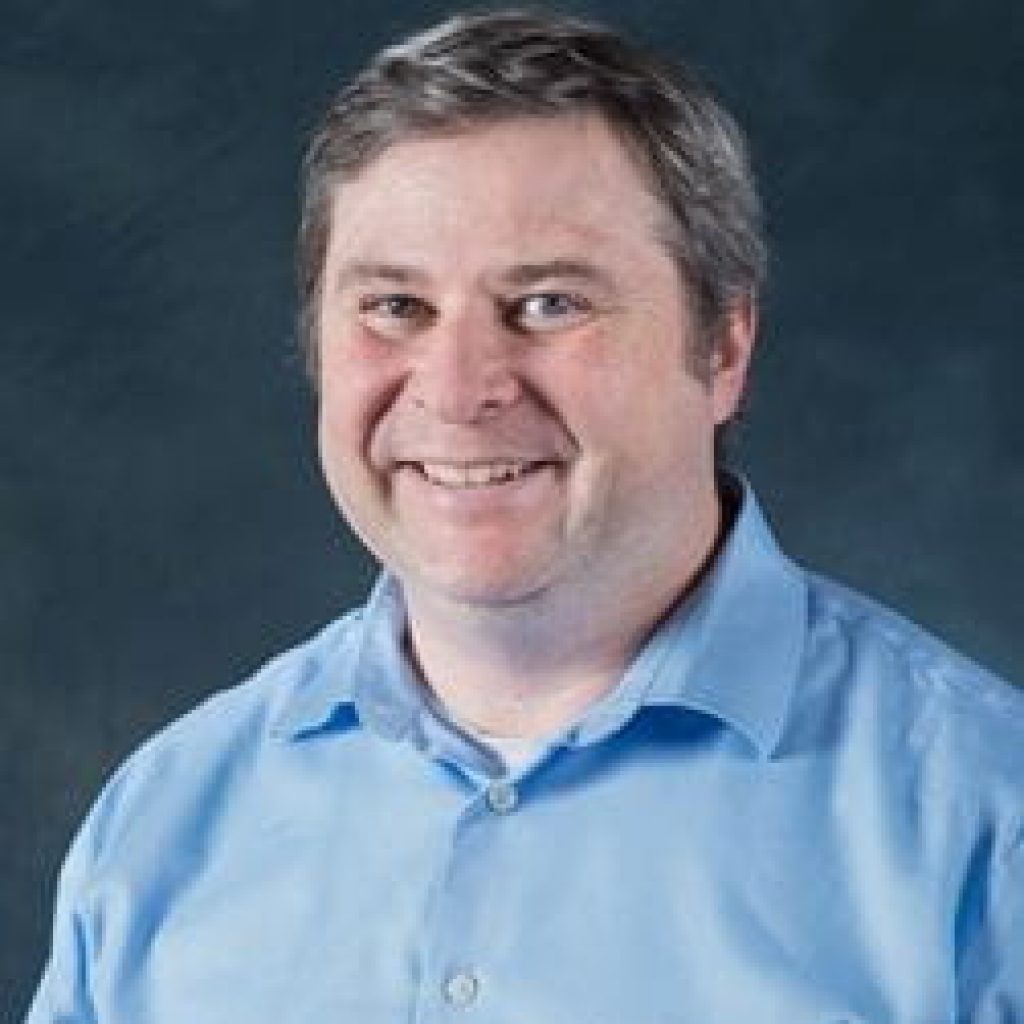
10/4/21 at 4:00 pm in Chemistry A101
Opportunities in base-metal catalysis are highlighted in this lecture through the development of iron-based complexes that were originally designed as catalysts for ring-opening polymerization reactions, but were subsequently adapted to become useful catalysts for Suzuki-Miyaura cross coupling reactions. The lecture will outline how redox-switchable ring-opening polymerization catalysts were developed and leveraged for the synthesis of […]
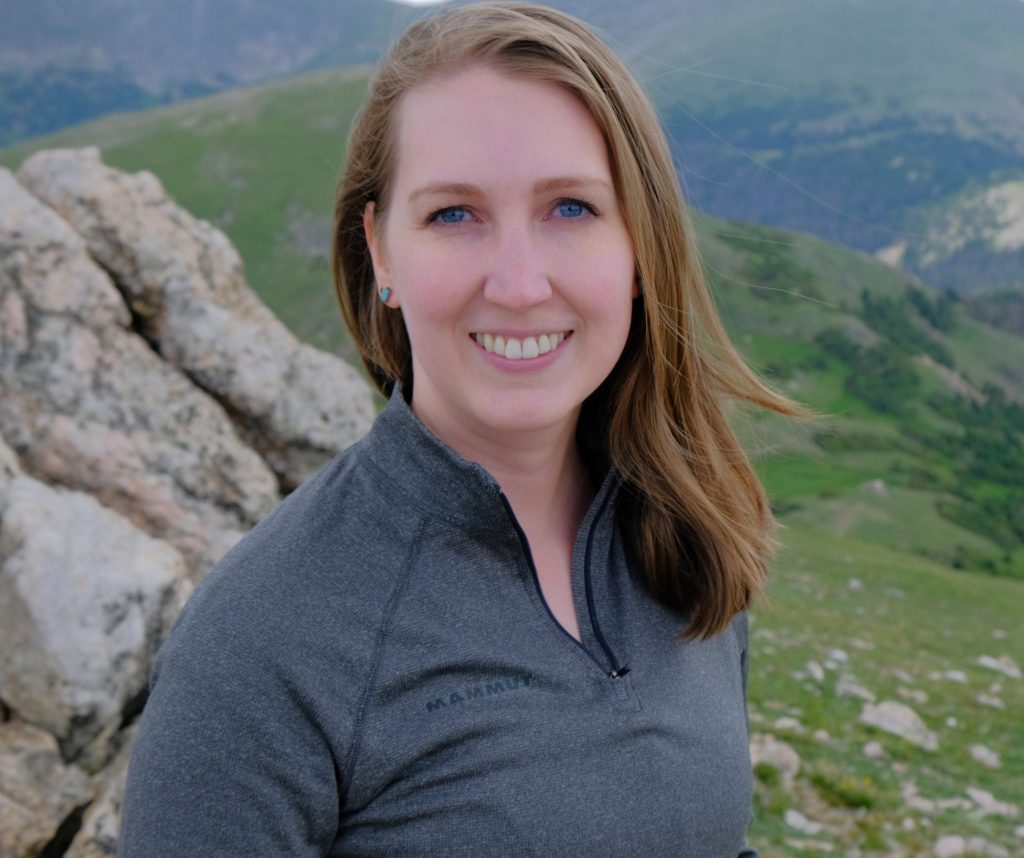
10/1/21 at 4:00 pm in Chemistry, A101
Literature Seminar – Organocatalyzed atom transfer radical polymerization (O-ATRP) is a reversible deactivation radical polymerization method that employs organic photoredox catalysts (PCs) and visible light to produce well-defined polymers. The use of organic PCs allows for polymerizations to occur under mild and energy-efficient conditions without use of rare-earth metals. Understanding the correlation between excited-state photophysical […]

10/1/21 at 4:00 pm in Chemistry, A101
Molecular crosslinks in polymers are added to increase mechanical strength and chemical resistances. Polymers, such as polyolefins, are difficult to install crosslinks as they have low functionality. Current Industry practice uses high energy hydrogen abstraction radical processes that have limited control. I will be presenting on a recent exciting development of a crosslinker capable of […]
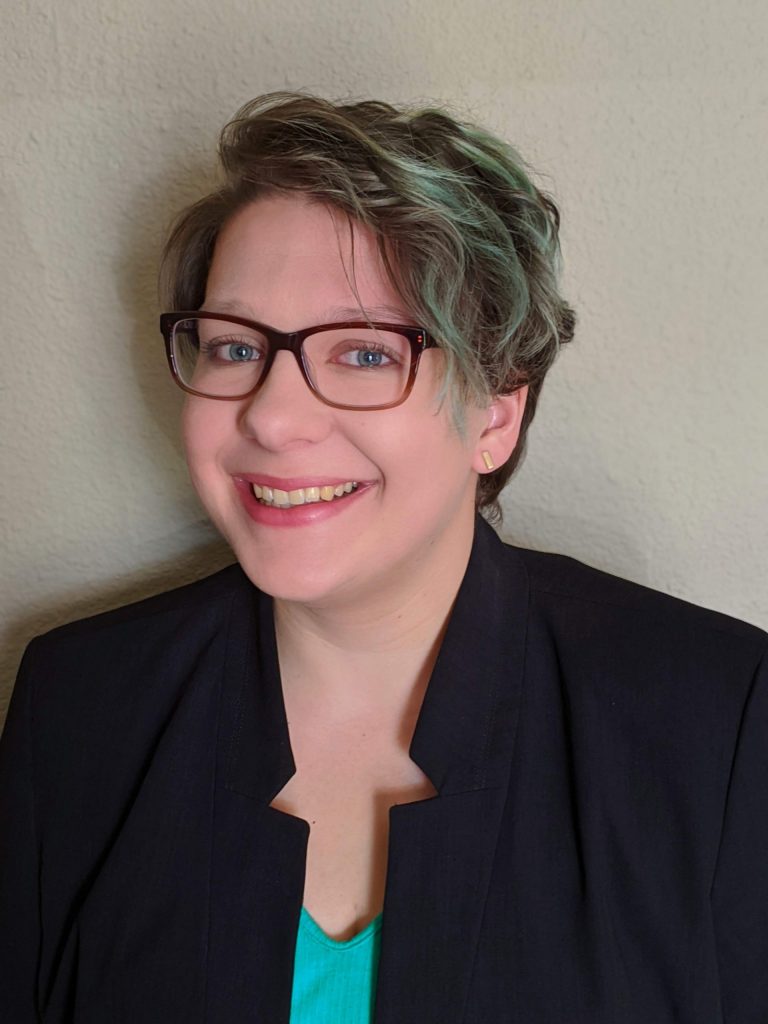
9/30/21 at 4:00 pm in Chemistry A101
Research seminar – A need for effective energy storage drives research into improving and understanding current battery technologies. In lithium or sodium ion batteries, a solid electrolyte interphase (SEI) is formed when electrolyte components are reduced. The SEI formed will impact battery lifetime and efficiency. Characterizing the structure and dynamics of the electrolyte solutions before […]
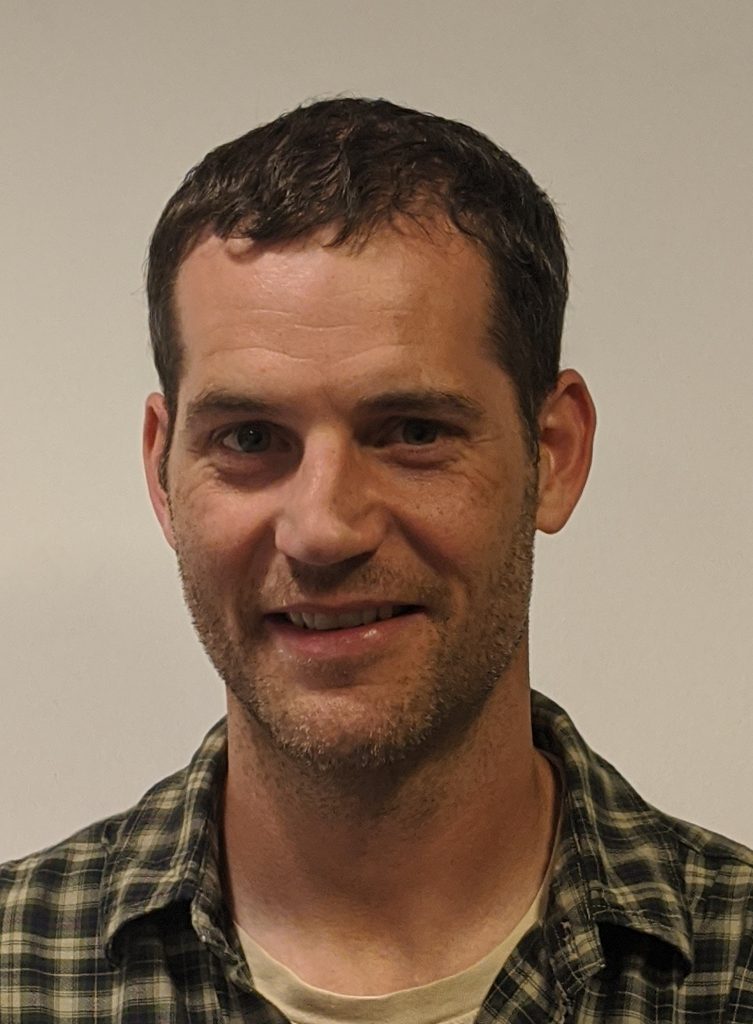
9/29/21 at 4:00 PM in Chemistry A101
Literature Seminar – Over the past 20 years, 2-dimensional (2D) material research exploded after the discovery of a simple and effective graphene preparation technique (so-called ‘Scotch tape method’). Mere van der Waals forces hold together the stacked layers of the atomically thin 2D material. Beyond graphene, there are other 2D semiconducting materials with promising new […]

9/29/21 at 4:00 PM in Chemistry A101
Literature Seminar – Contrast allows us to distinguish an object from its background. In biological electron microscopy it is challenging to see the details inside of cells due to the relatively similar atomic makeup of all biomolecular building blocks. To remedy this, molecular species of interest are often “tagged” in order to provide contrast, typically […]
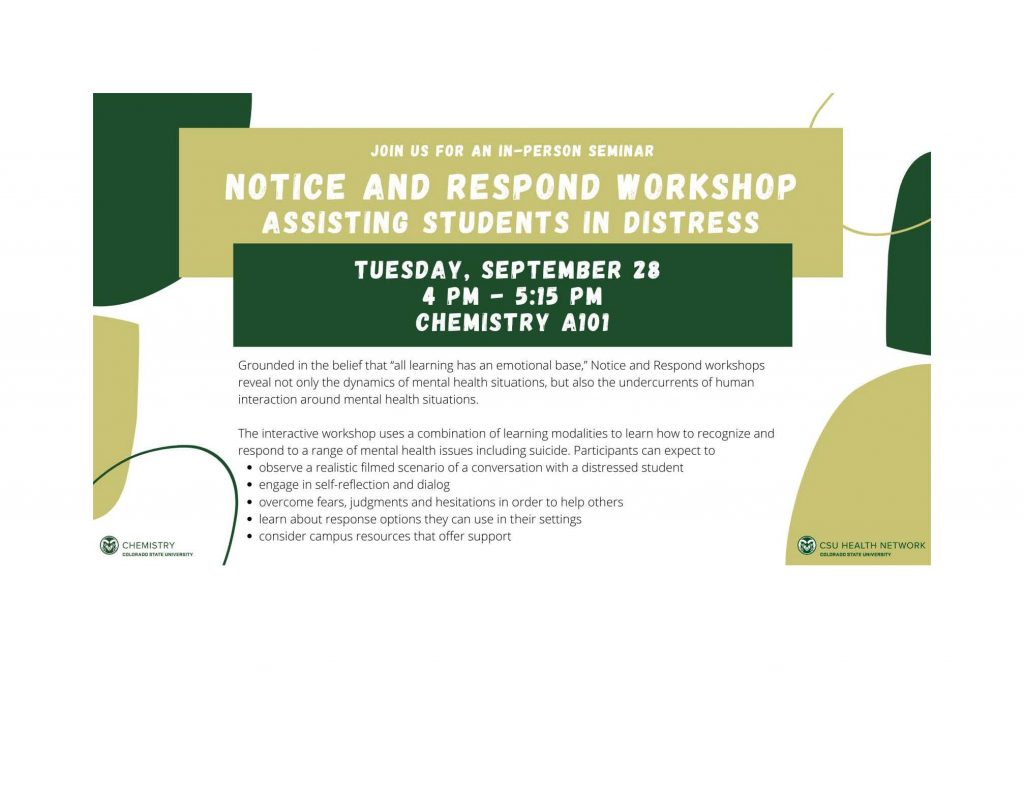
9/28/21 at 4:00 pm in Chemistry, A101
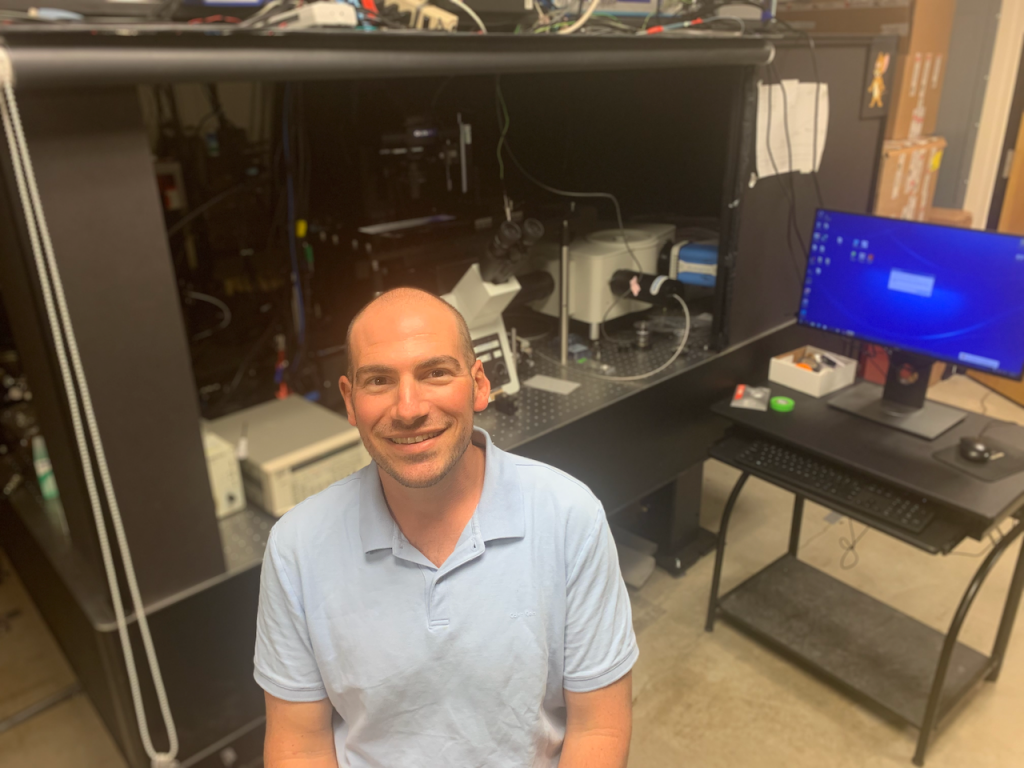
9/22/21 at 4:00 PM in Chemistry A101
About the Seminar: Energy needs and environmental trends demand a large-scale transition to clean, renewable energy. Nanostructured materials are poised to play an important role in this transition. However, nanomaterials are chemically and structurally heterogeneous in size, shape, and surface structural features. My research group focuses on understanding the correlation between nanoparticle chemistry/structure and functional […]
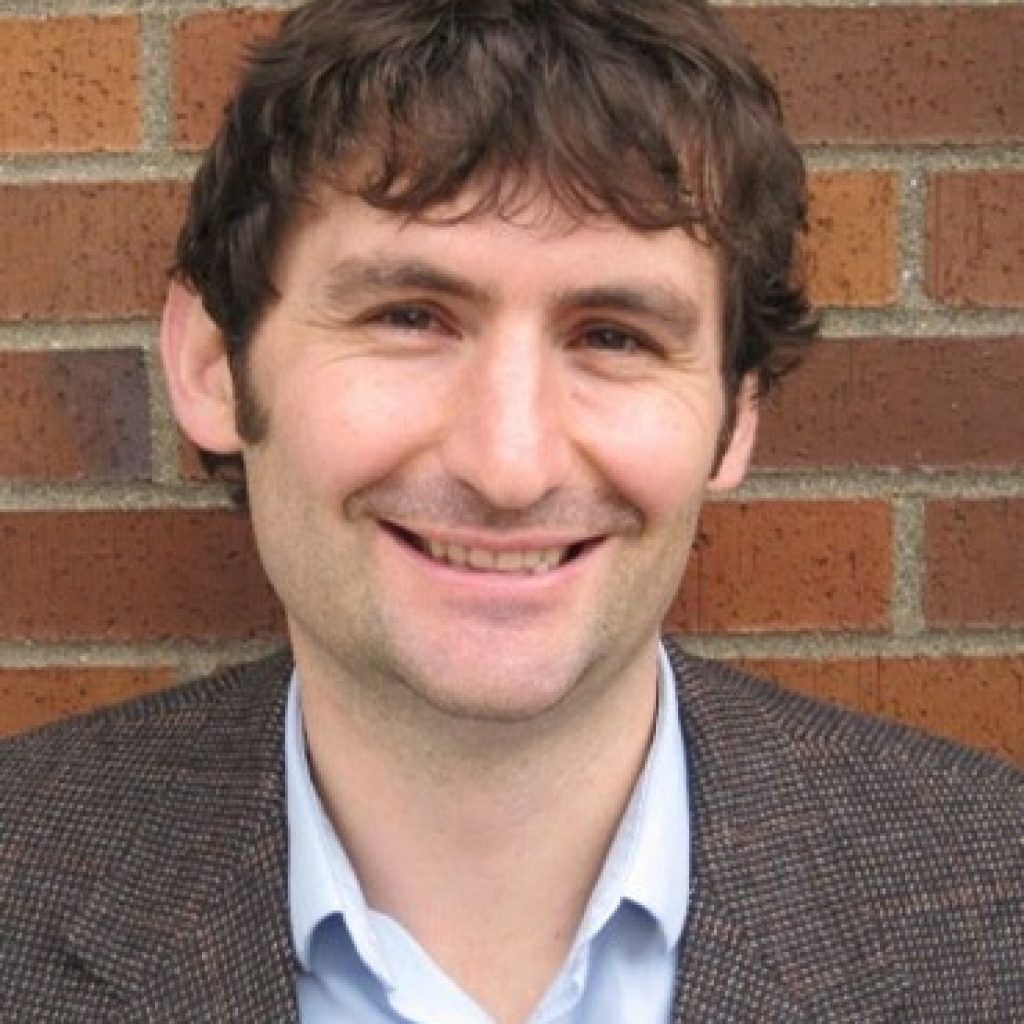
9/14/21 at 4:00 PM in Chemistry A101
About the Seminar: Commercialized membrane electrolyzers use acidic proton exchange membranes (PEMs). These systems offer high performance but require the use of expensive precious-metal catalysts such as IrO2 and Pt that are nominally stable under the locally acidic conditions of the ionomer. I will present our efforts to study and develop alternative electrolysis platforms. First, […]

9/13/21 at 4:00 pm in Chemistry, A101
Independent Research Proposal: Most modern catalysts utilize stationary nodes where catalyst- substrate interactions are intended. We are proposing a new class of organocatalysts that contain pendular nodes, where rapid isomerization or electron transport can give a single catalyst a set of moving nodes which allow one point on the molecule to rapidly switch from basic/nucleophilic […]

9/10/21 at 4:00 pm in Chemistry, A101
Research Seminar: Conventional thermosets, despite their technological significance in today’s materials economy, present a modern sustainability challenge because densely crosslinked network structures preclude recyclability or reprocessability. Emerging covalent adaptable networks (CANs) rely on dynamic bond exchange imbedded within crosslinks to render thermoplastic processability and offer sustainable alternatives to permanently crosslinked materials, but ideal orthogonal working/reprocessing […]
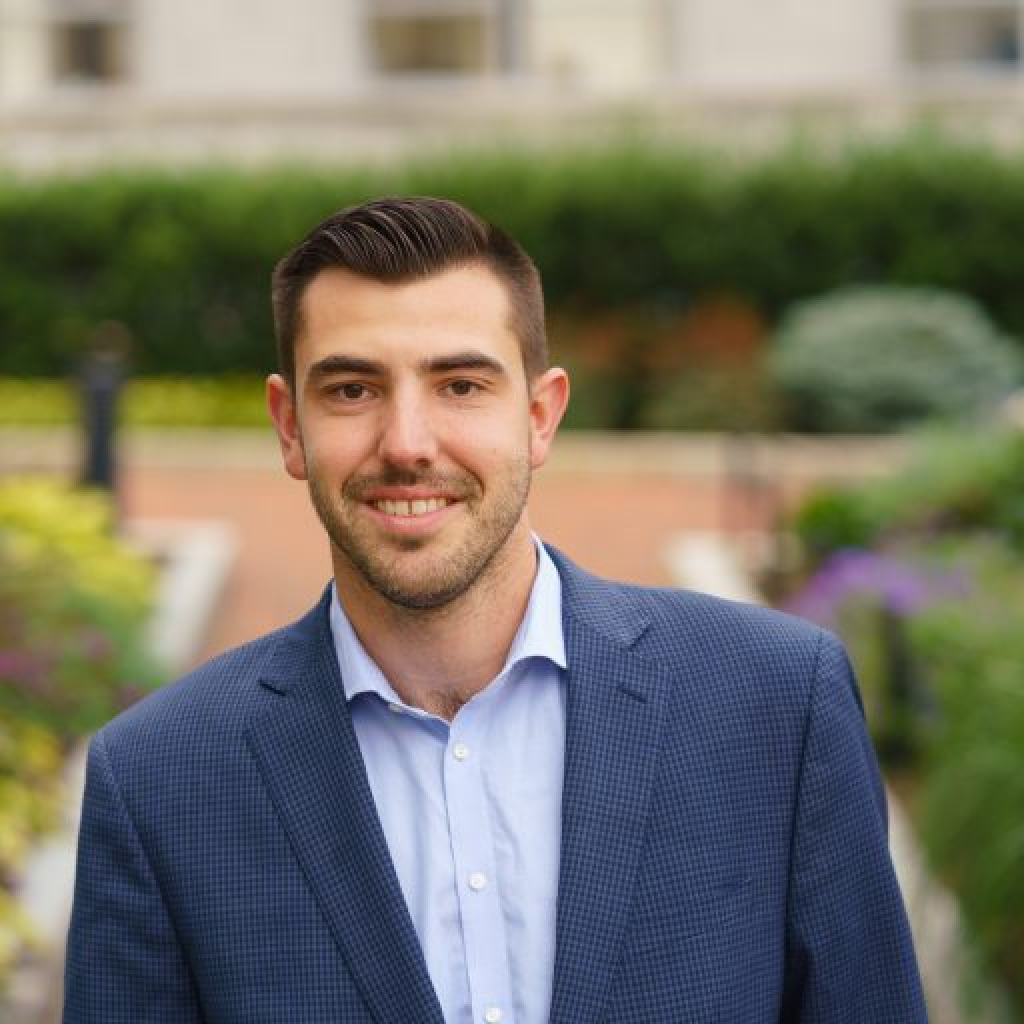
9/2/21 at 4:00 pm in Chemistry A101
About the Seminar Photochemical reactions are increasingly important for the construction of value-added, strained organic architectures. Direct excitation and photoredox reactions typically require mild conditions and permit access highly strained molecules and new synthetic methodologies. The a priori design of photochemical reactions is challenging because degenerate excited states often result in competing reaction mechanisms to undesired products. Further, […]

8/27/21 at 4:00 PM in
Independent Research Proposal Saturated aza-heterocycles are of great importance due to their abundance in bioactive molecules, natural products, and pharmaceuticals. The size of these rings can drastically alter their shape and binding properties. Ring expansion is a desirable strategy for medicinal chemists as it allows for conversion to analogues of varying ring sizes without the […]

7/13/21 at 4:00 PM in Virtual Seminar
About the Seminar: Current mass spectrometry techniques assume a clear cut border between healthy & cancerous tissues during oncological studies. However, a recent paper has shown that this border does not display homogeneity in Medulloblastoma, instead existing as a gradient of cancer-like cells. This has not been shown using microscopy and could mean a reworking […]

6/14/21 at 4:00 PM in Virtual Seminar
Independent Proposal Join Zoom Meeting Meeting ID: 983 1775 0921 Passcode: 1872
6/7/21 at 4:00 PM in Virtual Seminar
Independent Research Proposal Zoom Link Passcode 1872
6/7/21 at 4:30 PM in Virtual Seminar
Independent Research Proposal Abstract This proposal contains a synthesis to make a class of anti-cancer compounds for a potential immunotherapy treatment. We propose a new form of antibody drug conjugate that uses polyoxometalates (POMs) as a drug payload to increase the efficacy of oncolytic viruses for cancer treatment. Oxovanadates have a synergistic effect with oncolytic […]
5/4/21 at 4:00 PM in Virtual Seminar
Research Seminar Achieving control of magnetic relaxation in molecules is an important goal for molecular spintronics, quantum information, and biomedical imaging. The main hurdle to using molecules in the foregoing applications is a lack of fundamental understanding of precisely how the environment modulates spin relaxation times (T1, T2). One part of this challenge is the presence […]
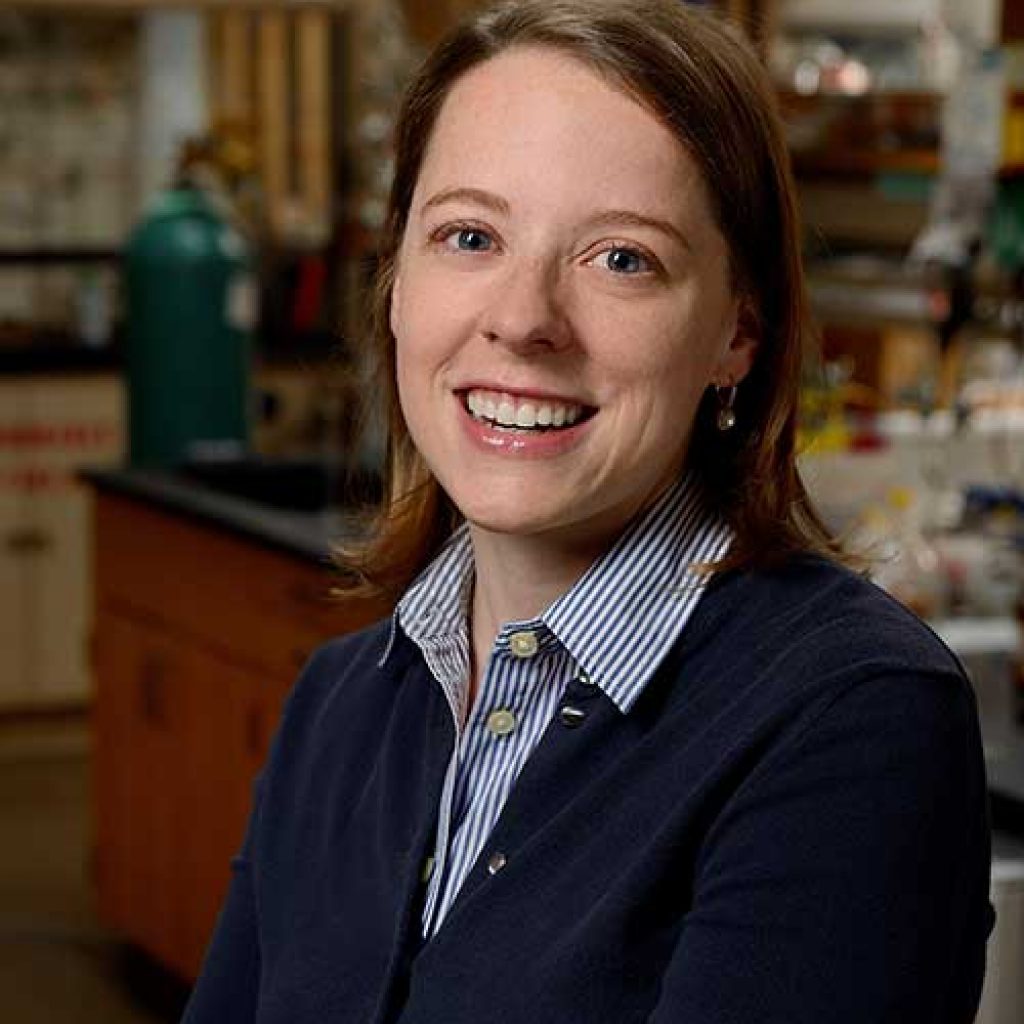
5/3/21 at 12:00PM in Virtual Seminar
About the Seminar: In the Silicon Age, the experience of daily life includes tools made from this ubiquitous semiconductor: computers, solar cells, and many more. Yet silicon synthesis relies on top-down, high-temperature approaches that yield only the most thermodynamically stable forms of silicon. Uncovering new structure-function space demands a different synthetic vision. This talk will […]

4/30/21 at 4:00 PM in Virtual Seminar
Research Seminar Intrinsic broadband white light emission has been observed in layered hybrid organic-inorganic perovskites with the formula (R-NH3+)PbBr4 and previously correlated to static lattice distortions. The structure and relevant electronic states of the inorganic layer are impacted by choice of the organic spacer cation (R-NH3+). The emission and structural dependence on the organic cation suggest […]
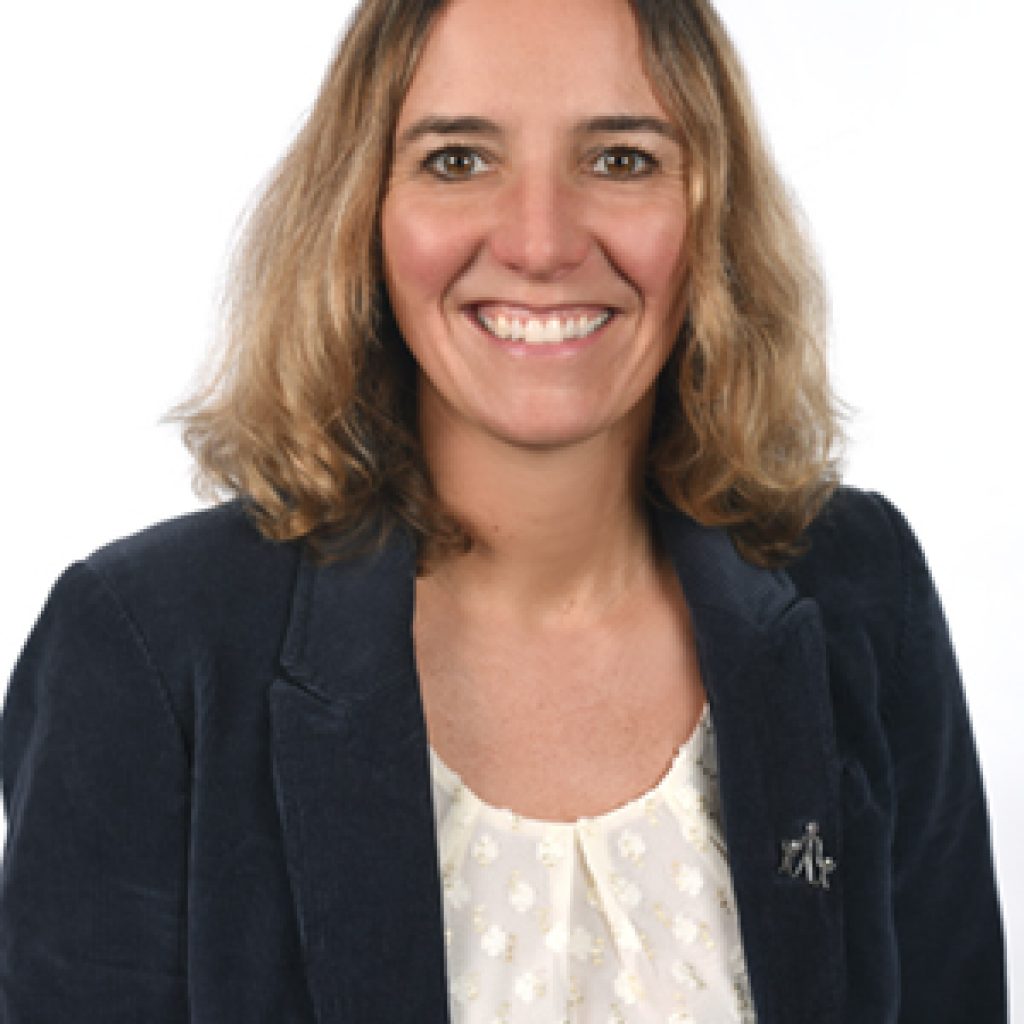
4/28/21 at 4:00 PM in Virtual Seminar
About the Seminar: Inorganic salts can enhance (“salting-in”) or inhibit (“salting-out”) the partitioning of organic gases to aqueous solutions relative to that in pure water. These phenomena may affect the composition and abundance of secondary organic aerosol (SOA), though their importance in the atmosphere is largely unconstrained at present. In this work, we quantify the effects of […]

4/27/21 at 4:00 PM in Virtual Seminar
Research Seminar Nanoparticles are used in a variety of areas, such as optoelectronics, medicine, and energy generation and storage. Different applications necessitate nanoparticles of different compositions and morphologies. Thus, developing fine synthetic control over phase and morphology is of interest to the field. Solution-phase nanoparticle synthesis allows control over particle shape and size, though phase […]
4/26/21 at 4:30 pm in Virtual Seminar
Research Seminar The visualization of molecular-level processes within living organisms should be considered a cornerstone of next-generation medicine. To that end, ultrasound can noninvasively image deep tissue with high spatiotemporal resolution but is lacking in molecular-level biosensors analogously available to other imaging modalities1. Gas vesicle (GV) protein nanostructures have recently been proposed as ultrasound contrast […]

4/26/21 at 4:00 PM in Virtual Seminar
Research Seminar Barcoding technology for object tracking continues to evolve in form, complexity and security. Recently, DNA has been used as a barcode allowing the user to encode information within the nucleic sequence, increasing the material’s storage density. However, the susceptibility of DNA to environmental damage (e.g., nuclease and ultraviolet (uv) light exposure) limits the […]
4/26/21 at 2:00 PM in Virtual Seminar
Independent Proposal Presentation Polypeptide synthesis by ring-opening polymerization of N-carboxy anhydrides requires stringent purity and air-free conditions, which undermines the potential of these materials. Recent methodology allows unpurified NCA polymerization to proceed rapidly, controllably, and in-air by using amphiphilic macroinitiators under emulsion conditions. This proposal is centered around developing a continuous emulsion-flow process and designing […]
4/23/21 at 4:00 PM in
Research Seminar: Metal-organic framework (MOF) nanosheets are promising materials for applications in heterogeneous catalysis as a greater proportion of their active metal sites are positioned on the exterior surface of the MOF relative to other particle morphologies. Due to these limitations caused by substrate diffusion into MOF pores, my research efforts are focused towards developing […]
4/22/21 at 4:00 PM in Virtual Seminar
Teams Meeting Link
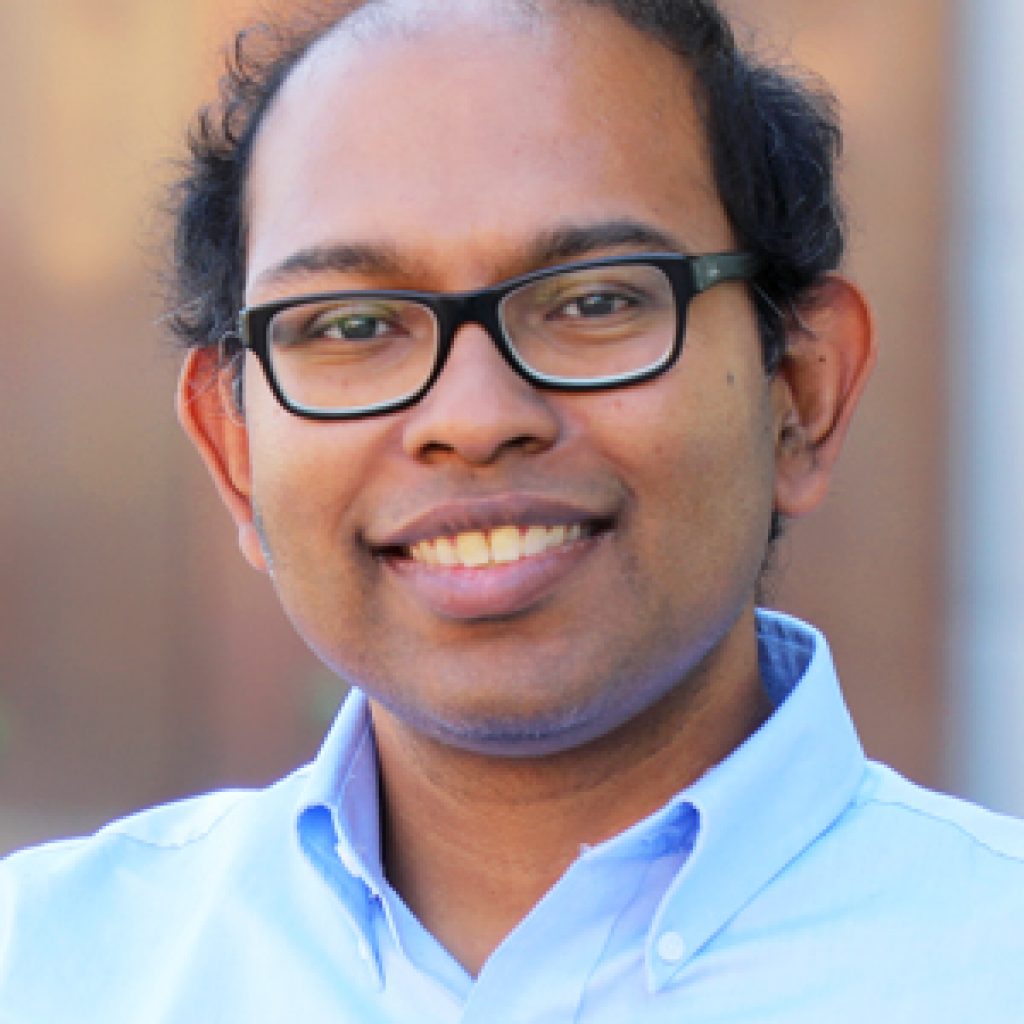
4/19/21 at 4:00 PM in Virtual Seminar
About the Seminar: We report a 100-million atom-scale model of an entire cell organelle, a photosynthetic chromatophore vesicle from a purple bacterium, that reveals the cascade of energy conversion steps culminating in the generation of ATP from sunlight. Molecular dynamics simulations of this vesicle elucidate how the integral membrane complexes influence local curvature to tune […]
4/9/21 at 4:00 PM in
Research Seminar About the Seminar: Organocatalyzed atom transfer radical polymerization (O-ATRP) is a method for producing well defined polymers under mild, metal-free conditions through the use of organic photoredox catalysis. Since the introduction of O-ATRP in 2014, much of the work in this field has focused on advancing this methodology through the development of new […]
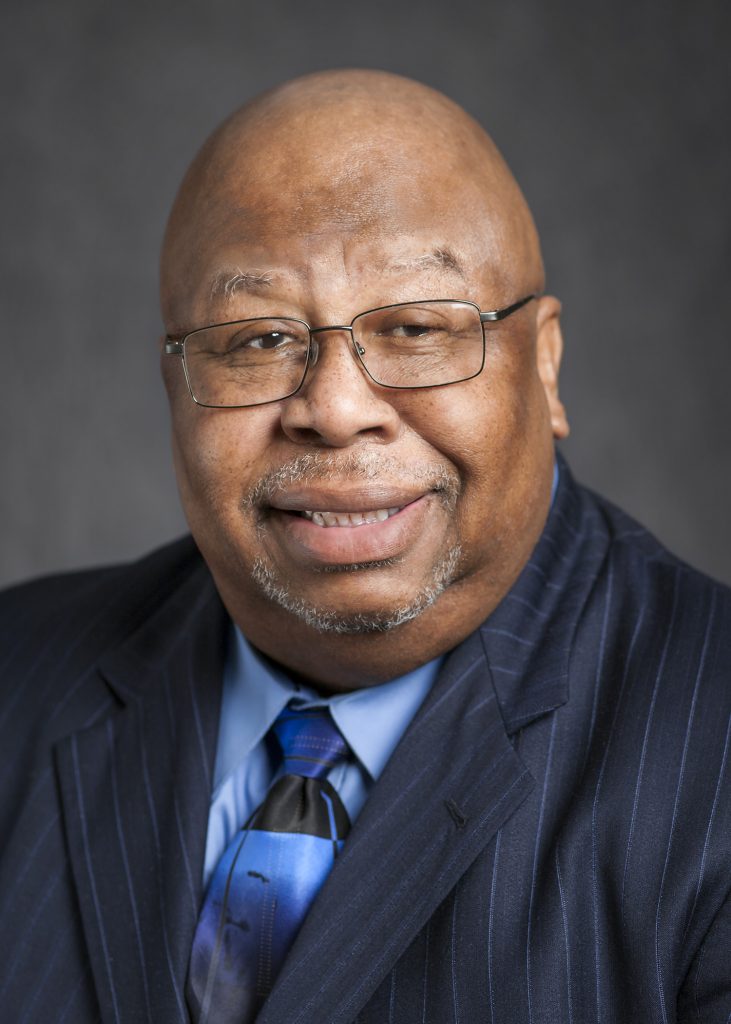
4/7/21 at 4:00 PM in
HACH Distinguished Speaker About the Seminar: Our research has explored unique applications of room-temperature ionic liquids (RTILs) for several years. More recently, we have extended the range of these materials to include applications of similar solid phase materials, i.e. organic salts with melting points of frozen ionic liquids (25 °C to 100 °C) up to […]
4/6/21 at 4:00 PM in Virtual Seminar
Research Seminar Nickel-catalyzed cross coupling reactions driven by light represent a family of promising new methods to furnish carbon-hetoatom (C-N, C-O, and C-S) bonds which are highly sought after in medicinal and process chemistry, as well as in other fields. The development of a novel C-N bond formation method between aryl halides and amines that […]
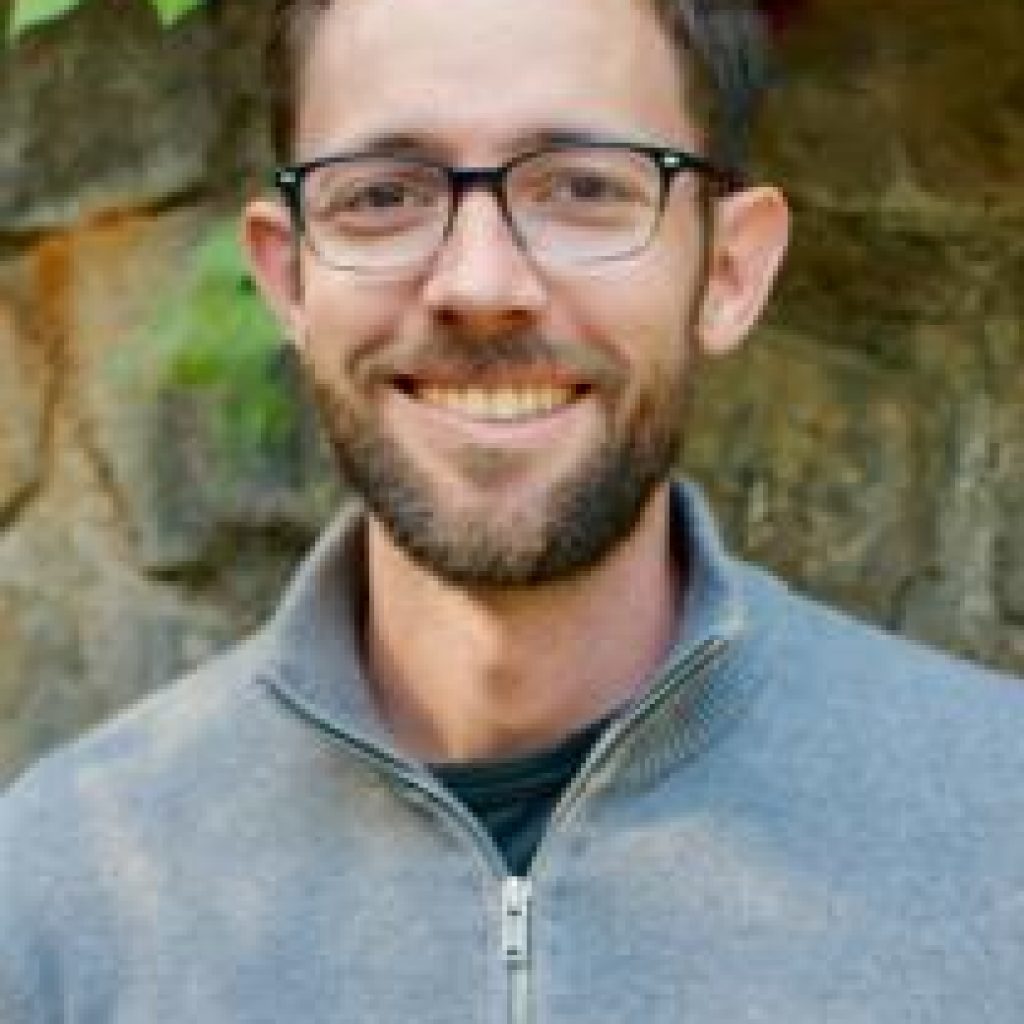
4/5/21 at 4:00 PM in Virtual Seminar
About the Seminar Critical for numerous cellular functions is the dynamic interplay between cell surface receptors, small GTPases, and the enzymes that synthesize phosphatidylinositol phosphate (PIP) lipids. Using human neutrophils as a model system for cell polarity and migration, we find that small GTPases and PIP lipid modifying enzymes trigger a molecular signal that propagates […]
4/2/21 at 4:00 PM in
Research Seminar Zoom Link Meeting ID: 955 2650 9962 Passcode: 004276
3/31/21 at 4:00 PM in Virtual Seminar
Analytical Division Poster Session Link:TBA
3/26/21 at 4:00 PM in Virtual Seminar
Literature Seminar Photonic crystals are materials which possess a photonic band gap. When these band gaps are in the visible light regime structural color arises, precluding the need for toxic pigment or dyes to produce color. Structural color is widespread in nature with examples such as opal gemstones, butterfly wings, and responsive camouflage of chameleons. […]
3/25/21 at 4:00pm in Virtual Seminar
About the Seminar: Nuclear magnetic resonance (NMR) and magnetic resonance imaging (MRI) are the key spectroscopic and medical imaging technology in both science and industry. However, high cost and effort for installation and maintenance of superconducting magnets and cryogenic conditions are major obstacles in taking full advantage of NMR and MRI. One way to overcome […]
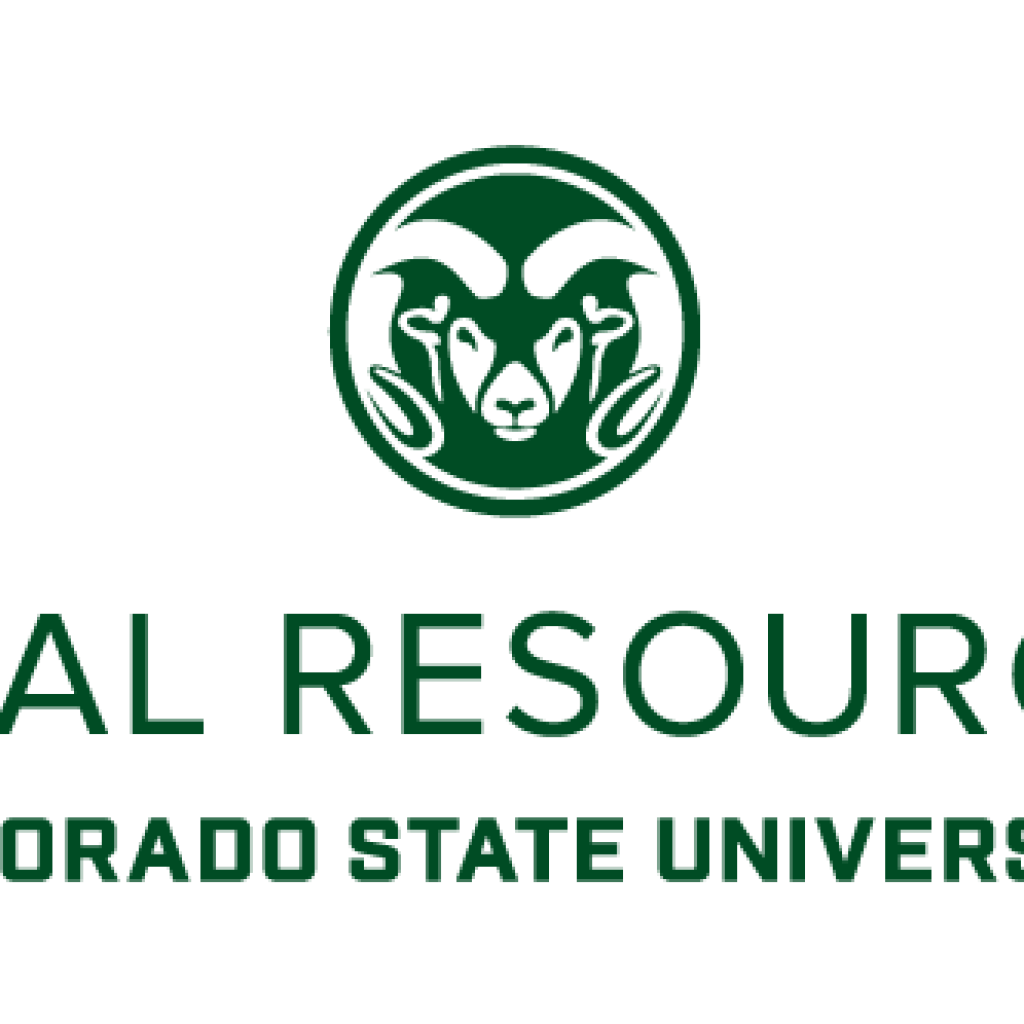
3/22/21 at 4:00 PM in Virtual Seminar
Seminar presented by ARC-MMA and Bruker Speakers: A. Filipenko, Ph.D. – National Applied Markets Manager, Bruker Scientific, LLC P. Mbarushimana, Ph.D. – Application Scientist, Bruker Scientific, LLC Mass Spectrometry (MS) has become an indispensable tool for polymer analysis and has been widely used to study polymer structure and composition, end-groups and additives, molecular weight distribution, […]
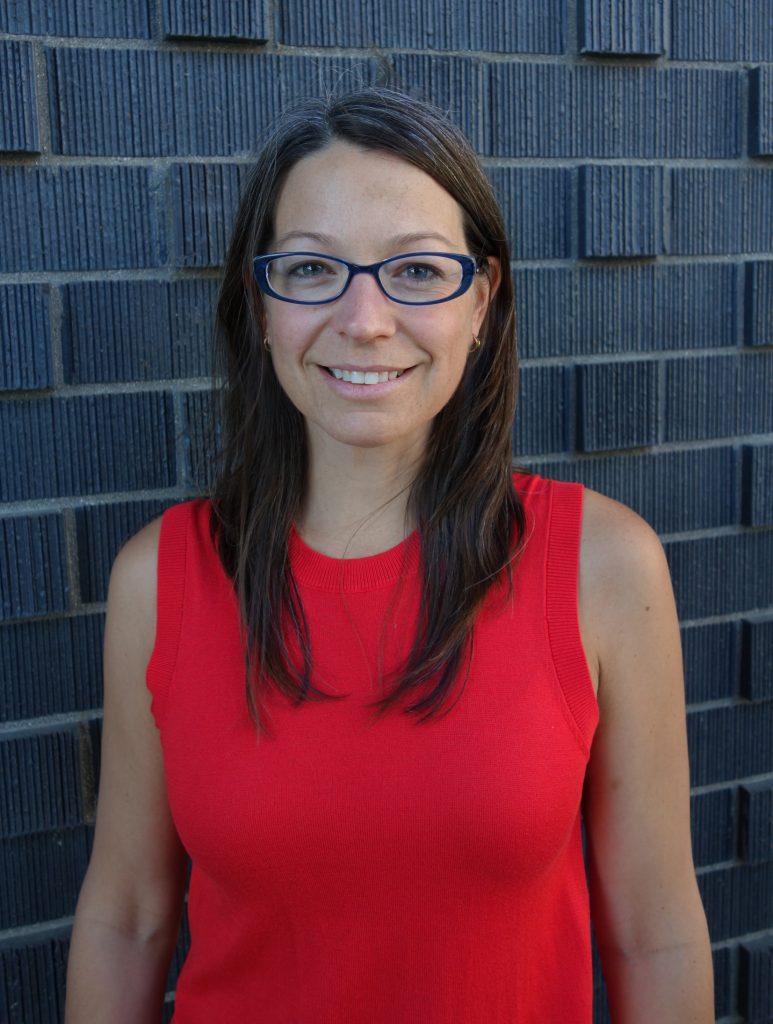
3/16/21 at 4:00 PM in Virtual Seminar
Join Zoom Meeting https://zoom.us/j/91840007092?pwd=ZjN2VDZoYlJzU1ZscXB0SzlrQ1BEUT09 Meeting ID: 918 4000 7092 Passcode: 383641 Join by SIP 91840007092@zoomcrc.com

3/11/21 at 4:00 pm in Virtual Seminar
Research seminar: Super-resolution microscopy circumvents the diffraction limit of light so that emitters separated by ~5 nm can be resolved. While electron microscopy achieves better resolution, light microscopy records the fluorescence dynamics of the system, which are often indicative of underlying processes such as charge and energy transfer. However, most super-resolution images are acquired on […]

3/9/21 at 4:00 PM in Virtual Seminar
Research Seminar MR thermometry would enable powerful biomedical applications with the design of novel cobalt-59 spin-base probes. Yet unrealized is the strong temperature dependence of structure-function relationship between ligand and nuclear spin in various cobalt complexes. Herein, a series of Co-N6 complexes is investigated to understand how to control temperature dependent nuclear spin properties of […]
2/24/21 at 4:00 PM in Virtual Seminar
Teams Meeting Link
2/23/21 at 4:00 PM in Virtual Seminar
Research Seminar Catalytic generation of nitric oxide (NO) at material surfaces improves implanted medical device performance. Devices containing the metal-organic framework (MOF) [(Cu4Cl)3–(BTTri)8] (CuBTTri) catalyze NO release from the endogenous tripeptide S-Nitrosoglutathione (GSNO). MOFs are hybrid inorganic-organic materials that are promising heterogeneous catalysts due to their tunability, well-defined geometry, porosity, and high surface area. We […]
2/16/21 at 4:00 PM in Virtual Seminar
About the Seminar: Porosity in network solids, including zeolites, activated carbons, and metal-organic frameworks, has been widely interrogated for decades. In molecular metal-organic systems, however, it is a relatively novel phenomenon. This is somewhat surprising given the fact that porous organic cages can display surface areas that rival those of metal-organic frameworks. This talk will […]
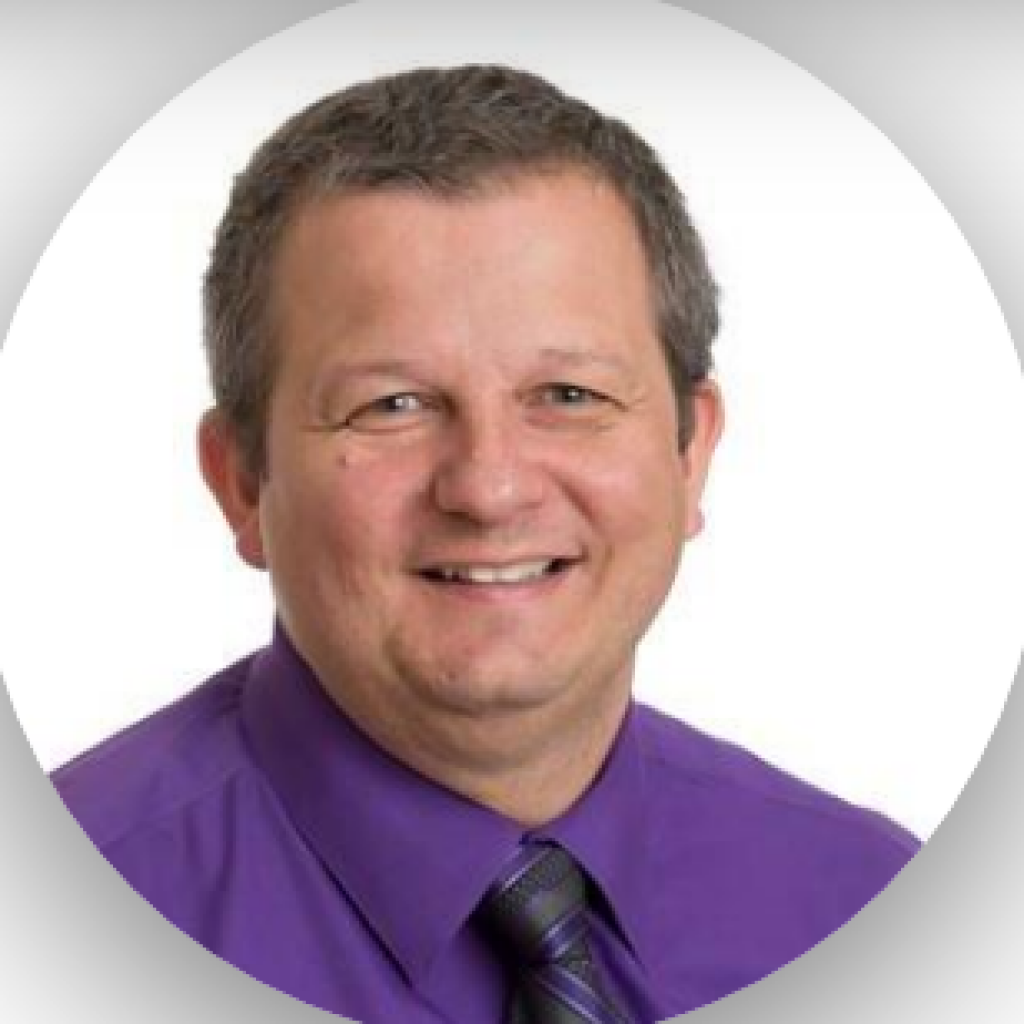
2/10/21 at 4:00 PM in Virtual Seminar
The goal of radioanalytical chemistry is to identify and quantify radioisotopes present in a variety of samples. It combines advanced radiochemical separations with state-of-the art radiation detection techniques and provides information on the origin, speciation and mobility of the material. It plays an important role in evaluating its impact on humans and the environment. The […]
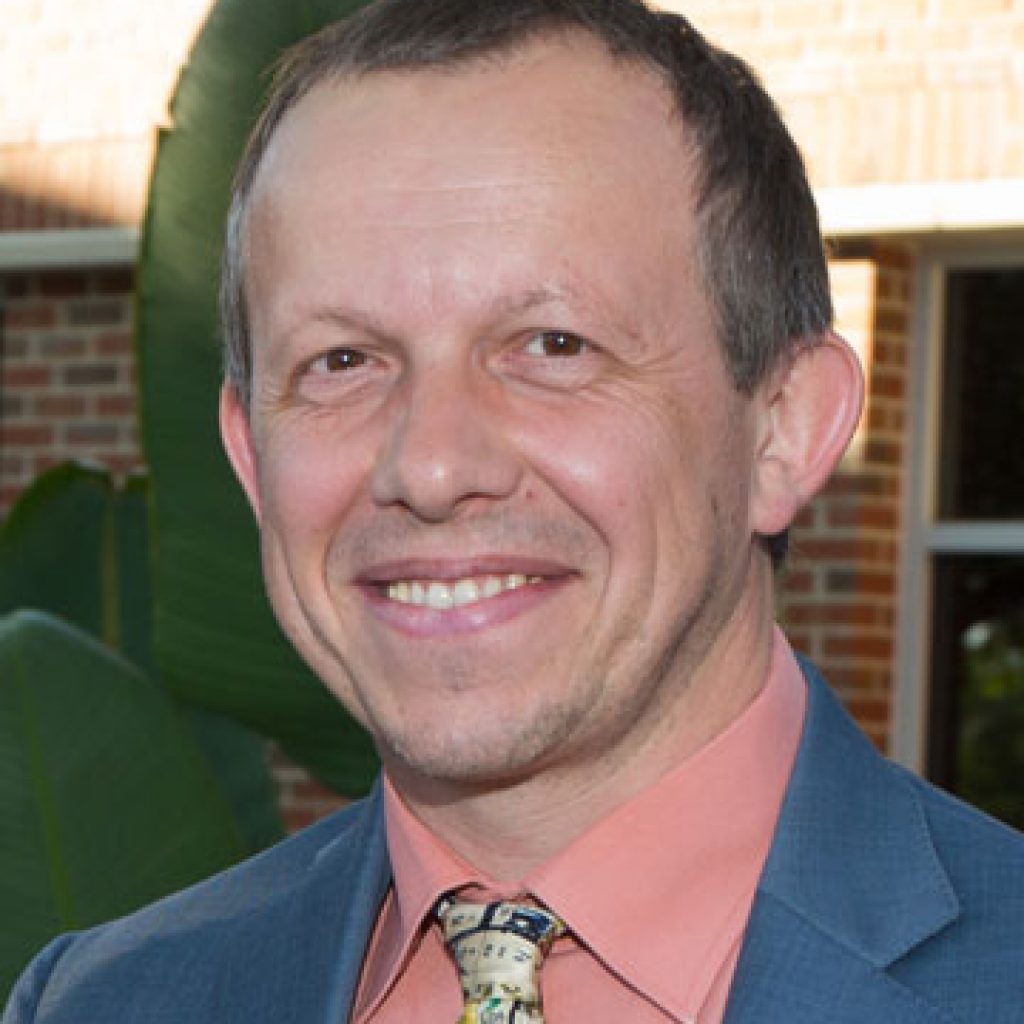
2/5/21 at 4:00 PM in
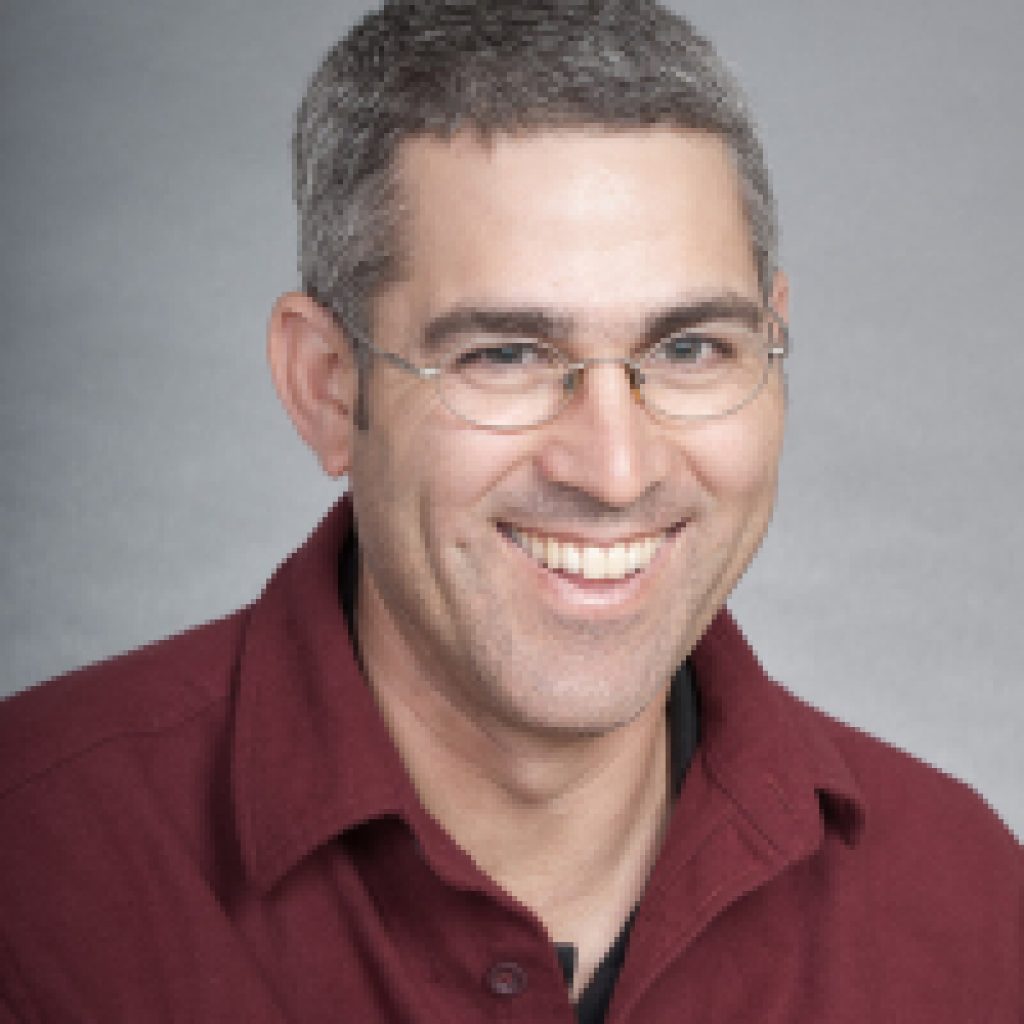
1/26/21 at 4:00 PM in Virtual Seminar
About the Seminar: Yb3+-doped lead-halide perovskites (Yb3+:CsPb(Cl1-xBrx)3) have recently emerged as unique materials combining strong, tunable broadband absorption with near-infrared photoluminescence quantum yields (PLQYs) approaching 200% at ambient temperature. These remarkable properties make Yb3+:CsPb(Cl1-xBrx)3 an extremely promising candidate for spectral shaping in various solar-energy-conversion devices. This talk will describe some of our group’s recent research […]

1/22/21 at 4:00 PM in Virtual Seminar
Literature Seminar Nanoparticles are emerging as a material of interest for photovoltaic applications. Current colloidal synthesis methods use long chain coordinating organic molecules as ligands to passivate the surface. Exchanging these ligands for smaller organic molecules or inorganic compounds is required to improve particle interactions for charge carrier transport. Current literature focuses on binary systems […]
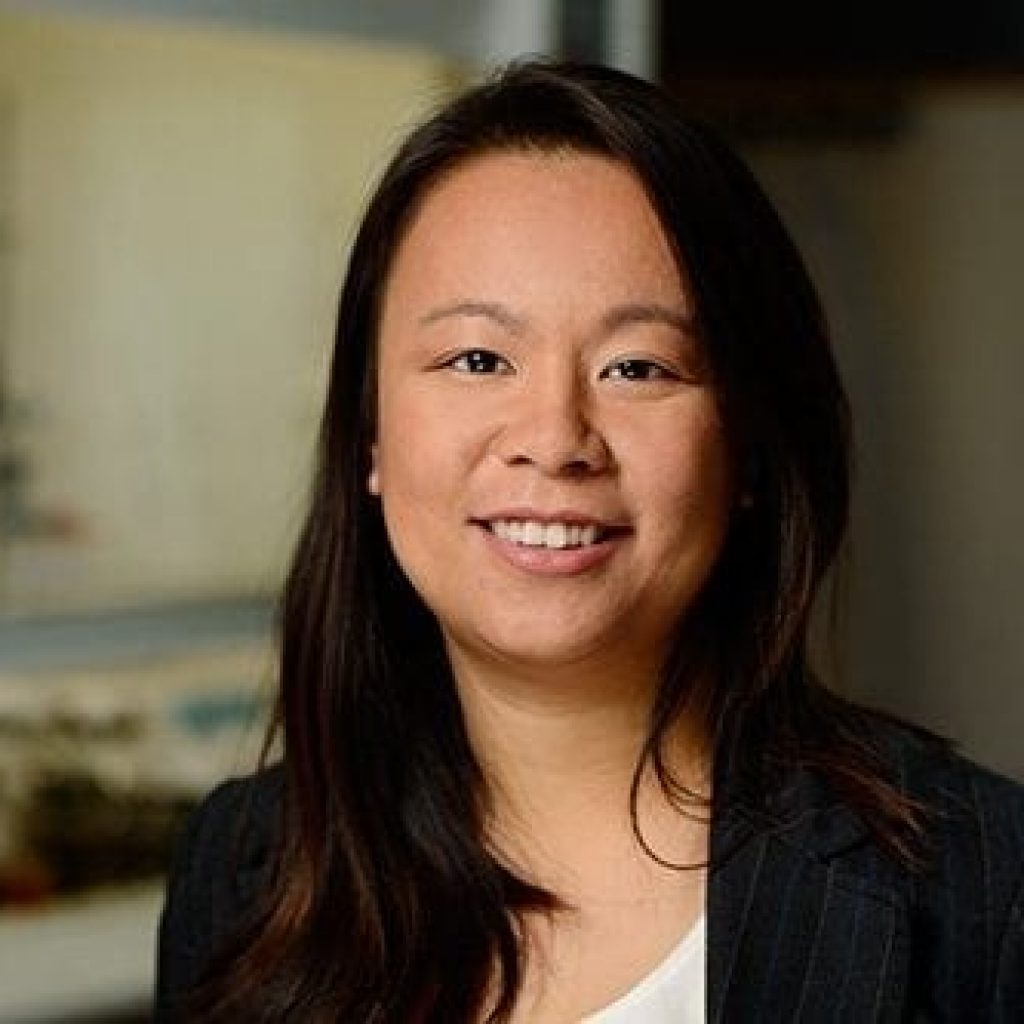
1/19/21 at 4:00 PM in Chemistry A101
CGSO HOSTED EVENT About the seminar: Despite their high theoretical specific energy of 2,600 Wh kg-1, the commercialization of Li-S devices is hindered by irreversible capacity loss from the dissolution of polysulfide intermediates in the electrolyte solution. We report novel strategies to design reactive sites for polysulfide adsorption in metal-organic frameworks (MOFs) to improve capacity […]
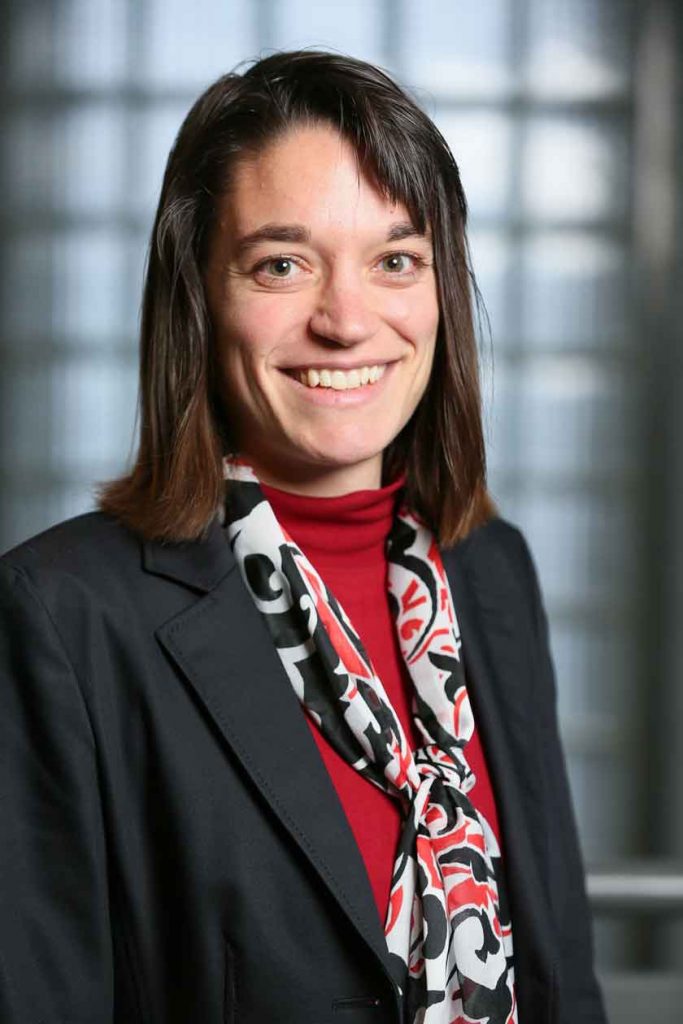
1/14/21 at 9:00 AM in Virtual Seminar
About the Seminar: Nature produces soft materials possessing exceptional mechanical properties. These properties are to a large extent related to the well-defined structures and locally varying compositions of these natural materials. Key to the excellent control nature possesses over the structure and local composition of its materials is their fabrication: Many of these materials are […]
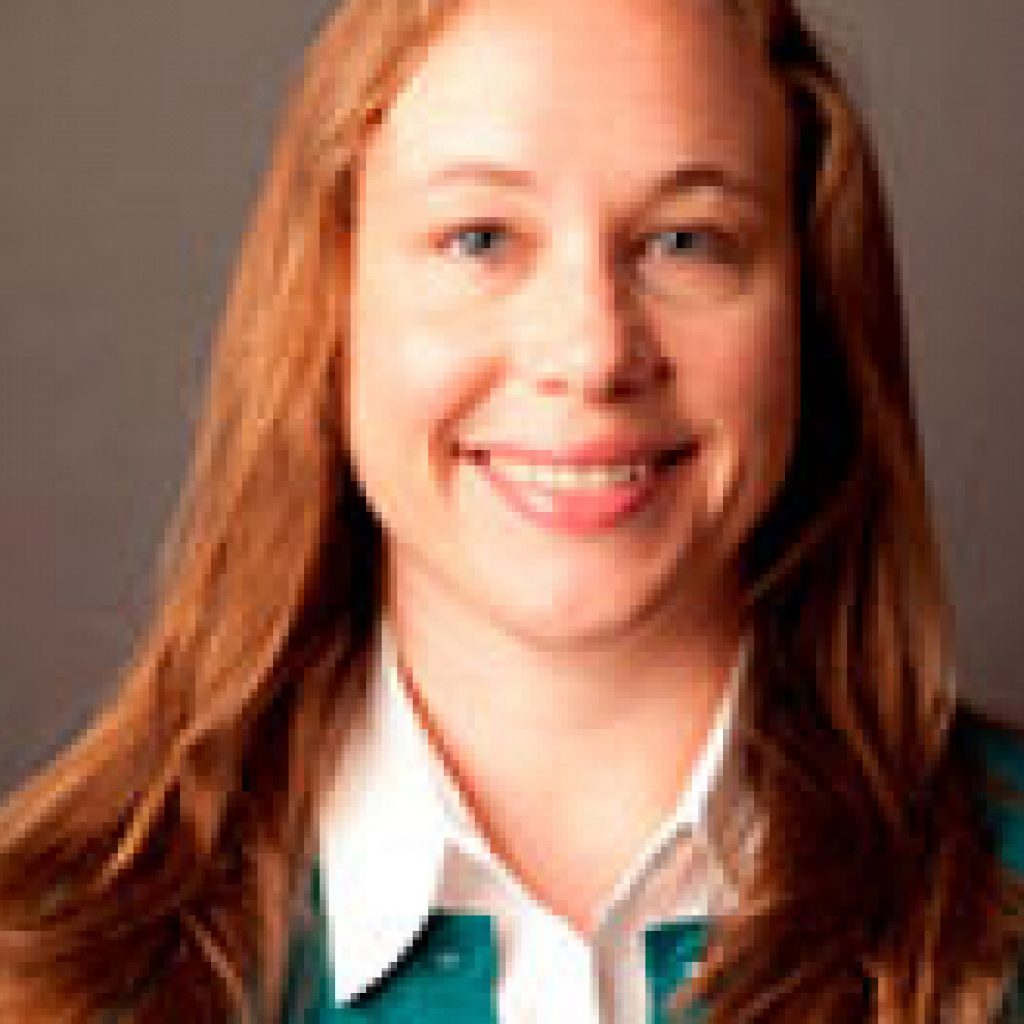
10/29/20 at 4:00 PM in Virtual Seminar
Lipid bilayer membranes are complex, dynamic, and functional structures composed of a wide diversity of lipids, proteins, small molecules, and water organized in heterogeneous domains through noncovalent interactions. The structure and motion of these molecules generate large electric fields within the interior of the membrane that are critical to membrane structure and function. Here, we […]

10/28/20 at 4:00 PM-8:00 PM in Virtual Seminars
Analytical Division Poster Session Links to presentations: TBA
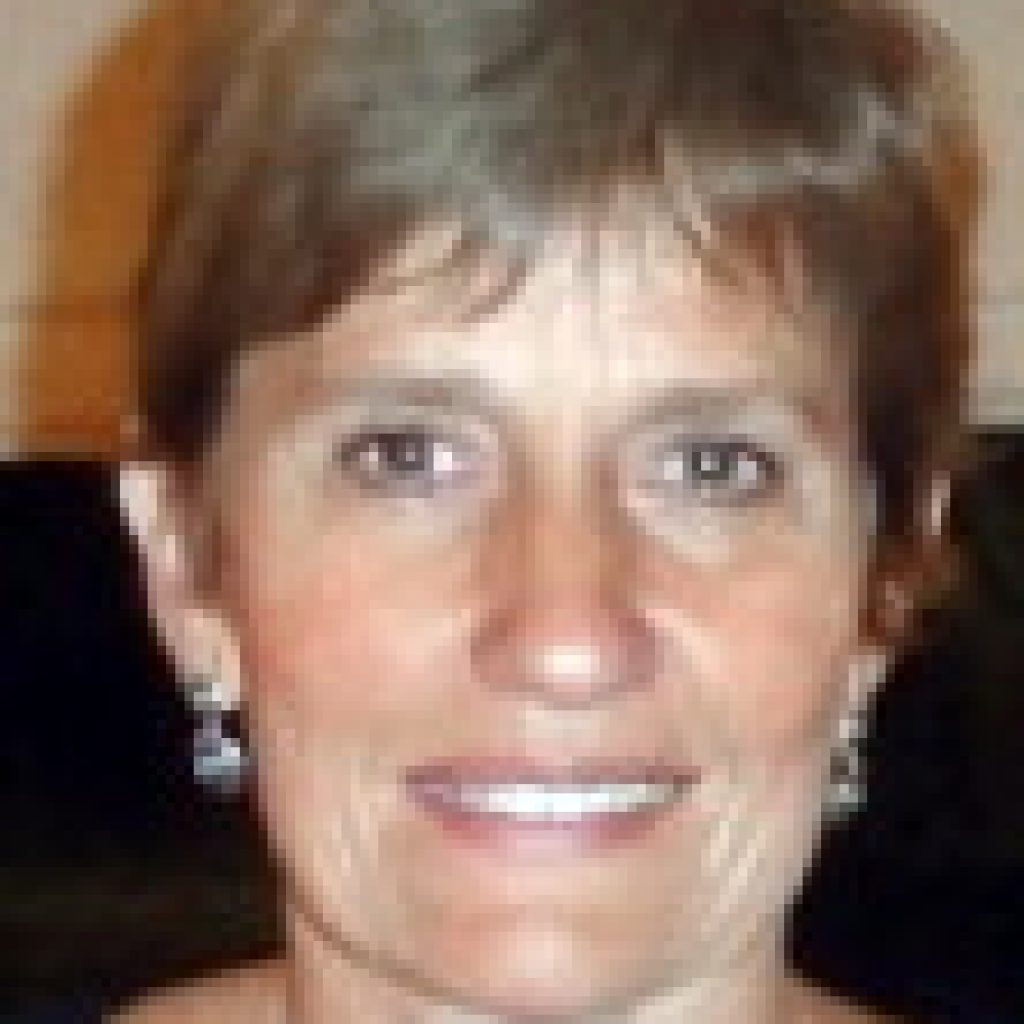
10/27/20 at 4:00 PM in Virtual seminar
The diseases produced by trypanosomatid parasites, like American Trypanosomiasis (Chagas disease), Human African Trypanosomiasis (sleeping sickness, HAT) and Leishmaniasis constitute an urgent health problem gathered in the poorest regions of the world. These diseases are highly prevalent and classified as neglected tropical diseases (NTDs) by the World Health Organization (WHO) due to low historical investment […]
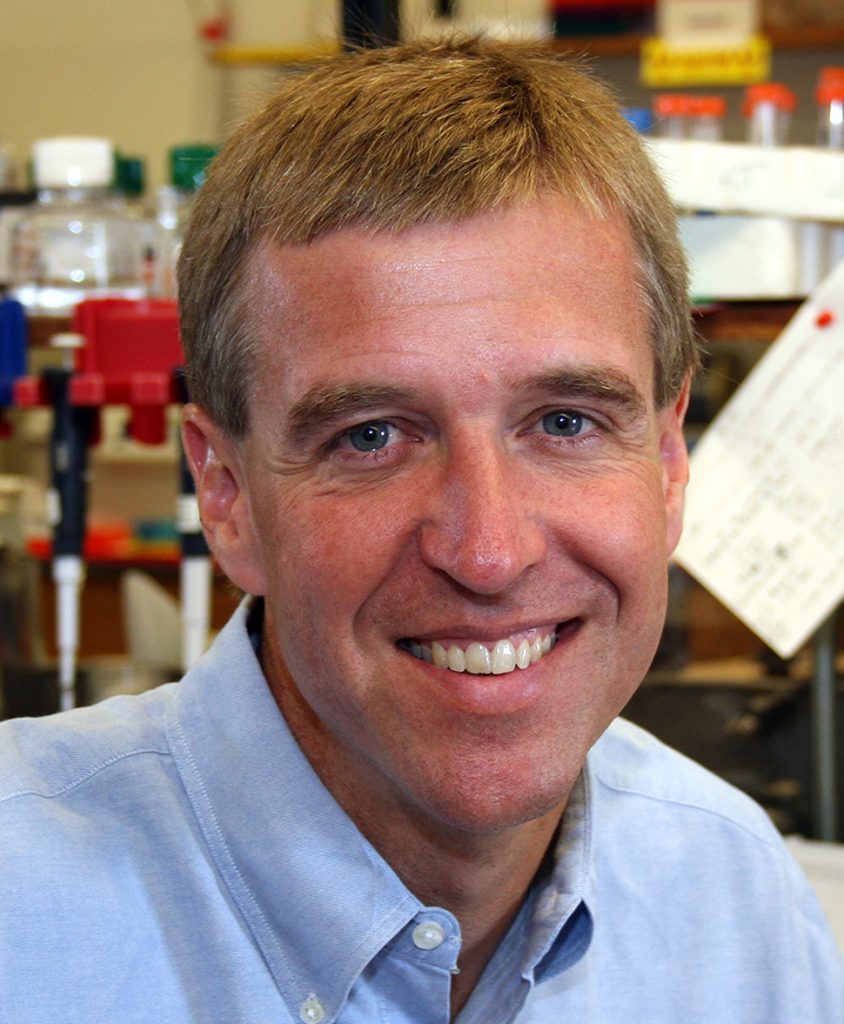
10/26/20 at 4:00 PM in Virtual Seminar
The functions of many RNA molecules – including mRNAs, long non-coding RNAs, and the genomes of RNA viruses – require that an RNA fold back on itself to create intricately and complexly folded structures. Until recently, however, we had little idea of the broad interrelationships between RNA structure and function because there simply did not […]
10/22/20 at 4:00 PM in Virtual Seminar
JOIN US FOR A WEBINAR ON BEST PRACTICES FOR SUPPORTING STUDENTS’ MENTAL HEALTH IN A VIRTUAL WORLD IN THIS SESSION, YOU WILL LEARN: 1) The Well-Being in Academic Environments Tool Kit (Based on successful initiative from University of Texas Austin) 2) Easy to implement strategies for fostering well-being, while creating effective learning environments 3) Additional […]
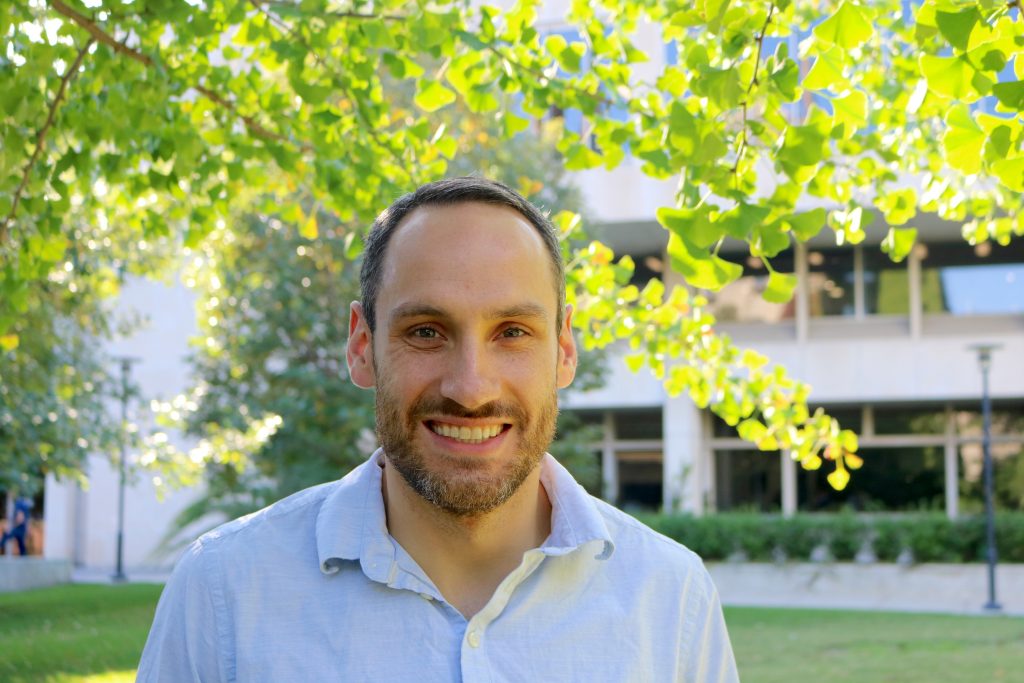
10/20/20 at 4:00 pm in Virtual Seminar
Nature has inspired inorganic chemists to look beyond the immediate coordination sphere of complexes to tune and optimize reactivity. Two important themes have been the use of pendant proton donors/acceptors as well as incorporating redox-active moieties into ligand scaffolds. However, nature does not limit itself to an “either/or” strategy, and uses both of these features […]
10/16/20 at 4:00 PM in Virtual Research Seminar
Coinage metal-thiolate assemblies exemplify hierarchical structure and structure-property relationships. They comprise structurally weak hydrogels of stacked sheets. Inclusion of an anti-solvent in synthesis of these materials fundamentally changes their structure, resulting instead in colloidal amorphous metal complexes. The colloids undergo a hydration-dependent and reversible sol-gel transition. Because the colloids are flexible, they morph in the […]
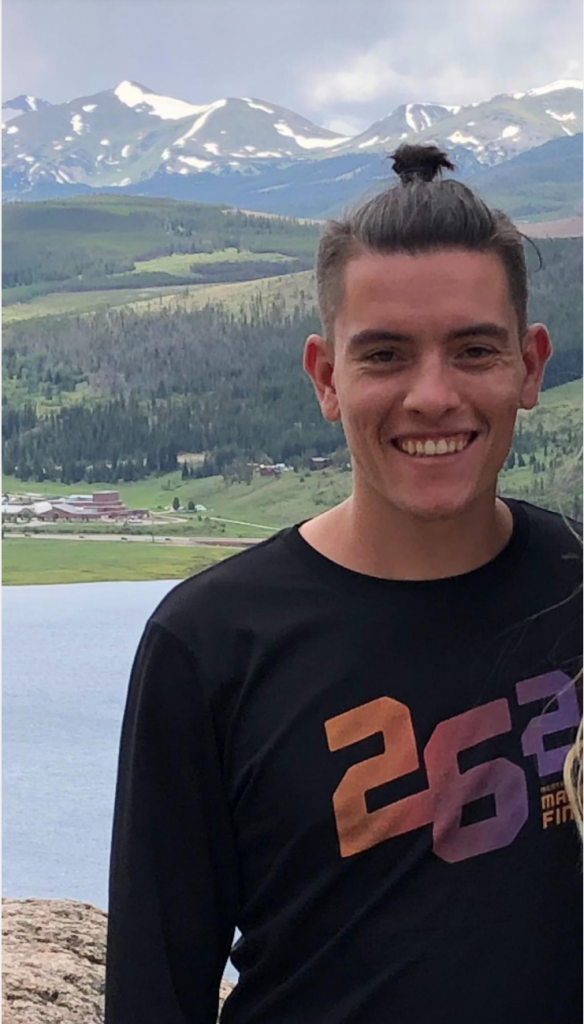
10/14/20 at 4:00 PM in Virtual Seminar
Literature Seminar Ozone is a key air pollutant that impacts human and ecosystem health, and acts as a short-lived climate forcer. Despite being the focus of many decades or research, atmospheric ozone trends in urban areas can still be difficult to predict. Based on previous laboratory and modeling studies,1,2 heterogeneous uptake of atmospheric HO2 on […]
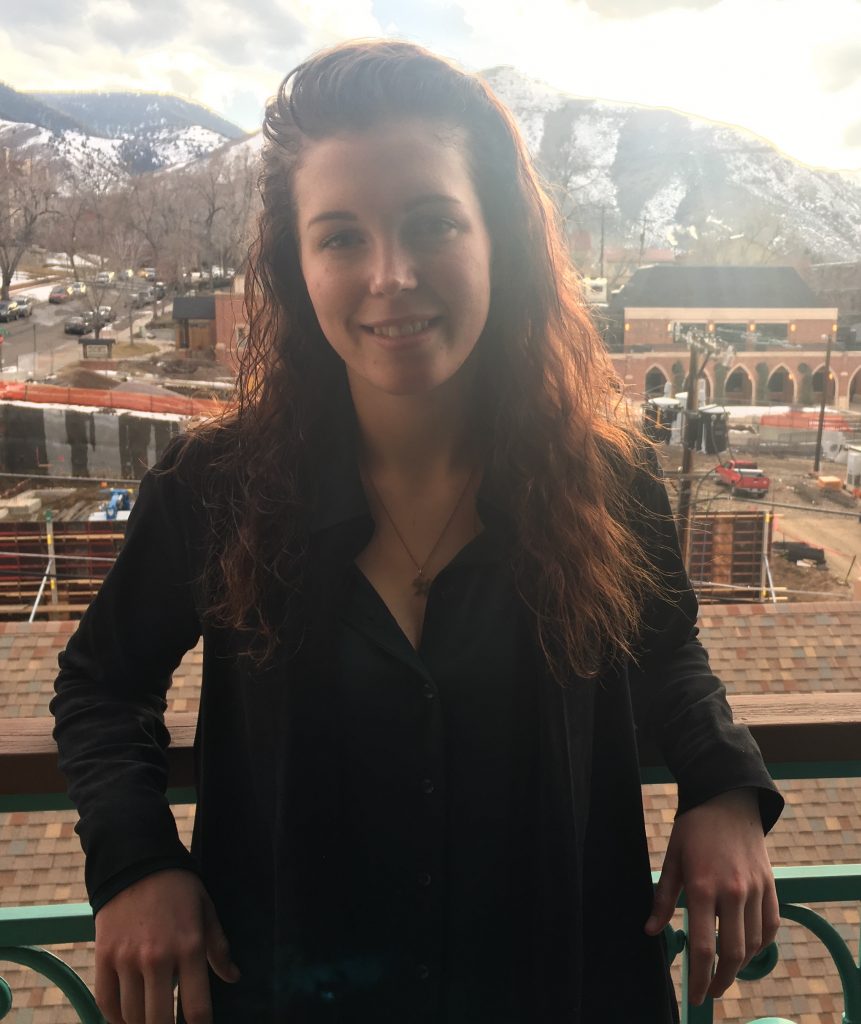
10/14/20 at 4:30 PM in Virtual Seminar
Literature Seminar Biomechanical properties of cells have emerged as an important indicator in characterizing cancer tumor progression. Traditional biomechanical techniques are quite limited. Most are considered invasive and cannot be used to study the depth of both cellular and tissue microenvironments. Brillouin confocal microscopy is a non-invasive, 3D optical technique commonly used in materials science […]

10/13/20 at 4:00 PM in Virtual Literature Seminar
The need for new metastable materials with exotic properties is at an all-time high. The Department of Energy has made it a primary research direction to investigate materials discovery using extreme synthesis conditions. Pressure can be used as a kinetic trap to stabilize or discover compounds that cannot be synthesized under ambient conditions. The high-pressure […]

10/13/20 at 4:00 PM in Virtual Literature Seminar
The rise of electronic devices developed and utilized around the world requires having a diverse set of energy storage devices with different properties. Pseudocapacitors have the potential to be used in devices where traditional energy storage devices fall short by possessing both high energy and power. Pseudocapacitors accomplish this by storing energy via a redox […]

10/7/20 at 4:00 PM in Virtual Seminar
Literature Seminar: Short chain fatty acid levels (SCFAs) in the gut have been demonstrated time and again to be of great importance to human health with wide ranging impacts, including correlation to depression. Detecting and quantifying SCFAs has been limited in sensitivity as well as in efficiency via the typical techniques of GC-MS, LC-MS/MS, and […]

10/7/20 at 4:30 PM in Virtual Seminar
Literature Seminar The 2012 Food and Drug Administration Safety and Innovation Act placed 26 types of cannabinoid receptor agonists, also known as synthetic cannabinoids (SCs) into Schedule 1 of the Controlled Substances Act. This decision was made due to SCs high probability of causing adverse health effects, like reduced blood supply to the heart, kidney […]
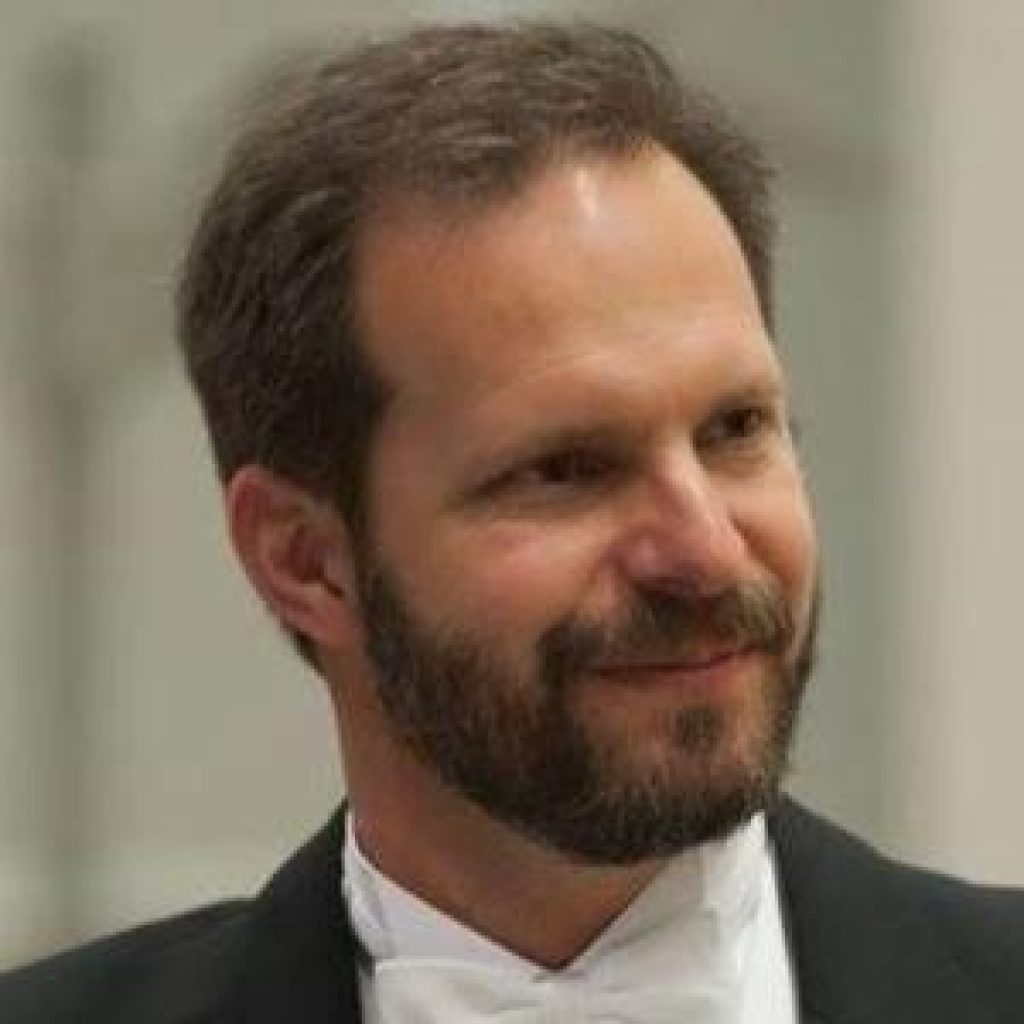
10/6/20 at 4:00 PM in Virtual Seminar
Three vignettes on chemical synthesis comprise this talk. The first, related to Molecular Biology, describes the development of proteins that control the elemental composition, size and shape of inorganic nanoparticles are synthesized by these genetically engineered proteins. Because protein sequence is defined by DNA sequence and DNA is cloned during replication, these nanoparticles are termed […]
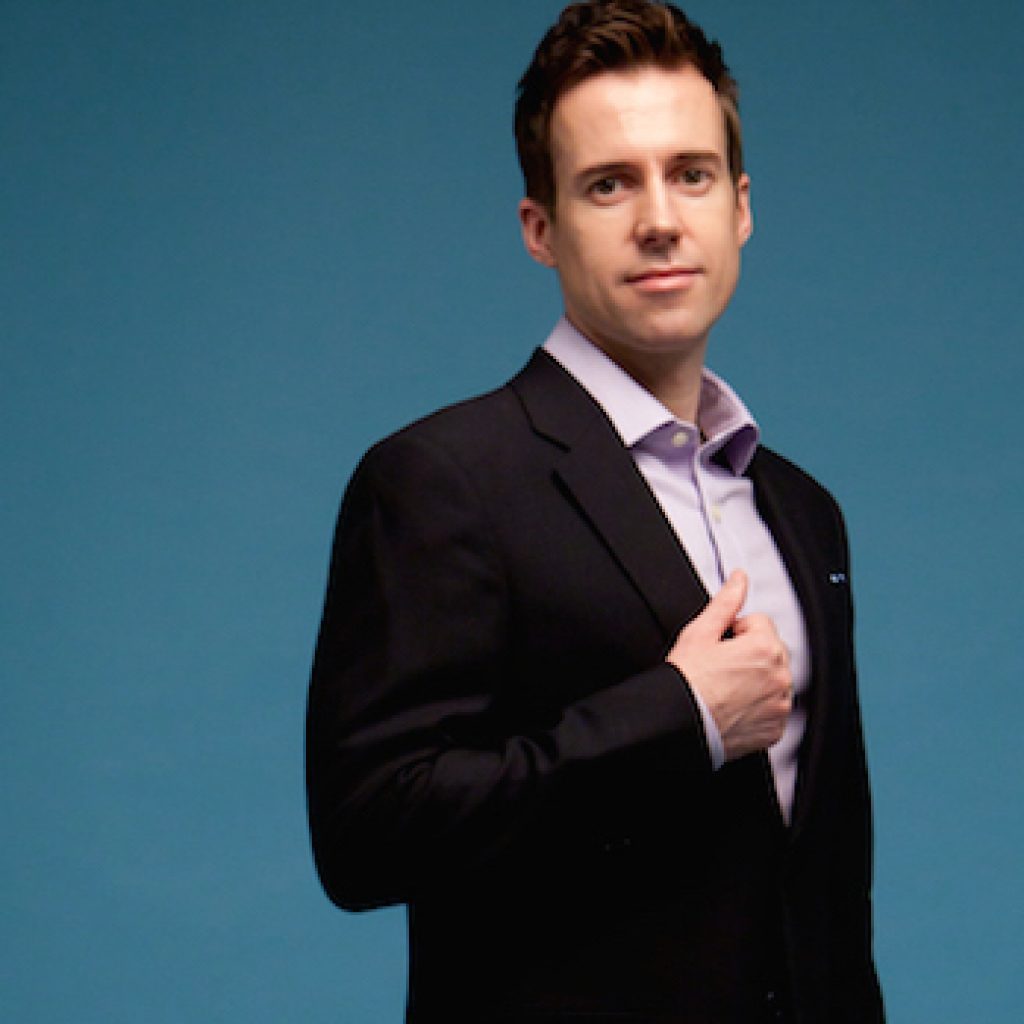
10/5/20 at 4:00 PM in Virtual Seminar

9/30/20 at 4:00 PM in Virtual Seminar
The COVID pandemic has been an unforeseen, monumentally stressful experience to occur this year. Join us in talking with folks from the CSU Health Network to learn about how to cope with the stressors of going through graduate school during this pandemic. This Zoom talk and discussion will focus on dealing with stress in a […]

9/25/20 at 4:00 PM in Virtual Seminar
Are you a second year giving a virtual literature seminar this year who’s wondering how to give a successful talk? Join us and hear from folks who gave (and passed) their lit seminars! They will share tips and tricks on how they prepared and executed their lit sems, to help you get ready for yours. This […]
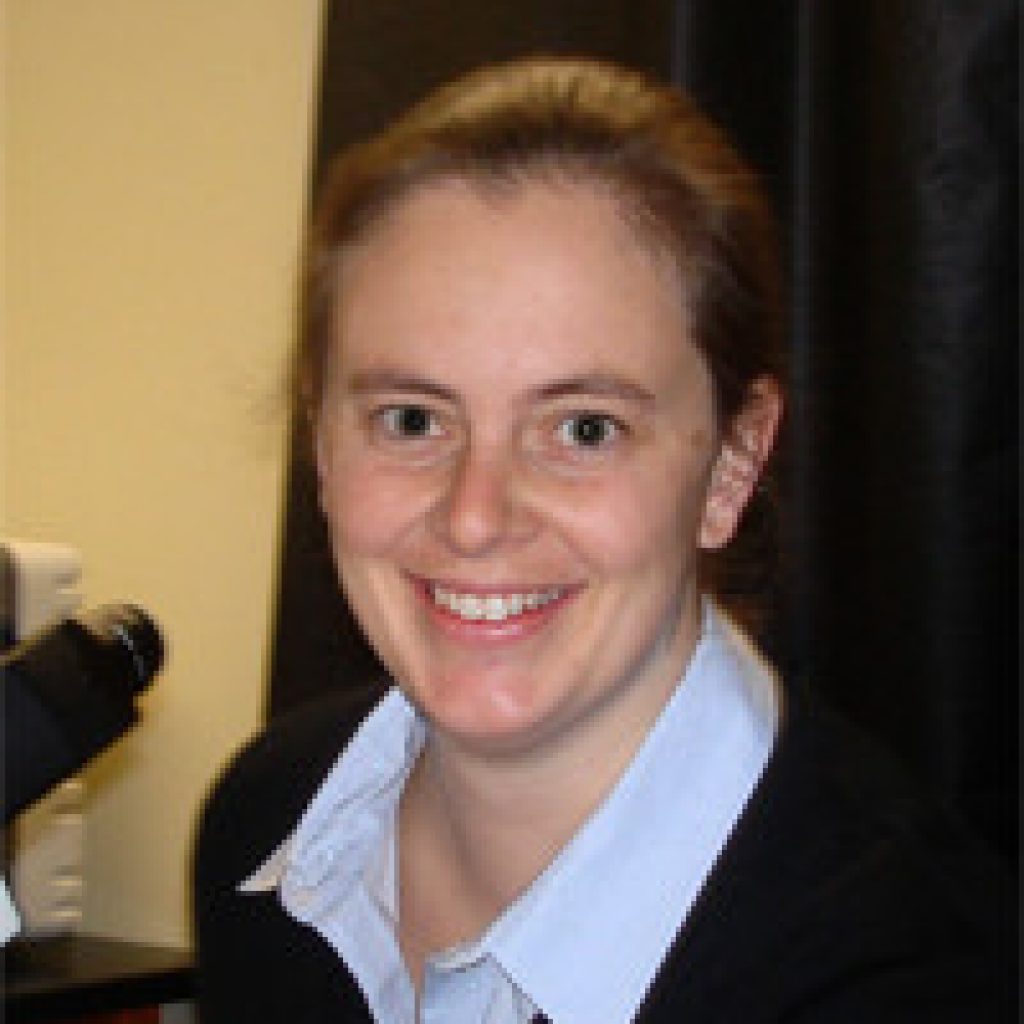
9/24/20 at 4:00 PM in Virtual Seminar
Plasmonic materials are highly promising photoredox catalysts for driving energetically unfavorable chemical reactions with light, due to their large optical cross sections and ability to generate a number of hot holes and electrons. However, the efficiencies of most plasmon-driven processes are quite low, likely due to the lack of mechanistic understanding of the underlying physical […]
9/18/20 at 4:00 PM in Virtual Seminar

9/15/20 at 4:00 PM in Virtual Research Seminar
Biological microscopic studies, once revolutionized by the discovery of clonable fluorophores like Green Fluorescent Protein (GFP), engender foundational evidence for cellular processes via in situ protein labeling and tracking by fluorescence. As light microscopy is inherently diffraction limited, electron microscopy (EM) unveils details of cellular ultrastructure with nanometer scale resolution. The primary challenge of biological […]

9/10/20 at 9:00 AM in Virtual Research Proposal Presentation
Pancreatic cancer is the fourth leading cause of cancer deaths in men and women. In general, pancreatic tumors are hypovascular and nutrient-deprived when compared to normal tissue or other cancer lines. As such, new cancer therapeutics are being investigated that utilize the “anti-austerity” strategy. An anti-austerity agents removes the ability of cancer cells to survive […]

9/8/20 at 4:00 PM in Virtual Seminar
Research Seminar Solid-state synthesis, especially at low-temperatures (T ≤ 400 ◦C) can be difficult due to the limited number of well-known and understood synthetic techniques and the barrier of solid-state diffusion that can inhibit reactivity. Flux reactions, traditionally involving inorganic melts, are one technique used to overcome solid-state diffusion at reduced temperatures. This research explores […]
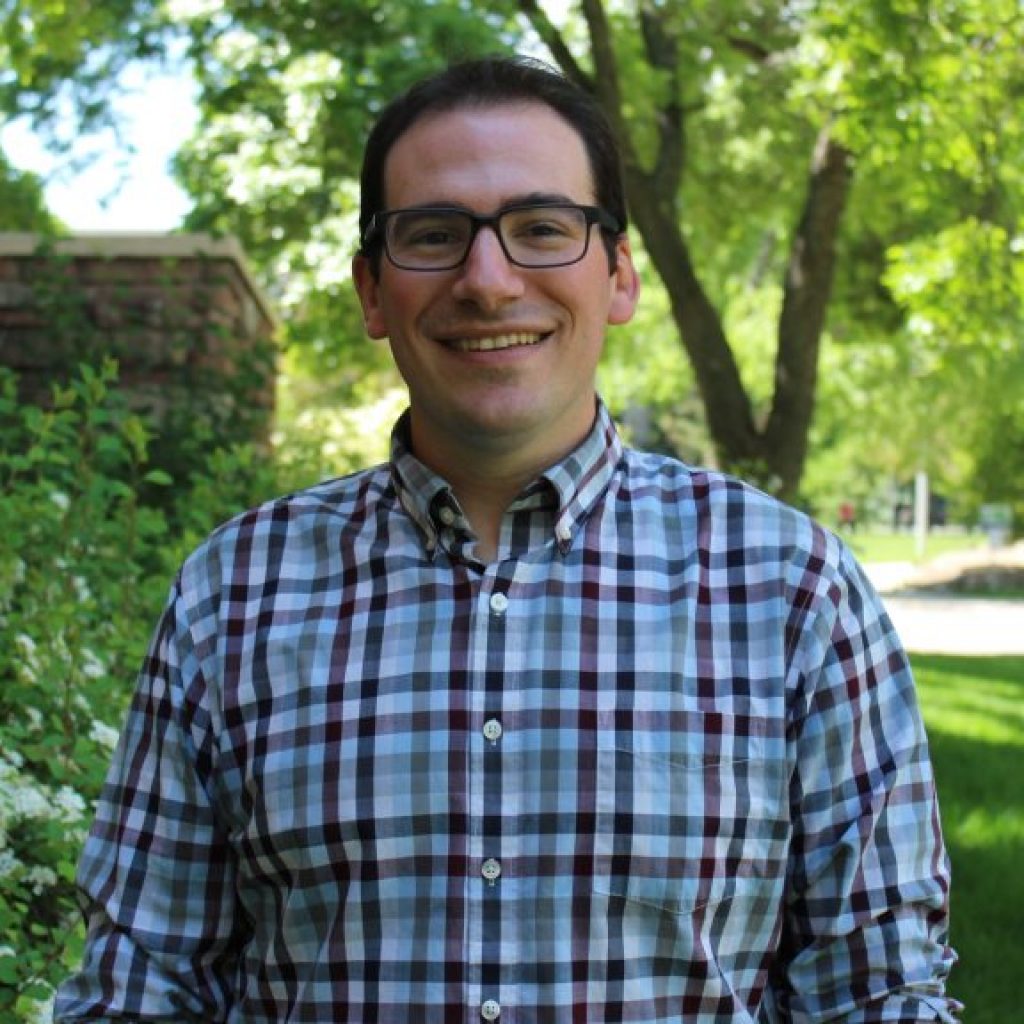
9/2/20 at 4:00 PM in Virtual Seminar
8/28/20 at 4:00 PM in Virtual seminar
Join Zoom Meeting https://zoom.us/j/92396827077?pwd=ZHMrSU5ZNFgwSklQZlJ6VFlCMEVTdz09 Meeting ID: 923 9682 7077 Passcode: 625136 Join by SIP 92396827077@zoomcrc.com

6/30/20 at 10:00 am in Virtual Seminar
Independent Proposal Seminar Microsoft Teams Link About the Seminar: Metal carbenoids are versatile intermediates, facilitating C-C and C-heteroatom bond formation in a variety of examples. The most common approach to generate a carbenoid is by metal-induced decomposition of diazo compounds. While diazo compounds serve as the precursor in many useful carbenoid-mediated transformations, their thermal instability […]
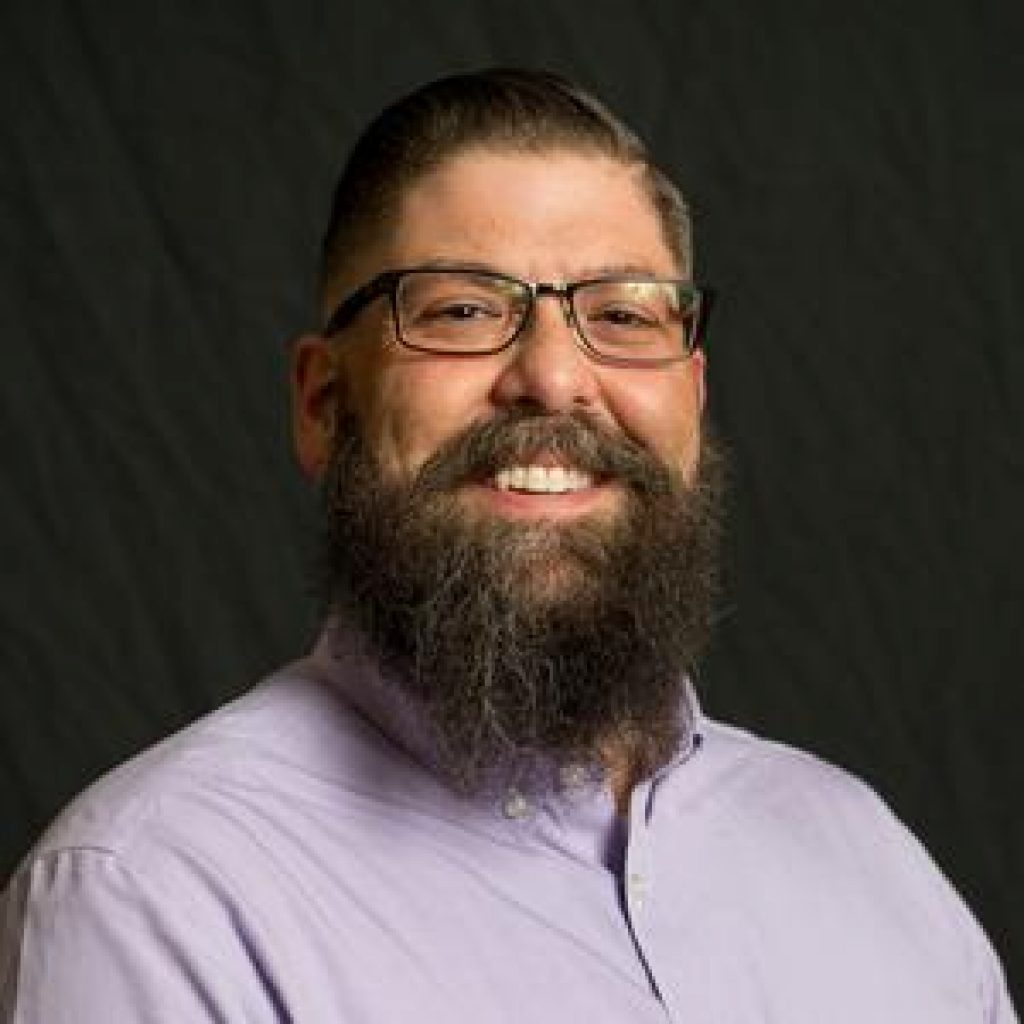
6/30/20 at 4:00 PM in Virtual Seminar
Link to seminar: https://zoom.us/j/95427568139 About the Seminar: X-ray characterization is utilized as a tool to better understand the physical properties and chemical behavior of materials at the molecular level and guide the design of new and better materials. Examples of this process will be shown that involve both assistive and collaborative efforts providing a better understanding […]
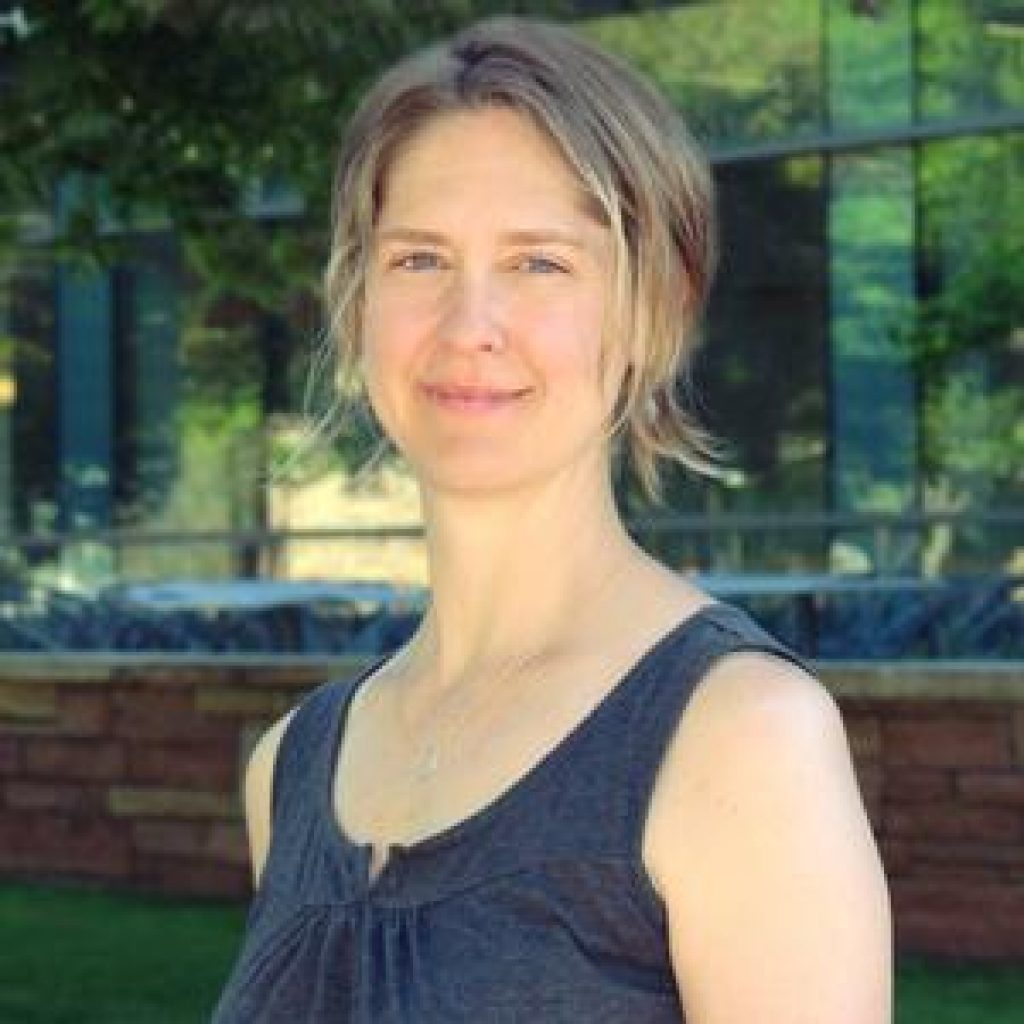
6/24/20 at 4:00 PM in Virtual Seminar
Click here for zoom link Meeting ID: 944 0350 6302 About the Seminar: The molecular structure of soil carbon pool is sensitive to global environmental change, and shifts in molecular structure influence processes that transport and transform that pool. The ecosystem metabolome represents an integrated picture of the collective features of the organic matter pool that […]

6/24/20 at 3:00pm in Virtual Seminar
4th Year Proposal Seminar Teams Link: Microsoft Teams Link

3/13/20 at 4:00 PM in Chemistry A101
Literature Seminar Transition metal dichalcogenides (TMDs), due to their unique optoelectrical properties, have been studied for decades. These van der Waals semiconductors are stable under electrochemical conditions while having a desirable band gap suitable for absorbing a wide range of solar wavelengths without wasting much energy as seen in solar energy conversion devices. Mechanical exfoliation […]
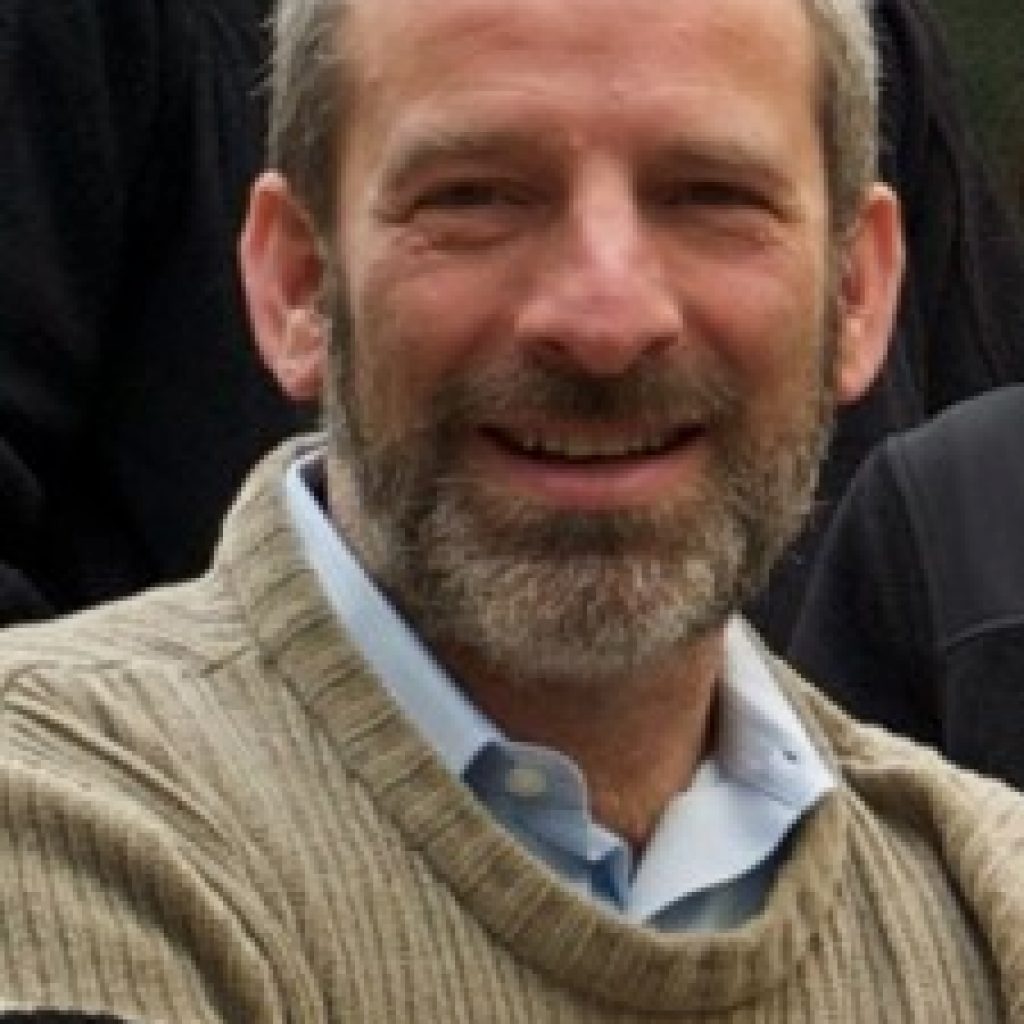
3/11/20 at 4:00 PM in Chemistry A101
About the Seminar: Observations of NO2 using orbiting UV/Vis spectrometers provide detailed images of cities. Interpreting the images provides insight into present day emissions and chemistry as well as a view into trends in chemistry over the last 15 years. In this talk I’ll describe development of methods that allow for accurate interpretation of the […]
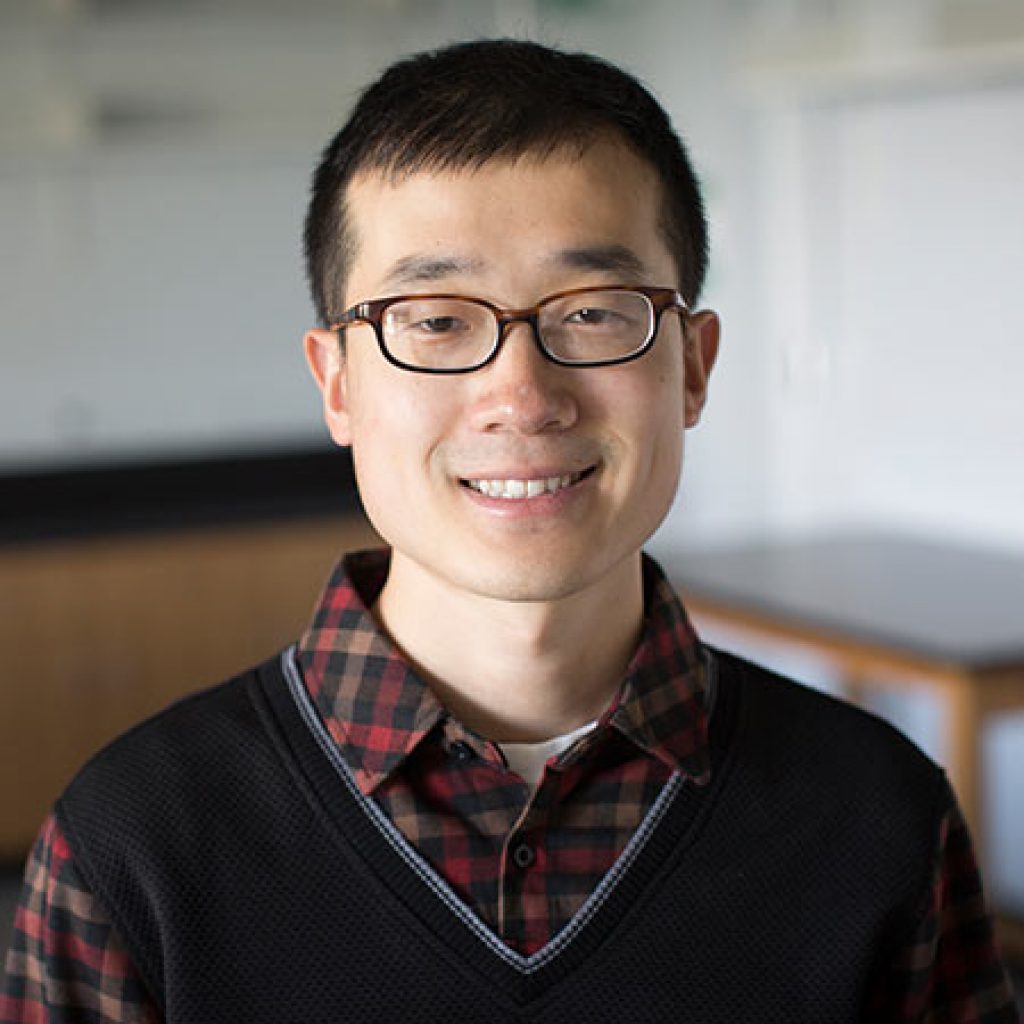
3/9/20 at 4:00 pm in Chemistry A101
About the Seminar Oxidation and reduction reactions are among the most important and frequently executed processes in organic synthesis. However, our ability to manipulate the oxidation states of functional groups in complex settings with high efficiency, precision, and minimal waste remains in a largely nascent stage. Owing to its many distinct characteristics, electrochemistry represents an […]
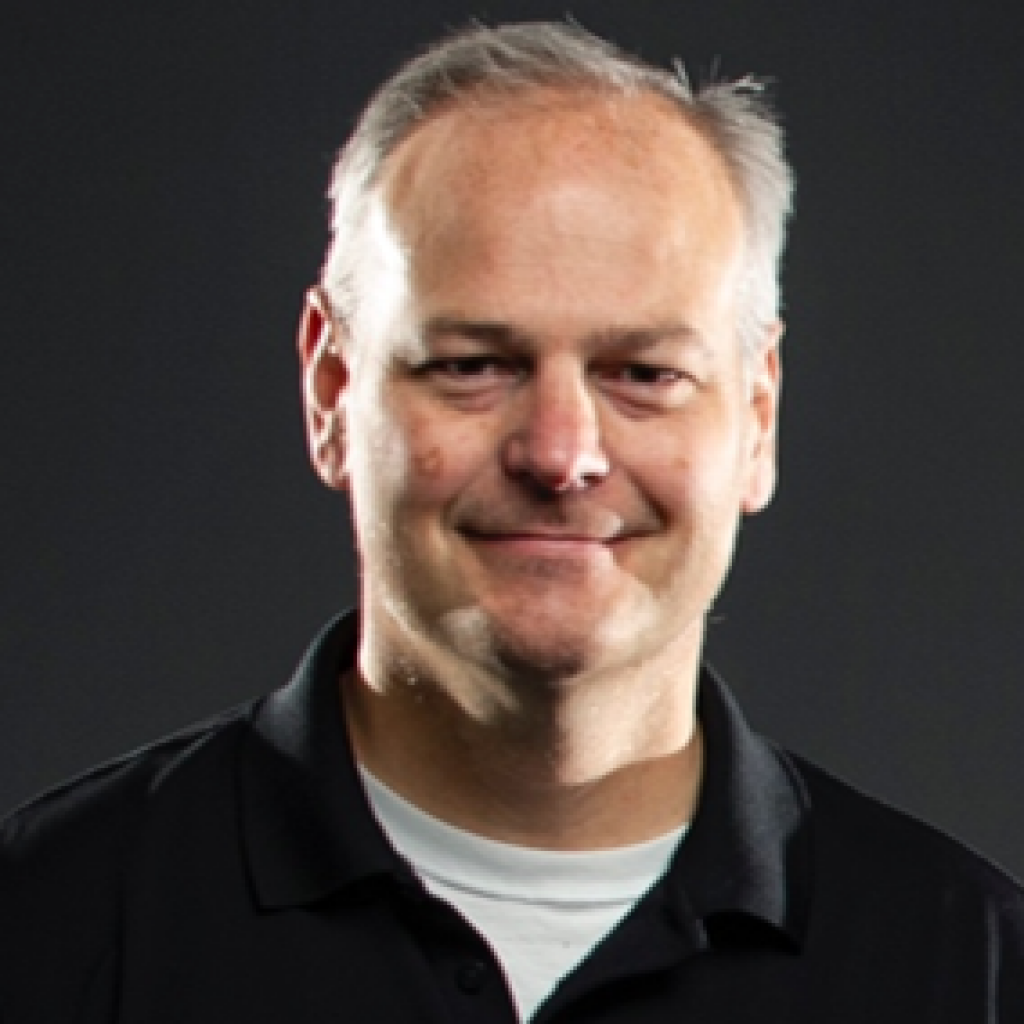
3/5/20 at 4:00 pm in Chemistry A101
About the Seminar: Hybrid organic/inorganic semiconductors (HOIS) offer tremendous opportunities to control fundamental properties that underpin energy technologies. While currently there are enormous worldwide efforts exploring, exploiting and improving a narrow class of HOIS (lead-halide perovskites, such as methylammonium lead iodide (MAPbI3)), primarily for photovoltaic (PV) applications, an opportunity exists to transcend this initial focus […]

3/4/20 at 4:00 pm in Chemistry A101
About the Seminar: Gels are perhaps the most misunderstood of everyday materials. We begin by providing robust thermodynamic definitions of particulate gels [1], a journey which blends phase separation with one of the great materials science challenges of our time: the glass transition [2-3]. We have made significant steps in addressing the glass transition, and […]
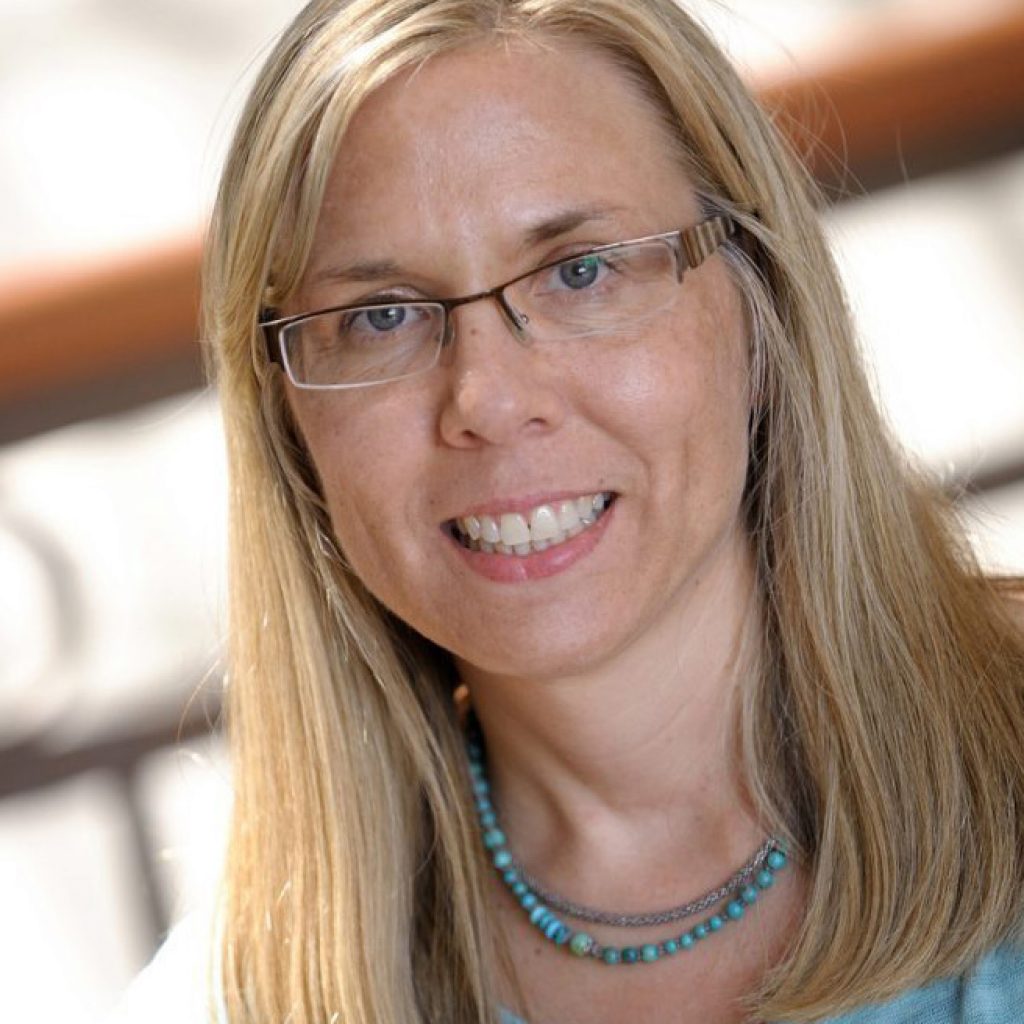
3/2/20 at 4:00 PM in Cherokee Park Ballroom: Lory Student Center
Dr. Sottos’ research group studies the mechanics of complex, heterogeneous materials such as self-healing polymers, advanced composites, and thin film microelectronic devices, specializing in micro and nanoscale characterization of deformation and failure in these material systems. The State of Innovation speaker series, hosted by CSU Ventures, brings leading researchers and industry experts to engage with […]

2/28/20 at 4:00 PM in Chemistry A101
Research Seminar Abstract Solution-based synthetic methods are promising routes for making nanoparticles with applications in a wide variety of fields, including photovoltaics, thermoelectrics, and for LED’s. Investigating the pathway and mechanism of these reactions leads to better synthesis rational and the ability to tune and improve fundamental structure/property relationships, leading to better device performance. The […]
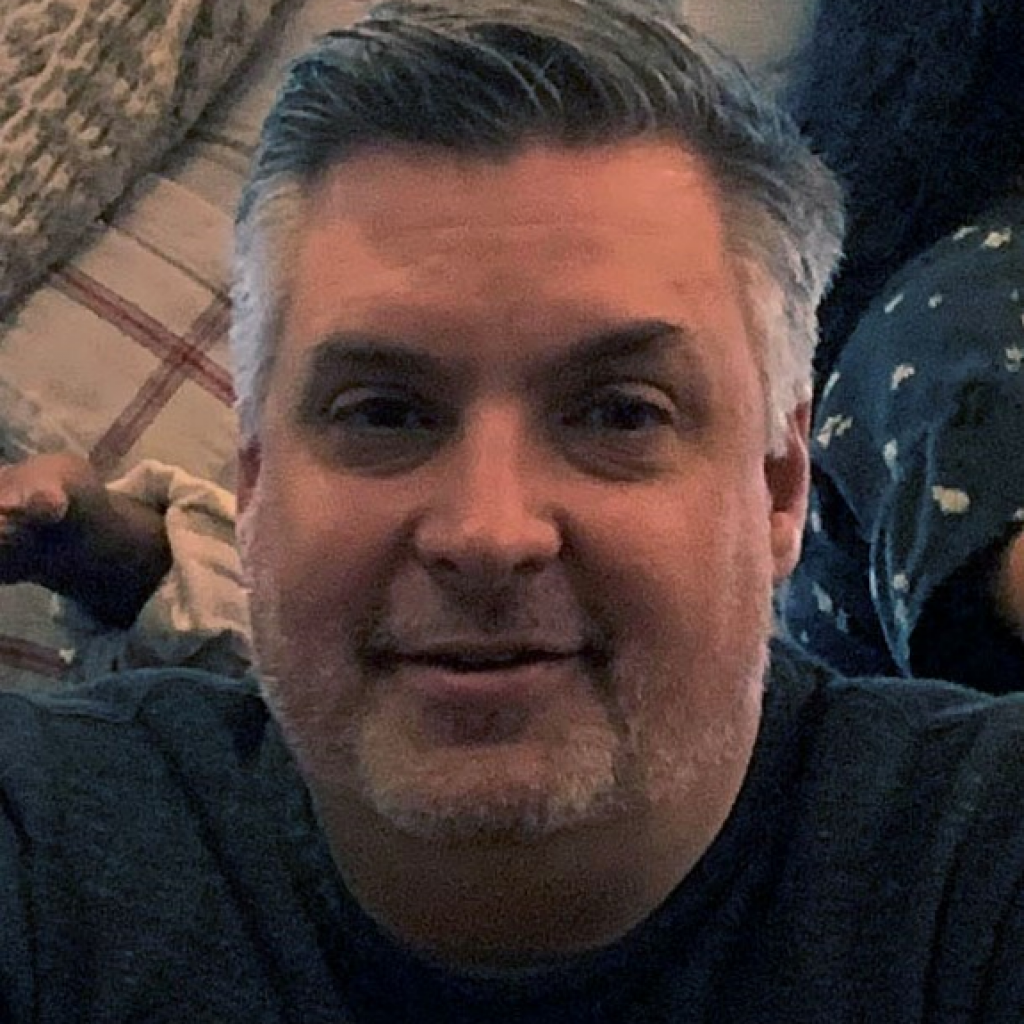
2/26/20 at 4:00 PM in Chemistry A101
About the Seminar: Traditional transepithelial electrical resistance (TER) measurements in conjunction with molecular biology techniques are widely used to inform the present understanding of transport at tissue interfaces. These techniques, which include well-known Using chamber experiments, provide an excellent opportunity to study active ion transport and ion permeability. However, most of these measurements represent the […]
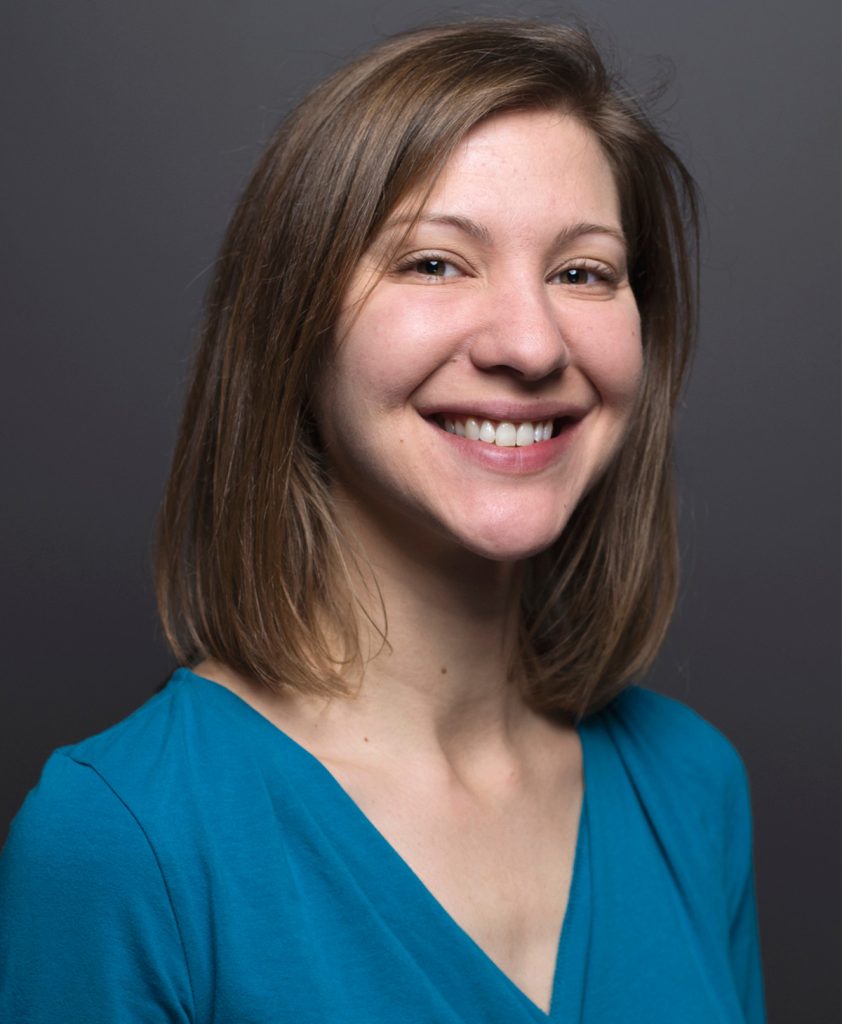
2/20/20 at 4:00 PM in Chemistry A101
About the Seminar: Characterization of protein molecular recognition is challenged by both the spatial heterogeneity of proteins and the rapid interconversion of potentially important conformational states. Our group takes advantage of the potential for high temporal and spatial resolution provided by linear and two-dimensional infrared spectroscopy in combination with the spectral selectivity afforded by site-specific […]
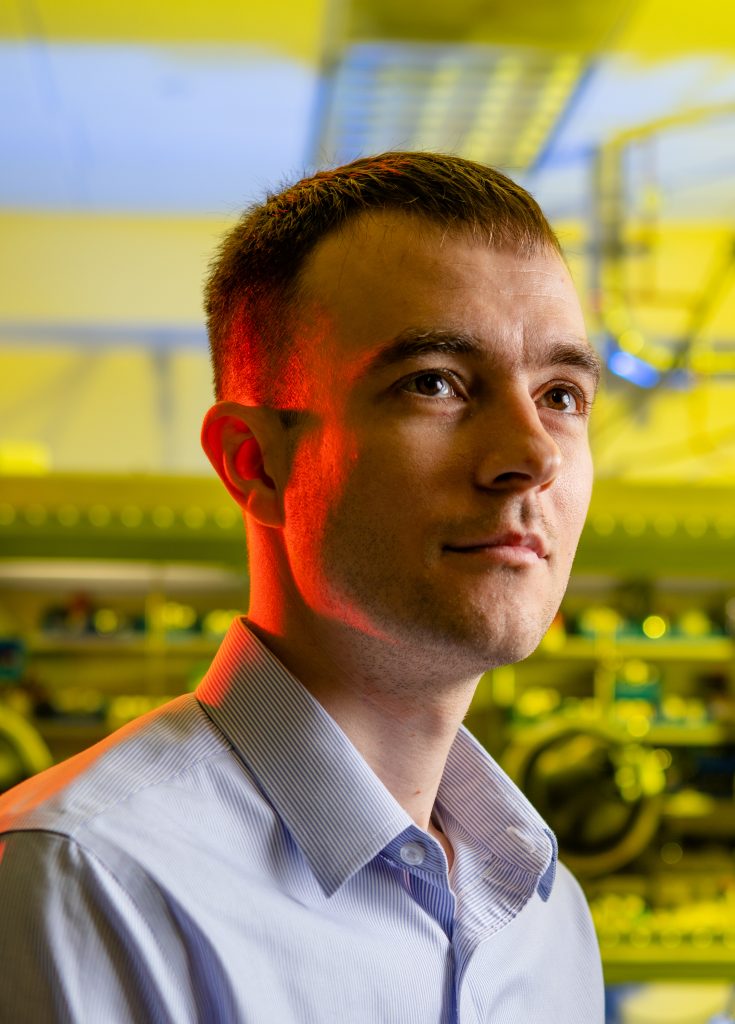
2/18/20 at 4:00 pm in Chemistry A101
About the Seminar: Synthetic iron-based catalysts that functionally model iron dependent oxygenases are rare. Considering the large number of synthetic iron complexes, why is this? We are taking a close look at this question and, in the process, have come up with some design principles that are guiding our work towards developing synthetic iron-based catalysts […]
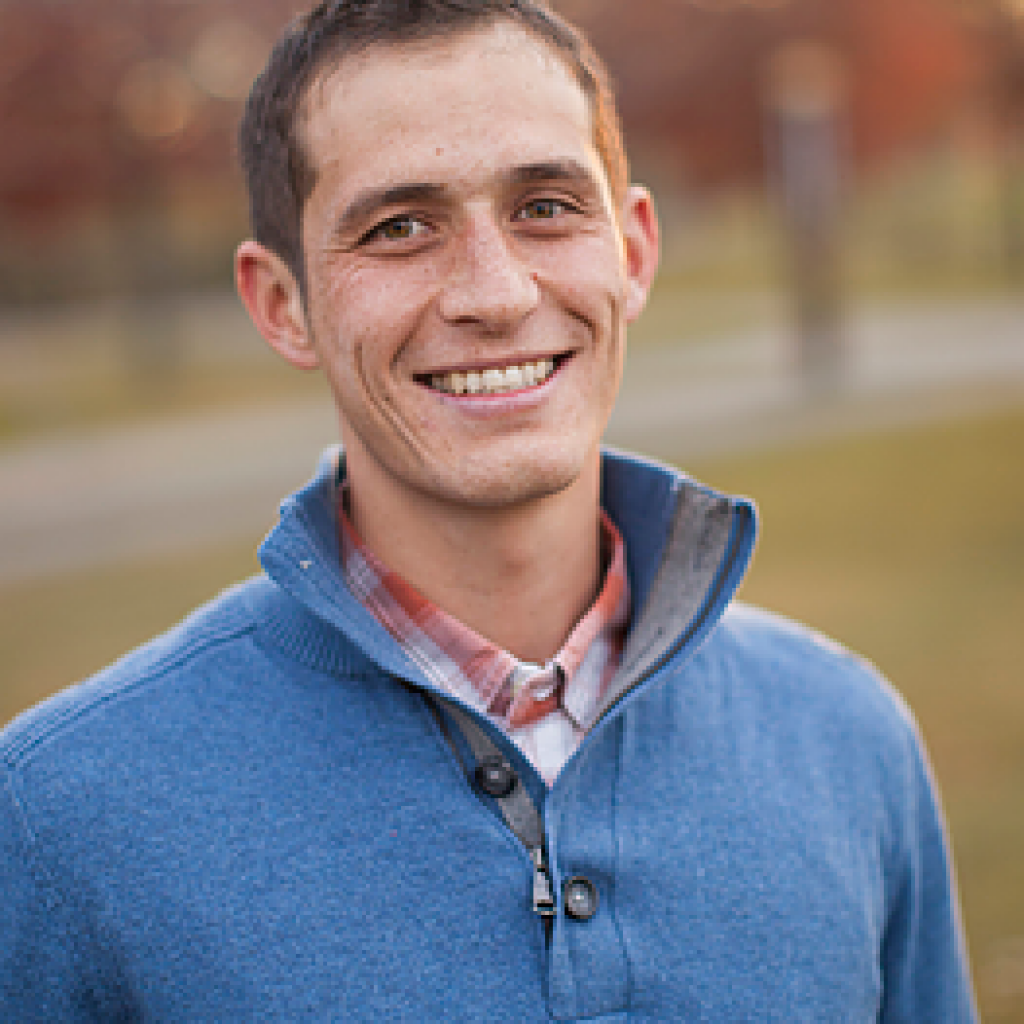
2/17/20 at 4:00 PM in Chemistry A101
About the Seminar Over the past few years, our group has utilized photoredox catalysis to access highly-reactive radical intermediates. Our broader aims are centered on utilizing these intermediates to deliver structural motifs that are commonly found in drugs and agrochemicals. This lecture will include recent findings that have enabled us to overcome inherent difficulties in […]

2/14/20 at 4:00 PM in Chemistry A101
Research Seminar: Block copolymers are well-known for their ability to form nanostructures through microphase separation. These nanostructures provide useful and novel mechanical properties to materials ranging from rubber tires to biomedical devices. Formation of the core-shell sphere morphology by ABC triblock copolymers is being studied to create a fracture and fatigue resistant hydrogel. While AB […]

2/13/20 at 4:00 pm in Chemistry A101
About the Seminar: The mental discipline required for a career in Chemistry bridges disparate disciplines and is applicable to whatever endeavor one wishes to pursue. A Chemist’s understanding of fundamental principles of natural science as well as foundational underpinnings of dynamic systems augment perfectly the creativity required to solve myriad challenges present in the workplace, […]
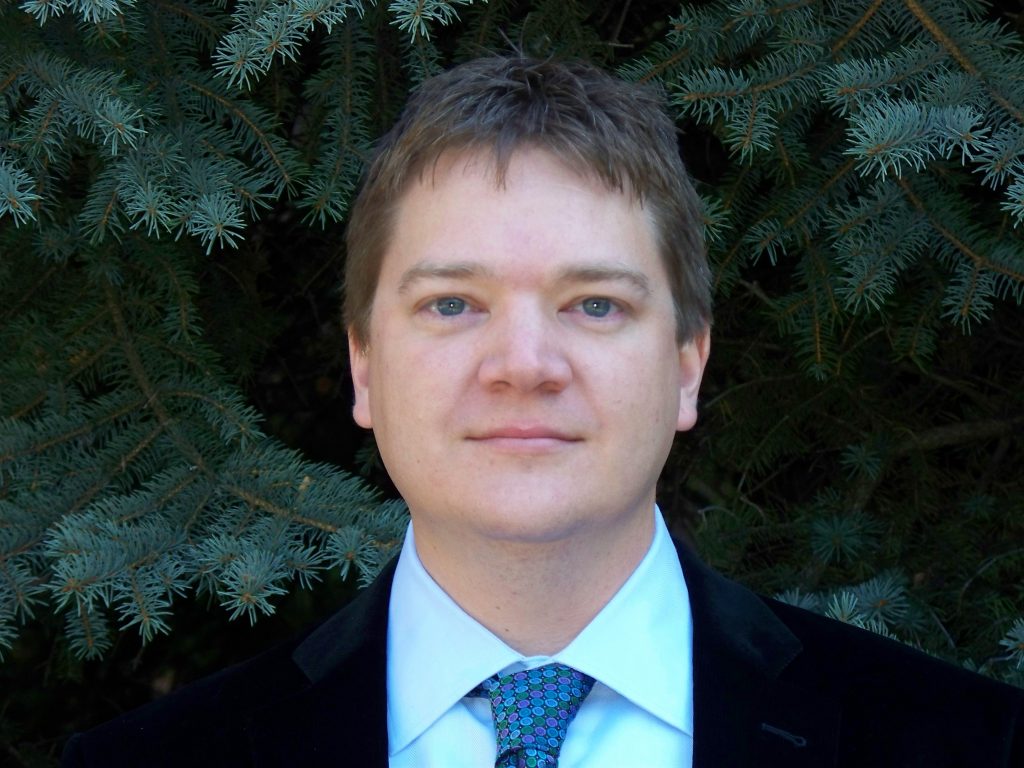
2/5/20 at 4:00 PM in Chemistry A101
About the Seminar: Solar-to-hydrogen (STH) conversion efficiency a common figure of merit for evaluating and comparing research results, and it largely establishes the prospect for successfully introducing commercial solar water-splitting systems. Present measurement practices do not follow well-defined standards, and common methods consistently overestimate performance. To remedy this need we confirmed underestimated influence factors and […]
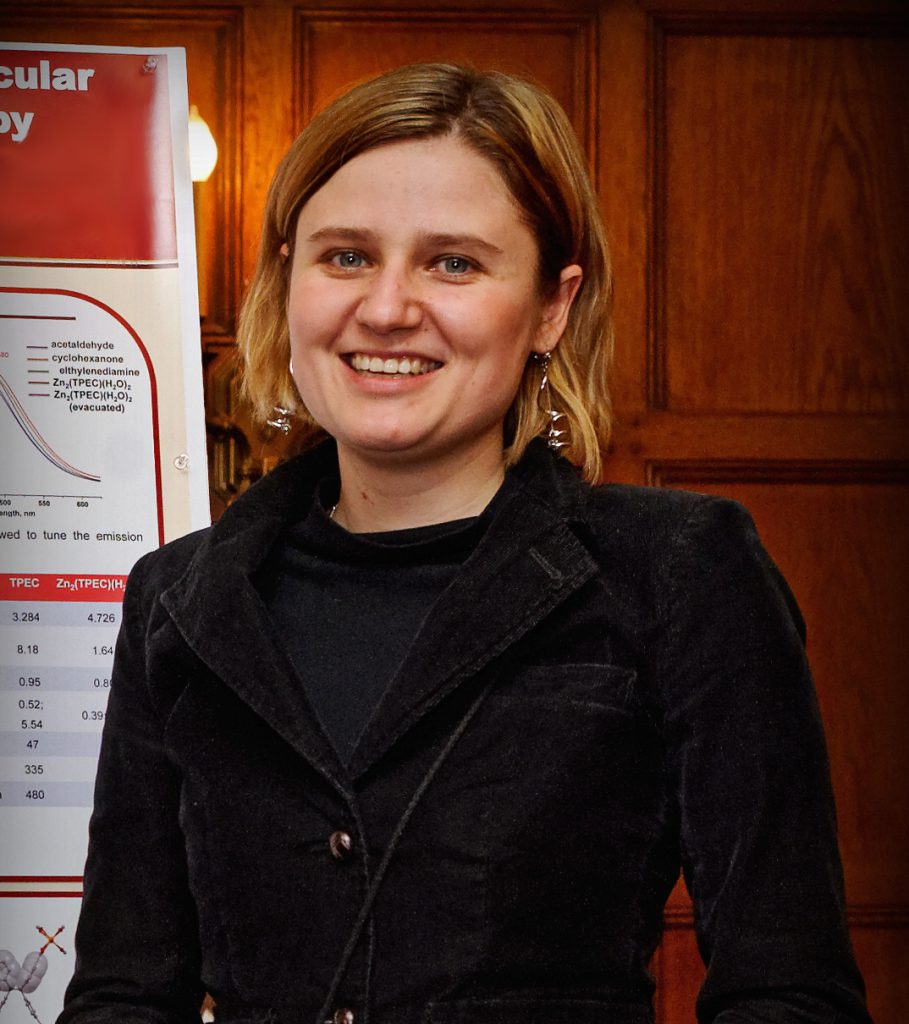
1/31/20 at 4:00 PM in Chemistry A101
About the Seminar: The study of energy transfer (ET) processes is a cornerstone of modern physical and inorganic chemistry, which is driven by growing demand in efficient energy transfer and conversion, necessary to build a sustainable energy society independent from fossil fuels. Specifically, materials with a predesigned pathway for ET can address the urgent needs […]
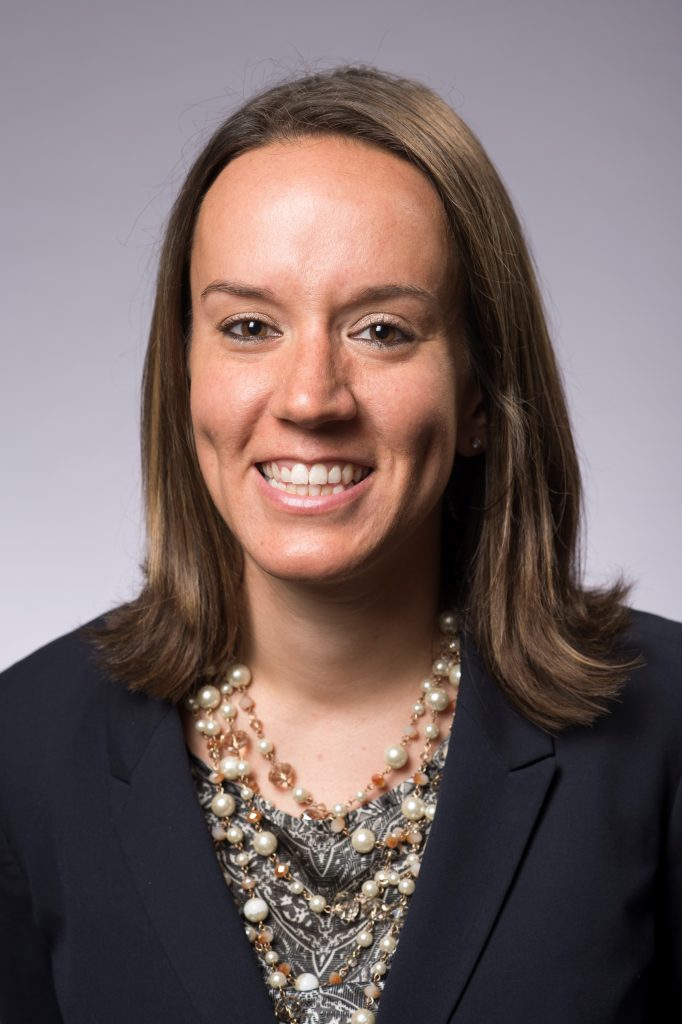
1/28/20 at 4:00 PM in Chemistry A101
About the Seminar: The Matson Group is investigating the synthesis, characterization and reactivity of multimetallic metal-oxide assemblies. Our principle interests rest in the exploration of unique redox properties and cooperative reactivity of heterometallic assemblies for multielectron chemical processes. Here, we report the synthesis and characterization of a family of vanadium oxide clusters, which serve as […]
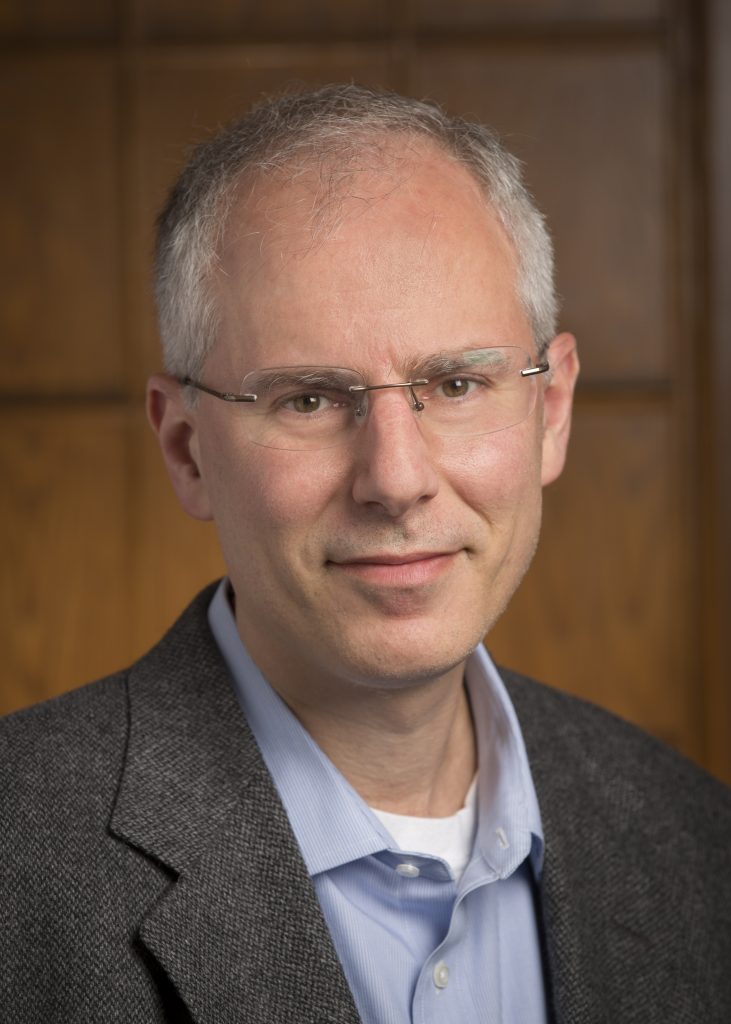
1/27/20 at 4:00 PM in Chemistry A101
About the Seminar: This lecture will describe recent developments in our efforts to develop catalysts for asymmetric reactions, in particular for the preparation of densely functionalized, stereochemically complex structures. Over time, our foci have been on enantioselectivity, site-selectivity and chemoselectivity. In much of our current work, we are studying issues of enantioselectivity as a prelude to […]
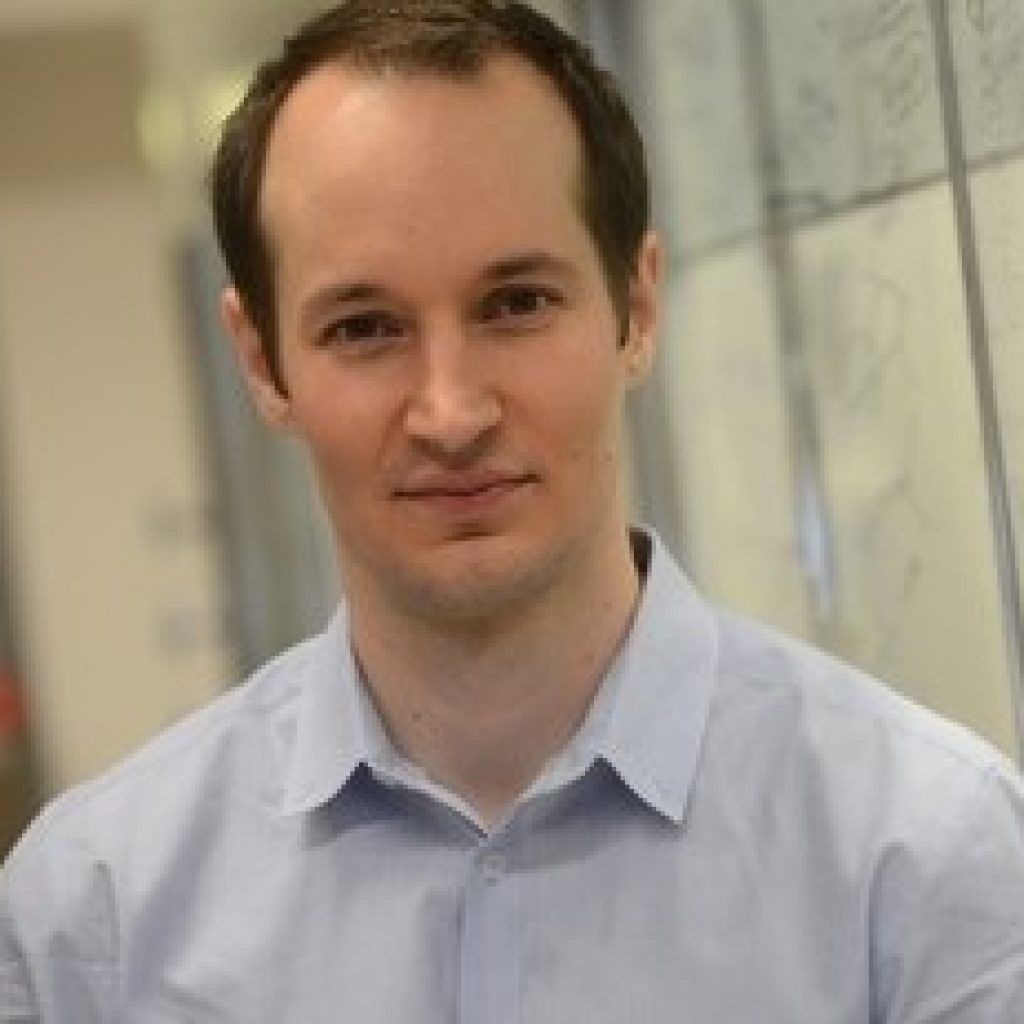
1/24/20 at 4:00 PM in Chemistry A101
About the Seminar: The programmed assembly of nanoscale building blocks offers exciting new avenues to create materials in which structure and functions can be chemically designed and tuned. In this context, the synthesis of inorganic molecular clusters with atomically defined structures, compositions and surface chemistry provides a rich family of functional building elements. This presentation […]
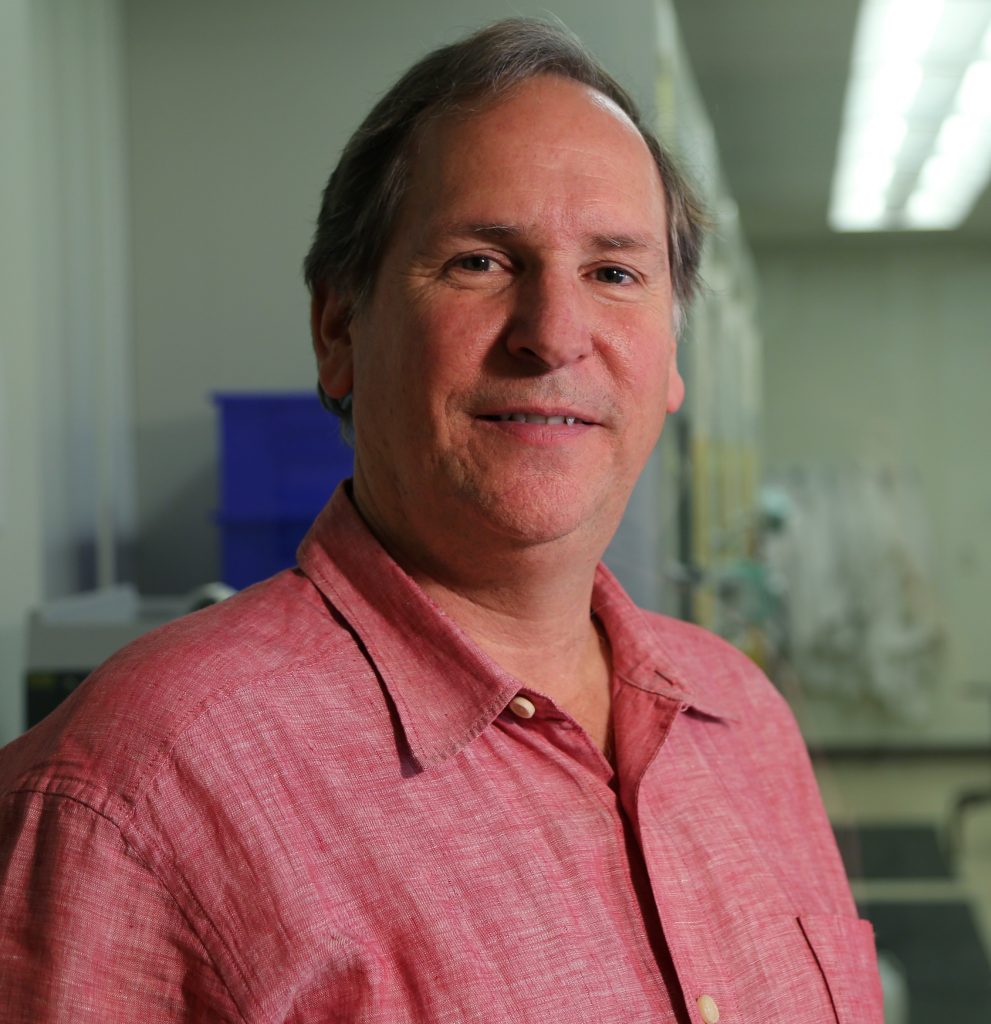
1/21/20 at 4:00 PM in Chemistry A101
CGSO Sponsored Seminar About the Seminar: Heavy metal containing phosphors, especially iridium-based emitters, have become the standard in high performance mobile displays and televisions. The high spin orbit coupling in these compounds facilitates the efficient harvesting of both singlet and triplet excitons generated in the electroluminescent process. An alternative to Ir-based emitters are solely-organic emitters […]

12/4/20 at 4:00 PM in Virtual Research Seminar
Research Seminar Nanomaterials have tremendous potential to improve the performance of devices that store energy or reduce energy consumption. However, it is unknown how particle heterogeneity and particle-particle interactions affect overall device performance. In order to address this problem, the fundamental properties of individual nanoparticles must be better understood. In this talk, I will discuss […]

12/3/20 at 4:00 PM in Virtual Seminar
Literature Seminar Tungsten trioxide has garnered interest for applications in energy efficient materials. Reversible electrochromism resulting in optical modulation makes tungsten trioxide a prime candidate for smart windows and digital displays. Optical modulation in transition metal oxides (TMOs) is often attributed to cation insertion; however, the physical mechanism responsible for these optical changes has not […]

12/3/20 at 4:30 PM in Virtual Seminar
Literature Seminar Dysregulation of cerebral blood flow is related to several diseases in humans, including Alzheimer’s disease, Amyotrophic lateral sclerosis (ALS), and Parkinson’s disease. Fluorescence correlation spectroscopy (FCS), a technique commonly used to measure diffusion of fluorescent molecules in solution, is able to measure flow velocity of blood in mouse brain vessels. Fluorescent nanoparticles were […]

12/3/20 at 10:00 am in Virtual Seminar
Independent Research Proposal TEAMS LINK

12/1/20 at 4:00 PM in Virtual Research Seminar
Research Seminar One of the challenges facing the world is the need to fulfill the growing demand for energy via renewable resources while minimizing CO2 emissions. Photoelectrochemical water splitting into hydrogen and oxygen is one such system capable of renewable solar energy conversion. Previously, we developed a water-oxidation photoanode consisting of nanostructured SnO2 coated with […]
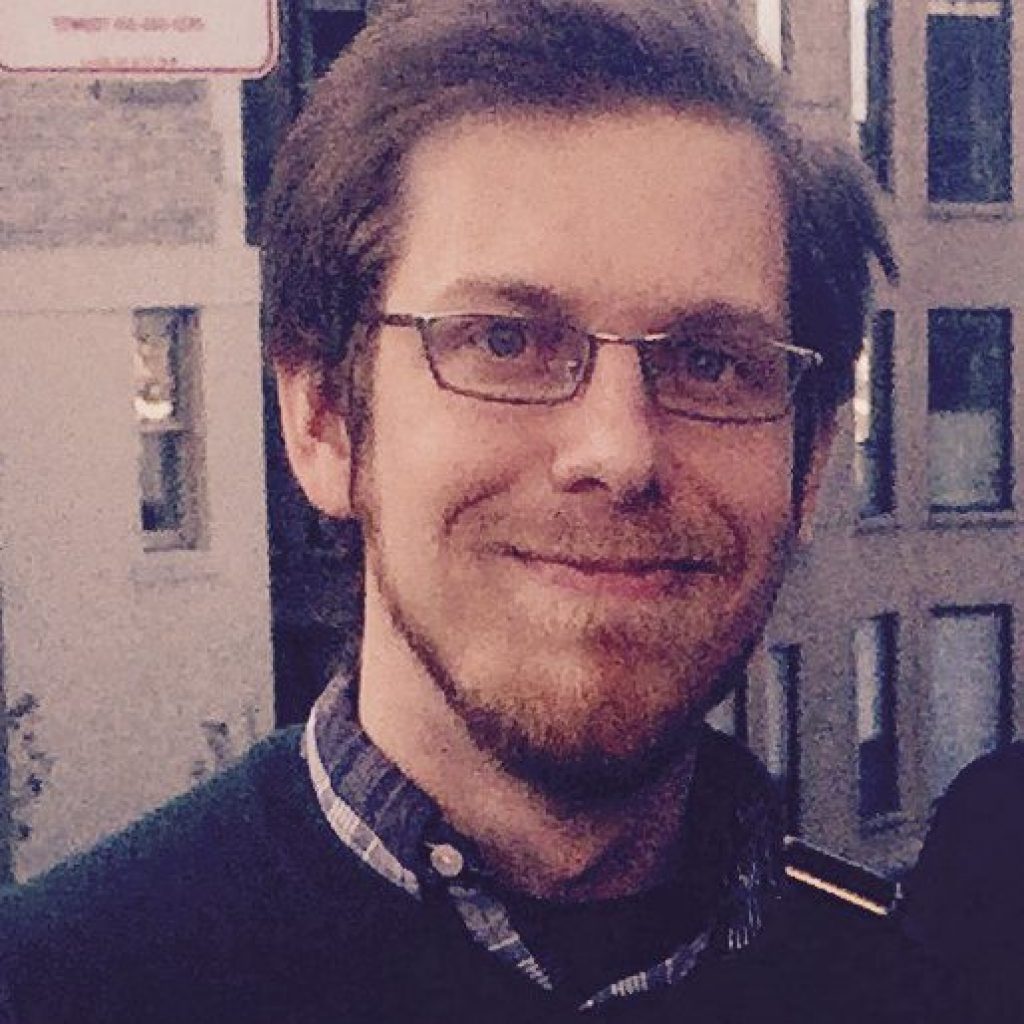
11/18/20 at 4:00 PM in Virtual Seminar
Zoom Link: https://zoom.us/j/97032192900?pwd=VmJNbm5vQUJGNU91OHVFa0xXZ1Y1QT09 Meeting ID: 970 3219 2900 Passcode: 1872 About the Seminar: Numerous “two-dimensional” (2D) semiconducting materials, which possess covalent bonding in only two dimensions, exhibit emergent physical properties at the mono/few-layer limit which could potentially revolutionize the design of electronic and photonic devices. While ultrathin layers of 2D materials have been successfully prepared […]

11/17/20 at 4:00 PM in Virtual Literature Seminar
Literature Seminar Metal organic frameworks (MOF) have become of interest for application in radioactive environments as studies have shown γ-irradiation resistance in MOFs. MOFs are synthetically tunable which provides an advantage for a variety of applications. However, there is not a great understanding of what properties make MOFs resistant to radiation. This talk will focus on γ-irradiation […]

11/17/20 at 4:00 PM in Virtual Literature Seminar
Literature Seminar Magic-sized clusters (MSCs) have recently been of interest as precursors in the synthesis of nanoparticles of potentially useful materials. They can be used to produce a narrower size distribution of the resulting nanoparticles (as opposed to simple salt precursors), and can be used to control morphology. However, the role of MSCs on the […]
11/13/20 at 4:00 PM in Virtual Literature Seminar
Literature Seminar The well-known plastic waste dilemma is largely contributed to by the inability to recycle thermoset polymers. Though these permanent polymer networks exhibit robust material properties such as strong chemical and thermal resistance, the shortcomings are their recyclability. Unlike non-permanent polymer networks, permanent networks cannot be recycled into products of any value. Efforts to […]

11/12/20 at 4:00 PM in Virtual Seminar
Literature Seminar Perovskite thin films hold remarkable promise for solar energy conversion applications due to their efficient long-range carrier transport. To maximize solar conversion efficiency, the mechanisms of carrier extraction, transport, and decay must be understood. In the presented study1, Transient Absorption Microscopy (TAM) is used to map carrier generation, diffusion, and recombination within methylammonium […]

11/12/20 at 4:30 PM in Virtual Seminar
Literature Seminar Usage of data driven approaches such as machine learning (ML) is raising due to the success they achieve in predicting outcomes in chemical problems. However, there has been constant criticism from the scientific community about what do the ML based predictive models learn from the input data. A small step into understanding the […]
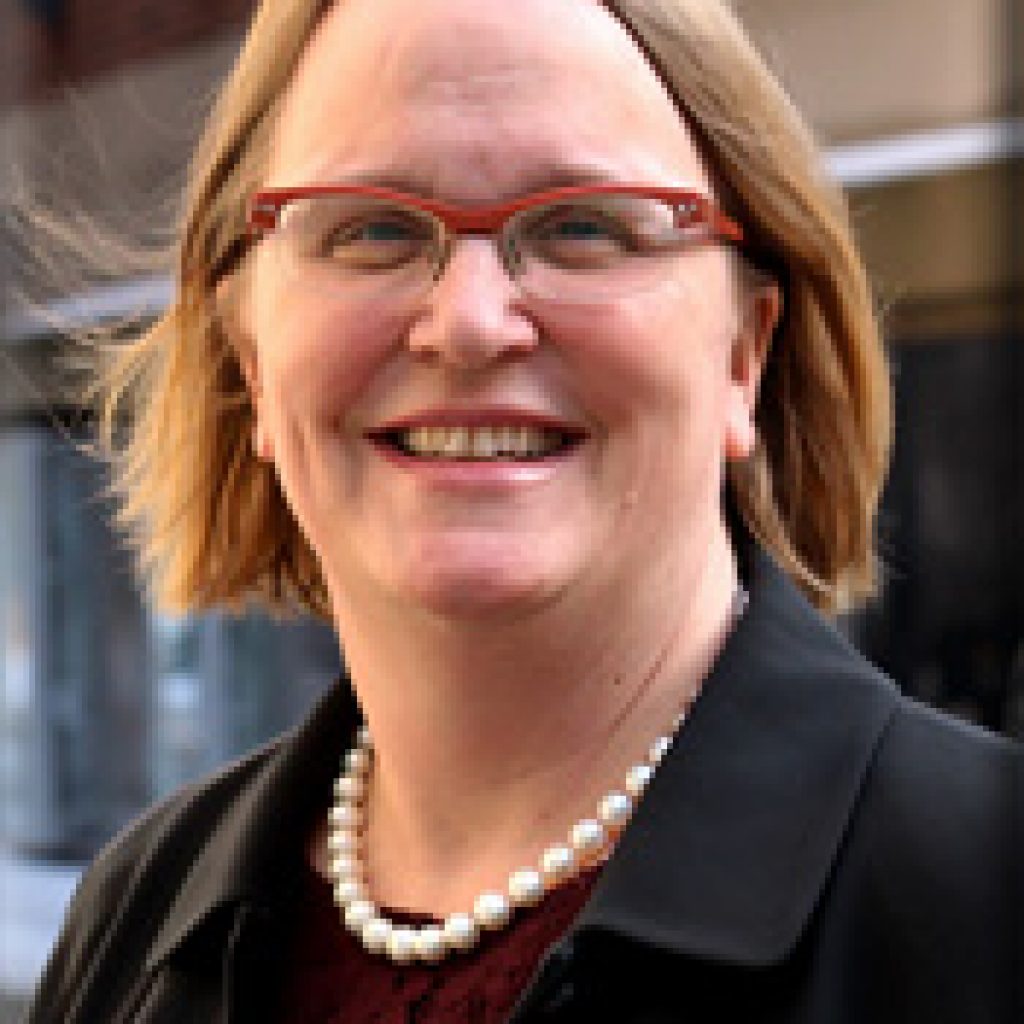
11/11/20 at 4:00 PM in Virtual Seminar
Since the 1970’s, conventional light microscopy has been used to characterize and quantify the response of biological systems to cryopreservation. The high spatial resolution and chemical specificity of low temperature Raman spectroscopy is a powerful tool by which to expand our understanding of cellular freezing response. Studies that describe intracellular ice formation, interactions between cryoprotective […]
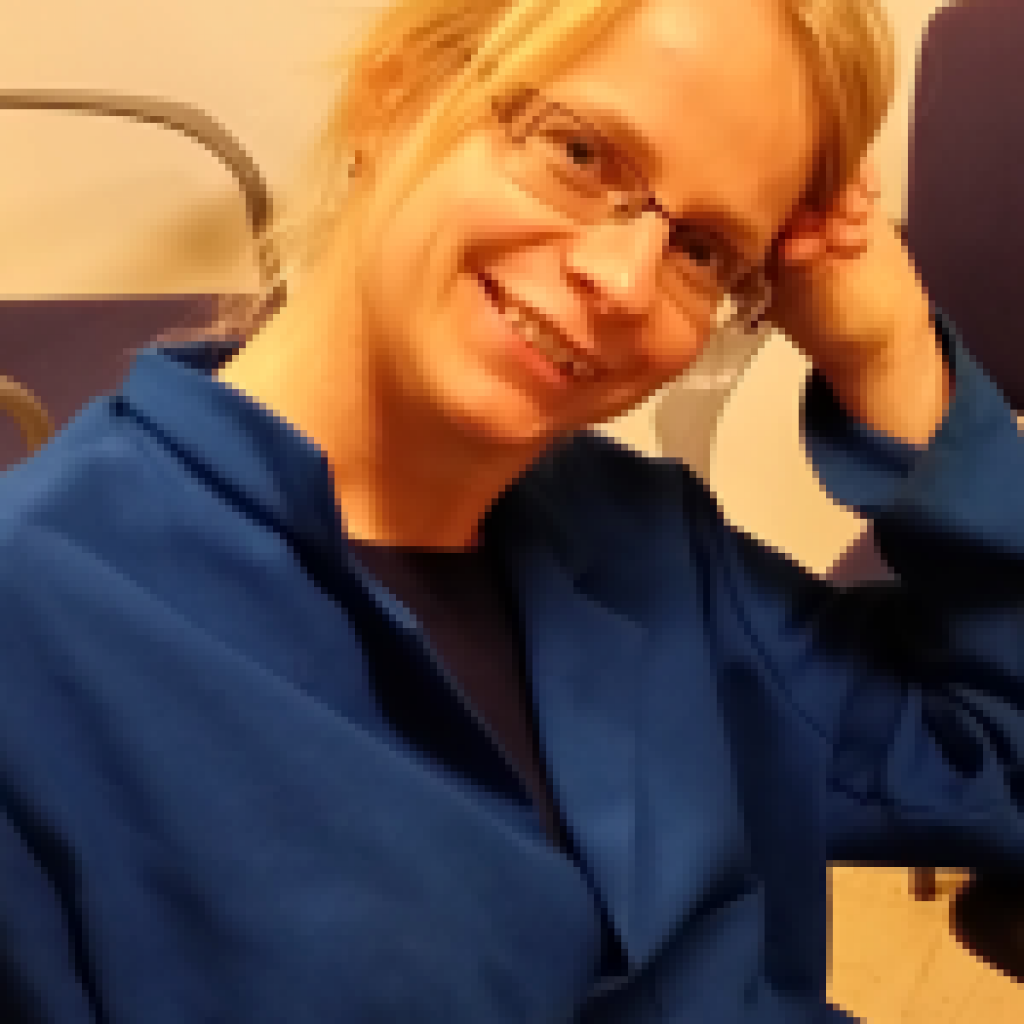
11/10/20 at 4:00 PM in Virtual seminar
Materials discovery can be accelerated by the development of synthesis methods and in-situ characterization techniques allowing for the rapid “screening” of multicomponent systems, while theoretical predictions of new compounds’ structure and thermodynamic stability can yield the desired roadmap for the targeted synthesis. However, the sluggish kinetics of solid-state reactions entails the necessity of high temperatures […]
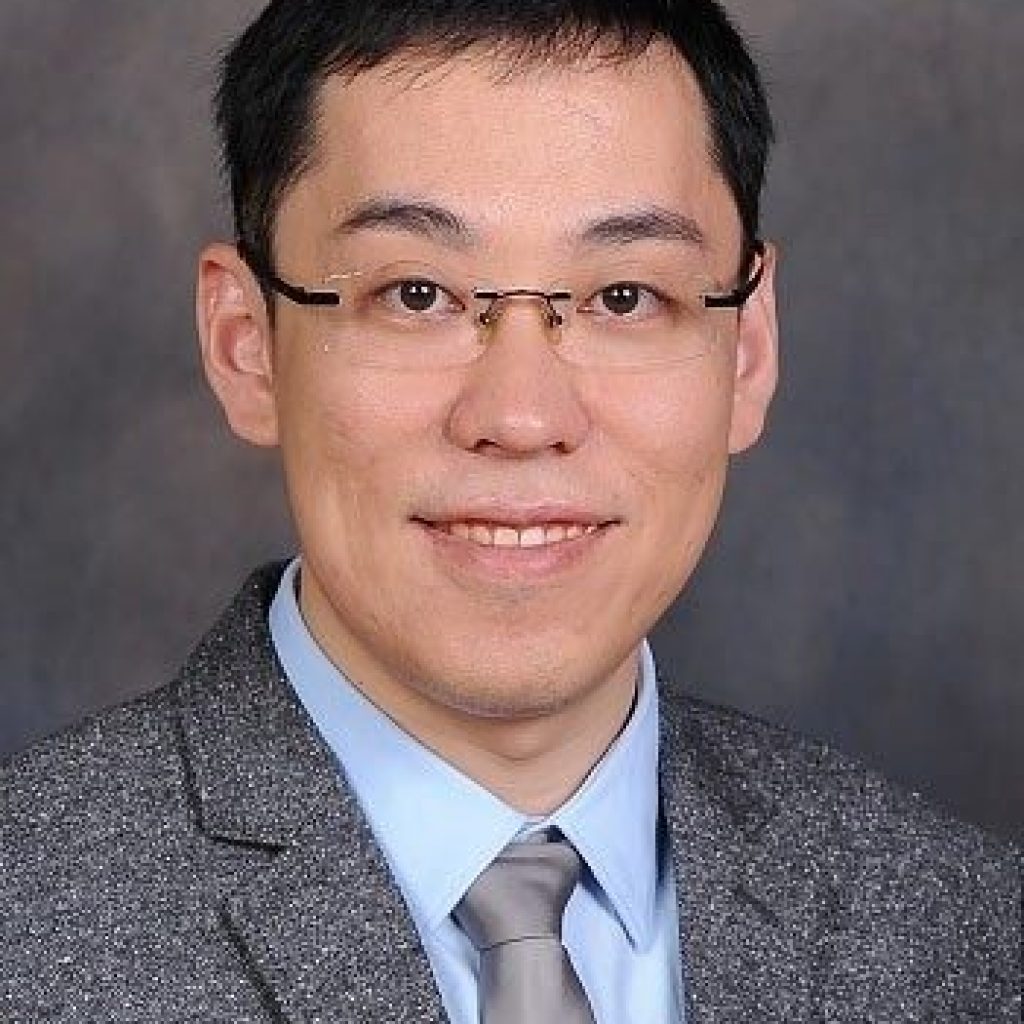
11/6/20 at 2:00 PM in Virtual Seminar
Polymers are all around us – from our daily use to biopolymers and therapeutics. Inspired by recent advances in chemistry, molecular pharmaceutics and biotechnology, on-demand and triggerable “smart” systems offers opportunities from precisely synthesis of polymers to delivering drugs in dose-, spatial- and temporal- controlled manners. This seminar will mainly discuss our ongoing efforts in […]

11/5/20 at 4:00 PM in Virtual Seminar
Literature Seminar: Surface stability is one driving factor for choosing an electrode. This beneficial property ensures control over the electrochemical processes occurring at the surface. Platinum is a common electrode due to its surface being insensitive to adsorbate interactions. However, it has recently been shown1 that the platinum surface does restructure during oxidation/reduction cycles in […]

11/4/20 at 4:30 PM in Virtual Seminar
Literature Seminar The Eastern Cape of South Africa has experienced a major water crisis in recent years, which could lead to desperation and the consumption of river water by economically disadvantaged areas. Due to this possible consumption, the monitoring and identity of pollutants within local waterways is highly important in order to protect the health […]

11/4/20 at 4:00 PM in Virtual Seminar
Literature Seminar Cellular labile copper(I) as dynamic and loosely bound Cu(I) stores play an important role in cell signaling. Current fluorescent has the inconsistency issue in qualitative measurement across different samples due to the heterogeneity between cells. The new ratiometric Förster Resonance Energy Transfer (FRET) probe, FRET Copper Probe-1(FCP-1), is developed with a self-calibration nature […]
11/3/20 at 4:00 PM in Virtual Research Seminar
Research Seminar Gold nanoclusters have unique properties and solvable structures which allows for interesting investigations into the origins of their properties for various applications from a core prospective and a ligand prospective. With superatomic orbitals, they present new avenues to different chemistry including orbitals that are not seen in other materials. Within this study, the electronic structure and magnetism of larger gold nanoclusters is […]
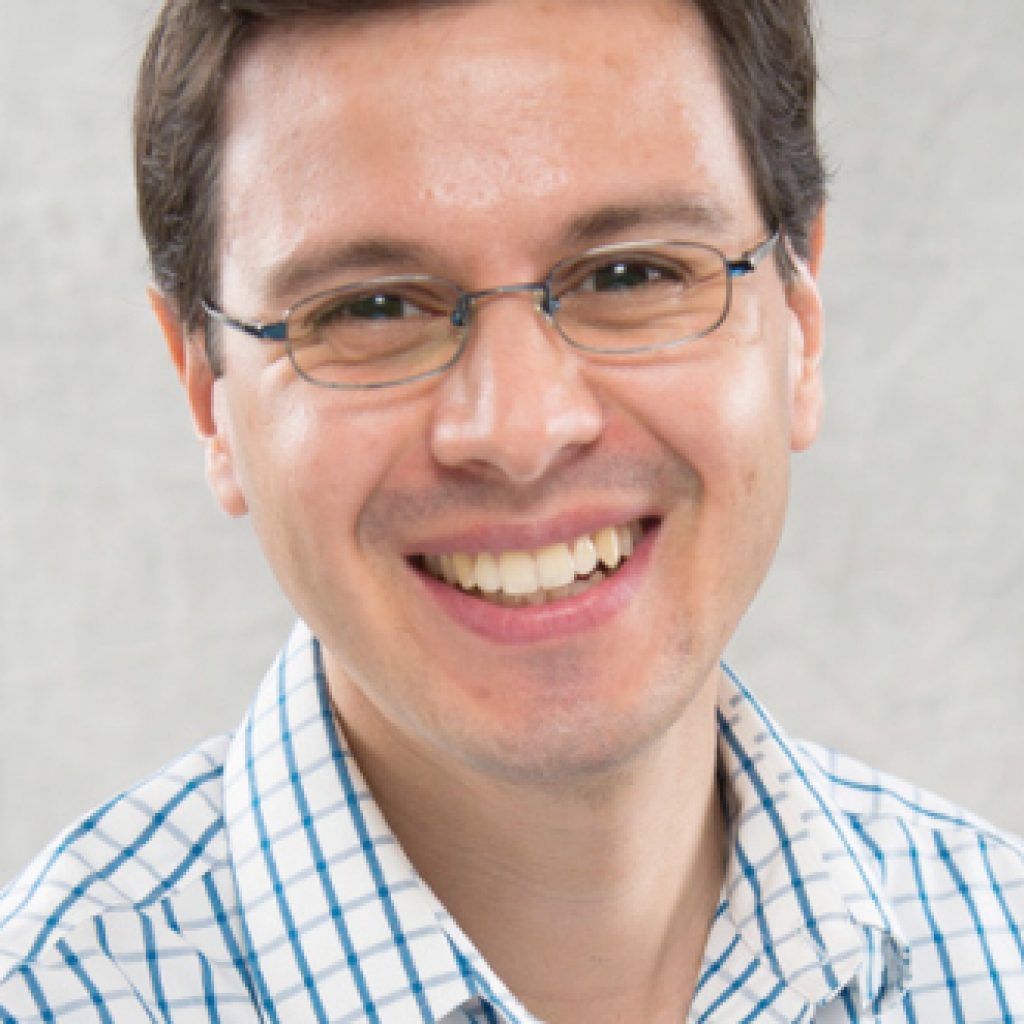
1/16/20 at 4:00 PM in Chemistry A101
About the Seminar: Lipid membranes are much more than barriers between cell compartments, they are integral components of the cell involved in key functions such as signaling, transport, and sensing. Membranes are composed of hundreds of different lipid species and contain thousands of proteins. The biological reason for this heterogeneity is not understood. We use […]
12/9/19 at 4:00 PM in Chemistry A101
Department Safety Meeting Here are some agenda topics: 1) Safety moments from two research groups 2) Proper handling of sharps 3) Proper handling of trash as it relates to safety 4) Anthony Appleton, OVPR’s Research Safety Culture Coordinator, will visit and discuss his research safety culture program.

12/5/19 at 4:00 PM in Chemistry A101
Research Seminar Numerous previous studies have suggested that the universal thermal and vibrational properties of amorphous solids which are at variance with crystalline solids, e.g. low-temperature scaling of the heat capacity with temperature, stronger sound damping at low temperatures, and the temperature dependence of the thermal conductivity, are linked to the local inhomogeneous elastic response […]

11/22/19 at 4:00 PM in Chemistry A101
Literature Seminar The successful management of Diabetes Mellitus depends on the assessment of long-term blood glucose concentrations. Time dependent fluctuations of blood glucose make it an impractical clinical marker for disease management. The glycated hemoglobin, HbA1c, is the standard clinical marker for diabetes monitoring. Current methodologies for assessing HbA1c content are susceptible to interpatient variability […]

11/21/19 at 4:00 pm in Chemistry A101
Research Seminar Coumarin–peptide derivatives are ideal for the design of switchable self-assembling biomaterials with applications in nanoelectronics. We probe the role of hydrophobicity and aromaticity in the stability and pH-switchability of (RXDX)4 fibers using molecular dynamic simulations. Furthermore, we study the effect of mutating a single hydrophobic residue in the (RXDX)4 to an unnatural coumarin […]

11/20/19 at 4:00 PM in Chemistry A101
Literature Seminar Dissolved organic matter (DOM) and microbial communities are intimately connected yet are often studied independently of one another. During respiration, soil microbes pair the transfer of an electron from carbon to a terminal electron acceptor such as oxygen, thereby transforming the available carbon in the system. Elucidating the dynamic interactions between the two […]

11/20/19 at 4:00 PM in Chemistry A101
Literature Seminar In 2010, the World Health Organization reported that foodborne pathogens caused over 600 million illnesses and over 400,000 deaths in that year alone.1 Because of this, it is important to be able to detect these types of pathogens to prevent outbreaks from occurring. Most of the common bacterial detection methods require a centralized […]
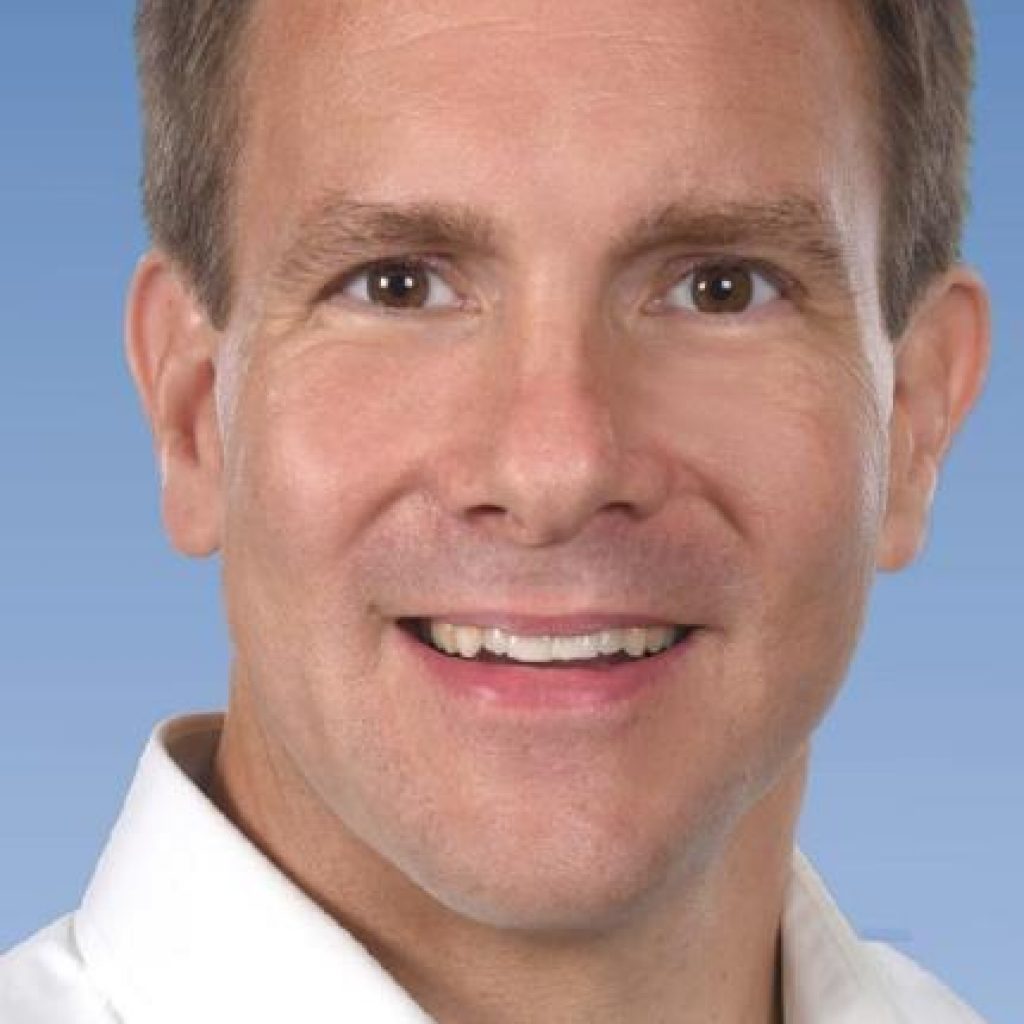
11/19/19 at 4:00 pm in Chemistry A101
About the Seminar Protonic (H+) processes that occur in water in the dark are identical to electronic (e–) processes that occur in semiconductors in the dark; for this reason, my team defines water as a protonic semiconductor. Using this fact, over a half-century ago Prof. John Bockris demonstrated that hydrated bipolar ion-selective membranes can form […]
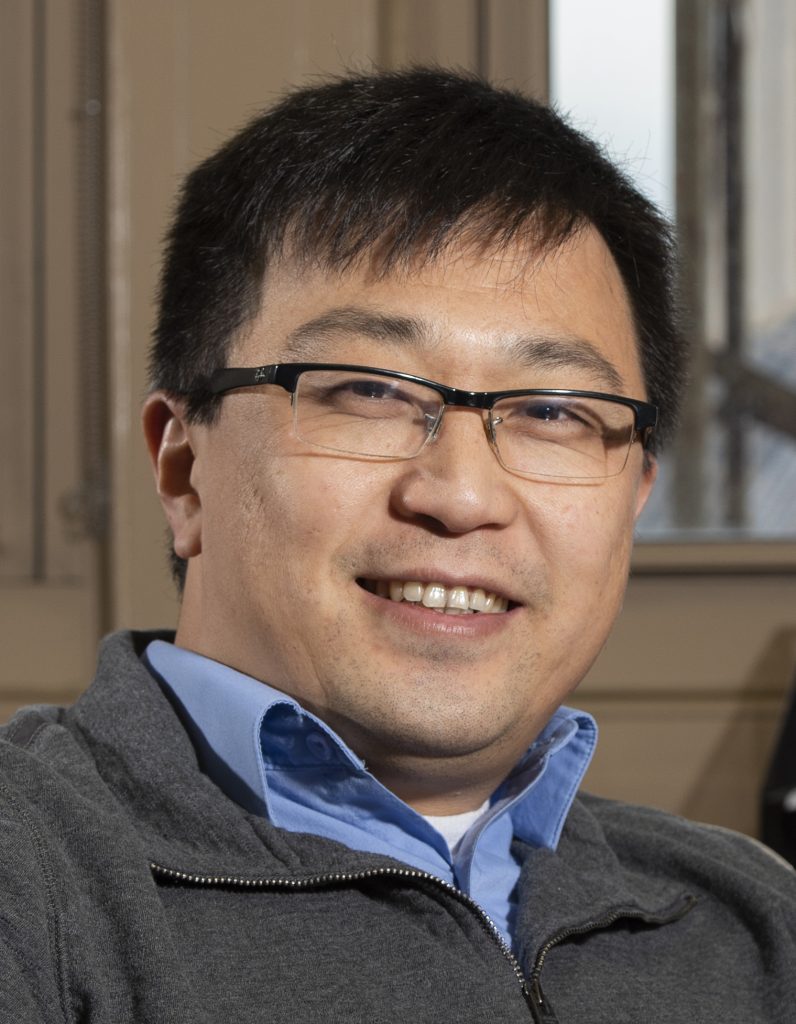
11/18/19 at 4:00 PM in Chemistry A101
About the Seminar Due to limited mechanistic insights and the complexity of catalyst-substrate interactions, catalyst design and optimization in transition metal catalysis are often based on chemical intuition and experimental trial-and-error. I will discuss our recent efforts to utilize a streamlined computational approach to understand and predict the reactivity and selectivity of various transition metal […]

11/15/19 at 4:00 pm in Chemistry A101
Research Seminar The self-assembly of diphenylalanine (FF) into macroscopic nanostructures has prompted a wide variety of potential applications to be proposed including use as a nanowire scaffold, as a means for drug delivery, and as an antibacterial agent. These applications, among others, are predicated on the rational modification of FF to self-assemble into an optimized […]

11/14/19 at 4:00 PM in Chemistry A101
About the Seminar: The overarching goal of our group is to develop new methods to extract sustainable fuels and chemicals from plants. Our approach has been to develop and apply computational tools to both biological and chemical conversion processes as part of an iterative ‘model-validate-predict’ design process for de novo catalysts. With its high carbon […]

11/13/19 at 4:00 PM in Chemistry A101
Literature Seminar The most commonly used method of quantification for single- and double-stranded nucleic acid species is UV spectrophotometry. Beer’s law relates the absorbance of a sample with the pathlength, concentration and attenuation coefficient (ε). For nucleic acids, an average mass attenuation coefficient is applied to approximately quantify the species independent of base composition. There […]

11/13/19 at 4:00 PM in Chemistry A101
Literature Seminar Food authenticity is important for both public safety and economic reasons. Potentially dangerous substitutions or additions may be made to food in order to increase profit either by increasing production or by improving the apparent quality of the product. In central and southern Italy, Mozzarella di Bufala Campana (MBC) is a vital part […]

11/12/19 at 4:00 pm in Chemistry A101
Literature Seminar My literature seminar will investigate recent advances in the field of metal-free catalysts for the reduction of dinitrogen to ammonia. Ammonia is a critical component of fertilizers, and is not produced naturally in large quantities. The nitrogen reduction reaction is one of the most important industrial chemical processes, as it enables the mass […]

11/12/19 at 4:00 pm in Chemistry A101
Literature Seminar Targeted alpha therapy represents an underdeveloped area of cancer treatment. Alpha particles have demonstrated a high degree of cytotoxicity, which when harnessed, can be effective at inducing apoptosis in cancer cells. However, due to the low natural abundance of alpha-emitting radioisotopes and their sparsely studied chemistry, Radium-223 is the only FDA approved radioisotope […]
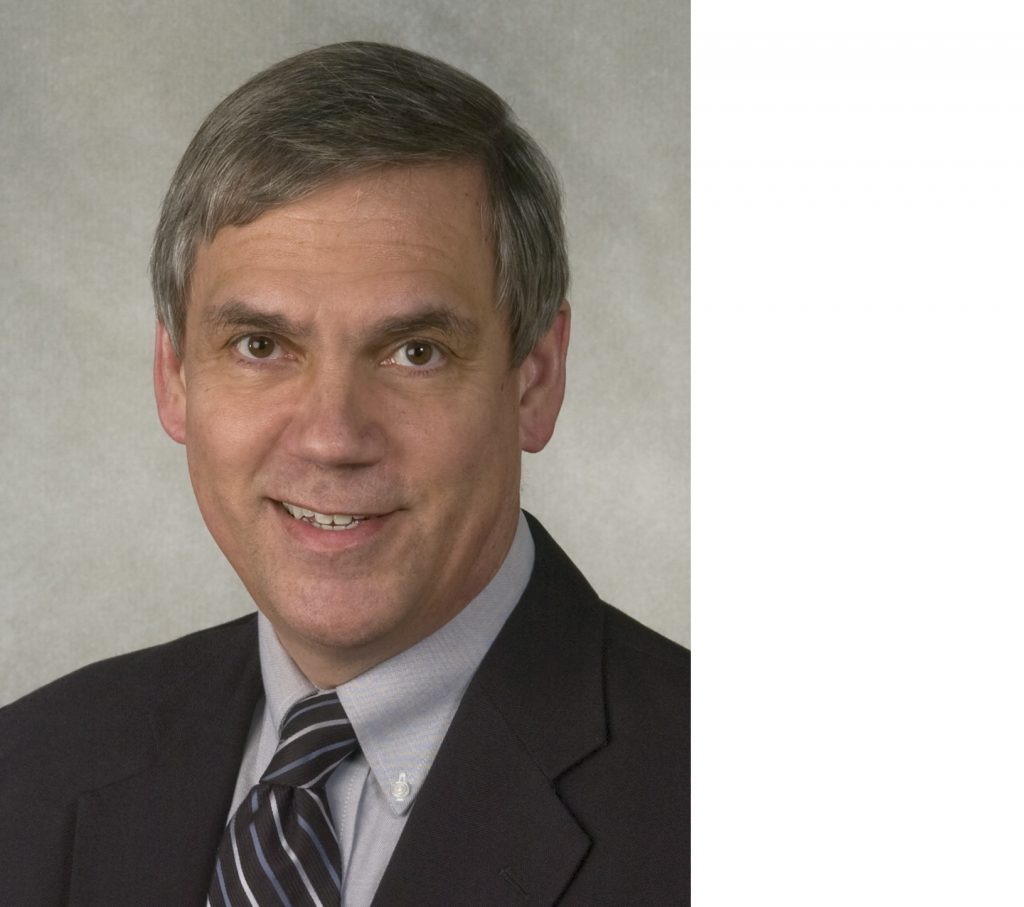
11/11/19 at 4:00 PM in Chemistry A101
About the Seminar The linear intermediates in mammalian isoprenoid biosynthesis once were viewed as serving only as precursors to cholesterol and other steroids, but it is now well-established that they have much more complex functions. The longer-chain compounds farnesyl diphosphate and geranylgeranyl diphosphate commonly are employed in protein prenylation, converting proteins to lipoproteins, which is […]

11/8/19 at 4:00 PM in Chemistry A101
Literature Seminar The development of new functional materials is essential to the progression of our technology. The syntheses for materials with desired properties are necessary but challenging to control. As an example, rare earth metal molybdenum oxides are a chemical group that offer a variety of physical properties as the molybdenum ion can accommodate different […]

11/7/19 at 4:00 pm in Chemistry A101
Literature Seminar Computational modeling techniques, such as molecular dynamics, have provided valuable insight into chemistry over the years and continue to advance the field concurrently as these methods are developed to be more efficient and accurate. One of the greatest limitations molecular dynamics faces is computational efficiency; many interesting dynamics occur on a timescale that […]

11/7/19 at 4:00 pm in Chemistry A101
Literature Seminar Listeriolysin O (LLO) is a toxic protein secreted by the pathogen, Listeria monocytogenes, which has spurred several food-borne outbreaks in recent years. LLO mediates the entryway of Listeria into host tissues by assembling transmembrane pores and therefore, LLO is an important target for the development of antimicrobial defenses to combat the spread of […]
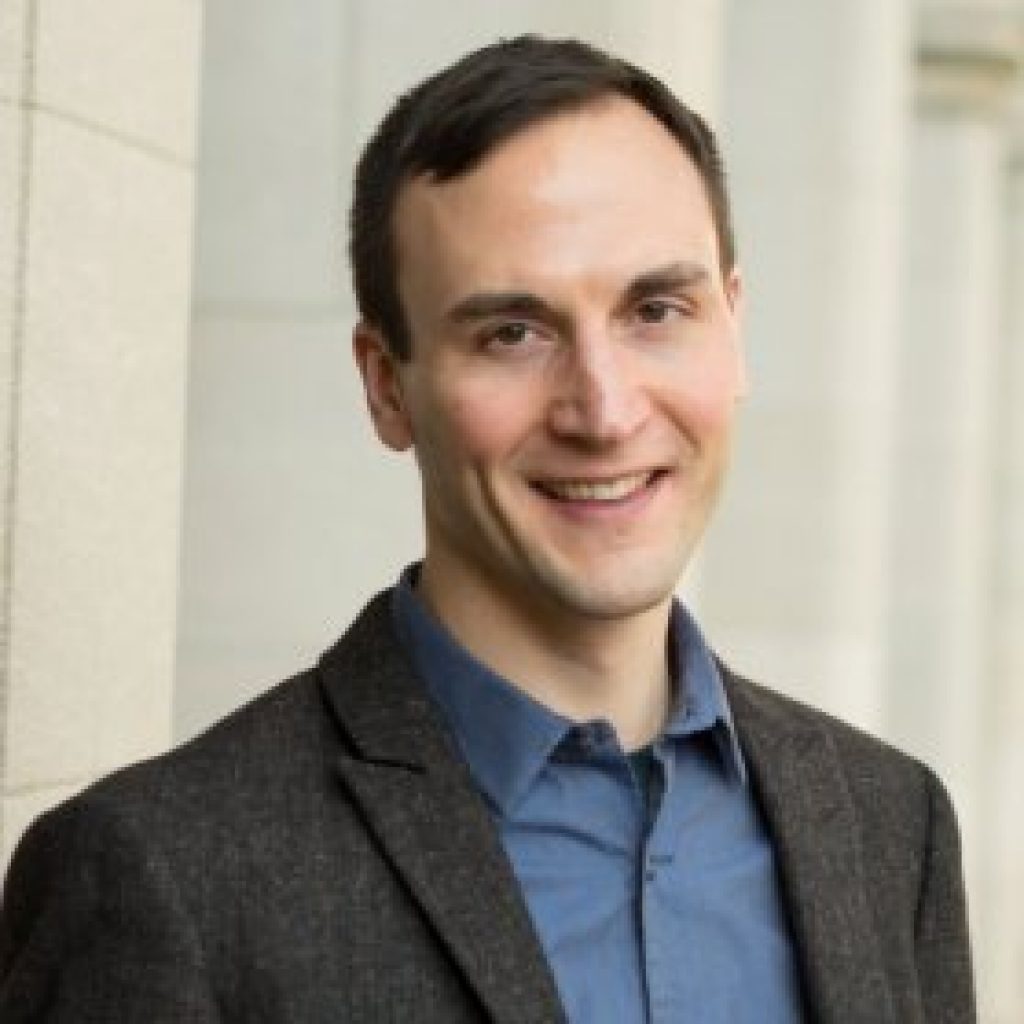
11/6/19 at 4:00 PM in Chemistry A101
About the Seminar Defect engineering is a strategy that has been widely used to design active semiconductor photocatalysts. However, understanding the role of defects, such as oxygen vacancies, in controlling photocatalytic activity remains a challenge. In this talk I will discuss the use of chemically triggered fluorogenic probes to study the spatial distribution of active […]

11/5/19 at 4:00 pm in Chemistry A101
Literature Seminar Photodynamic therapy (PDT) is an emerging cancer treatment based on the interactions between light, a photosensitizing drug and oxygen, which create reactive oxygen species (ROS), killing cells in a localized region. Although PDT is efficient for the local destruction of tumors, the treatment is still ineffective in systemic tumor elimination, so other treatment […]
11/4/19 at 4:00 PM in Chemistry A101
Join Dr. Sara Parker from the Intel Corporation for an information session. She will discuss Intel’s development of silicon process technology from an engineering perspective – the importance of Moore’s Law. To succeed in a changing industry, Intel is dedicated to continue its investment in inventing and developing new technologies – through the application of […]

10/31/19 at 4:00 pm in Chemistry A101
Literature Seminar Deep Eutectic Solvents (DESs) are a new and intriguing class of solvents that enable novel chemical reactions and offer green alternatives for a variety of processes. However, little is known about the complex interactions between the salts that comprise a DES. A paper by Faraone, et al, seeks to learn more about these […]

10/31/19 at 4:00 pm in Chemistry A101
Literature Seminar Using quantum mechanical principles and aspects of statistical mechanics, we can use software packages to accurately calculate energetic and thermodynamic values on a molecular basis. With Density Functional Theory (DFT), these values are approximated from the electron density of the provided molecular system. I will discuss a paper by Andrea N. Bootsma and […]

10/30/19 at 4:00 PM in Chemistry A101
Literature Seminar Increasing amounts of atmospheric CO2 has led to a recent resurgence in carbon capture processes for renewable energy storage. Production and storage of methane through CO2 and CO methanation have been widely accepted as the process by which carbon capture is performed. Widespread utilization of this process has been low, especially with CO2 […]

10/30/19 at 4:00 PM in Chemistry A101
Literature Seminar In 2018, antibiotic resistant bacterial infections were the source of $2 billion (U.S.) in medical bills in the United States alone. With rising antibiotic resistance, prevention of infection by chemical disinfection prior to the development of an infection is preferred over treating an infection. Production of typical chemical disinfectants, however, carries its own […]

10/28/19 at 4:00 PM in Chemistry A101
About the Seminar The viral matrix protein (VP40) is crucial to multiple steps of the Ebola Virus (EBOV) lifecycle, including the regulation of transcription and viral egress. In the cytosol, VP40 monomers spontaneously dimerize and migrate to the inner-cell membrane where a reorientation causes partial penetration of the membrane and hexamer formation. Further oligomerization of […]

10/28/19 at 4:00 PM in Chemistry A101
About the Seminar Influenza A viruses (IAV) are major human respiratory pathogens that cause annual epidemics and occasional pandemics globally. IAV has evolved its viral proteins to interact with cellular proteins to aid in the regulation of viral replication and ultimately cause disease pathogenesis. More specifically, the ribonucleoprotein complexes (RNPs) interact with many host cell […]
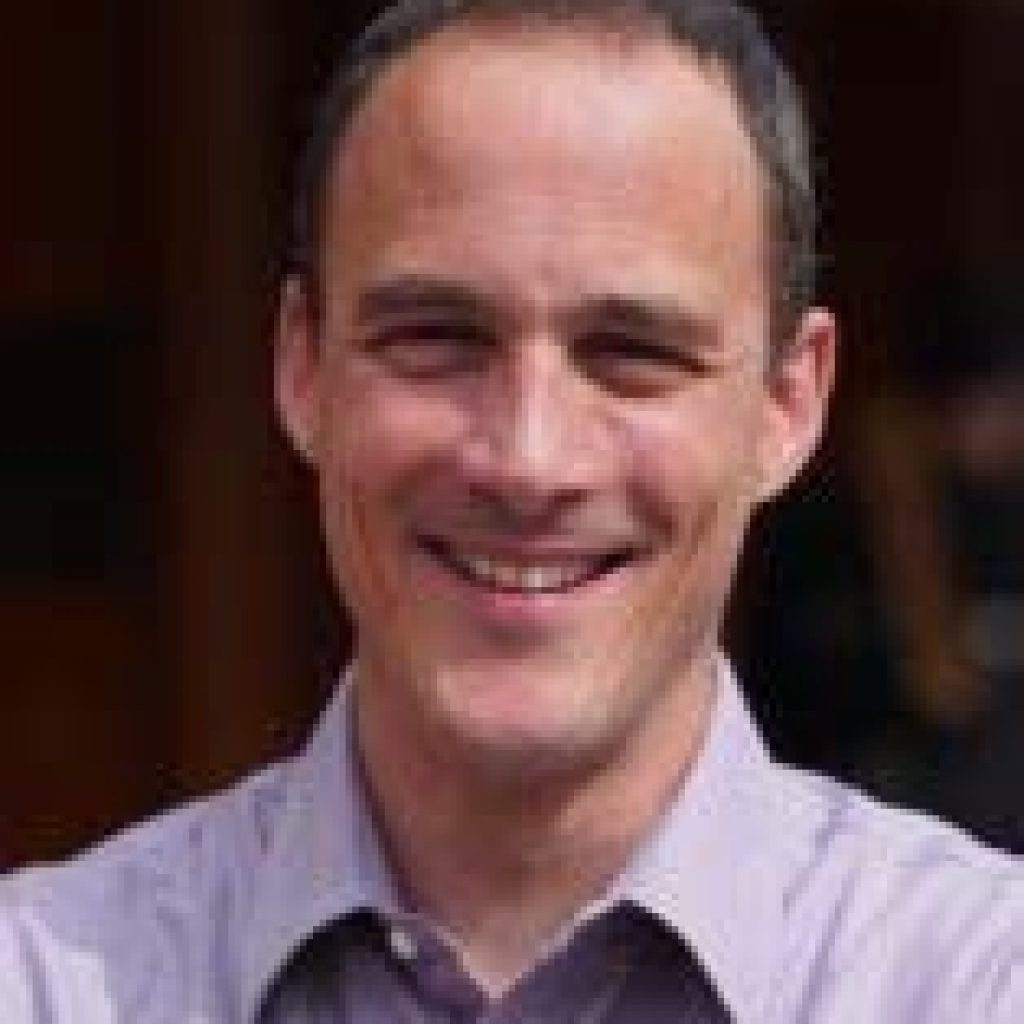
10/28/19 at 4:00 PM in LSC Room 322
About the Seminar: Over the last two decades, we have witnessed a paradigm change in the way we characterize materials using electron microscopy. This latest revolution in resolution began in the late 1990’s with the first successful implementation of an objective lens aberration corrector, which improved the spatial resolution of transmission (TEM) and scanning transmission […]
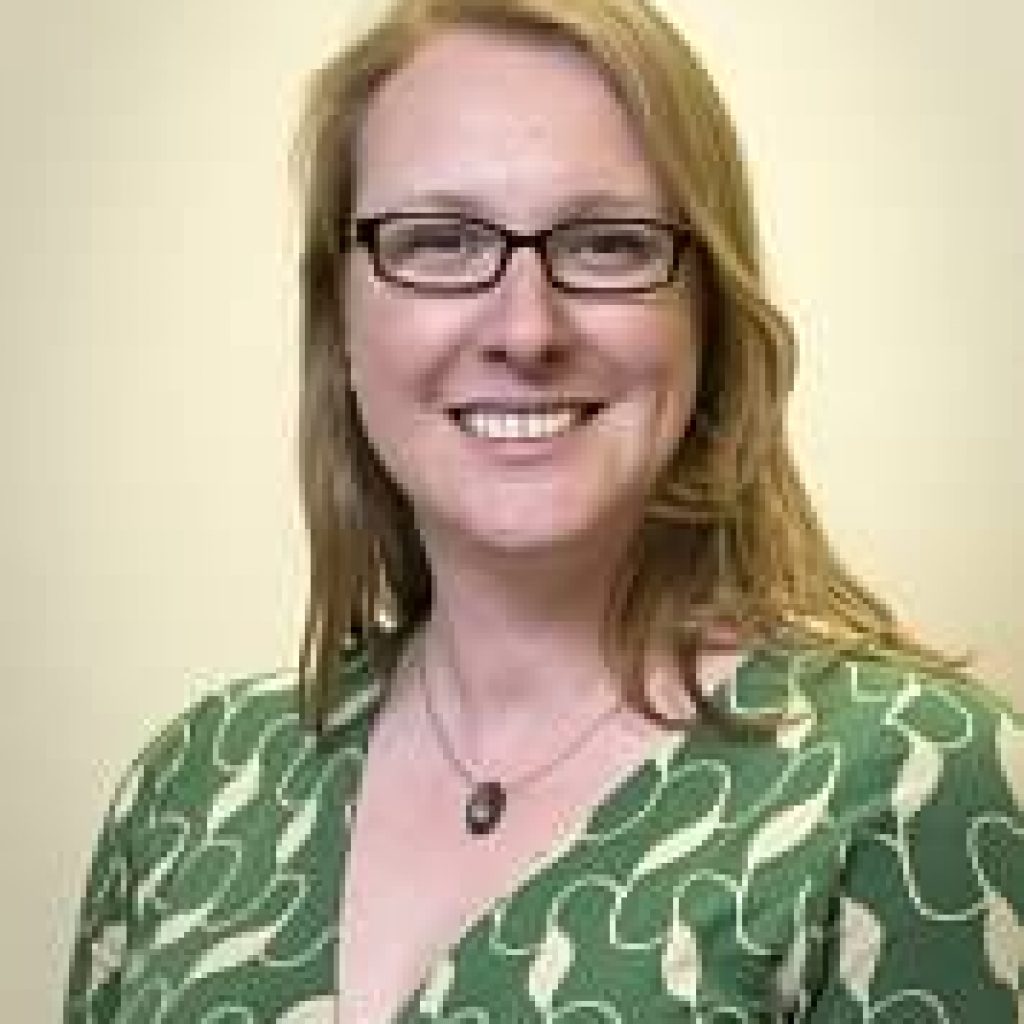
10/23/19 at 4:00 PM in Chemistry A101
About the Seminar: Plasmonic nanostructures have long been appreciated for their ability to harvest light and transform it into other forms, including thermal energy and chemical energy (through the production of high energy charge carriers, e.g. hot electrons and hot holes). Both hot charge carriers and elevated temperatures at nanoparticle surfaces can increase the efficiency […]

10/22/19 at 4:00 PM in Chemistry A101
Literature Seminar Heavy metal detection has received significant attention in recent years due to the increasing risk to human health and surrounding ecosystems. Here, the term heavy metal will encompass transition and post transition metals. Heavy metals that pose concern can span from biologically relevant transition metals like copper and zinc, to post transition metals […]
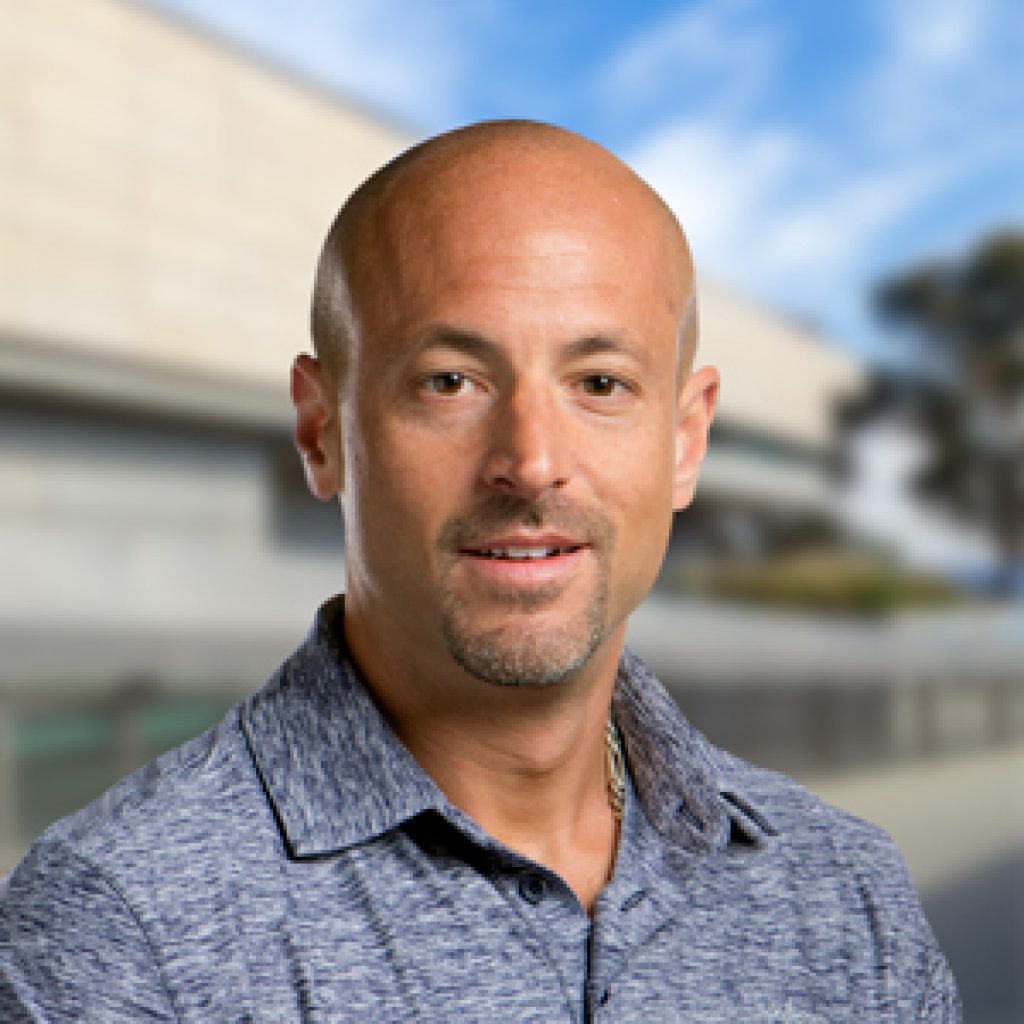
10/21/19 at 4:00 pm in Chemistry A101
RMW Scientific Consulting Distinguished Lectureship in Organic Chemistry
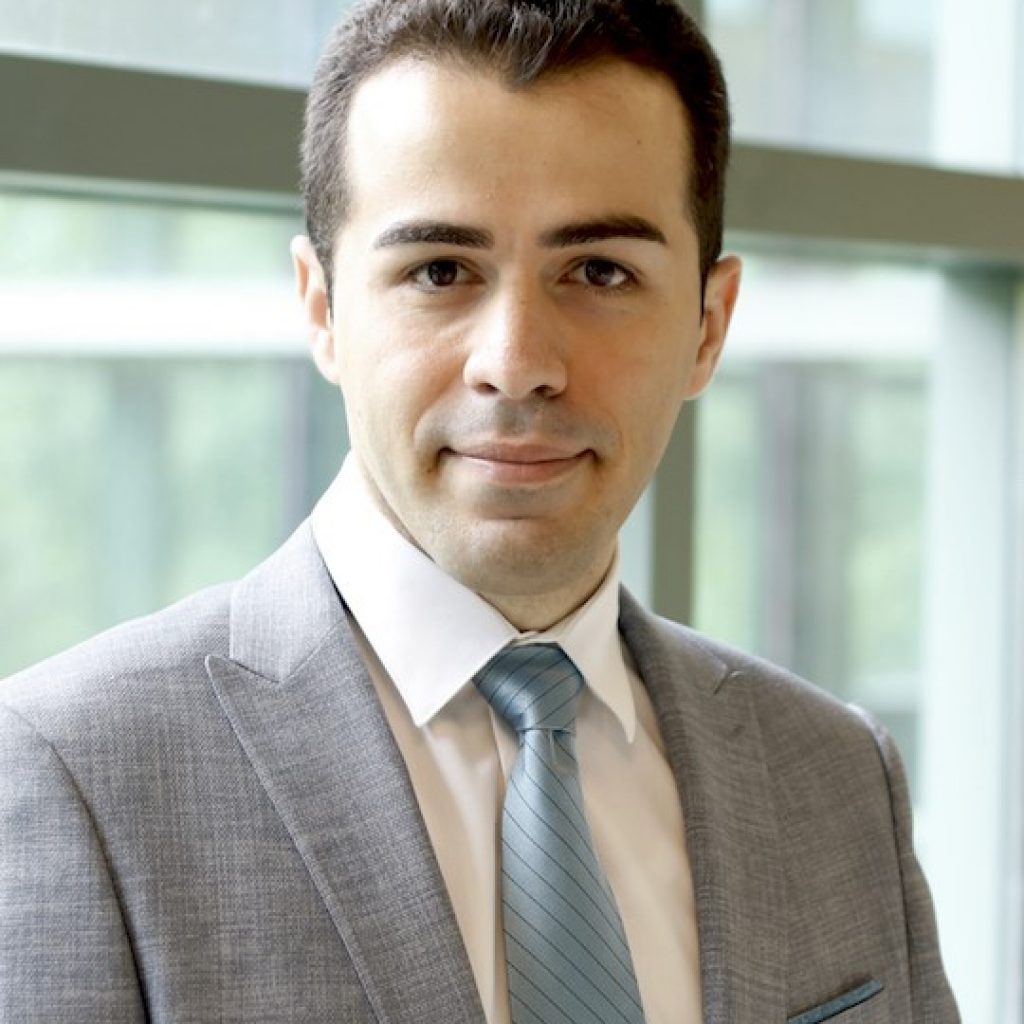
10/18/19 at 4:00 PM in Chemistry A101
About the Seminar: The superior thermochemical stability and mechanical performance of thermoset polymers and their composites has facilitated widespread adoption of these materials in aerospace, automotive, marine, and energy sectors. The curing process of thermosets often requires heating the resin for several hours at elevated temperatures (ca. 180 °C) in large ovens or autoclaves, leading […]
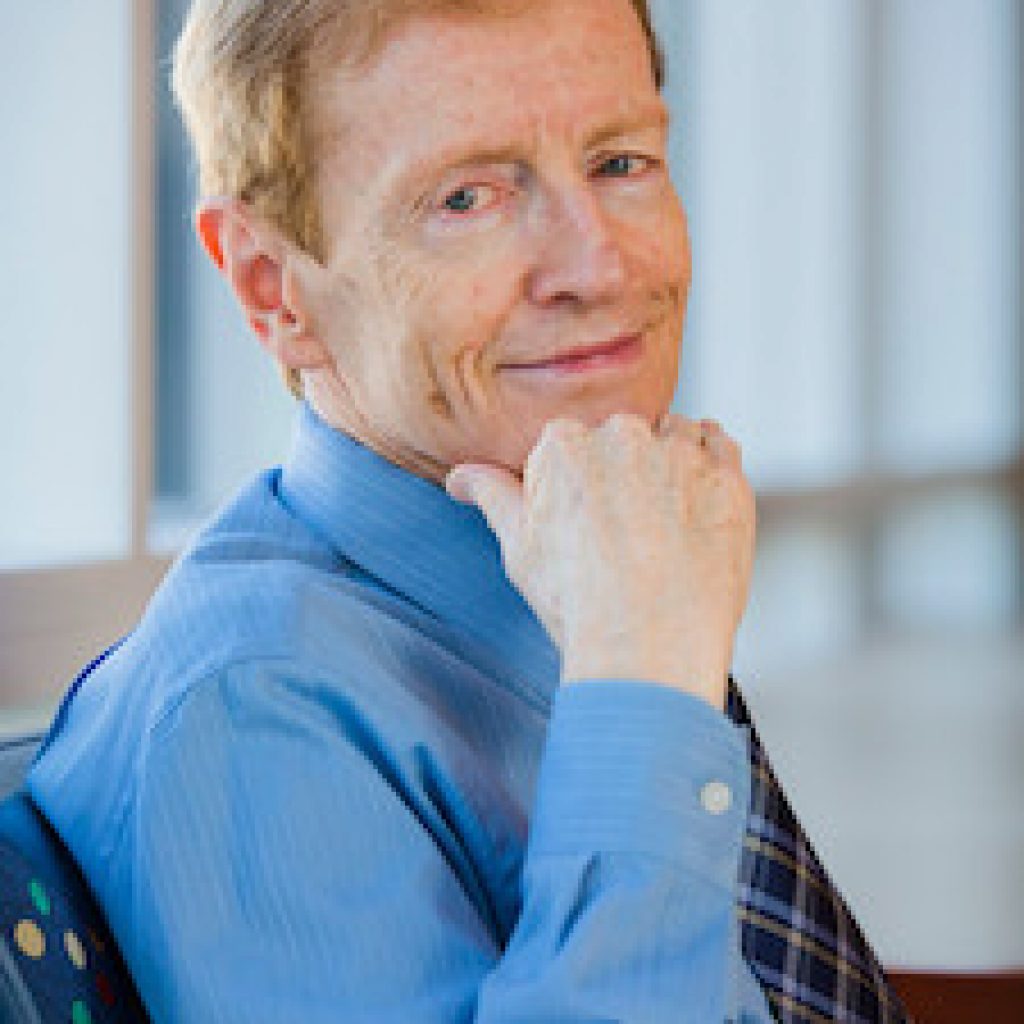
10/15/19 at 4:00 PM in Chemistry A101
About the Seminar: The very diverse geometrical and electronic structures of inorganic clusters, and in particular early-transition metal polyoxometalates (POMs), give these complex polyanions an extensive, usually reversible and tunable redox chemistry and other properties of value in several fields. A subset of this chemistry is that POMs are effective catalysts for oxidations, including air(O2)-based […]

10/14/19 at 4:00 PM in Chemistry A101
About the Seminar: Amine functional groups are both ubiquitous and important throughout many industries. Amines are a common motif in pharmaceuticals, as amino acid building blocks, mimicking amine-based neurotransmitters, or to improve solubility of drug formulations. One of the most common ways to add amines to molecules is via nitration and subsequent reduction. However, there […]

10/11/19 at 4:00 PM in Chemistry A101
Literature Seminar: Recent advances in electrified technology, such as electric cars, are requiring more energy dense storage. To satisfy this need, many investigations are focused on discovering new types of cathode and anode materials for batteries. To elucidate advantageous properties of these new electrode materials, common electrochemical methods and structural characterization techniques, such as galvanostatic […]
10/10/19 at 4:00 PM in Chemistry A101
David Mast earned the B.S. degree in chemistry in 2017 and is currently a PhD candidate in the group of Jonathan Sweedler in the Department of Chemistry, University of Illinois, Urbana-Champaign. About the Seminar: D-amino acid-containing peptides (DAACPs) result from an unusual post translational modification (PTM) where an all-L peptide is isomerized at a single […]
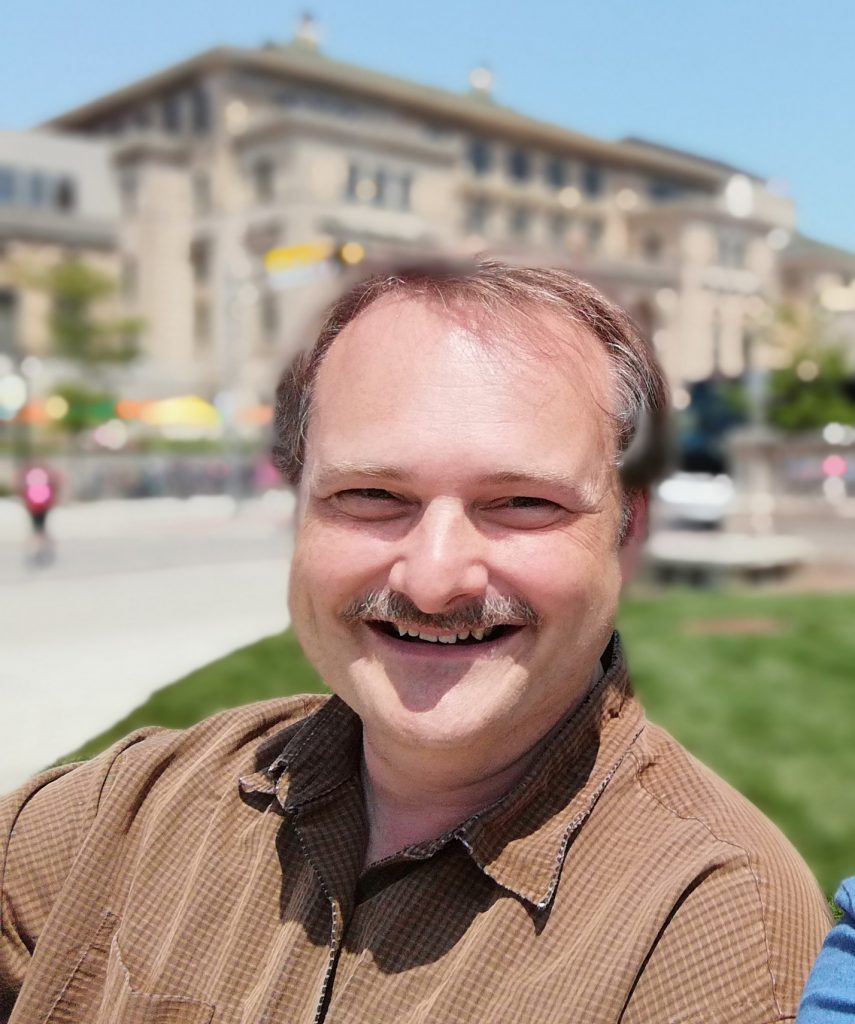
10/8/19 at 4:00 pm in Chemistry A101
About the Seminar: Ammonia has arisen as an attractive potential large-scale energy carrier due to its improved storage and transport over hydrogen, provoking calls to explore a potential Nitrogen Economy. Two fundamental technologies are needed in order to realize a zero-carbon nitrogen energy economy: (1) Ammonia synthesis from solar electricity, and (2) high-performance direct ammonia […]
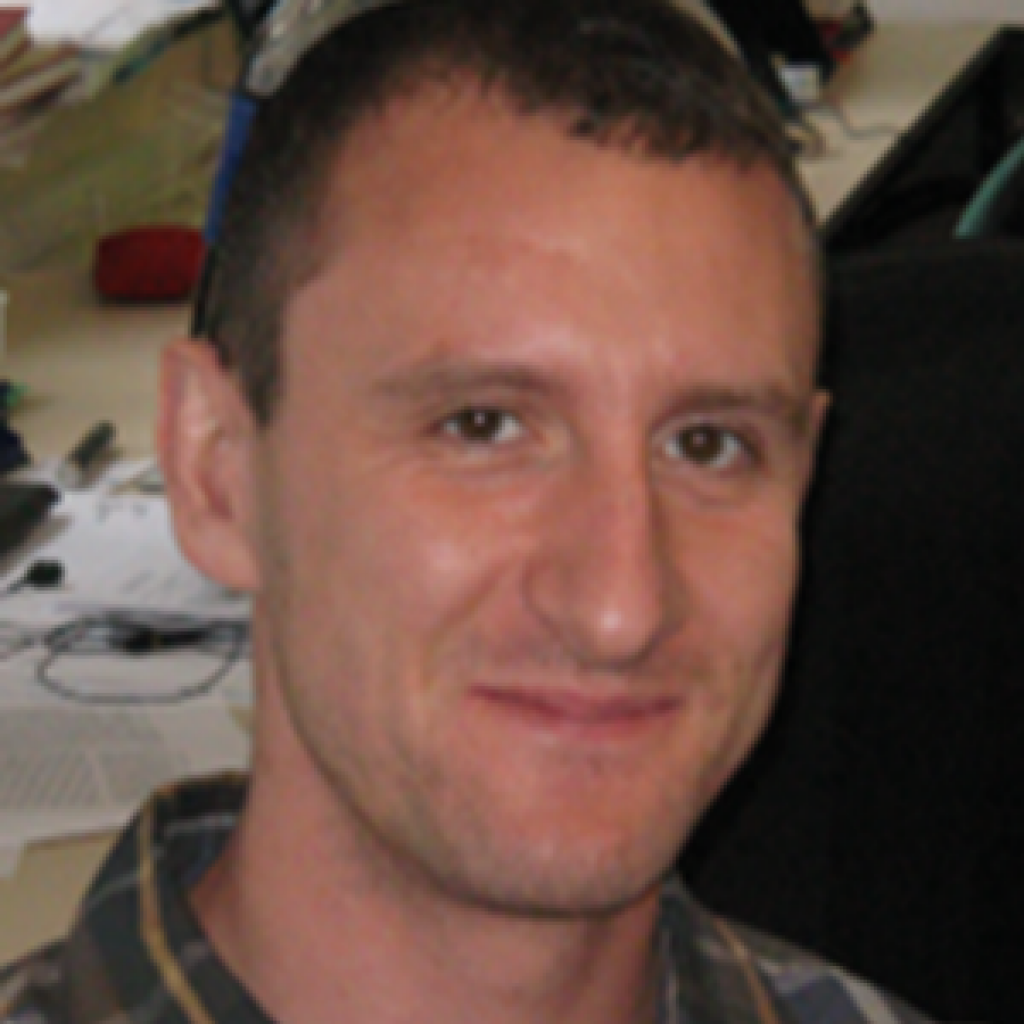
10/7/19 at 4:00 PM in Chemistry A101
About the Seminar: Selective methods that can functionalize electron-deficient heterocycles are in great demand due to their prevalence in biologically active compounds. Pyridines and diazines, in particular, are widespread components of pharmaceutical compounds yet methods to transform these motifs into valuable derivatives are still greatly sought after. We will present a selection of catalytic and […]
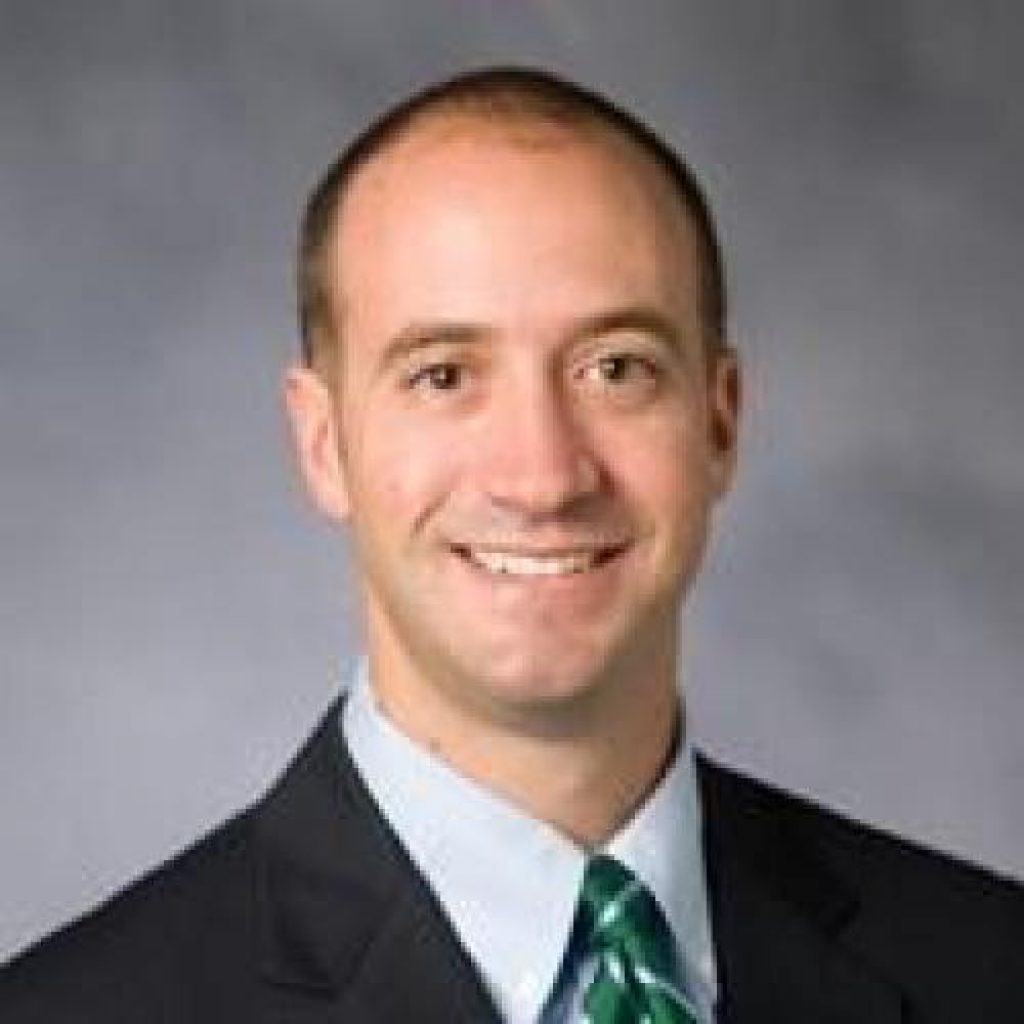
10/2/19 at 4:00 PM in Chemistry A101
About the Seminar: Recent advancements in high-resolution mass spectrometry (HRMS) and its application to the field of environmental chemistry have for the first time made possible identification of emerging contaminants in complex environmental mixtures without a priori knowledge of contaminant identity or occurrence. Here, I present a strategy and series of novel analytical workflows based […]
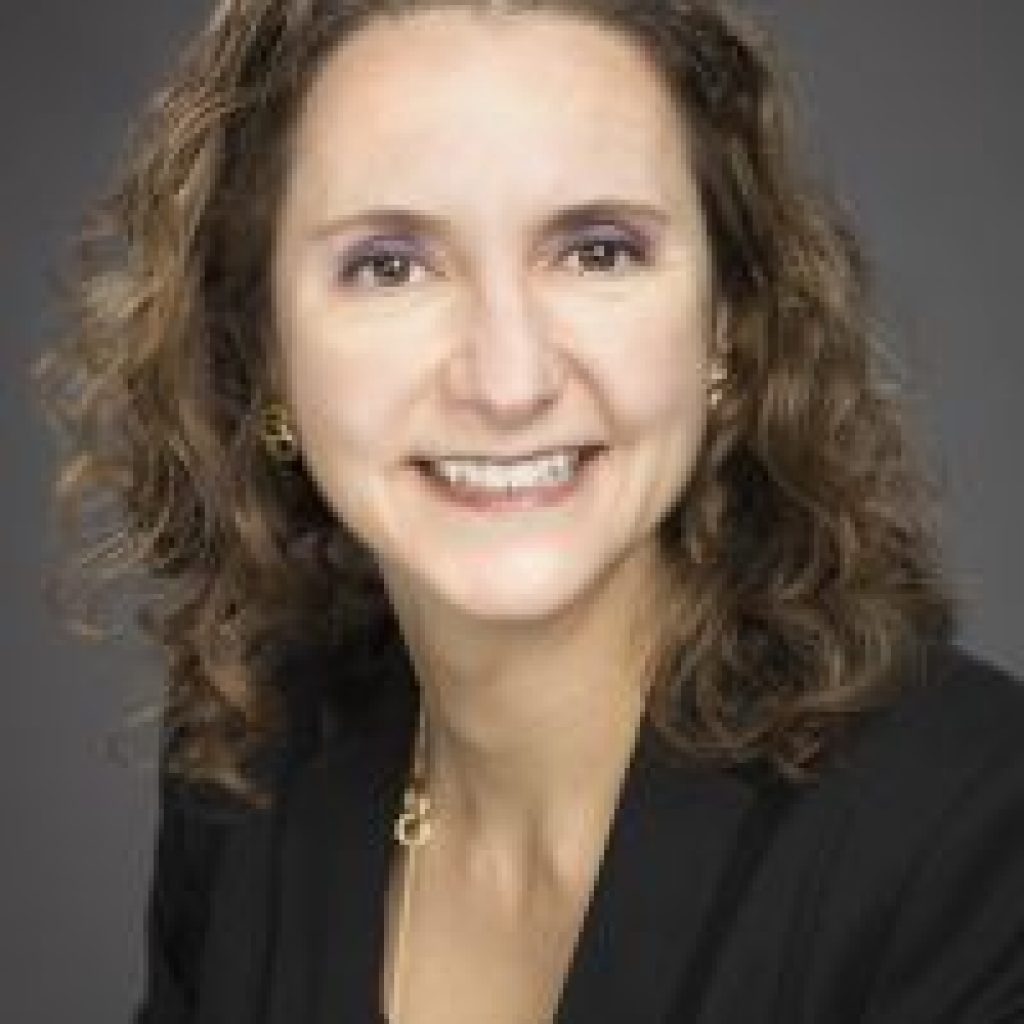
10/1/19 at 4:00 pm in Chemistry A101
About the Seminar: The luminescence of lanthanide ions is based on f-f transitions. Due to the core nature of the 4f orbitals involved in the process, as well as the forbidden nature of these transitions, the emission properties make these ions uniquely suited for a variety of applications involving light emission, such as lighting, imaging, […]

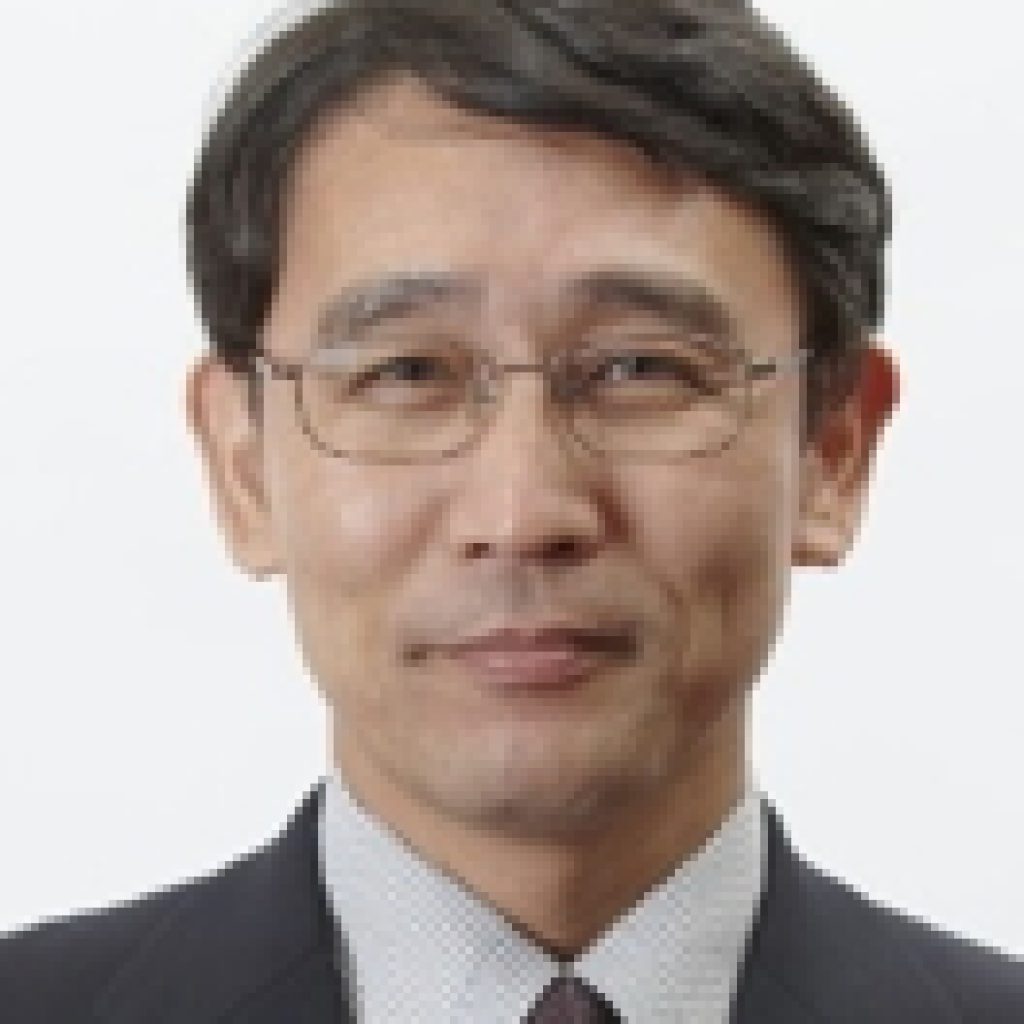
9/20/19 at 4:00 pm in Chemistry A101
About the Seminar: Ionic liquids (ILs) have attracted growing interest among the various fields of science and technology because of their characteristics, such as less-volatility, less-flammability, high ion conductivity, and unique solubility towards many organic and inorganic compounds [1]. We have been investigating the possibility of ILs for both the materials sciences and organic syntheses […]
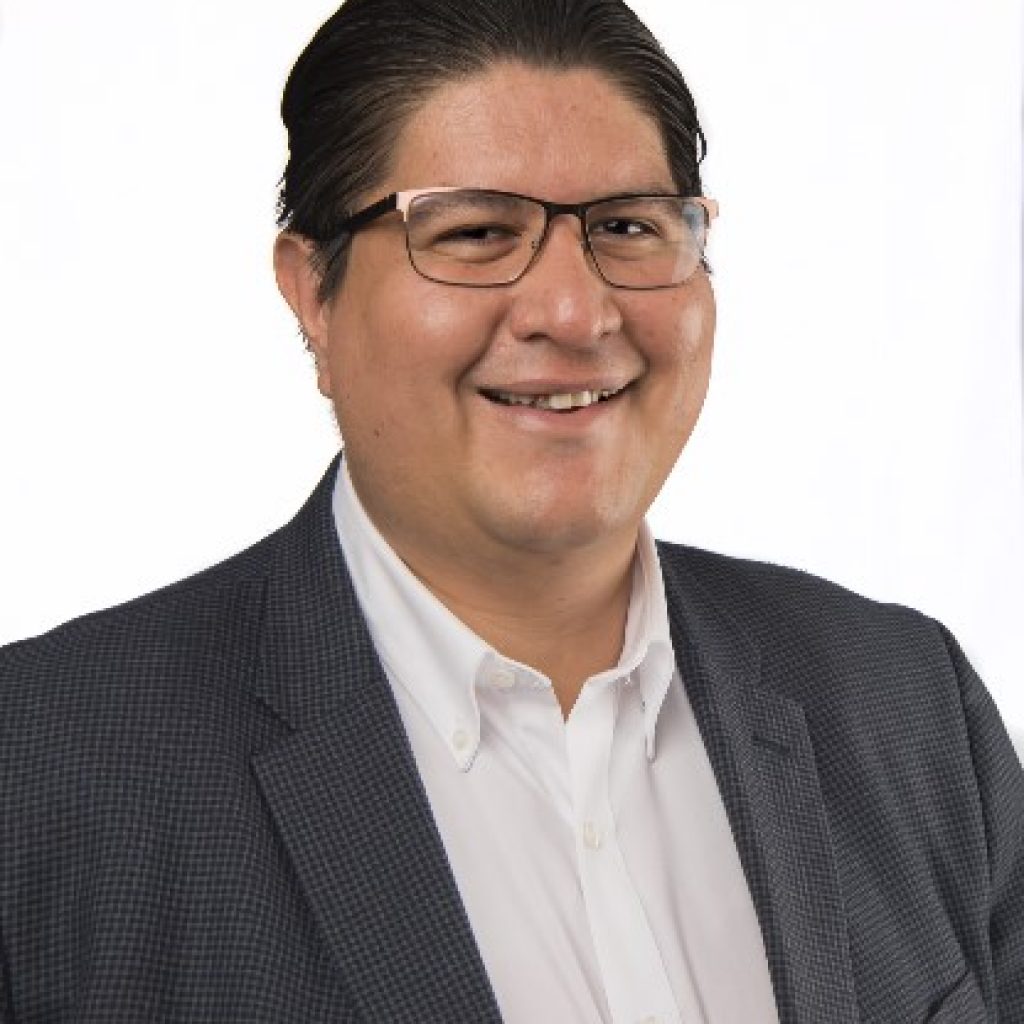
9/18/19 at 4:00 PM in Chemistry A101
About the Seminar: Elucidating and controlling interfacial reactivity is key to a broad scope of electrochemical studies of catalysts, sensors, and energy storage media. I will present a modern approach to understanding the electrochemical interface using scanning electrochemical microscopy (SECM), a scanned probe technique capable of delivering high spatiotemporal and chemical redox resolution at active […]
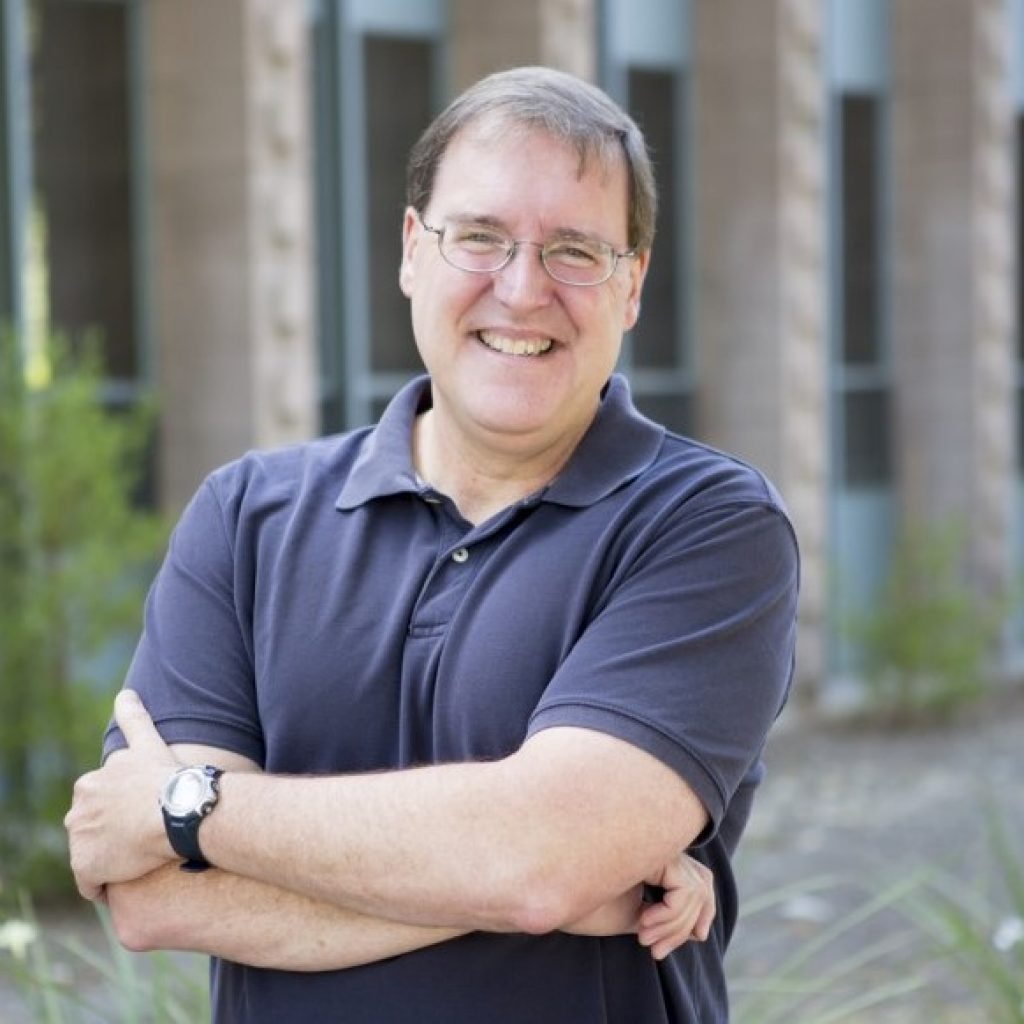
9/12/19 at 4:00 PM in Chemistry A101
About the Seminar Electron tunneling is a foundational part of biological energy transduction systems, as well as an integral feature in synthetic attempts to harness solar energy. The quest for ever-smaller computing components has focused on “molecular wires” where rapid, controllable electron transfer is of primary importance. Reliable control of electron flow requires understanding what […]
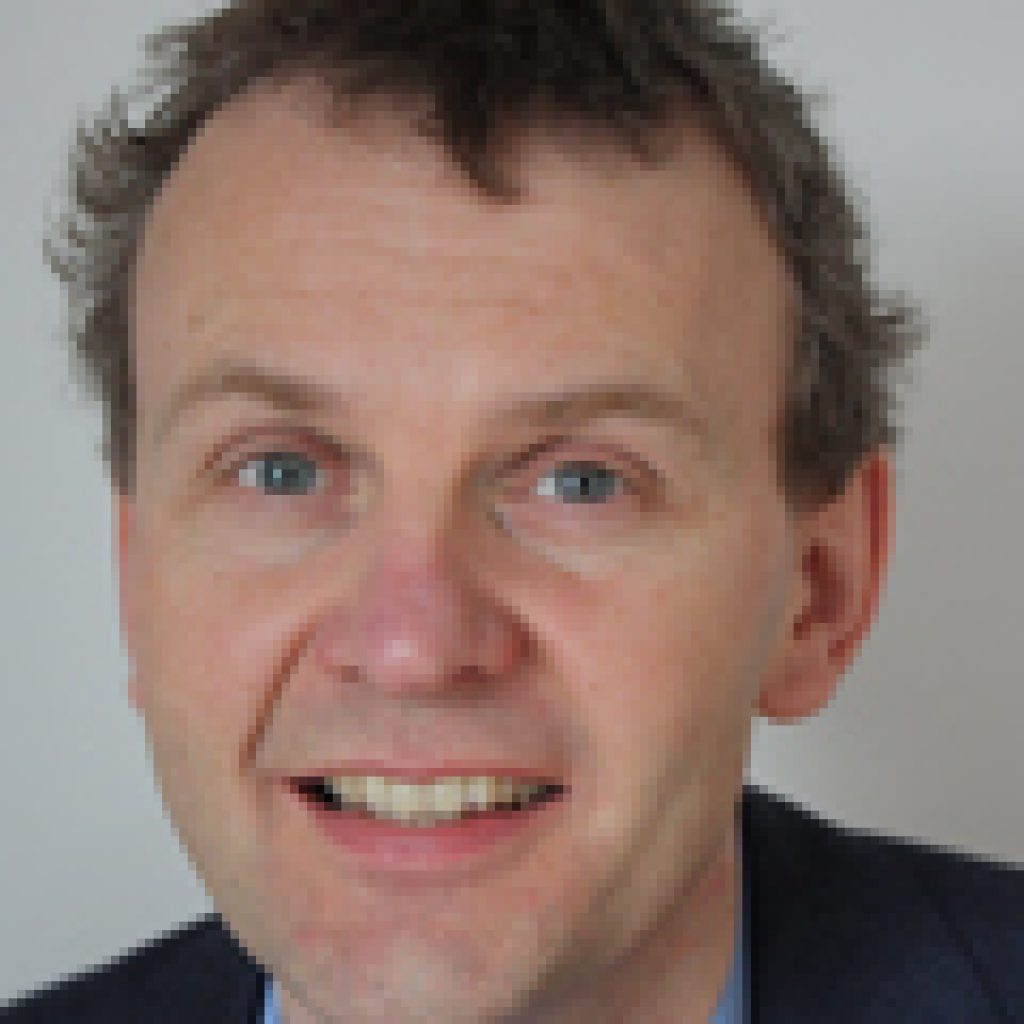
9/11/19 at 4:00 PM in Chemistry A101
About the Seminar: Electrodes used in electrochemistry, with applications in electrocatalysis, energy storage, sensor technologies and corrosion, show heterogeneity and complexity on a range of lengthscales. The activity of these electrodes is often determined by old classical macroscopic electrochemical techniques that provide the average response of an electrode and are unable to detect and analyze […]
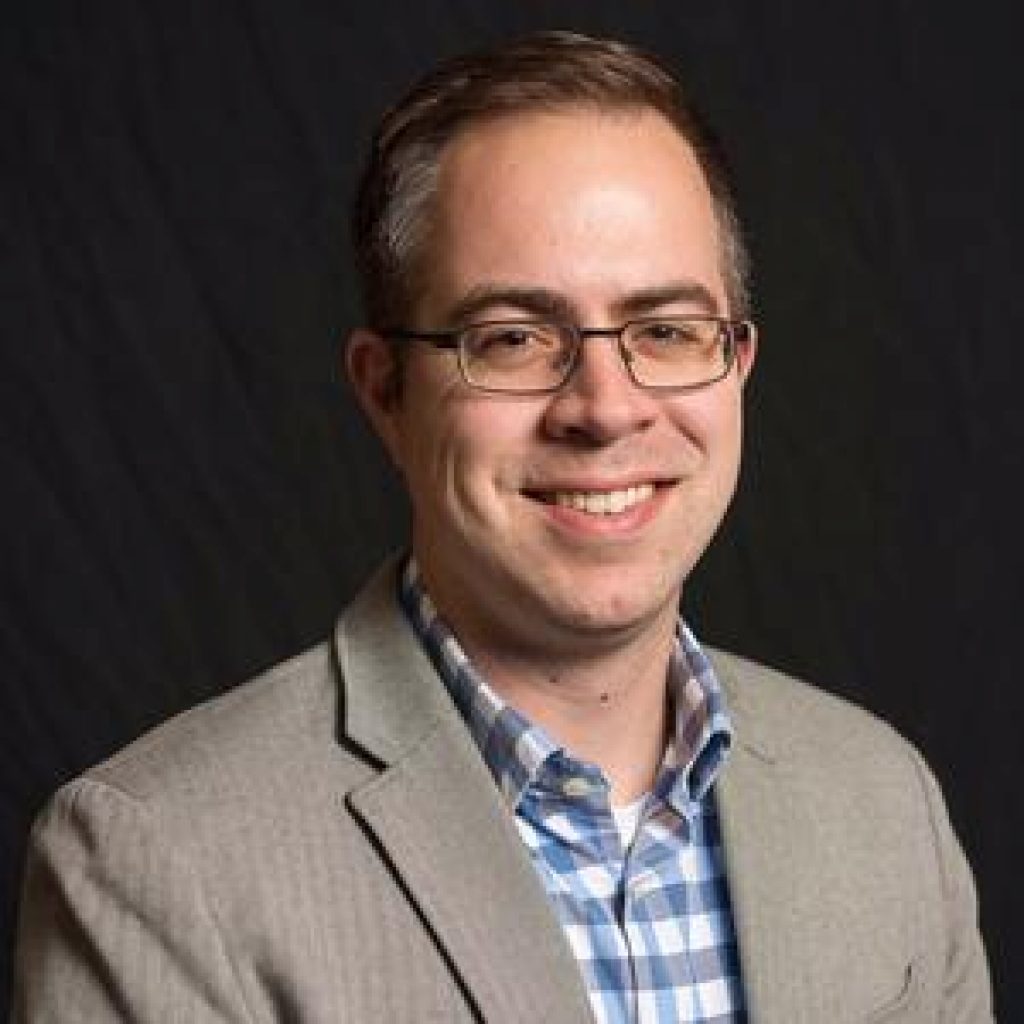
9/10/19 at 4:00 pm in Chemistry A101
Overview of Inorganic Program
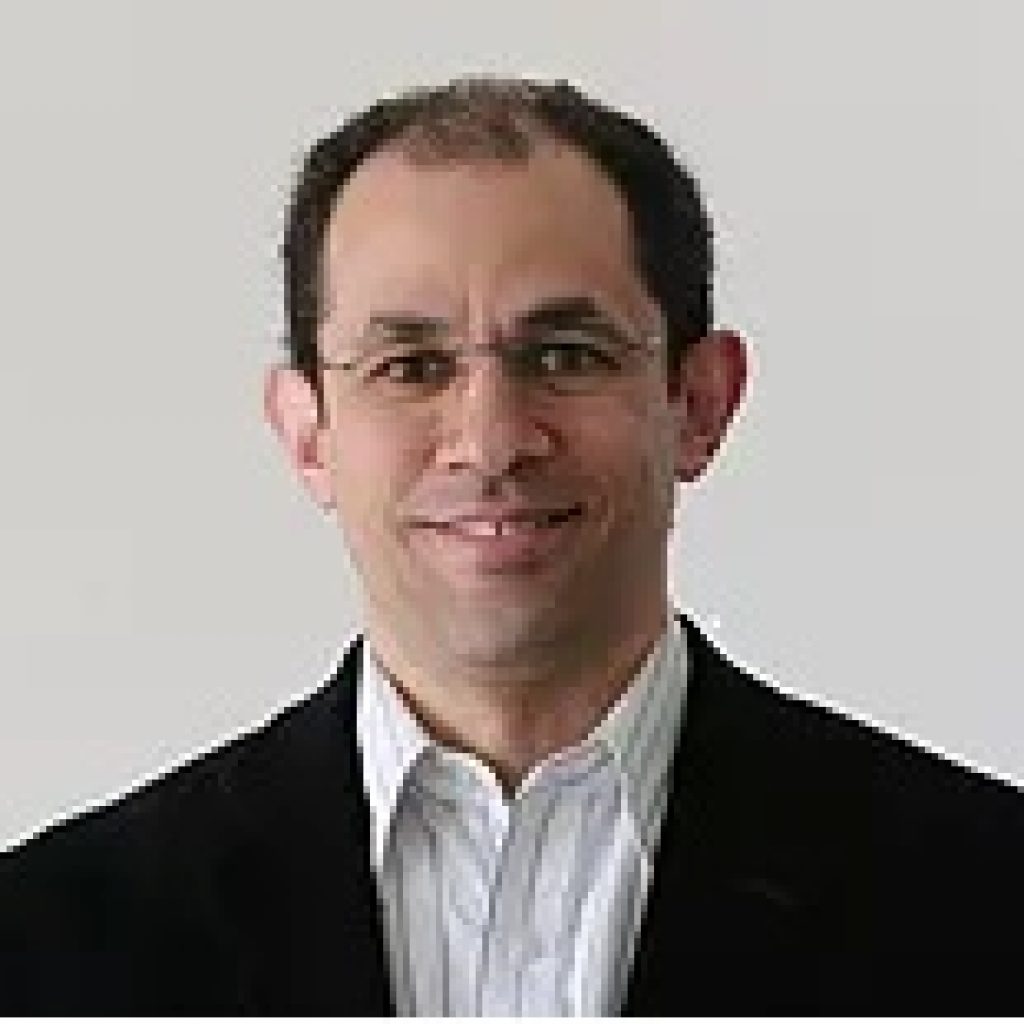
9/6/19 at 4:00 pm in Chemistry A101
About the Seminar: Nanoparticles are becoming the enabling building blocks of materials for many applications including fuel cells, biosensors, batteries, photovoltaics, and catalysts. The nanoparticles’ size/shape and their distributions are often key to their specific, desired properties. Colloidal synthesis is one of the most tunable methods (using a variety of ligands and reaction conditions) to […]
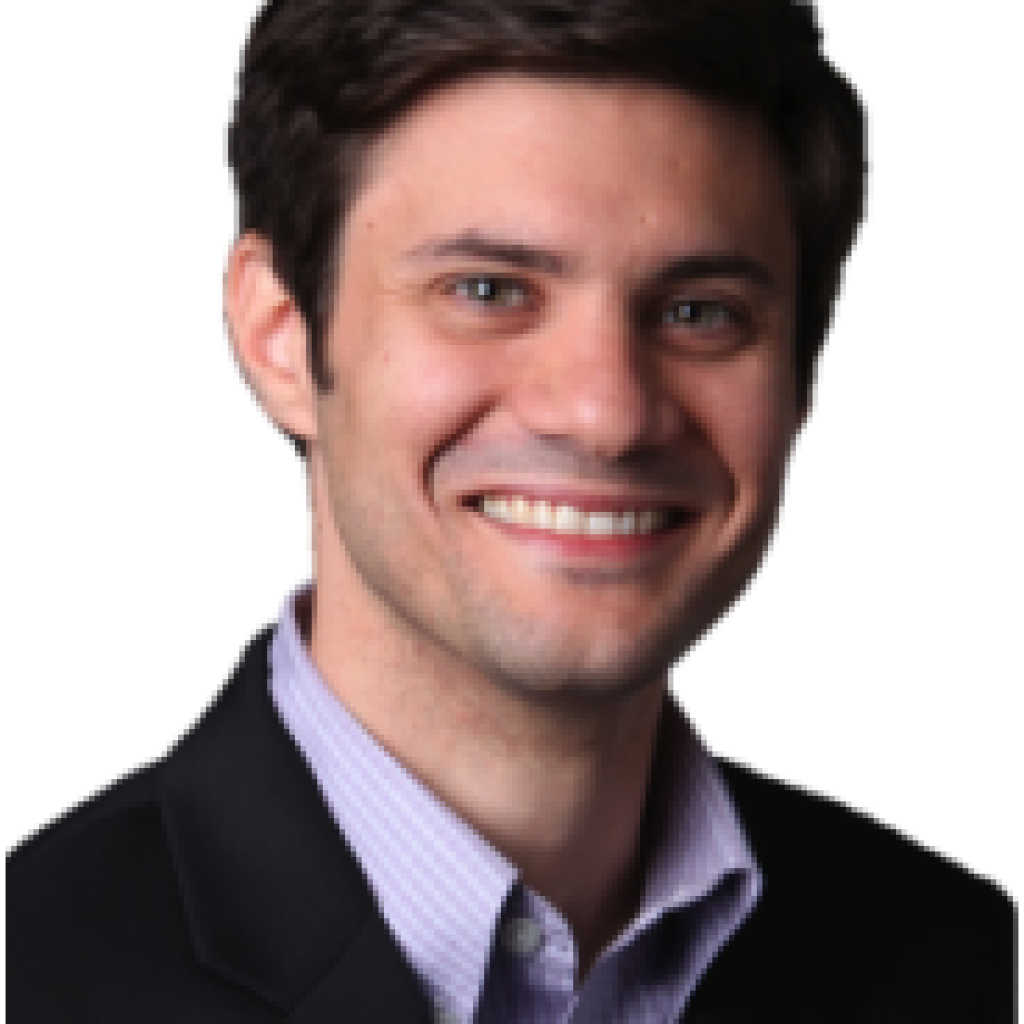
9/5/19 at 4:00 PM in Chemistry A101
About the Seminar: The Palermo laboratory at Rensselaer Polytechnic Institute focuses on advanced functional polymer synthesis, with an emphasis on molecular-level biomimicry. We seek to develop next-generation biomaterials with unprecedented control of structure, property, and activity. In this talk, I will highlight three main thrust areas. (1) Firstly, we examine self-immolative polymers, which are reversibly […]
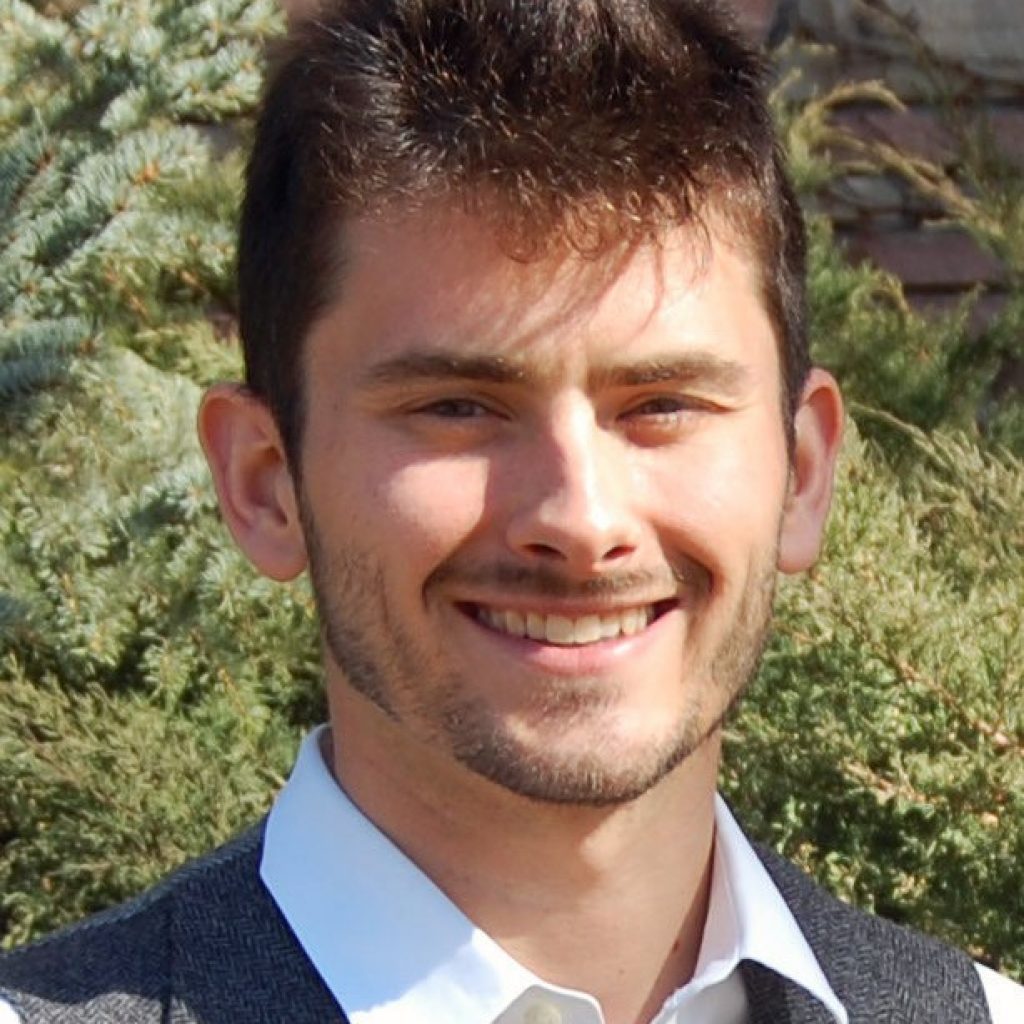
8/30/19 at 4:00 PM in Chemistry A101
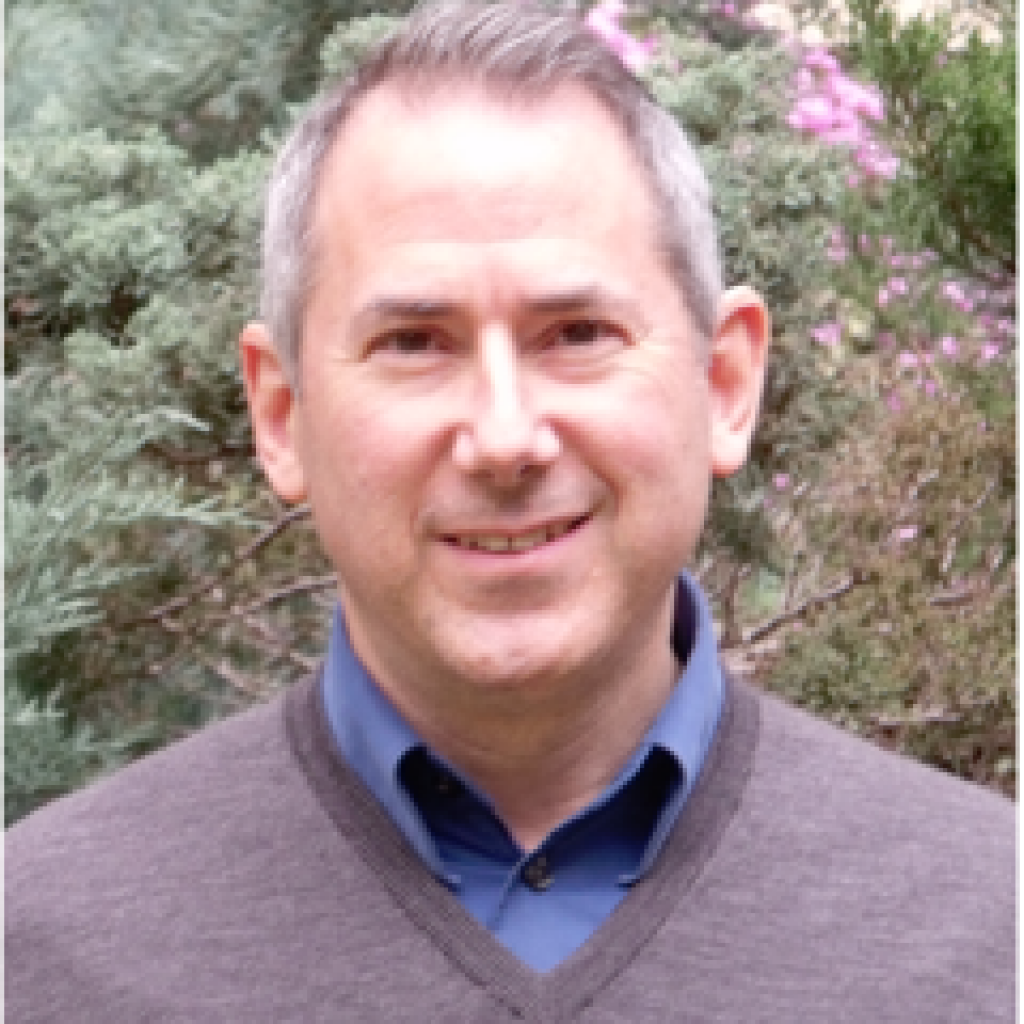
8/26/19 at 4:00 PM in Chemistry A101
About the Seminar: In recent years, we have used porous icosahedral-symmetry metal-oxide capsules, of the type,[{MoVI6O21(H2O)6}12{MoV2O4(L)}30]42– {Mo132} (L = an endohedrally-coordinated carboxylate anion), to investigate organic reactions within nano-confined domains in water. Using the capsule as a soluble analogue of porous solid-state (rigid) oxides, we initially showed that branched-alkane carboxylate “guests” could enter the capsule’s […]
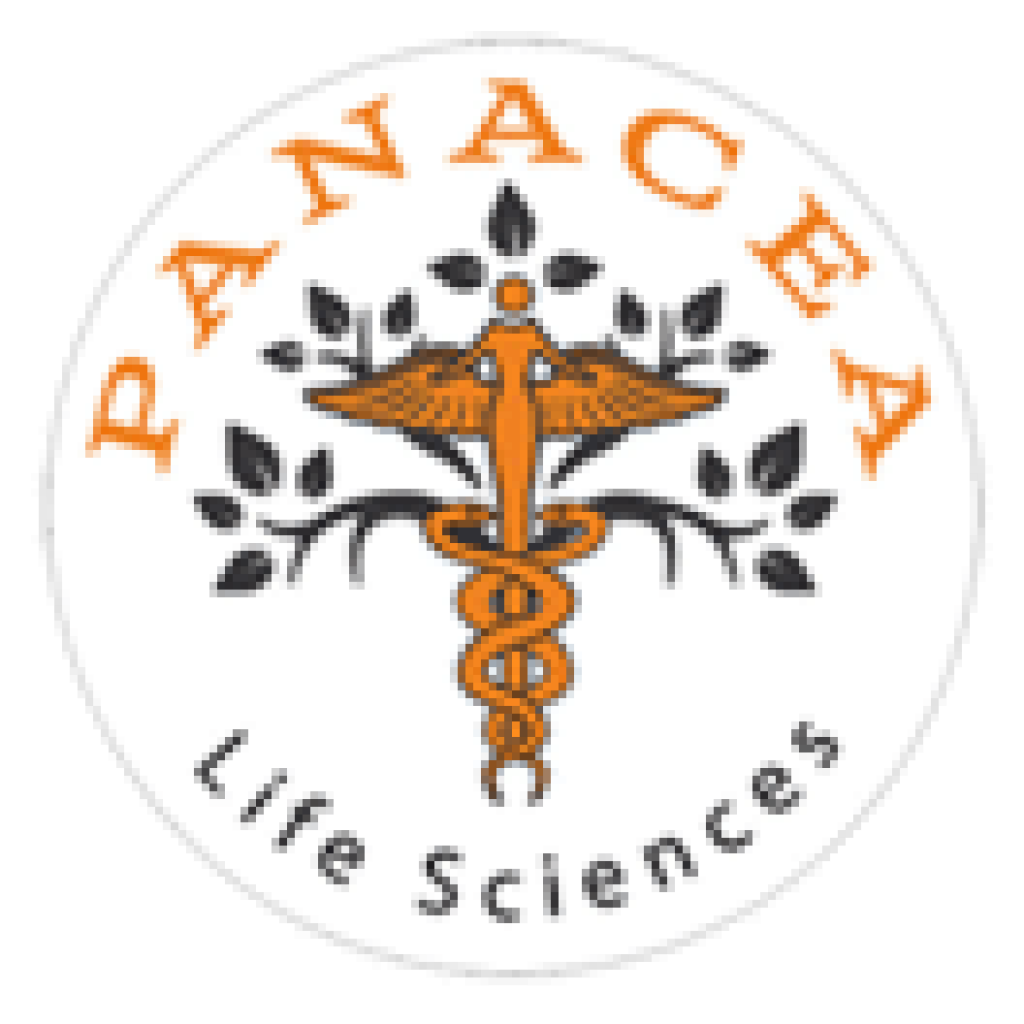
8/21/19 at 4:00 PM in Chemistry A101
Cryo-Electron Microscopy: How you can use it to solve biomolecular structures for your research. Symposium Speakers: Location: Yates 102 12:30-1:30 pm Dr. Jeffrey Kieft: Catching up to the cutting edge: Bringing and sustaining Cryo-EM on the Anschutz Medical Campus 1:30-2:30 pm Dr. Francisco Asturias: Cryo-EM at […]
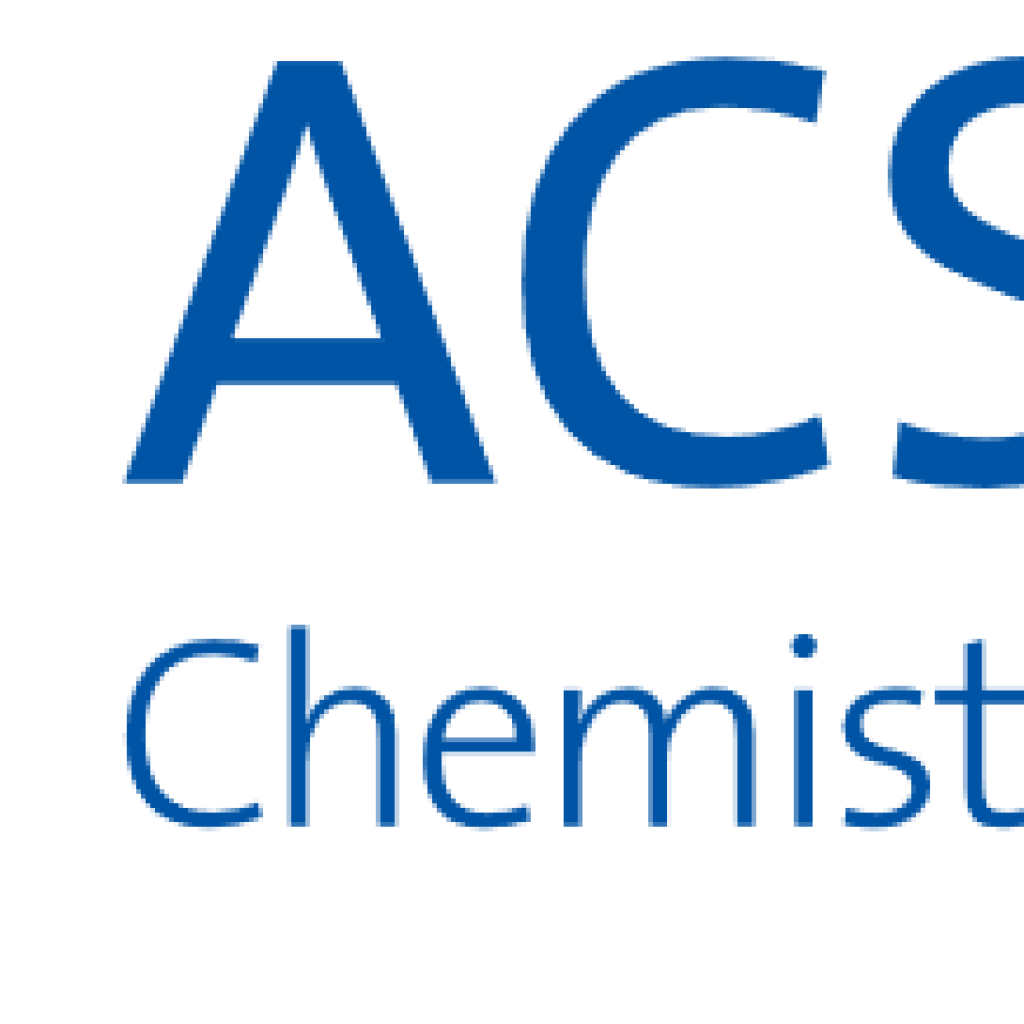
8/15/19 at Noon - 1 p.m. in Morgan Library Event Hall
*Doors open at 11:30 a.m. and light refreshments will be served* Details about webinar that will be shown can be found here: https://www.acs.org/content/acs/en/acs-webinars/professional-development/researcher-safety.html

7/25/19 at 4:00 PM in Translational Medicine Institute: Grand Events Hall 3rd Floor (TMI 330)
For More Information contact: Heather Pidcoke, H.Pidcoke@colostate.edu Please join us for the next session of TMI Research Pillar Talks! The goal of this series is to provide a forum in which to present topics related to research, including research ideas, research support, innovation support, proposals, protocols, data, abstracts, posters, or oral presentations for discussion with […]
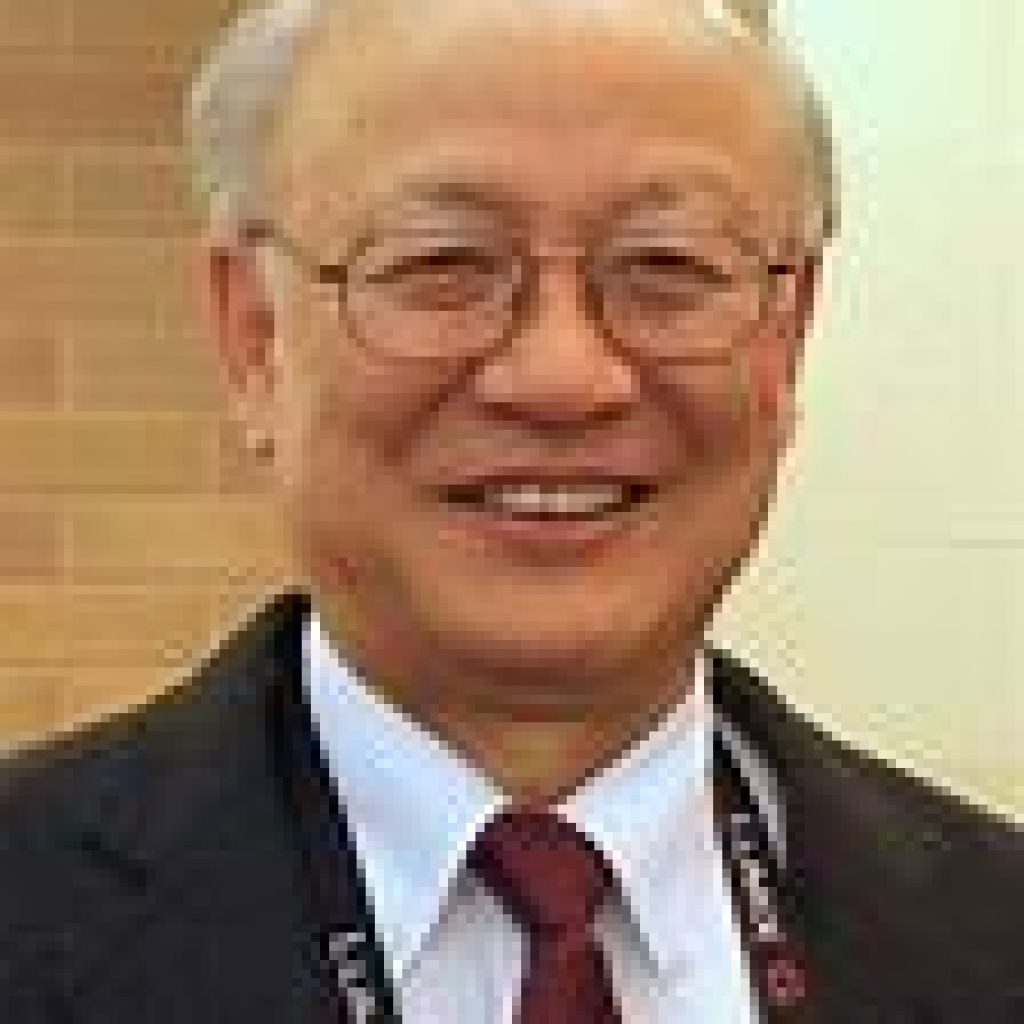
6/14/19 at 9:00 am in Chemistry Research 401
Summer International Scholars Seminar Series: Part 6 Professor Fukuyama is one of the most internationally renowned scholars in the field of organic synthesis, complex natural products synthesis and synthetic methodology. He has tackled some of the most dauntingly challenging and complex heterocyclic natural products. His list of achievements puts Fukuyama in a class by himself. […]

6/13/19 at 12:00 PM in Chemistry Research 401
Summer International Scholars Seminar Series: Part 5 Professor Fukuyama is one of the most internationally renowned scholars in the field of organic synthesis, complex natural products synthesis and synthetic methodology. He has tackled some of the most dauntingly challenging and complex heterocyclic natural products. His list of achievements puts Fukuyama in a class by himself. […]

6/12/19 at 9:00 am in Chemistry Research 401
Summer International Scholars Seminar Series: Part 4 Professor Fukuyama is one of the most internationally renowned scholars in the field of organic synthesis, complex natural products synthesis and synthetic methodology. He has tackled some of the most dauntingly challenging and complex heterocyclic natural products. His list of achievements puts Fukuyama in a class by himself. […]

6/11/19 at 12:00 PM in Chemistry Research 401
Summer International Scholars Seminar Series: Part 3 Professor Fukuyama is one of the most internationally renowned scholars in the field of organic synthesis, complex natural products synthesis and synthetic methodology. He has tackled some of the most dauntingly challenging and complex heterocyclic natural products. His list of achievements puts Fukuyama in a class by himself. […]
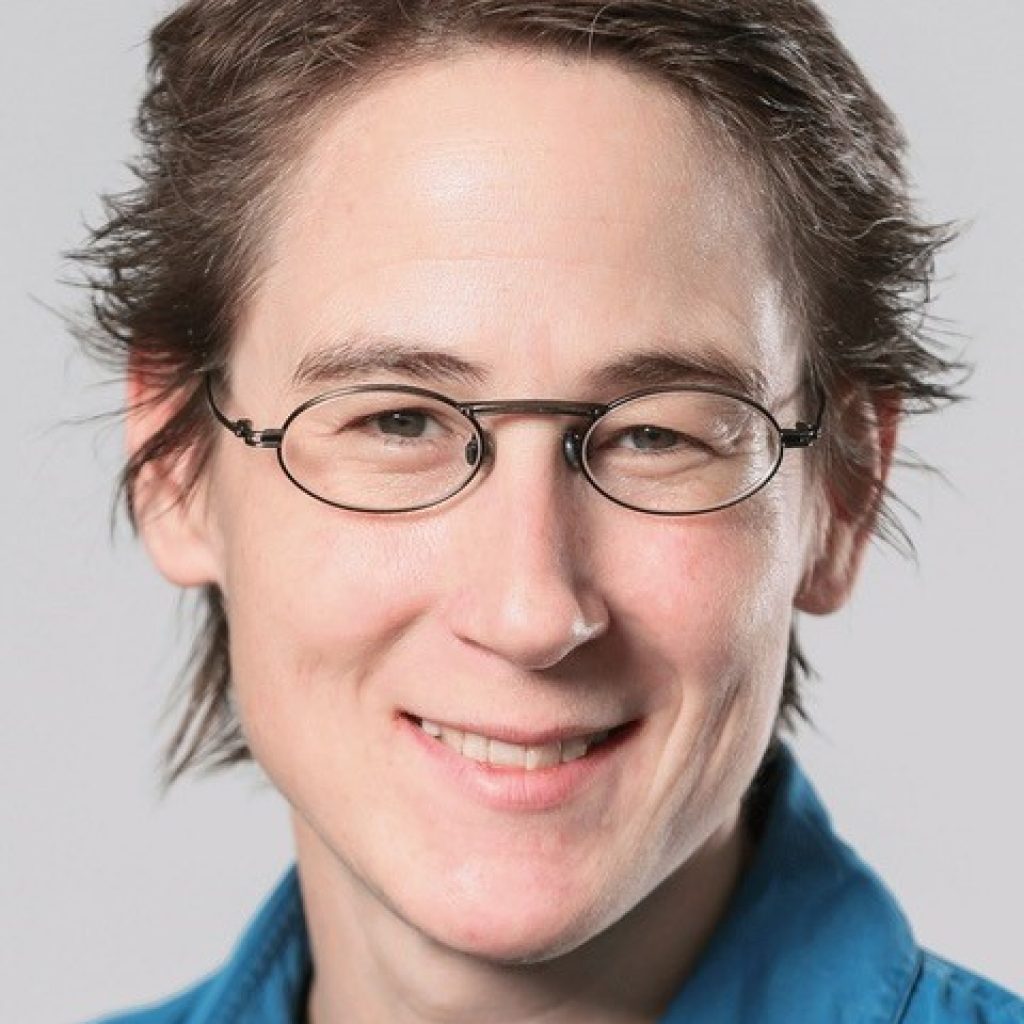
6/11/19 at 4:00 PM in Yates 102-103
About the seminar: Approximately sixty percent of the mass of the human body is composed of water. Water is not the passive background against which biology unfolds, but an active participator in change. The structural and dynamical properties of water determine the outcome of biological and chemical change. This change occurs at interfaces and in […]

6/10/19 at 12:00 PM in Chemistry Research 401
Summer International Scholars Seminar Series: Part 2 Professor Fukuyama is one of the most internationally renowned scholars in the field of organic synthesis, complex natural products synthesis and synthetic methodology. He has tackled some of the most dauntingly challenging and complex heterocyclic natural products. His list of achievements puts Fukuyama in a class by himself. […]

6/5/19 at 9:00 am in Chemistry Research 401
Summer International Scholars Seminar Series: Part 1 Professor Fukuyama is one of the most internationally renowned scholars in the field of organic synthesis, complex natural products synthesis and synthetic methodology. He has tackled some of the most dauntingly challenging and complex heterocyclic natural products. His list of achievements puts Fukuyama in a class by himself. […]
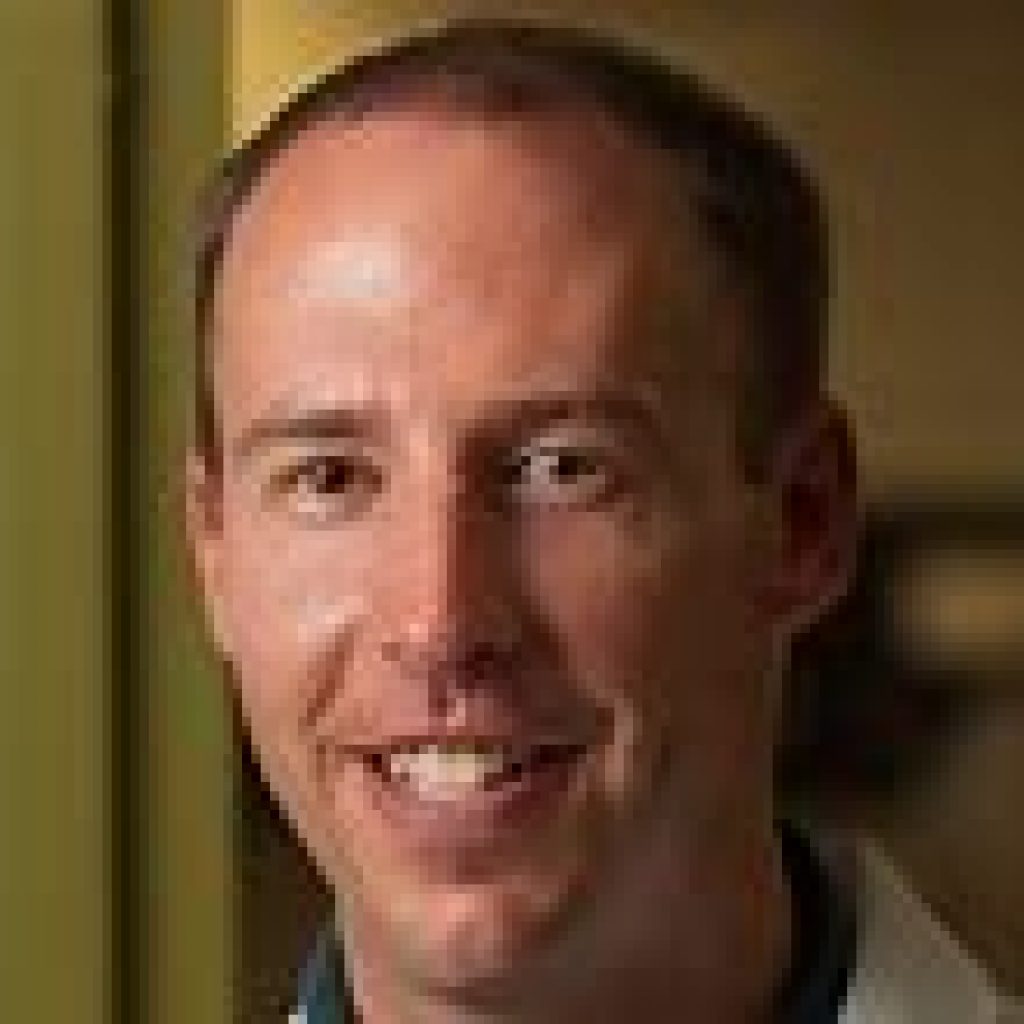
5/9/19 at 4:00 pm in Chemistry A101
About the Speaker: Dana Sedin in the Analyitical Lab Manager for New Belguim.
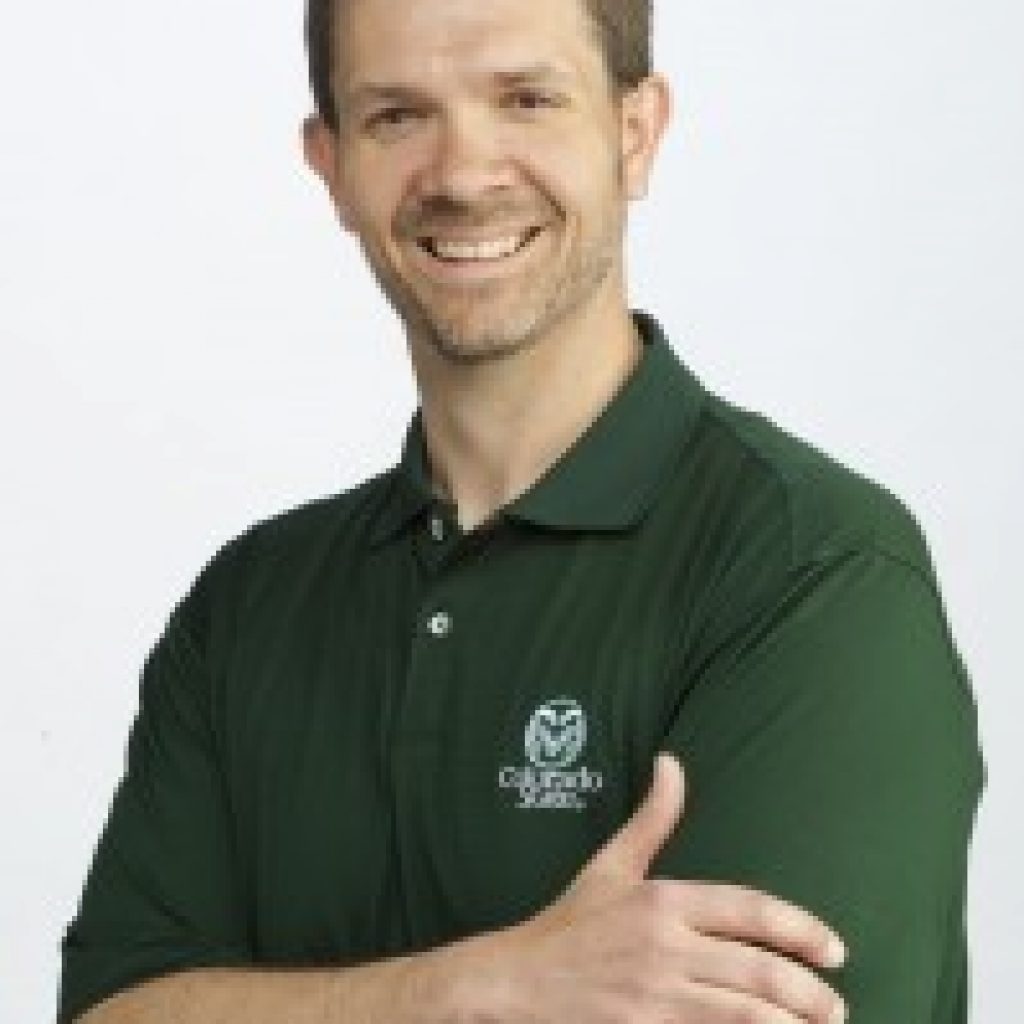
5/8/19 at 4:00 PM in Chemistry A101
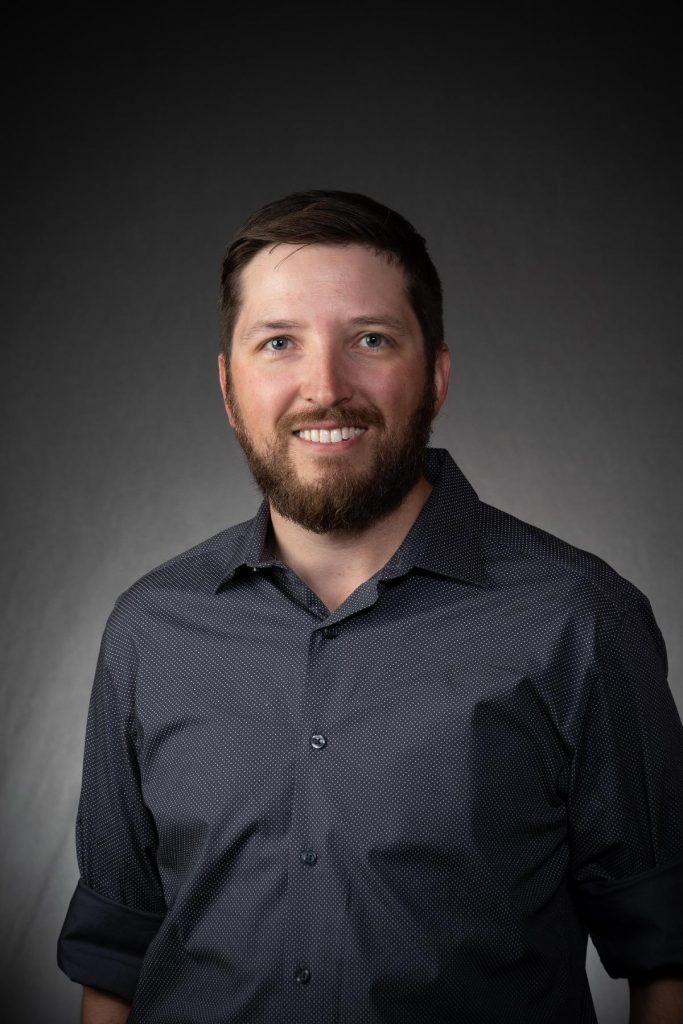
5/6/19 at 4:00 PM in Chemistry A101
About the Seminar Ethylene is an important plant hormone that is involved in a variety of developmental processes including agriculturally important ripening of certain fruits. Owing to its significant roles, a number of approaches have previously been developed to detect ethylene via molecular interactions. However, there are no current approaches for detection that are selective […]

5/3/19 at 4:00 pm in Chemistry A101
Research Seminar Abstract The discovery of functional complex oxides requires the development of new low-temperature syntheses that can selectively form a desired material. Low-temperature solid-state reactions provide conditions that allow for kinetic control of the reaction pathway, which can lead to the discovery of new materials, or synthesis of materials that lie away from thermodynamic […]

5/1/19 at 4:00 pm in Chemistry A101
Research Seminar Abstract Heavy metal pollution is ubiquitous throughout the environment, often a result of anthropogenic sources, and chronic or acute exposures have significant negative impacts on human and environmental health. Current, centralized laboratory testing is often insufficient for large-scale environmental testing and limiting exposures as a result of high costs ($100s per sample) and […]

4/26/19 at 4:00 PM in Chemistry A101
Research Seminar Abstract Ternary copper-based semiconductor nanoparticles (NPs) have emerged as promising materials for photovoltaic absorbers because they are composed of nontoxic, earth-abundant elements and potentially offer tunability of optoelectronic properties. The compound copper selenophosphate, Cu3PSe4, is often overlooked but is of interest as a p-type absorber, motivated by theory predicting a competitive efficiency of […]

4/23/19 at 4:00 pm in Chemistry A101
Research Seminar Abstract The electronic absorption and magnetic properties of iron(II) are vastly different depending on the spin state. Iron(II) can reversibly switch its spin state through perturbation, like temperature, intermolecular interactions, coordination environment, or moderate changes on the ligand (e.g. isomerization, protonation). However, to our knowledge, there are no reports of spin state switching […]
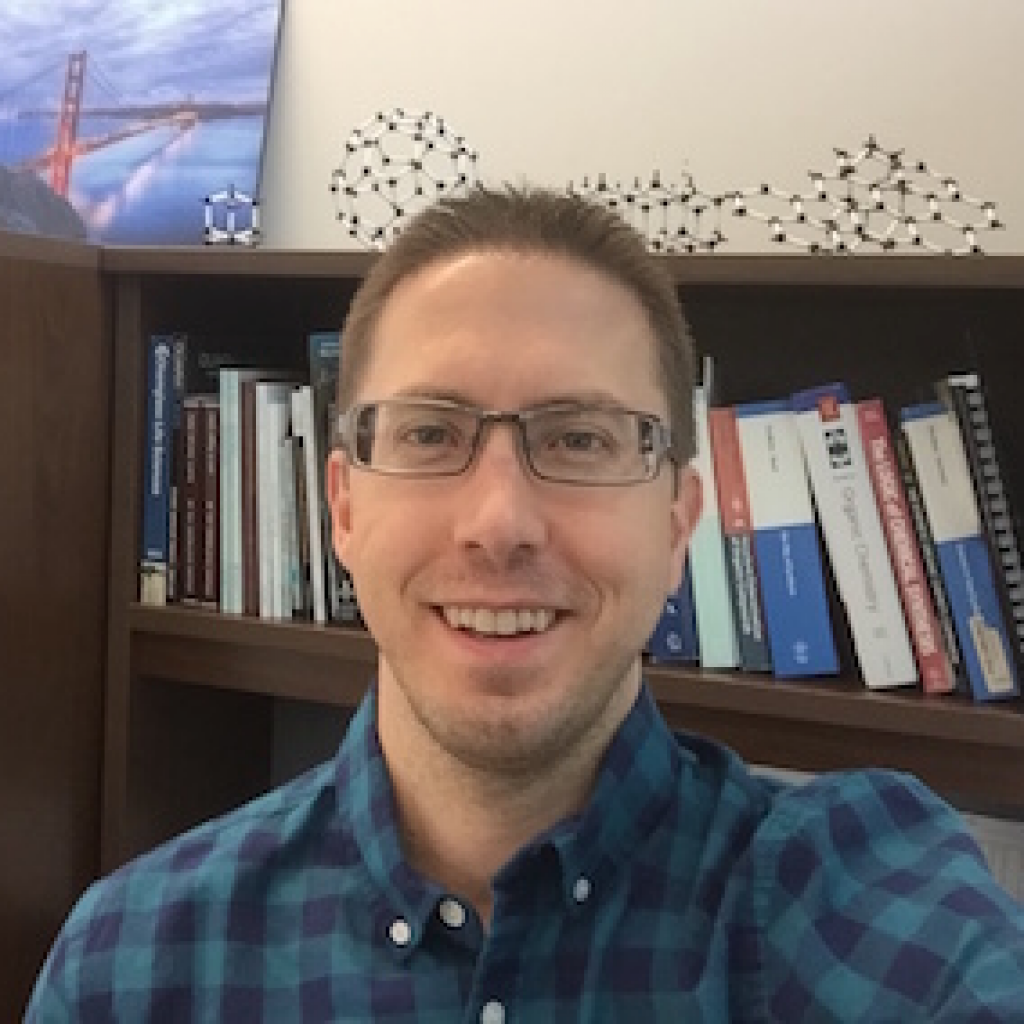
4/22/19 at 4:00 pm in Chemistry A101
About the Seminar Alcohols are one of the most prevalent classes of organic molecules in natural products, while C–H bonds are ubiquitous in diverse compounds from complex medicines to simple hydrocarbons. We are investigating the use of cobalt complexes as light-driven catalysts for the activation of alcohols without prefunctionalization. Applications to deoxygenation as well as […]
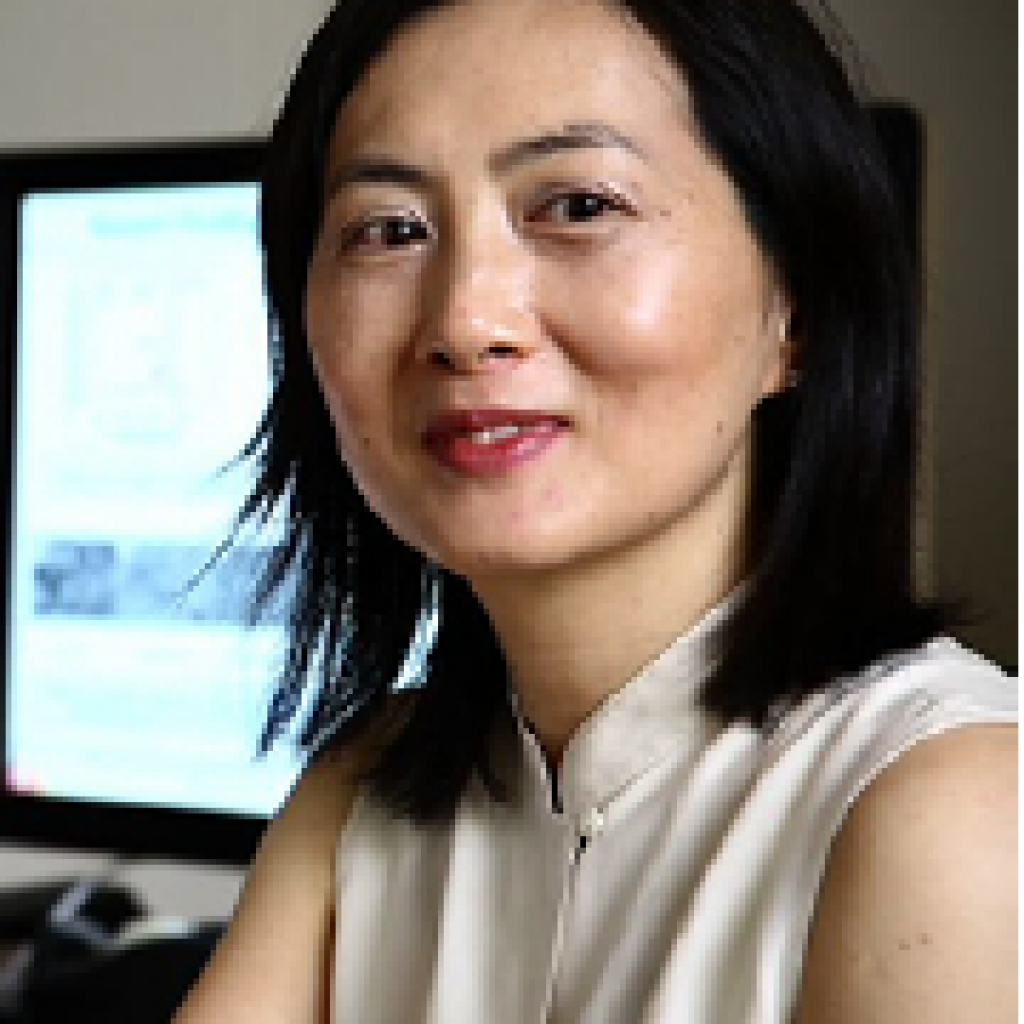
4/19/19 at 4:00 pm in Chemistry A101
About the Seminar Electrochemistry is used widely today, spanning from production of hydrogen and metals such as aluminum and Li-ion batteries. We will discuss current and future opportunities in using electrochemistry to power cars and buildings, and to make chemicals and fuels with energy from the Sun. Research towards establishing design principles in controlling reaction […]
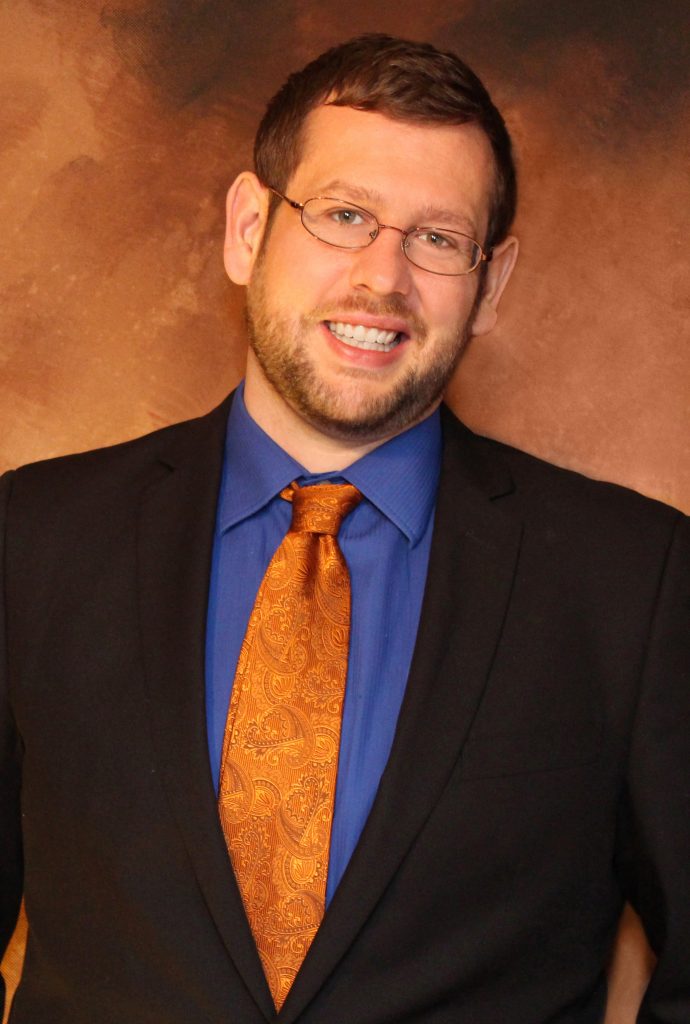
4/17/19 at 4:00 pm in Chemistry A101
About the Seminar Atmospheric aerosols are incredibly complex chemical systems with thousands of species present in yoctoliter to attoliter volumes, which makes measuring their chemical and physical properties an analytical challenge. Despite these instrumental demands, measuring aerosol properties is essential, as air pollution leads to 10% of global deaths annually, primarily due to the effects […]

4/15/19 at 4:00 pm in Chemistry A101
Research Seminar Abstract The insulin receptor (IR) and insulin-like growth factor receptor (IGF1R) system is implicated in the pathogenesis of breast cancer. As members of the tyrosine kinase receptor family, these receptors are able to dimerize in different combinations forming IR-IR and IGF1R-IGF1R homodimers and IR-IGF1R heterodimers. Overexpression of one and/or both receptors on the […]

4/15/19 at 4:00 PM in Chemistry A101
Research Seminar Abstract Compounds containing bonds with combinations of boron, silicon, and tin are attractive main group element transfer reagents. These bonds are activated via a nucleophilic attack that facilitates the release of one of the bonded main group moieties with enhanced nucleophilicity towards unactivated electrophiles. We wondered if this interesting reactivity platform could be […]

4/12/19 at 4:00 pm in Chemistry A101
Research Seminar Abstract Condensed phase matter in the atmosphere perturbs the earth’s radiative balance, impacts climate, adversely affects human and biological health, degrades visibility, affects cloud formation, and alters atmospheric chemistry. The residence time of condensed phase matter in the atmosphere is a function of its sources and sinks. Black carbon (BC) is one form […]
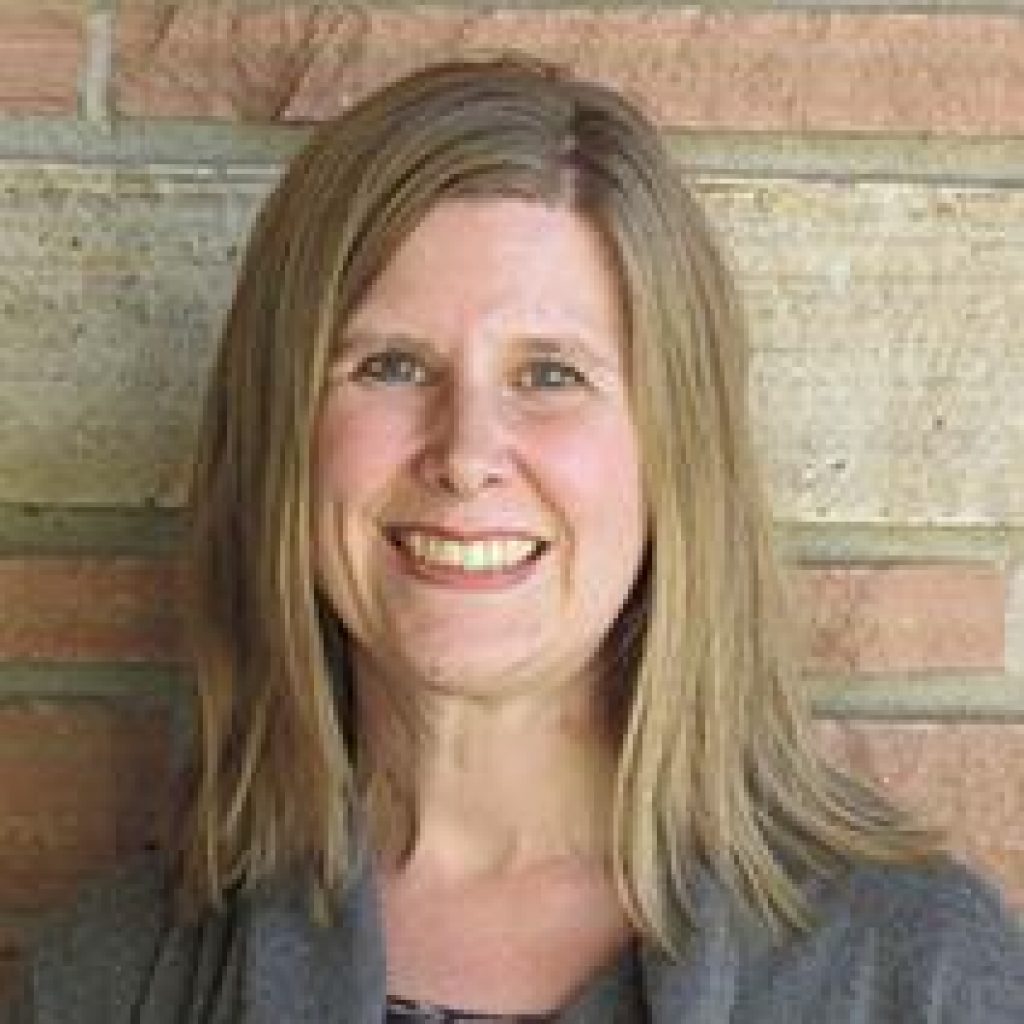
4/11/19 at 4:00 pm in Lory Student Center 308-310
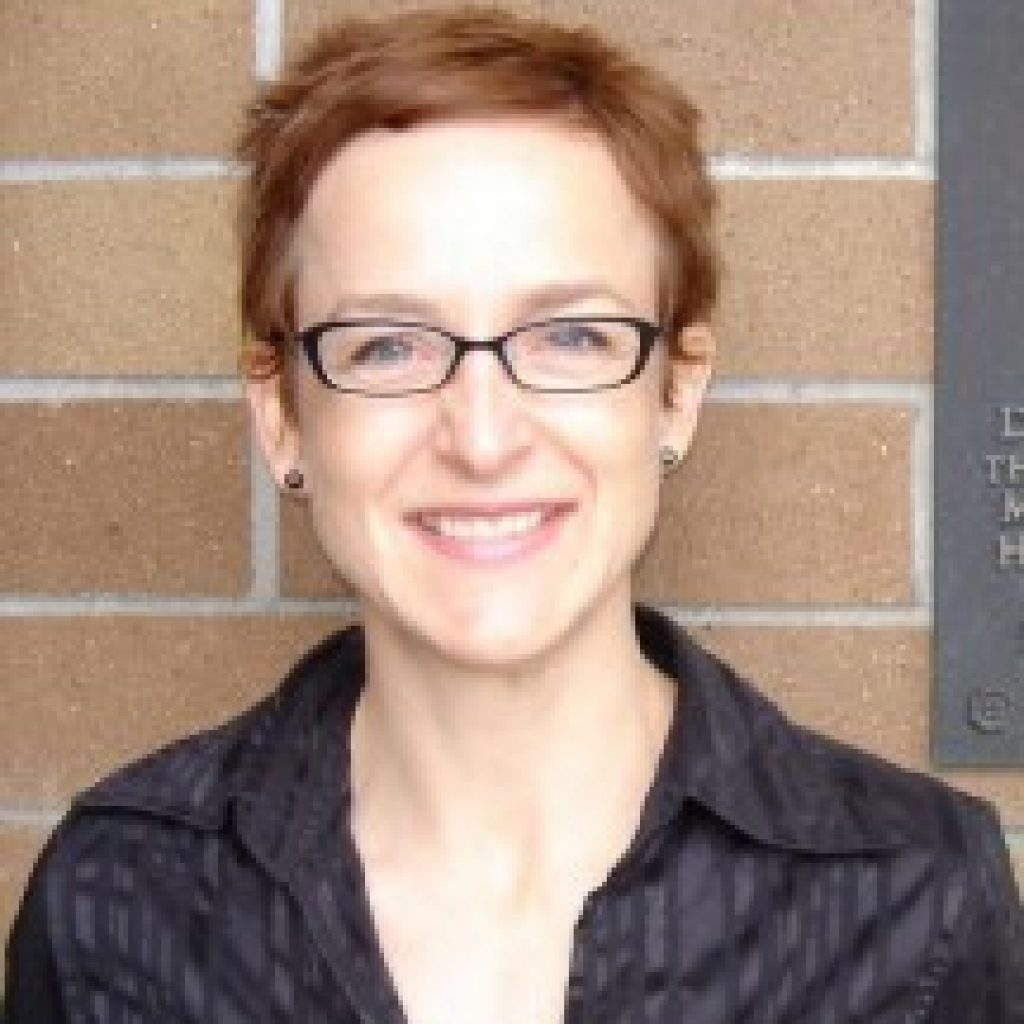
4/10/19 at 4:00 pm in Chemistry A101
About the Seminar Organic solar cells (OSCs) are a potential cost-effective way to transform solar energy into electricity due to their potential for low-cost and high-throughput roll-to-roll production. Improving the power conversion efficiency (PCE) and stability of OSCs are two of the most important tasks on the march towards commercialization. While much effort has been […]
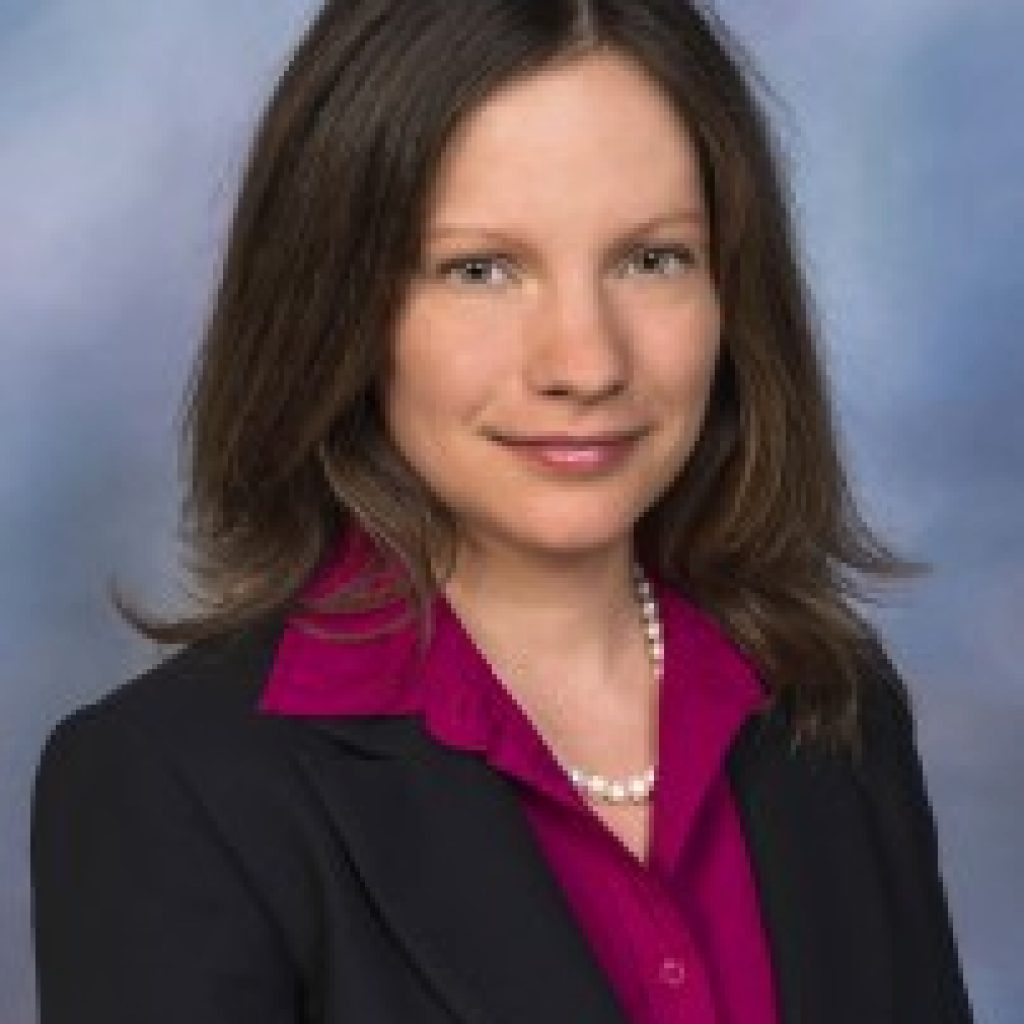
4/9/19 at 4:00 pm in Chemistry A101
About the Seminar Most plasmonic metals studied to date are composed of either Cu, Ag, and Au. The former two can pose significant challenges related to oxidation, the latter is often perceived as cost-prohibitive, and all three are rare. Recently, much attention has been focused on earth-abundant Al, which is an excellent plasmonic in the […]

4/5/19 at 4:00 pm in Chemistry A101
Research Seminar Abstract The ν(OH) peaks in solid-state FTIR spectra of compounds with OH groups or H2O molecules undergo significant changes when the OH group(s) participate in hydrogen bonding. Typical changes are (i) red shifts of the peak position(s) by up to hundreds of cm−1, (ii) broadening of the peak(s) by up to hundreds of […]

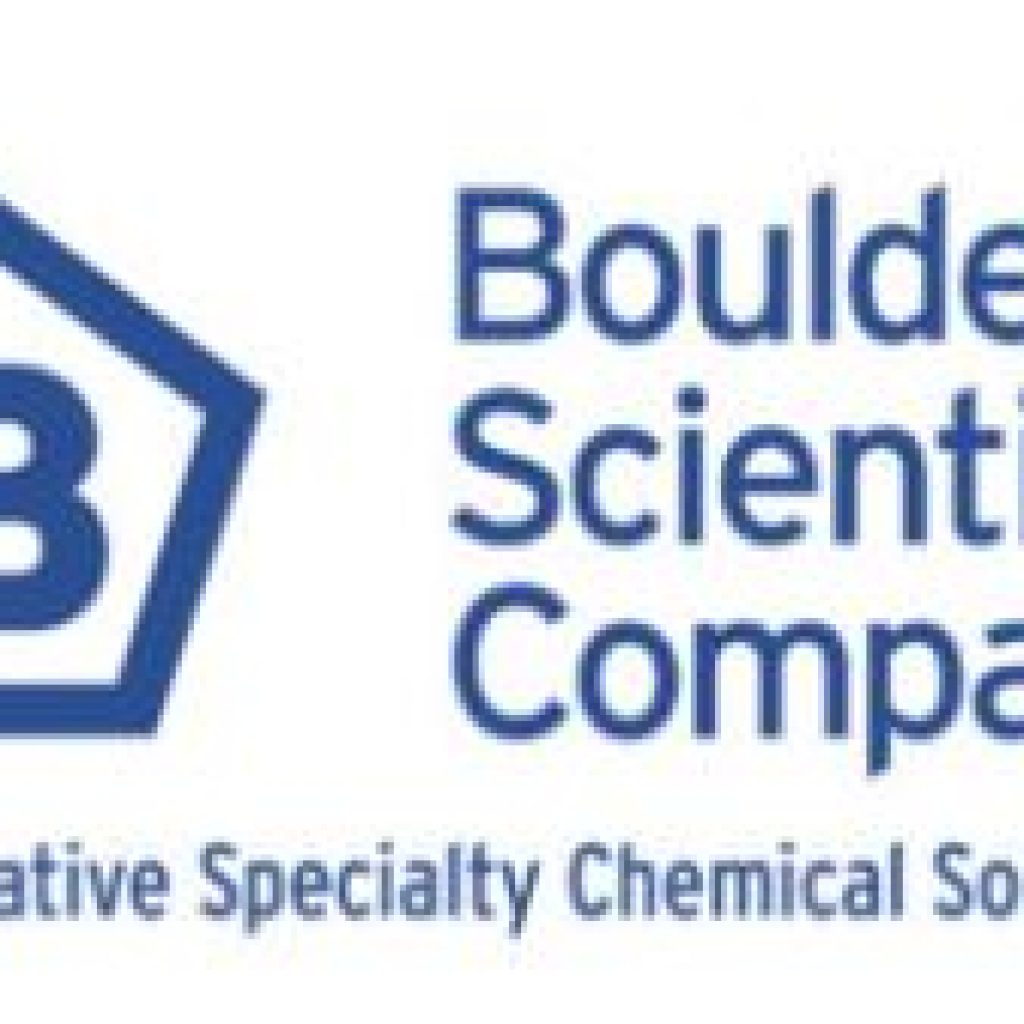
4/4/19 at 4:00 PM in Chemistry A101

4/3/19 at 4:00 PM in Chemistry A101
Research Seminar Abstract With the move toward citizen science to aid in monitoring air quality, the need for portable, robust, and inexpensive gas sensors has driven work into fabricating novel devices. Tin(IV) oxide (SnO2) nanomaterials are useful for solid-state gas sensors because they can detect a wide range of gases and have a relatively low […]
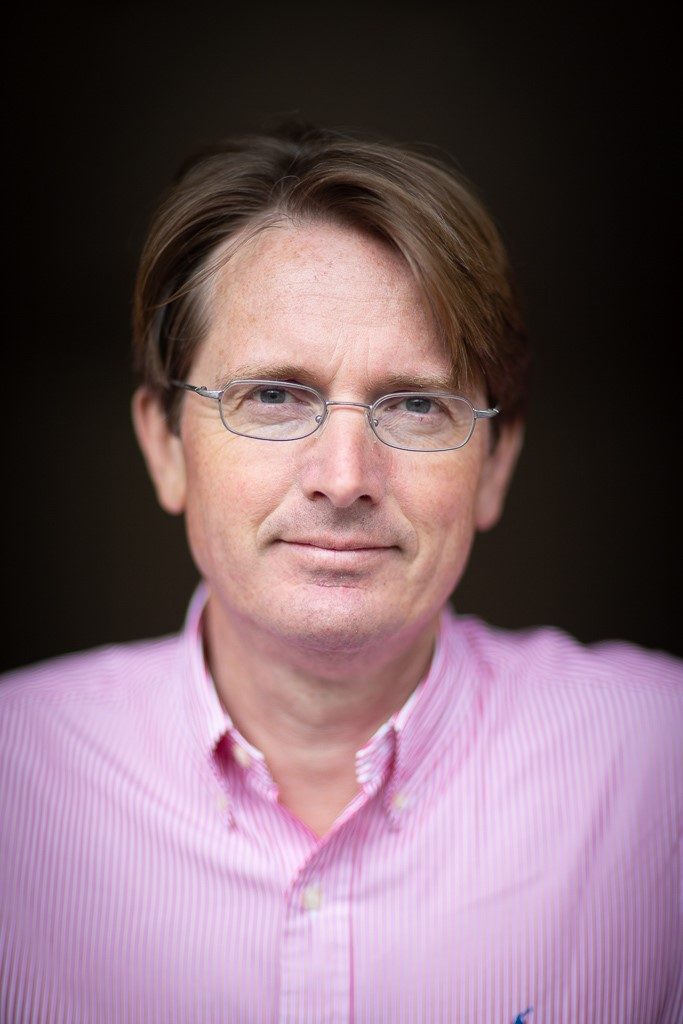
4/1/19 at 4:00 PM in Chemistry A101
About the Seminar It is widely recognized that dynamic environmental systems should preferably be monitored in situ, as traditional sampling and off-site analysis will invariably alter local equilibria, especially with chemical species that are kinetically labile and reactive. Unfortunately, very few such species can today be monitored reliably, as only pH sensors are integrated in […]

3/29/19 at 4:00 pm in Chemistry A101
Research Seminar Abstract Substituting the graphite in today’s commercial Li-ion batteries with high capacity anode materials such as antimony (Sb) could increase the energy stored in such a cell. However, the high capacity of Sb results in large volume changes of the anode during discharge/recharge cycles that mechanically degrade the anode, ultimately causing the cell […]

3/28/19 at 4:00 pm in Chemistry A101
Styrenes are widely utilized synthetic precursors for a range of polymerization and hydro-/dual-functionalization reactions. Chemists commonly probe the mechanism of these reactions by selectively incorporating deuterium onto the vinyl positions of the styrene derivative. There have been several catalytic methods reported to either completely label the vinyl group or selectively label the β-position with deuterium. […]

3/27/19 at 4:00 pm in Chemistry A101
Research Seminar Abstract Advancements in material science have shown improvements in fields such as microfabrication, dye-sensitized solar cells, hydrogels, and drug delivery systems. As these advances are being made the underpinning physical properties that drive the self-assembly mechanisms of these systems are not well understood. To try and understand these self-assembly processes, two-dimensional infrared (2D […]

3/26/19 at 4:00 pm in Chemistry A101
Research Seminar Abstract The possession of a low-spin (LS) and high-spin (HS) state of Fe(II) coordination complexes has important implications for its spin crossover (SCO) and excited state properties. A DFT empirical dispersion correction is modified to more accurately calculate the spin state energetics of Fe(II) SCO complexes. This developed functional is used in tandem […]
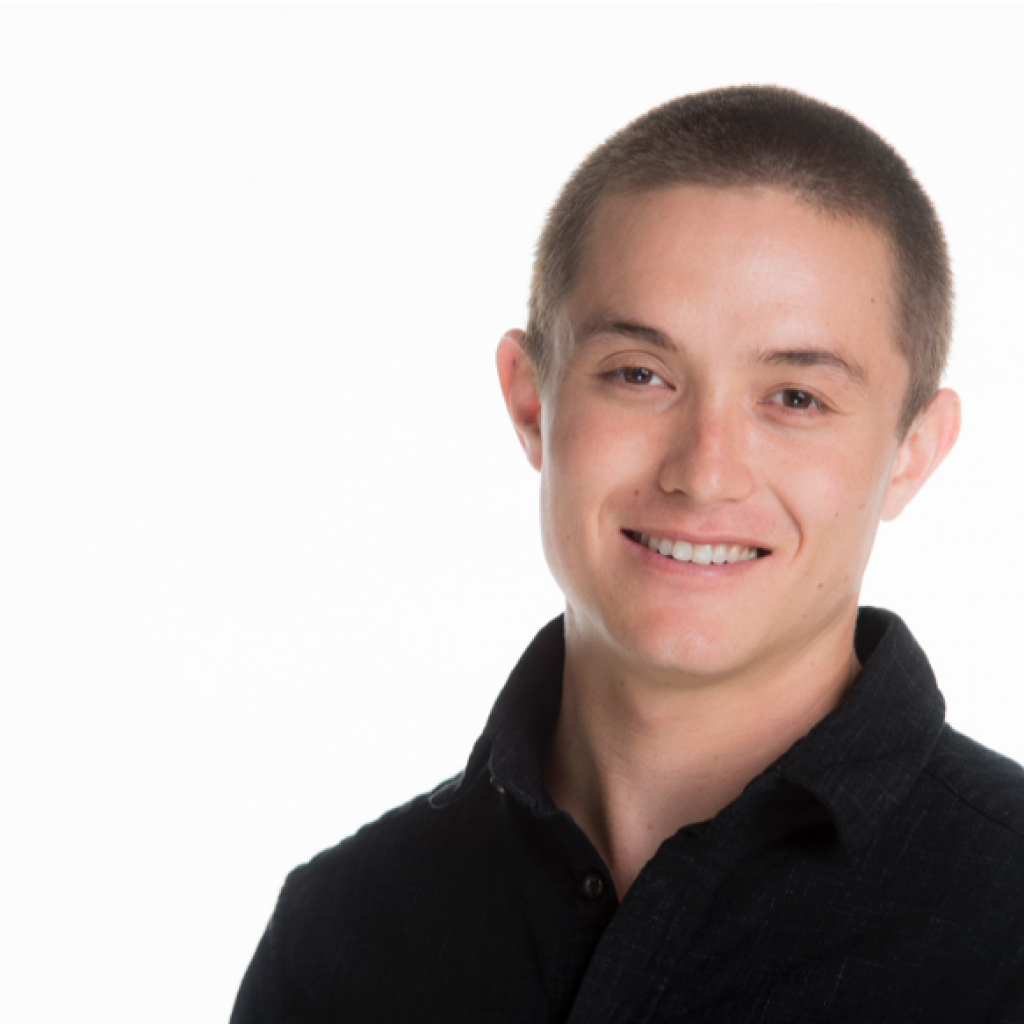
3/26/19 at 3:00 pm in Lory Student Center 324
About the Seminar Developing a drug is more than synthesizing analogues and doing some rational medical chemistry optimization. The process of taking a disease and finding a treatment takes an enormous team of individuals with a broad range of technical and soft skills. Somewhere along the way through development you need an analytical chemistry team […]
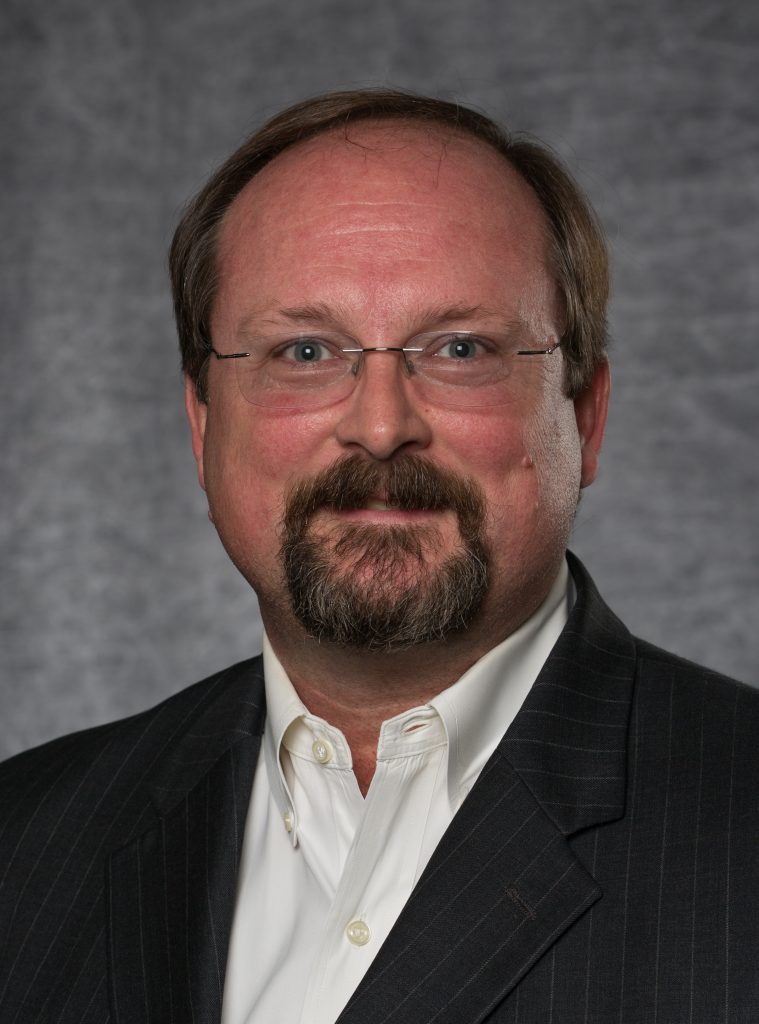
3/25/19 at 4:00 PM in Chemistry A101
Lloyd Sumner Ph.D., sponsored by Brunker Daltonics, will be the keynote speaker for the CIF Winter Symposium. About the Seminar Triterpene saponins are important bioactive plant natural products found in many plant families including the Leguminosae, but much of their biosynthetic pathway still remains unknown. We have used a metabolomics approach integrated with gene expression […]
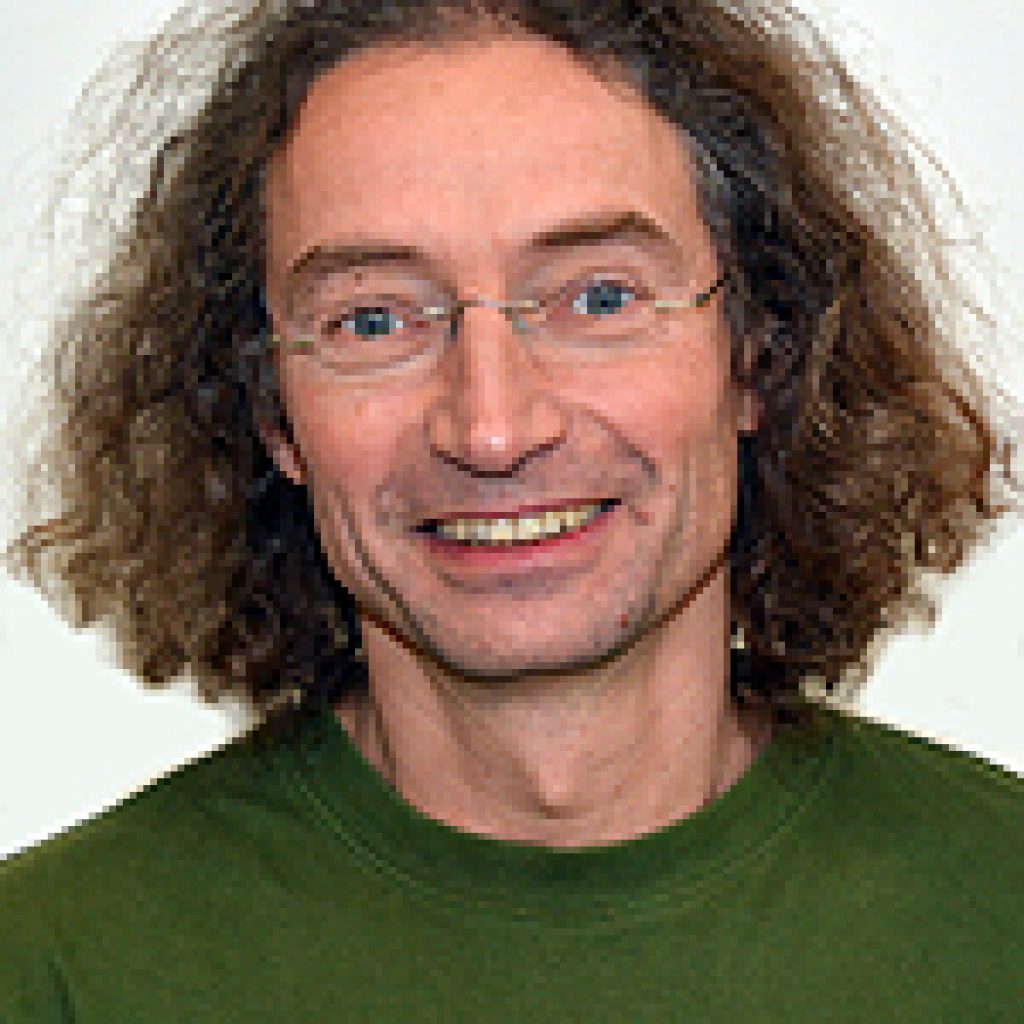
3/25/19 at 12:00 PM in Chemistry B202
About the Seminar Cell penetrating peptides have a unique potential for targeted drug delivery, therefore, mechanistic understanding of their membrane action has been sought since their discovery over 20 years ago. While ATP-driven endocytosis is known to play a major role in their internalization, there has been also ample evidence for the importance of passive […]

3/22/19 at 4:00 pm in Chemistry A101
Research Seminar Abstract Photonic crystals (PC) are periodic nanostructures engineered in nature to reflect different wavelengths of light for camouflage, signaling, photosynthesis, and heat control. These natural photonic crystals can be mimicked through the self-assembly of block copolymers (BCPs). The challenge of BCP self-assembly to photonic crystals is that chain entanglement often impedes the self-assembly […]

3/21/19 at 4:00 pm in Chemistry A101
About the Seminar Benefiting from an ever-expanding library of functionality, nanoscale ‘devices’ are being developed that can measure and manipulate their environment at molecular scales. Employed as platforms for wireless monitoring, I have used these devices to measure the nanoscale structure of folded DNA and RNA, enabling methods for remote observation DNA and RNA activity […]

3/15/19 at 4:00 pm in Chemistry A101
Research Seminar Abstract Photoinduced organocatalyzed atom transfer radical polymerization (O-ATRP) is a new polymerization methodology that relies on excitation of a photocatalyst to operate an oxidative quenching photoredox catalytic cycle and produce well-defined polymers. Central to the development of O-ATRP has been the design and study of strongly reducing organic photocatalysts, particularly in the context […]

3/12/19 at 4:00 PM in Chemistry A101
About the Seminar The AMX3 (A = Cs, Rb, CH3NH3; M = Pb, Sn, Ge; X = I, Br, Cl) halide perovskites have drawn a tremendous amount of attention in recent years. Their electrical and optical properties are comparable to conventional compound semiconductors, which makes them potentially suitable for many applications, including solar cells where power […]

3/6/19 at 4:00 PM in Chemistry A101
Research Seminar Abstract: Paper has been used as a platform in analytical measurement since the early 1800s but has recently received significant recent attention as a substrate for microfluidic devices.1 Microfluidic paper-based analytical devices (μPADs) are low-cost, can facilitate reagent storage within the fiber network, and can provide fluid transport through capillary action without external […]
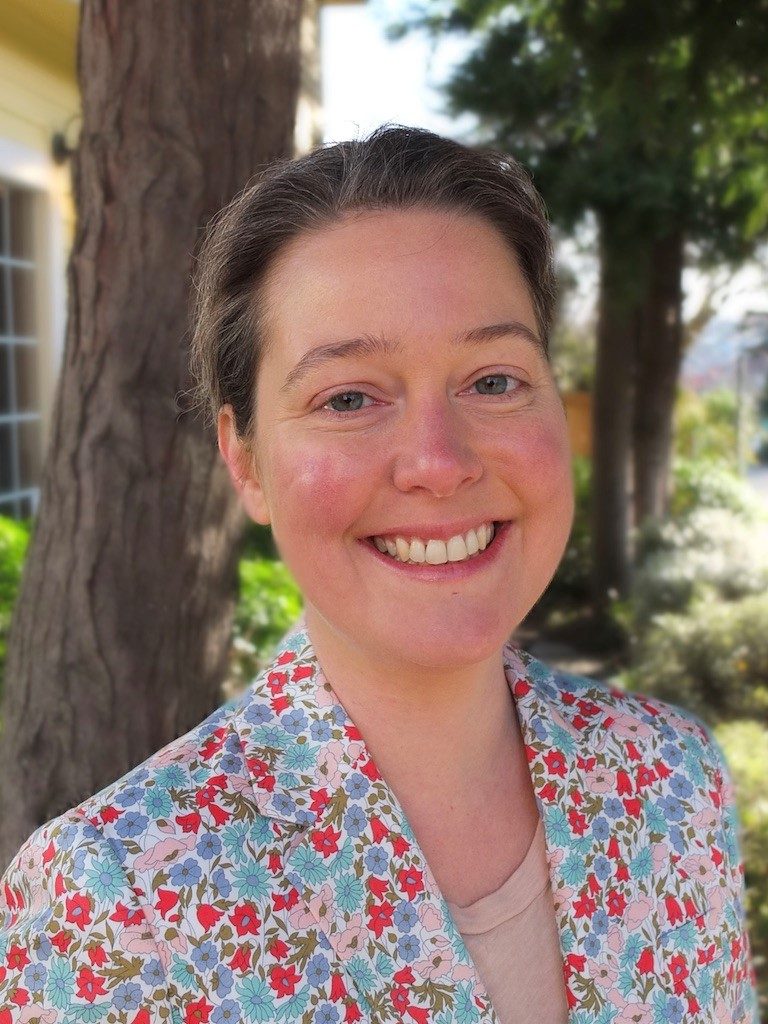
3/5/19 at 4:00 PM in A101
About the Seminar: Research in the Cossairt lab is focused on the solution-phase synthesis of chemical systems capable of sunlight absorption, color-pure emission, charge transfer, and fuels generation. Towards this end we seek to address fundamental challenges in the field of inorganic chemistry, specifically controlling the composition, structure and function of nanoscale light absorbers and […]

3/1/19 at 4:00 PM in Chemistry A101
Research Seminar Abstract Atom transfer radical polymerization (ATRP), one of the most commonly used controlled radical polymerization techniques, enables facile synthesis of precision polymers using commercially available starting materials. More recently, the application of external stimuli to control ATRP has been investigated. For example, photoredox catalyzed variants of ATRP have been explored using Ru- and […]

2/28/19 at 4:00 PM in Chemistry A101
Join Dr. Sara Parker from the Intel Corporation for an information session. She will discuss Intel’s development of silicon process technology from an engineering perspective – the importance of Moore’s Law. To succeed in a changing industry, Intel is dedicated to continue its investment in inventing and developing new technologies – through the application of […]

2/26/19 at 4:00 PM in Chemistry A101
Research Seminar Abstract The kinetics and molecular mechanism of nucleation are investigated in molecular detail starting from [(1,5-COD)IrI(NCCH3)2][BF4], 1, which upon addition of HPO42– to 1 forms a neutral, phosphate-bridged species, {[(1,5-COD)IrI(NCCH3)]2•HPO4}0, 2, en route to {[(1,5-COD)IrI•HPO4]2[Bu4N]2}, 3. 1H NMR solution speciation and Signer apparatus solution molecular weight studies establish that in situ prepared {[(1,5-COD)IrI•HPO4]2}2–, […]
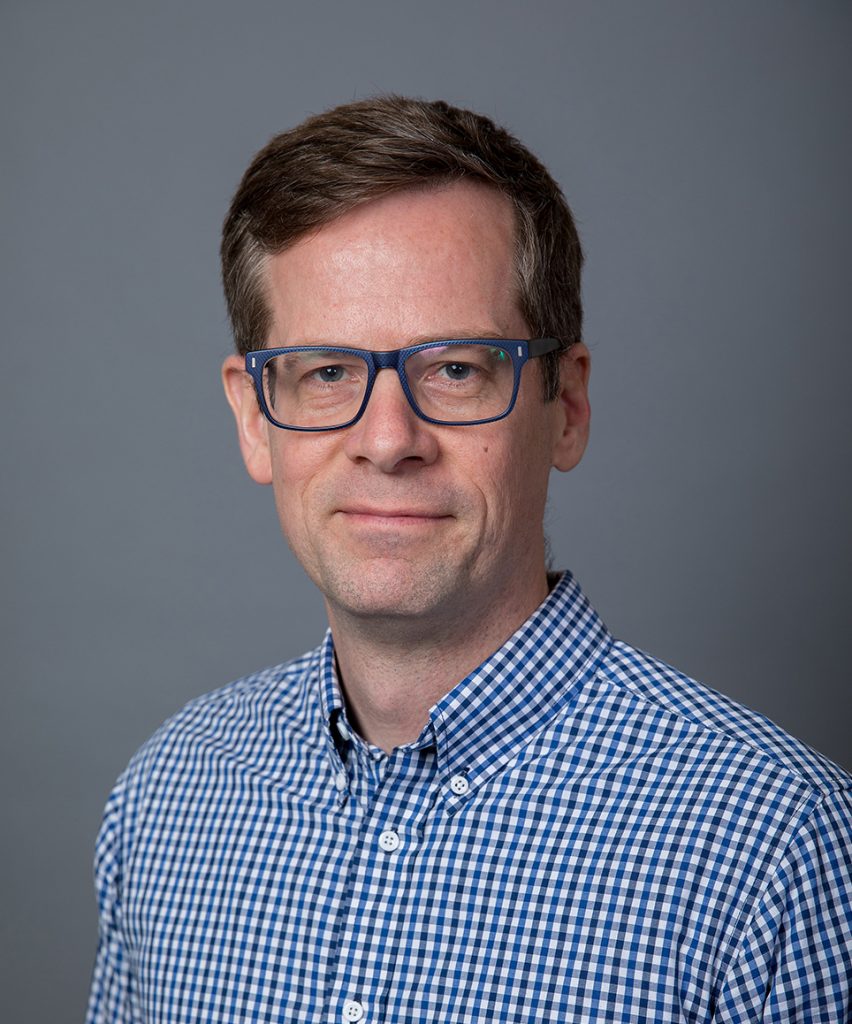
2/25/19 at 4:00 PM in Chemistry A101
About the Seminar Our group is interested in exploring the use of unique structures in catalysis. A particular focus has been the design of catalyst platforms using aromatic ions such as cyclopropenium cation and cyclopentadienyl anion. With this program, we are seeking to develop broadly applicable paradigms for substrate activation that capitalize on the unique […]

2/22/19 at 4:00 PM in Chemistry A101
Research Seminar Abstract Reduction of Brownian thermal noise due to mechanical loss in high-reflectivity mirror coatings is critical for improving the sensitivity of future gravitational wave detectors. In these mirrors, the mechanical loss at room temperature is dominated by the high refractive index component, amorphous tantala (Ta2O5). Our work investigates solutions to decrease the coating’s […]

2/21/19 at 4:00 pm in Chemistry A101
About the Seminar Nanoscale materials potentially offer rapid and reversible optical modulation in electrochromic smart window technologies. Nanoparticles must modulate between transparent and colored states with the same rate and magnitude to achieve uniform color across a large-area smart window. However, it is currently unclear how interaction between nanoparticles can affect these dynamics. I will […]
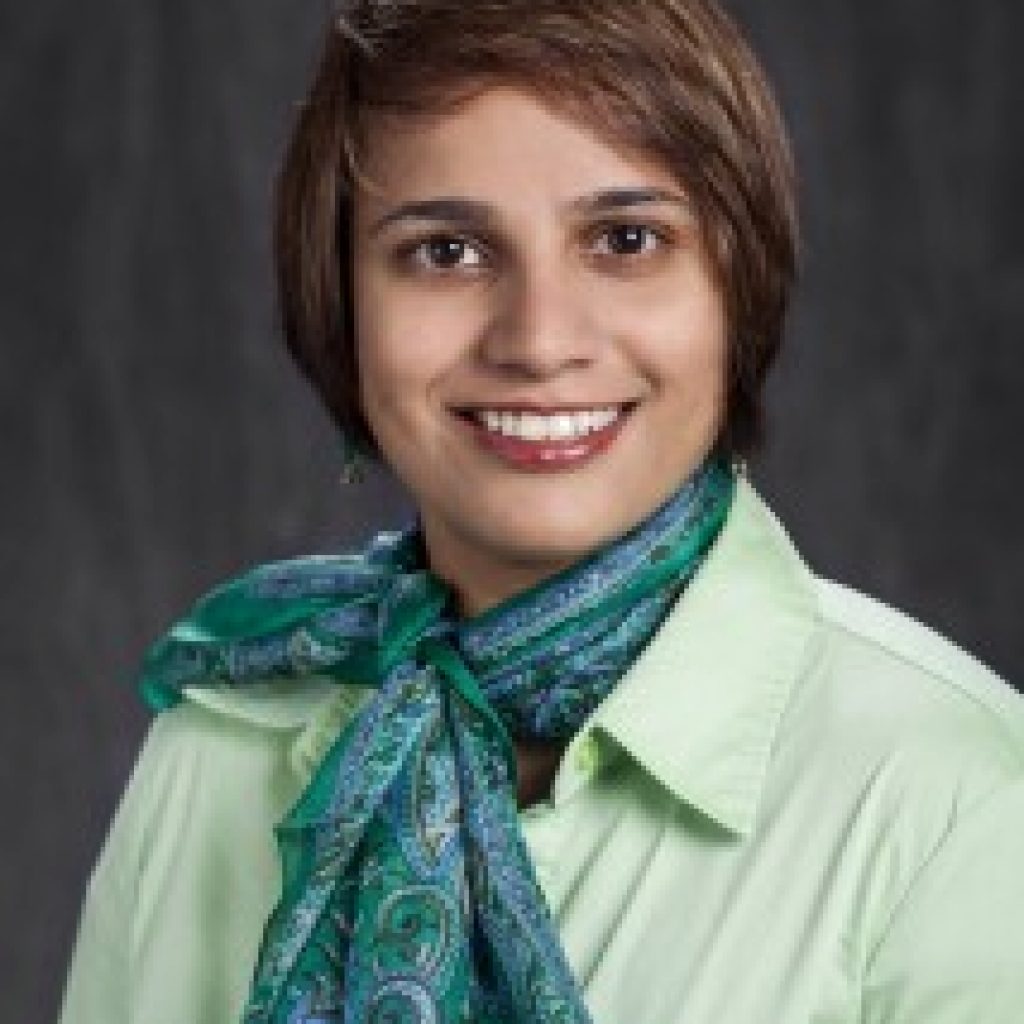
2/20/19 at 4:00 PM in Chemistry A101
About the Seminar The research focus of my group is to investigate the effect of solvation environment on charge transport, structure and dynamics of both aqueous and non-aqueous electrolytes. An important aspect of our research is understanding the effect of secondary/non-covalent interactions on the properties of electrolytes both in the bulk and at the interface […]

2/19/19 at 4:00 PM in Chemistry A101
Research Seminar Abstract Commercial industries currently utilize graphite as the primary lithium anode material for secondary batteries. Graphite’s gravimetric capacity, however, has already been fully utilized and materials with higher capacities are more desirable for the advancement of next generation applications, such as electric vehicles. Of these materials, intermetallic alloys such as SnSb are of […]
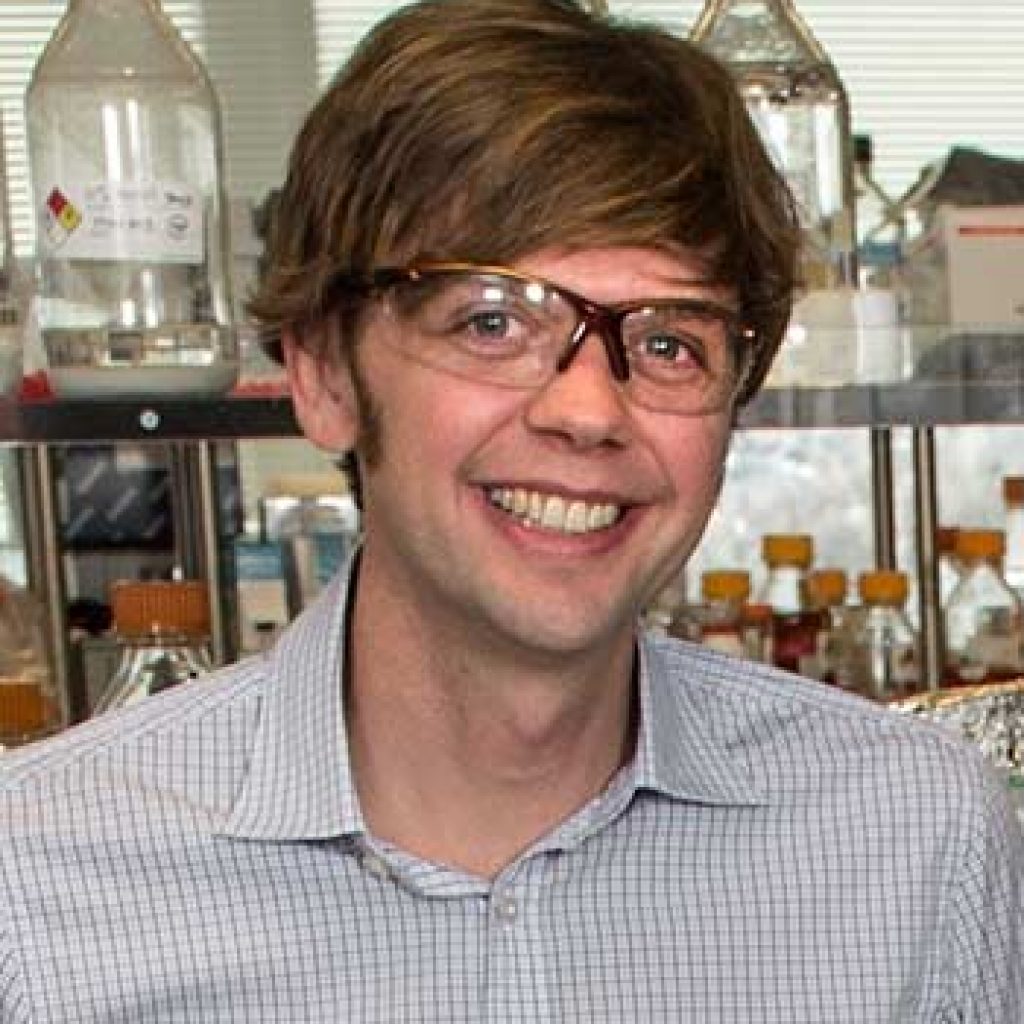
2/15/19 at 12:00 PM in Chemistry A103
About the Seminar: Enzyme catalysts that operate at a solid surface are critical in carbon cycling in the biosphere. For several years, we have been investigating the mechanisms of cellulose degradation by cellulase enzymes, and the first half of this talk will cover mechanistic investigations of processive enzymes that are able to bind to, depolymerize, […]
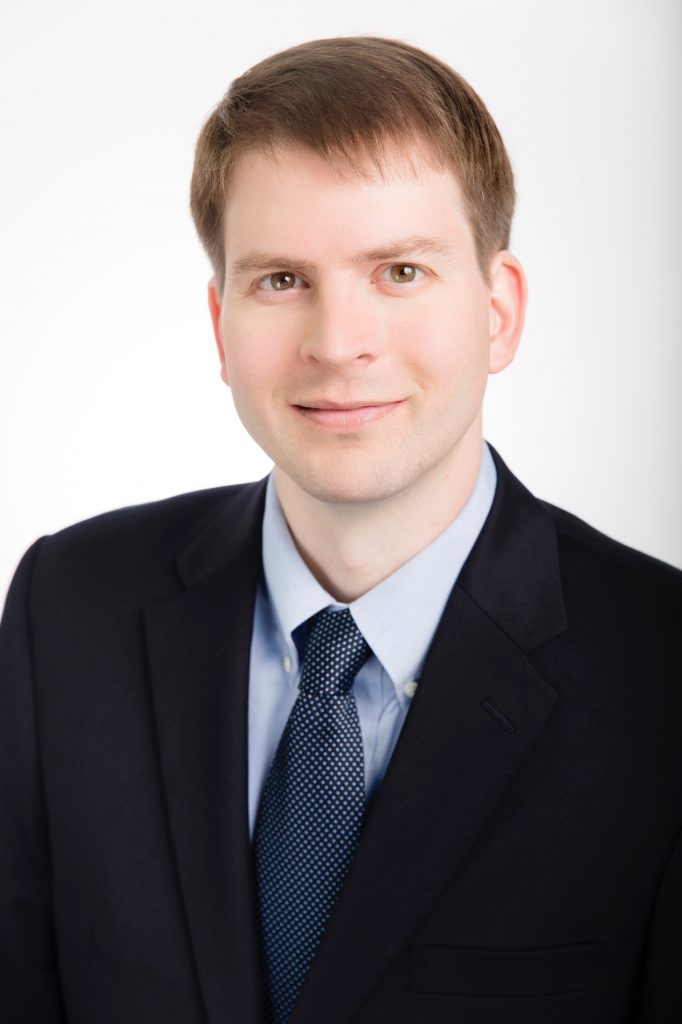
2/14/19 at 4:00 PM in Chemistry A101
About the Seminar: The Crowther Group uses micro-Raman spectroscopy to investigate the vibrational and electronic properties of a variety of nanostructures. Semiconducting nanocrystals occupy a size regime between the molecular and bulk limits. Nanocrystal vibrational structure can be described using either a molecular “bottom-up” quantum chemical approach or via a “top-down” phonon confinement model that […]

2/13/19 at 4:00 PM in Chemistry A101
Research Seminar Abstract Polysaccharides are used as scaffolds for drug delivery1,2. As these materials move from the lab towards medical use, a thorough understanding of their structures and related products is crucial. In this presentation, mass spectrometry will be used to identify products from a range of polysaccharide degradation protocols using chitosan as a model […]
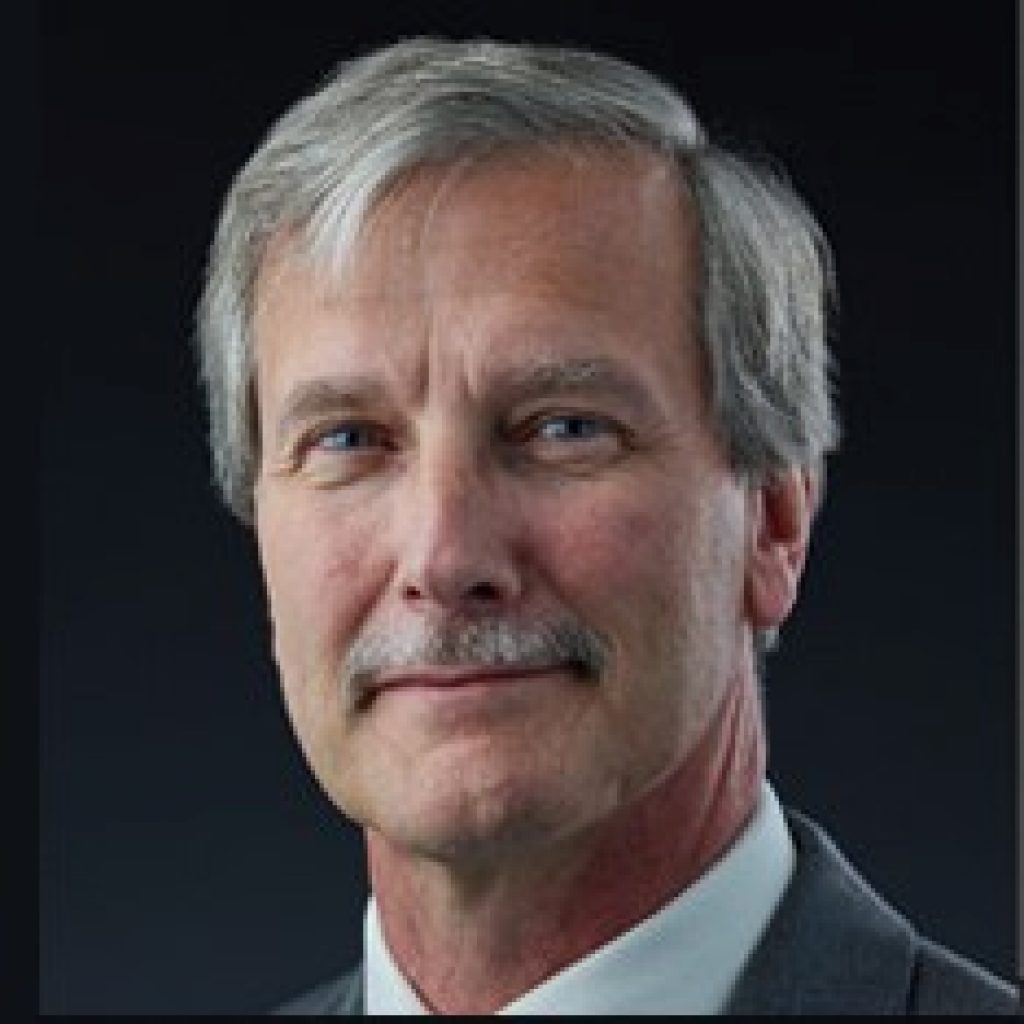
2/12/19 at 4:00 pm in Chemistry A101
About the Seminar In this talk, I will present our work on uranium mono- and bis-imido complexes in various oxidation states and what we have learned about the role of covalency in stabilizing the U=N interaction. The synthesis of high oxidation state, U(V-VI), complexes from lower oxidation state, U(III-IV) starting materials is driven by the […]
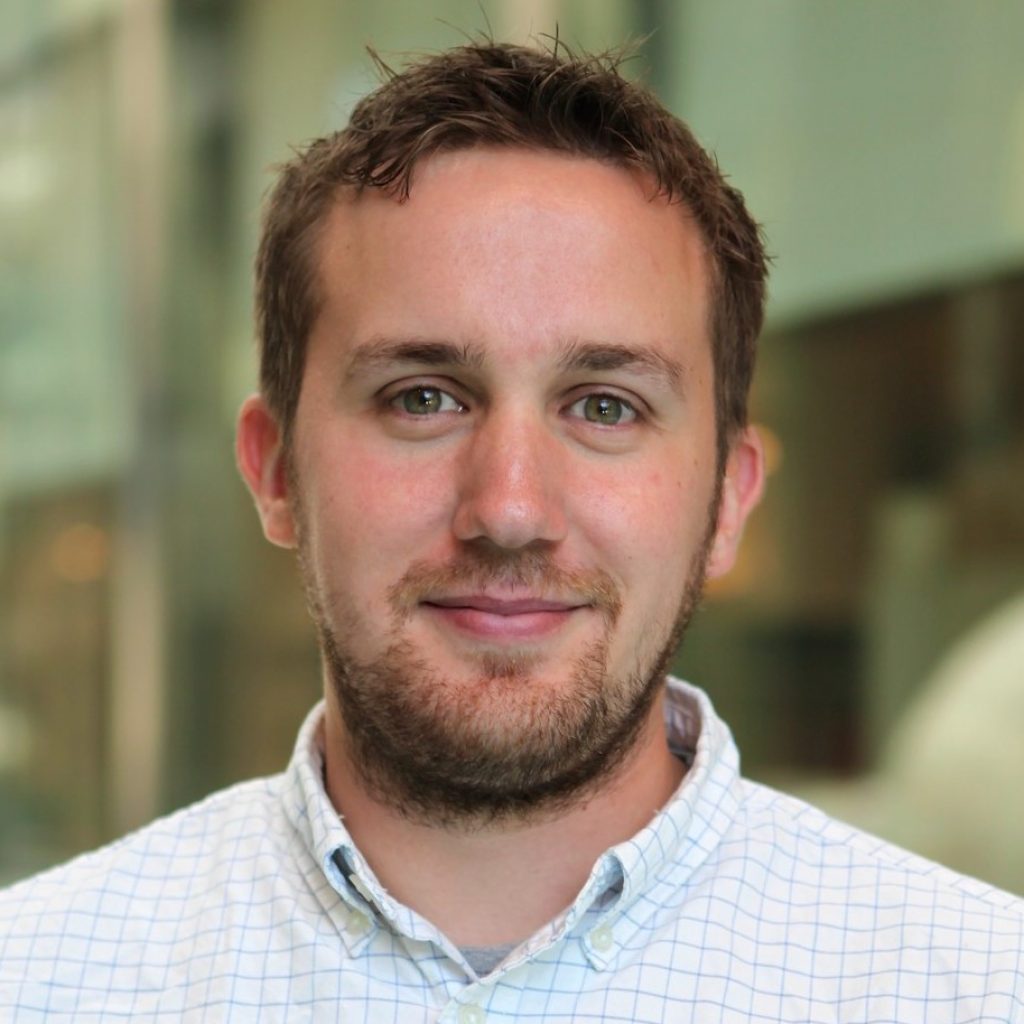
2/11/19 at 4:00 PM in Chemistry A101
About the Seminar: Enzymes are optimal catalysts for chemical synthesis because they can be evolved to provide unparalleled levels of selectivity. They are, however, limited to reactivity patterns found in nature. In this talk, I will share our groups approach to address this limitation using radicals and light. About the Speaker: Professor Hyster is a […]
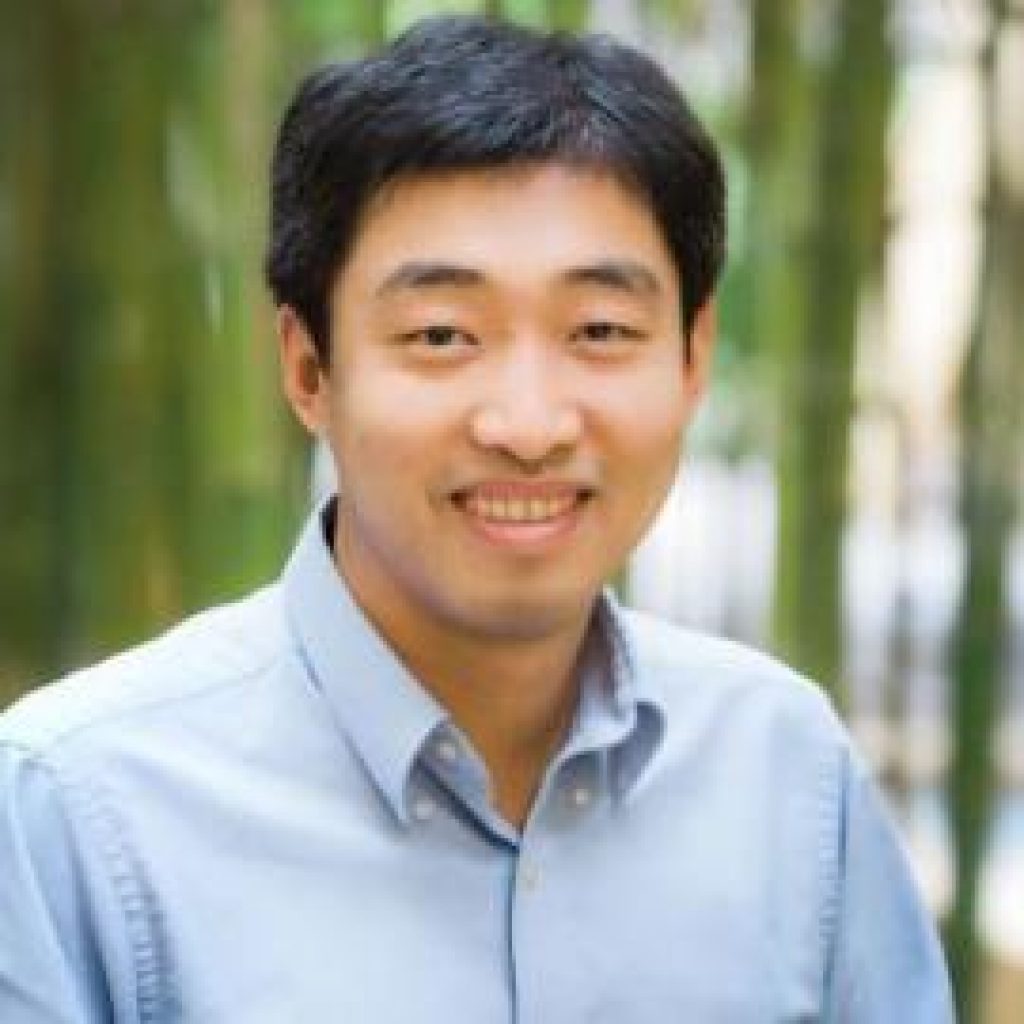
2/8/19 at 4:00 PM in Chemistry A101
About the Seminar: Our interest in utilizing and incorporating strained rings in ladder-shaped molecular structures led to the development of unusual organic materials. We developed Catalytic Arene-Norbornene AnnuLation (CANAL) to synthesize rigid ladder polymers from readily available norbornenes and aryl bromides. Efficient CANAL polymerization produced rigid ladder polymers with molecular weights up to 1 MDa, […]
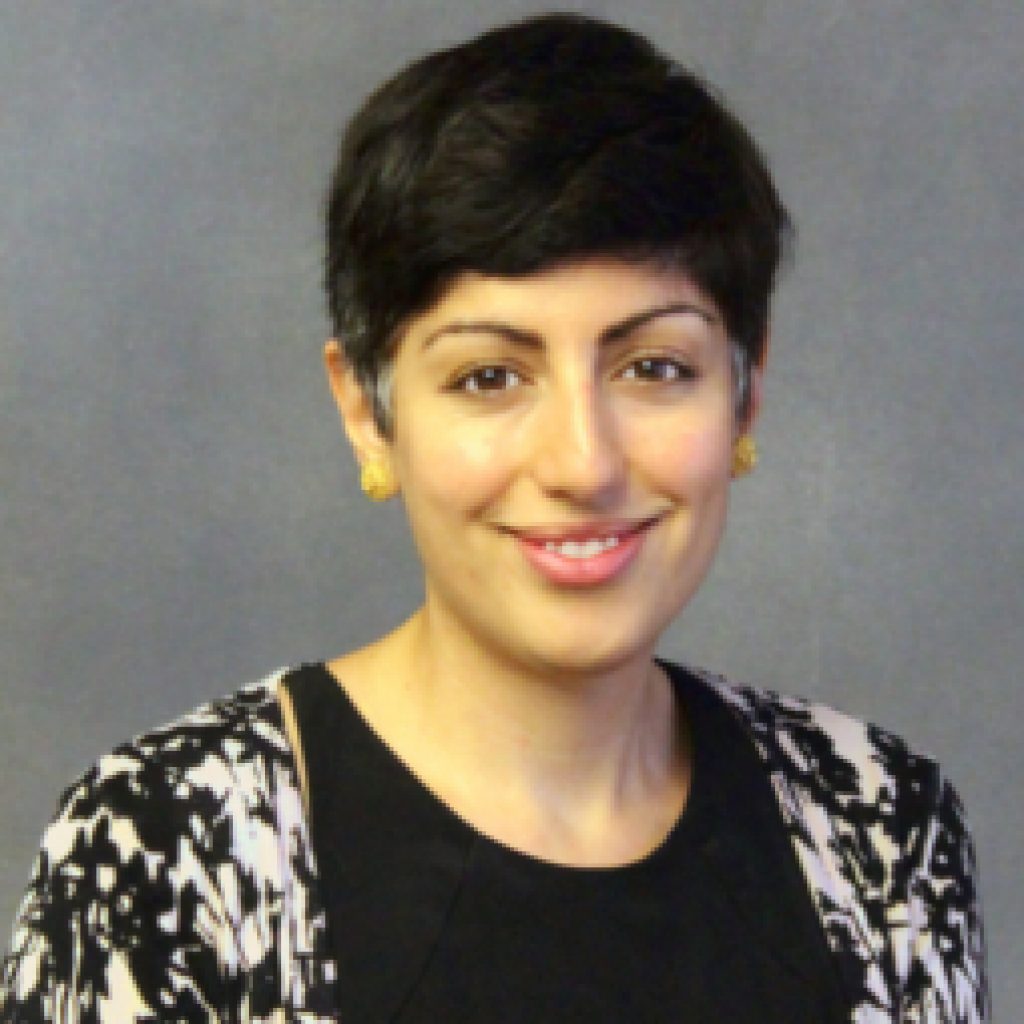
2/6/19 at 4:00 PM in Chemistry A101
About the Seminar The brain is a highly complex and dynamic chemical system. The primary mode of chemical communication between brain cells is called neurotransmission; it is well accepted that disruptions in neurotransmission underpin the complex behavioral phenotypes of psychiatric disease. However, such disruptions are very difficult to define because it is greatly challenging to […]
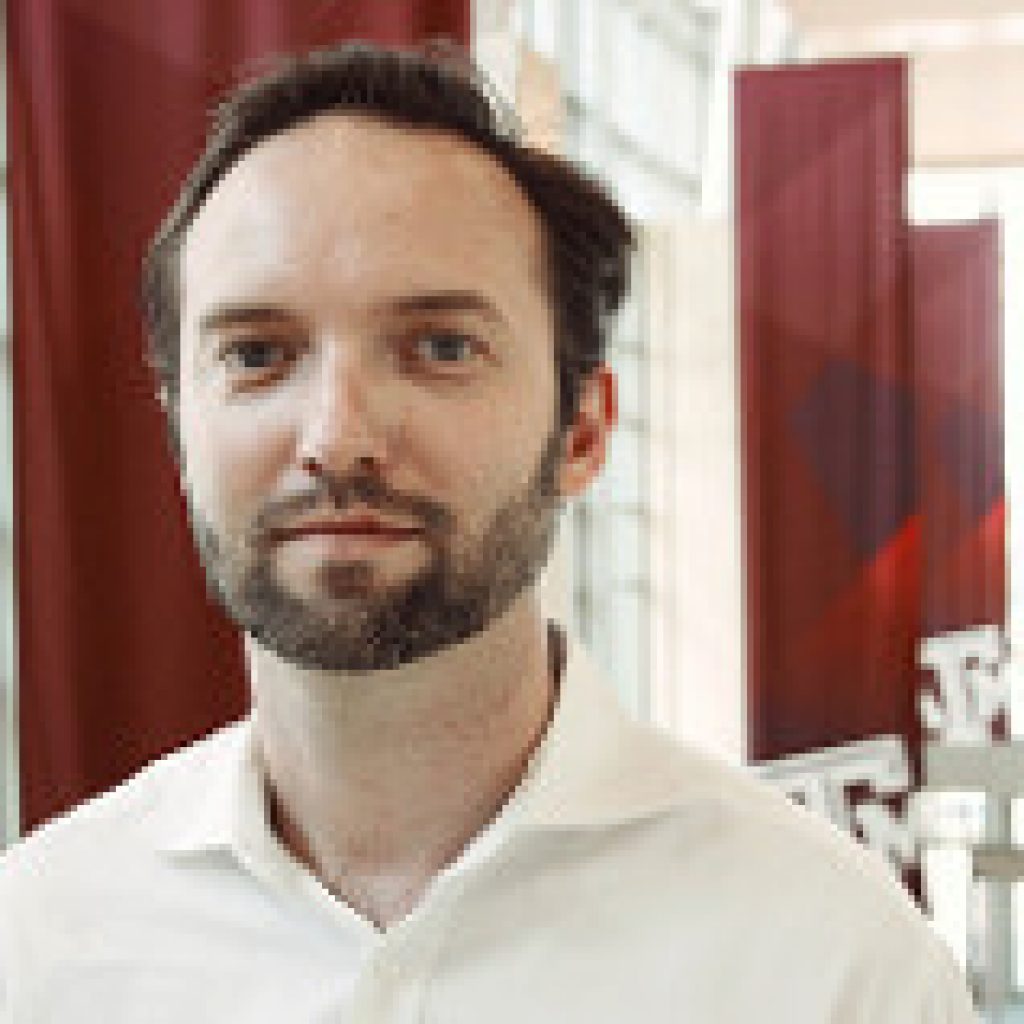
2/5/19 at 4:00 pm in Chemistry A101
About the Seminar: The first part of the presentation will introduce our methodology towards improving molecular catalysts for energy relevant conversions. We strategically introduce redox-active and slightly acidic imidazolium moieties into the secondary coordination sphere of molecular CO2 reduction electrocatalysts. Results from systematic comparative studies will be presented that strongly suggest that mechanistic details of […]
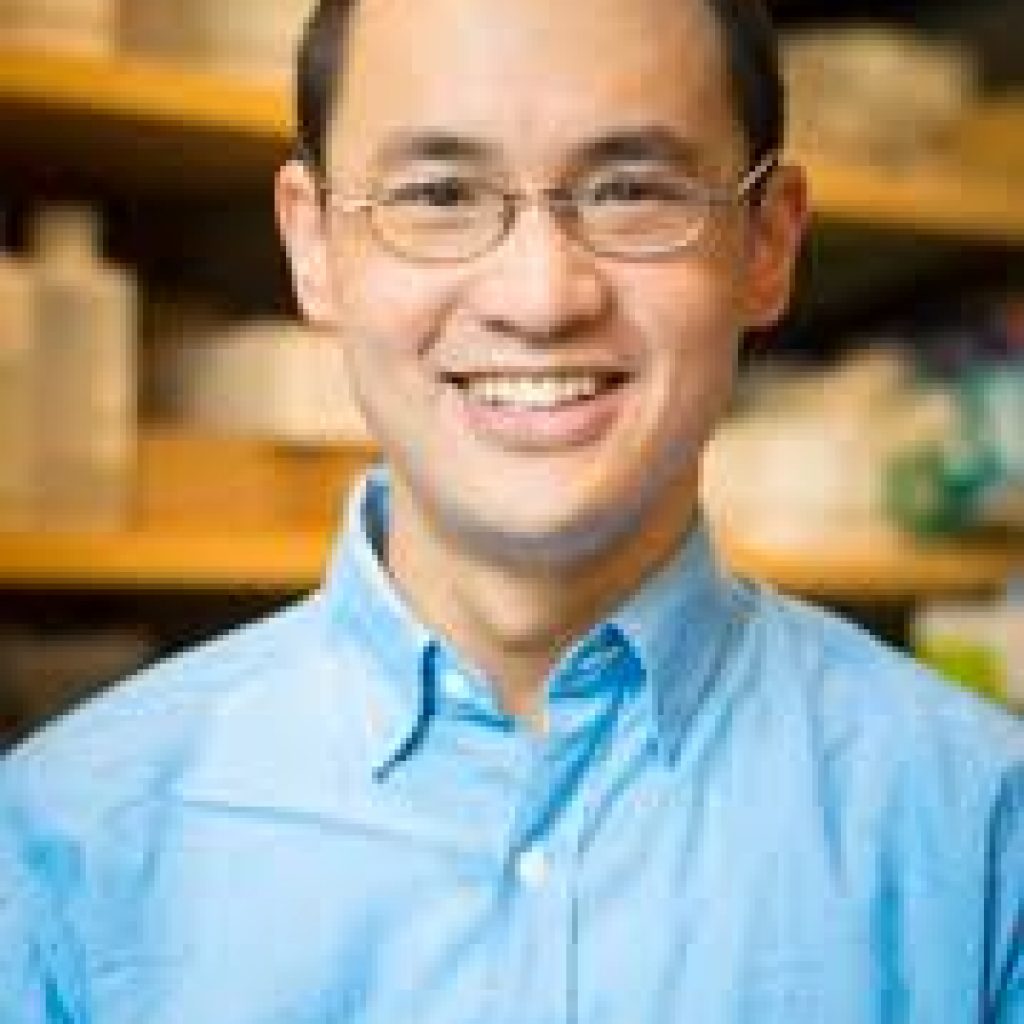
2/4/19 at 4:00 PM in Chemistry A101
About the Seminar In the first part, I will discuss the influence of molecular motions on NMR chemical shifts. When quasiclassical dynamics are used to take motions into account, very accurate chemical shift predictions can be made without using empirical corrections. This method can also give insight into unusual structures such as [18]-annulene, which is […]

2/1/19 at 4:00 PM in Chemistry A101
Research Seminar Abstract Roughly 300 million tons of plastic enters the global economy each year. Each of these serve specific, property-based purposes in commodity materials. Most of these commercial plastics are composed of more than one polymer, adding complexity of post-consumer separation. Minimizing the material diversity in our economy is crucial, as recycling these multi-polymeric materials is costly and time inefficient when […]

1/29/19 at 4:00 PM in Chemistry A101
Research Seminar Abstract: When used as the active semiconductor in photovoltaic devices, hybrid perovskites preform competitively with industry standard materials, including silicon and cadmium telluride. However, hybrid perovskites are structurally distinct from conventional inorganic semiconductors and therefore have unique structure-property relationships. In particular, although unsubstituted hybrid perovskites degrade under ambient conditions, empirical evidence demonstrates that […]
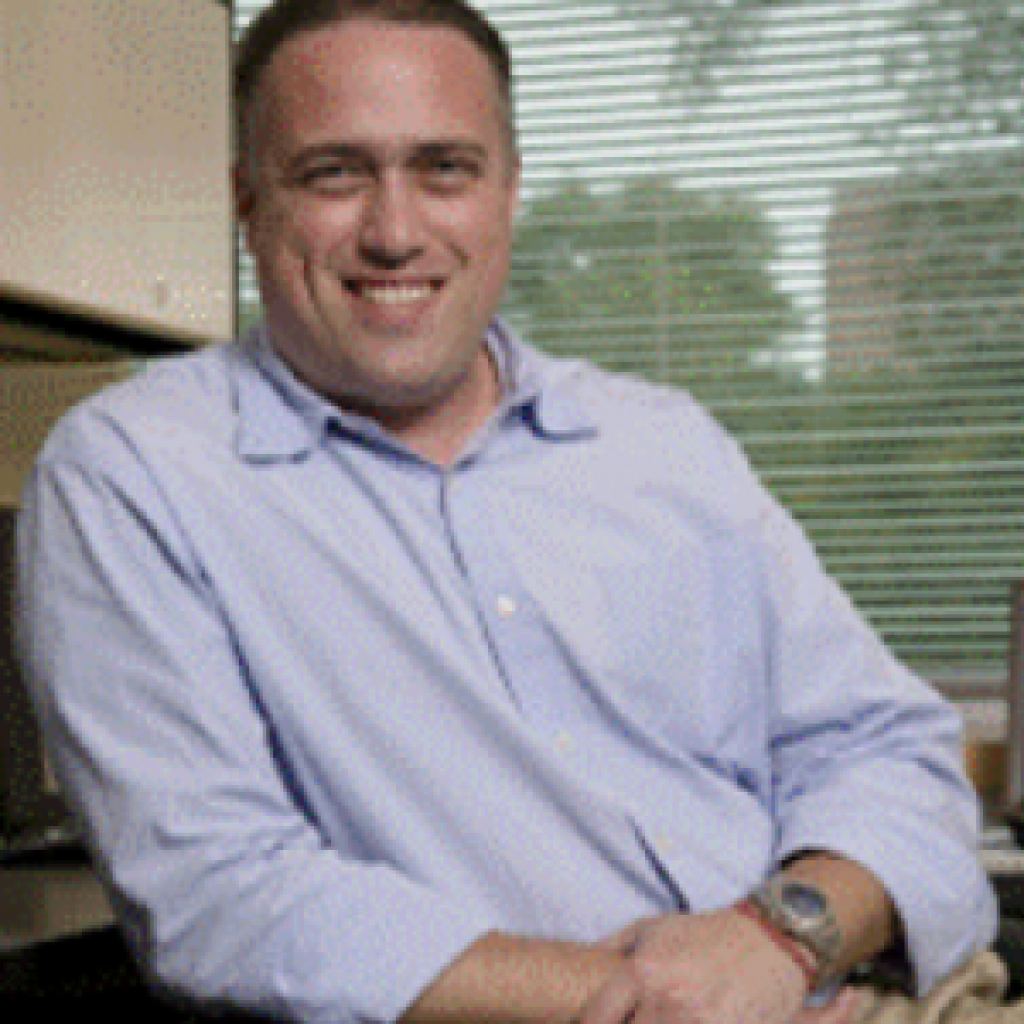
1/28/19 at 4:00 PM in Lory Student Center 372-374
About the Seminar The study of quantum coherent magnonic interactions relies implicitly on the ability to excite and exploit long lived spin wave excitations in a magnetic material. That requirement has led to the nearly universal reliance on yittrium iron garnet (YIG), which for half a century has reigned as the unchallenged leader in high-Q, […]

1/25/19 at 4:00 pm in Chemistry A101
Research Seminar Abstract Electron microscopy (EM) has yet to be readily applied to biological samples due to a lack of contrast between the various components within a cell. Inorganic nanoparticles (NPs) and stains have been used for biological EM imaging however these approaches generally require several levels of processing making them expensive, tedious, and not […]

1/17/19 at 4:00 pm in Chemistry A101
About the Seminar The conversion of energy-poor feedstocks like water and carbon dioxide into energy-rich fuels involves multi-electron, multi-proton transformations. In order to develop catalysts that can mediate fuel production with optimum energy efficiency, this complex proton-electron reactivity must be carefully considered. Using a combination of electrochemical methods and time-resolved spectroscopy, we have revealed new […]
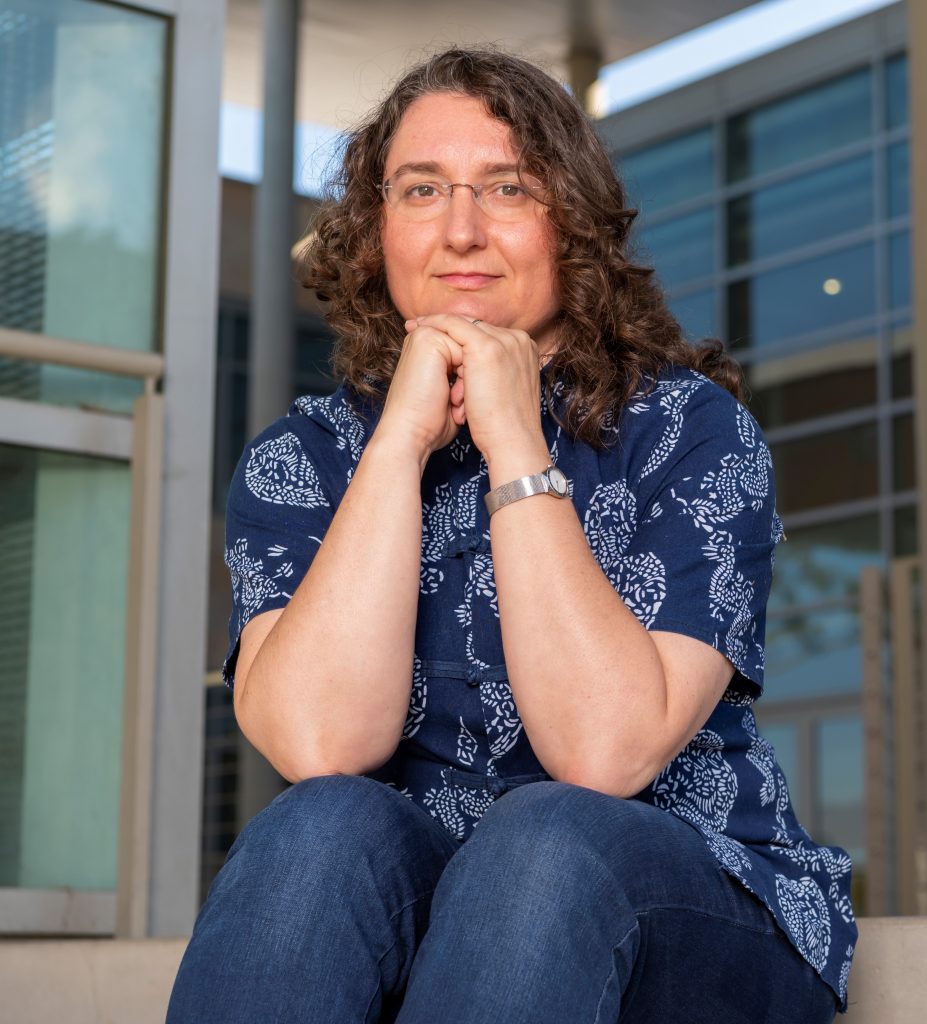
10/29/19 at 4:00 pm in Chemistry A101
A Boulder Scientific Distinguished Lecture About the Talk: Heterogeneous catalysts are indispensable in large-scale chemical processes. Adapting catalysts optimized for converting fossil-fuel-derived molecules to handle renewable carbon is a major challenge, imposed by differences in volatility and solubility. The kinetics of liquid phase transformations promoted by heterogeneous catalysts are complicated by partitioning of solvents, reactants, […]

12/12/18 at 4:00 pm in Chemistry A101
Research Seminar Abstract The oil industry spends billions of dollars annually cleaning clogged pipelines. Asphaltenes are a class of macromolecules indigenous to crude oil known to be the primary cause of such clogging due to their tendency to aggregate. The majority of previous work has focused on mixture of different types of asphaltenes. Furthermore, the […]
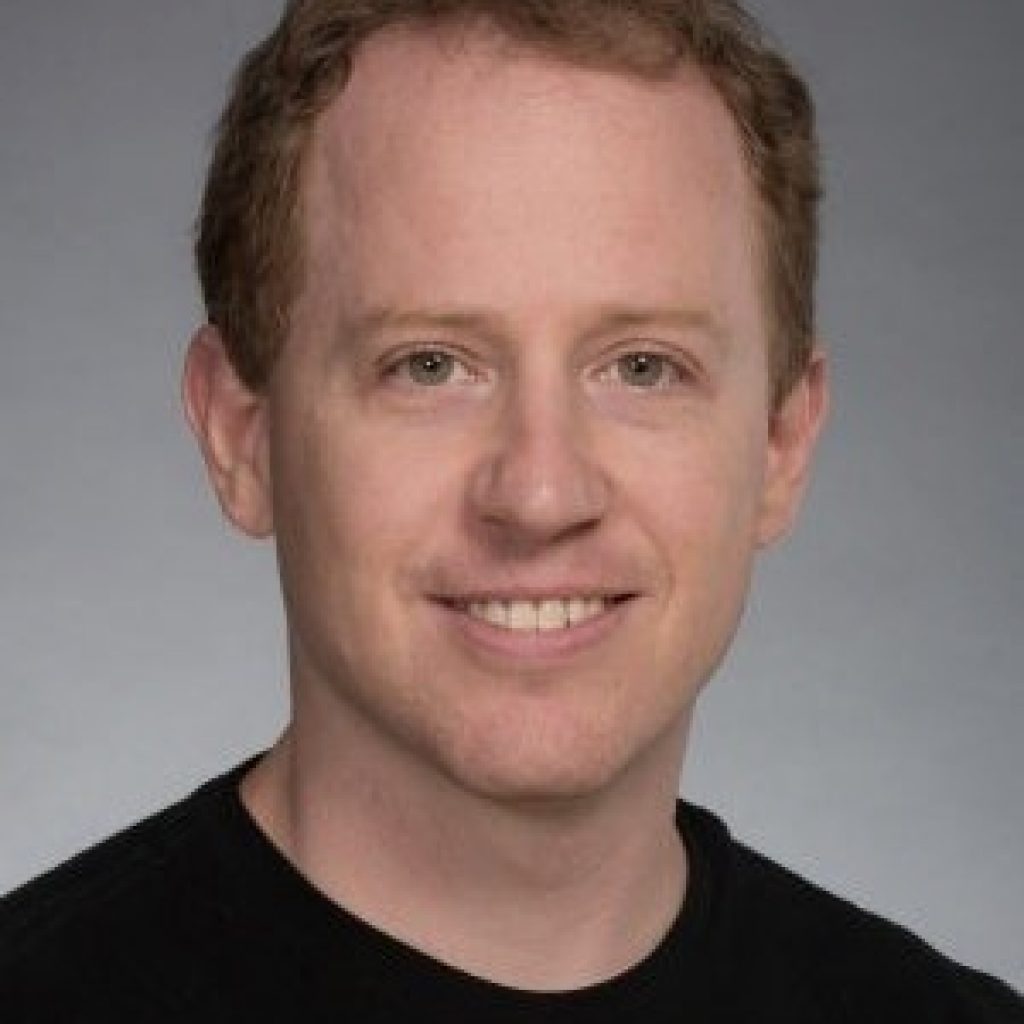
12/6/18 at 4:00 pm in Chemistry A101
About the Seminar The Vaughan group develops new chemical tools for high resolution fluorescence microscopy and uses these tools, along with established ones, to understand the organization of biological systems with rich molecular detail. On the tool development side, we are synthesizing new fluorescent probes, creating new methods for tissue expansion and clearing, and developing […]
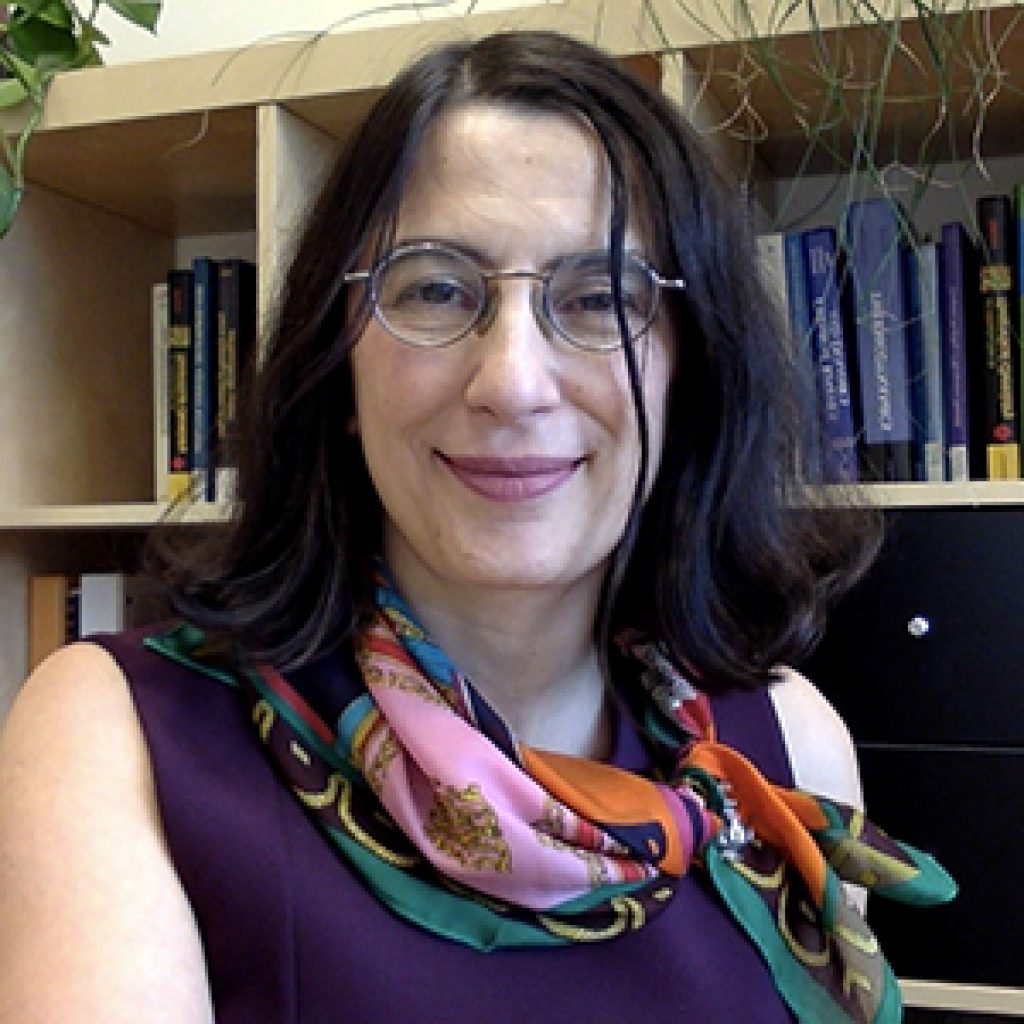
12/5/18 at 4:00 PM in Chemistry A101
About the Seminar Bacteria, insects and fish that thrive at subfreezing temperatures produce proteins that bind to ice and manage its formation and growth. Ice binding proteins include antifreeze proteins and ice-nucleating proteins. The latter are the most efficient ice nucleators found in Nature. Many questions remain on how do these proteins recognize or nucleate […]
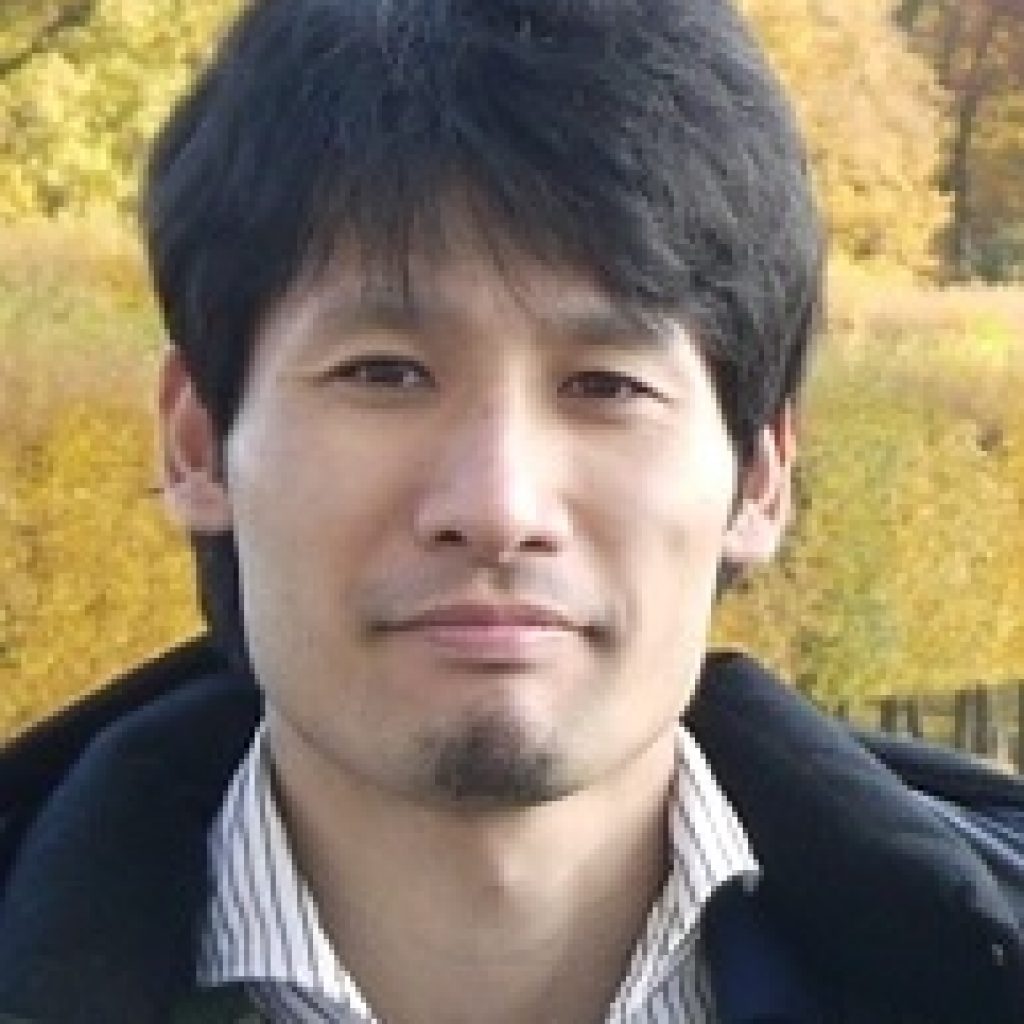
11/30/18 at 4:00 pm in Chemistry A101
About the Seminar Transition metal oxides have attracted a lot of interests due to their wide variety of functional properties, such as ferromagnetic properties, multiferroicity, and superconductivity, coming from properties of d electrons. The crystal structures of transition metal oxides consist of polyhedra with a transition metal cation surrounded by oxide ions, which dominate the […]

11/29/18 at 4:00 PM in Chemistry A101
Avinash Nangia is the Chief Scientific Officer and Gordon Marr is the Vice President of Analytical Development for Tolmar.

11/9/18 at 4:00 PM in Chemistry A101
Literature Seminar Abstract Vertically-aligned carbon nanostructures (VACNs) have many potential applications resulting from their mechanical and thermal stability, high surface area, high conductivity, and their ability to be chemically functionalized. Traditionally, VACNs have been produced via thermal chemical vapor deposition (CVD) or arc discharge. Thermal CVD is energy intensive, generally requiring processing temperatures above 600 […]

11/7/18 at 4:00 pm in Chemistry A101
Literature Seminar Abstract Tumor growth is regulated by the tumor suppressing protein p53. Nearly half of all cancers contain a mutation in tp53, the gene that codes for p53.[i] Therefore, understanding how p53 functions is a key component in understanding cancer. Previous studies have shown that in healthy cells, p53 tetramerizes and binds to DNA […]

11/7/18 at 4:00 pm in Chemistry A101
Literature Seminar Abstract Antibiotic resistance is a critical problem facing society.1 Ribosomal targeting is a well-established pathway for developing antibiotics and understanding how physiological ribosomes change conformation as antibiotics bind is crucial to developing new antibiotics.1 Though ribosomal conformation has been studies in vitro, few in vivo studies have been accomplished.1 Recently, Balzarotti et al […]

11/6/18 at 4:00 PM in Chemistry A101
Literature Seminar Abstract Within the past decade, new isolable lanthanide compounds of the 2+ have been achieved for the entire lanthanide series. Previously thought to be inaccessible due to high reduction potentials, these compounds display unique ground state electronic structures. These states provide an exciting opportunity to examine the photochemical properties via ligand environment of […]

11/6/18 at 4:00 PM in Chemistry A101
Literature Seminar Abstract Pt(II) complexes have been extensively investigated as emitter dopants for organic light emitting diodes (OLEDs). A dopant greatly increases OLED efficiency due to the ability of the dopant to emit at room temperature from a triplet excited state. Triplet states represent the majority of excited states formed in OLED emitters during operation […]
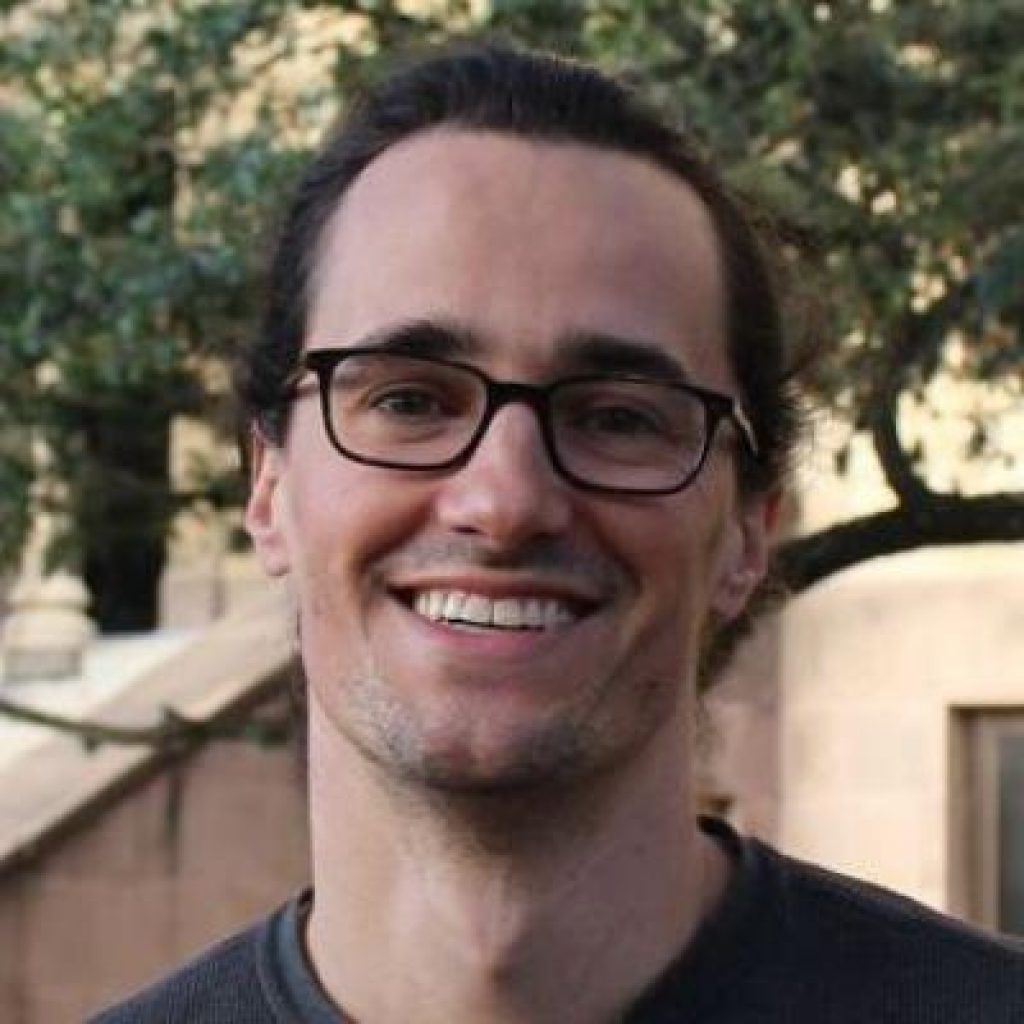
11/2/18 at 12:00 PM in Chemistry A101
About the Seminar: Stacking interactions are ubiquitous in chemical and biological systems, impacting everything from the packing of organic electronic materials and the stereoselectivity of organic reactions to the binding of drugs. While attractive interactions between aromatic rings (so called ‘pi-stacking’ or ‘pi-pi’ interactions) have been known for decades, only recently have we begun to […]

11/2/18 at 4:00 PM in Chemistry A101
Literature Seminar Abstract The United States has recently taken on the burden of dealing with its own postconsumer plastic waste resulting in a bottleneck at recycling facilities and the dumping of readily recyclable materials into landfills. Alternatives to the current, inefficient recycling practices must be sought out in order to address the worsening issue of […]

11/2/18 at 4:00 PM in Chemistry A101
Literature Seminar Abstract Roughly 350 million tons of plastic enters the global economy each year. Trends point to increases of 100 million tons more each decade. To make matters more dire, most commercial materials are composed of more than one polymer, adding the complexity of separation of one polymer from another. As recycling these materials […]
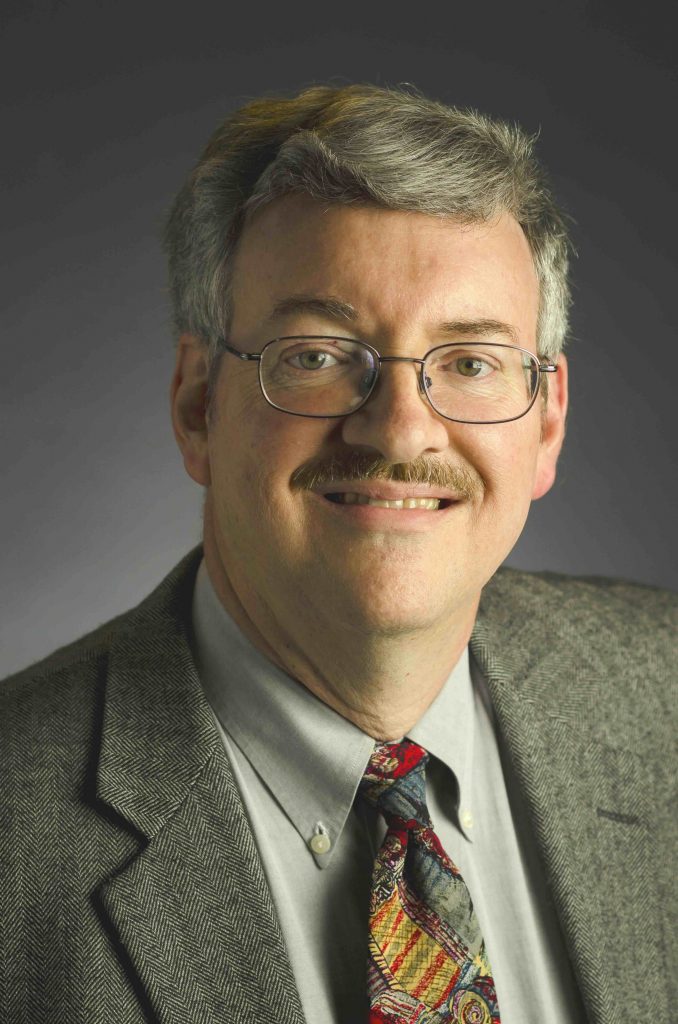
10/30/18 at 4:00 pm in Chemistry A101
Solar and wind are carbon-neutral, sustainable energy sources, but because they are intermittent, reliable energy storage is needed. Catalysts that efficiently interconvert between electrical energy and chemical bonds (fuels) are needed for sustainable, secure energy. Electrocatalysts based on inexpensive, earth-abundant metals (“Cheap Metals for Noble Tasks”) are needed. Ni complexes with “P2N2” ligands have been […]
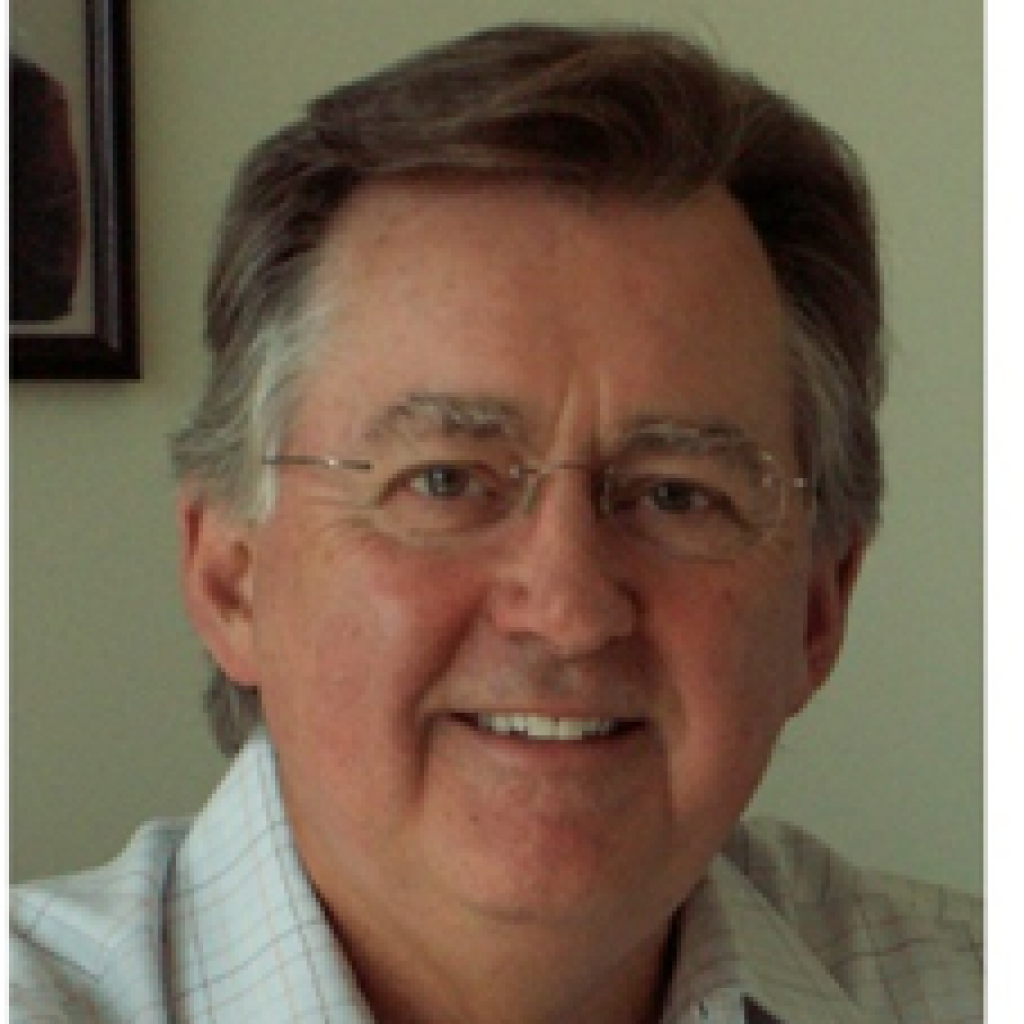
10/23/18 at 4:00 PM in A101
About the Seminar: Magnetic resonance imaging (MRI) is often considered too insensitive for molecular imaging of biological processes. Although many Gd3+-based contrast agents have been reported in the chemistry literature over the past 30 years, only a few have been demonstrated to provide important biological information in vivo. A key parameter in the design of […]
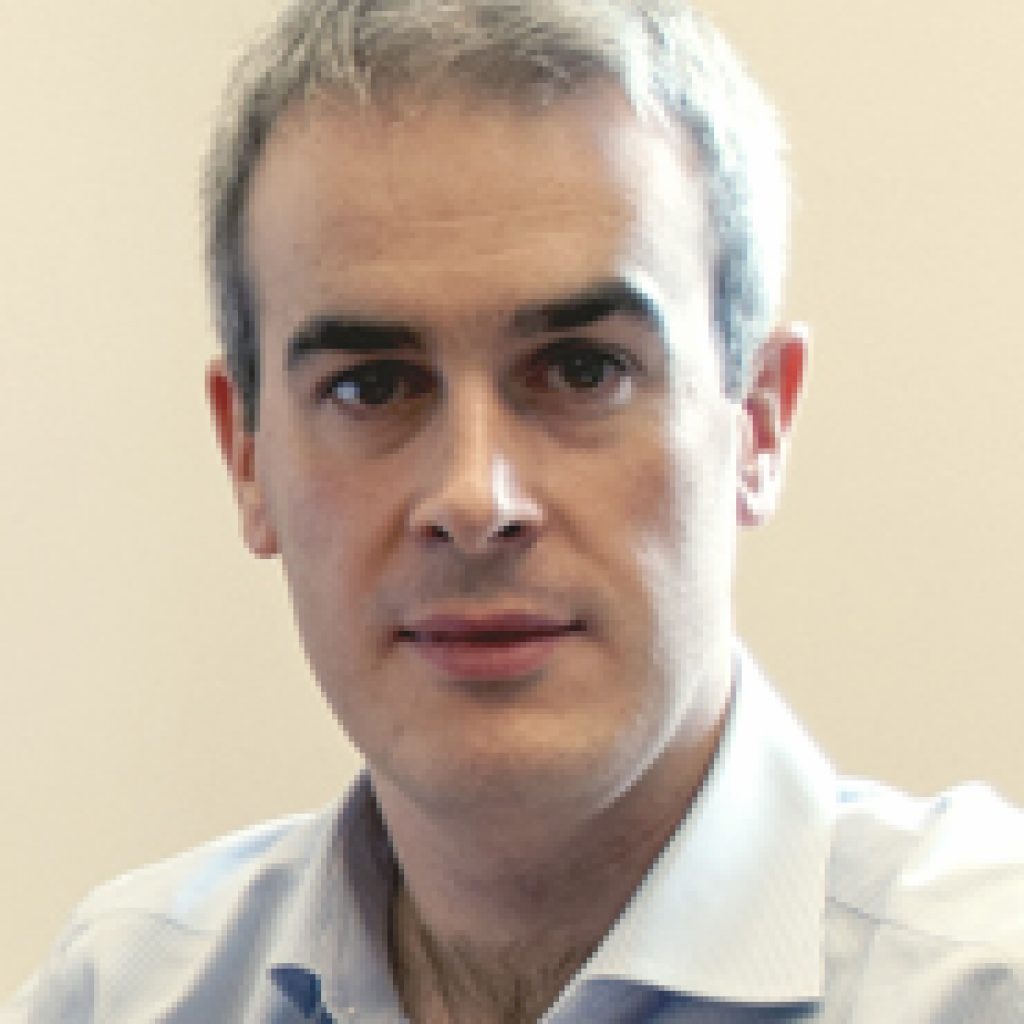
10/22/18 at 4:00 PM in Chemistry A101
Our laboratory has embraced cooperative catalysis as a general framework for the design of new enantioselective reactions. Within this regime we have exploited cooperative Lewis base/transition metal catalysis as an effective means to control and direct both reaction partners during bond construction. The versatility of this approach is such that each catalyst acts in an […]

10/19/18 at 4:00 PM in Chemistry A101
Literature Seminar Abstract: Charge dynamics in materials such as recombination lifetimes and mobility are fundamental in understanding the way devices work. A family of hybrid halide perovskites with the formula A’2An-1BnX3n+1 (where A’ = RNH3+, A = CH3NH3+, B = divalent metal center, X = halide, and n is an integer) are of interest for […]
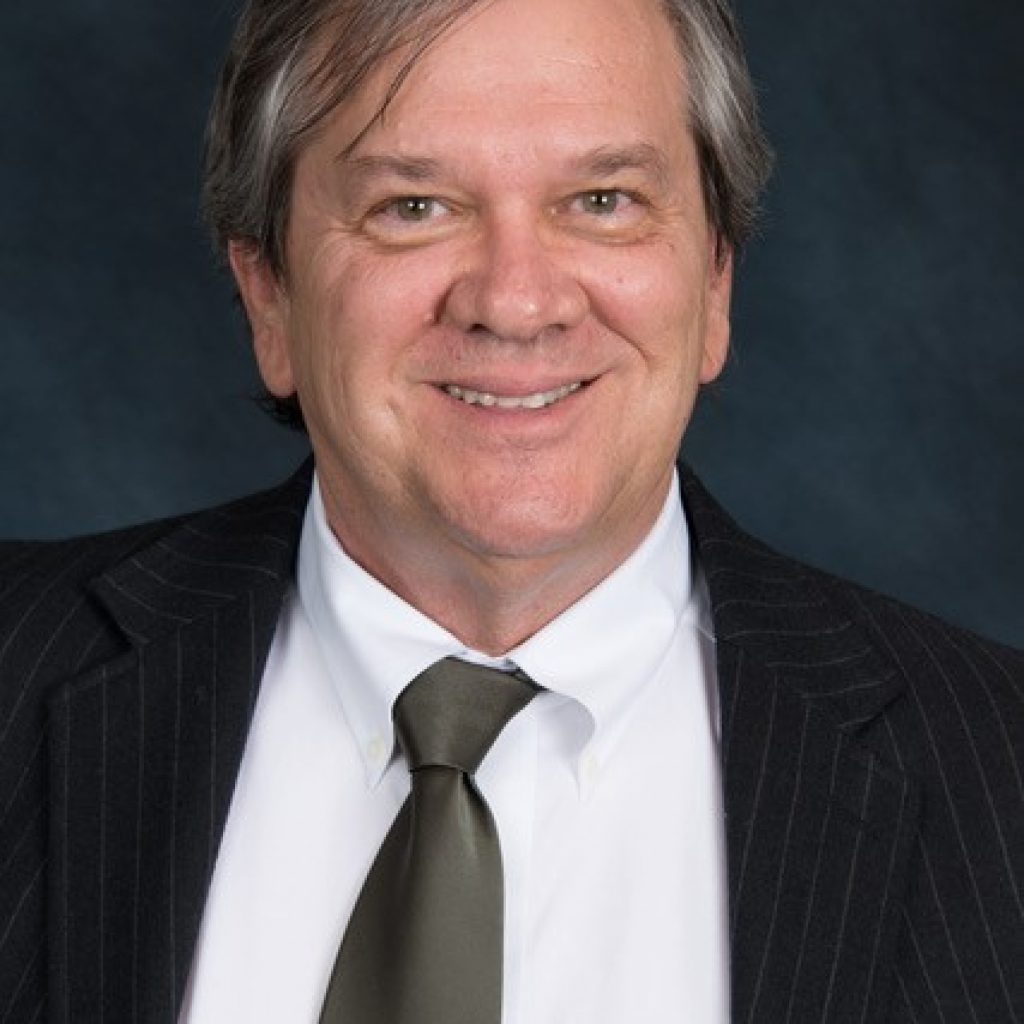
10/18/18 at 4:00 PM in Chemistry A101
About the Seminar: Research in chemistry, the central science, is profoundly engaged in addressing important global challenges related to health, energy, the environment, and climate change. The chemistry core curriculum ought to reflect newfound abilities to make, measure and model chemistry, and lay the foundation for transformative advancements by future chemists. For the last decade, […]
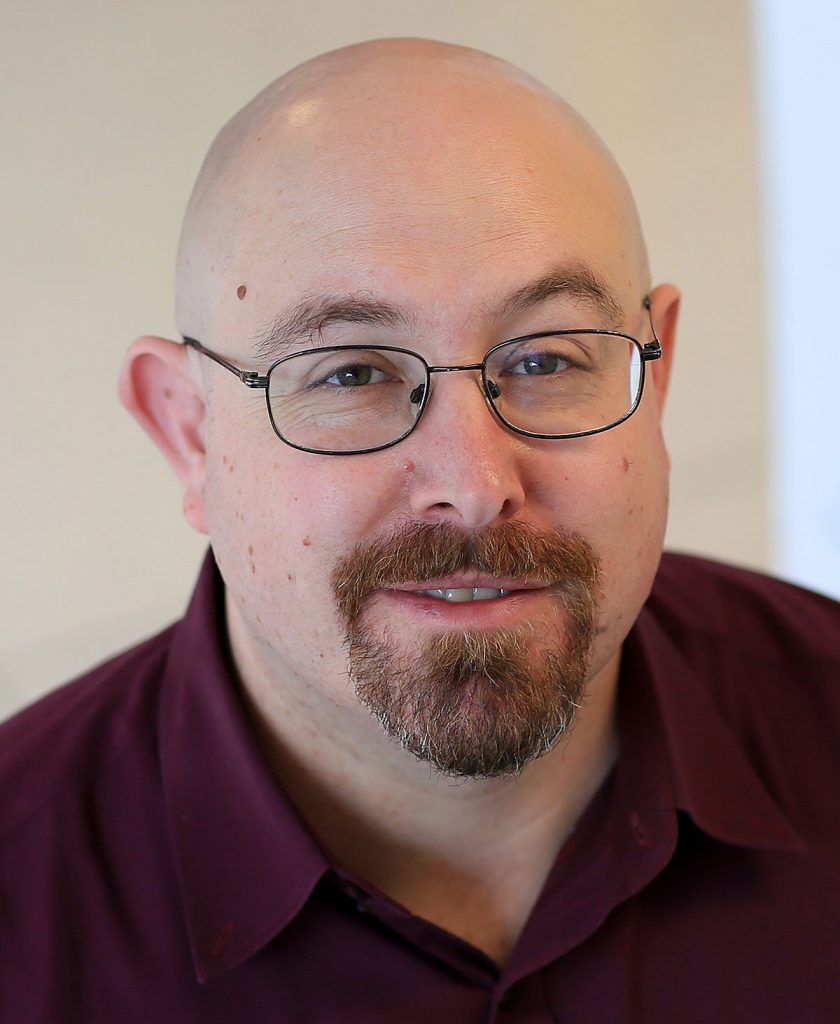
10/17/18 at 4:00 pm in Chemistry A101
About the Seminar: Pulmonary diseases (e.g., emphysema and fibrosis) are leading causes of mortality worldwide, and the incidence these disorders is thought to be rising. While strides have been made in elucidating the molecular events underlying lung disease, the pathological changes in respiratory physiology responsible for disease progression remain poorly characterized. This poor understanding can […]
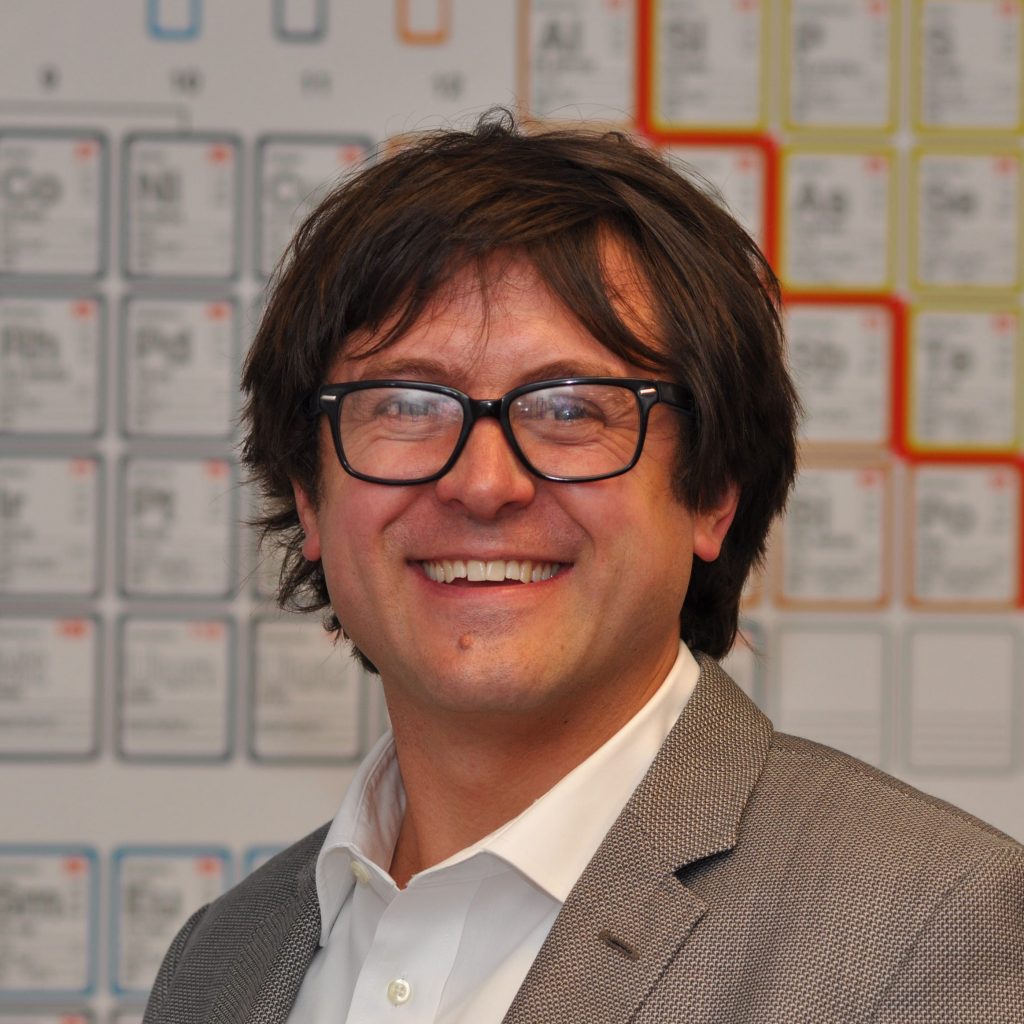
10/16/18 at 4:00 PM in Chemistry A101
About the Seminar: Actinides in the +3 oxidation state occupy central roles in many areas that are important for our quality of life. These range from developing targeted alpha therapy in treating cancer to processing spent nuclear fuel. Hence, there is pressing need to advance fundamental understanding of +3 actinide coordination chemistry. While numerous heroic […]
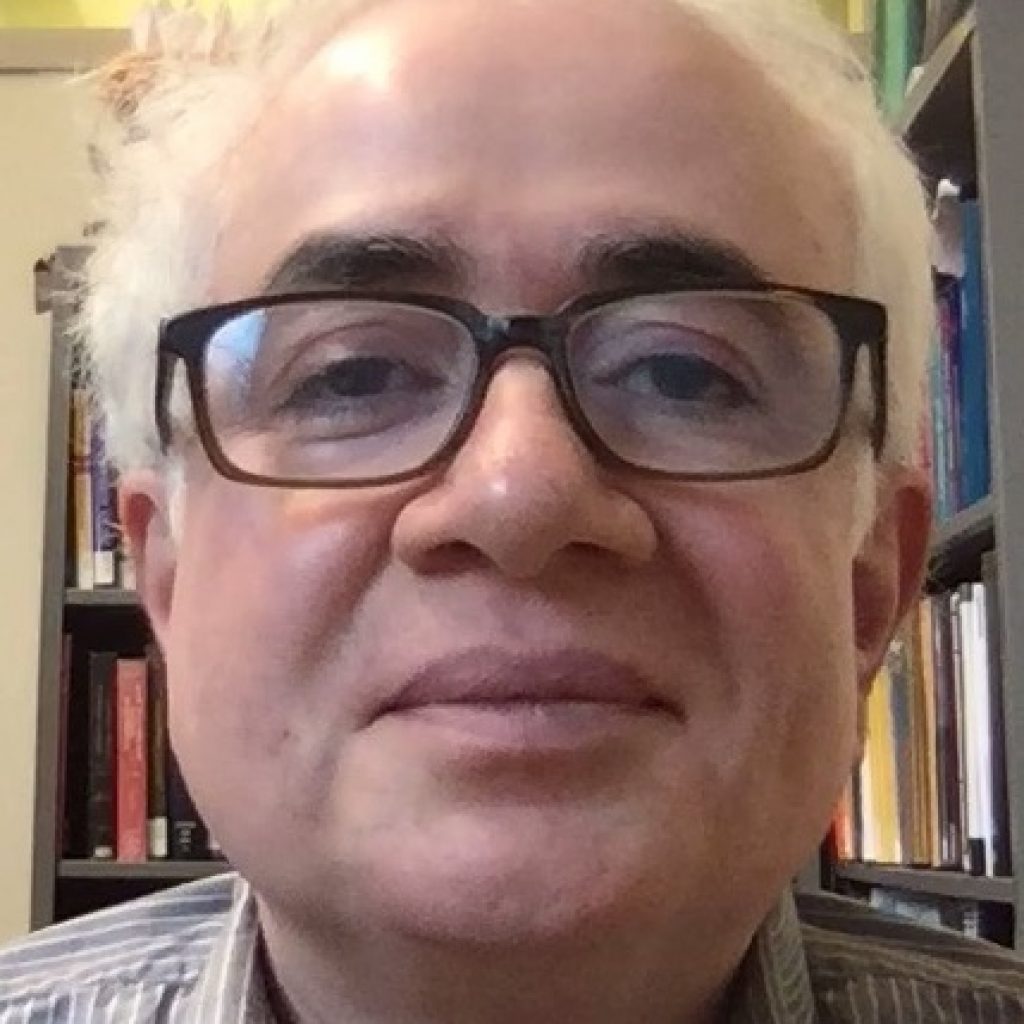
10/15/18 at 4:00 pm in Chemistry A101
About the Seminar: Cells are material objects with specific mechanical properties, which are important for proper function, but unlike passive substances, the material properties of cells are strongly affected by life processes. In this talk I will discuss two aspects of cells as active materials, which my lab has been interested in. Firstly, cells are […]

10/12/18 at 4:00 PM in Chemistry A101
Literature Seminar Abstract: Multivalent cations hold promise for dramatically increasing battery capacity over lithium ion technology, as each atom can provide multiple electrons, as opposed to one (e.g. Mg ➞ Mg2+ + 2e- v. Li ➞ Li+ + e-). However, the additional charge on multivalent cations slows their motion through solids. This slow cation mobility […]

10/9/18 at 4:00 PM in Chemistry A101
Seminar Abstract: A significant challenge in chemistry research is to rationally control structure-property relationships in materials to achieve desired properties. The prevailing approach to this challenge involves the serendipitous discovery of materials or the incremental modification of solid-state reactions. Therefore, the search for new materials is often limited by phase equilibria or is inhibited by […]
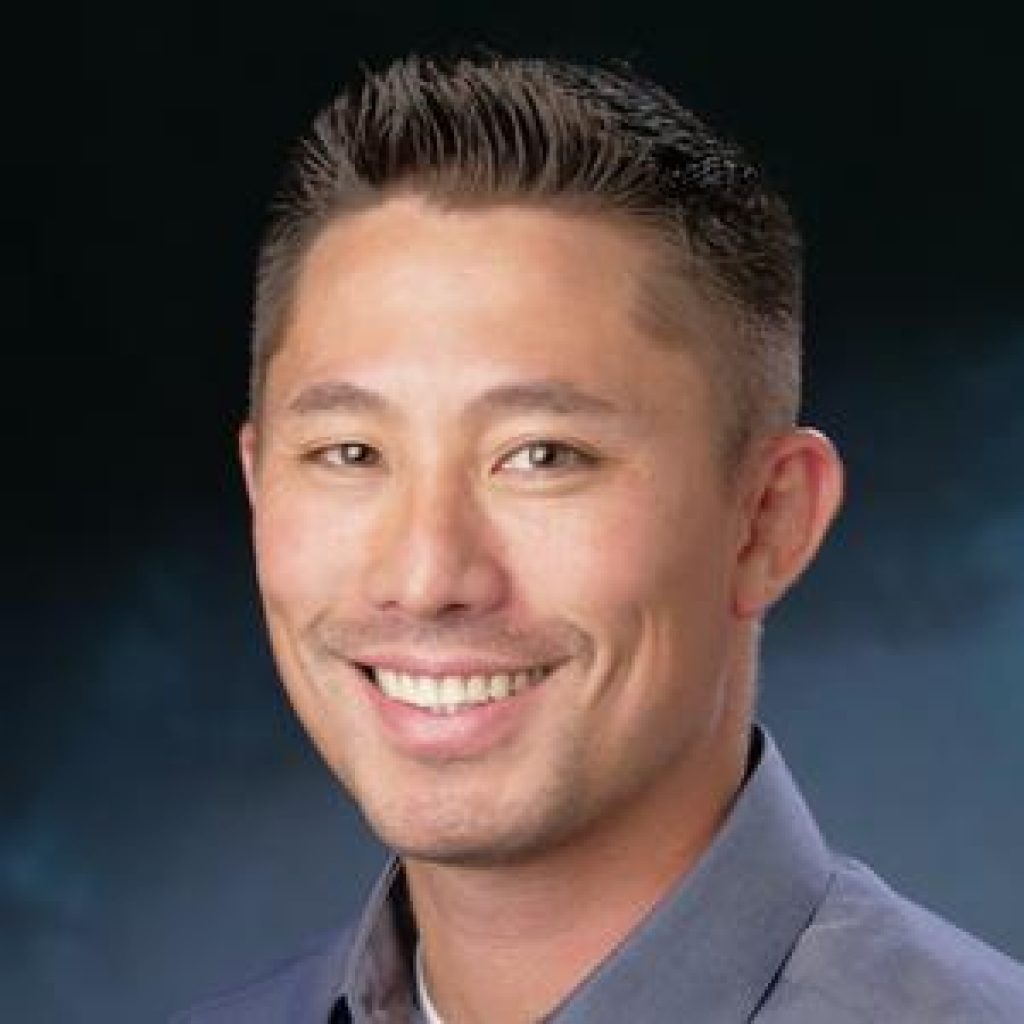
10/8/18 at 4:00 pm in Chemistry A101
Synthetic polymers have become indispensable to modern society. The development of living and controlled polymerization methodologies have enabled the synthesis of precise macromolecular architectures with tailored polymer properties for integration in diverse applications. This presentation will discuss the design and synthesis of strongly reducing visible-light organic photoredox catalysts for organocatalyzed atom transfer radical polymerization. Developing […]

10/5/18 at 4:00 PM in Chemistry A101
Literature Seminar Abstract In past years, the need to develop technologies to make use of solar energy has led to extensive research into the semiconductor materials for such applications. Due to their electronic structure, semiconductor materials can be used to drive photocatalysis through the photogeneration of charge carriers that can partake in oxidation or reduction […]

10/5/18 at 4:00 PM in Chemistry A101
Literature Seminar Abstract Ion insertion into a host material is the elementary process by which many energy storage based devices are built upon. For example, rechargeable Li-ion batteries function via a process of Li ions inserting into and extracting out of a host material in the battery. This process results in the generation of electrons […]

10/3/18 at 4:00 pm in Chemistry A101
Literature Seminar Abstract MicroRNA(miRNA) are small, non-coding RNA that target and regulate over 60% of protein encoding genes in the human body. Due to the short half-life of miRNA and the time required for existing methods, a fast, sensitive, and highly specific method of detection for miRNA is needed. Kangkamano et al. present a novel […]

10/3/18 at 4:00 pm in Chemistry A101
Literature Seminar Abstract Although x-ray crystallography has been the gold standard, nuclear magnetic resonance spectroscopy (NMR) has also been demonstrated as an effective method for protein structure determination. NMR spectroscopy has the ability to view a protein beyond its static structure; it can yield data that gives information about its dynamic behavior as it interacts […]

10/2/18 at 4:00 PM in Chemistry A101
Literature Seminar Abstract Mixed-lanthanide metal-organic frameworks (M’LnMOFs) have received wide attention for their use as highly sensitive ratiometric luminescent thermometers. Their high resolutions and non-invasiveness have made them strong candidates for applications such as intracellular sensing and thermal mapping. Unfortunately, materials and techniques for sensing in the physiological temperature range (298-318 K) or higher are […]

10/1/18 at 4:00 pm in Chemistry A101
In this talk, I will present a selection of new synthetic strategies for assembling poly- and heteroaromatic systems. In the 1st part, I will discuss the advantages of alkynes as high-energy carbon-rich precursors for extended polyaromatics, the two general patterns of oligoalkyne folding into an aromatic ribbon, and the use of supramolecular effects in the […]

9/28/18 at 4:00 pm in Chemistry A101
Literature Seminar Abstract Although 3D printers have improved significantly since their invention, research interests in printing materials have only recently surfaced. The majority of 3D printed objects consist of a single material, with objects printed of several materials requiring the user to switch starting materials mid-print. A recent manuscript from the Hawker group (doi: 10.1002/adma.201800364) […]

9/28/18 at 4:00 pm in Chemistry A101
Literature Seminar Abstract In recent decades, atom transfer radical polymerization (ATRP) has become one of the most widely used controlled radical polymerization methods due to its operational simplicity, utilization of commercially available reagents, and ability to synthesize polymers with complex architectures from a broad range of monomers. Originally, ATRP made use of relatively large amounts […]

9/26/18 at 4:00 pm in Chemistry A101
Literature Seminar Abstract Non-Invasive sensing is a growing global market where the need for continuous, wearable sensors is constantly developing. Specifically, biosensors have been an attractive alternative to bulky and expensive analytical instruments used in health-care today. Having the ability to monitor overall health of a patient without having to draw blood or use other […]

9/26/18 at 4:00 pm in Chemistry A101
Literature Seminar Abstract Hydrogen peroxide (H2O2) is a redox molecule produced in many enzymatic reactions and therefore an important analyte to detect for biosensors. Although electrochemical detection of H2O2 is commonly used, many commercial applications are limited by expensive electrode materials. Graphene oxide has become of particular interest as a cheaper alternative for electrode material. […]

9/25/18 at 4:00 pm in Chemistry A101
Literature Seminar Abstract Single molecule magnets have been shown to be capable of performing as a quantum bit, or qubit, which is predicted to revolutionize the world of computing. However current day single molecule magnets only exhibit magnetic hysteresis, and thus can only act as a qubit, below liquid nitrogen temperatures. In 2014 a study […]

9/25/18 at 4:00 pm in Chemistry A101
Literature Seminar Abstract Self-assembly has occurred in nature since the beginning of time, but only in the past 30 years has the term found its way into chemical literature to describe autonomous organization in various systems, from monolayers to nanoparticle superstructures. Nanoparticle self-assembly can be used as a high throughput method for the fabrication of […]
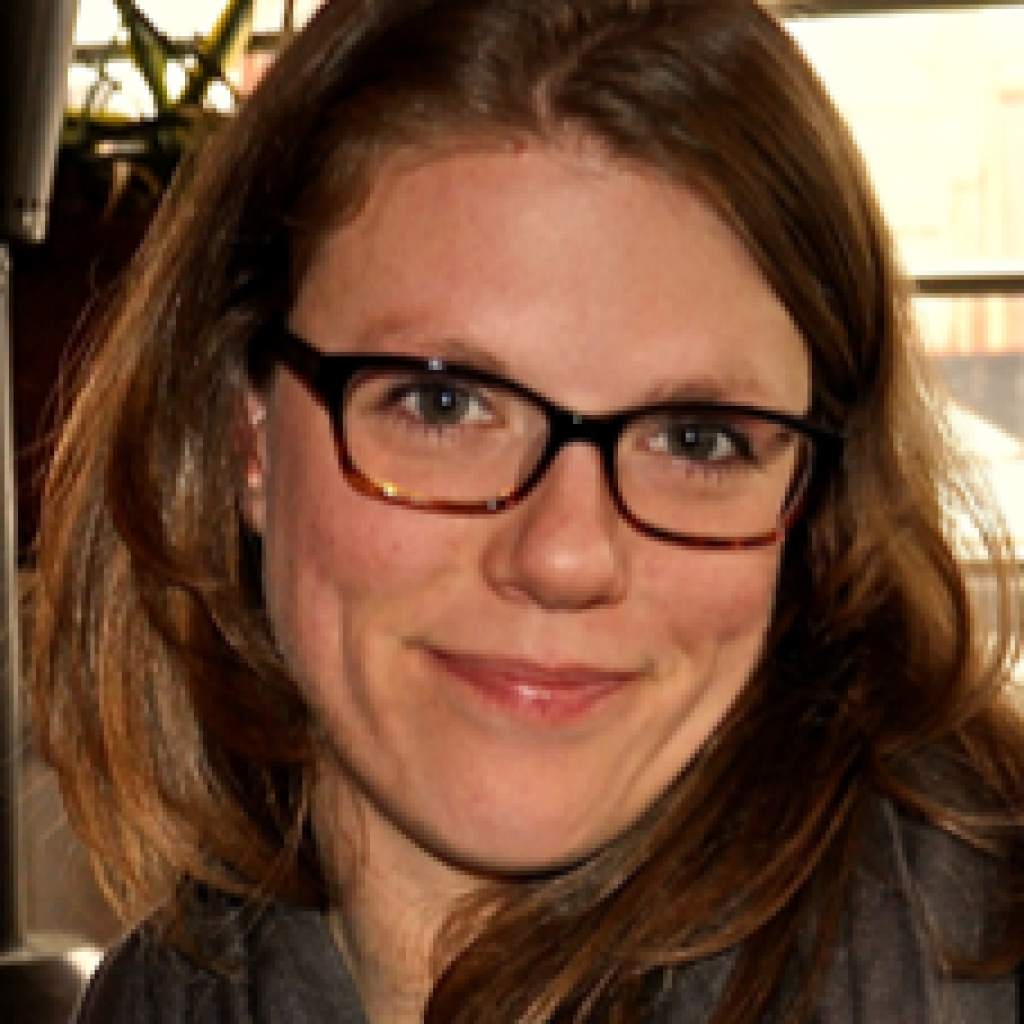
9/21/18 at 4:00 pm in Chemistry A101
About the Seminar The interface between two fluids is not only important for defining reactivity of dislike materials, but is also applicable for the preparation of stable higher order structures. Recently, the Pentzer lab developed 2D carbon-based nanosheets that assemble at different fluid-fluid interfaces including oil-water, oil-oil, and ionic liquid-water and demonstrated the use of […]
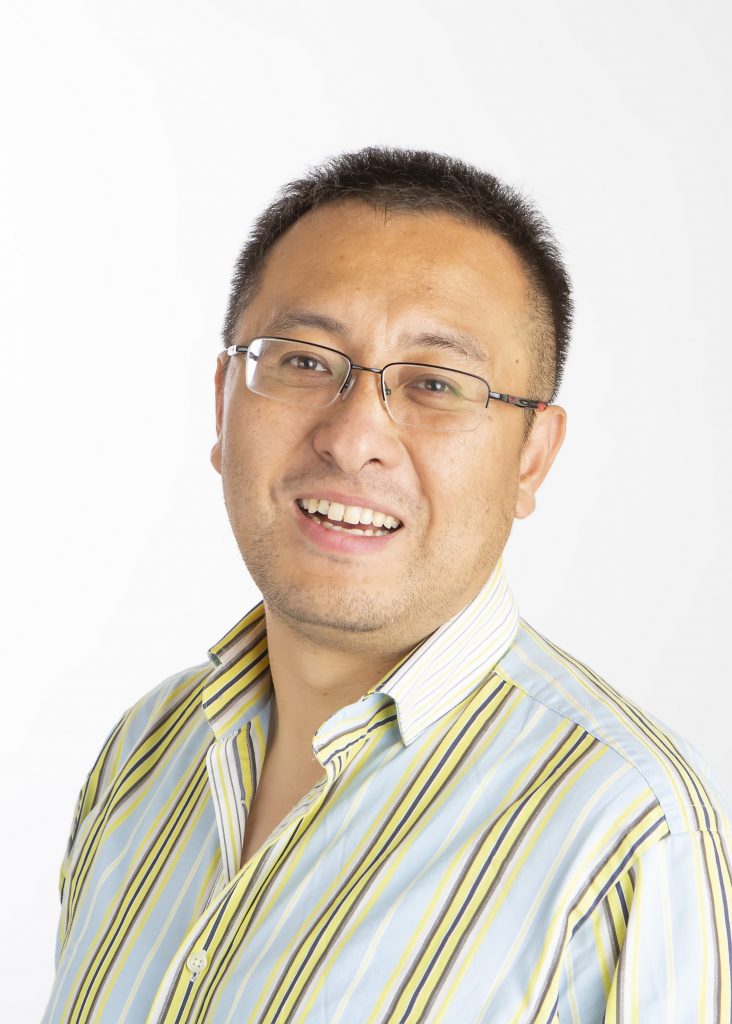
9/20/18 at 4:00 PM in Chemistry A101
In this seminar, I will discuss two developments in ultrafast nonlinear IR spectroscopy for exotic molecular materials: (1) 2D IR spectroscopy for molecular vibrational polaritons and (2) transient electric field induced VSFG spectroscopy for probing interfacial charge transfer. Both show the advantages of ultrafast nonlinear IR spectroscopic technique: to decipher hidden physics of exotic molecular […]

9/19/18 at 4:00 pm in Chemistry A101
Literature Seminar Abstract Petroleum production is a multibillion dollar global industry producing over nine million barrels of oil a day. All unrefined petroleum contains sulfur which when combusted forms acid rain and smog producing SOx. Complete sulfur removal during refining is challenging due to refractory molecular structures and difficulties in their characterization. Characterization would allow […]

9/19/18 at 4:00 pm in Chemistry A101
Literature Seminar Abstract Insecticides are ubiquitous and trace levels can be found in soil, water, air, and food residues. The mode of action that causes the insecticide to be harmful to insects is also found in humans, so if humans are exposed to high enough levels, there are negative health effects. Therefore, it is necessary […]

9/18/18 at 4:00 pm in Chemistry A101
Literature Seminar Abstract: Metalloenzymes drive chemical processes across life forms and mimicking this reactivity still remains a synthetic challenge. Almost all metalloenzyme active sites are composed of transition metals. In 2007 in volcanic mudpools in southern Italy, the bacteria Methylacidiphilum fumariolicum was discovered with an enzyme containing a lanthanide active site in a methanol dehydrogenase […]

9/14/18 at 4:00 pm in Chemistry A101
Literature Seminar Abstract Semiconductor nanoparticles (NPs) are used for a wide variety of applications, including sensing, photocatalysis, and optoelectronics. To optimize their utility for these applications, charge carriers must be able to flow efficiently through the material. However, semiconductor NPs exhibit inherent structural and electronic defects that can trap charge carriers and prevent them from […]
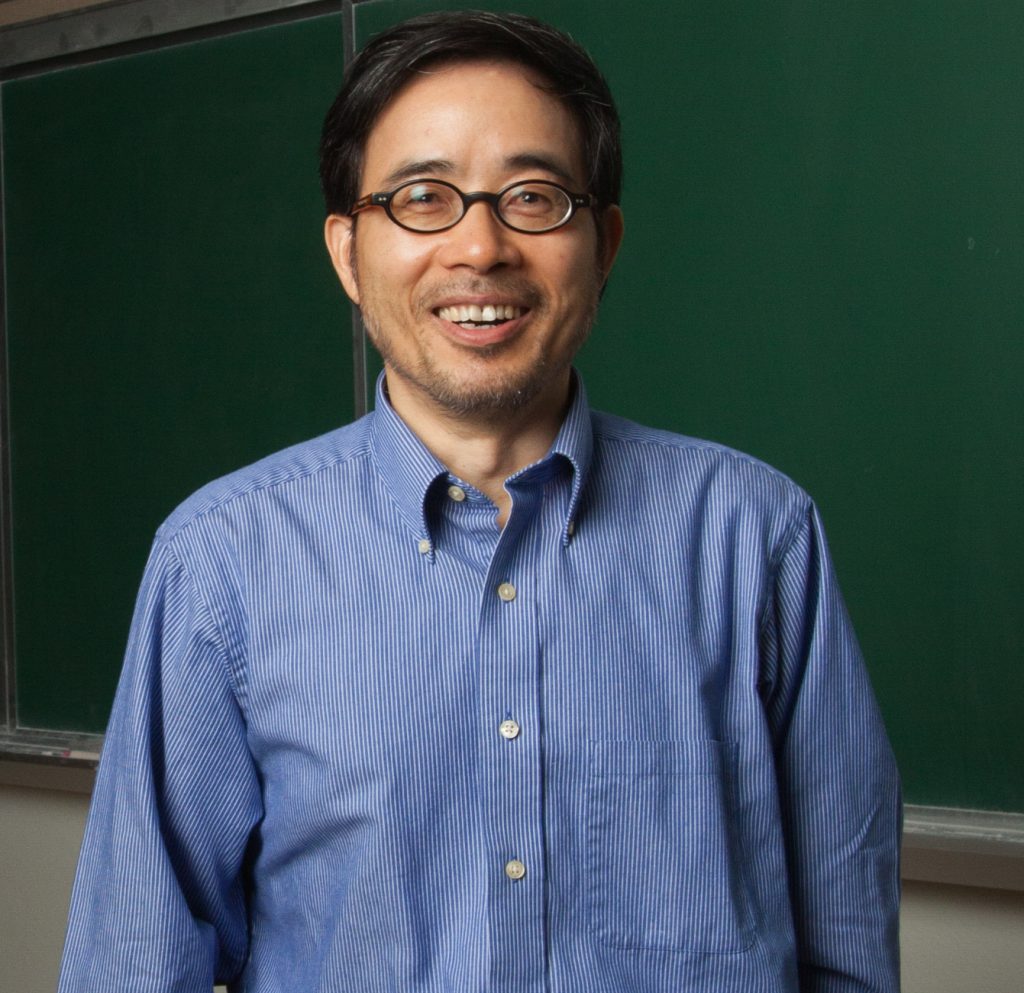
9/7/18 at 4:00 pm in Chemistry A101
The current practices in the generation and disposal of synthetic polymers are largely unsustainable. Several solutions have been intensively pursued to address this global challenge but the current solutions suffer from either significant materials value and quality losses or unintended environmental consequences. To address this challenge, we have designed and synthesized next-generation sustainable polymers that […]
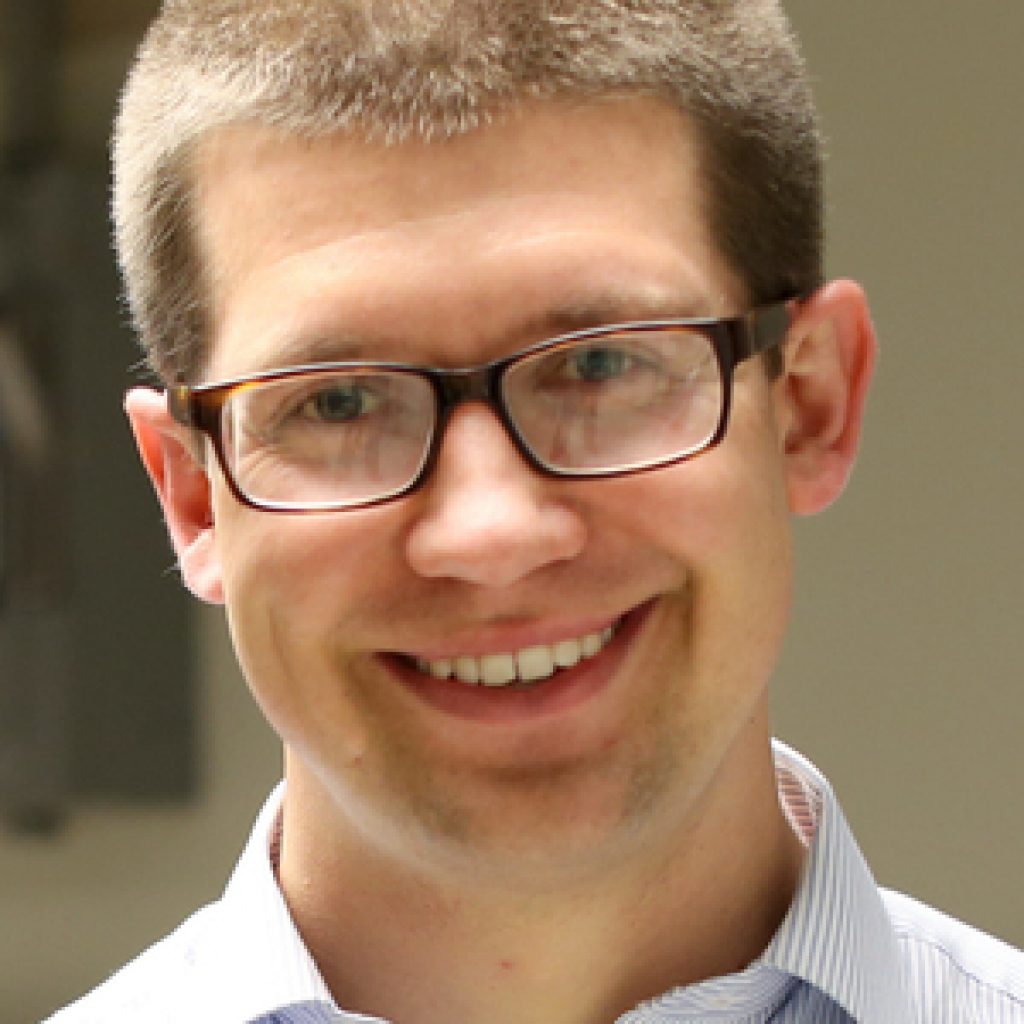
9/5/18 at 4:00 pm in Chemistry A101
Directly observing electron dynamics at surfaces is required to reveal the material properties that determine efficiency during energy conversion catalysis. Toward this goal, we have developed a tabletop instrument for femtosecond X-ray spectroscopy of surfaces. This method combines the benefits of X-ray absorption, such as element, oxidation, and spin state specificity, with surface sensitivity and […]
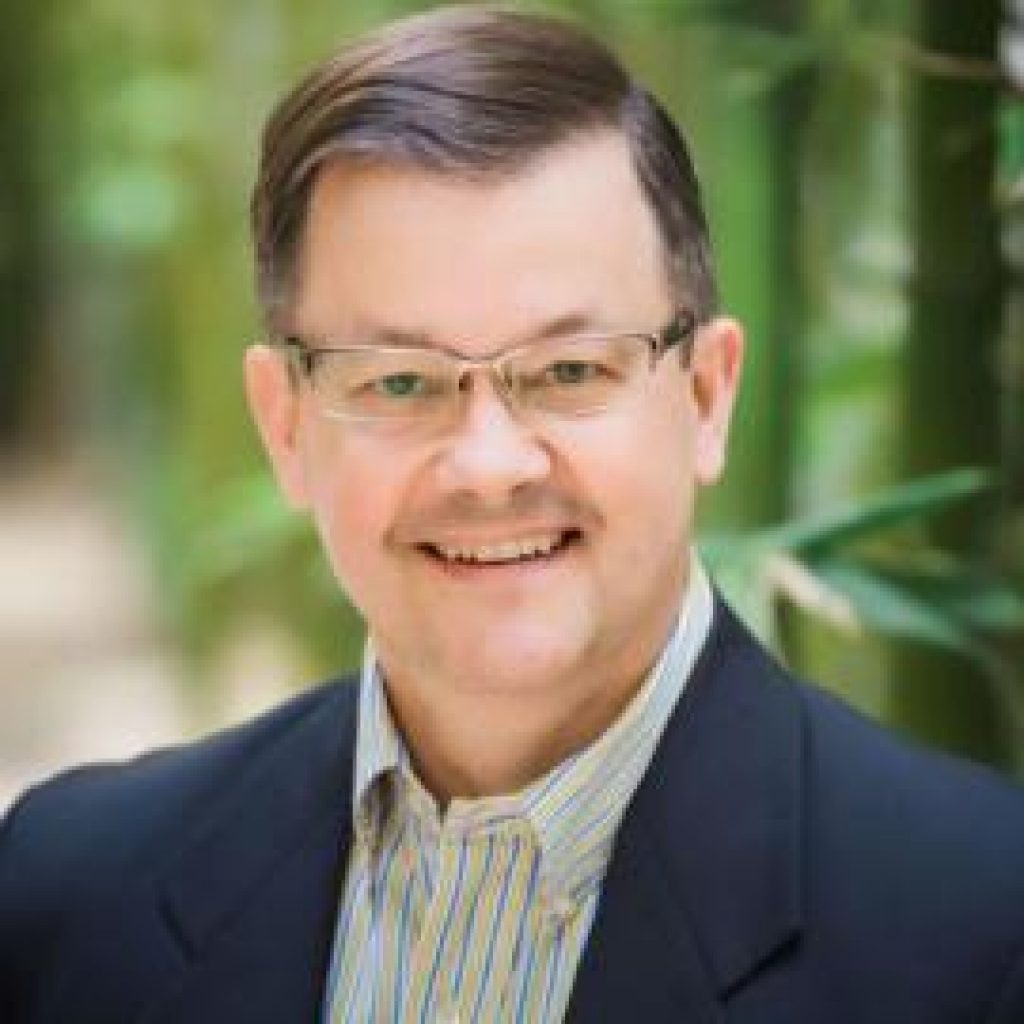
9/4/18 at 4:00 pm in Chemistry A101
We have developed a family of selective organic catalysts for ring-opening polymerization reactions.1,2 In parallel efforts, we have developed new oxidation catalysts2 that generate new monomers which were then enchained using organocatalytic polymerization1 to generate functional materials that proved useful agents for the delivery of messenger RNA into living animals.4-6 Functional delivery of messenger RNA […]

8/31/18 at 4:00 pm in Chemistry A101
If you are interested in the materials program, please join Amy Prieto Friday, August 31, 2018 at 4:00 pm, in A101 for an overview of the program.

8/29/18 at 4:00 PM in Chemistry A101
4th Year Research Seminar: Ambient particulate matter (PM) air pollution is associated with negative health effects, including respiratory and cardiovascular diseases, and is estimated to cause millions of deaths worldwide each year.1 The current hypothesis is that PM produces reactive oxygen species (ROS) in the body, which leads to oxidative stress.2 Dithiothreitol (DTT) is commonly […]
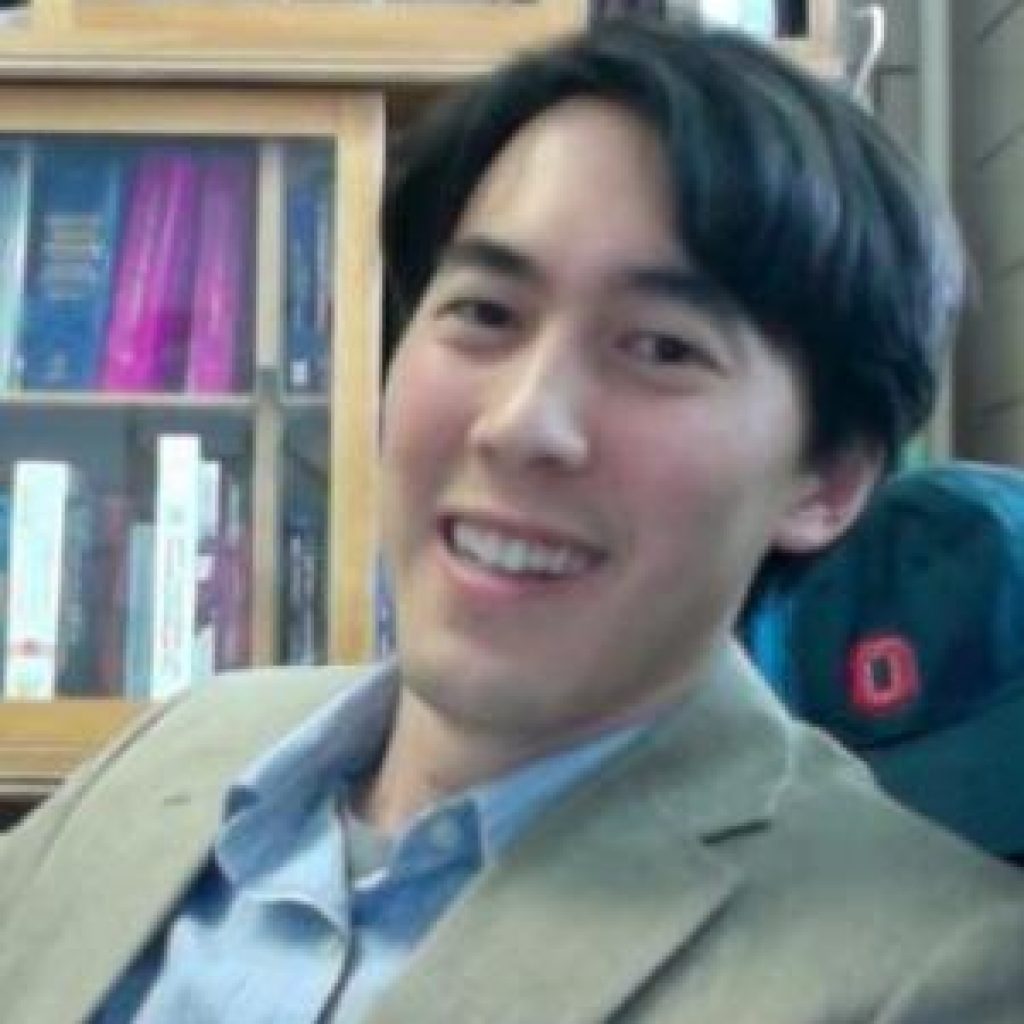
8/20/18 at 4:00 pm in Chemistry A101
We and others have demonstrated the use of triaminotriazine (melamine) as a synthetic base-triple motif in a family of molecules we call bifacial peptide nucleic acid (bPNA). Bifacial PNA engages two oligo T/U strands simultaneously to form a unique triple stranded structure. bPNAs can serve as allosteric triggers of aptamer protein-binding, ribozyme catalysis, aptamer small-molecule […]
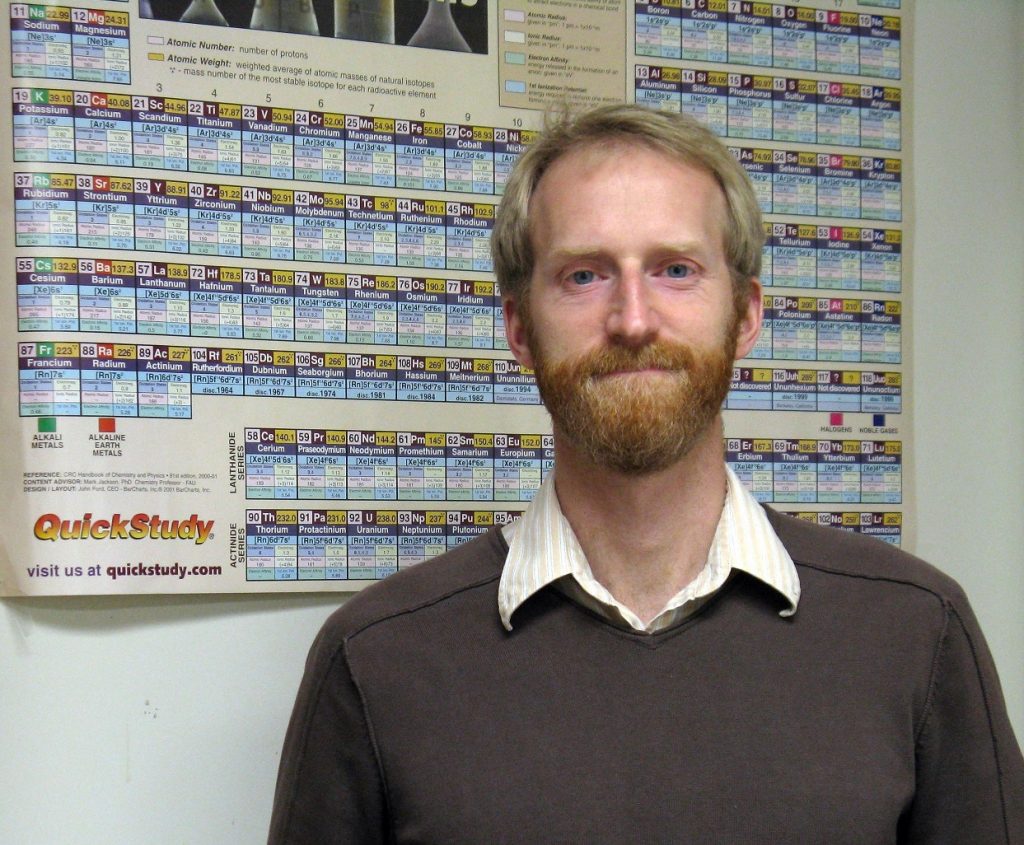
7/24/18 at 4:00 pm in Chemistry A103
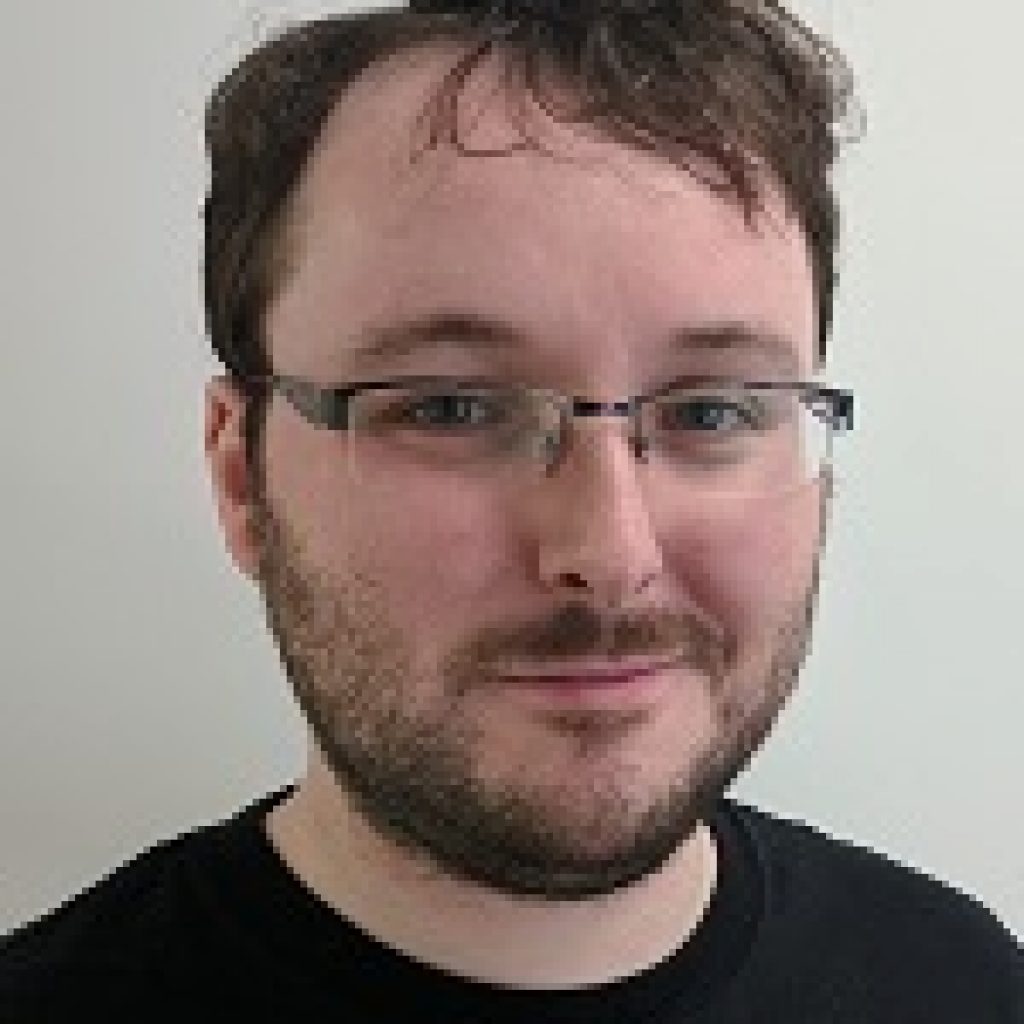
6/22/18 at 4:00 PM in ChemistryA101
The Nature Research portfolio includes the flagship Nature title, the physical and life sciences research journals, such as Nature Chemistry, and the open-access titles including the newly launched Communications Chemistry. During the first part of the talk Andrew will discuss the different aims and scopes of the various Nature titles as well as the relationship […]

6/11/18 at 4:00 PM in Chemistry A101
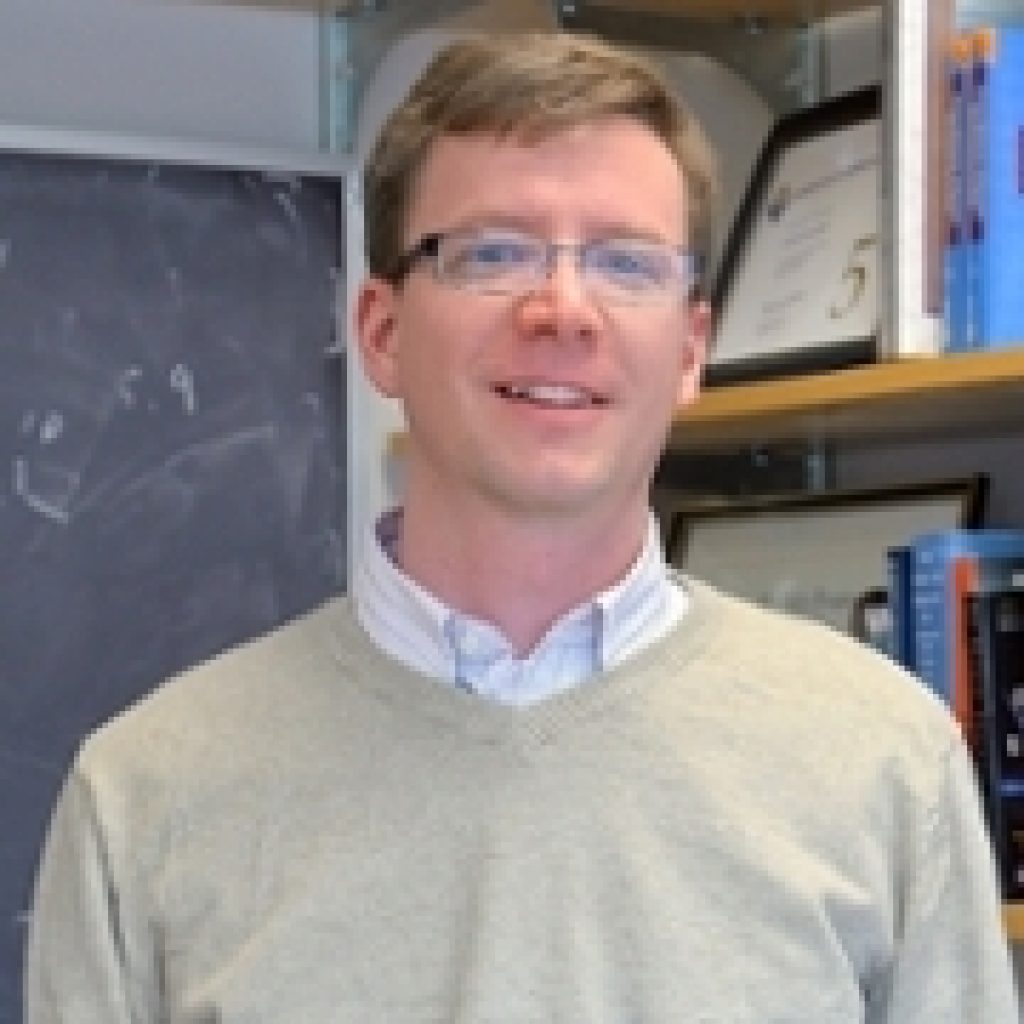
6/7/18 at 4:00 PM in Chemistry A101
ABSTRACT The ubiquitin conjugating enzyme, Ubc13, catalyzes lysine ubiquitination, a type of protein post-translation modification. Ubiquitinating a protein can signal for its degradation and affect its activity. Ubiquitination also plays a role in DNA repair and inflammatory response. Defects in this process are linked to different disorders including cancer, Parkinson’s and Alzheimer’s diseases. The accepted […]
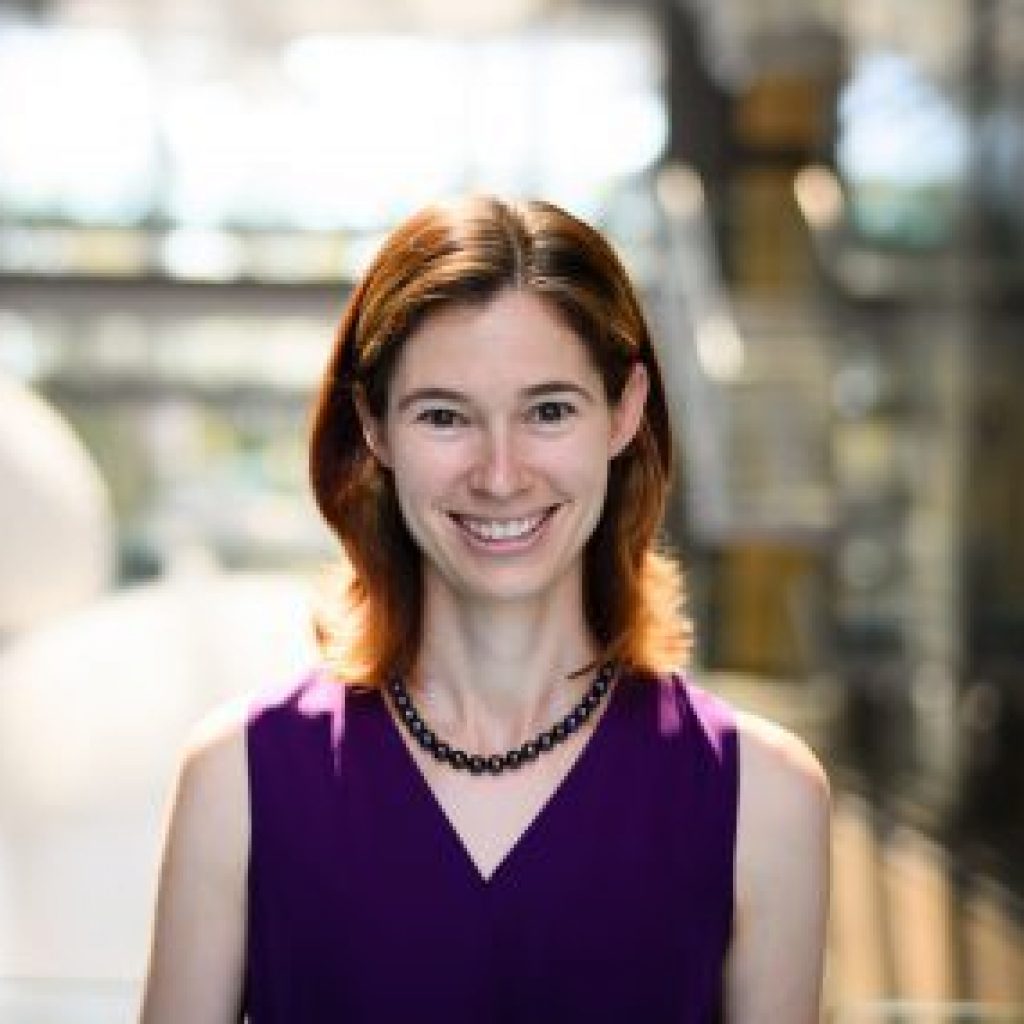

5/2/18 at 4:00 PM in A101
Room temperature ionic liquids (RTILs) have been a major focal point in many areas of chemistry and engineering due to their favorable properties and emerging capabilities. RTILs are popular as solvents for green chemistry due to their near-zero vapor pressure and negligible flammability. Their high ionic conductivity, stability, and selectivity for certain light gases make […]

4/30/18 at 4:00 pm in Chemistry A101
The lecture will provide a brief introduction to biocatalytic methods in synthesis. Specifically, the use of various aromatic dioxygenase enzymes will be highlighted and their applications in total synthesis will be presented. These include several total syntheses of morphine alkaloids, total synthesis of Amaryllidaceae alkaloids and their medicinally useful derivatives, and approaches to other, highly […]

4/25/18 at 4:00 pm in Chemistry A101
Accurate predication of both climate and air quality under a changing earth system requires a full understanding of the sources, feedbacks, and ultimate fate of all atmospherically relevant chemical species. Volatile organic compounds (VOCs) make up a large portion of the reactive chemical species in the atmosphere and are key components in air quality and […]
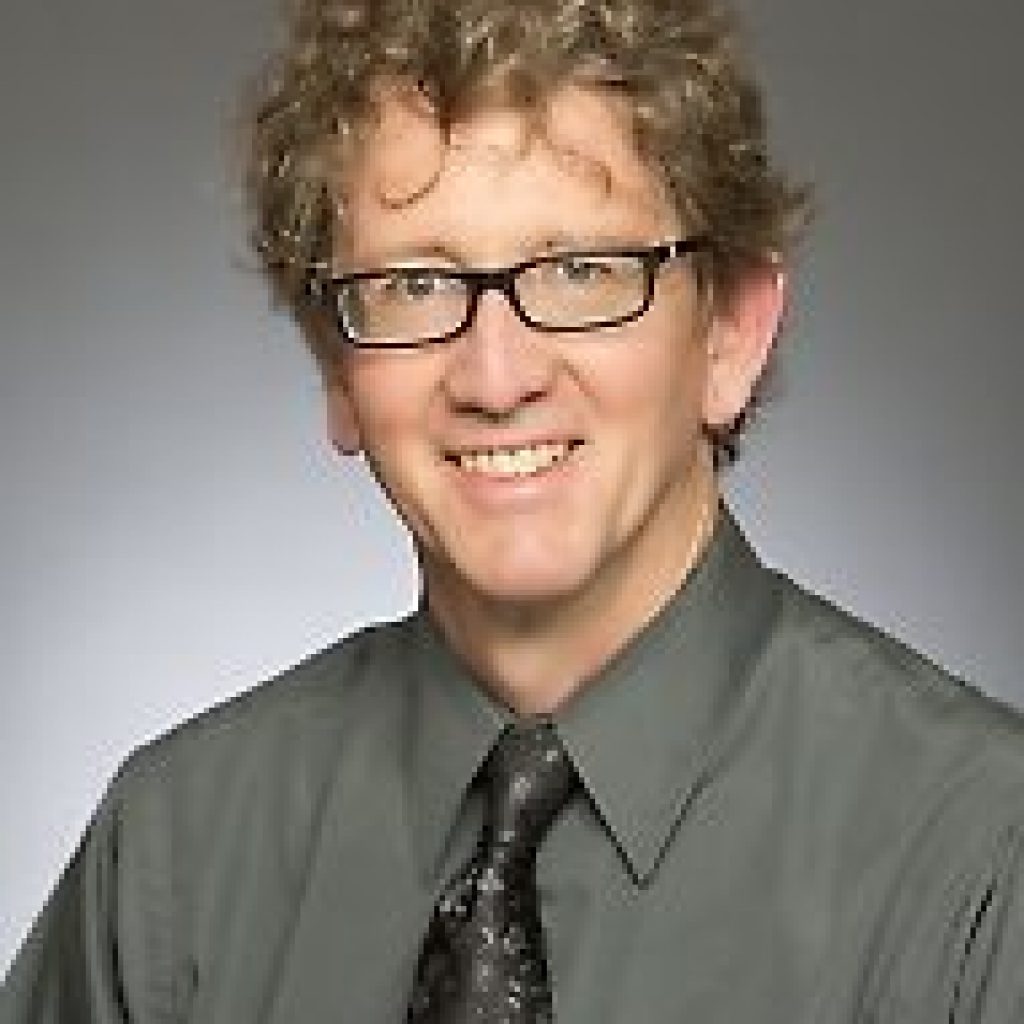
4/23/18 at 4:00 pm in Chemistry A101
The seminar will outline the Walsh Group’s efforts in C–C and C–S bond forming reactions. The Walsh lab has developed a series of Pd and Ni catalyzed deprotonative cross-coupling processes (DCCP) that enable the synthesis of a variety of small molecule building blocks for use in the pharmaceutical industry. The second part of the seminar […]

4/20/18 at 4:00 pm in Chemistry A101
Photoredox catalysis has gained recent prominence due to the ability to employ mild reaction conditions and achieve challenging chemical transformations. A significant portion of this work has focused mainly on employing ruthenium andiridium polypyridyl complexes due to their characteristics as photocatalysts. However, as photocatalysis becomes morecommonplace in synthetic labs, so does the need for a […]

4/19/18 at 4:00 pm in Chemistry A101
My research program at Oregon State University is involved in developing new electrochemical sensors to study microbial metabolism at high spatial and temporal resolution. We are specifically interested in studying bacterial metabolic interactions with other bacterial species, biomaterials, and the immediate microenvironment surrounding the bacteria. We have developed micron-sized Ca2+, pH, H2O2, NH4+ and lactate sensors […]
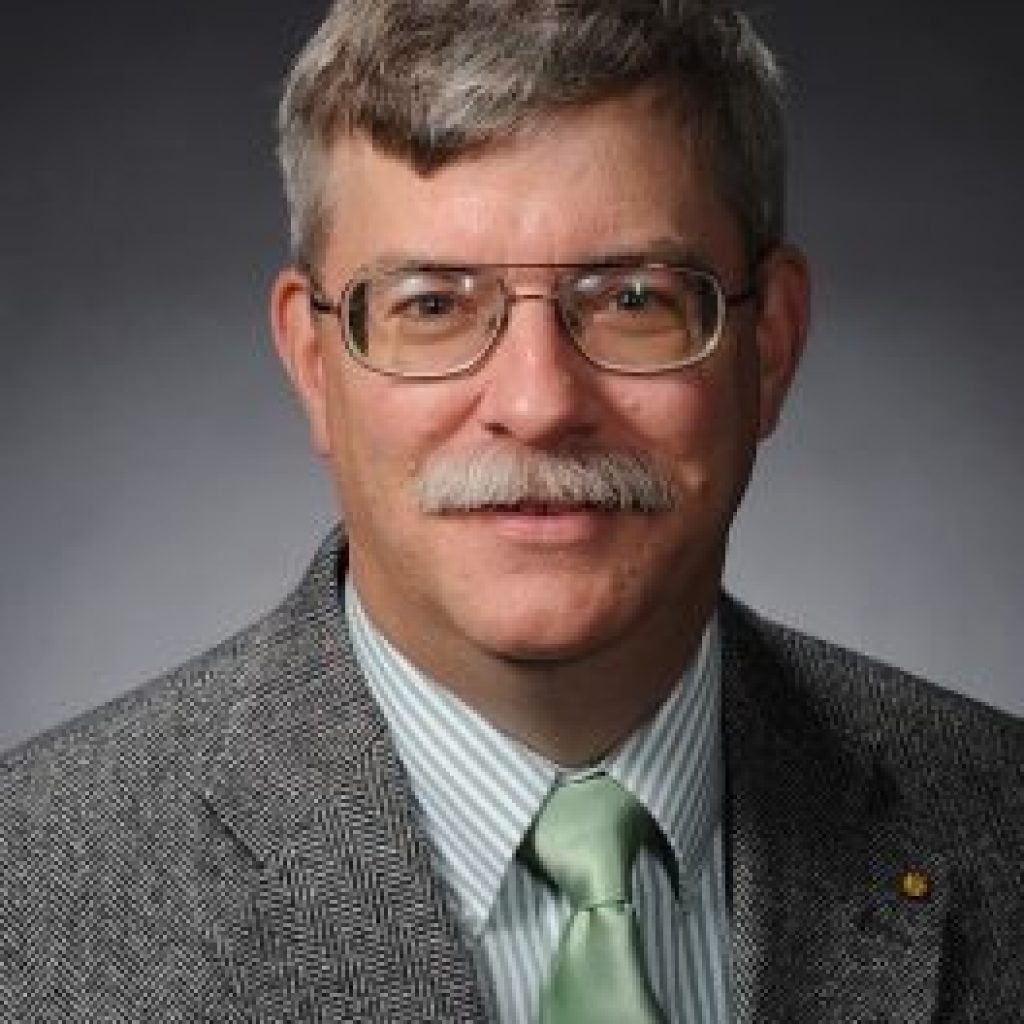
4/17/18 at 4:00 pm in Chemistry A101
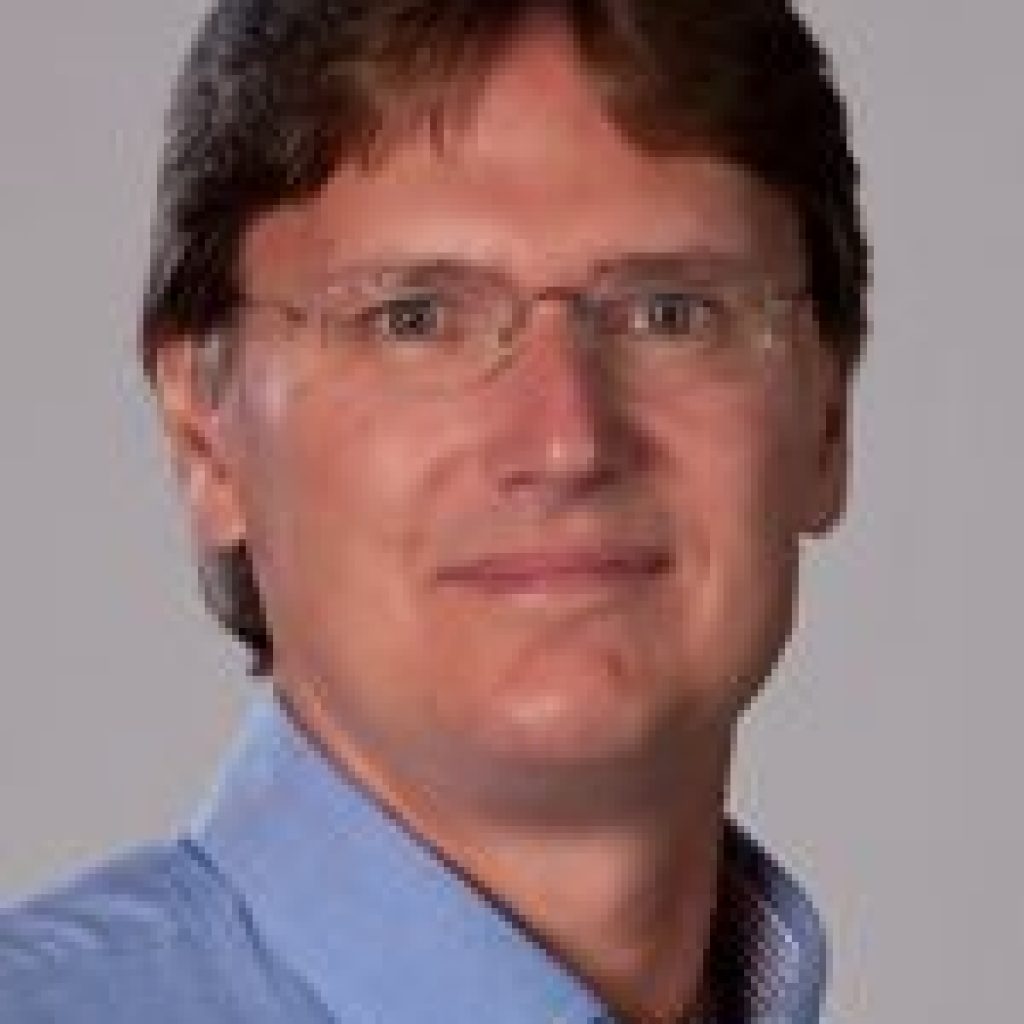
4/16/18 at 4:00 pm in Chemistry A101

4/13/18 at 4:00 pm in Chemistry A101
Organocatalyzed atom transfer radical polymerization (O-ATRP) has become a powerful methodology for the synthesis of well-defined polymers in a highly efficient manner. This process is made possible due to the advent of highly reducing organic photoredox catalysts (PCs) which are driven by visible light. The family of N,N-diaryl dihydrophenazine PCs have been shown to polymerize […]

4/11/18 at 4:00 pm in Chemistry A101
Organic acids are numerous and pervasive in Earth’s lower atmosphere. They contribute to ozone formation chemistry as well as the production of secondary organic aerosols, thus impacting both human and ecosystem health. Despite their relevance, organic acid budgets in the atmosphere remain poorly understood. Models underestimate measured ambient concentrations of many organic acids, suggesting an […]
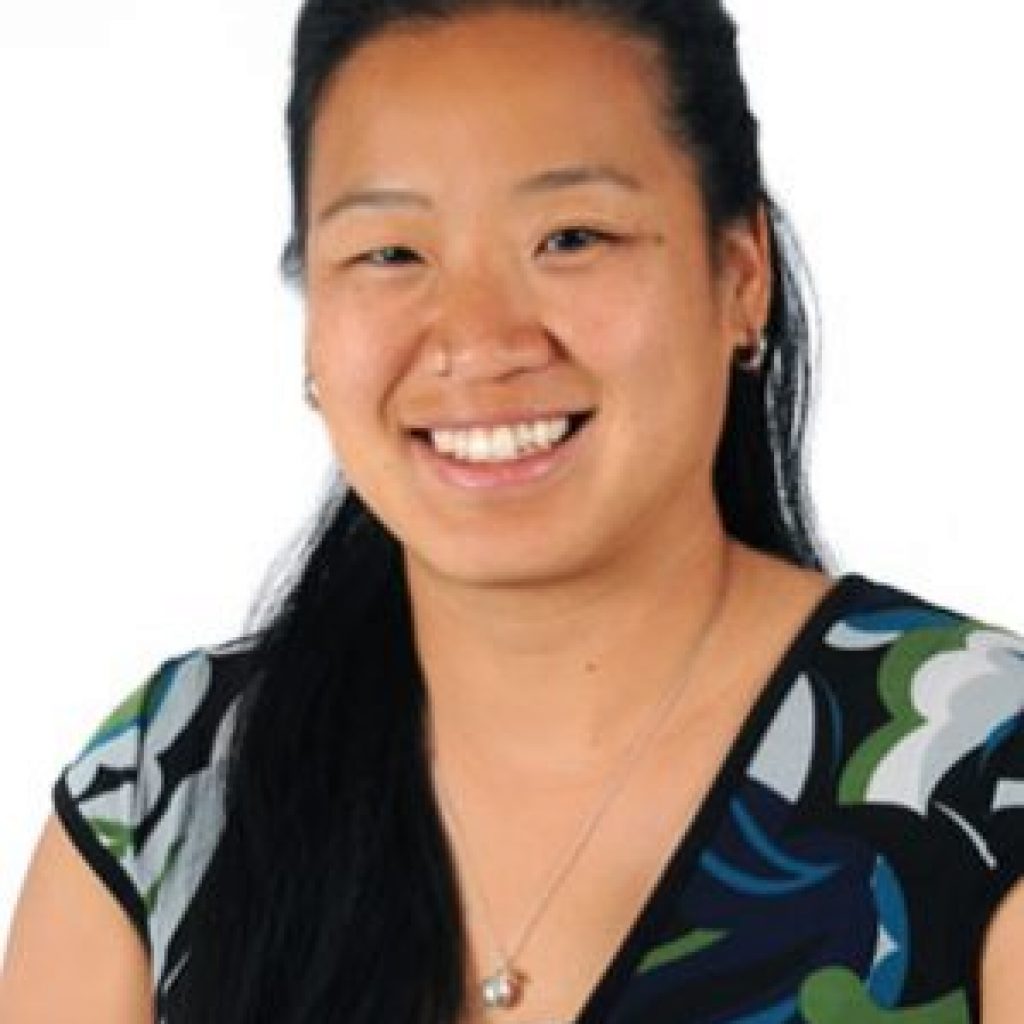
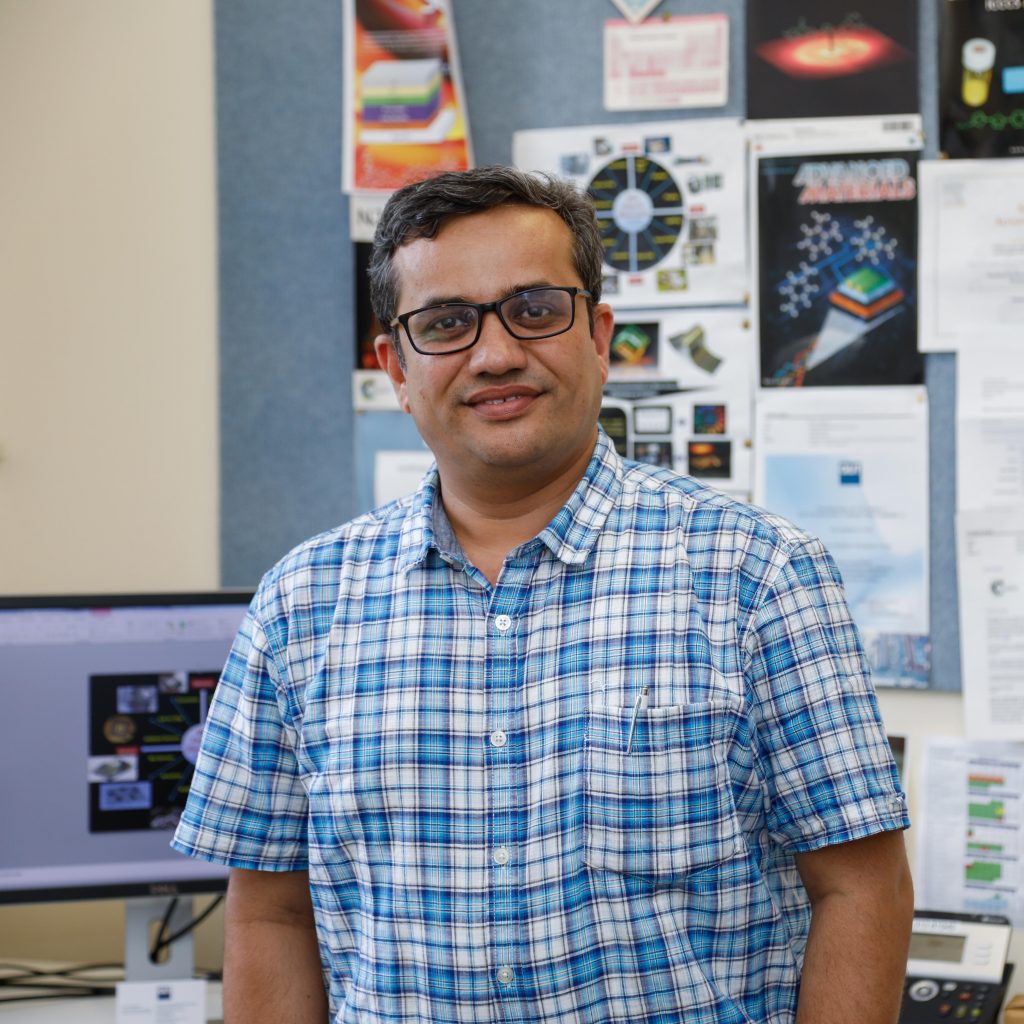
4/9/18 at 12:00 pm in Chemistry A103

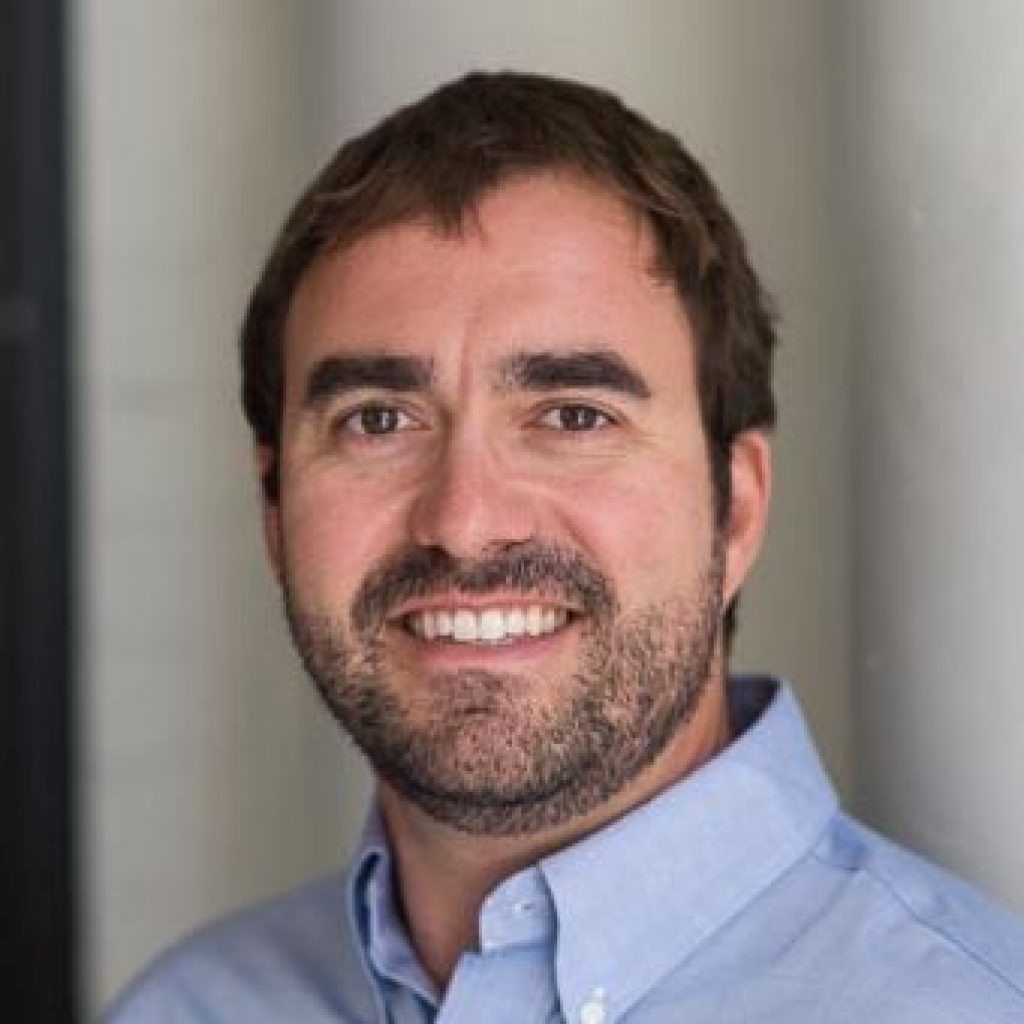
4/5/18 at 4:00 pm in Chemistry A101
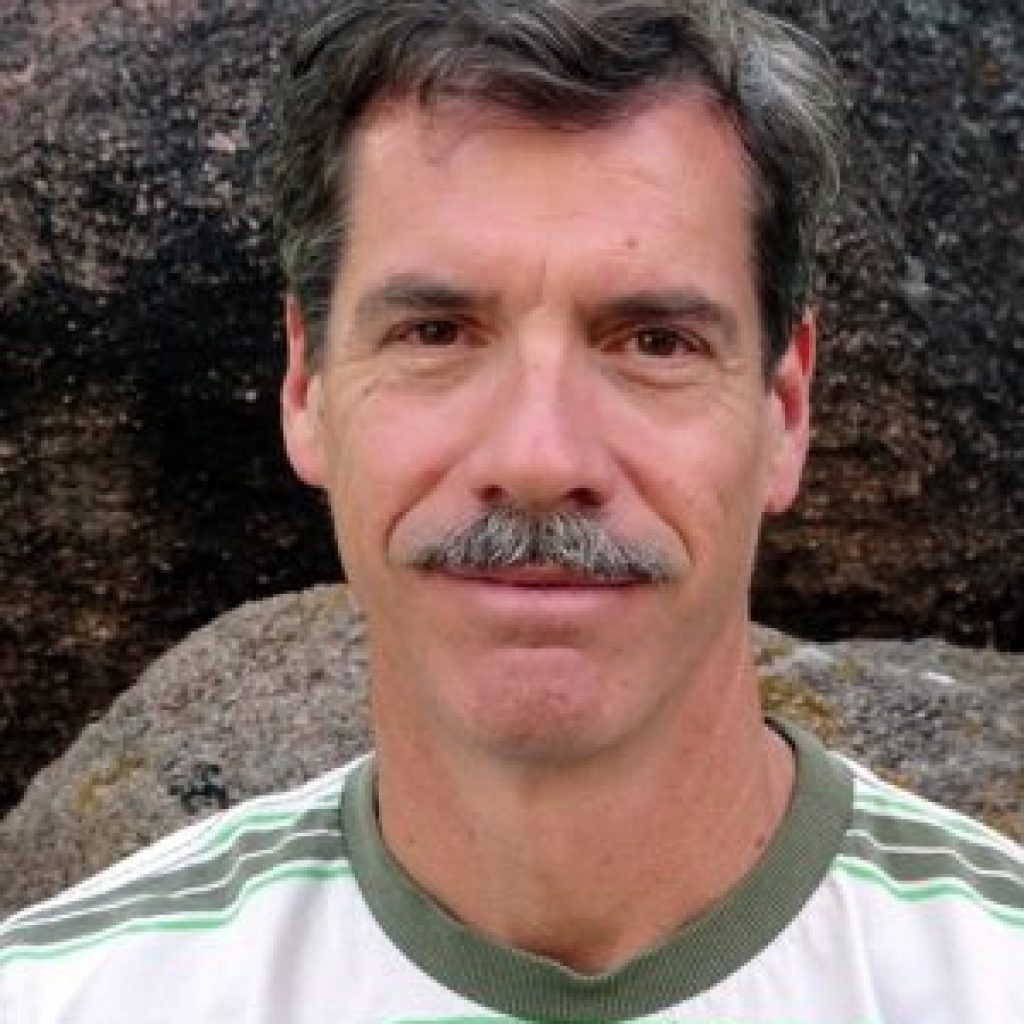
4/3/18 at 4:00 pm in Chemistry A101
Since the pioneering alkane activation work by Shilov in the early 1970’s, the detailed mechanism of electrophilic methane to methanol conversion by Pt(II) salts has remained an unresolved issue. In this talk we present our longstanding research on platinum organometallics under acidic and superacidic conditions. By employing strongly electron-withdrawing perfluorinated ancillary phosphine ligands, we have […]
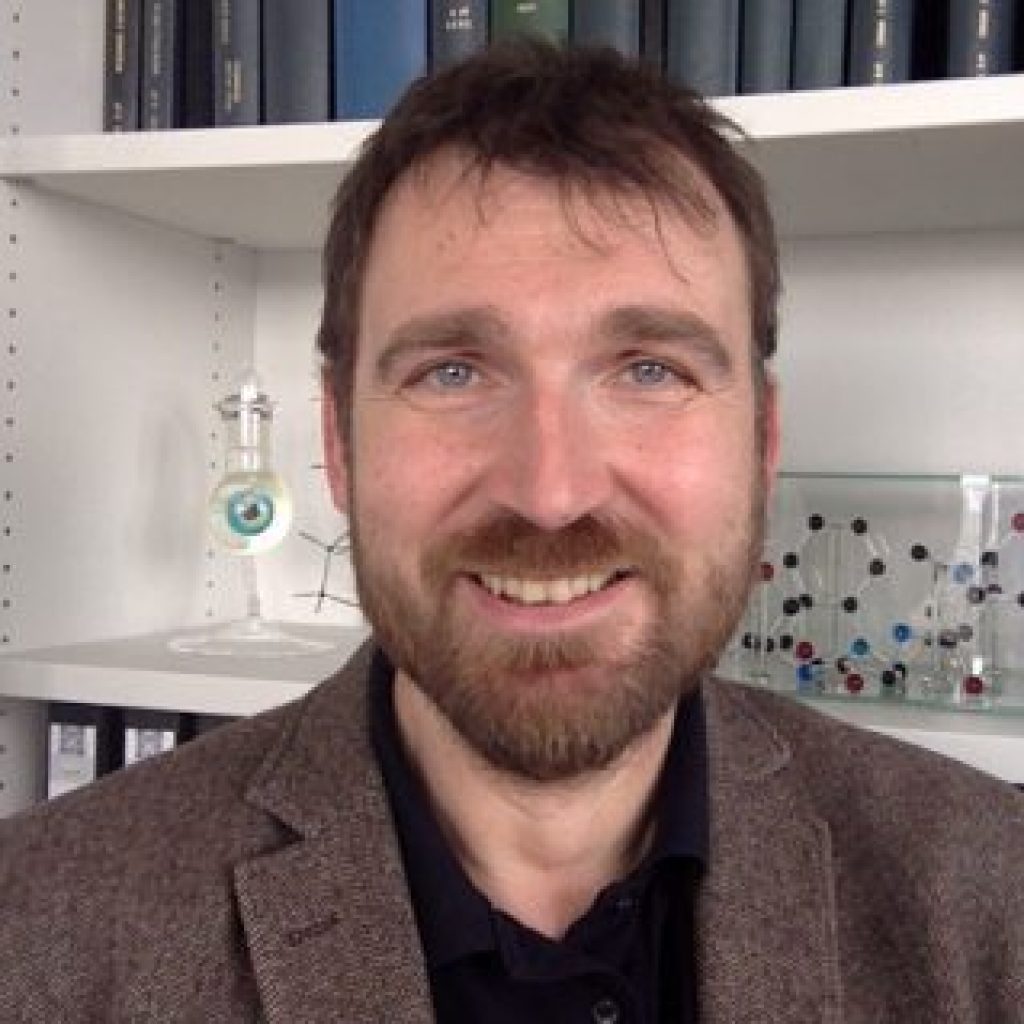
4/2/18 at 4:00 pm in Chemistry A101
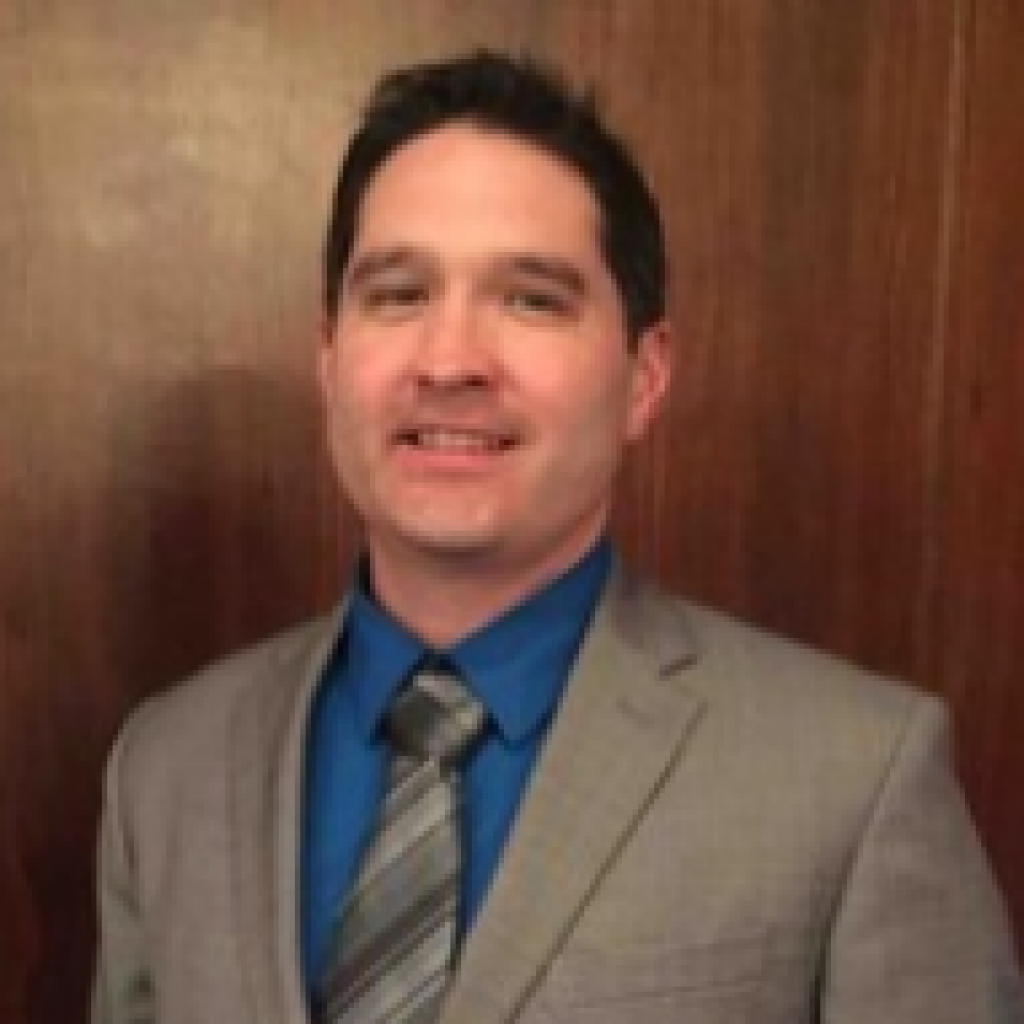
4/2/18 at 4:00 pm in Chemistry A101
